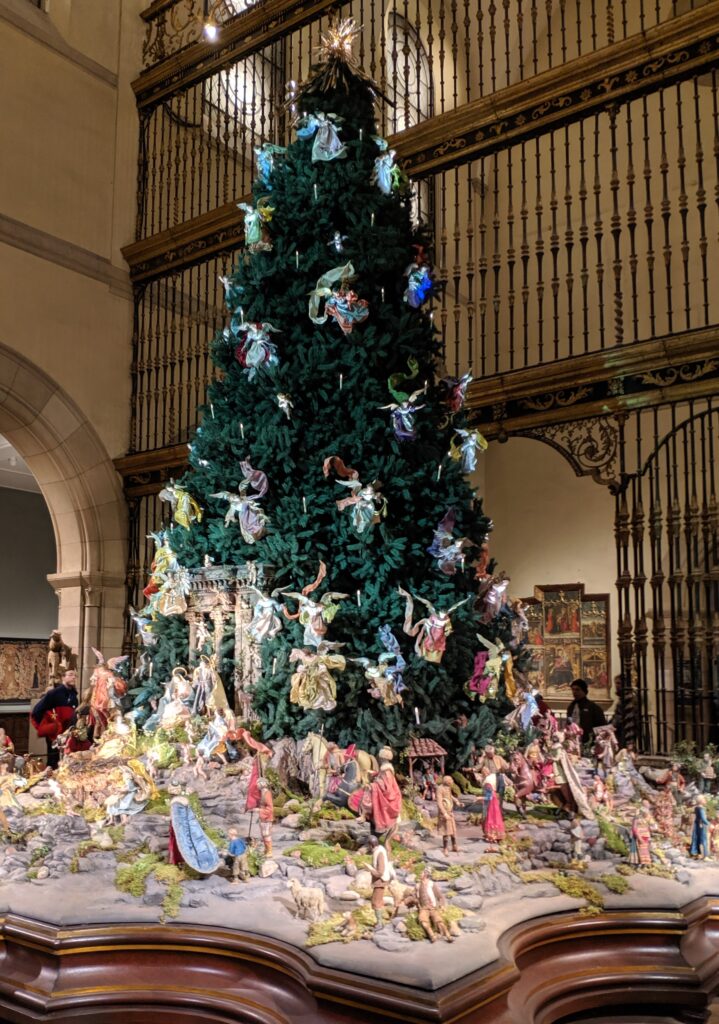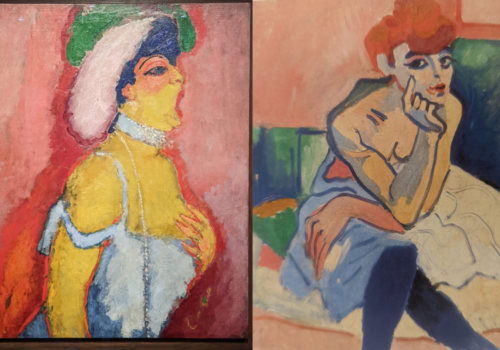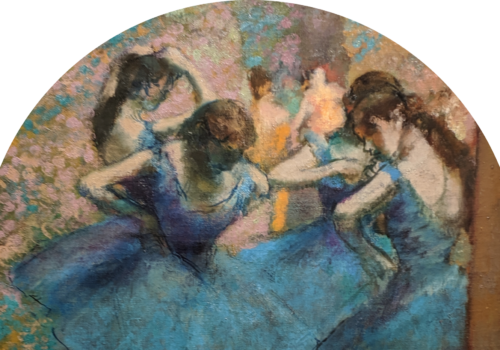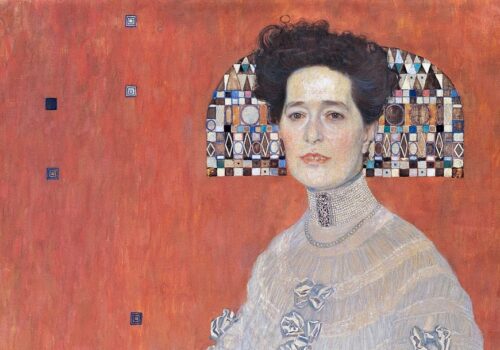
New York City — Fashionable Exhibitions at the Metropolitan Museum
In 2026, the Metropolitan Museum of Art in New York City (colloquially, “the Met”) will be presenting “Raphael: Sublime Poetry” — the first comprehensive exhibition on Raffaello di Giovanni Santi (1483 — 1520) in the U.S.A., featuring over 200 of the Renaissance artist’s brilliant works of art. This special show will be on view from March 29 until June 28, 2026.
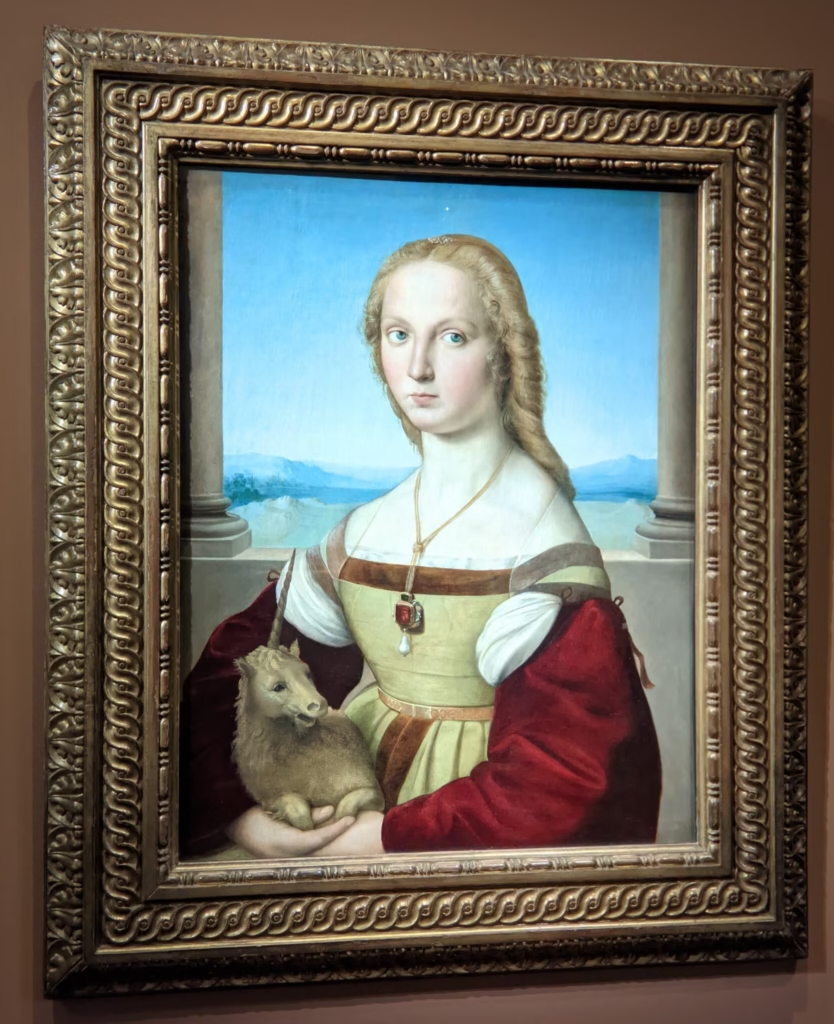
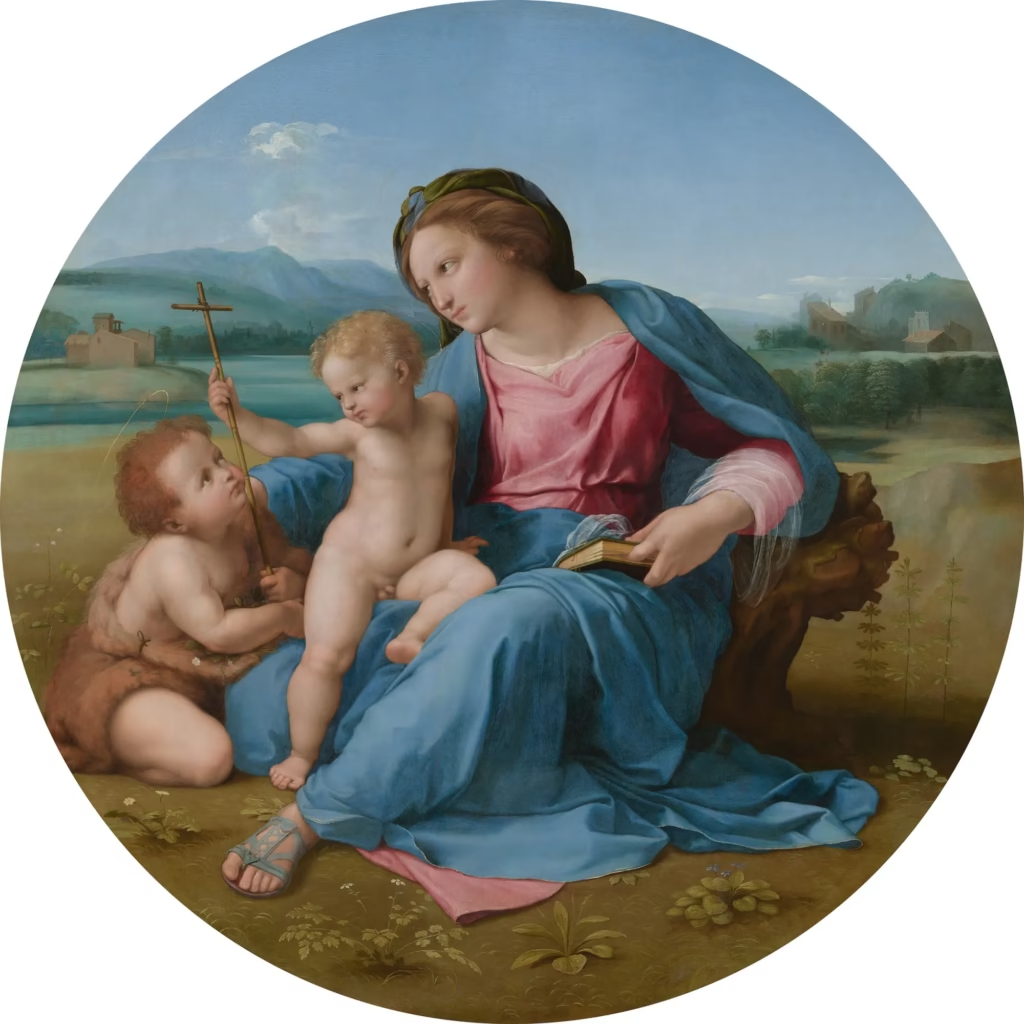
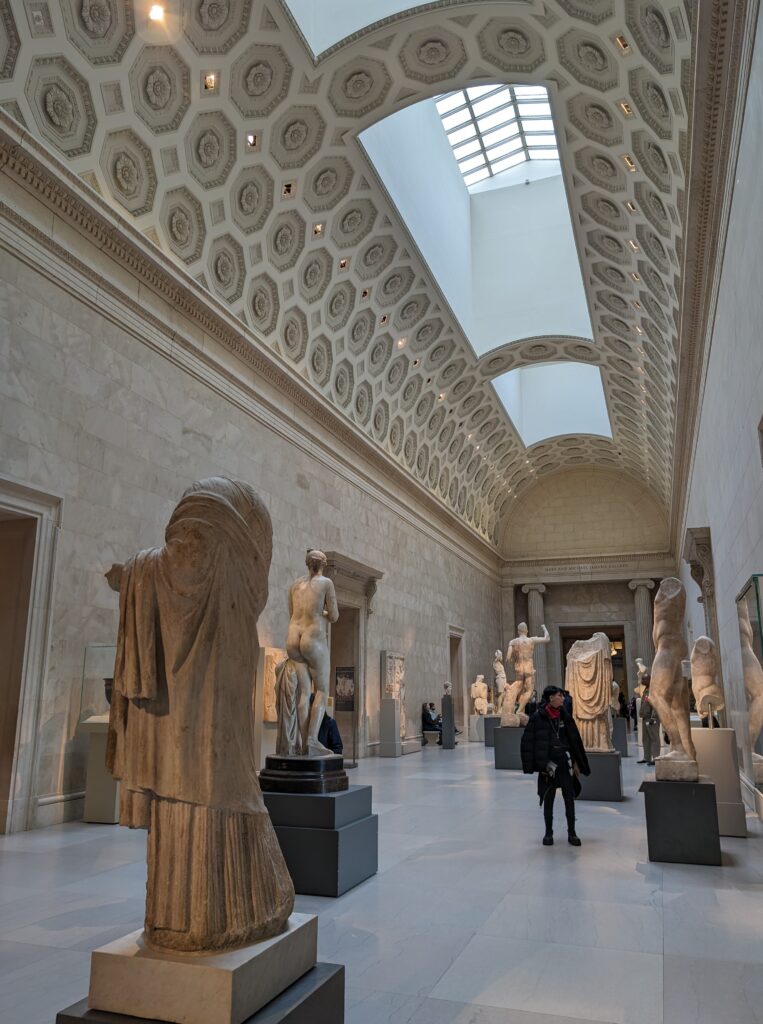
Current Exhibitions at the MET Museum

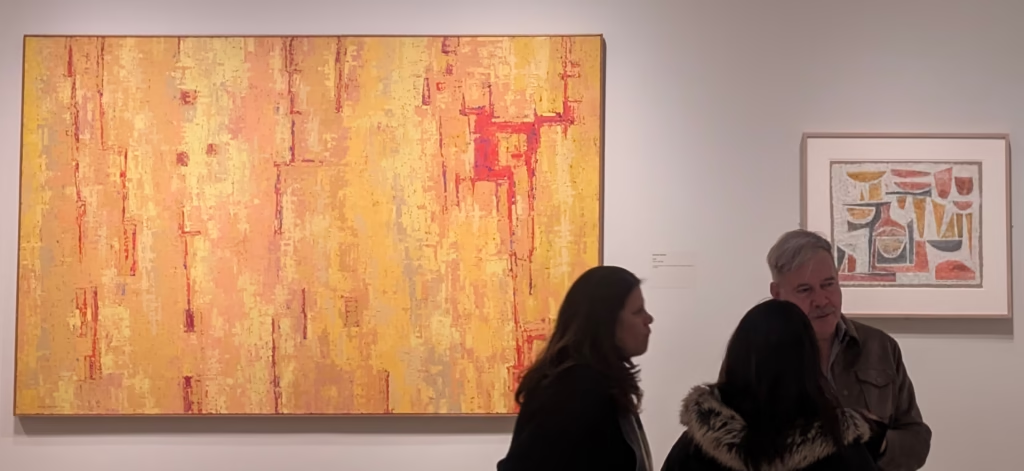
Art by George Morrison is on Display Until May 31, 2026
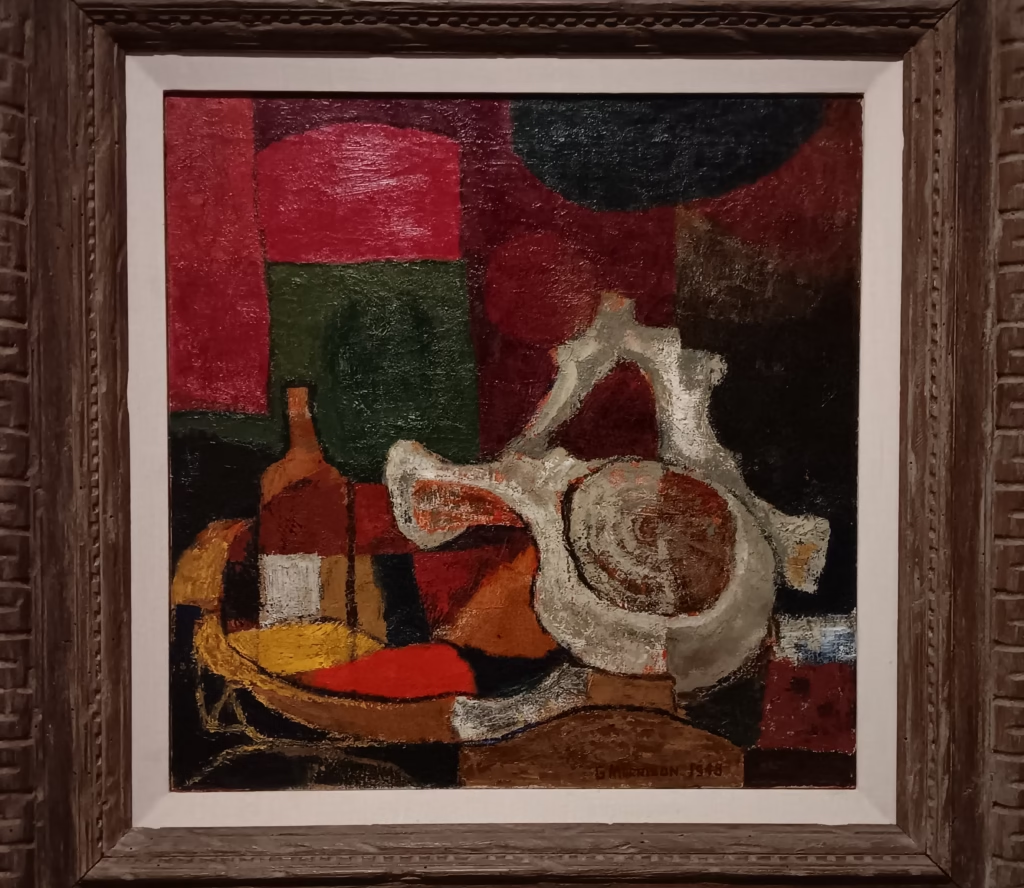
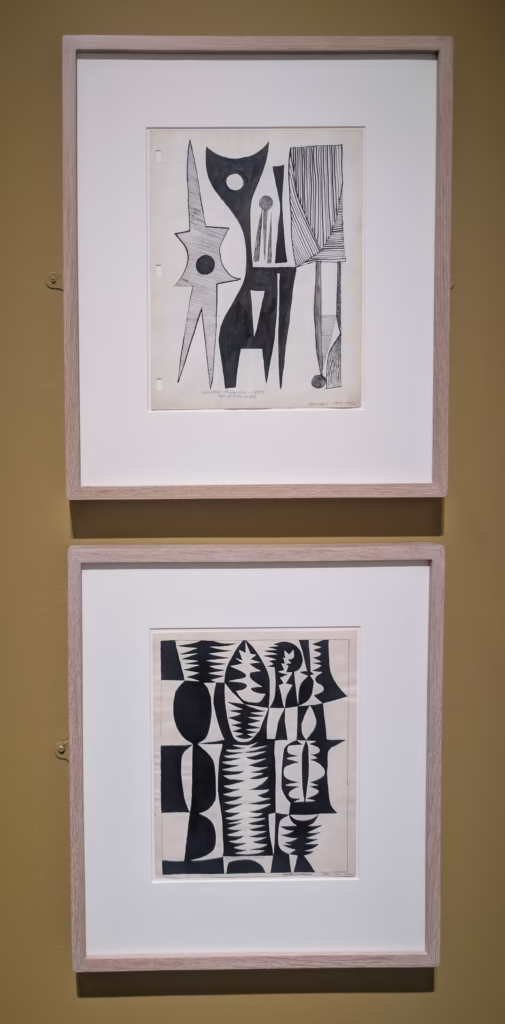
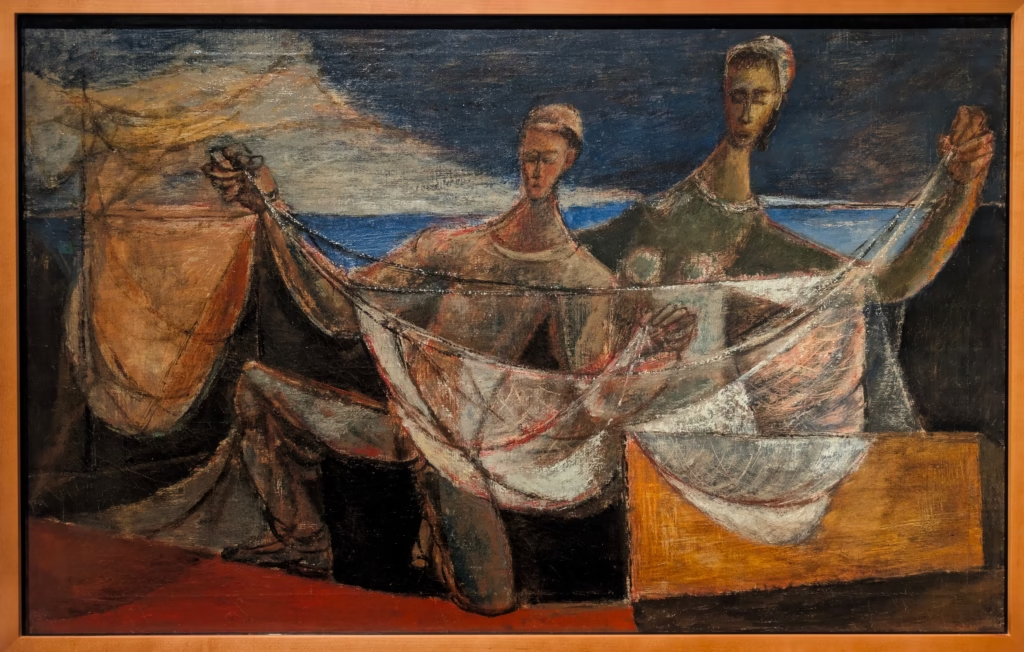
George Morrison (1919 — 2000) was the first Native American artist included in the New York School collection of the National Gallery of Art, Washington, D.C. His Ojibwe name meant “Standing In the Northern Lights,” and beginning in 1970 he taught studio art at the University of Minnesota for more than a decade. Between the 1940s and 1960s, Morrison’s artwork became increasingly modernist and abstract, while maintaining influences from various Indigenous visual cultures, including the artist’s Chippewa roots. He worked and exhibitied alongside the most famous Abstract Expressionist artists, including Pollock, Kline and De Kooning.
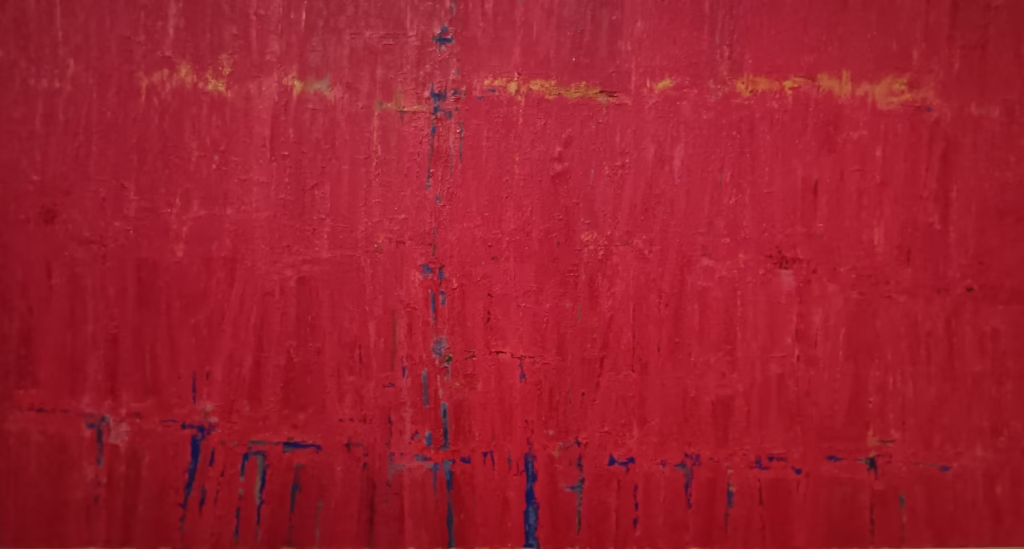

The Walther Collection of Photography & Time-based Media Art
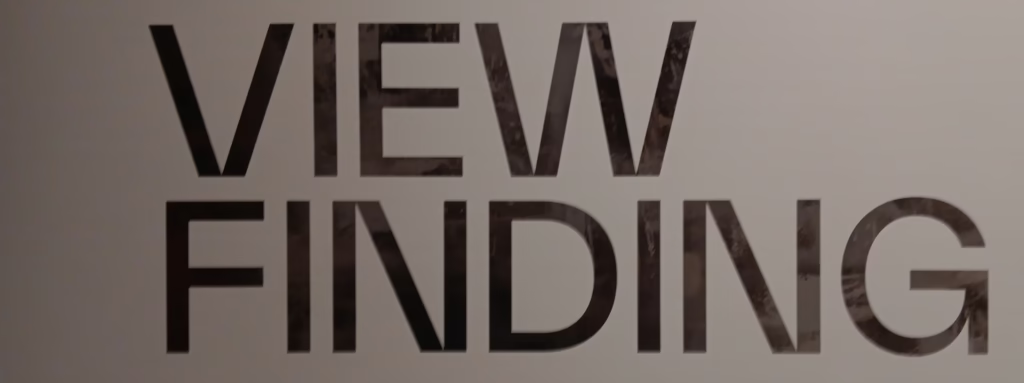
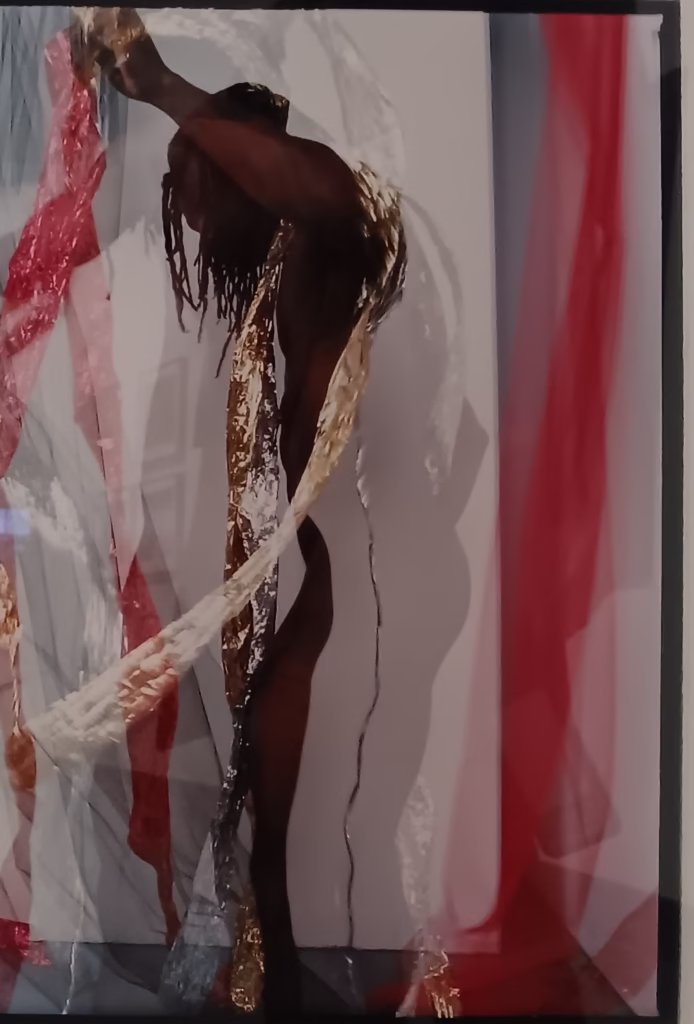

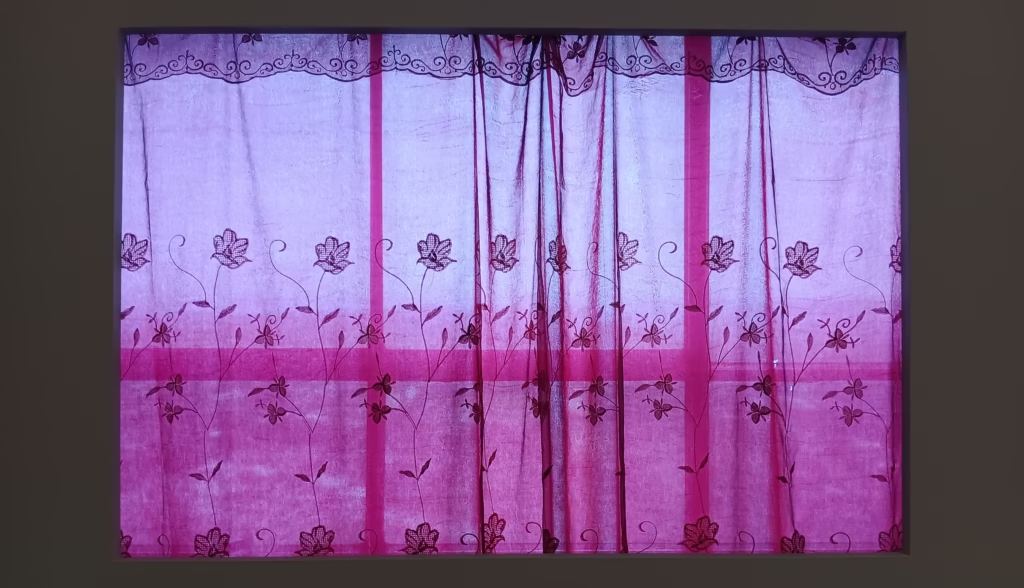

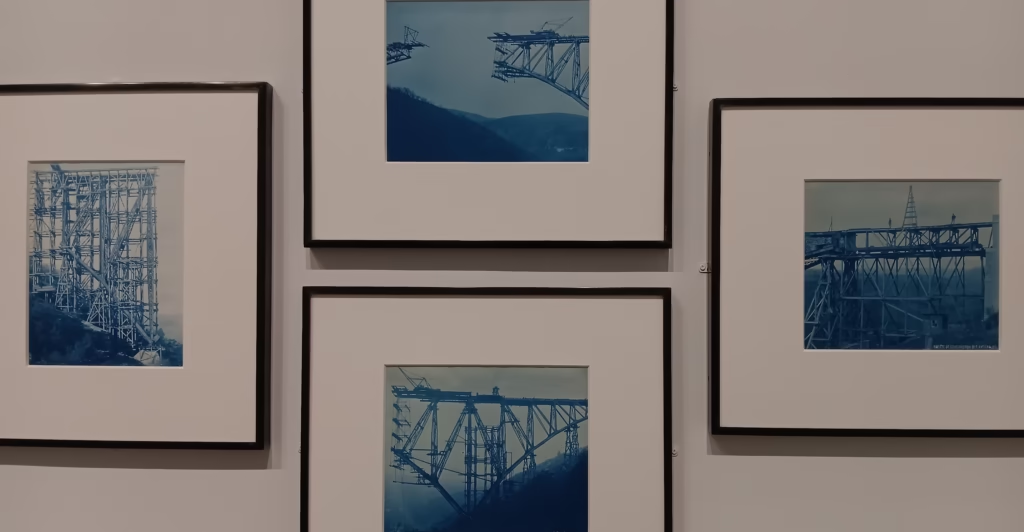


“View Finding: Selections from The Walther Collection” Is on View Until May 3, 2026
Artur Walther acquired photography over three decades and across five continents. This small presentation from his vast collection serves as an introduction to Walther’s landmark gift of over 6,500 works of time-based media and photographs to the Met, and it highlights the collector’s pioneering point of view.
Presenting international perspectives on hyperlocal subjects, this small exhibit showcases the camera as a tool for creativity and critique. In private bedrooms, parking lots, and other places that are easy to overlook, this art focuses on unlikely sites of self-reflection and social change. Time-based media art uses time as a medium — it encompases video, audio, film and digital or computer-based works that are experienced over a duration. The Met is planning a comprehensive presentation from the Walther Collection in 2028.
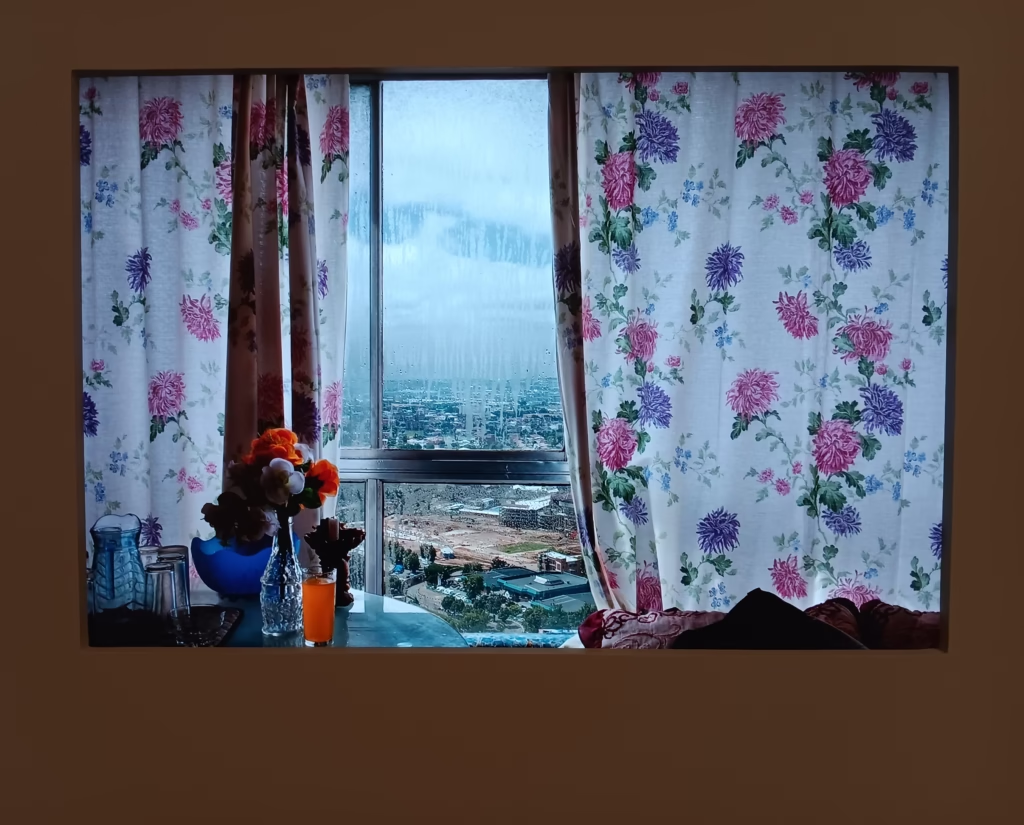
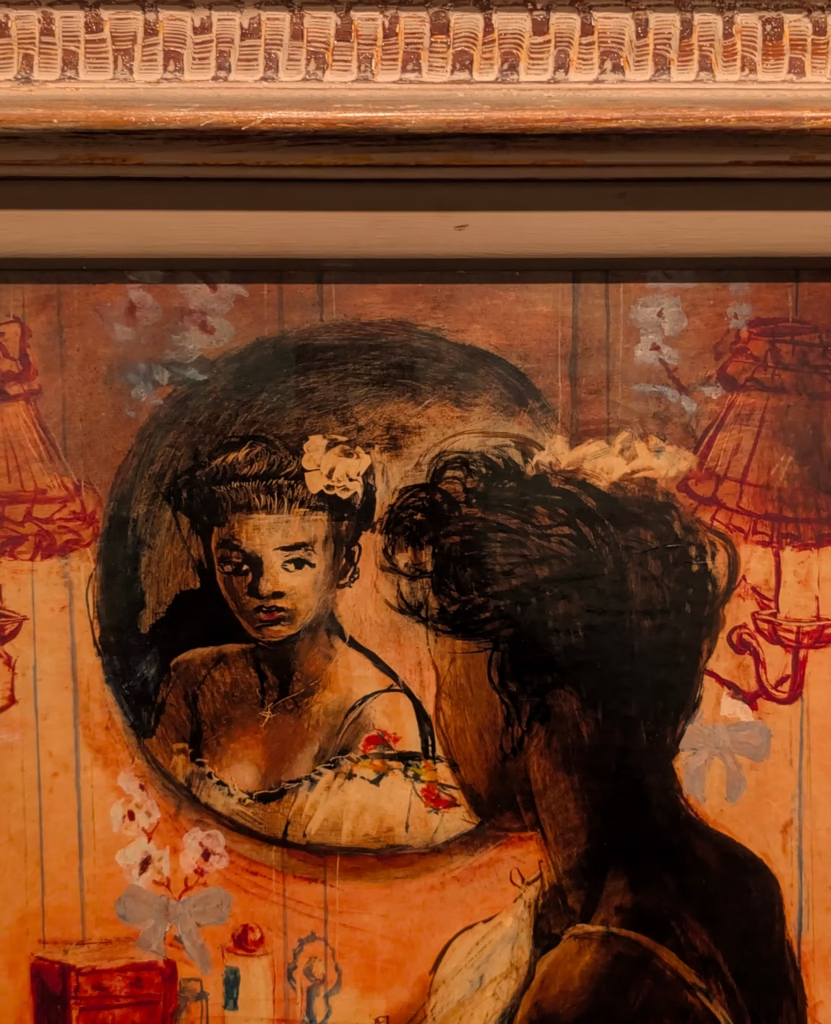
John Wilson — “Witnessing Humanity” Can Be Seen Through February 8, 2026
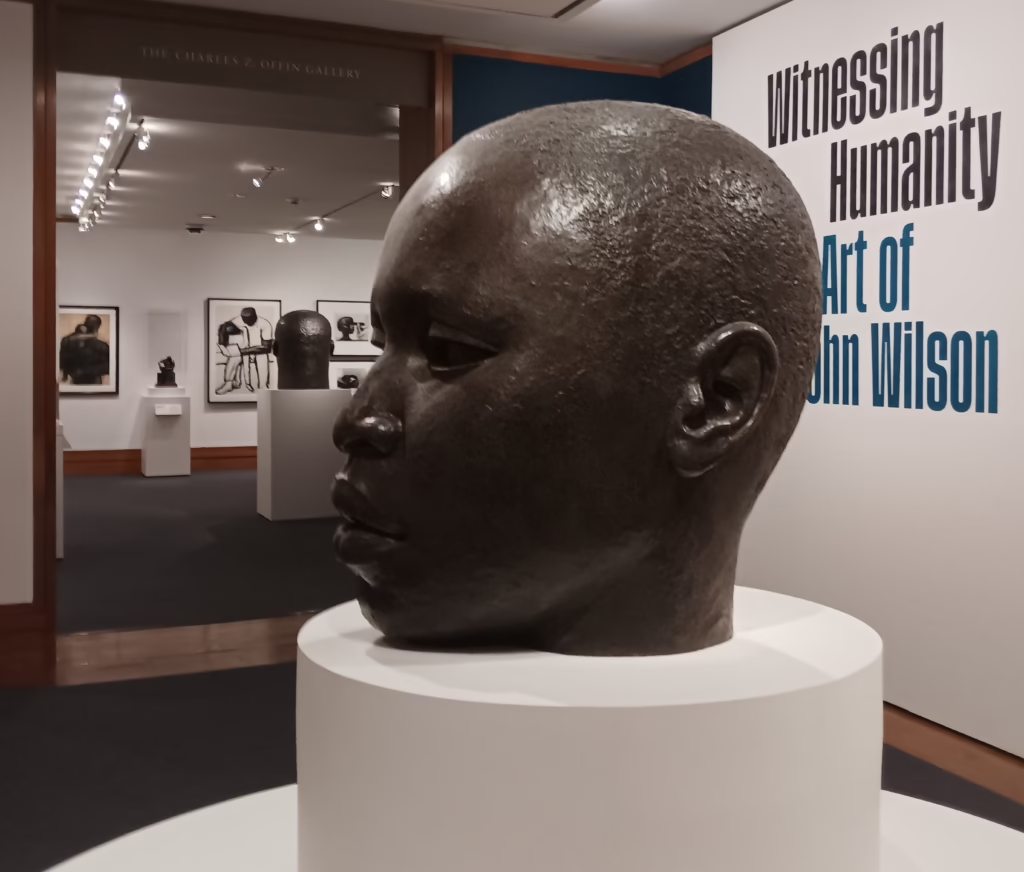
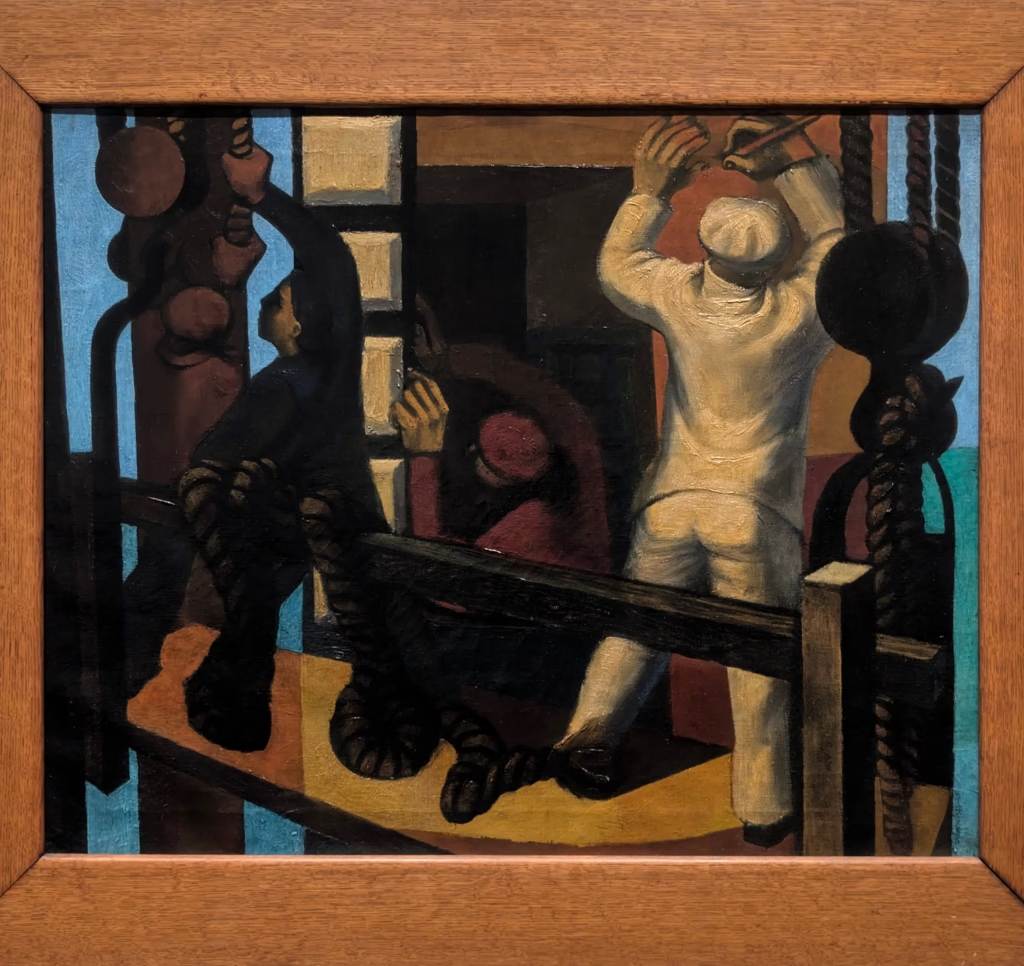
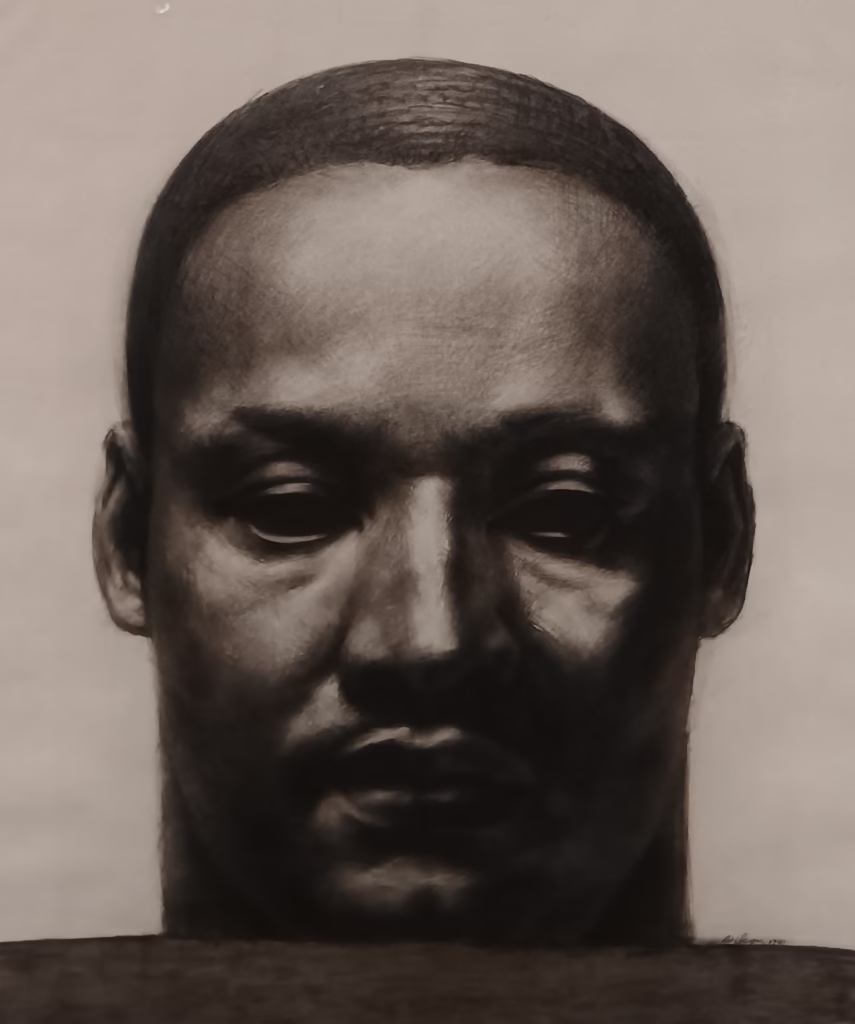
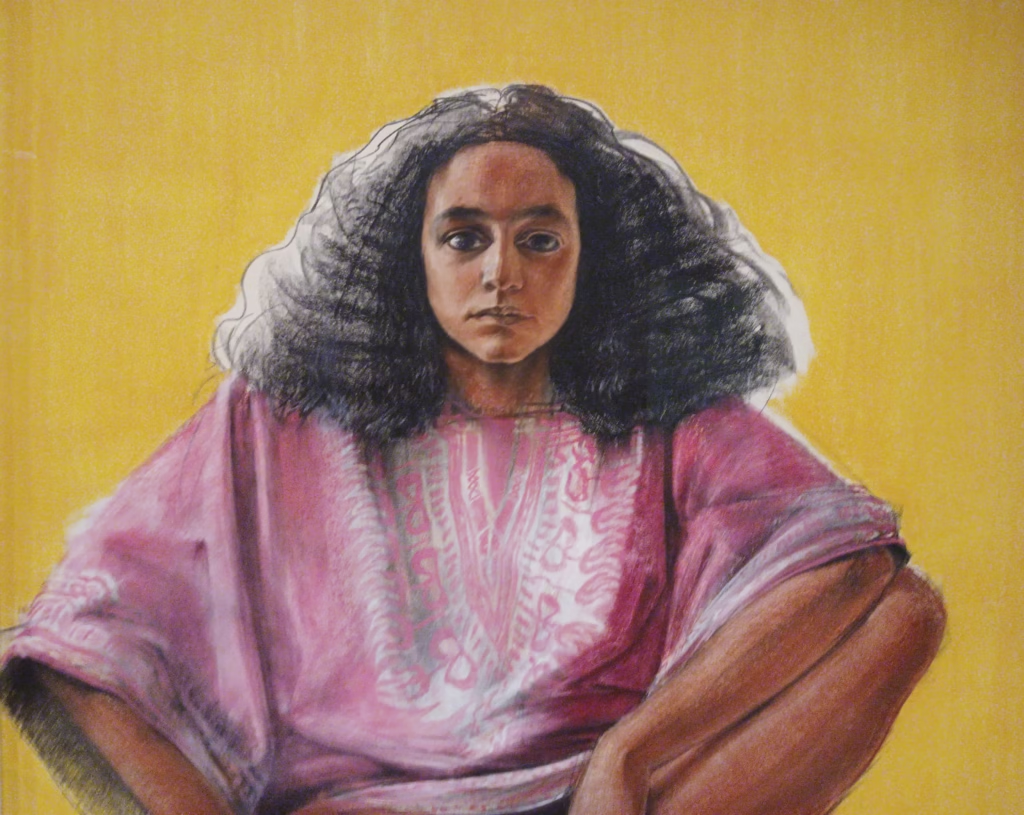
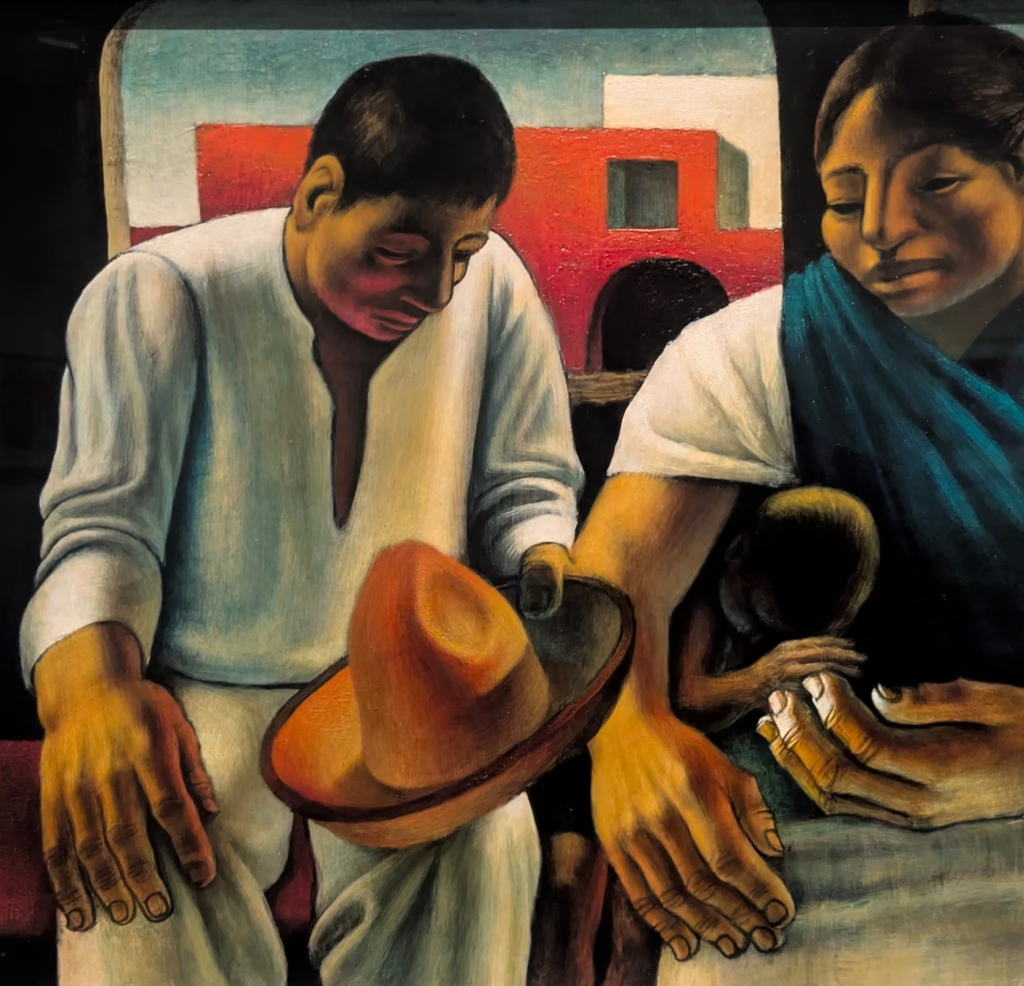
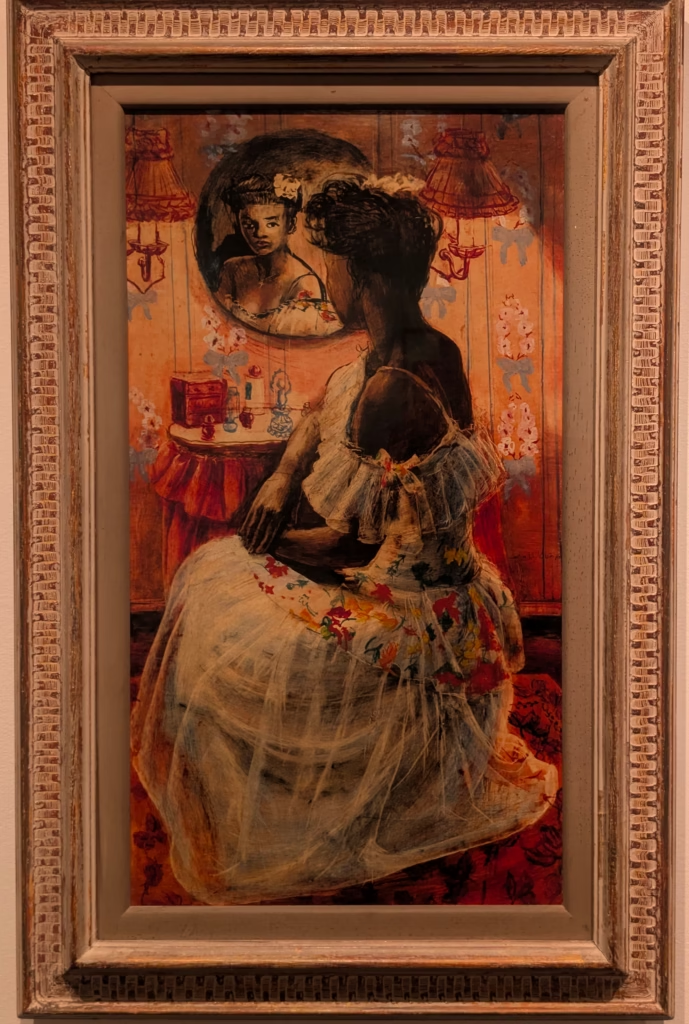
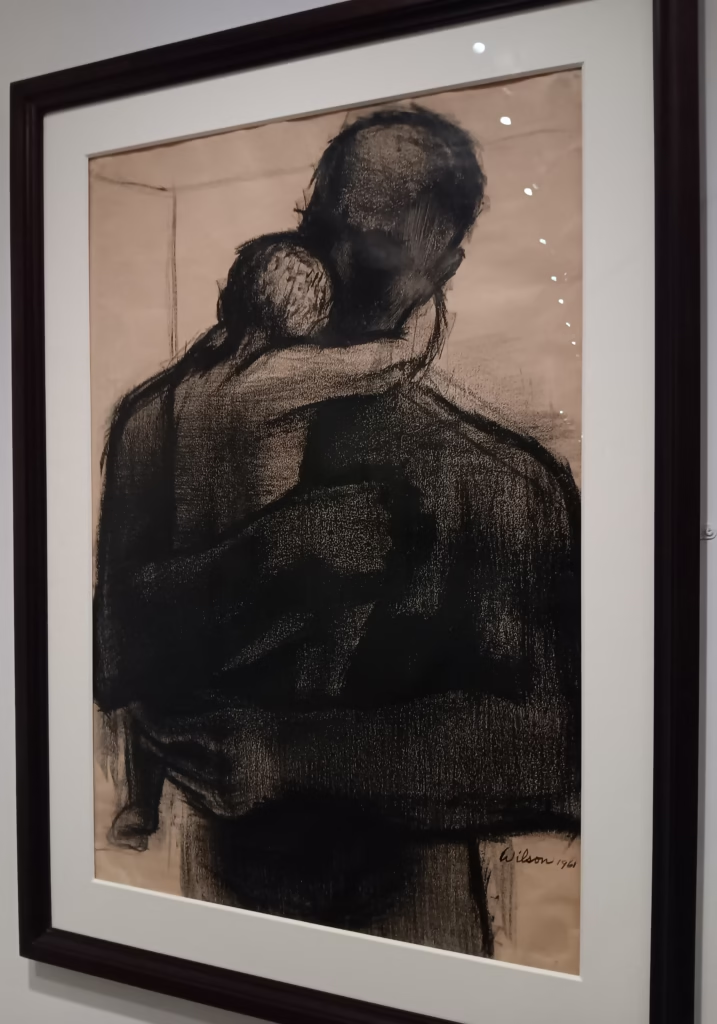
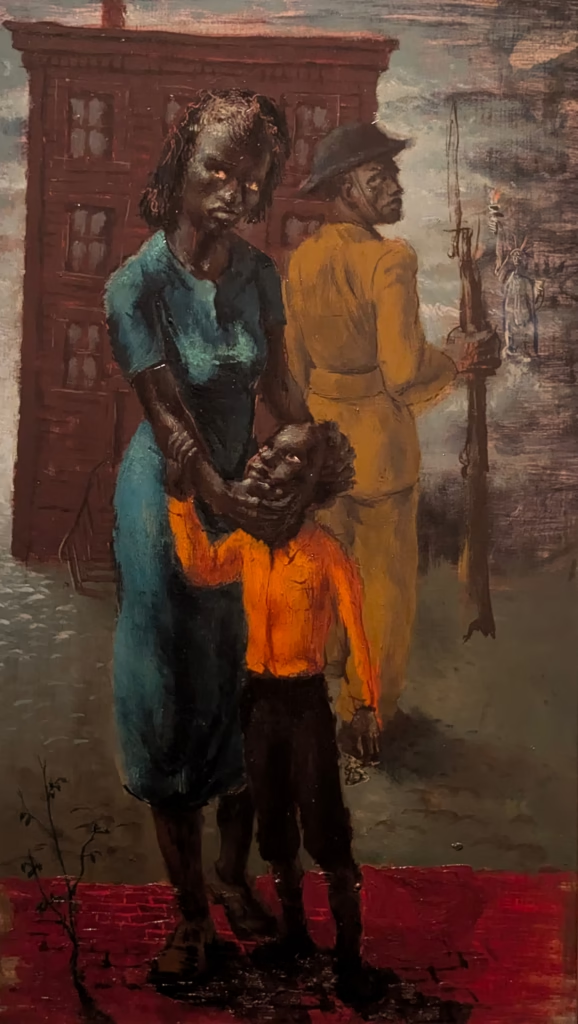
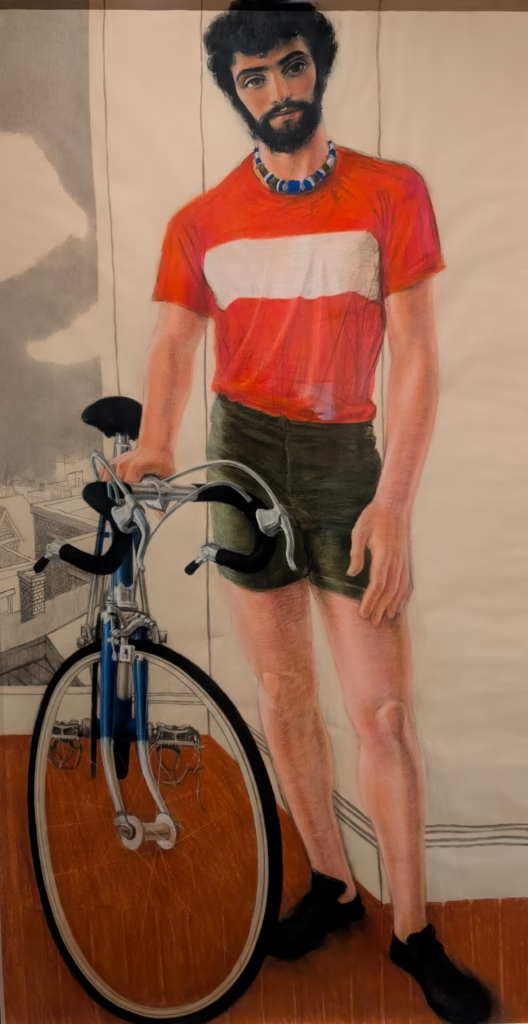
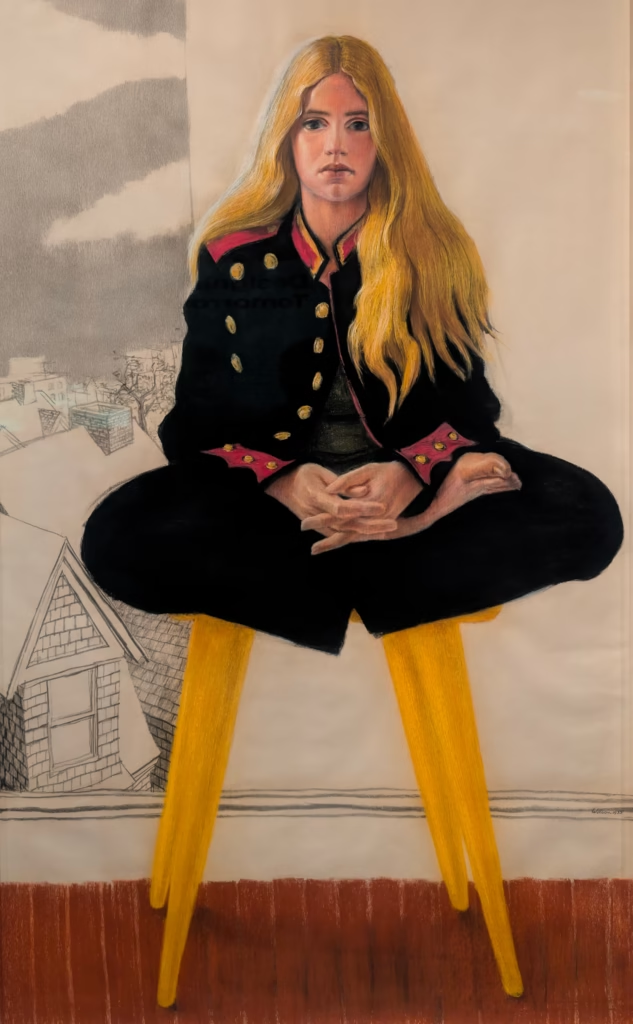
John Wilson was greatly inspited by the writings of Richard Wright. The terror of lynching depicted in the “Incident” (below) was influenced by Wright’s Uncle Tom’s Children (1938). Describing the impact of Richard Wright on his art, John Wilson said, “He put into words what I wanted to express visually, the struggle of African Americans to maintain their human dignity in an oppressive world.”
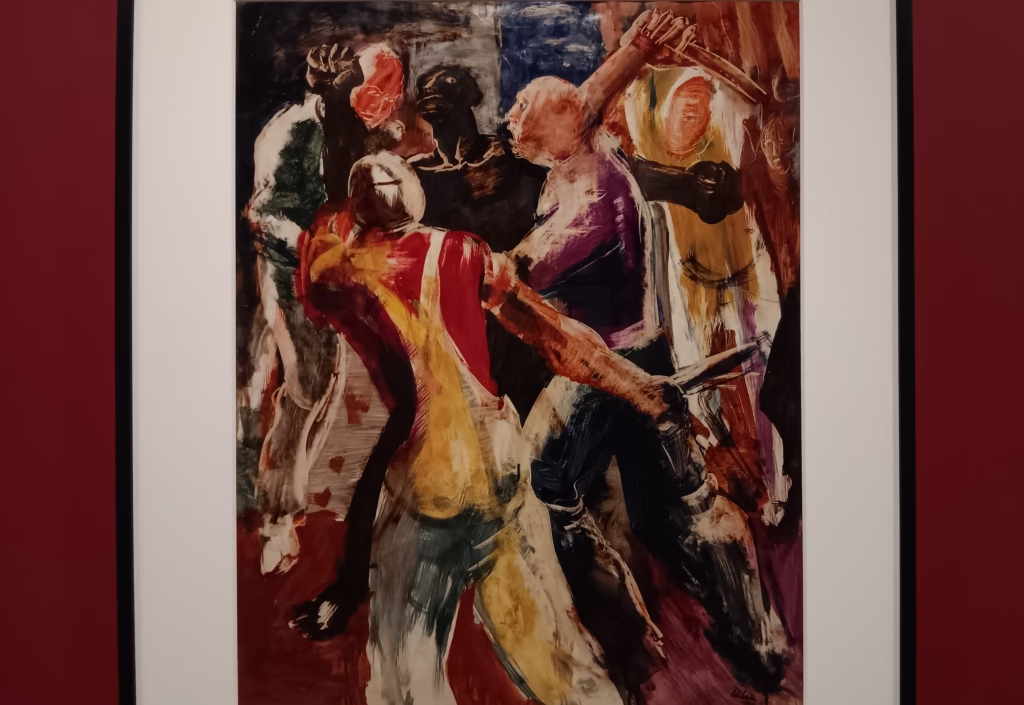
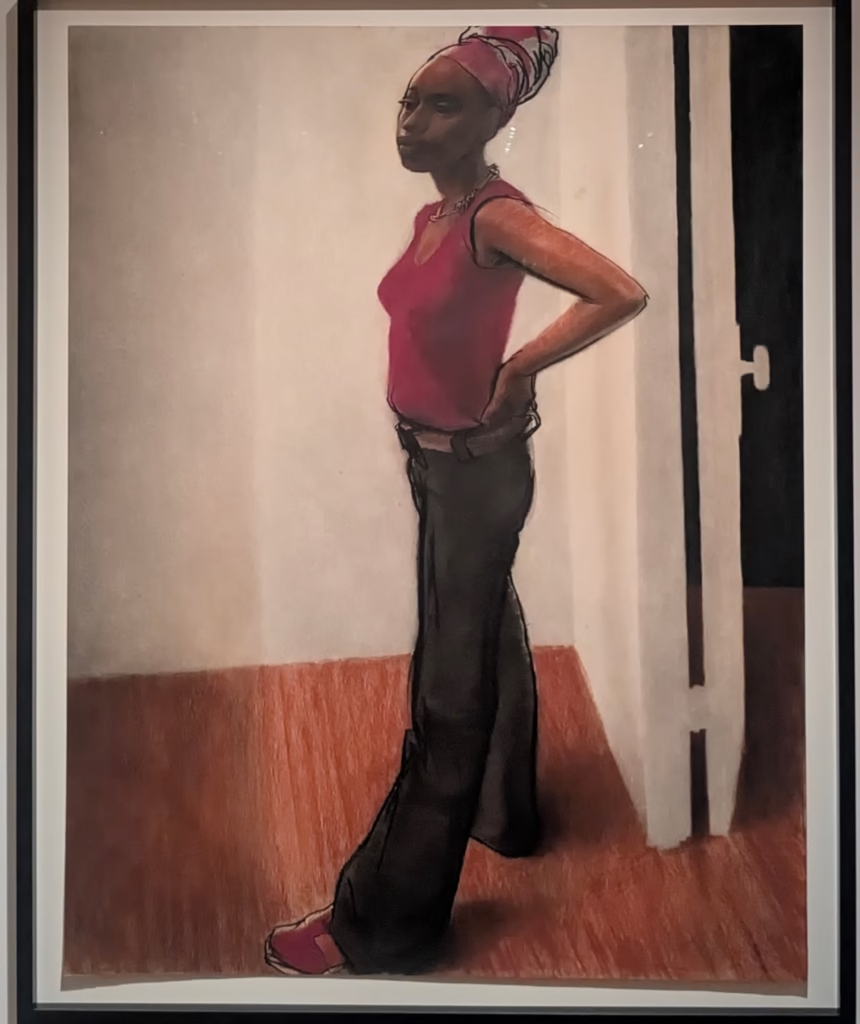
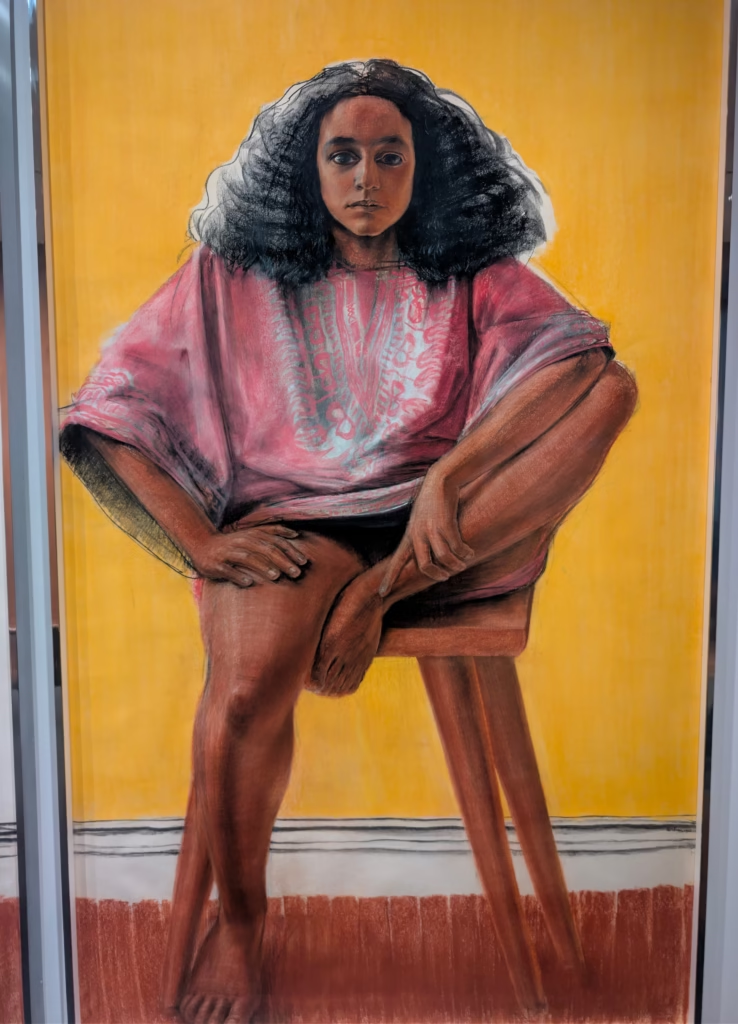

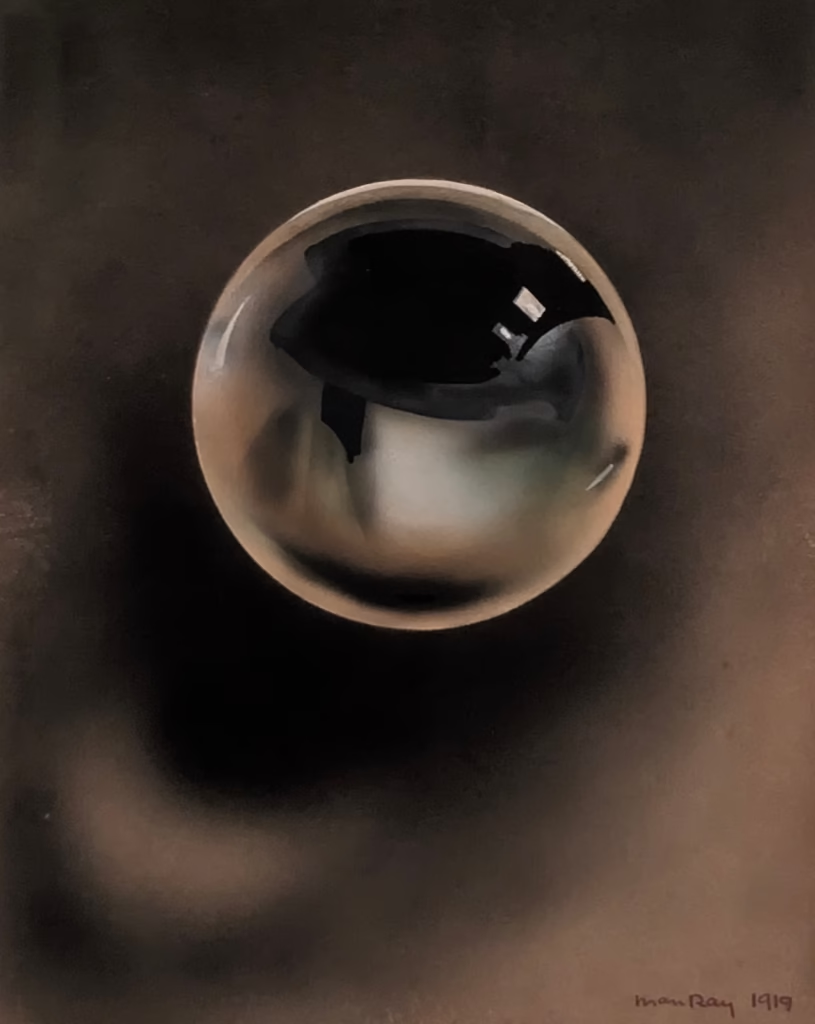
The Man Ray Exhibit “When Objects Dream” Will Close on February 1, 2026
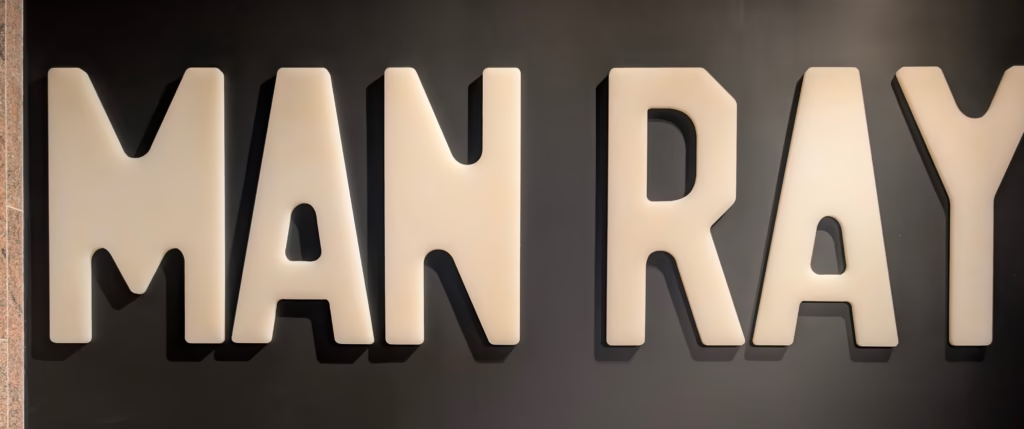
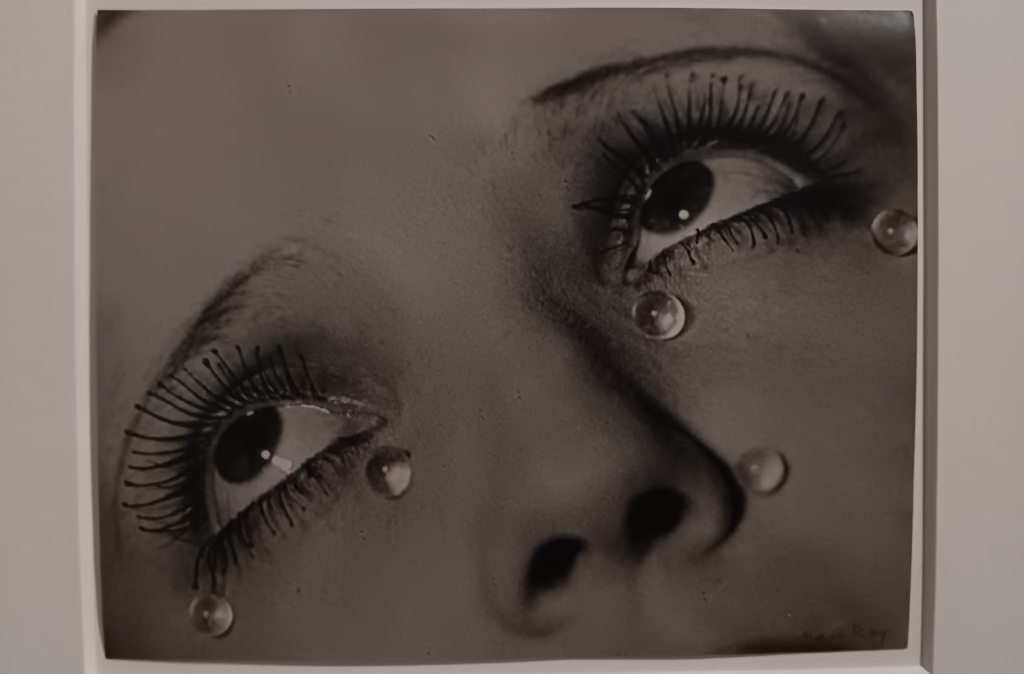
Man Ray experimented with SOLARIZATION, a darkroom technique. This process involves exposing a negative a second time during development, resulting in a reversal of tonalities and endowing subjects with glowing black contours similar to halos.
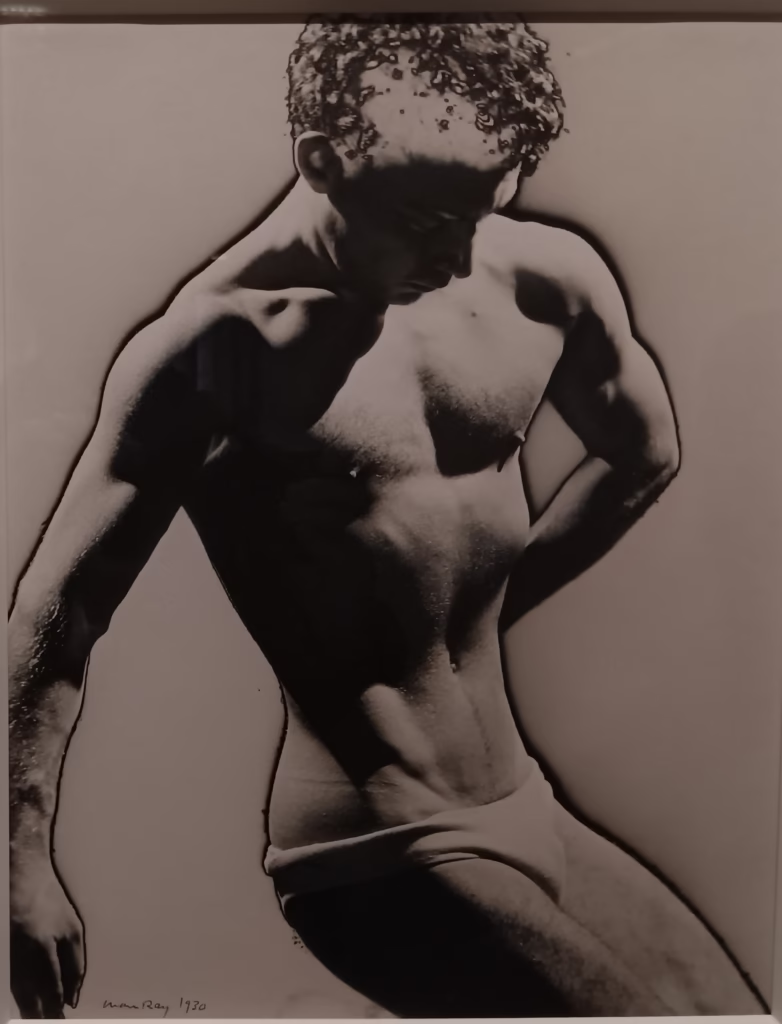
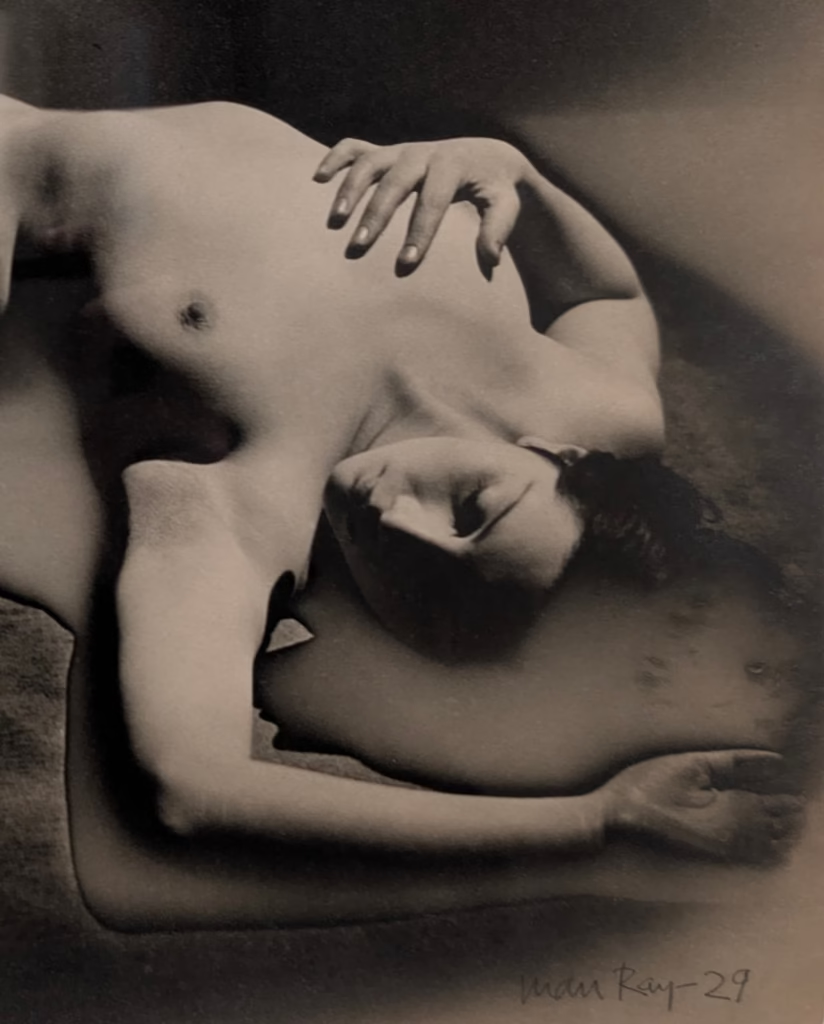
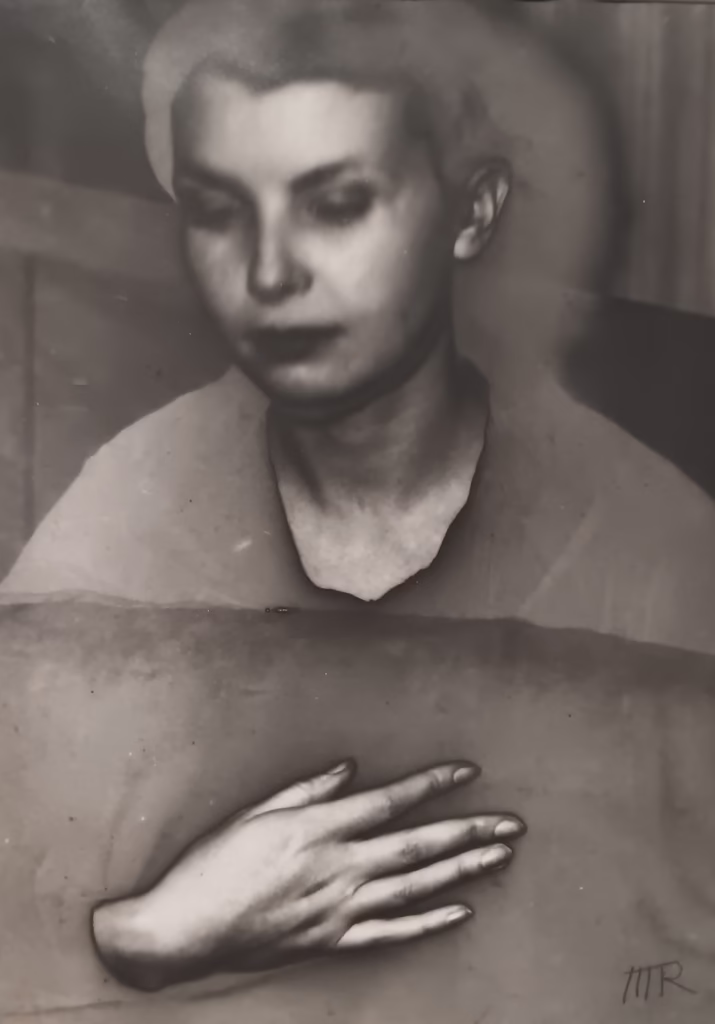
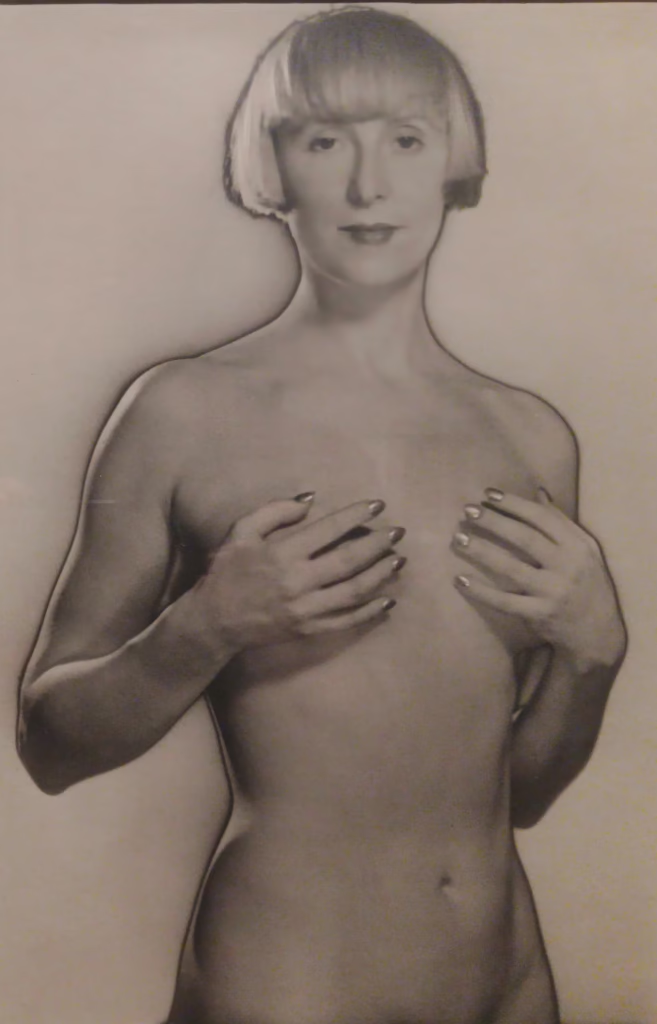
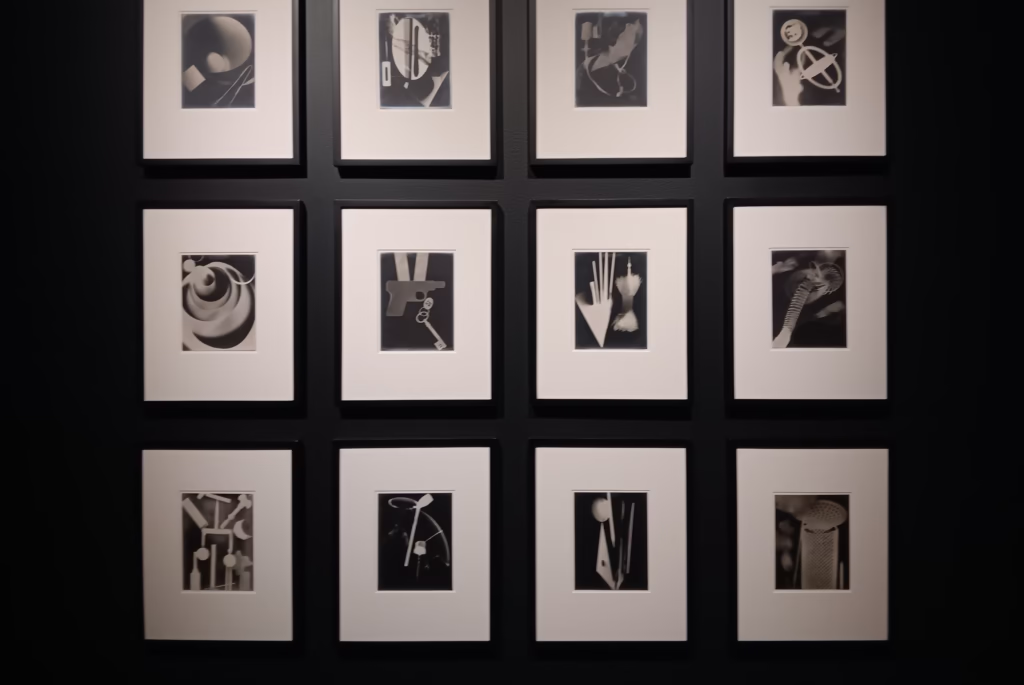
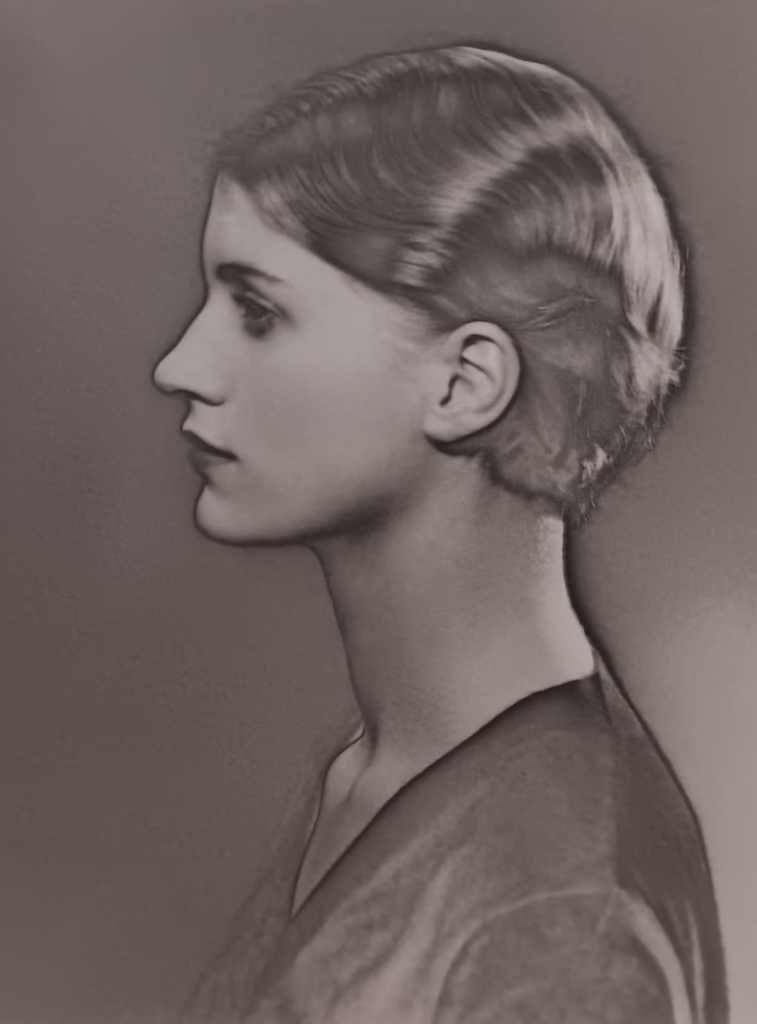
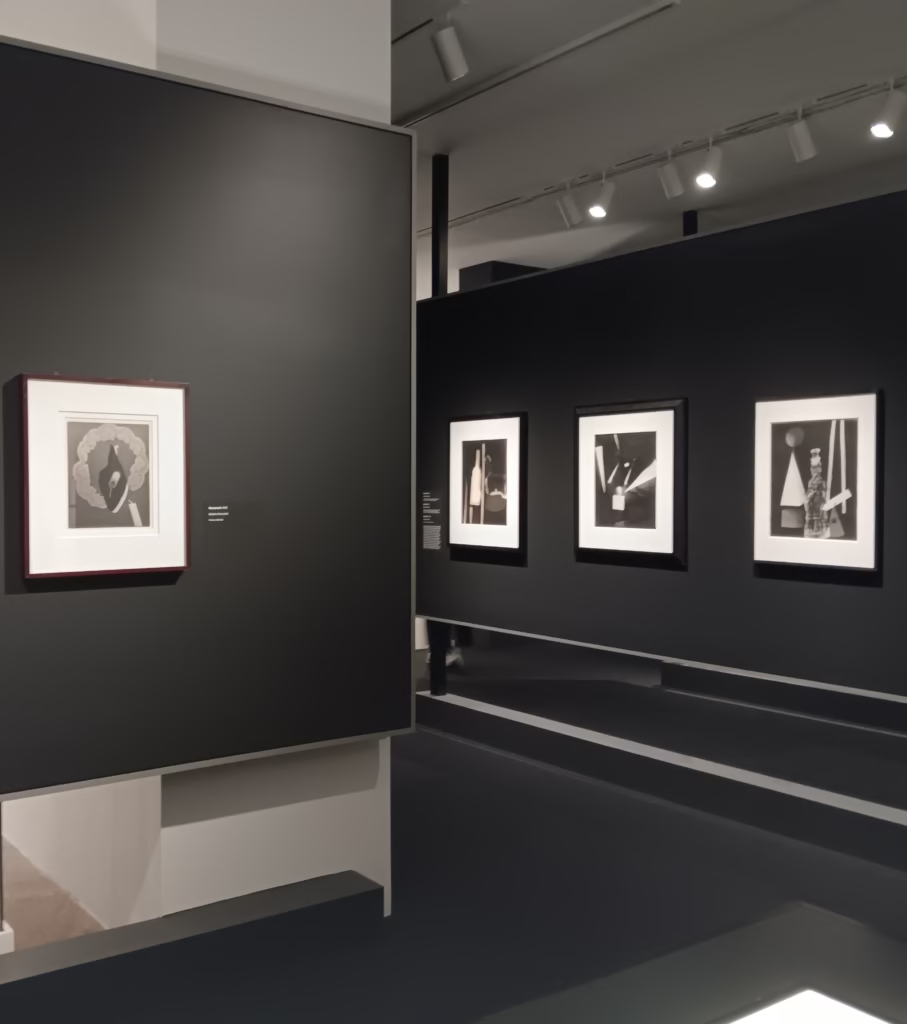
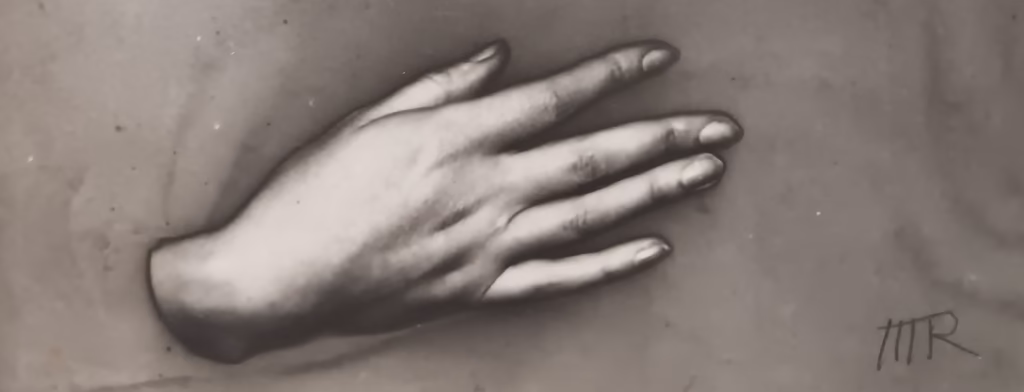
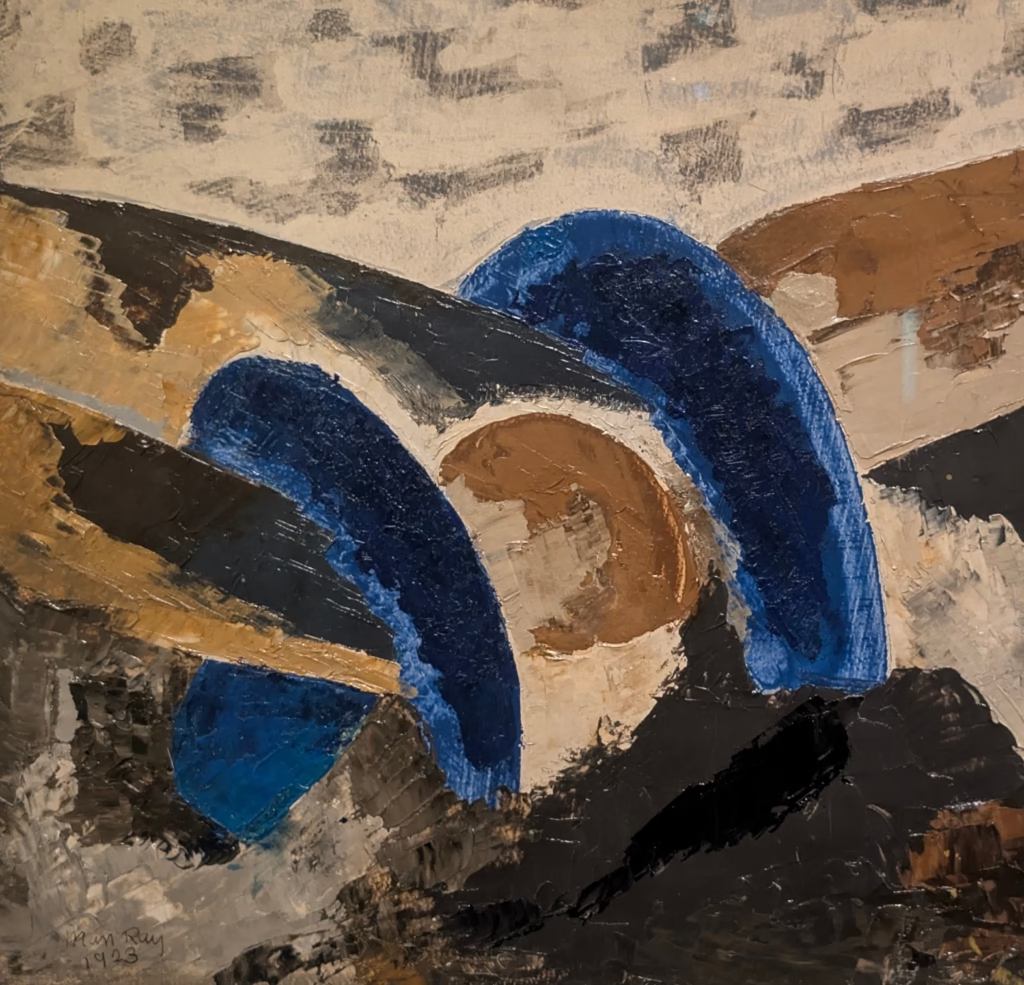
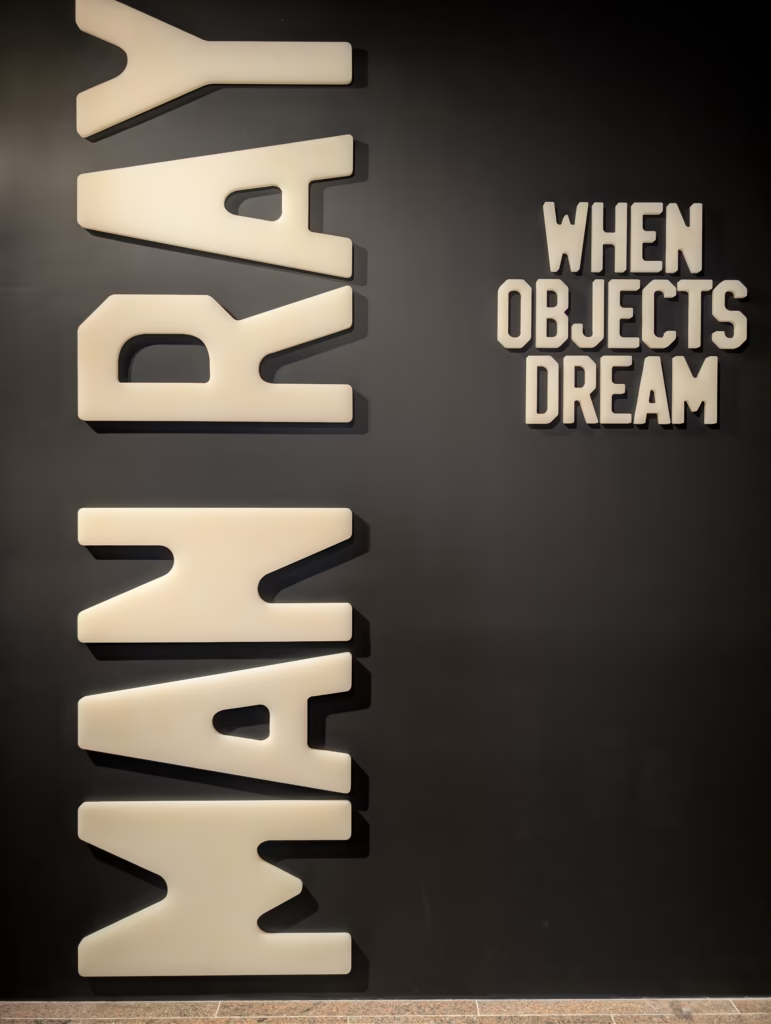
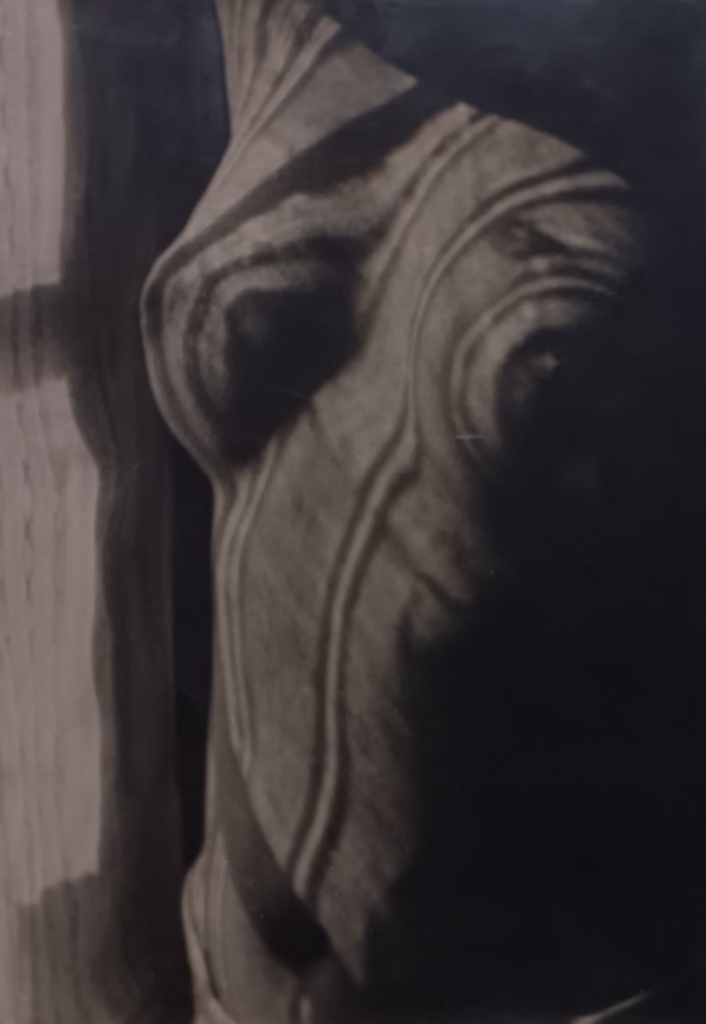
You Can Enjoy “Divine Egypt” Through January 19, 2026. It Is Impressive!
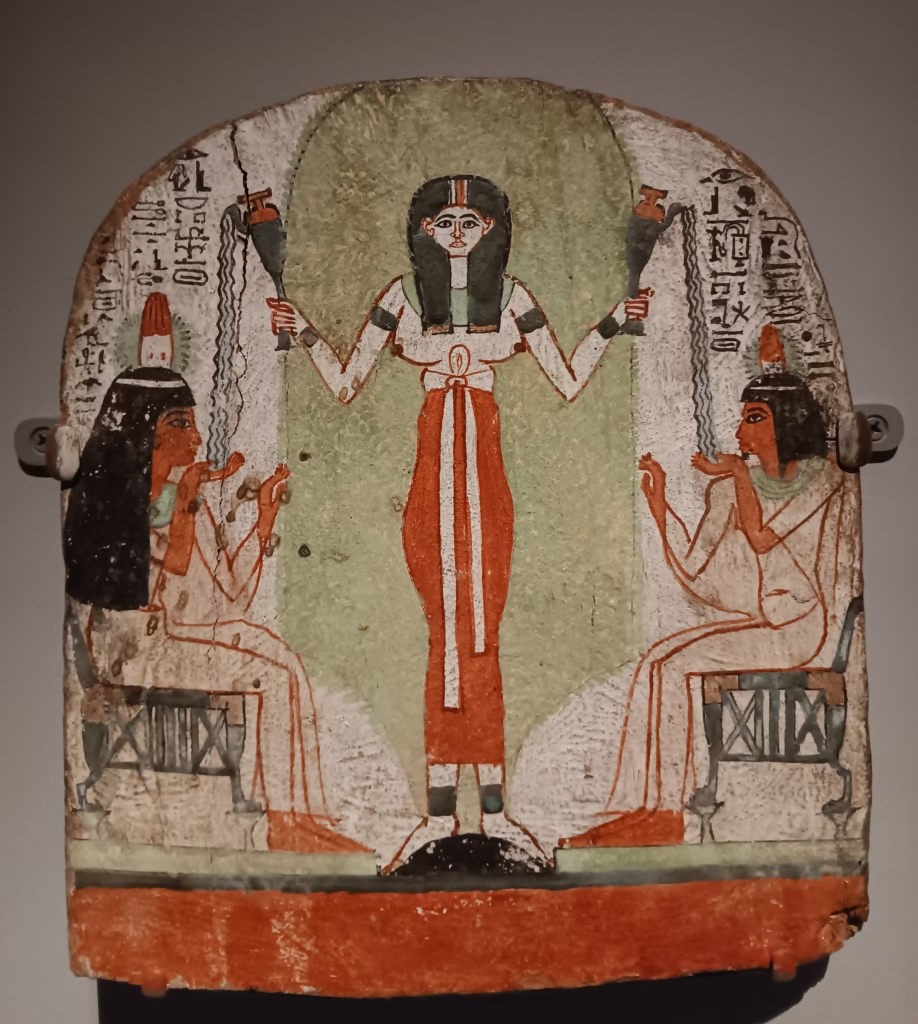
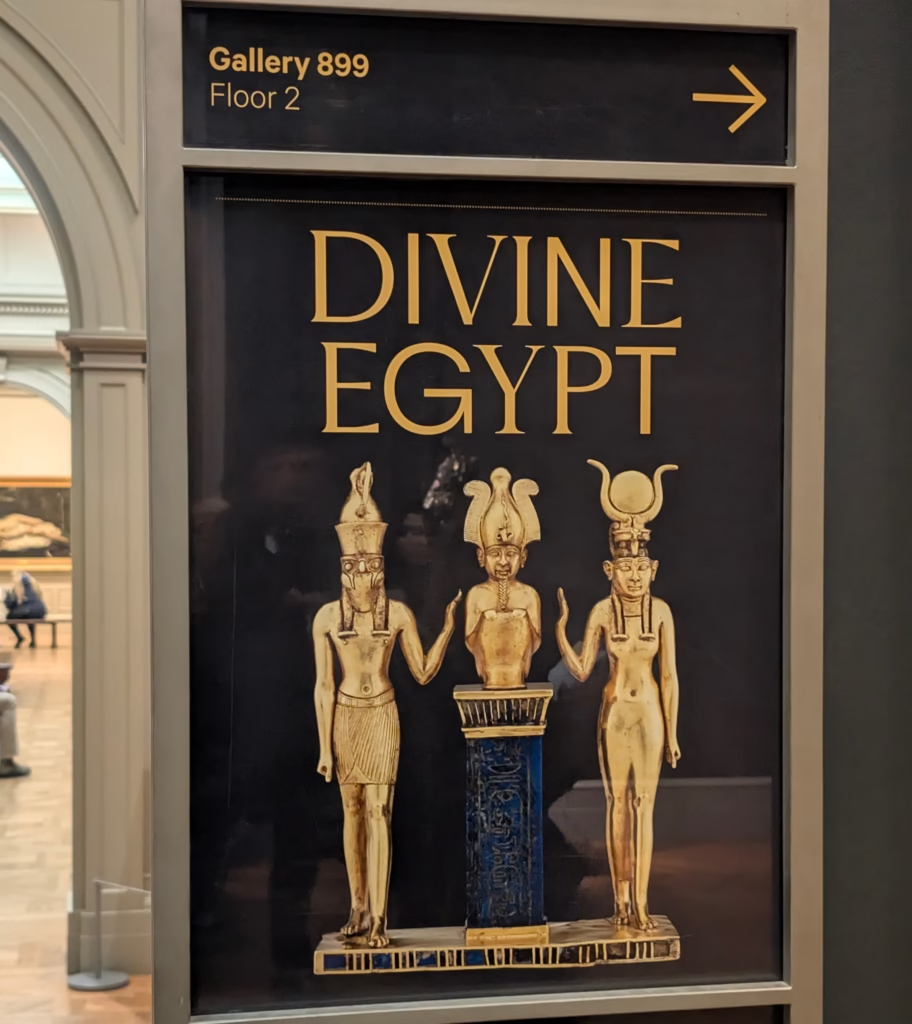
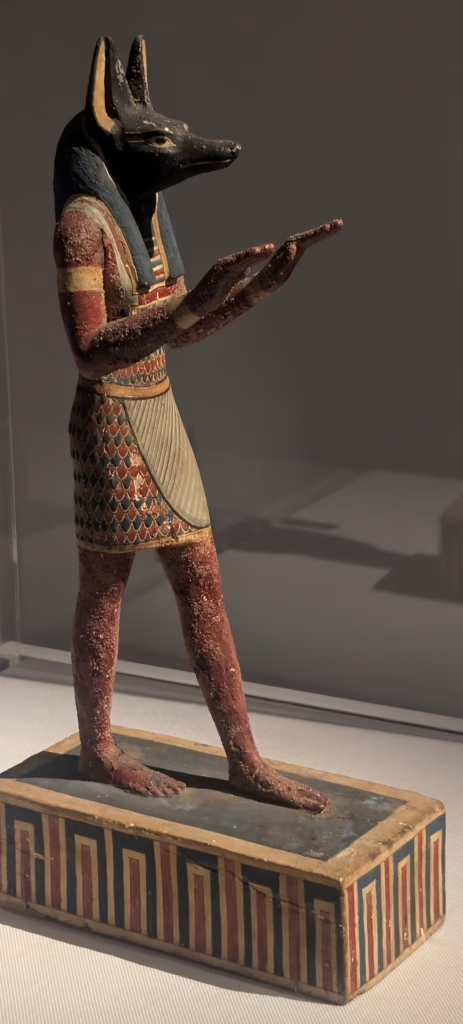
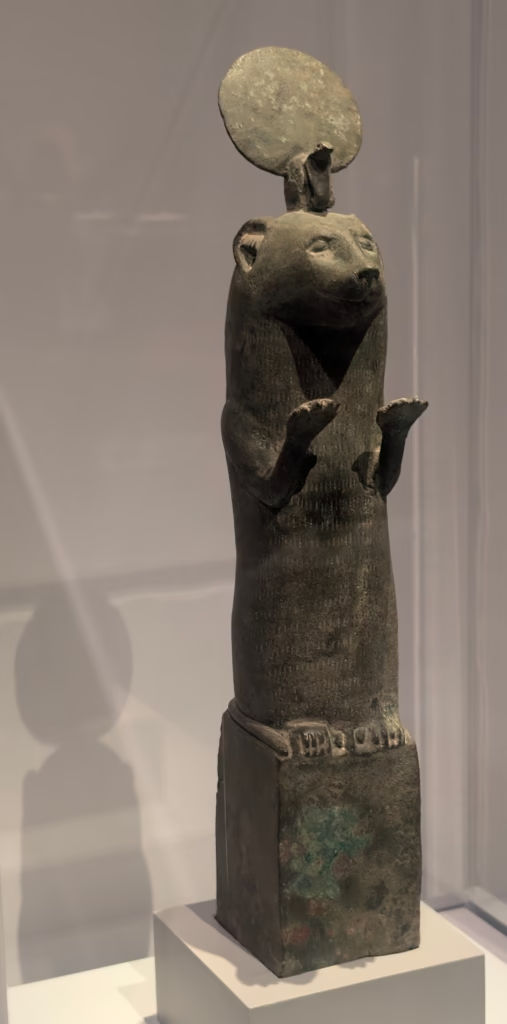
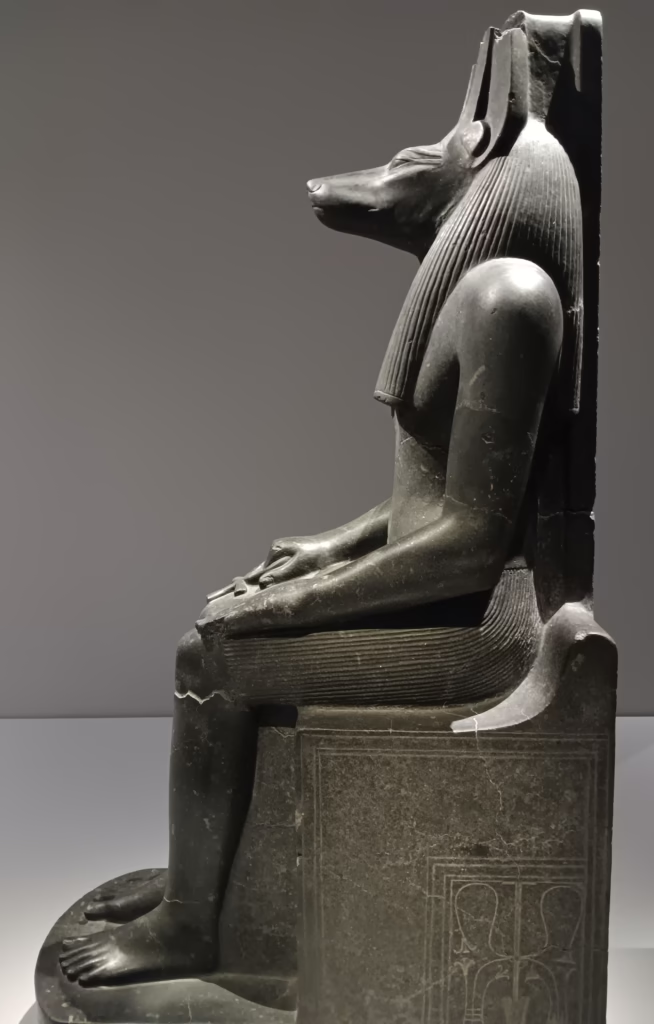
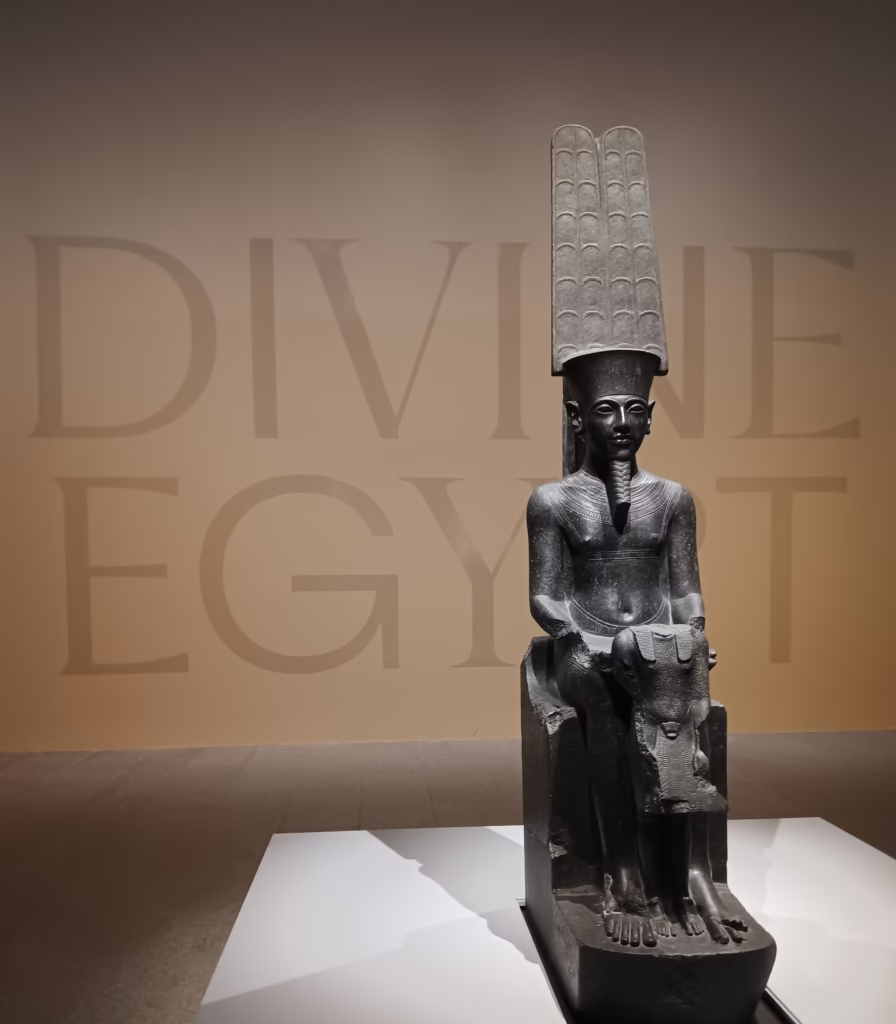
With nearly 250 objects, sculptures, and works of fine art on display — many on loan from the finest museums in Copenhagen, Vienna, Paris, Boston and London, plus the Met’s own substantial holdings — “Divine Egypt” is an outstanding exhibition. It explores how deities played a meaningful role in the lives of ancient Egyptians, and provided people with meaning as their lives unfolded and they prepared for the permanence of death. The belief system through Egypt’s long history grew to include more than 1,500 gods, and Egyptians believed that it was through their depictions that gods were brought to life, entering sacred spaces and becoming active participants in rituals.
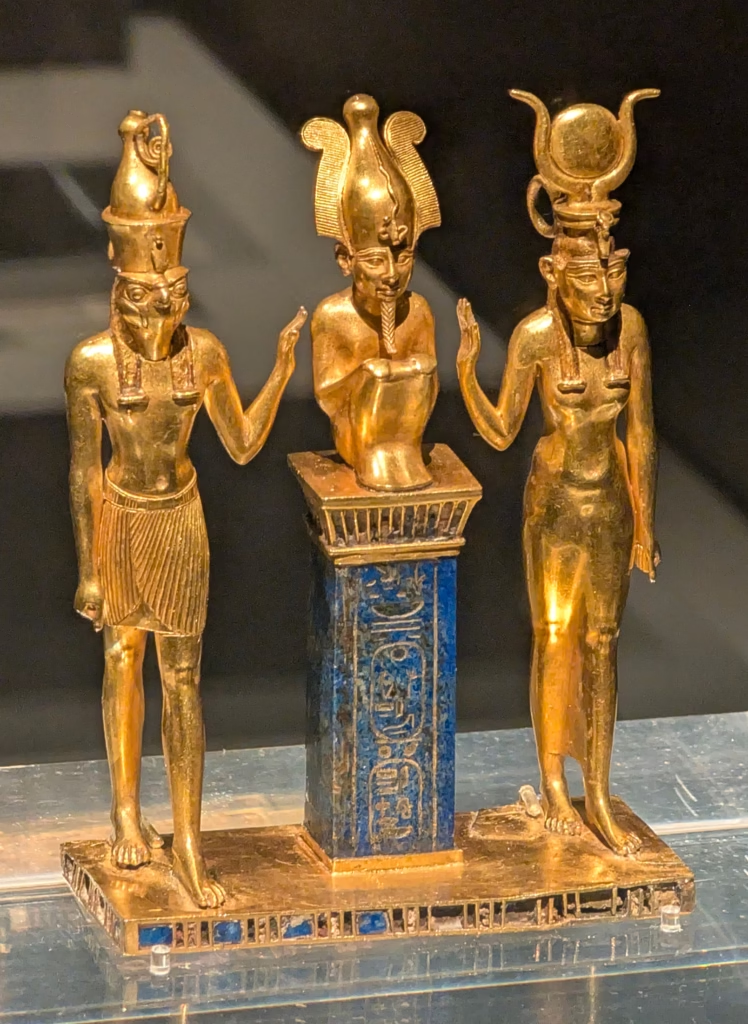
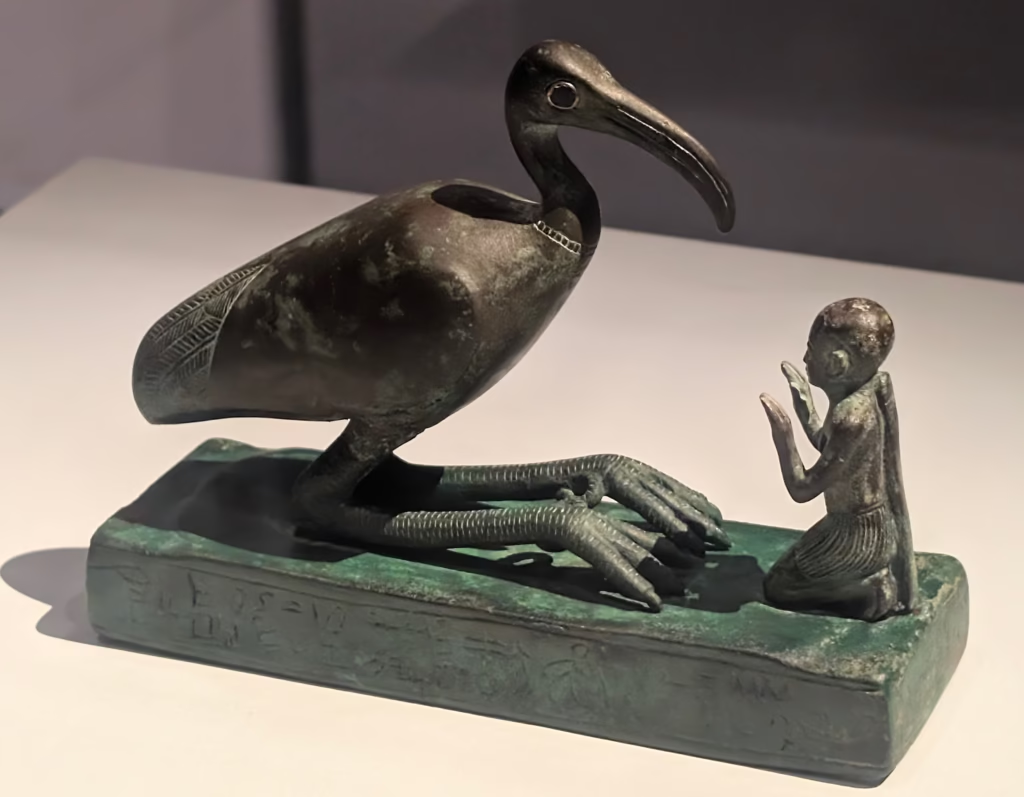
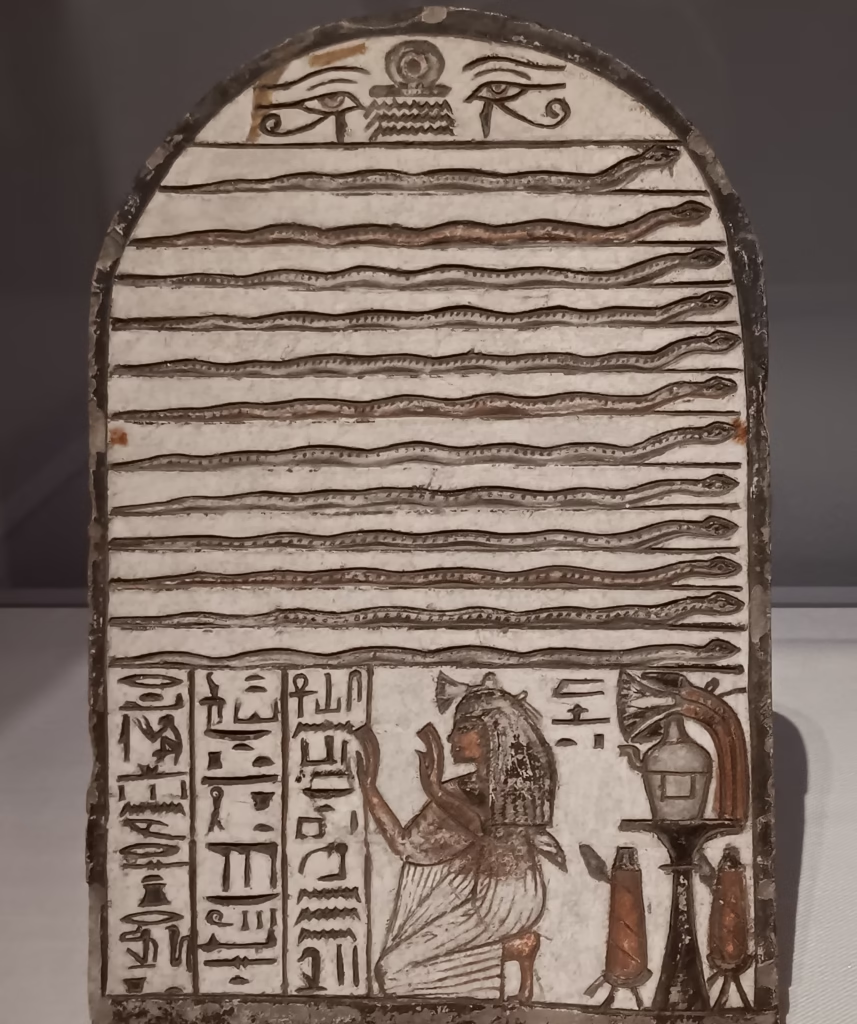
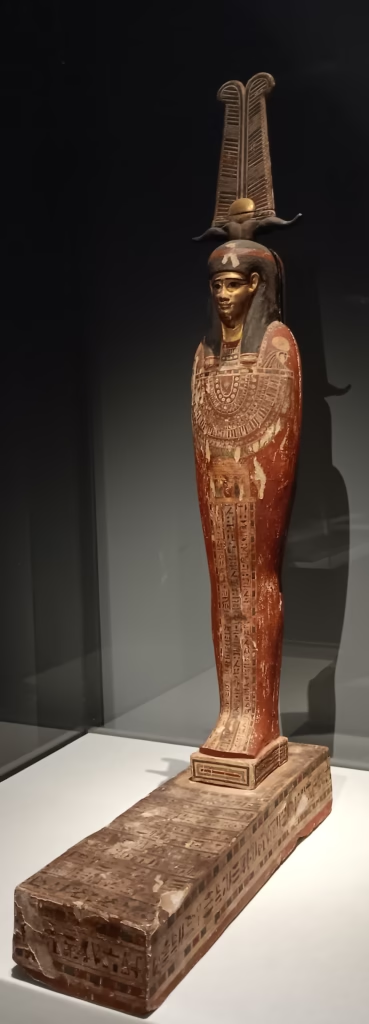
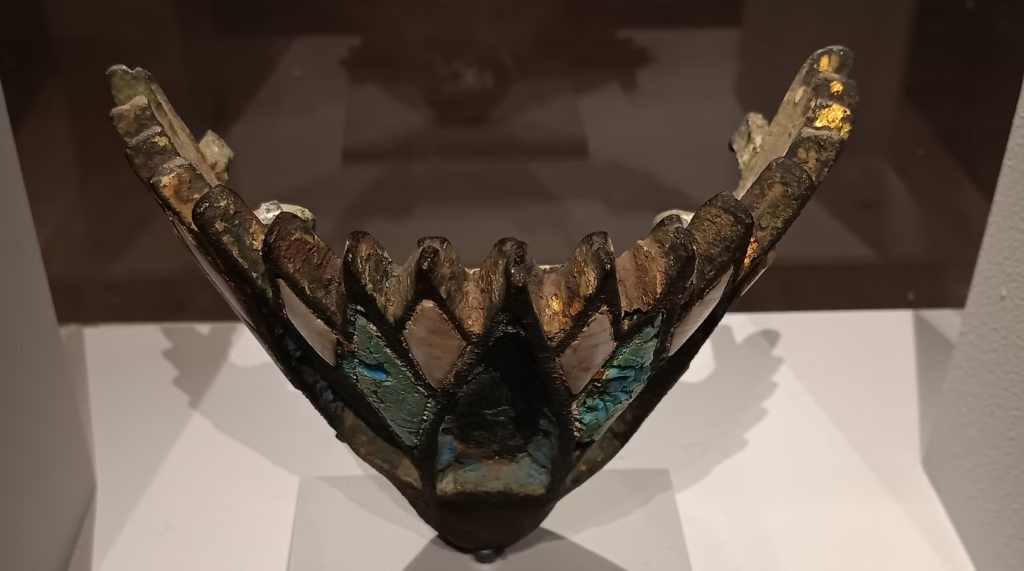
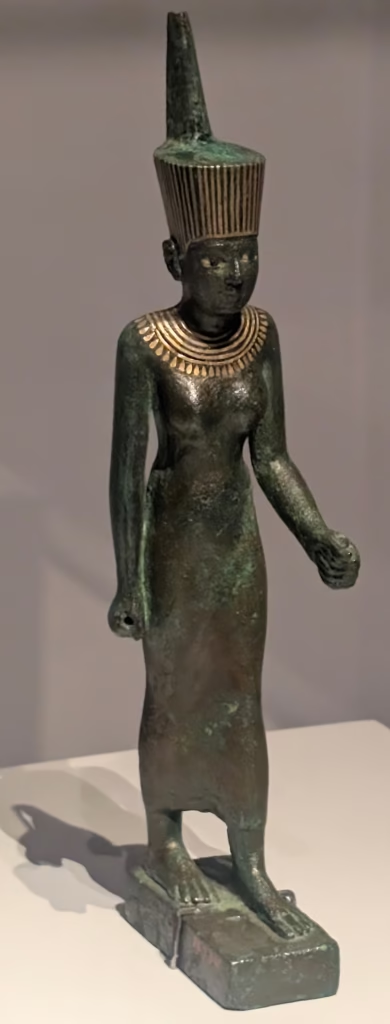
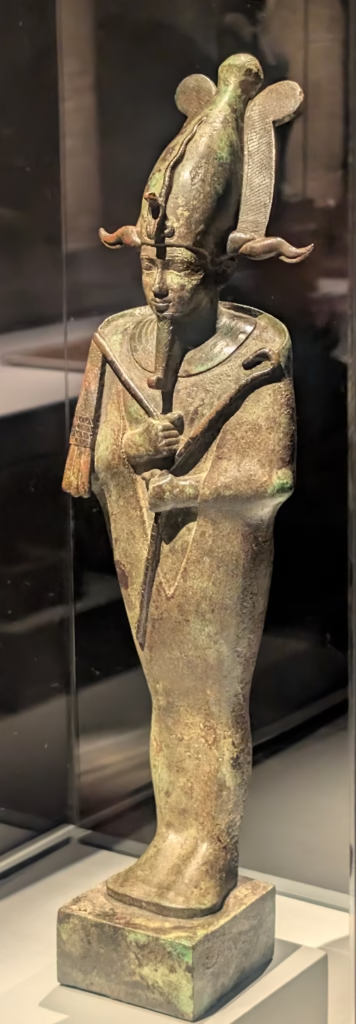
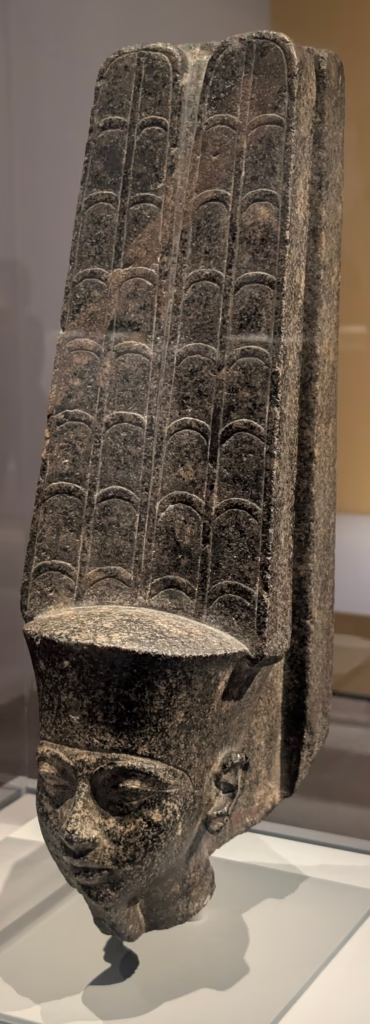
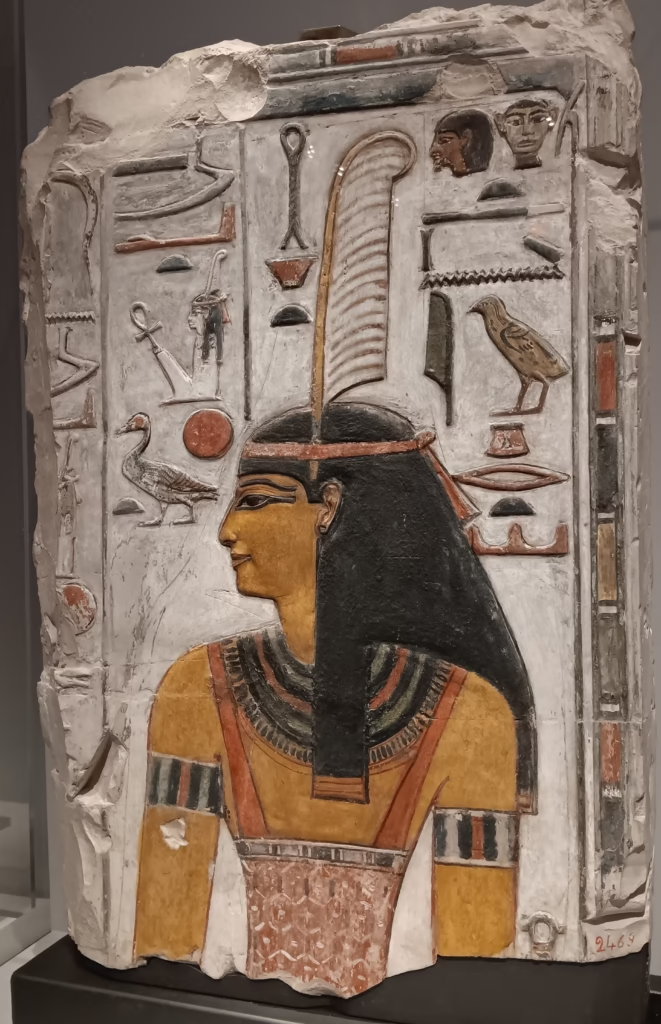
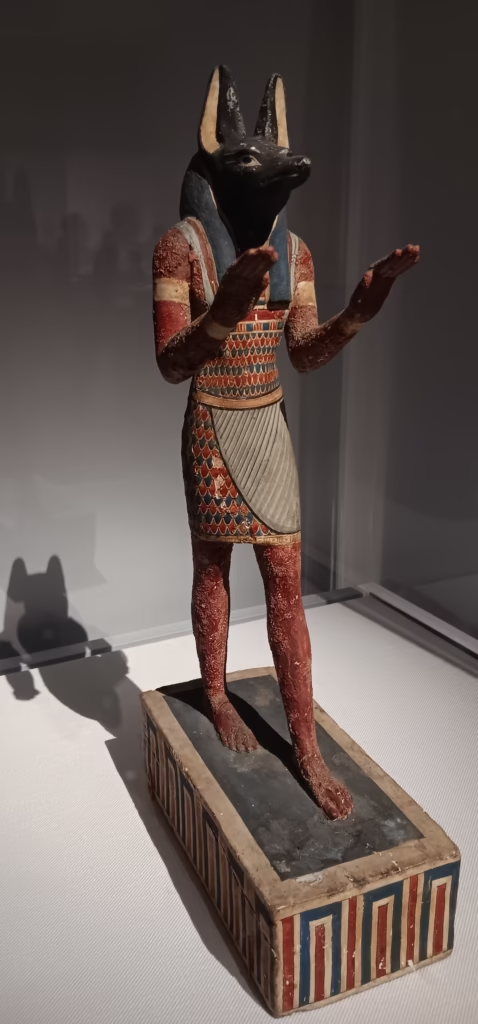
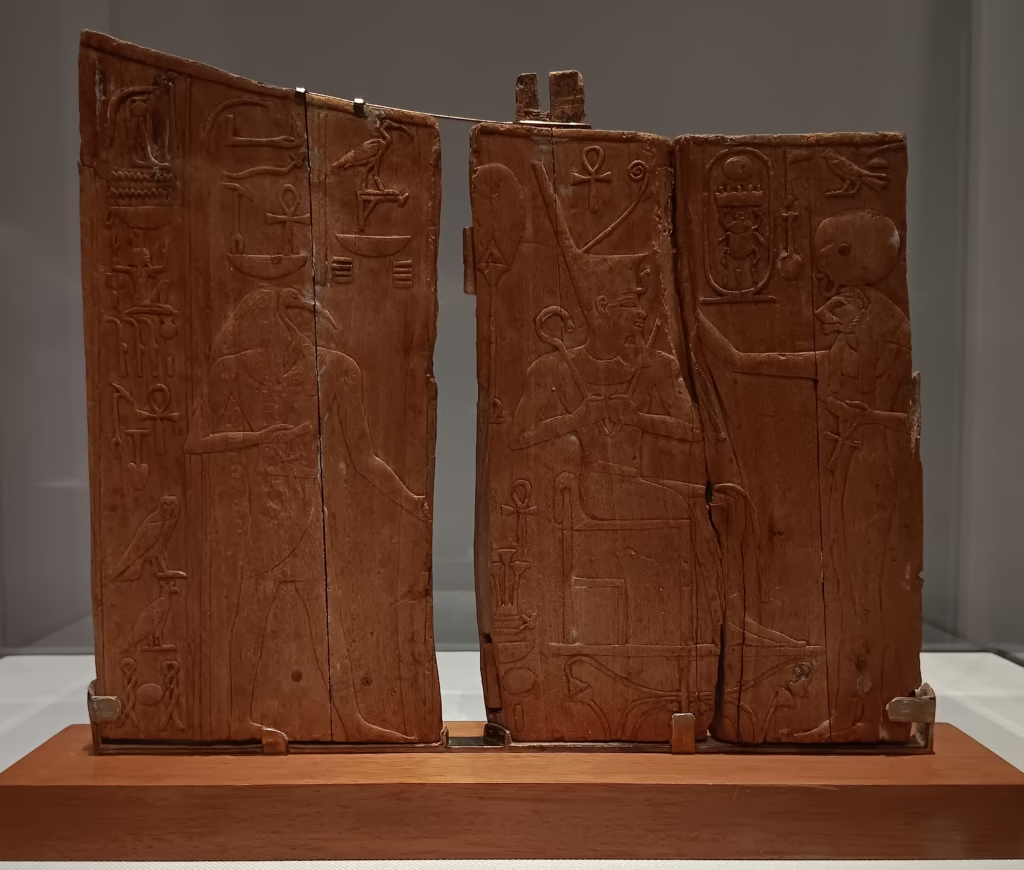
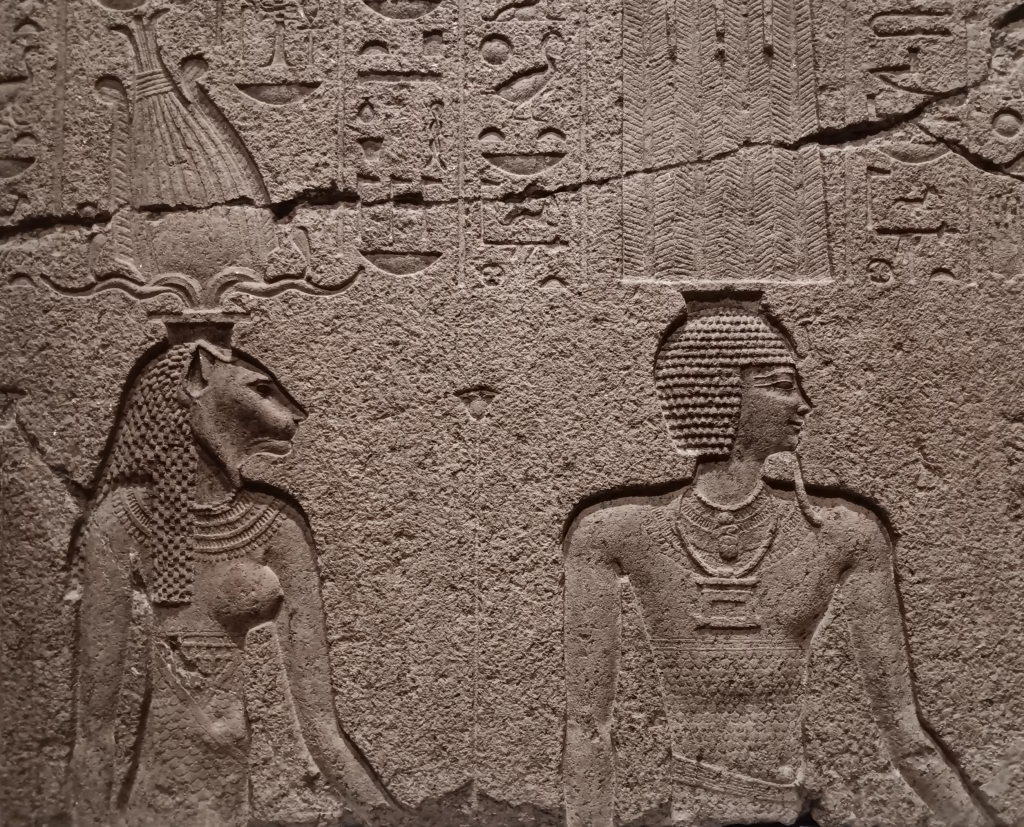
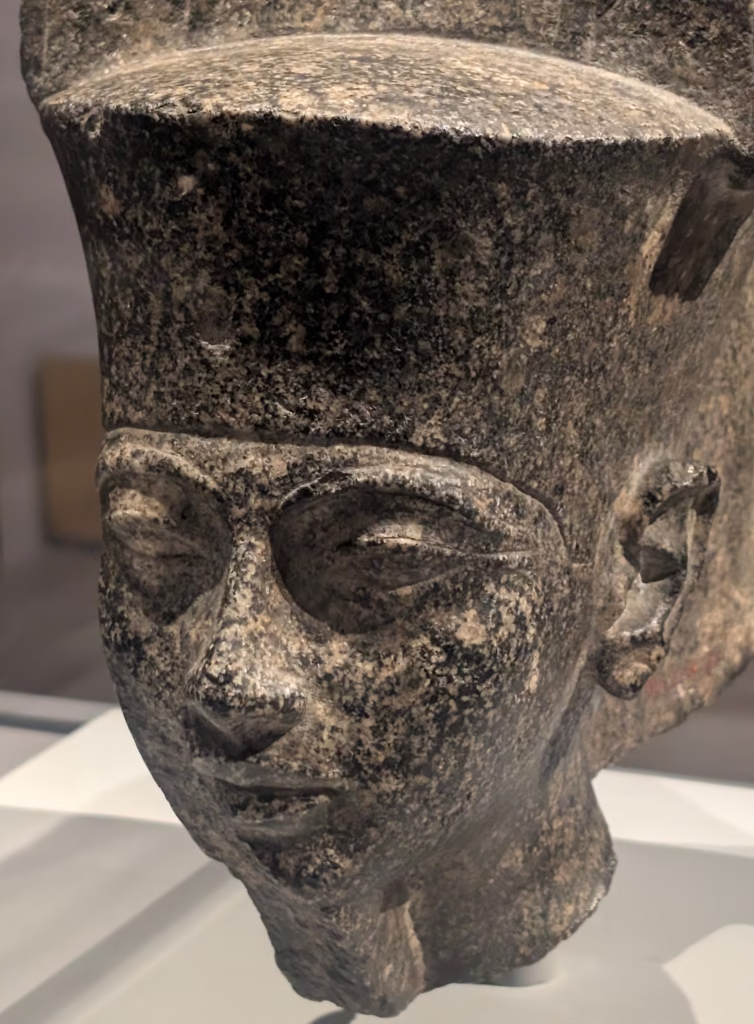
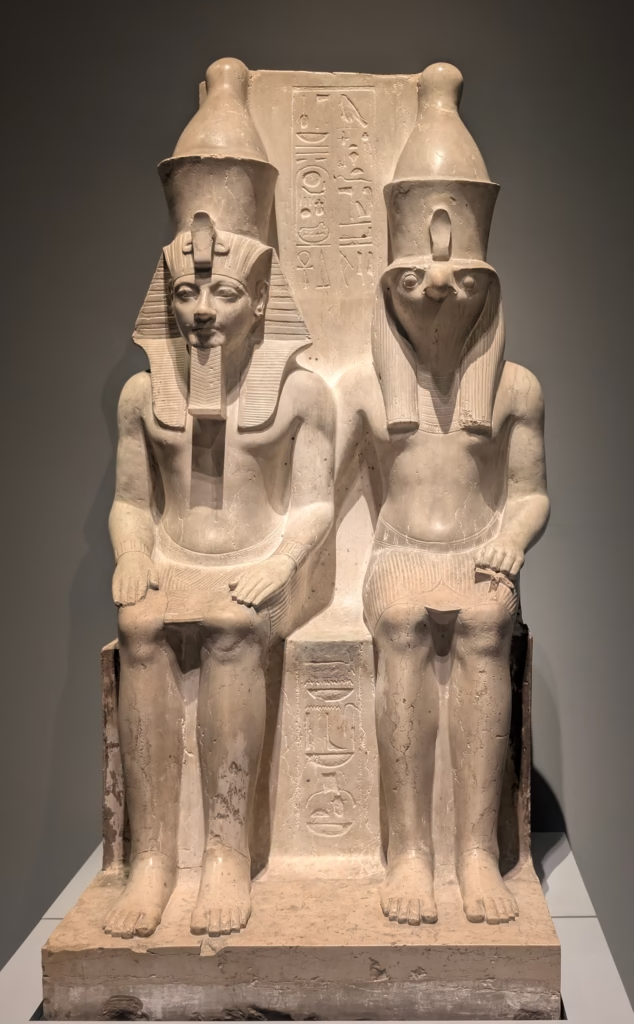
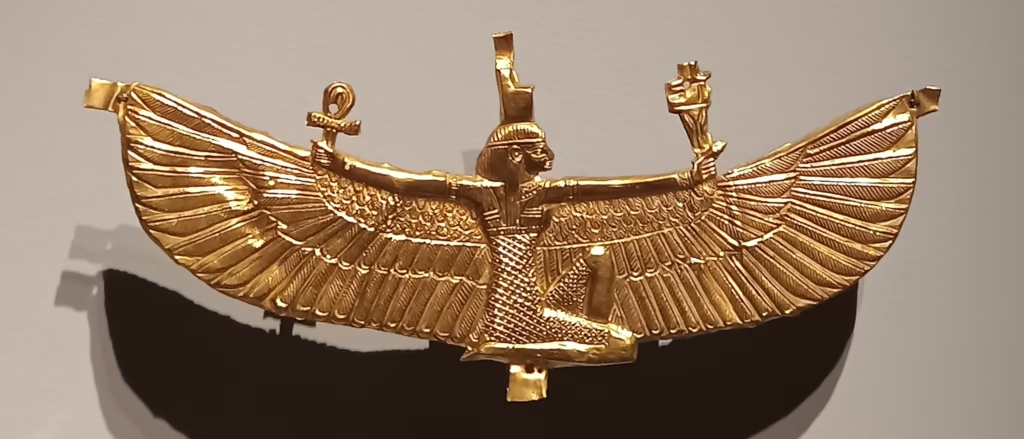

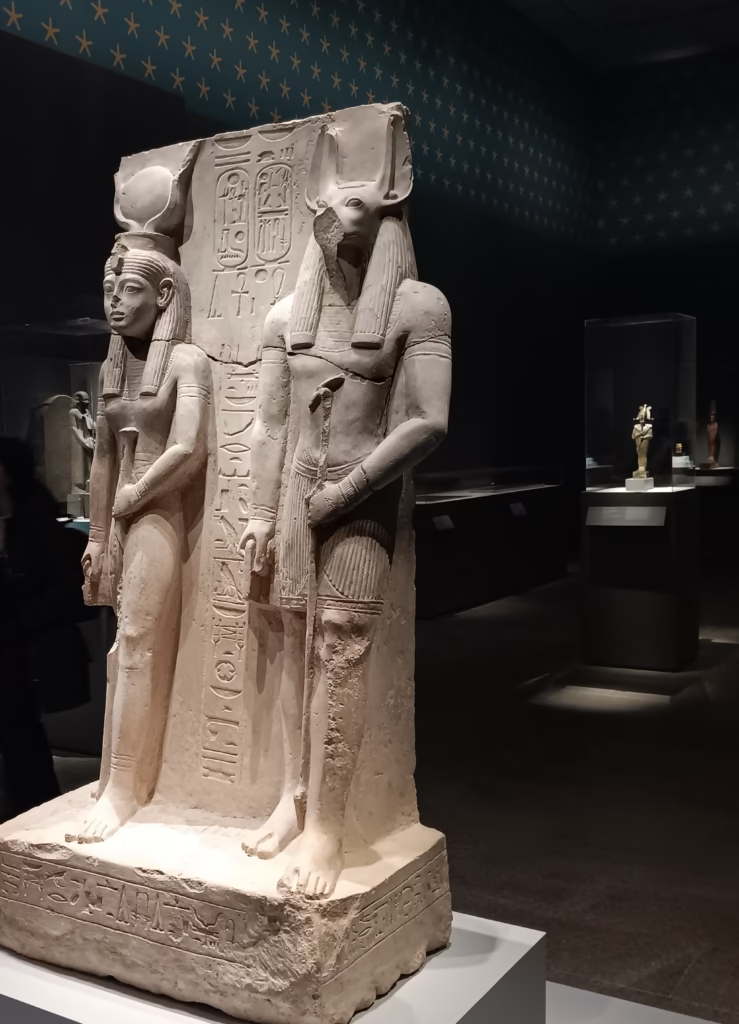
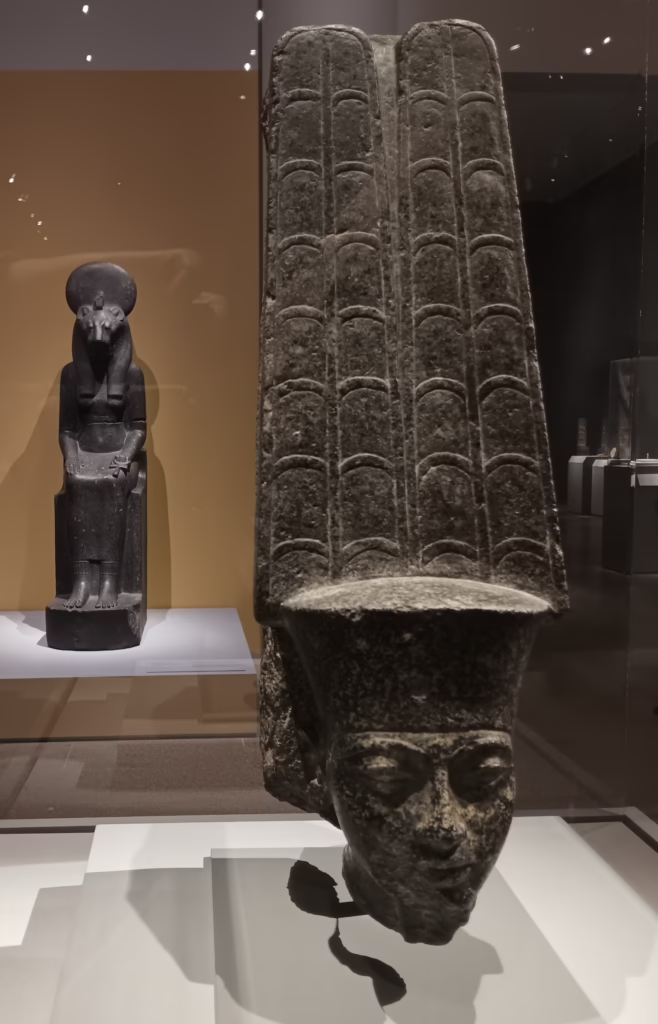
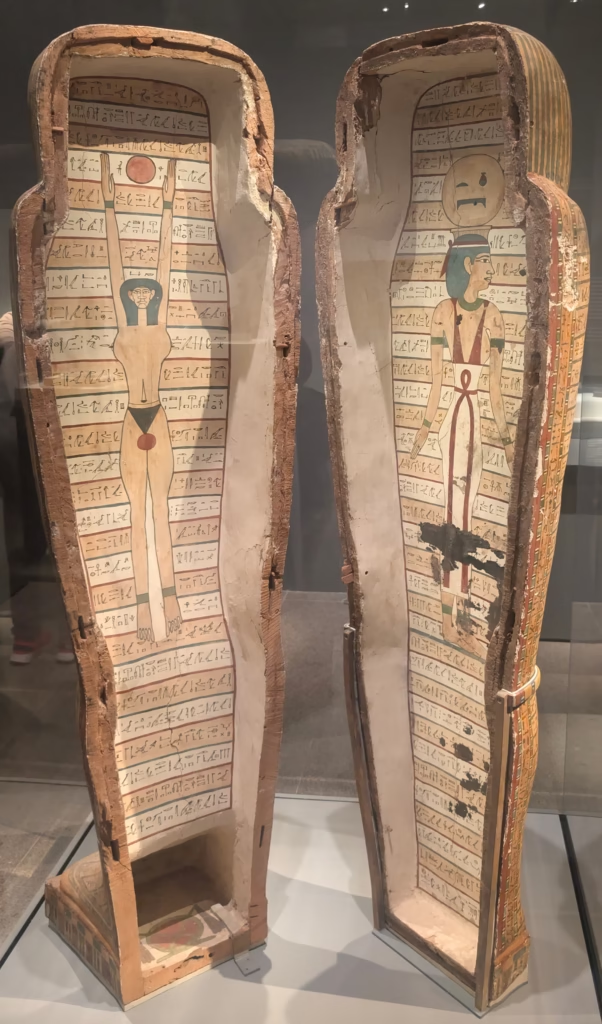
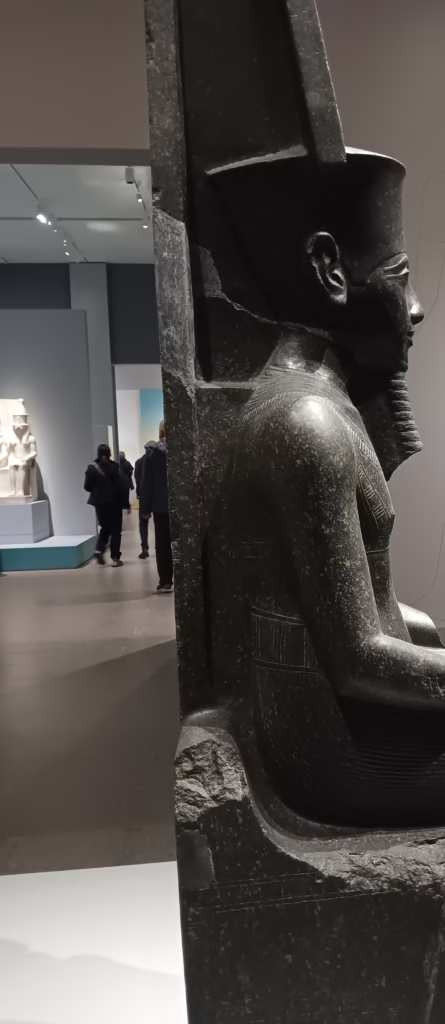
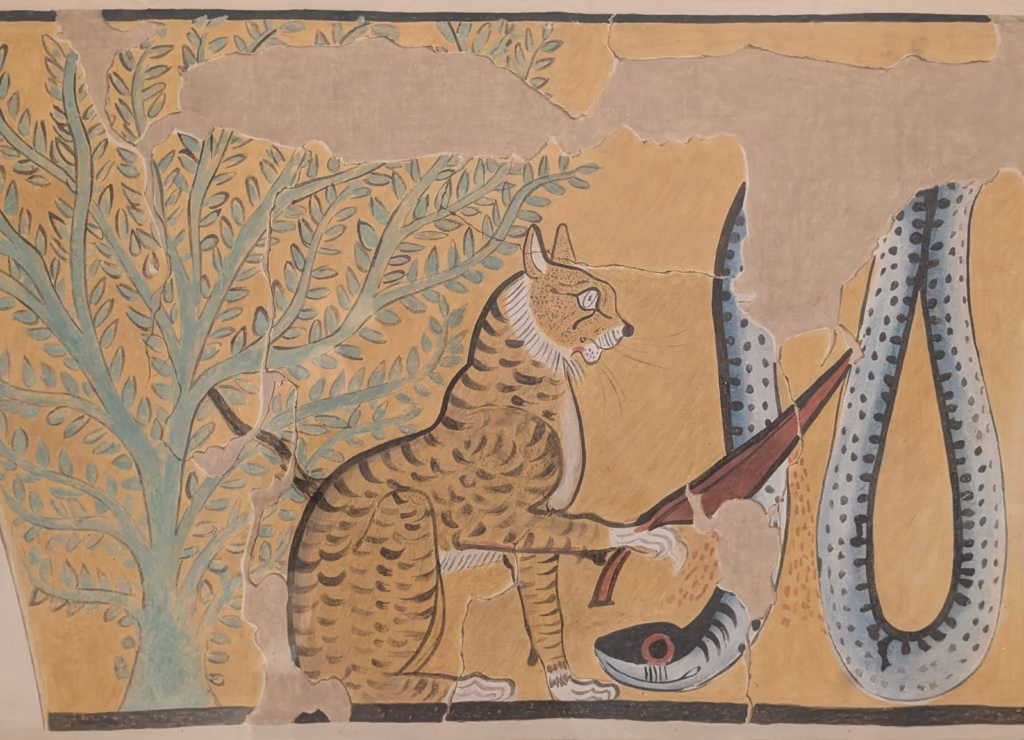


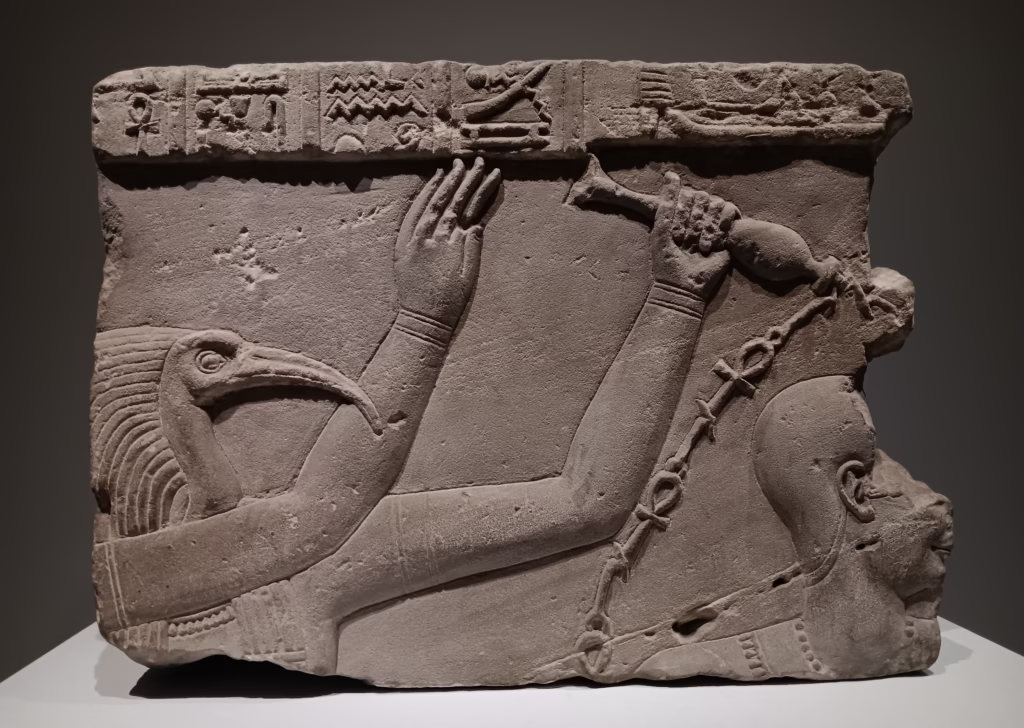
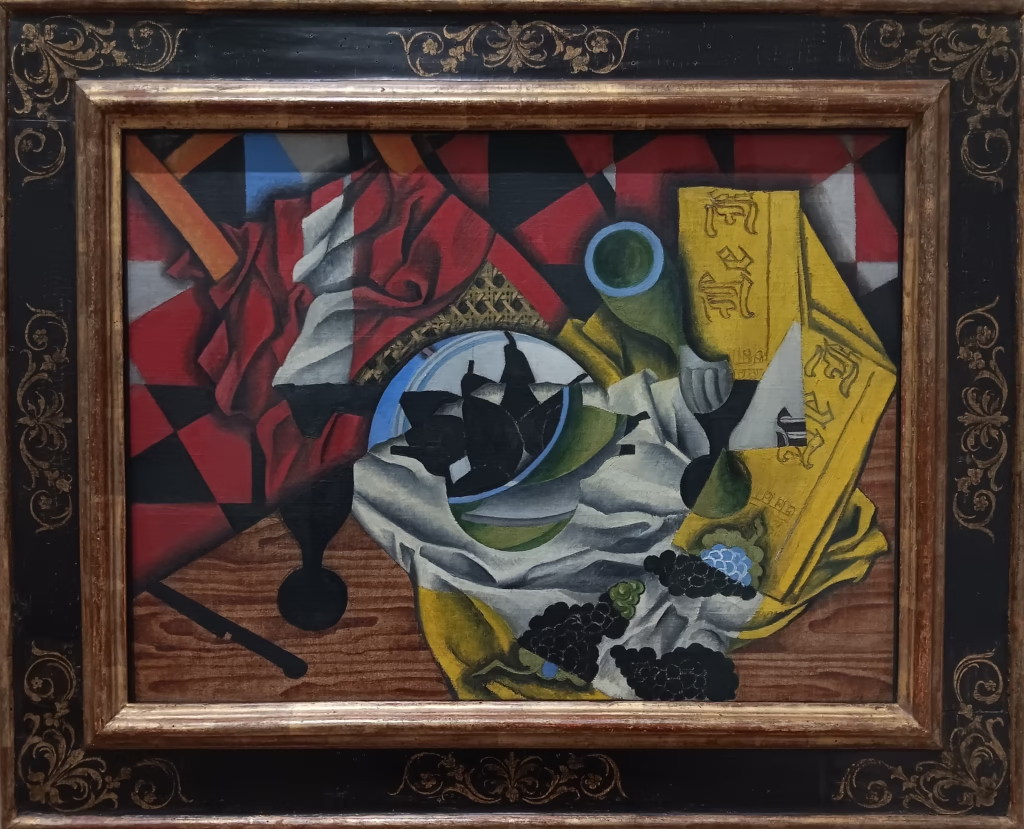

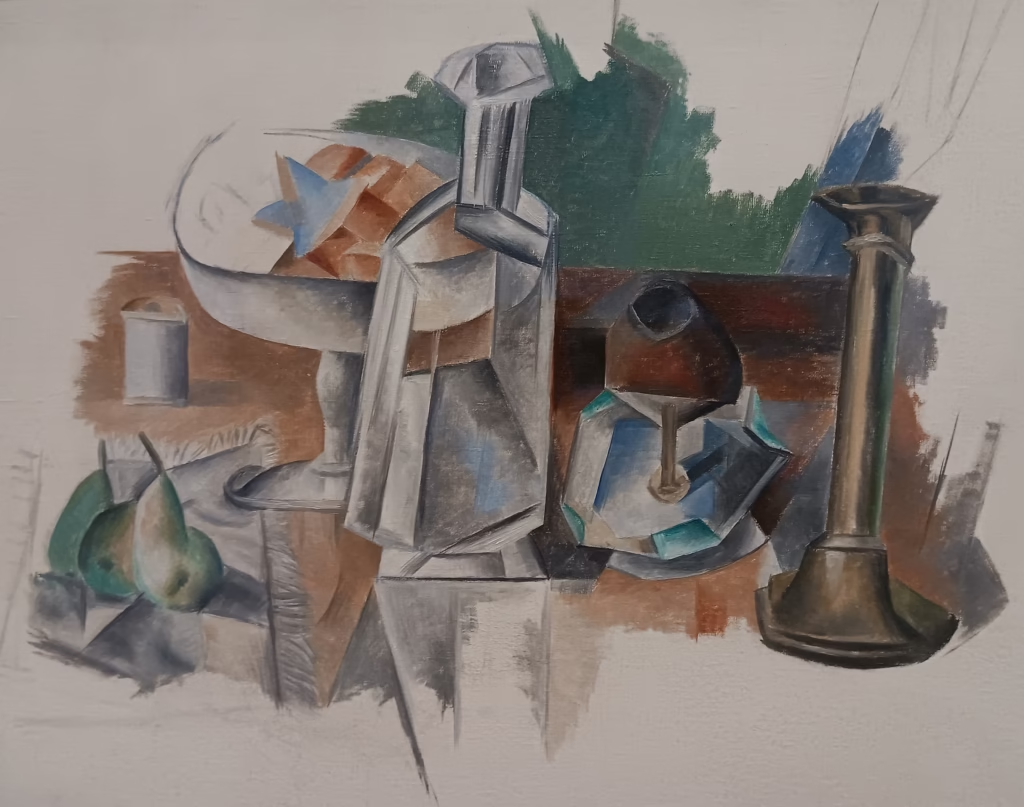
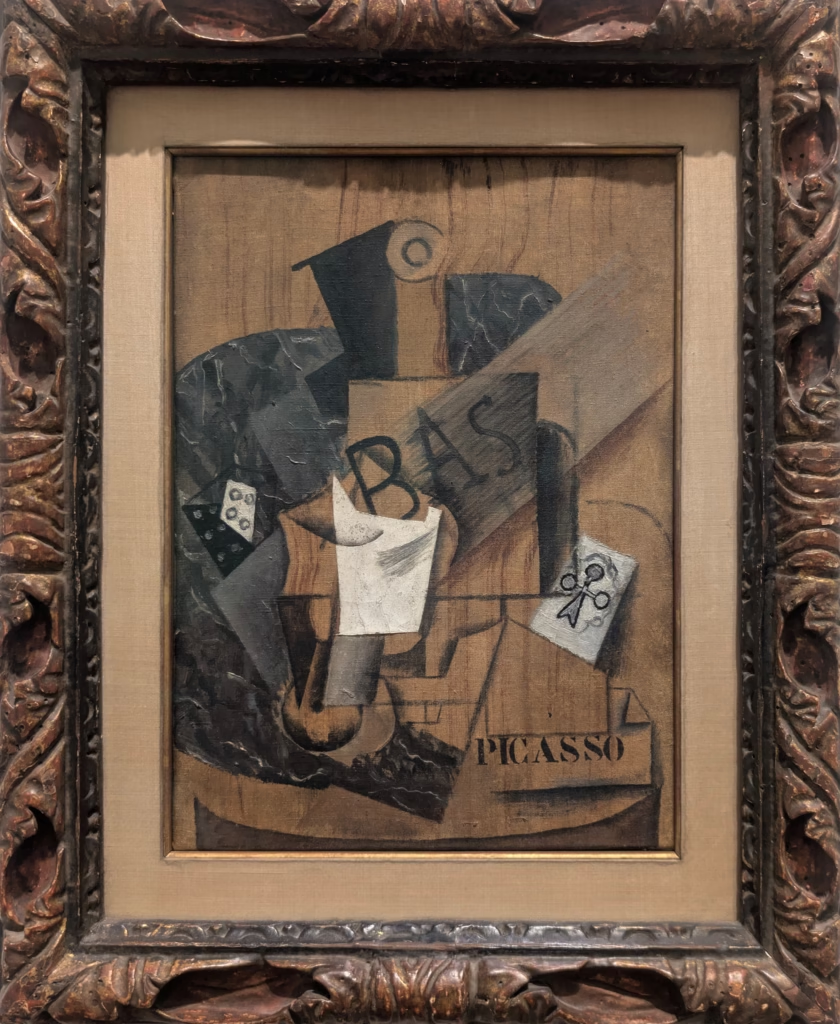
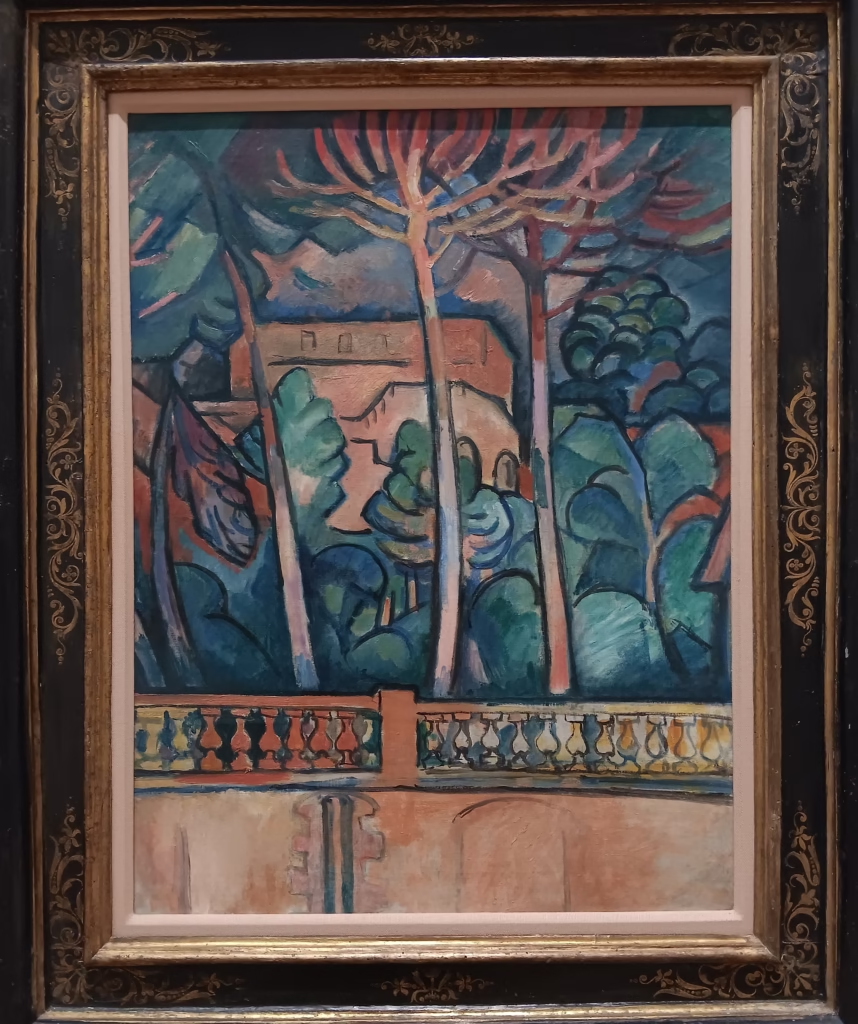
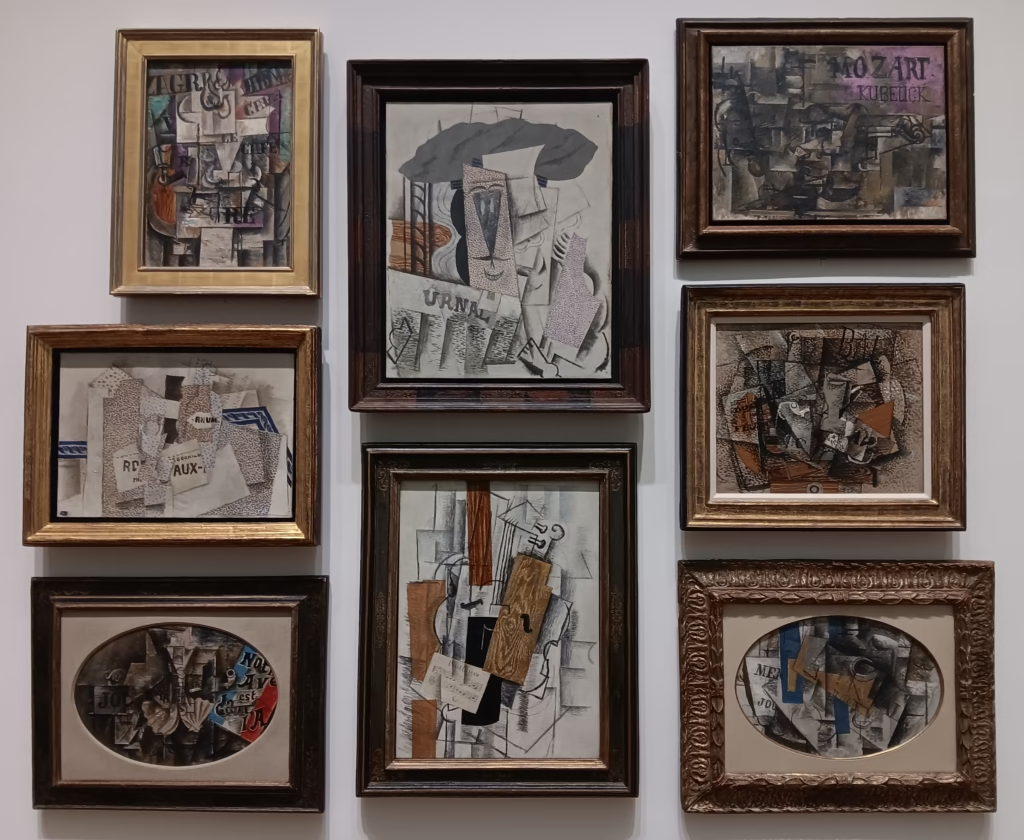
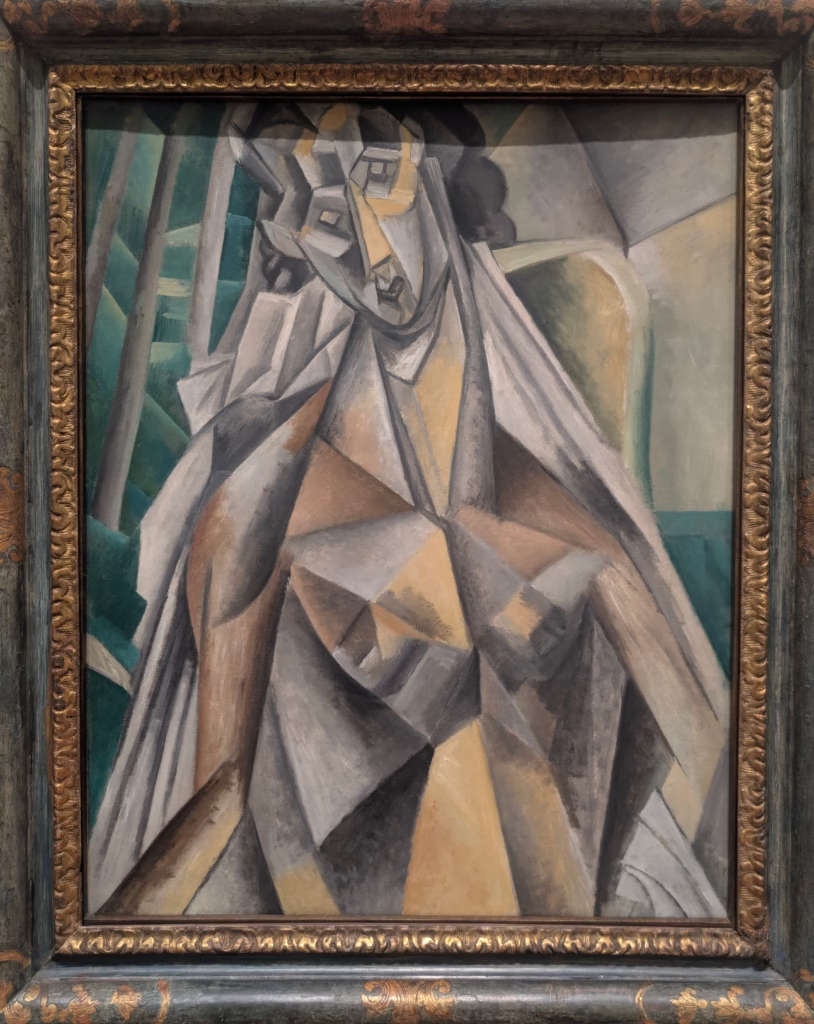

A Dramatic New Home for Modern & Contemporary Art Will Open in 2030 at the Met
Frida Escobedo, the Mexican architect, has designed a new, five-story wing to house the Met’s collection of modern art. The Tang Wing, scheduled to open in 2030, will draw inspiration from the museum’s unique setting within Central Park. For the first time in the Met’s 154-year history, views of the Manhattan skyline and the Park will be available to visitors year-round from indoor and outdoor spaces. More than 90 canvases and sculptures from this collection of Cubism will introduce museum patrons to the development of Modernist and Contemporary Art from 1900 to today when this reimagined space opens. The new wing will remain within the existing building’s footprint, yet increase gallery space by nearly 50 percent.
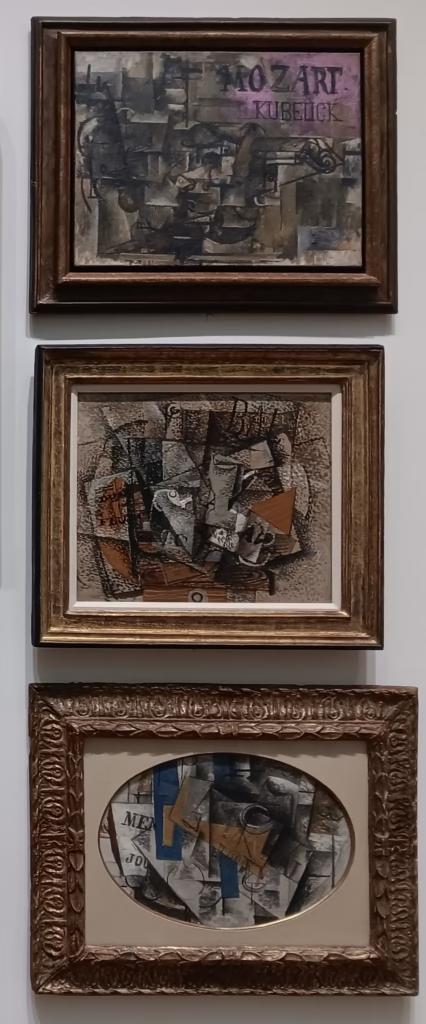
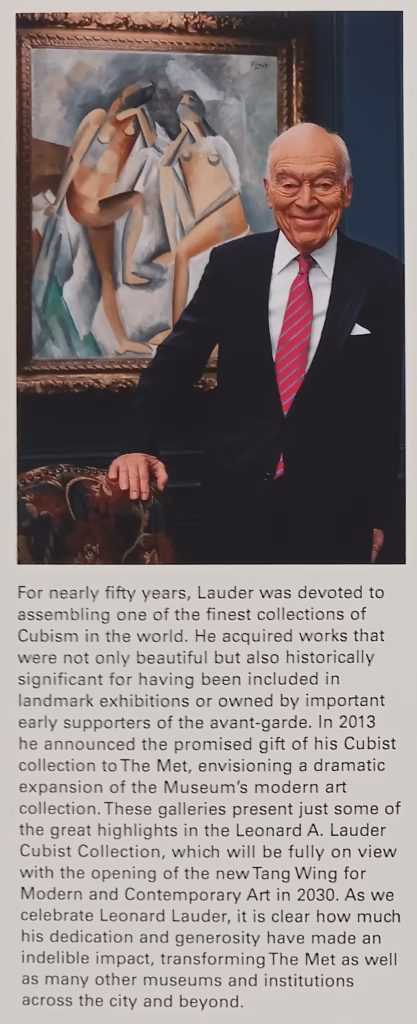
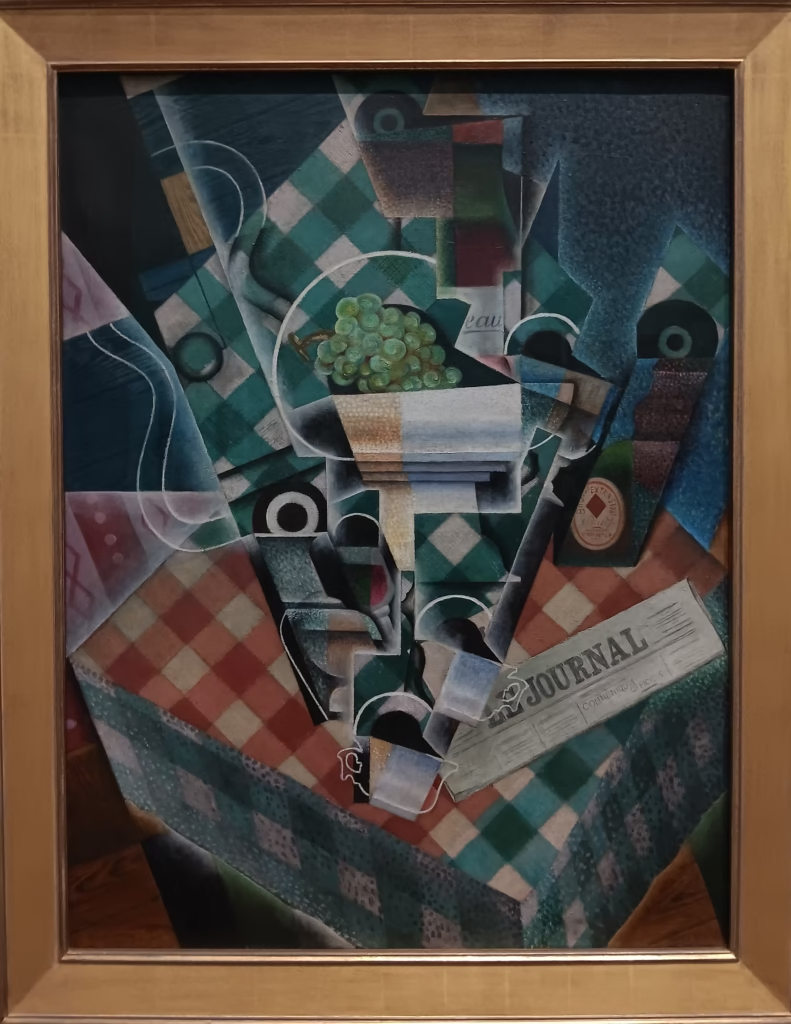
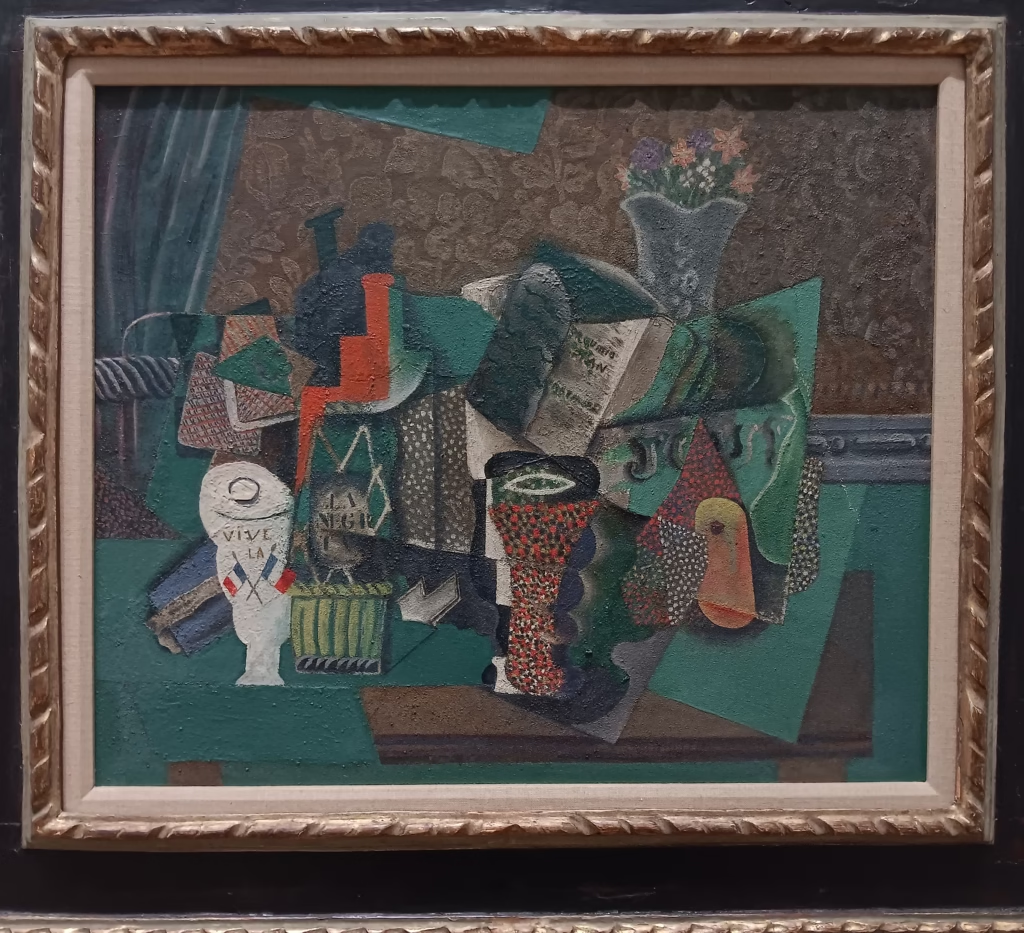
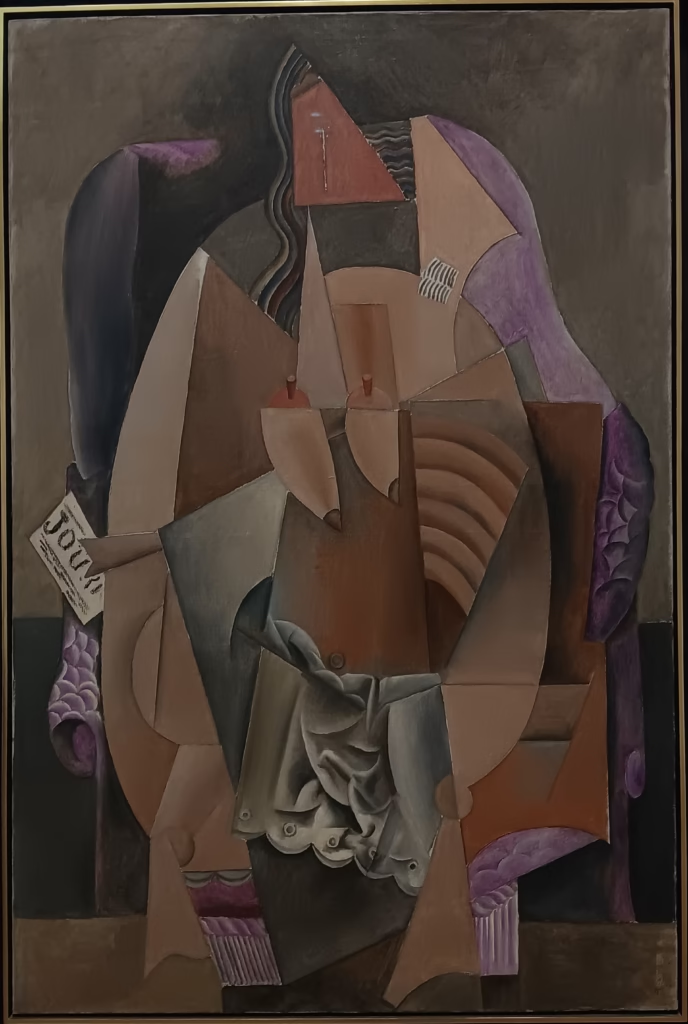
The MET Museum Has Renovated Spaces For Its Most Beloved Collections
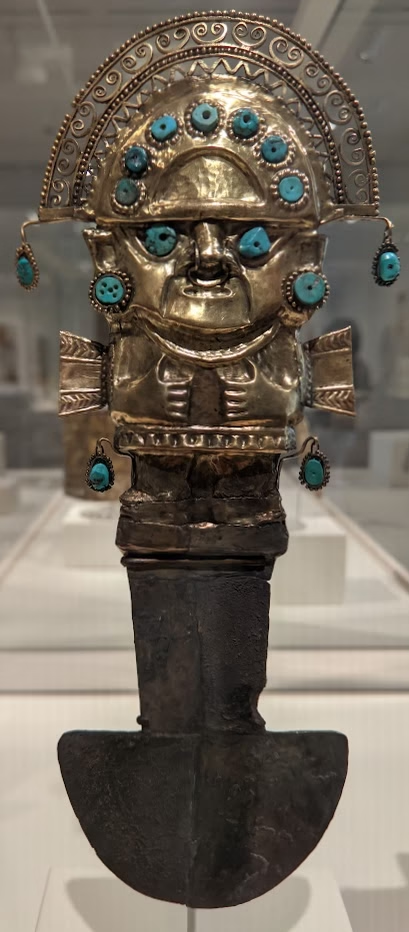
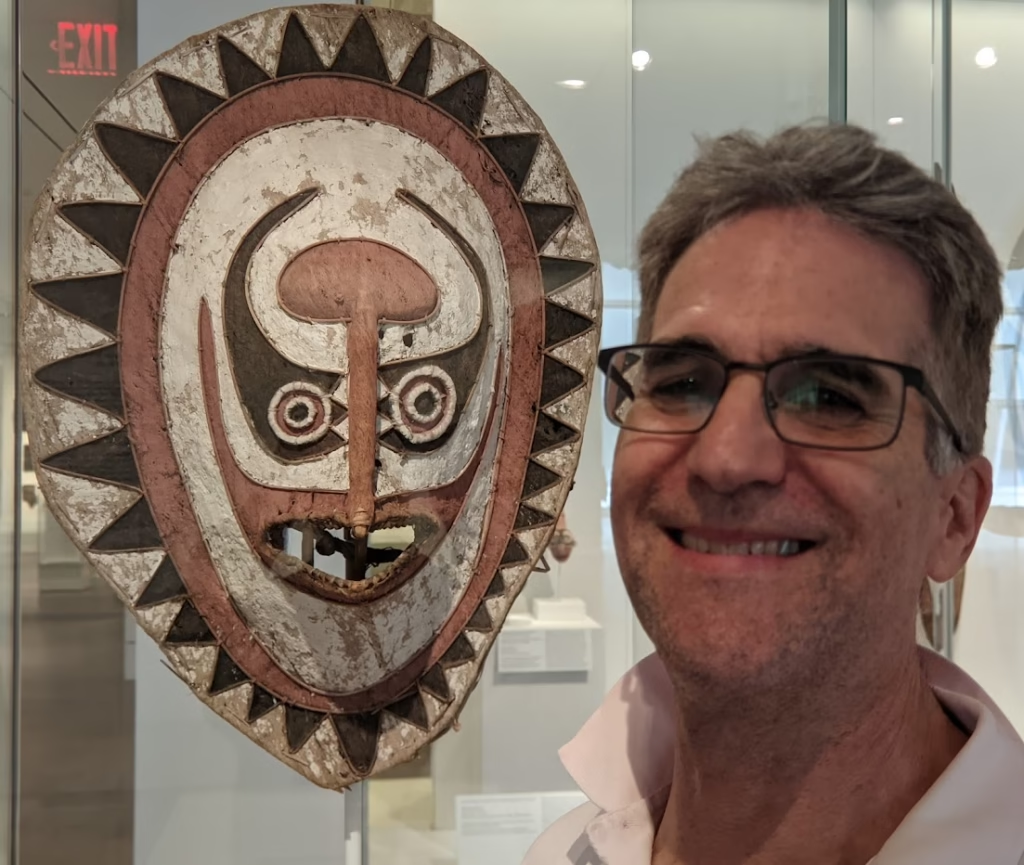
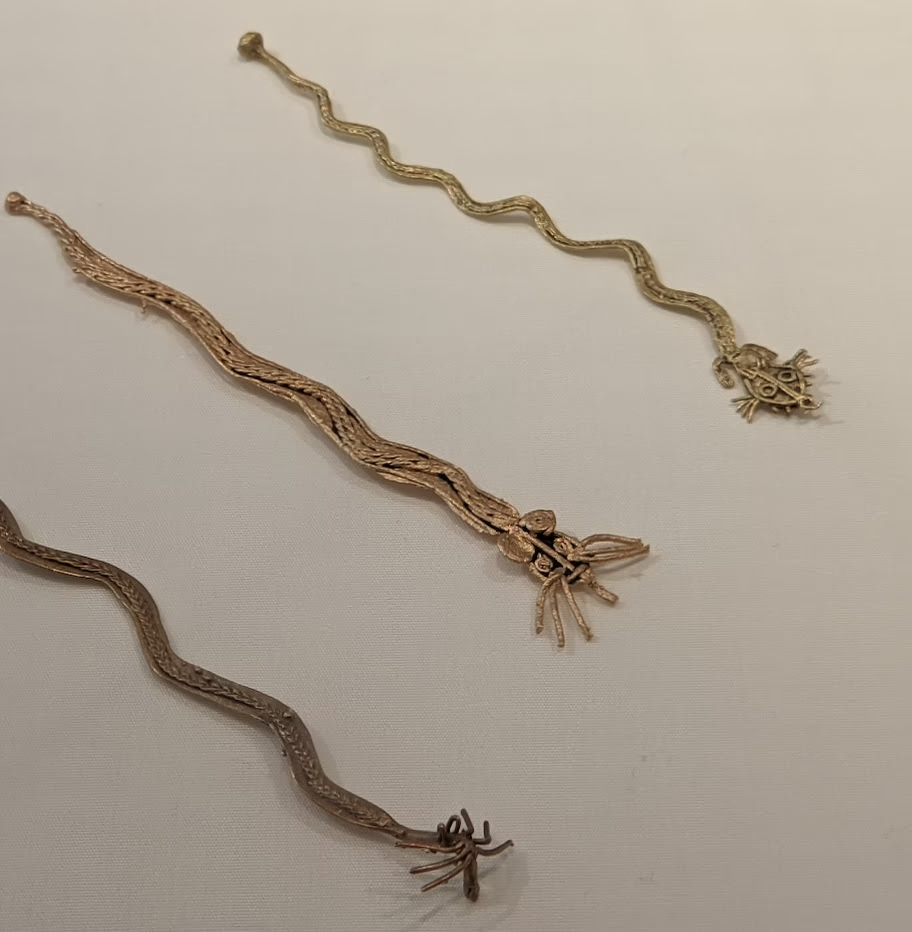
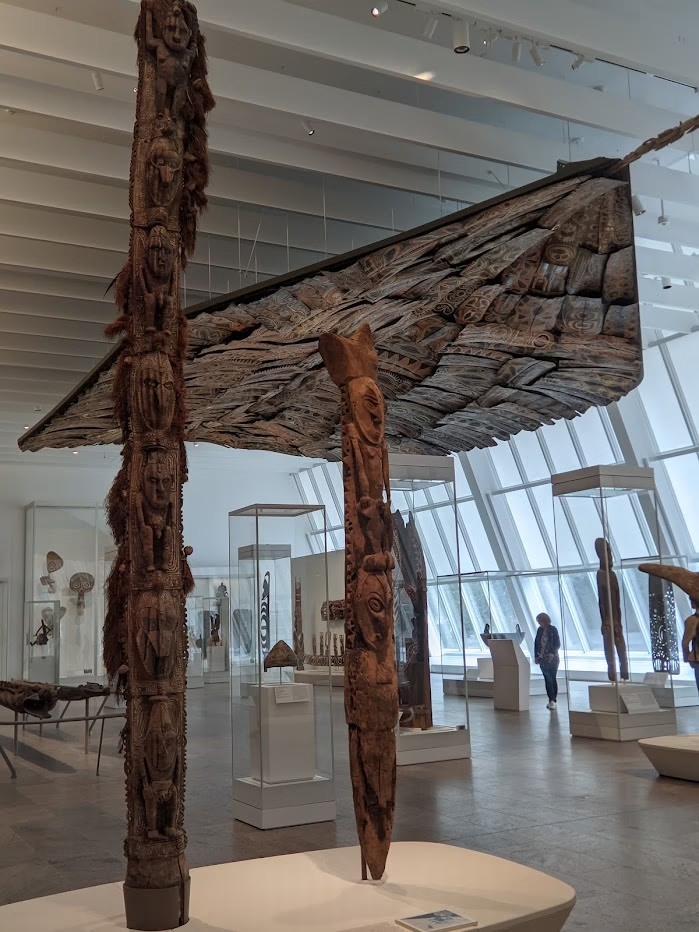
Following a multiyear renovation, the new galleries within the Michael C. Rockefeller Wing reopened in May 2025 to showcase the Met’s collection of art from Oceania, Africa and the ancient Americas.
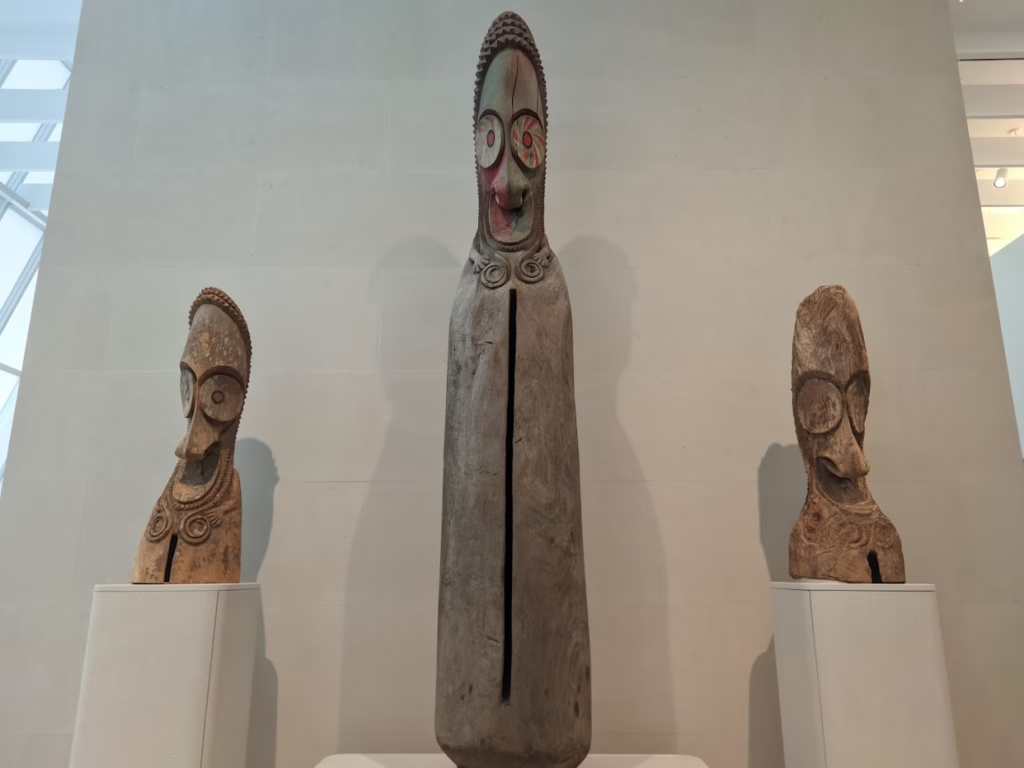
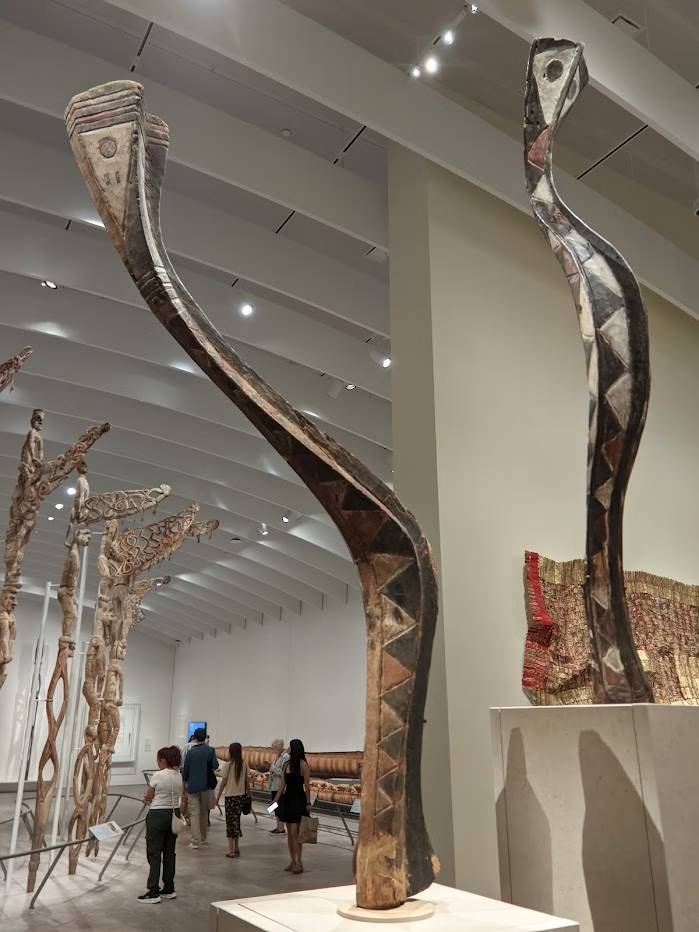
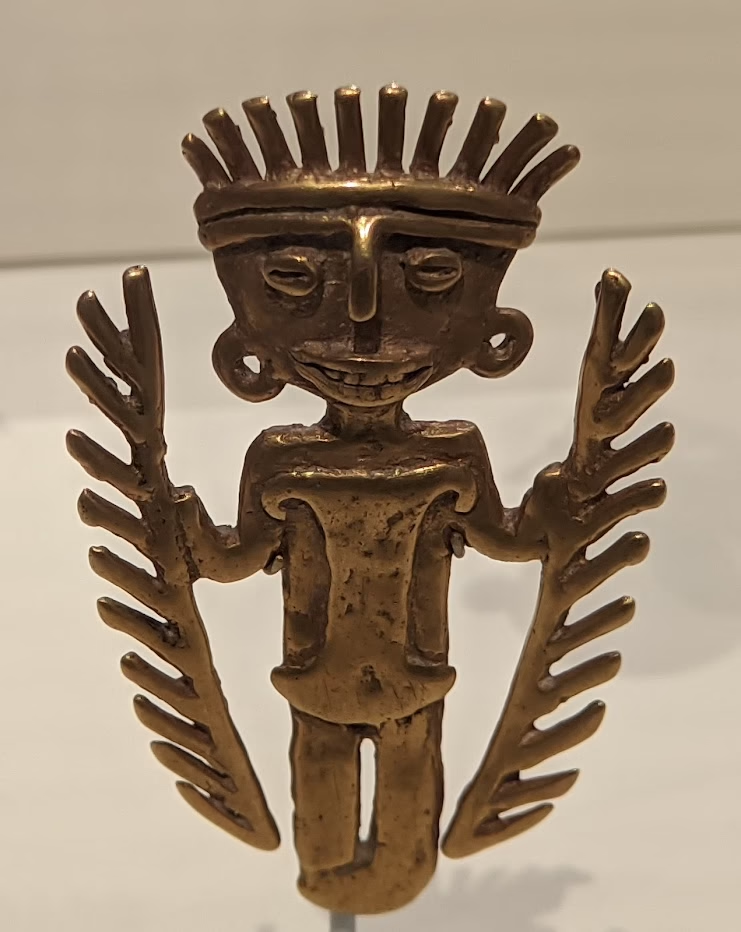
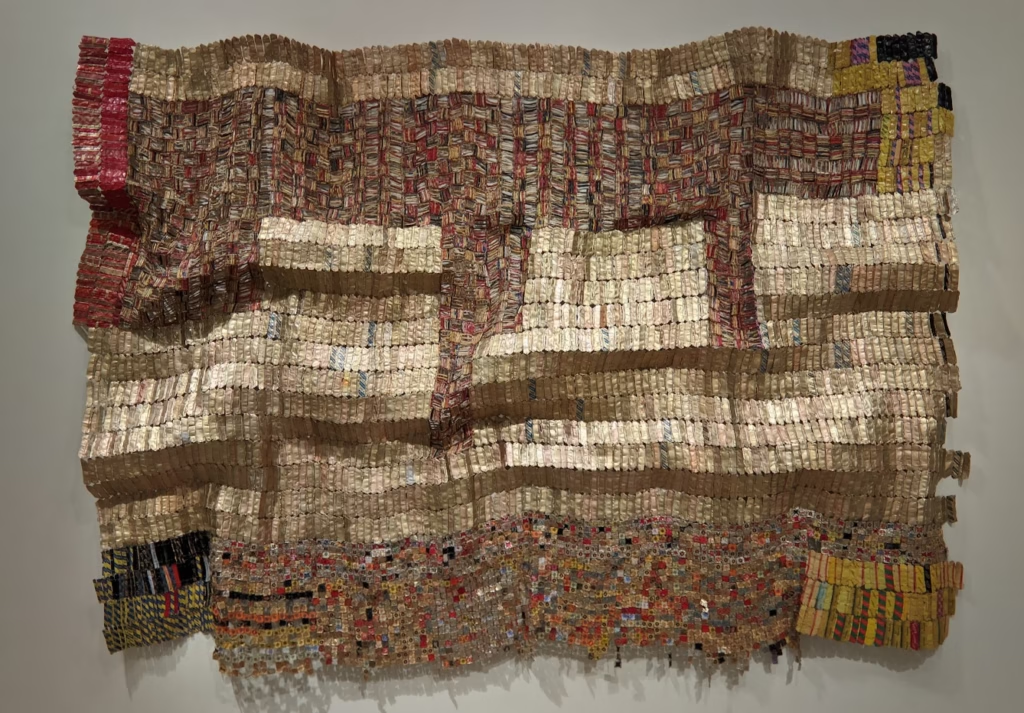
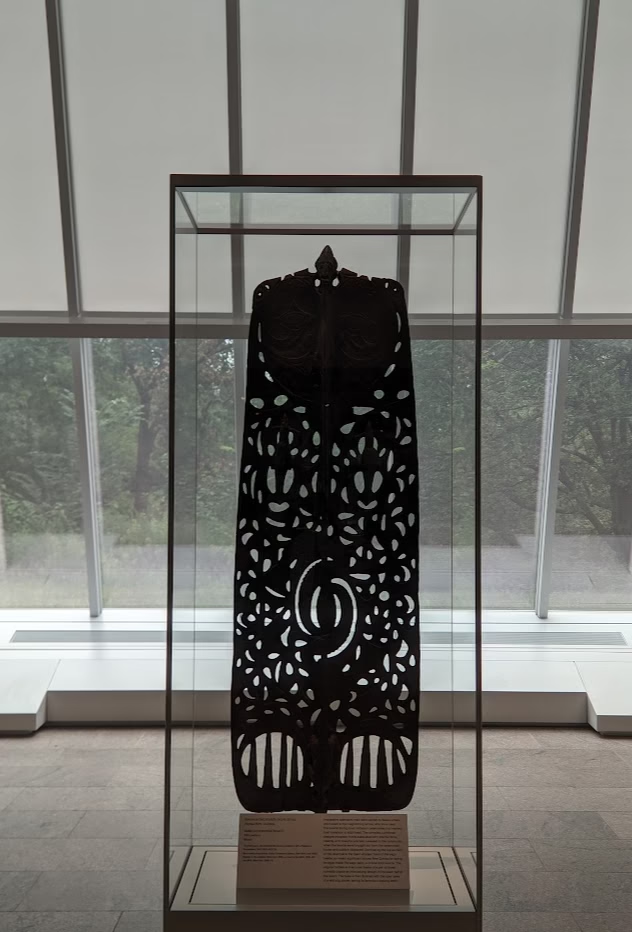
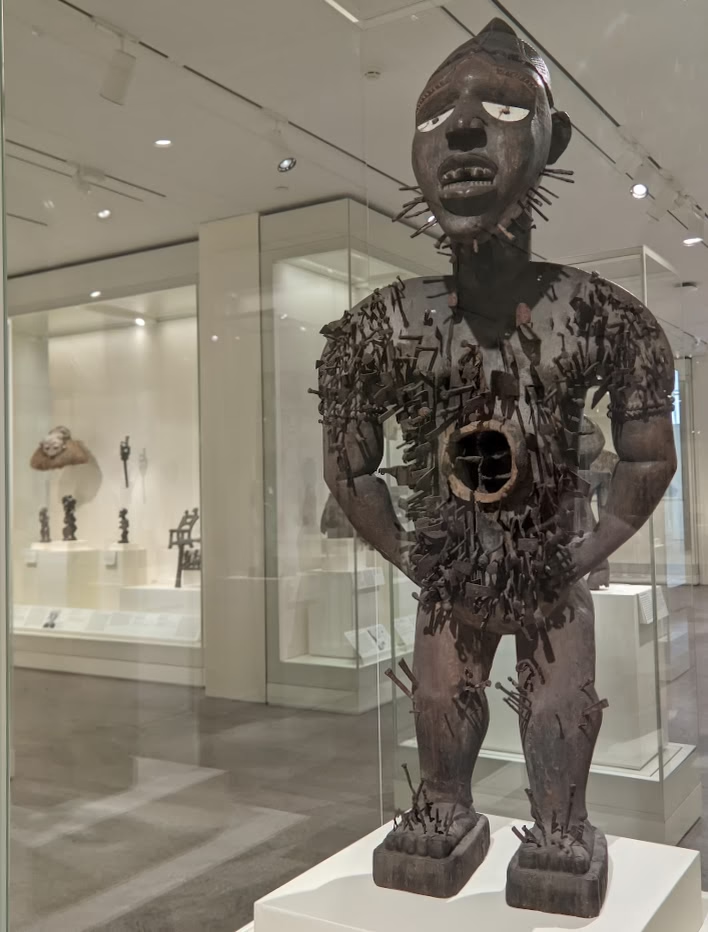

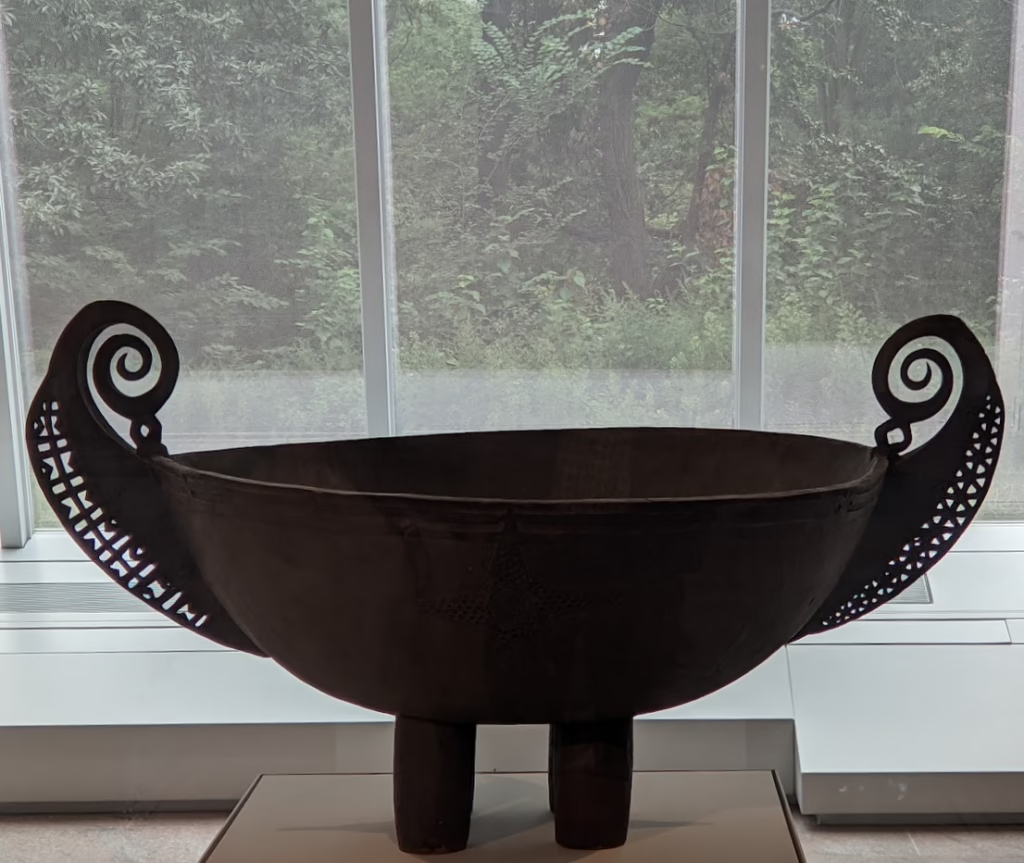
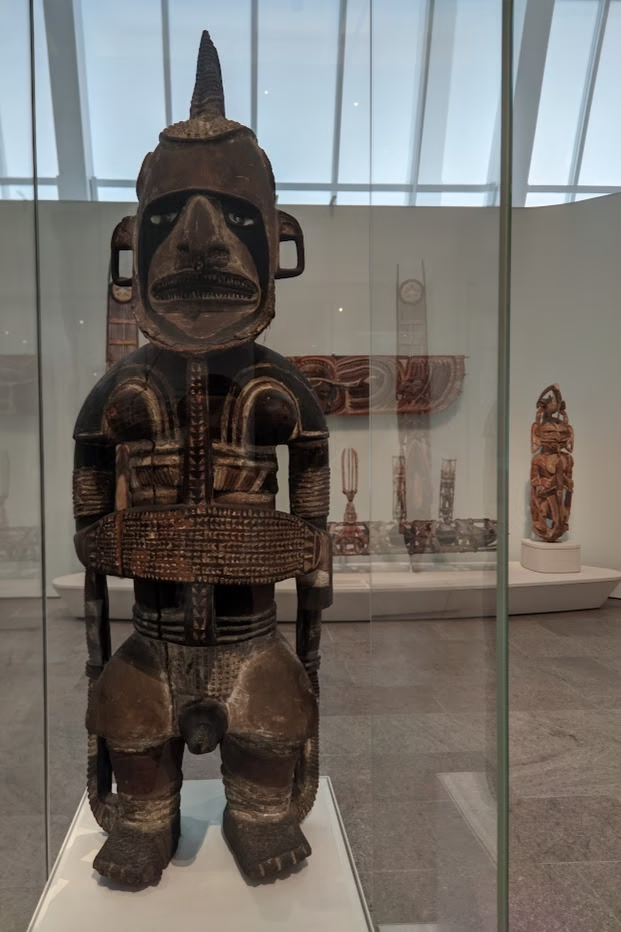
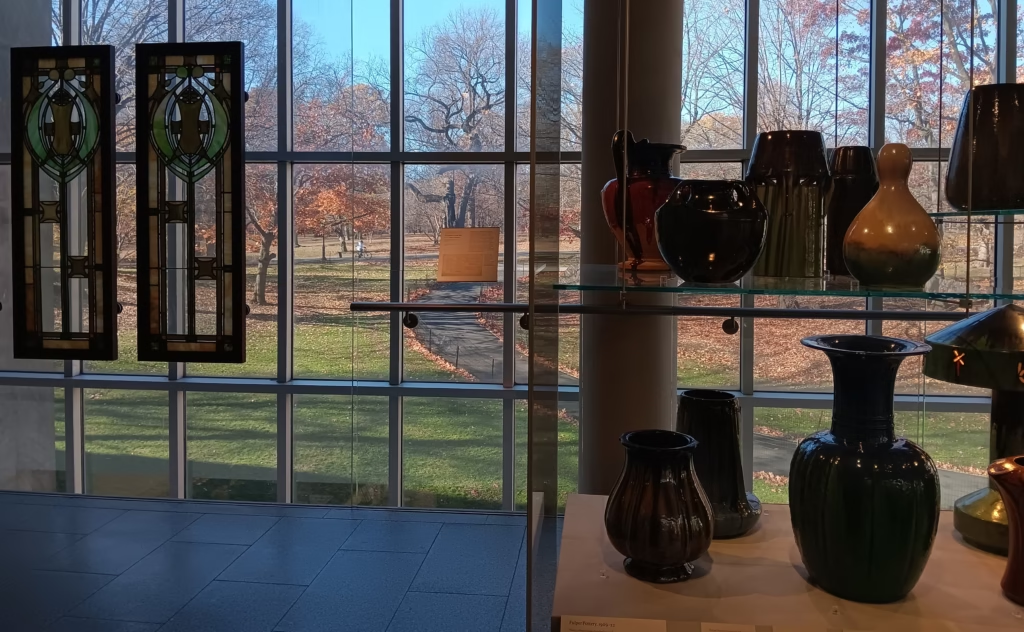
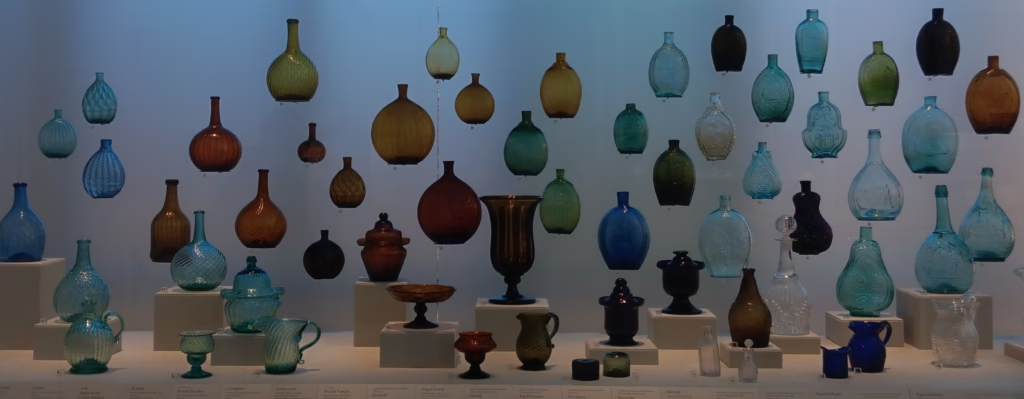
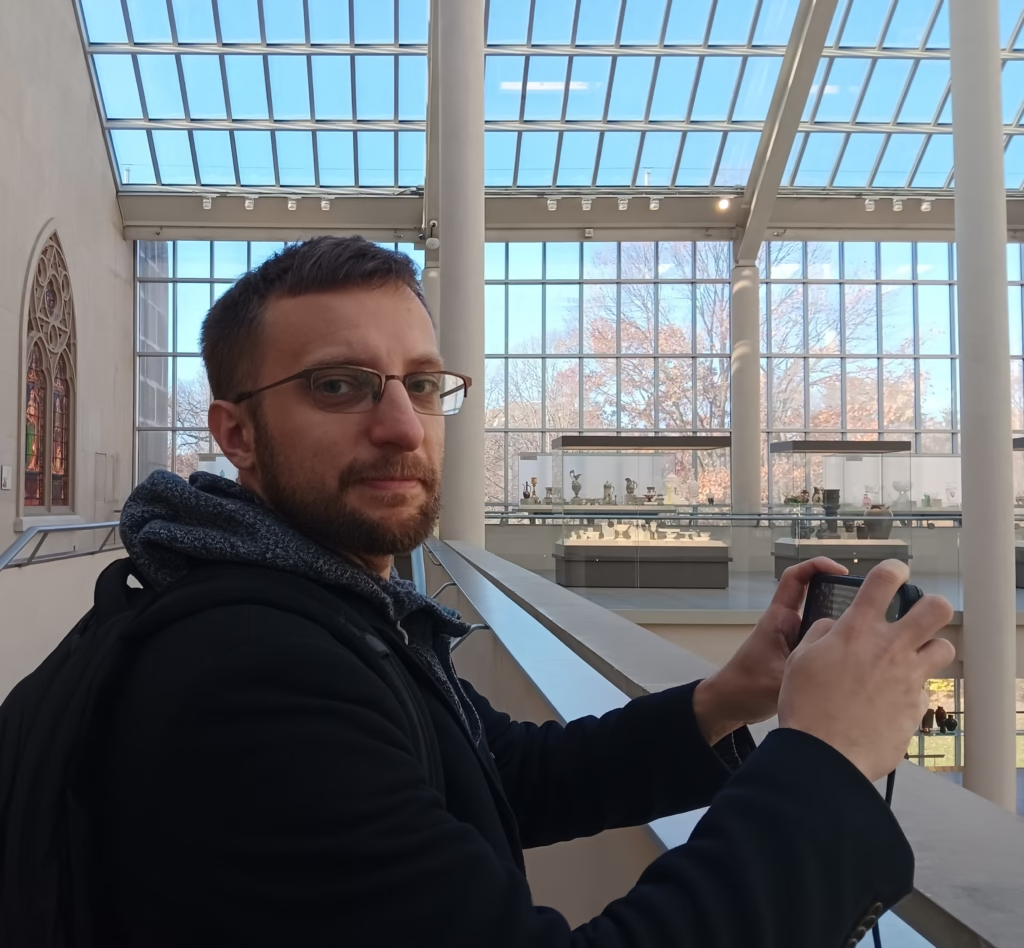
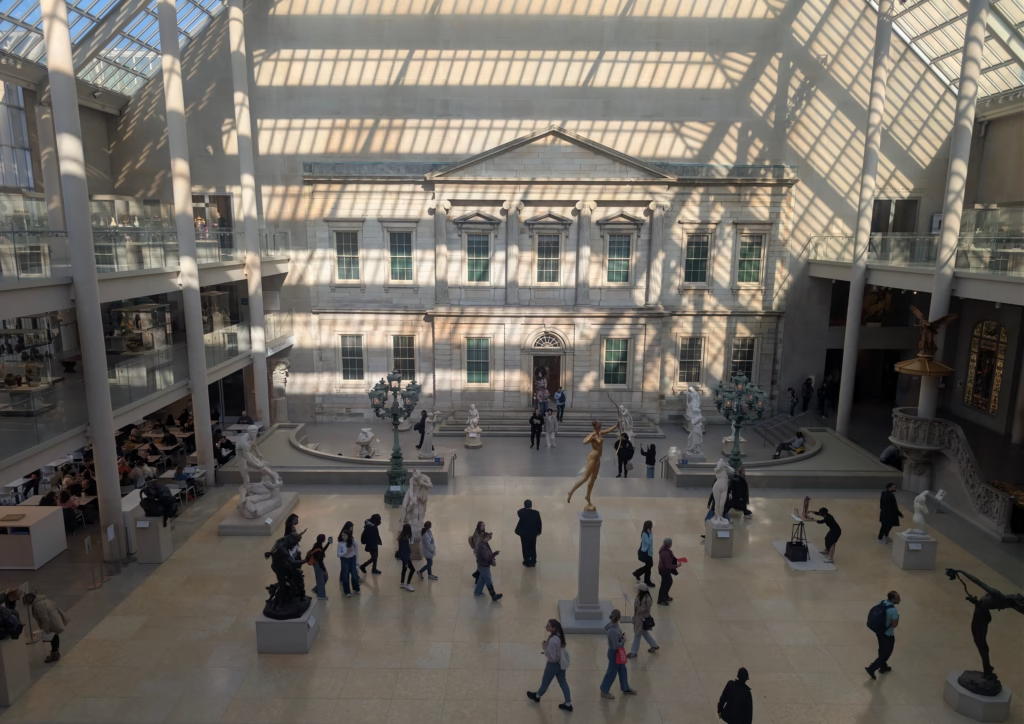
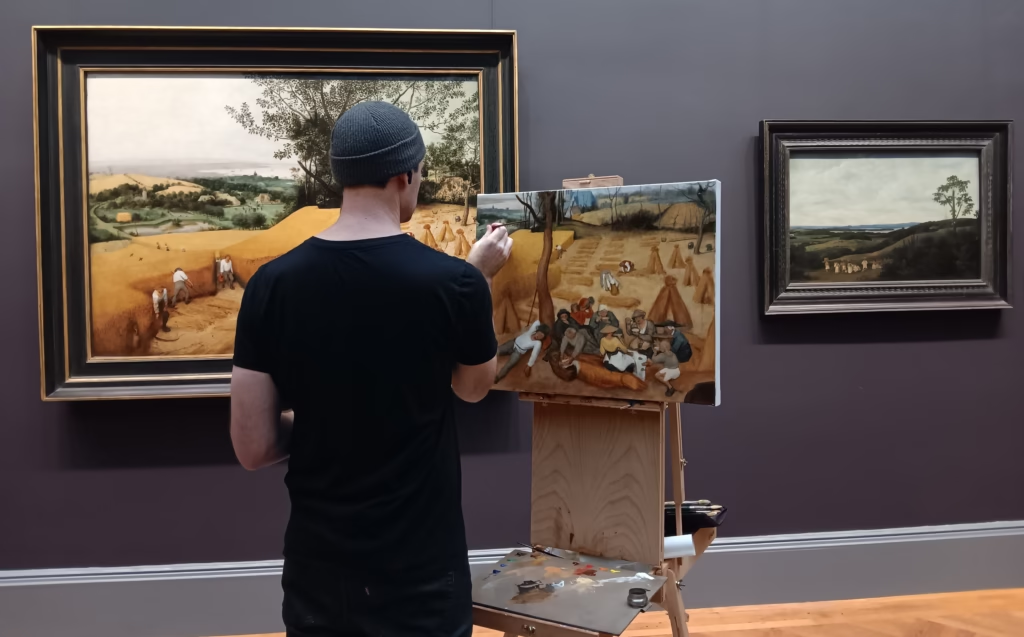
European Paintings
The Met’s celebrated European Paintings collection, encompassing 2,500+ works of art from the thirteenth through the early twentieth century reopened in November 2023 following a 5-year renovation. In addition to an outstanding display of early Italian and Northern art, the Met possesses one of the world’s foremost collections of seventeenth-century Dutch and Flemish paintings, including outstanding works by Frans Hals, Rembrandt, Johannes Vermeer, Peter Paul Rubens, and Anthony van Dyck. The Museum’s holdings of El Greco and Goya are arguably the finest outside of Spain, and its galleries of nineteenth-century French paintings provide one major reason why United States museums are considered second only to the museums of Paris for appreciating art created in France. Highlights from the Met’s collection appear at the end of this article beneath the heading “European Paintings 1300 — 1800.” If you are going to visit one museum in New York City, it is best to come to the Met.
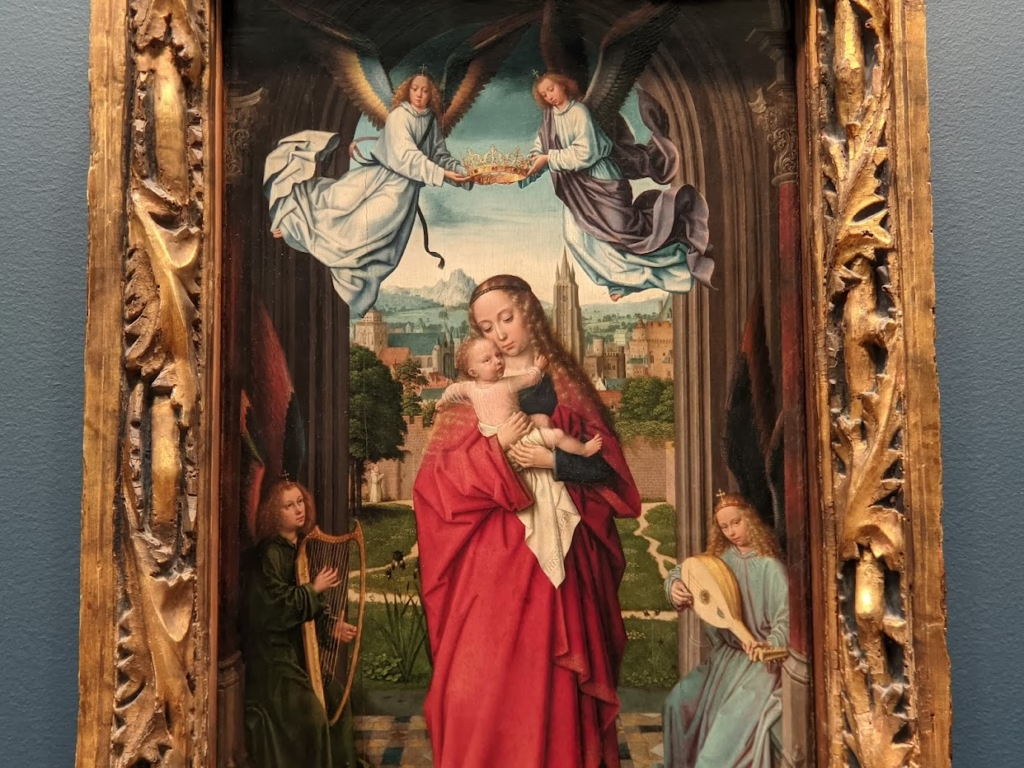
Medieval Art at The Met Cloisters
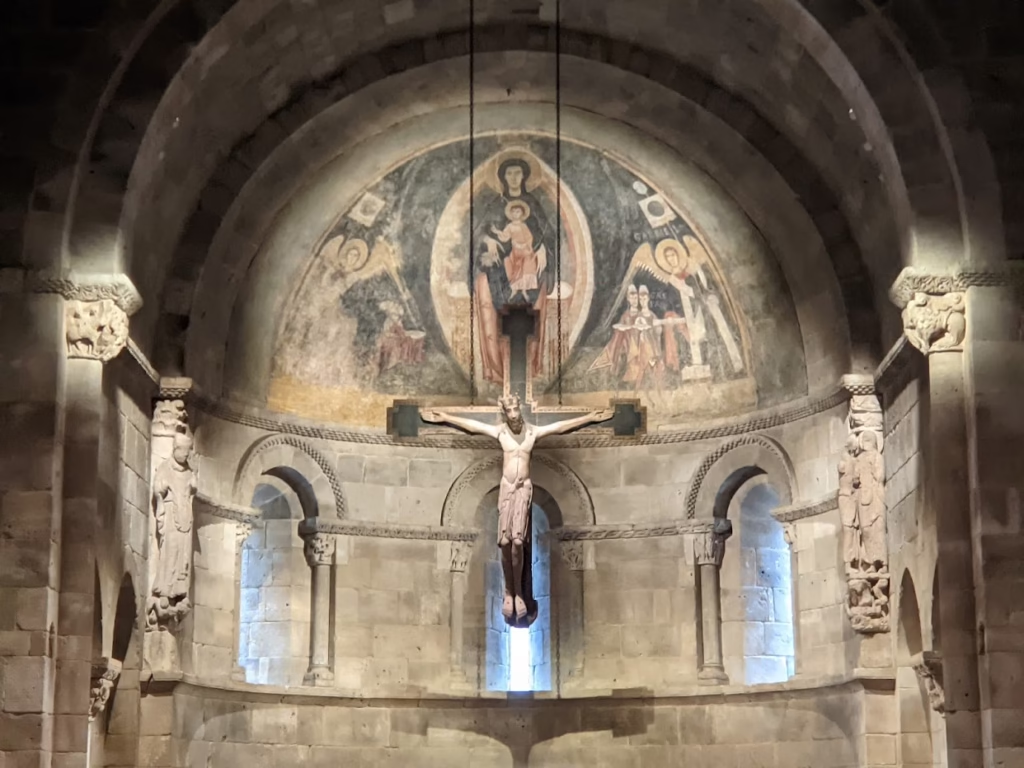

The Met Cloisters is a museum on the Upper West corner of Manhattan, located about 8 miles (over 12 kilometers) from the Metropolitan Museum of Art on Fifth Avenue. The Cloisters holds about 5,000 works of art and architecture, all European, dating primarily from the Byzantine and early Renaissance periods and created mainly during the 12th-15th centuries.
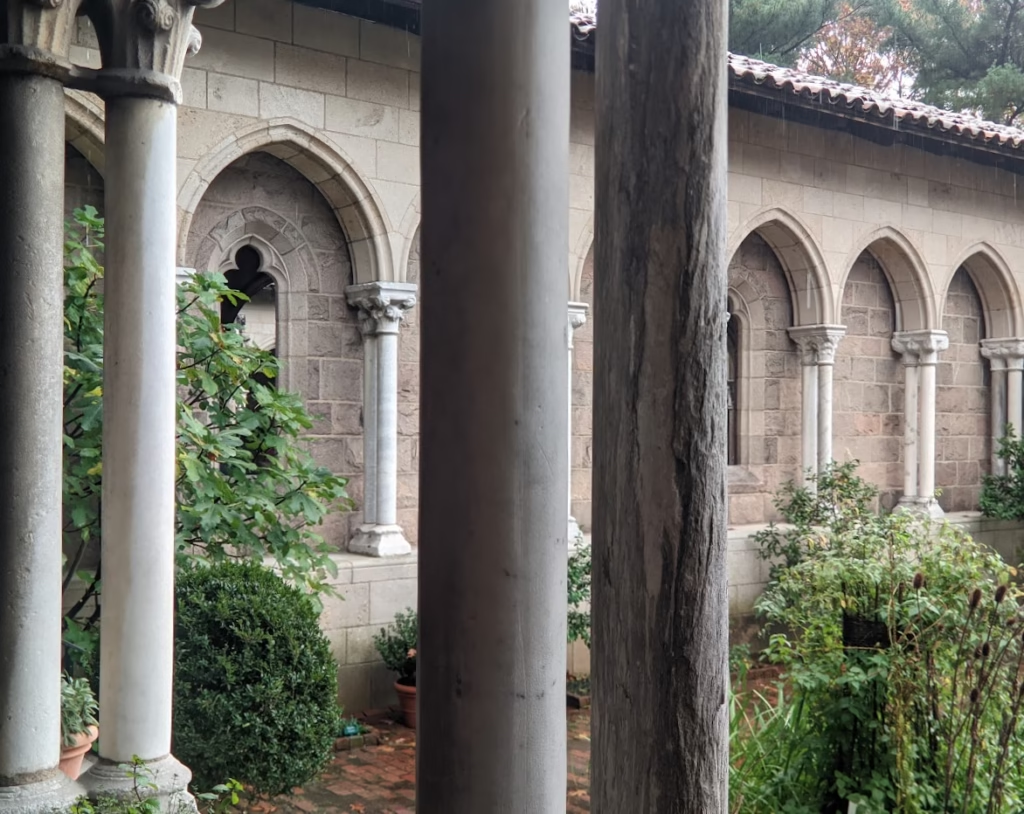
These buildings are centered around four cloisters — the Cuxa, Saint-Guilhem, Bonnefont, and Trie-sur-Baïse — that were acquired by an American sculptor in France before 1913, moved to New York City, and reassembled. The Cloisters opened as a museum in 1938, containing medieval gardens and a series of chapels dedicated to medieval art and architecture, with a focus on the Romanesque and Gothic periods.
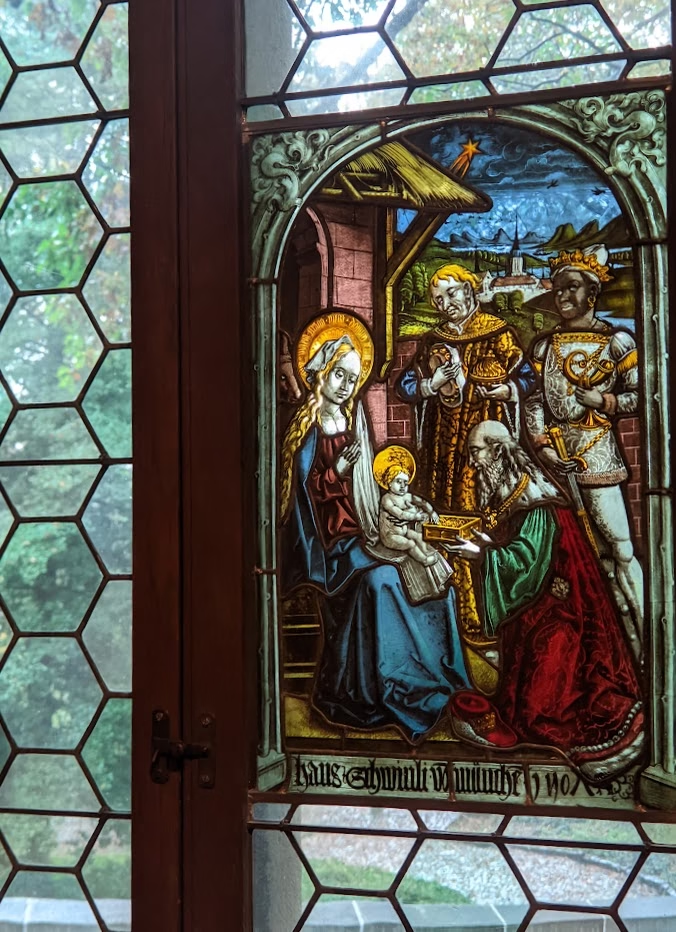
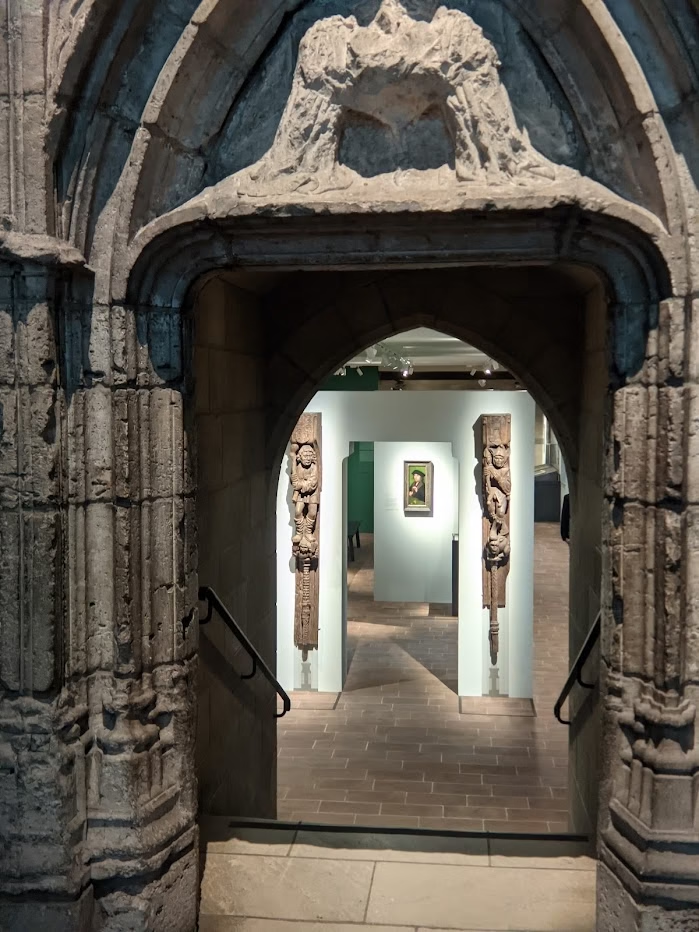
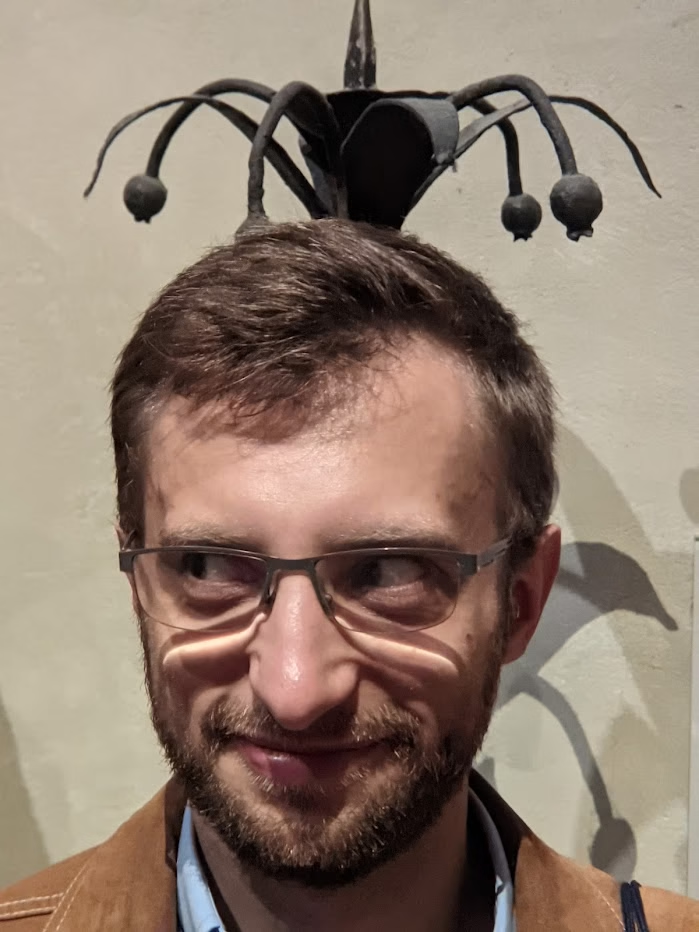

Architectural elements from the four abbeys in France and Catalunya were disassembled stone-by-stone before being shipped to New York, then reconstructed and integrated into a cohesive whole over a five-year period. John D. Rockefeller, Jr. purchased the collection for the Met Museum and later donated around 700 acres of land (clifftops) across the river, known as the Palisades in the State of New Jersey, to preserve the terrain and the views from future development.
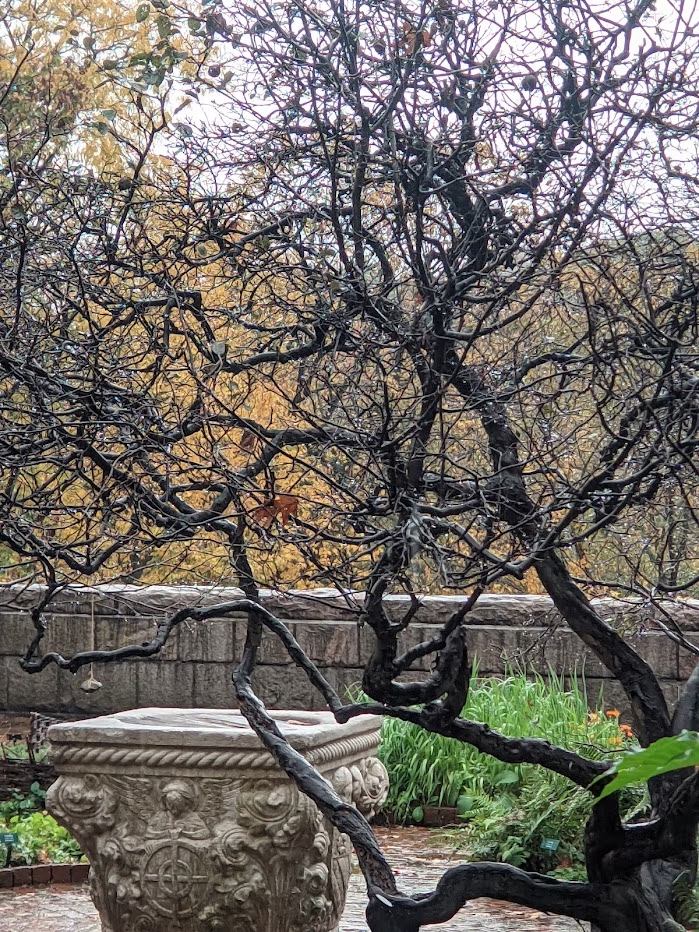
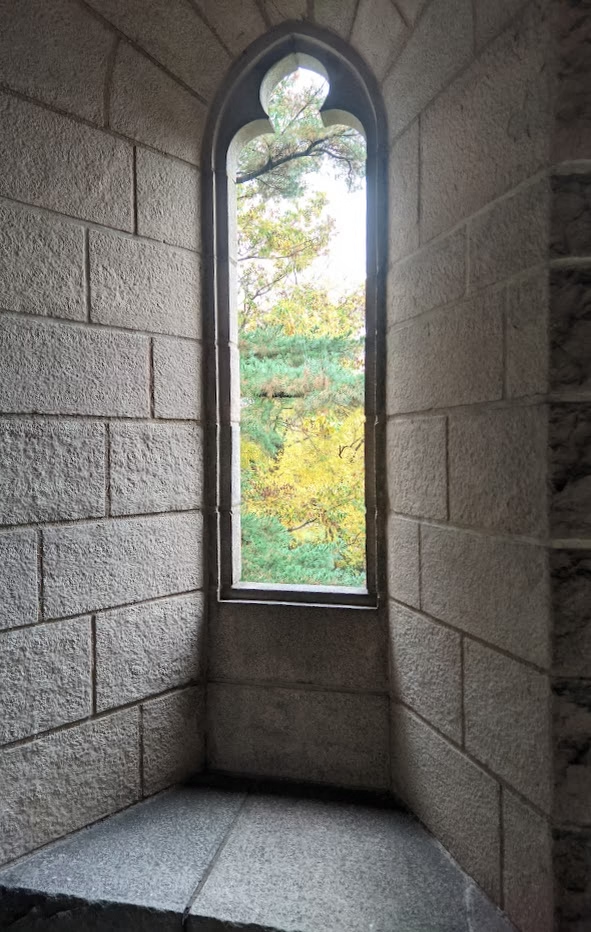
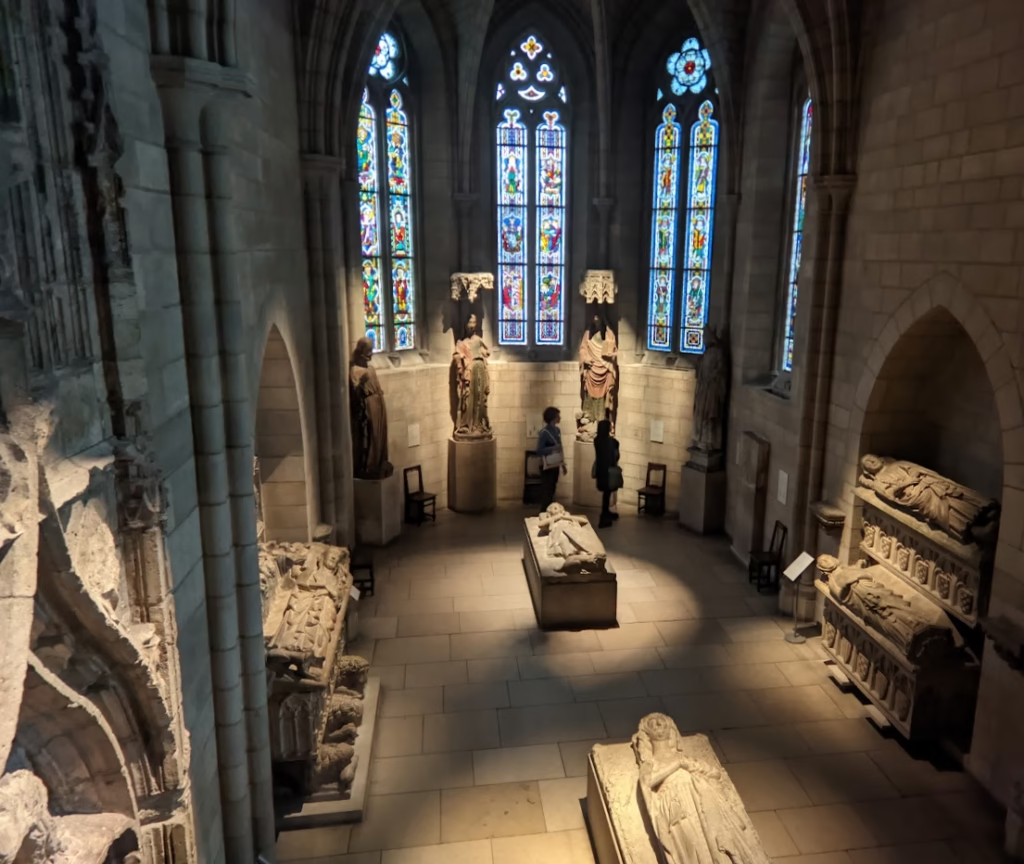
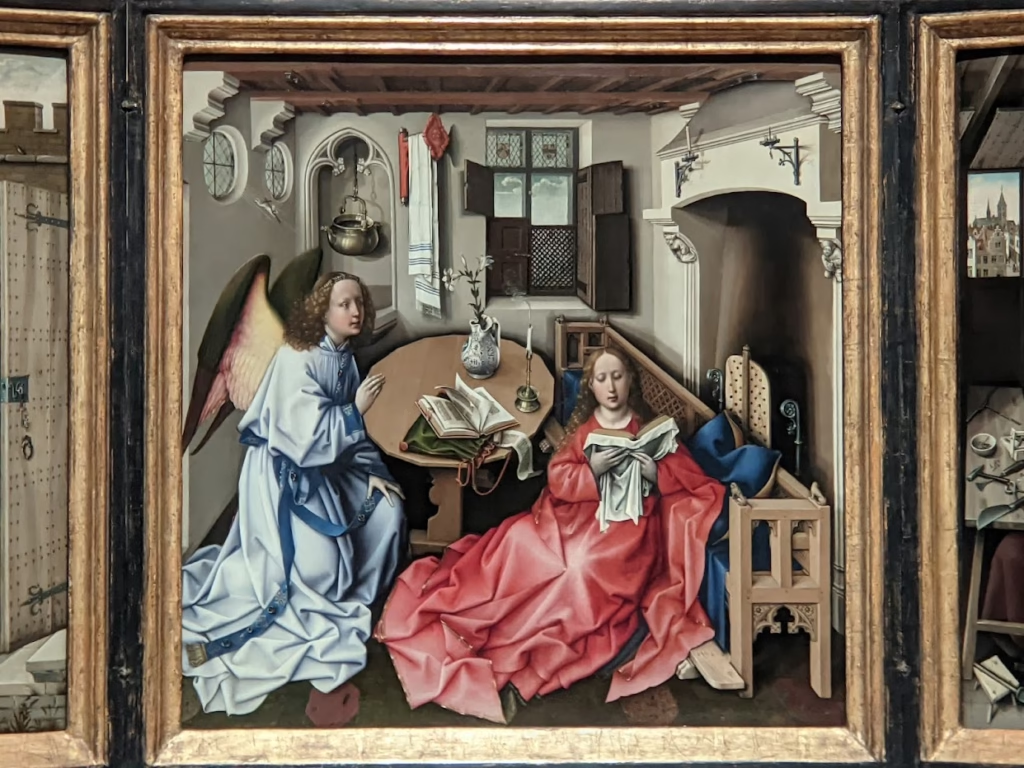
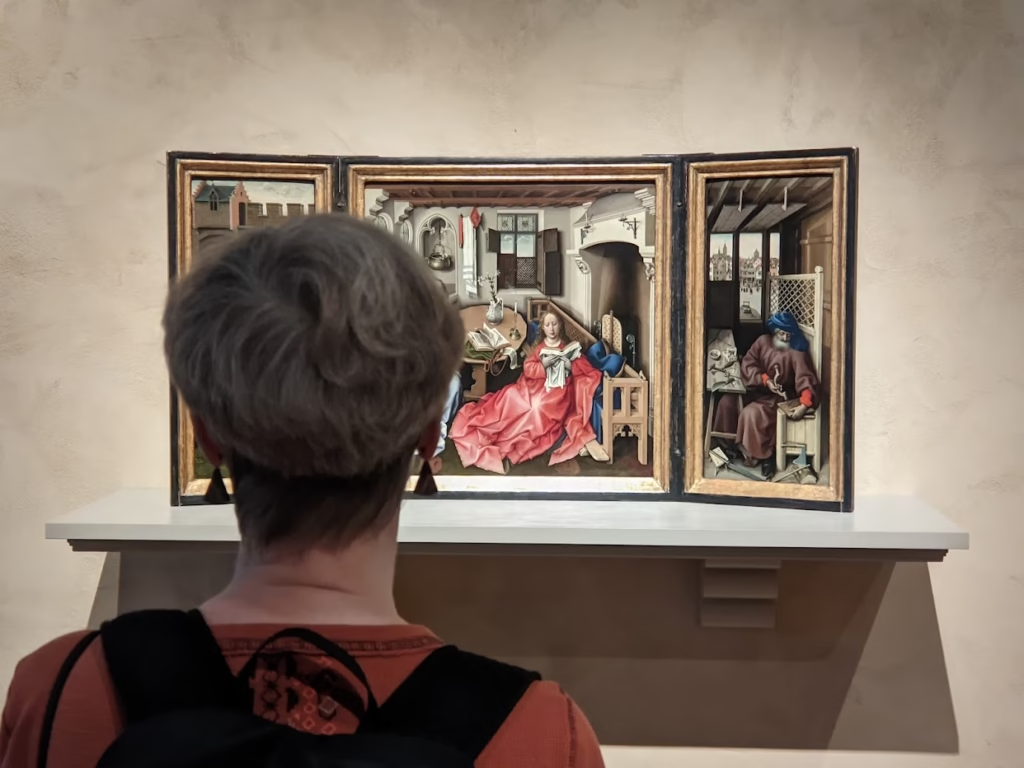
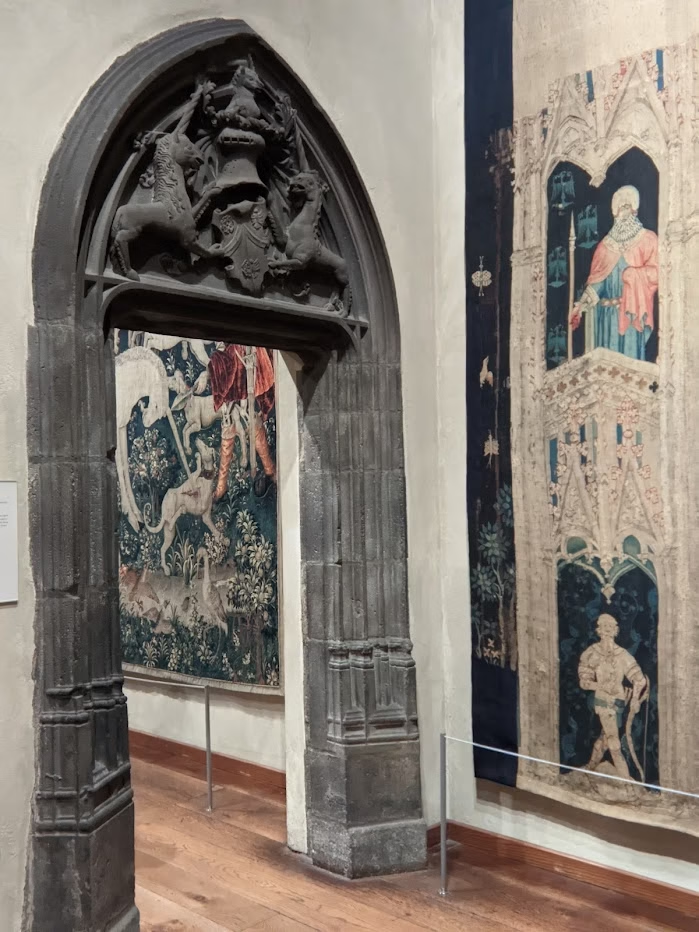
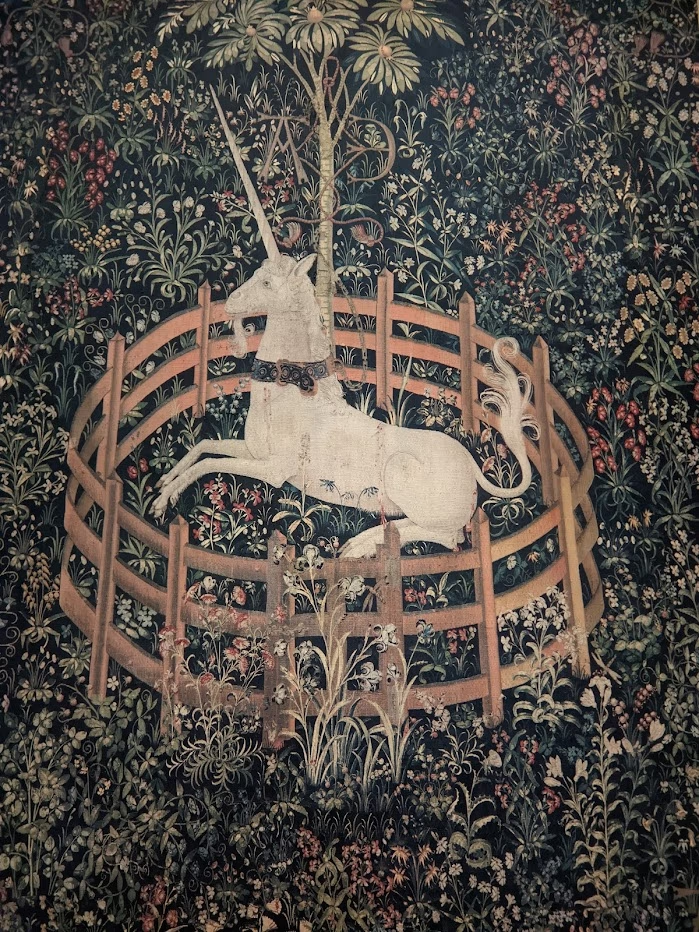

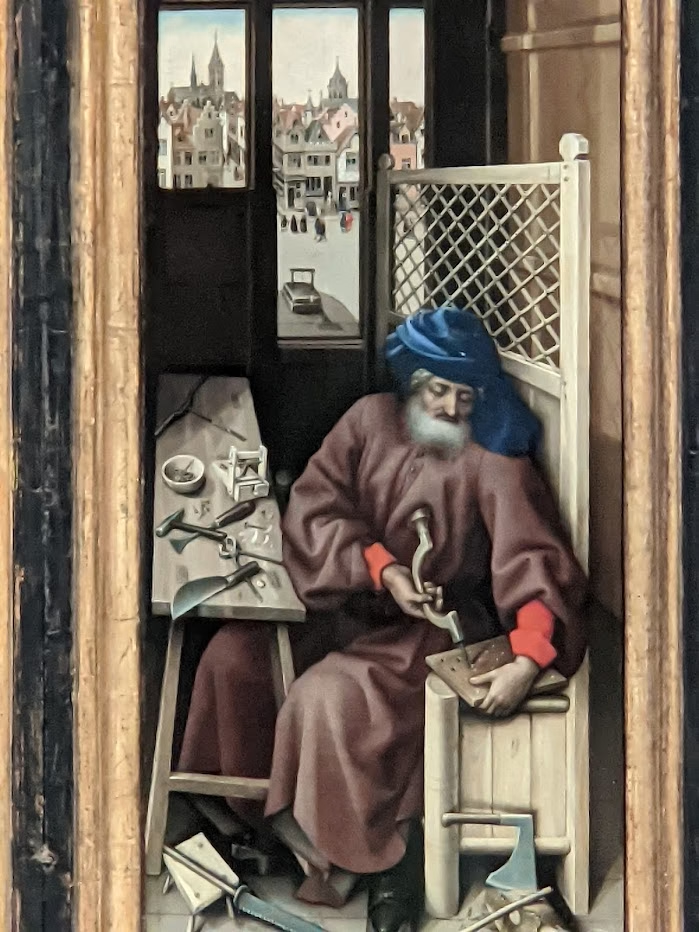
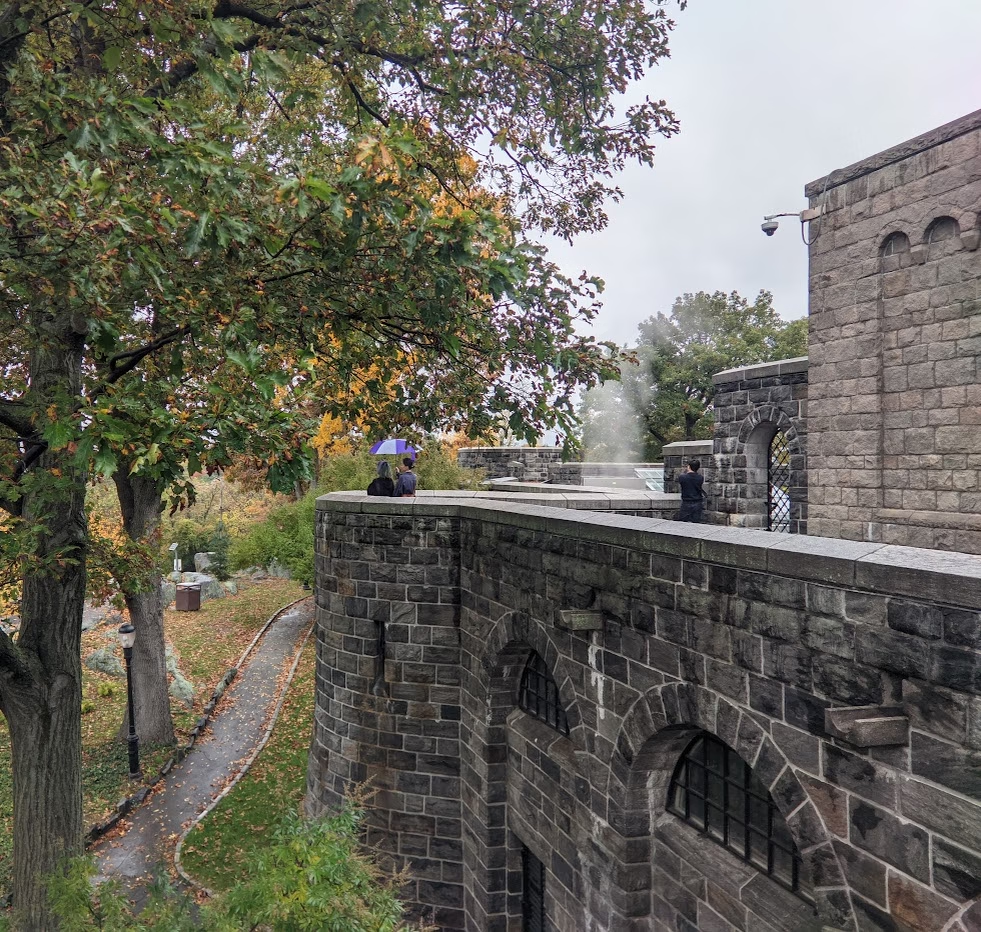
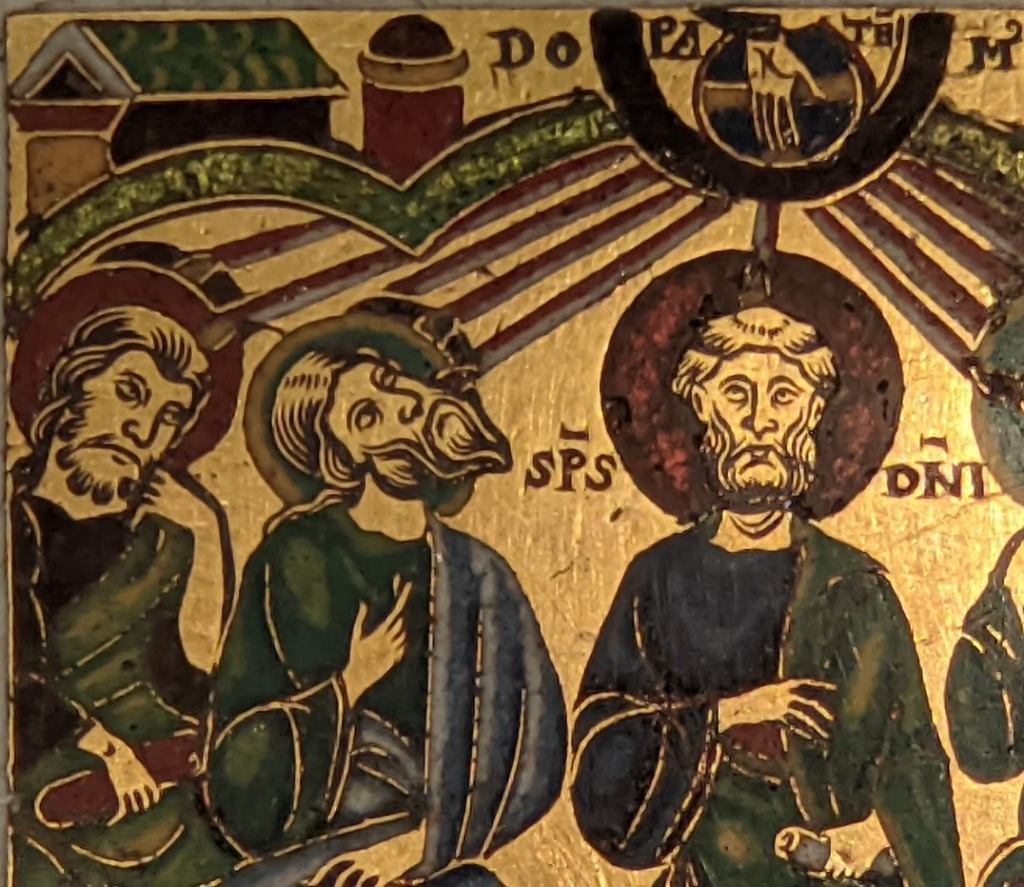
Previous Special Exhibitions at the Met
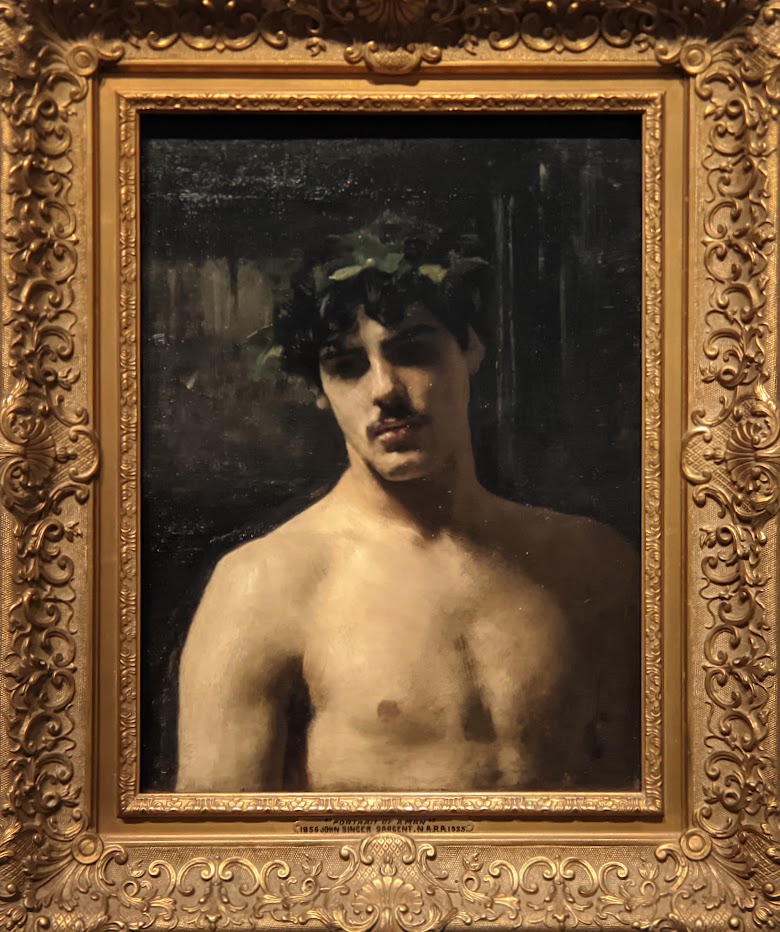
The John Singer Sargent Exhibit Was the Highlight of 2025
Over the past 150 years, no Western portrait painter surpassed the artistry of John Singer Sargent (1856 — 1925).
Like Courbet and Manet, Sargent challenged the existing art establishment of his day and the traditional values it upheld. The 2025 blockbuster exhibit entitled “Sargent & Paris” closed in August at the Metropolitan Museum of Art in New York and is on view in Paris until January 11, 2026. This unique show focuses on the first decade of Sargent’s dazzling career, which began with his arrival in Paris in 1874 as an 18-year-old art student.
This Sargent Exhibit Is on Display in Paris Through January 11, 2026
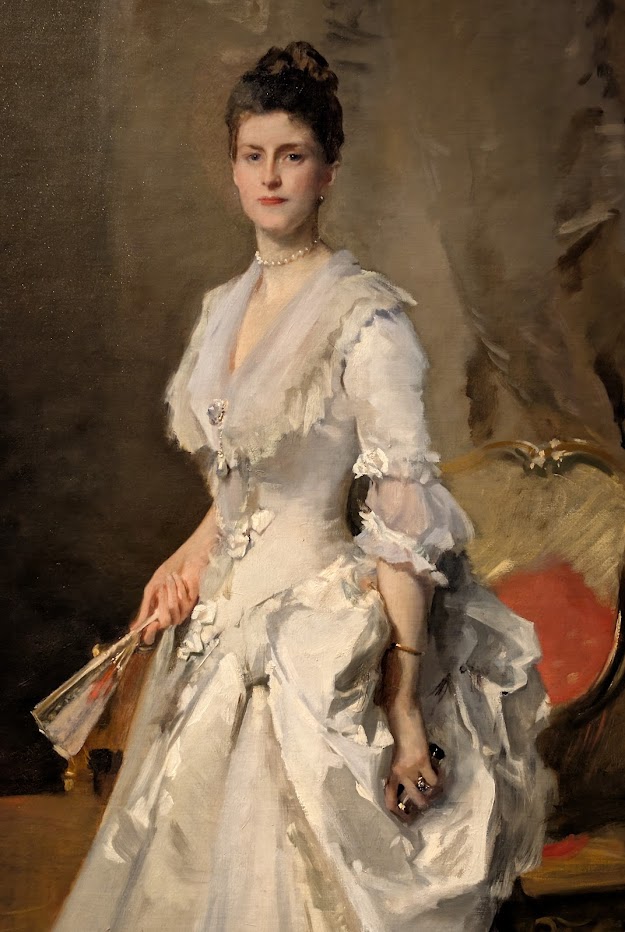
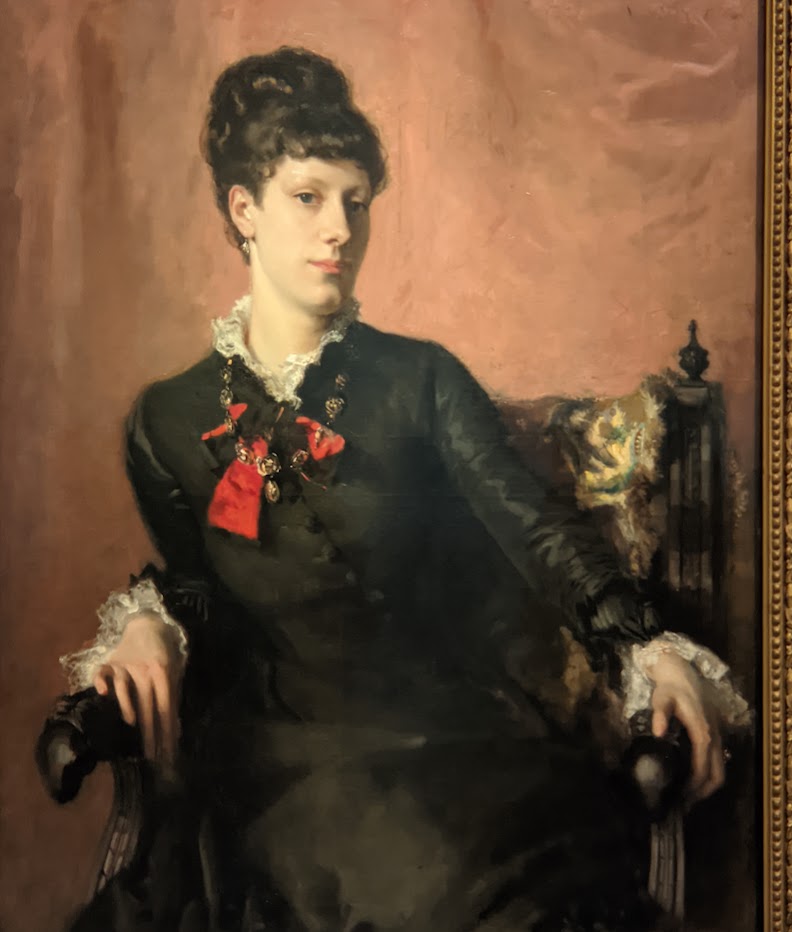
Portrait of Frances Sherborne Ridley Watts, 1877 (above right) marked Sargent’s “first attempt at a serious, finished work,” according to the artist’s father.
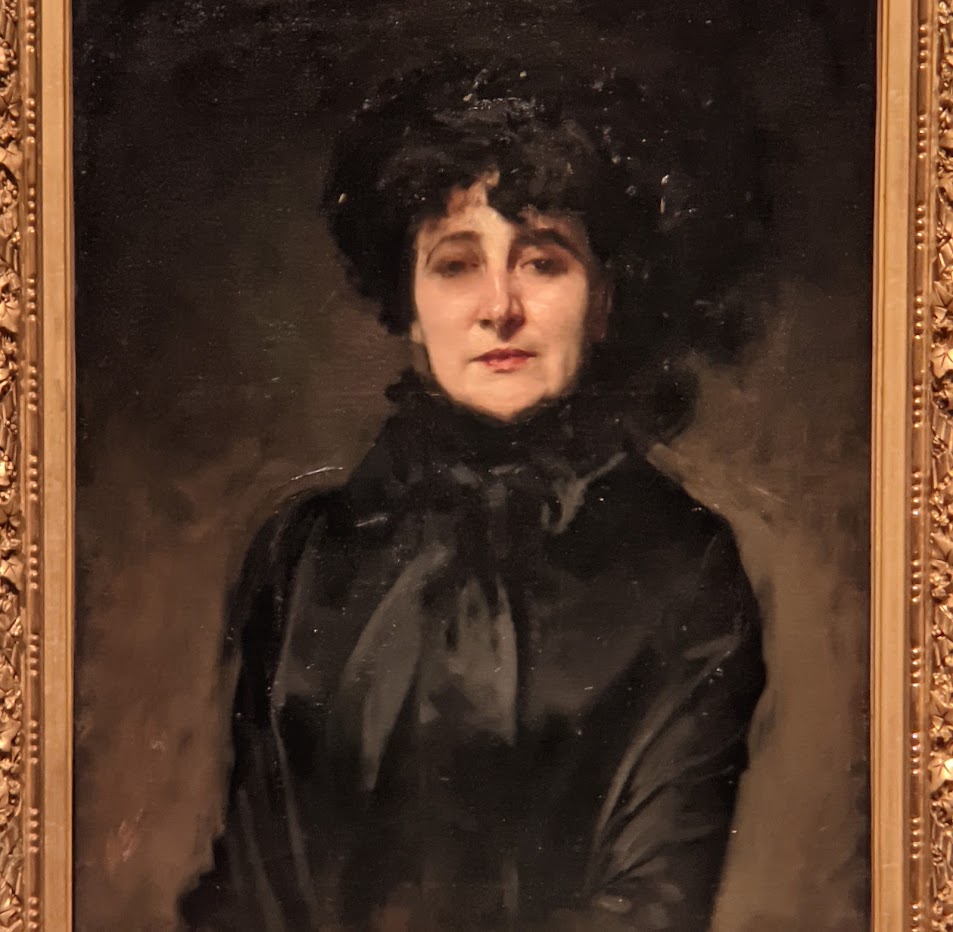

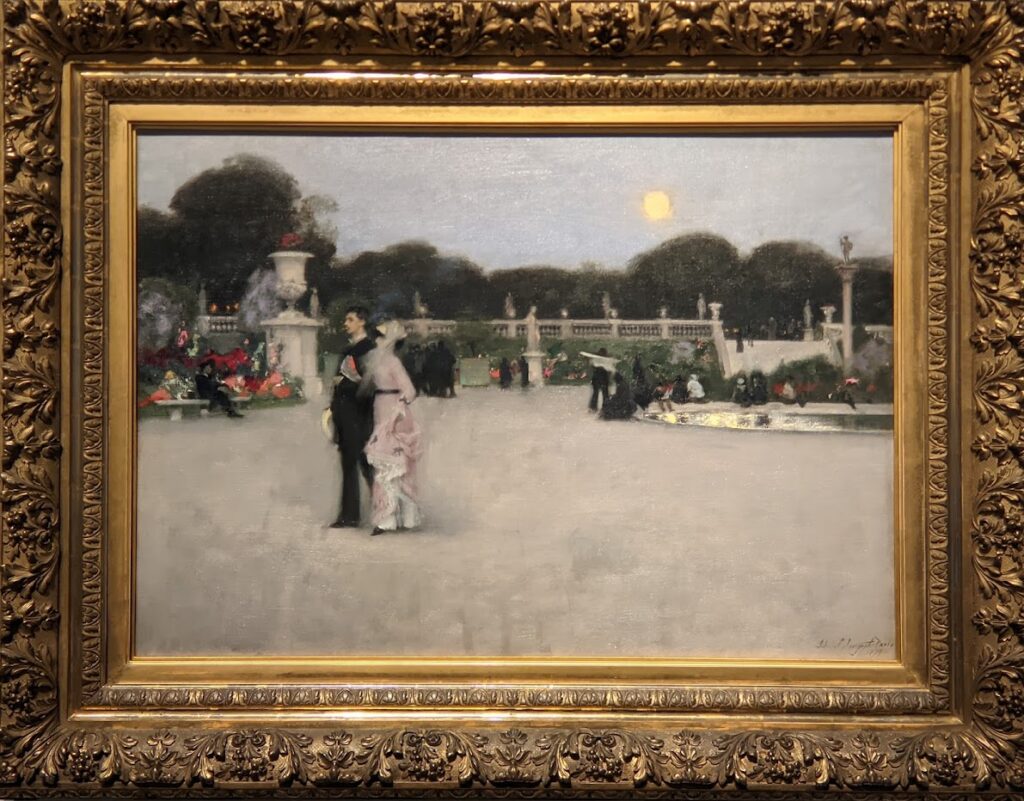
John Singer Sargent was born in Florence in 1856, the eldest surviving child of American parents, Dr. Fitzwilliam Sargent and his wife Mary Newbold Singer. Even though his father practiced medicine in Philadelphia, the Sargents traveled to Europe in 1854 and embarked on an expatriate existence, returning to the USA only for visits.
The “Sargent & Paris” exhibition illuminates Sargent’s path to becoming a great artist by gathering diverse paintings from his early period, when he was based in Paris and traveled beyond France in search of inspiration for his art. Sargent found subjects for his paintings in Italy, the Netherlands, Spain and North Africa and, over the course of one extraordinary decade spent in Paris, Sargent achieved international fame by creating boldly ambitious portraits that pushed the boundaries of conventionality.
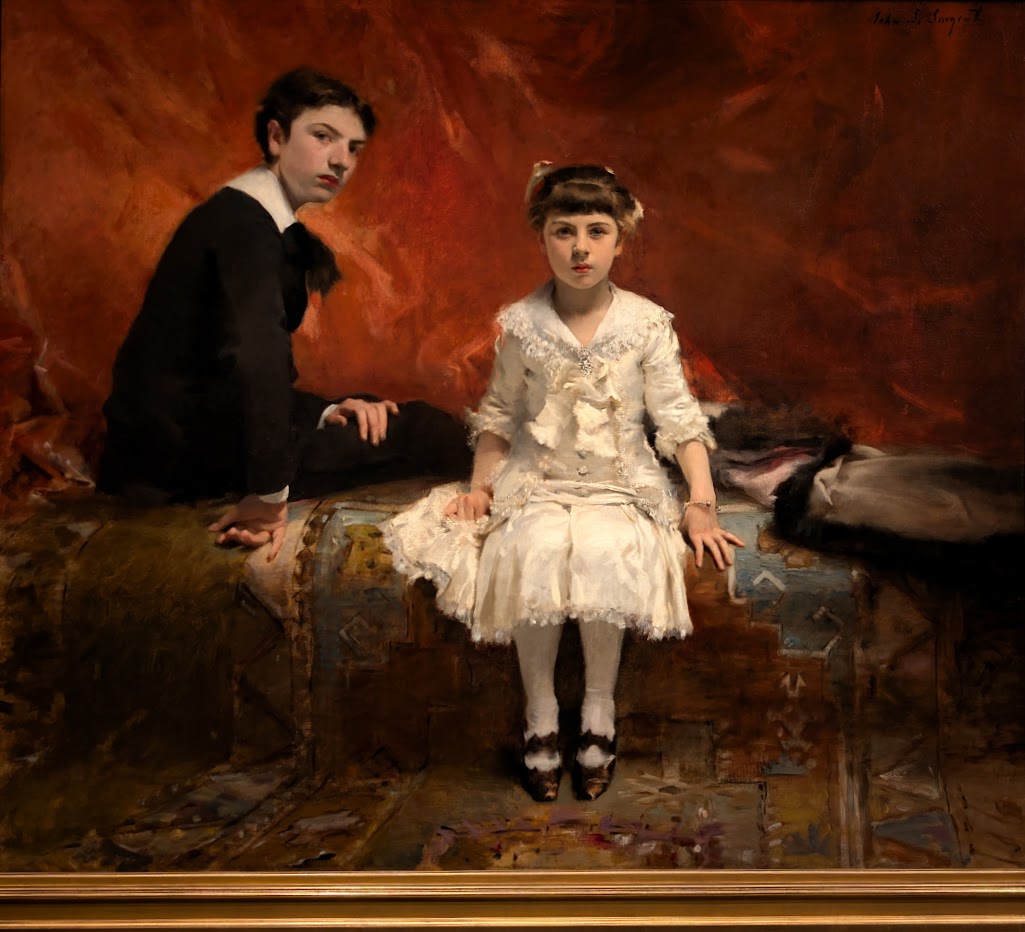
John Singer Sargent had a cosmopolitan childhood, with winters spent in Nice, Rome or Florence and summers in the Alps or resort cities like Pau and Biarritz. Sargent was immersed in European art and culture, and he spoke French, Italian, German and English.
In Paris, Sargent entered the independent atelier of the fashionable portrait painter Carolus-Duran and enrolled at the Ecole des Beaux-Arts to study drawing. Carolus-Duran, a friend of Manet and Monet, was perceived by his contemporaries to be allied with the modernist camp; he was concerned with direct, realistic painting and taught his students to work au premier coup (at the first touch), applying paint directly on the canvas with a loaded brush — a technique that encouraged a broad, painterly style.
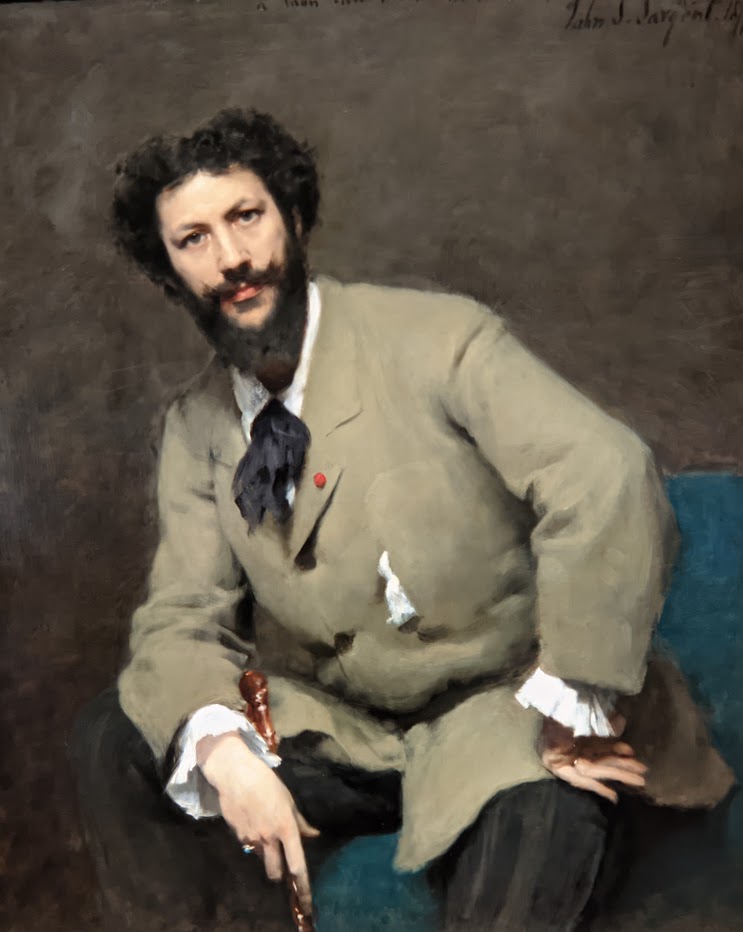
In 1877, Carolus-Duran invited Sargent to work with him on the commission for a ceiling decoration entitled Gloria Mariae Medici for the Luxembourg Palace {now installed in the Louvre}. Sargent’s formal portrait of Carolus-Duran (above) was shown at the Salon in 1879.
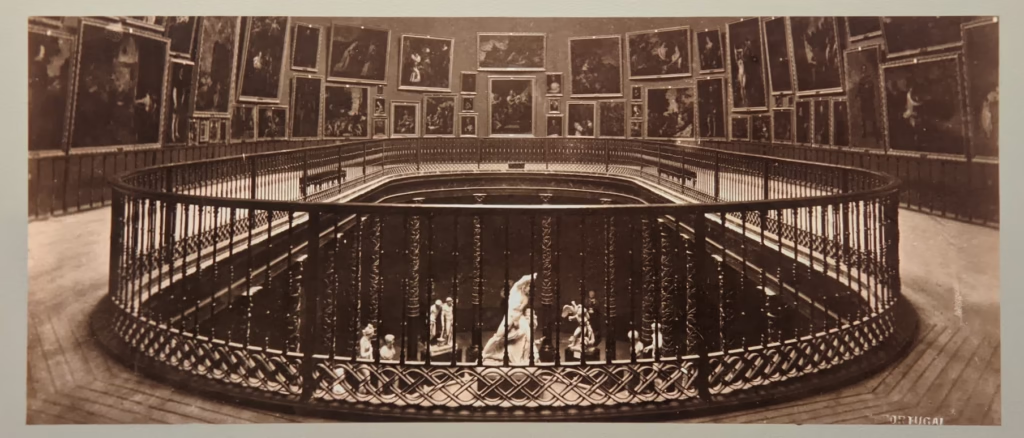
Like Manet, Carolus-Duran had made a journey to Spain and had fallen under the aesthetic spell of Velázquez, an enthusiasm that Sargent absorbed. That same year, Sargent journeyed to Madrid to copy works by Velázquez in the Prado (shown above), and in 1880 he traveled to Haarlem to study the expressive brushwork of Frans Hals.
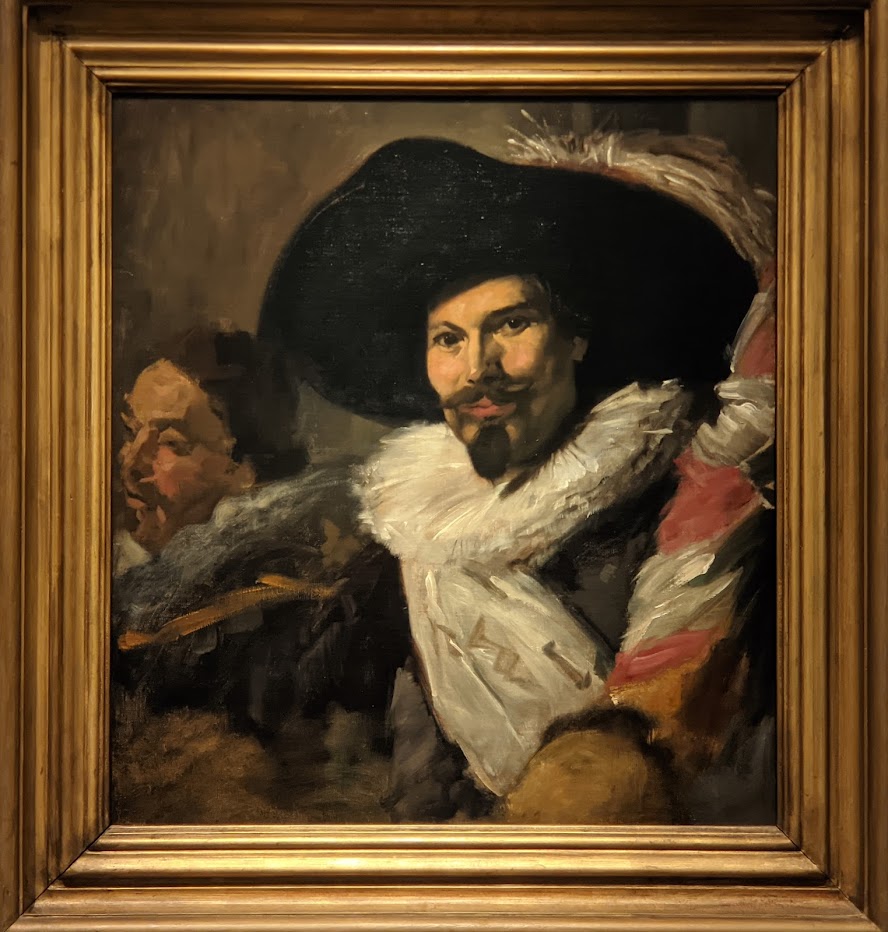
“Sargent & Paris” Is on View in Paris at the Musée d’Orsay from September 23 Through January 11, 2026
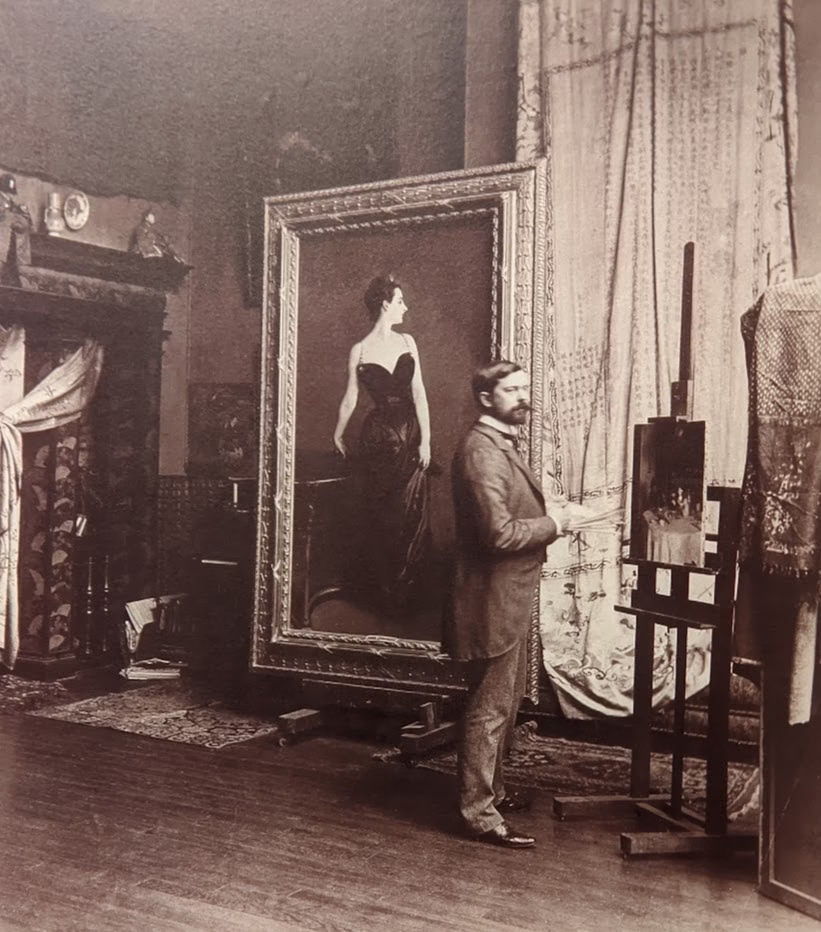
In 1884, 10 years after his arrival in Paris, the 28-year-old Sargent completed his infamous portrait entitled Madame X, which was a scandalous success at the Paris Salon. This exhibition takes an in-depth look at the iconic Madame X portrait — a highlight of the Met’s permanent collection — with numerous preparatory sketches, and fortunately it is displayed alongside fine portraits of Parisiennes by Sargent’s contemporaries, including Giron, Bonnat and Whistler.
Virginie Amélie Avegno Gautreau, a Parisian socialite, was the model for Sargent’s portrait of Madame X.
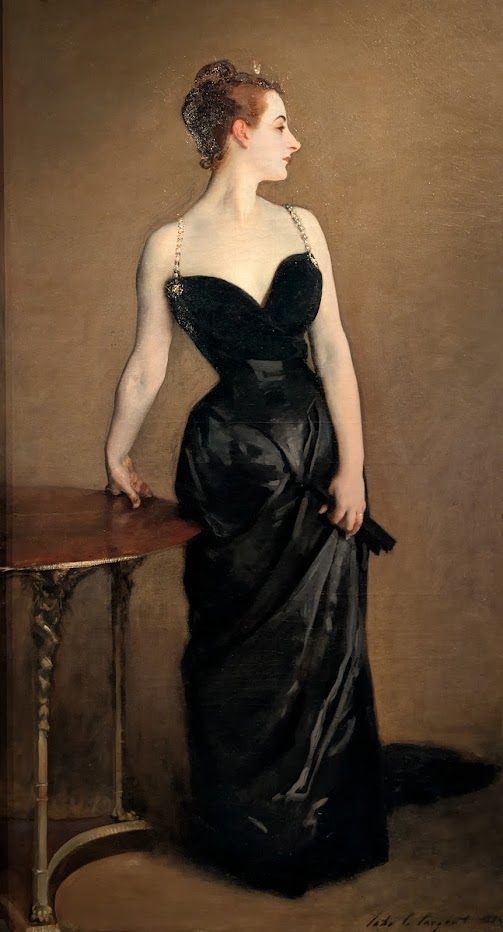

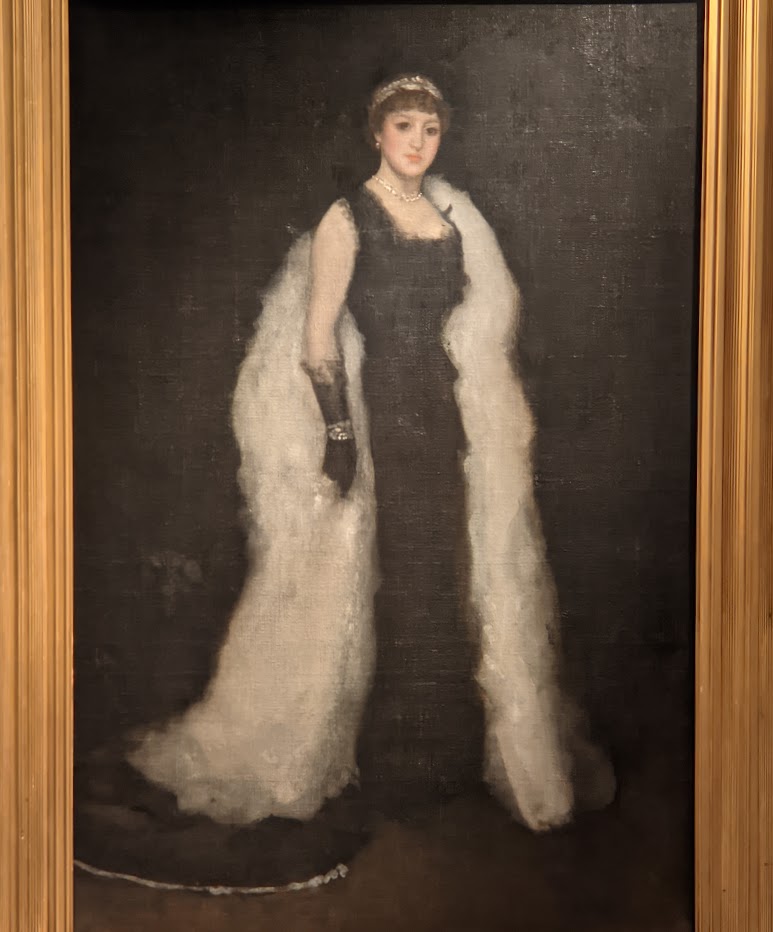
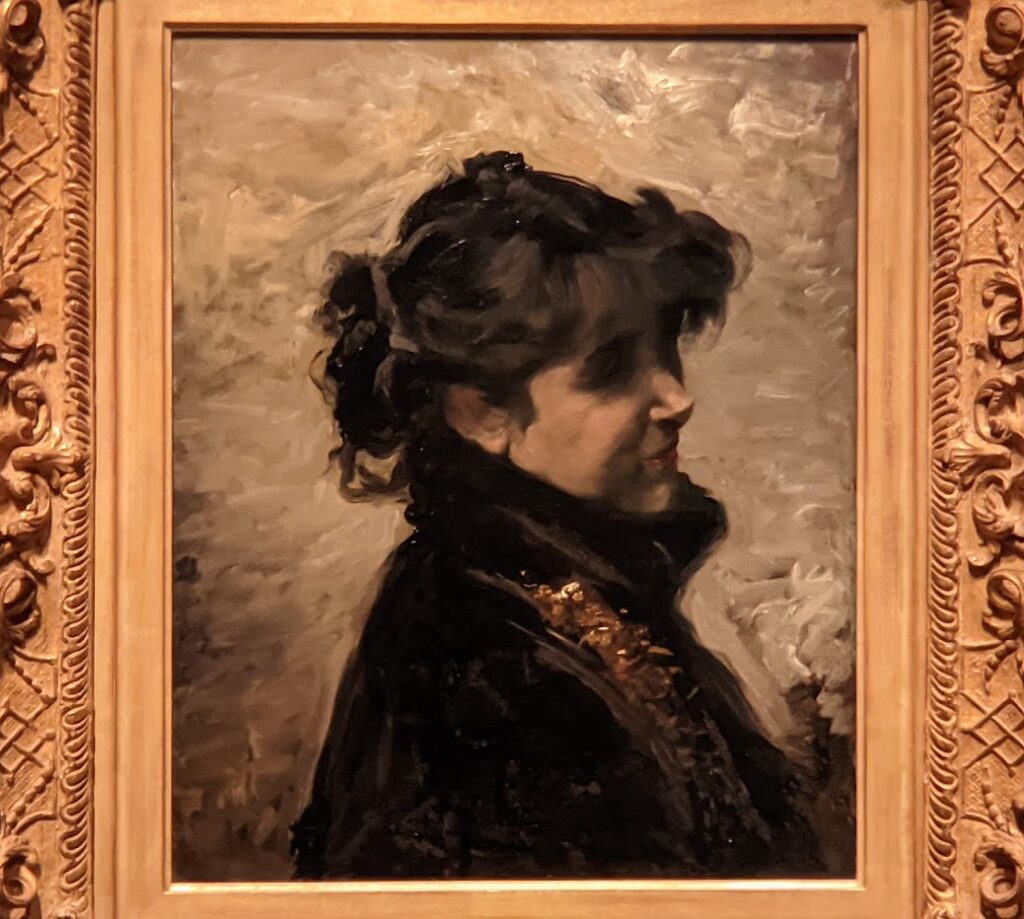
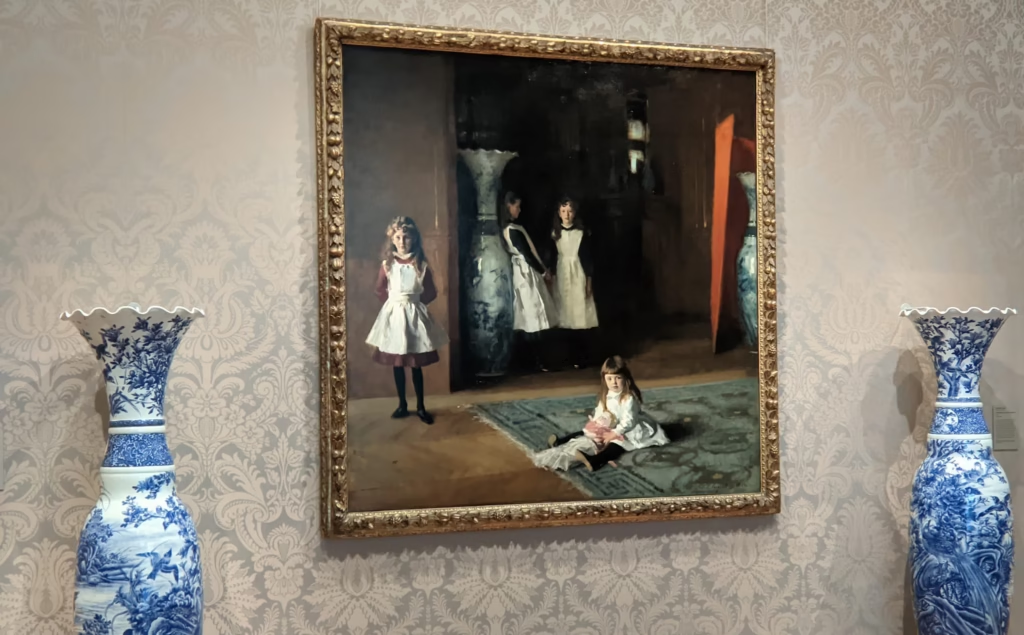
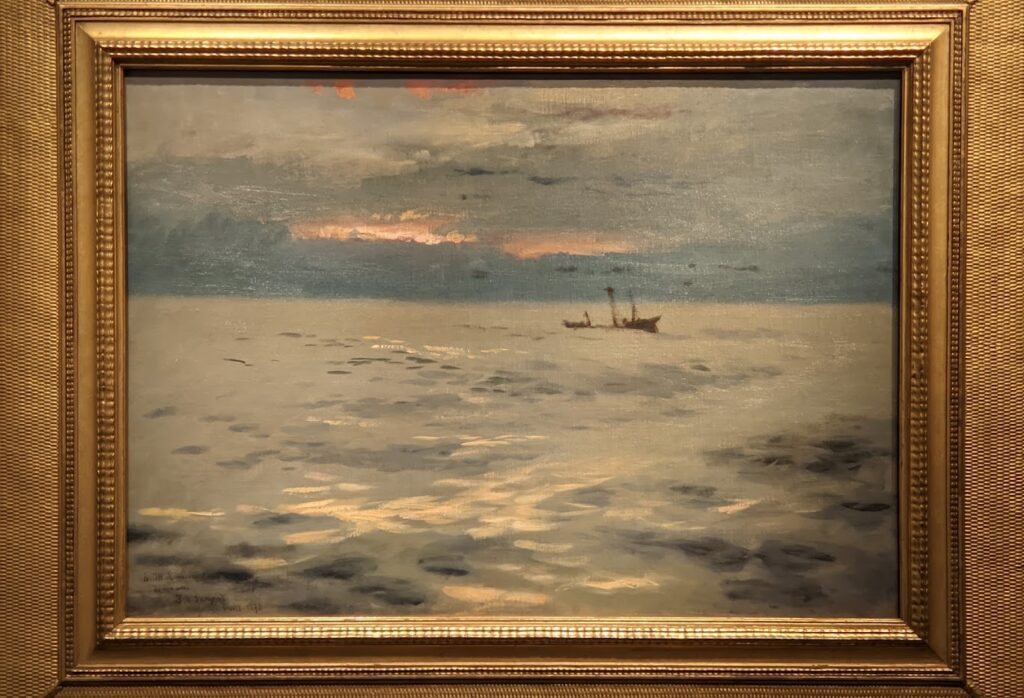
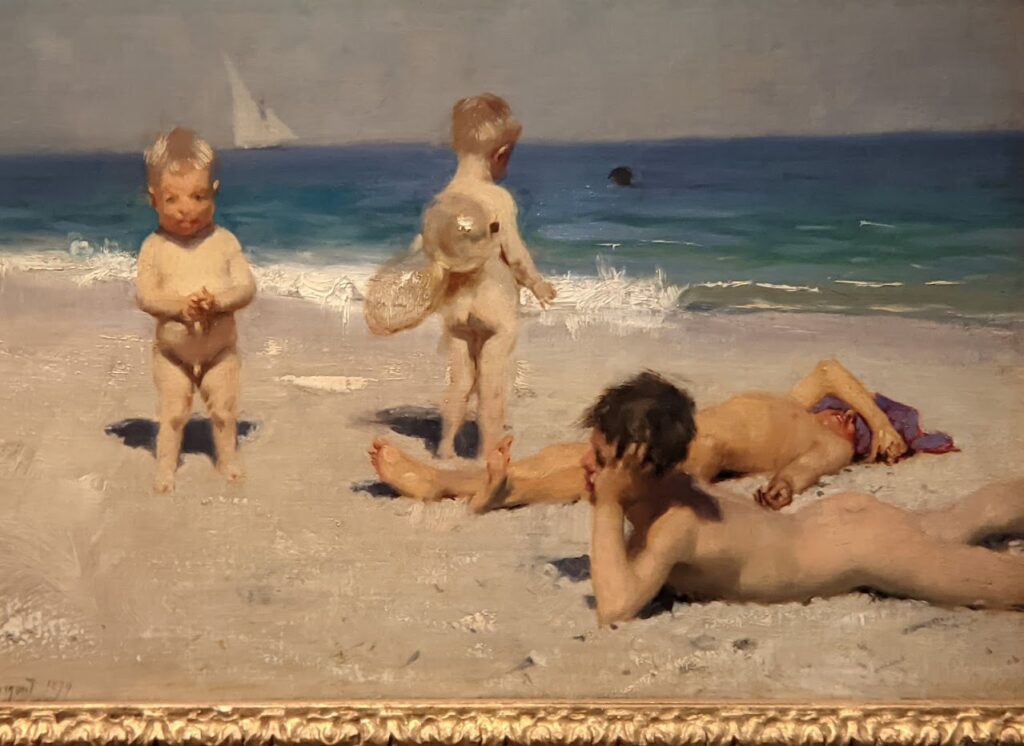
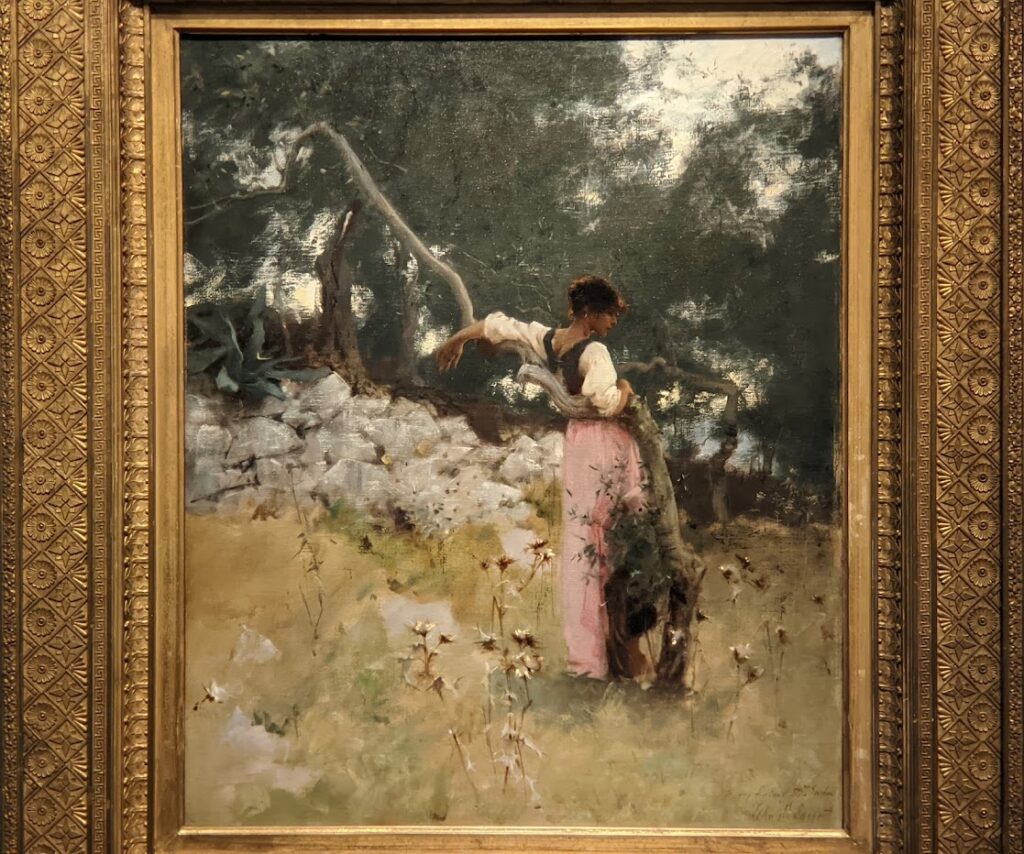
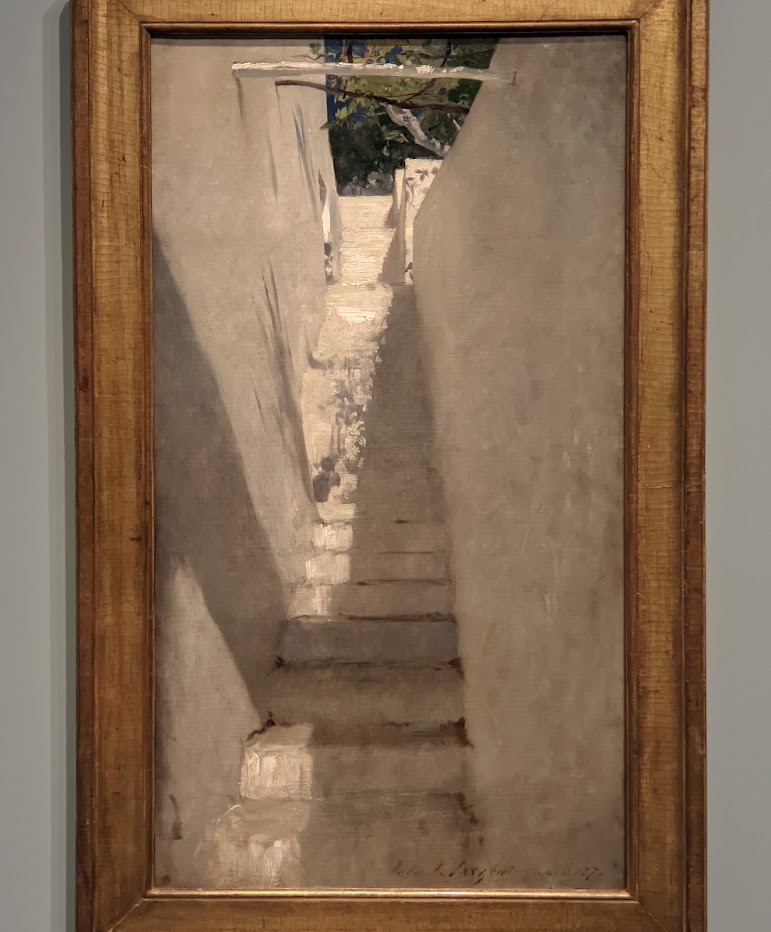
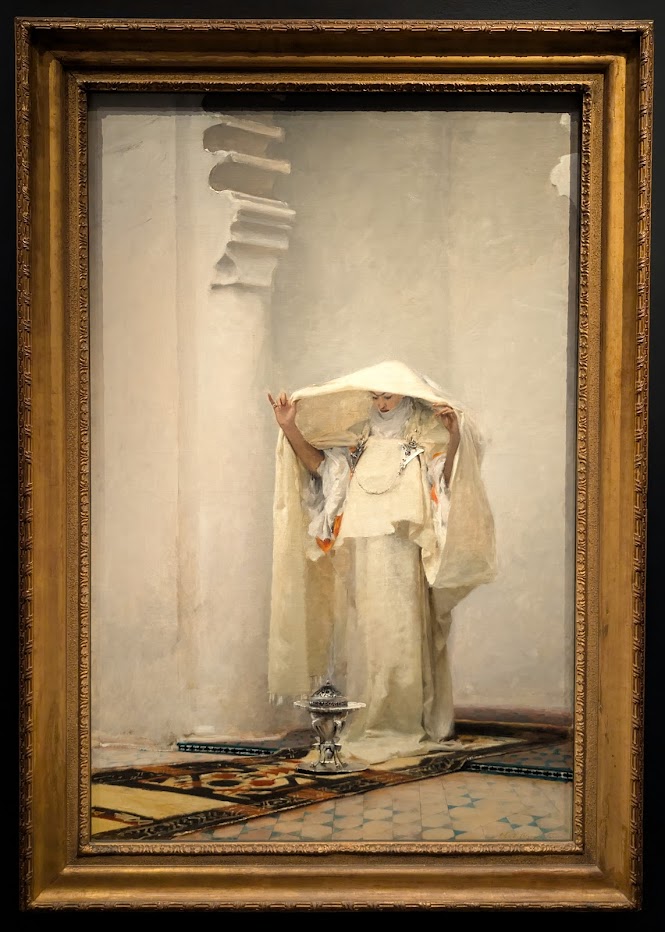
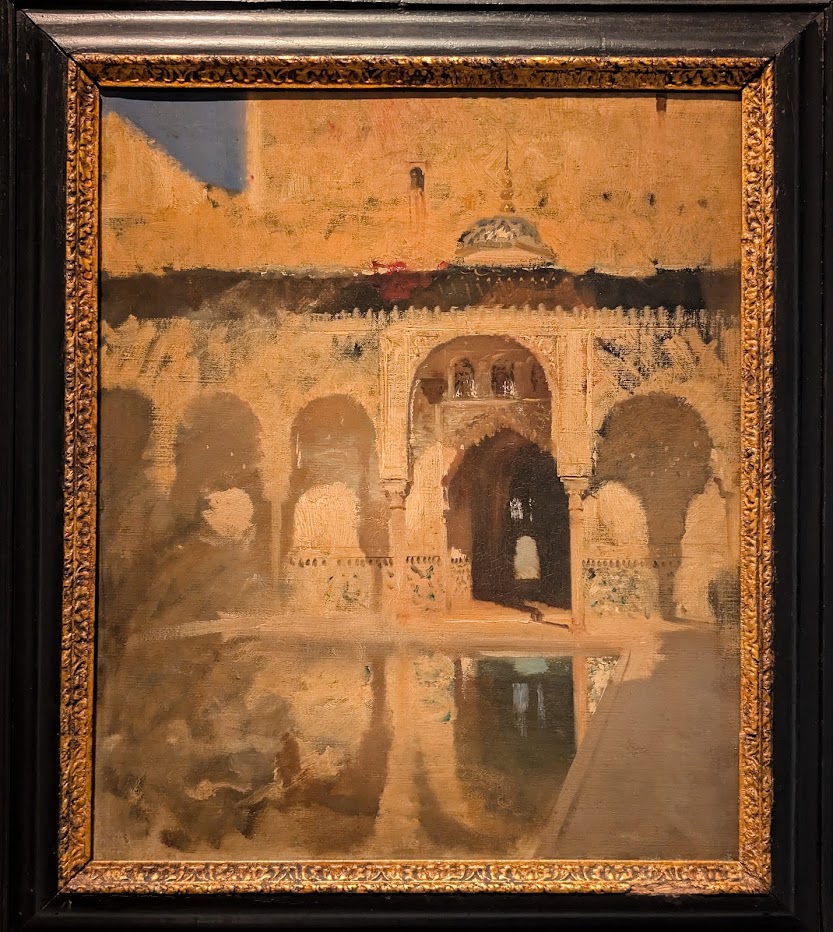
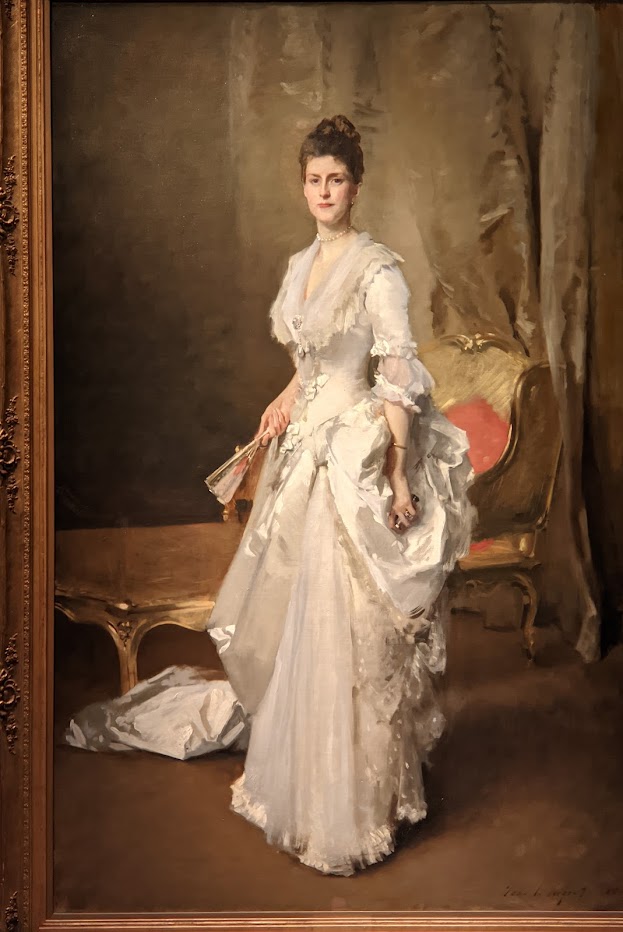
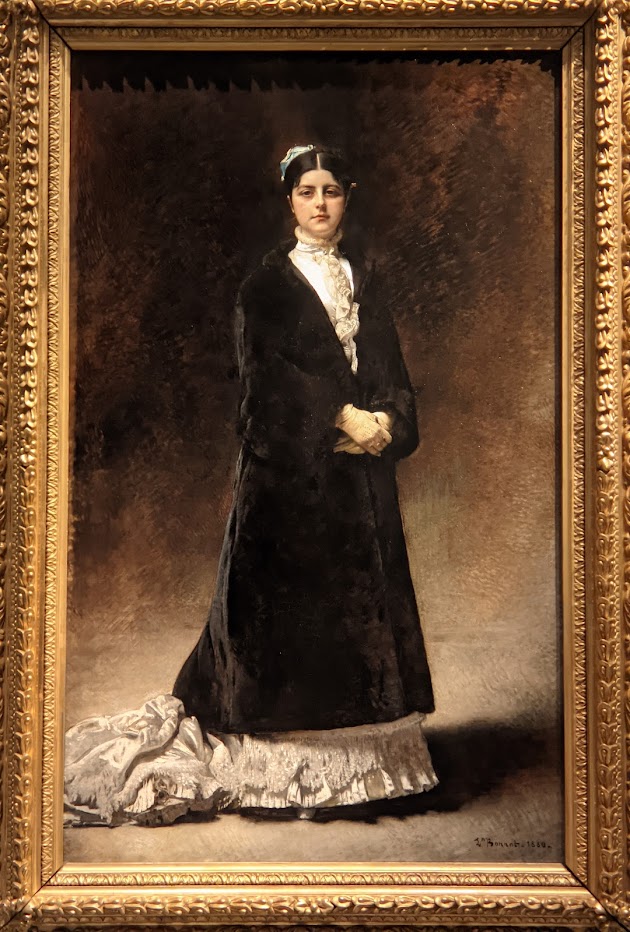
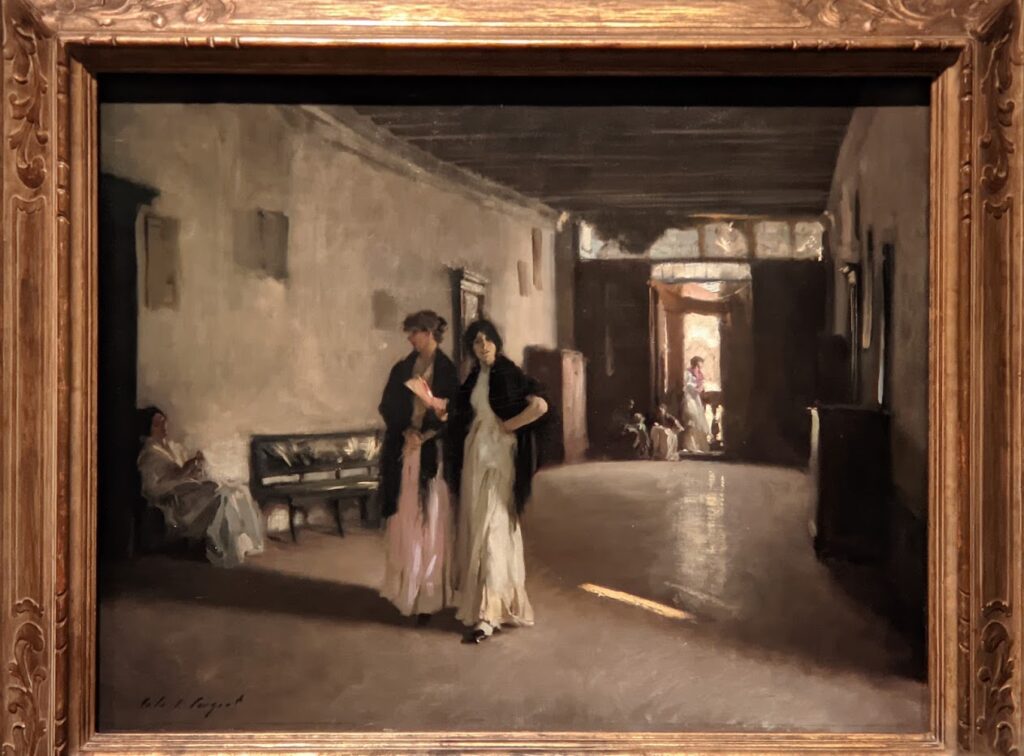
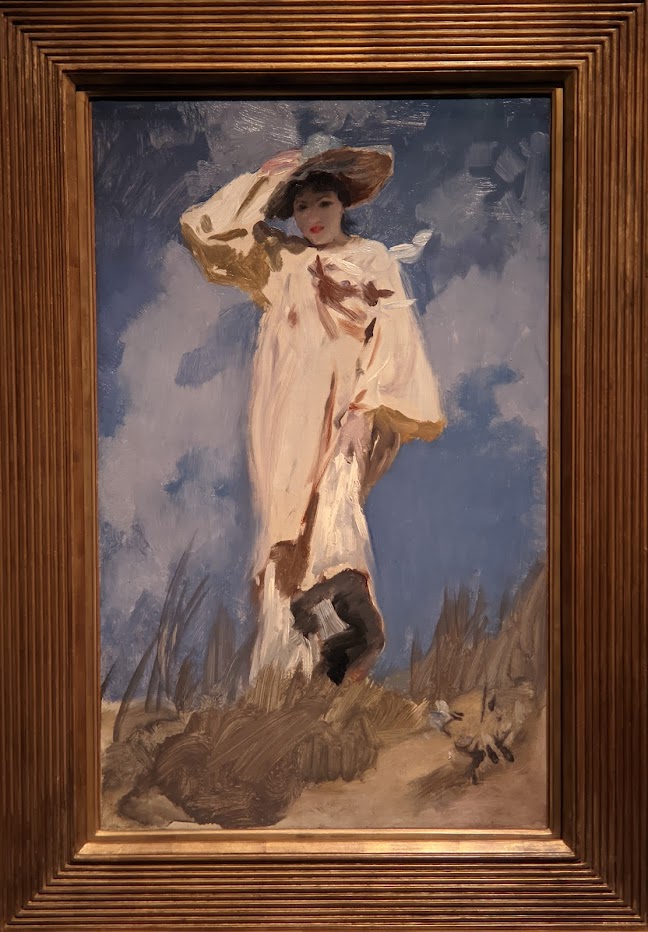

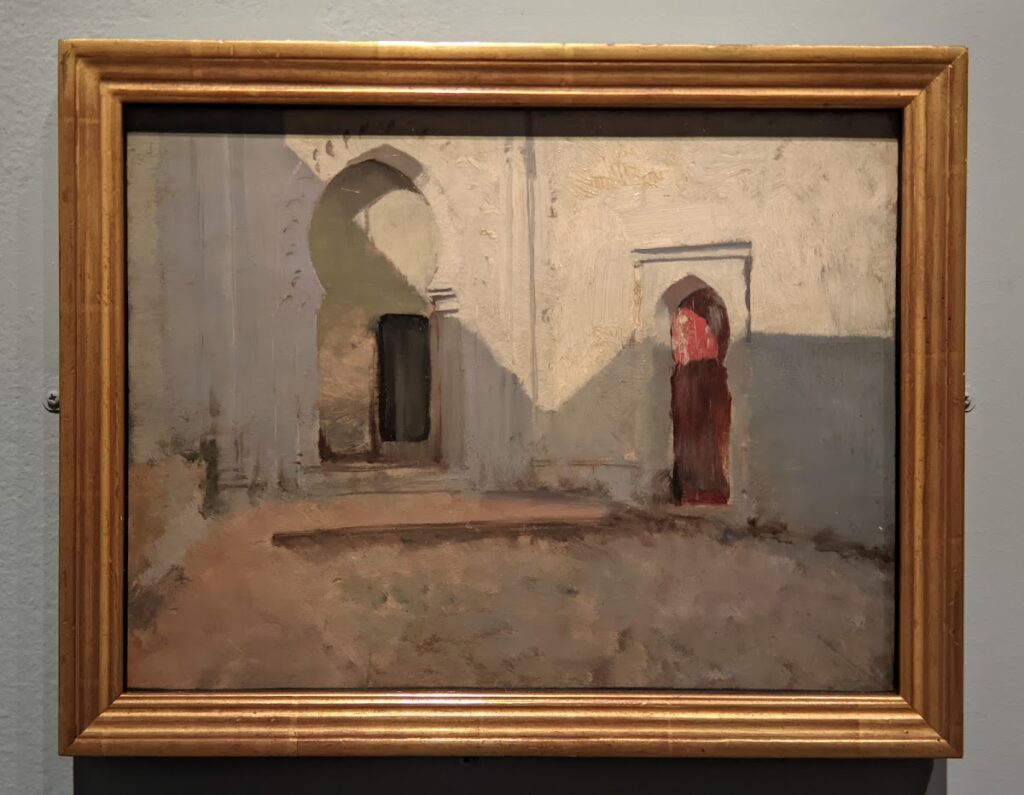
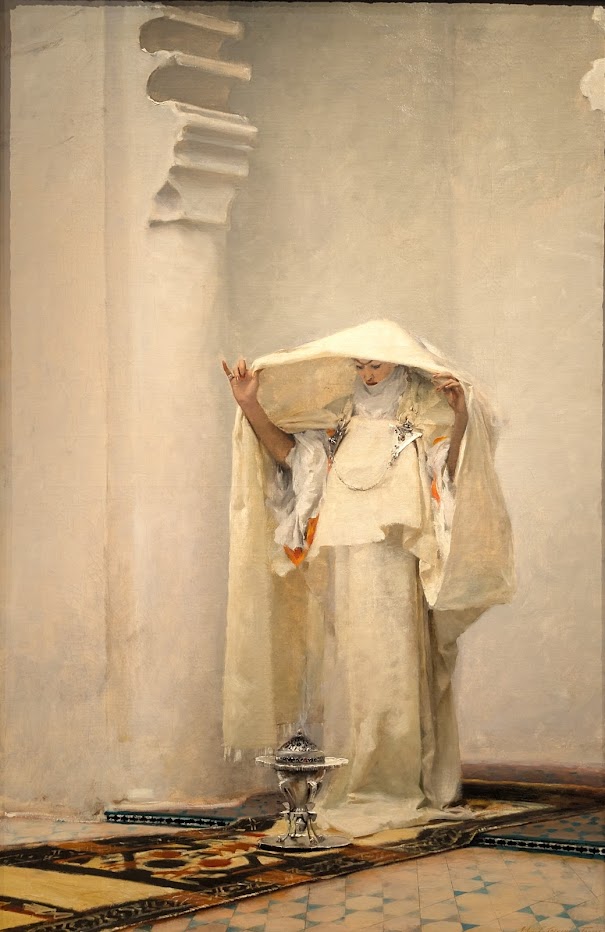
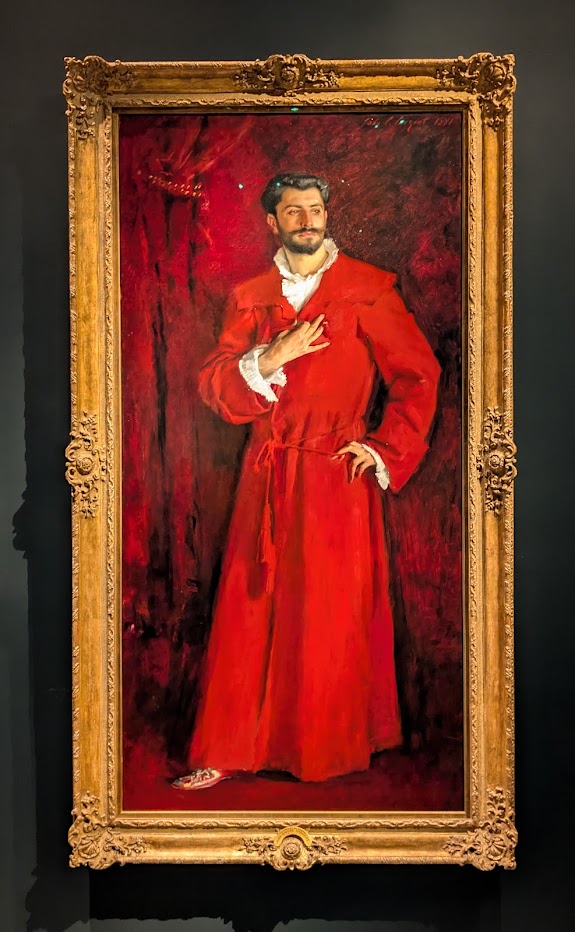
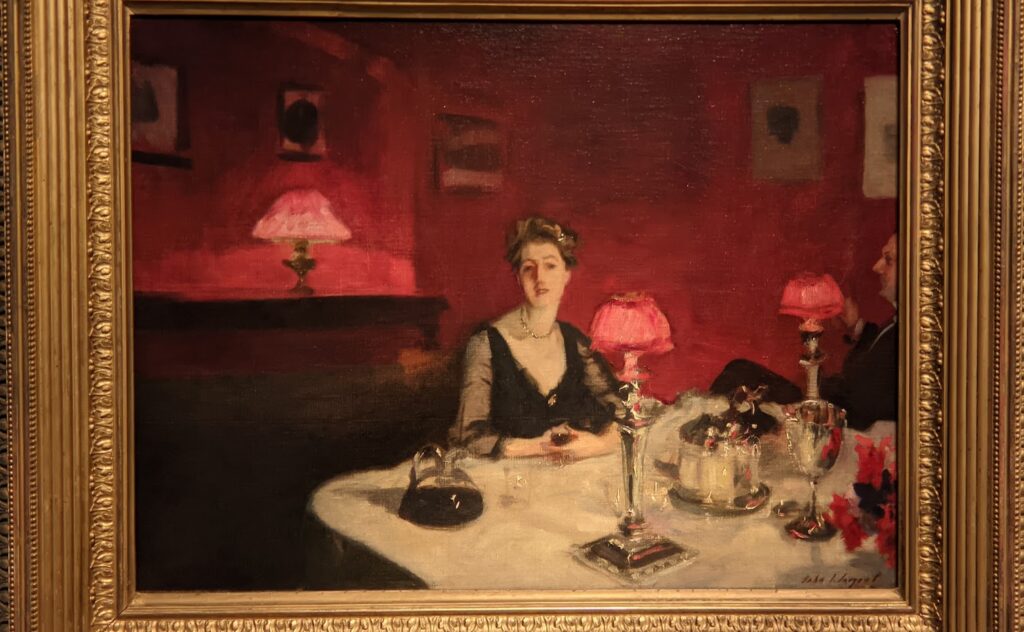
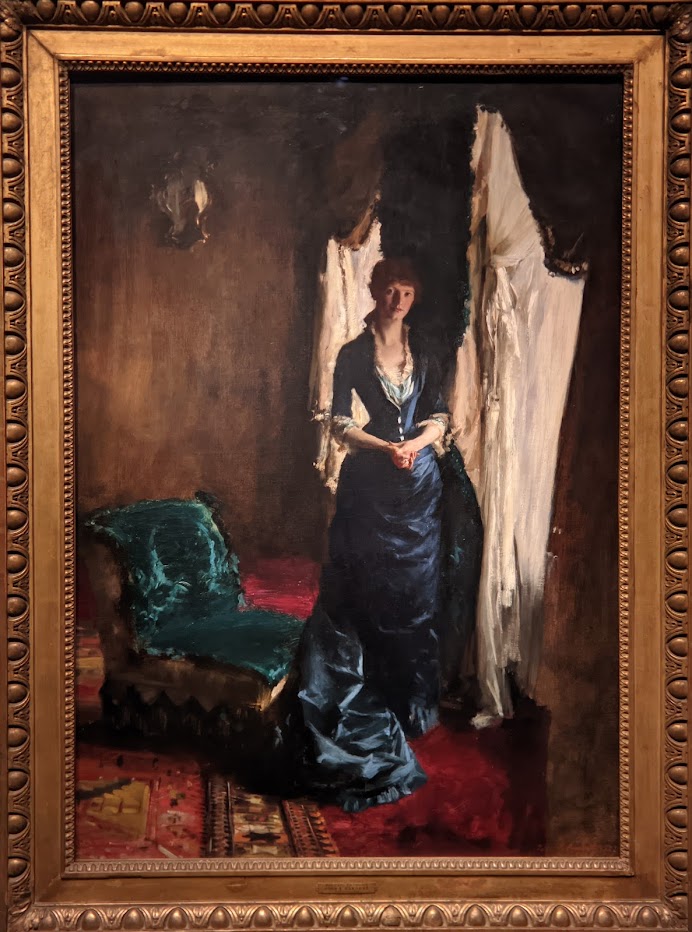
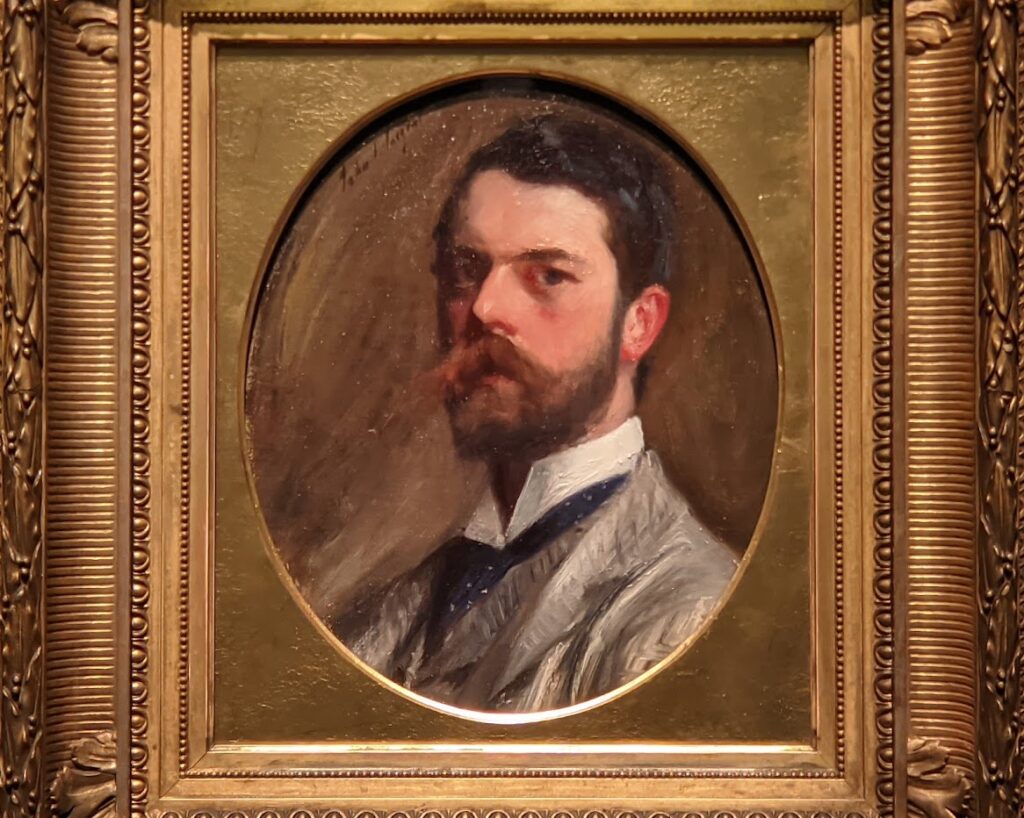
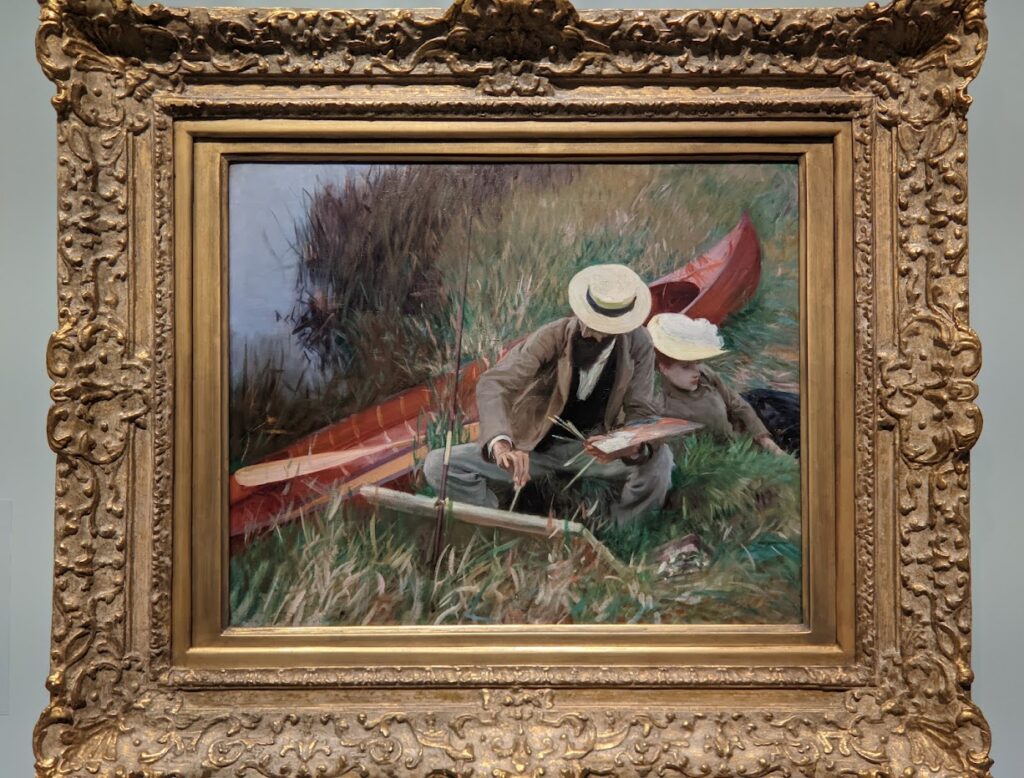
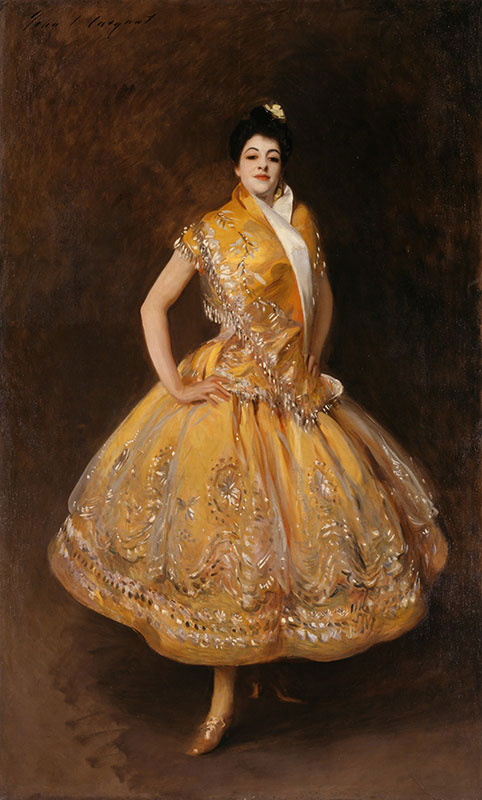
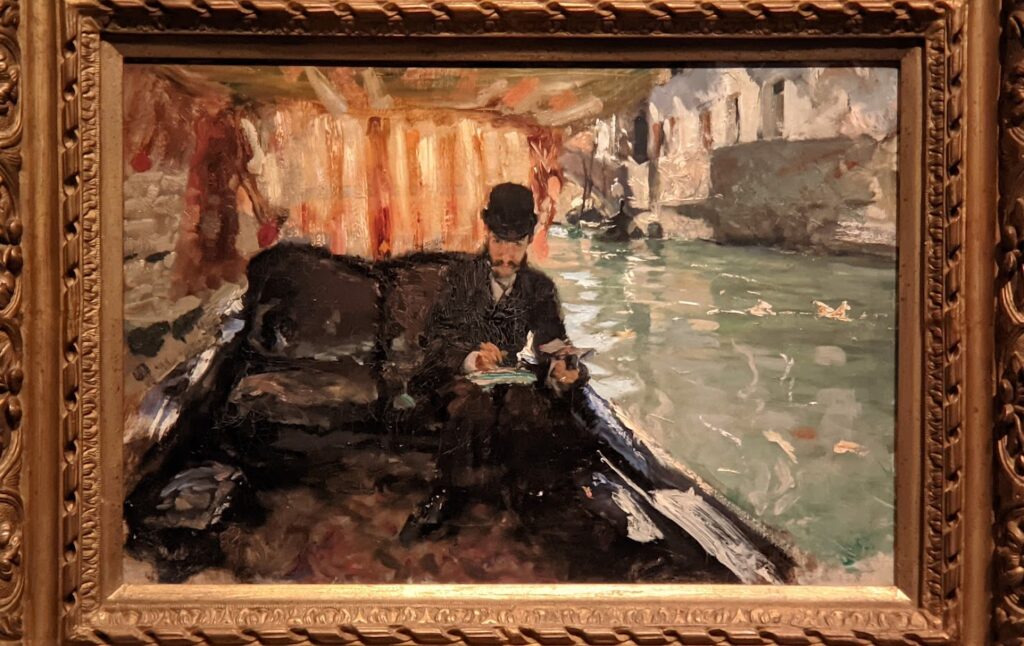
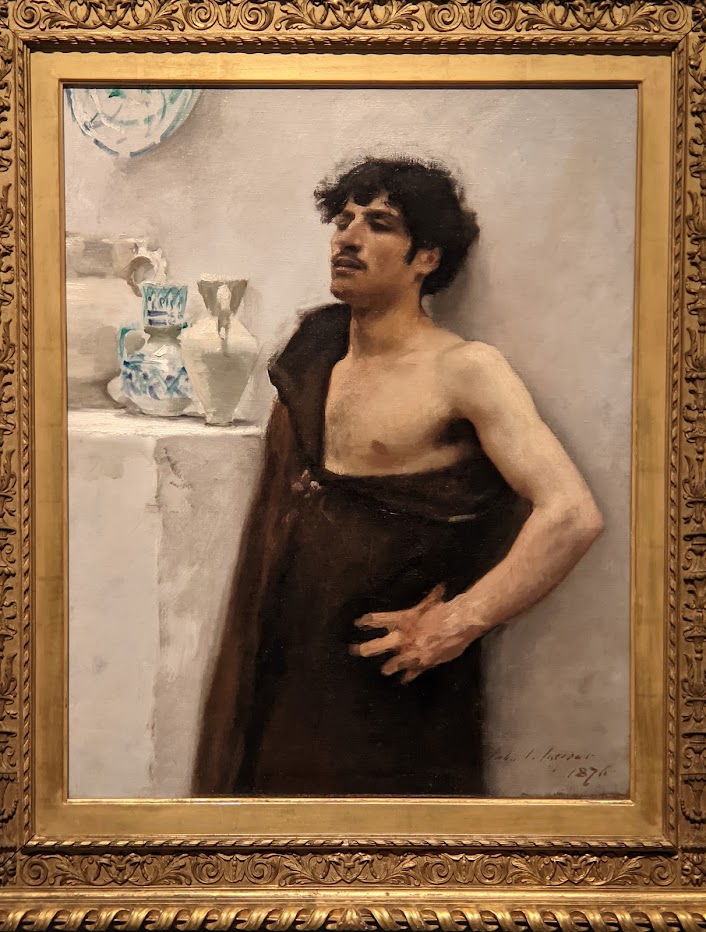
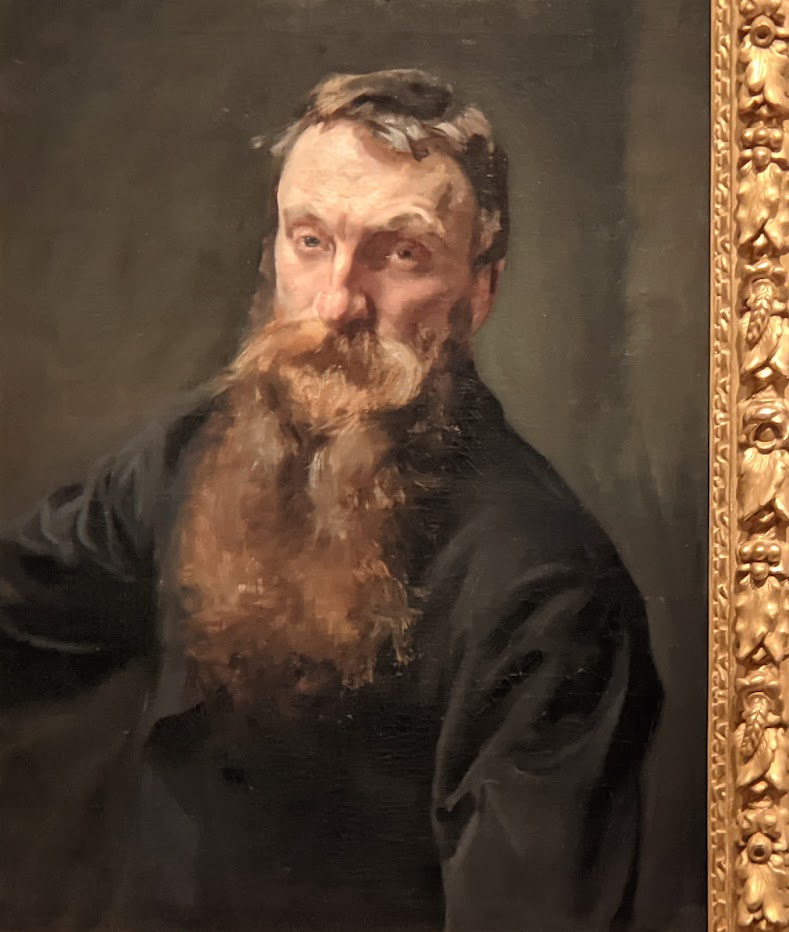
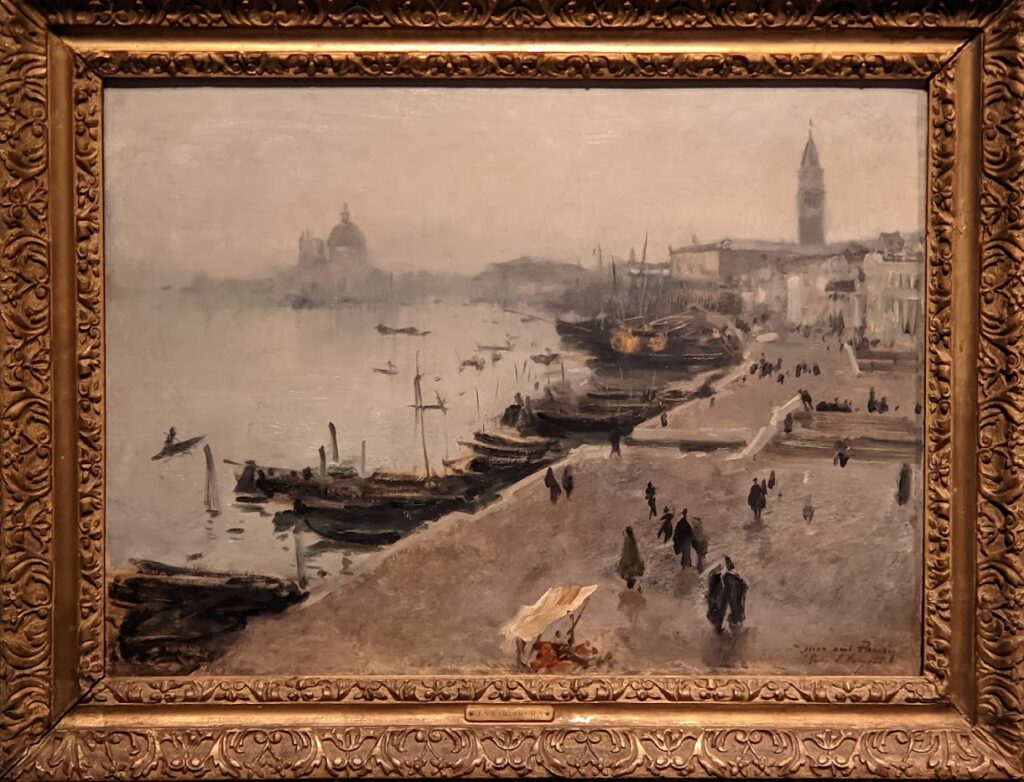
This J.S. Sargent Exhibit Closed in New York in August and Is on Display in Paris Through January 11, 2026
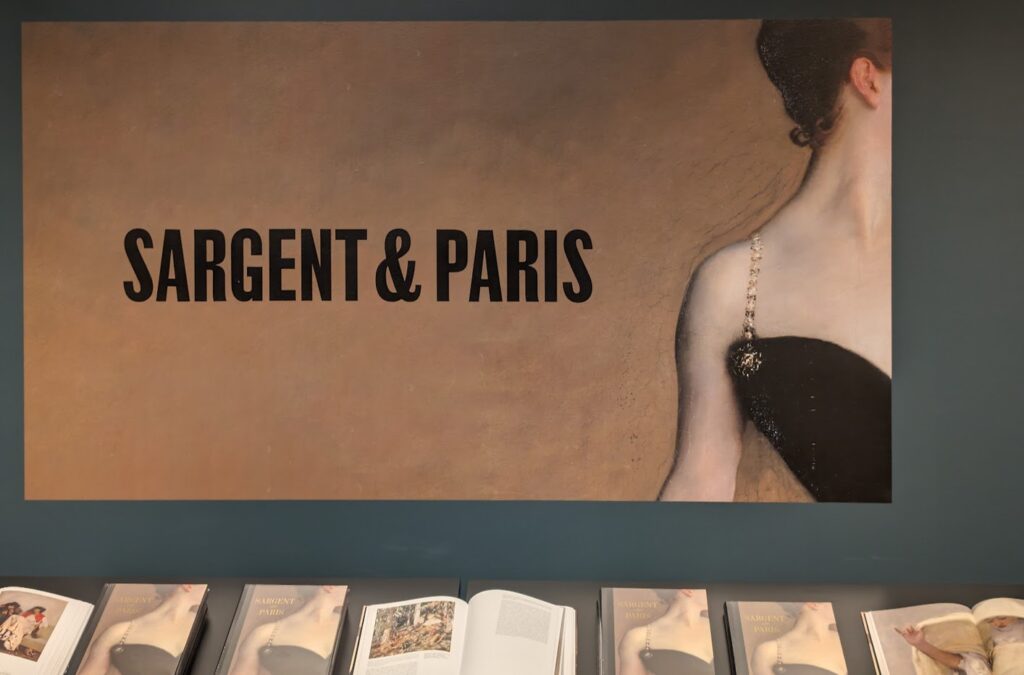
Chinese Bronzes
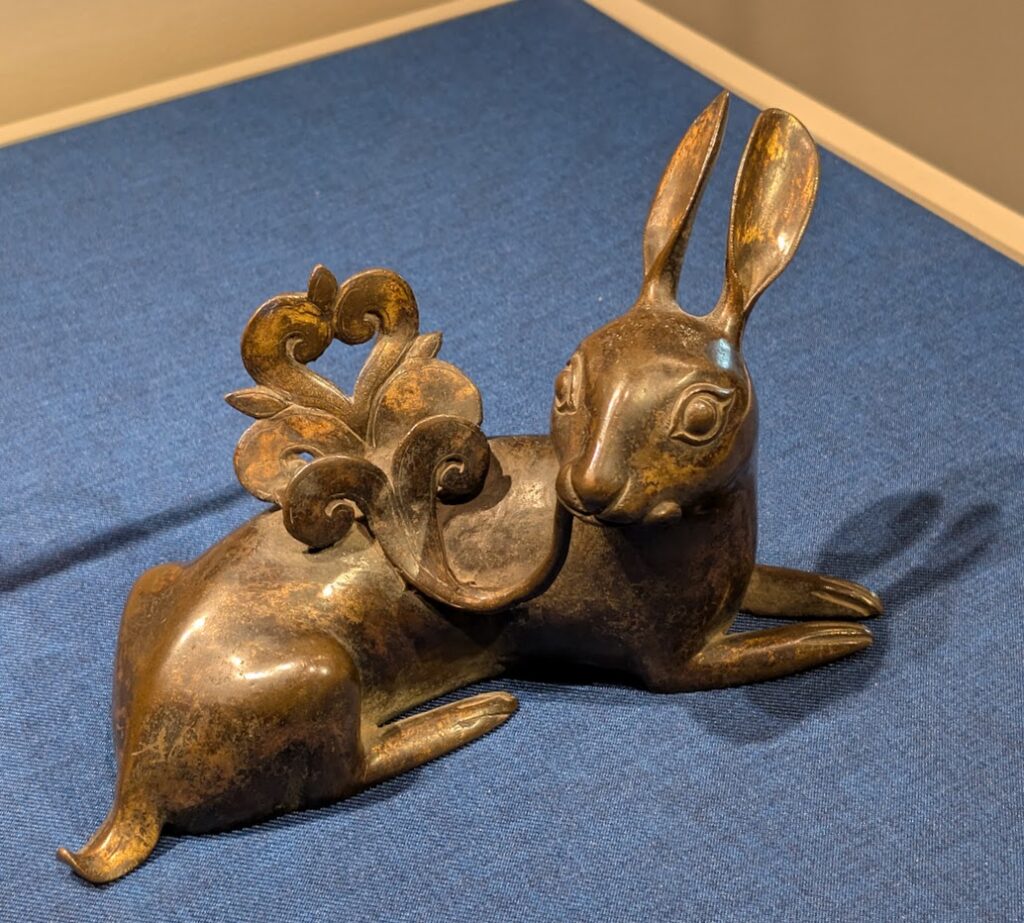
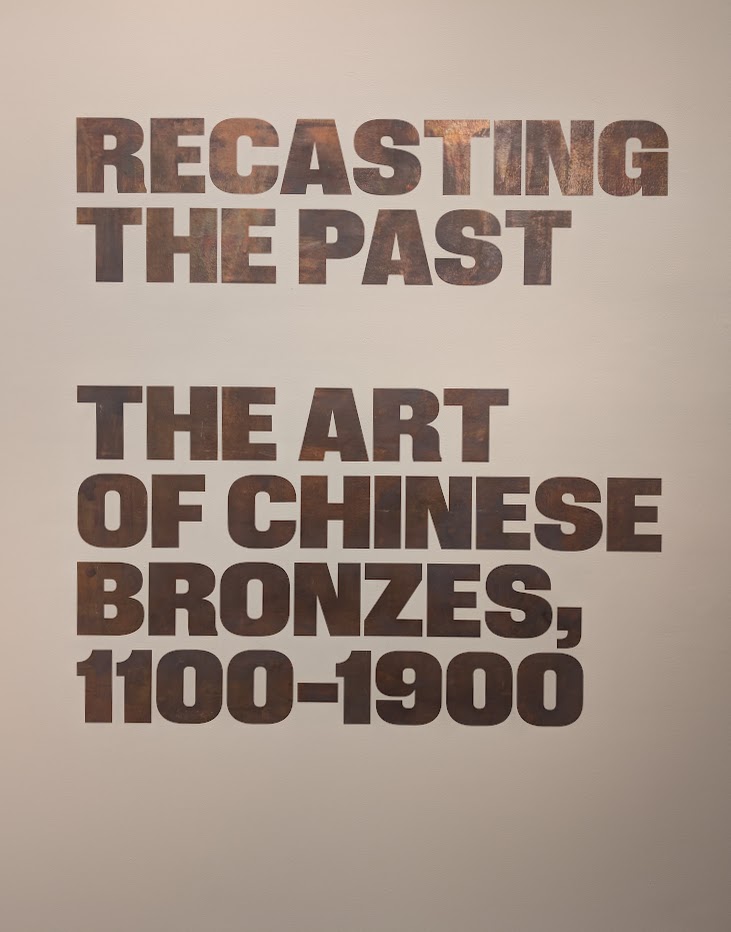
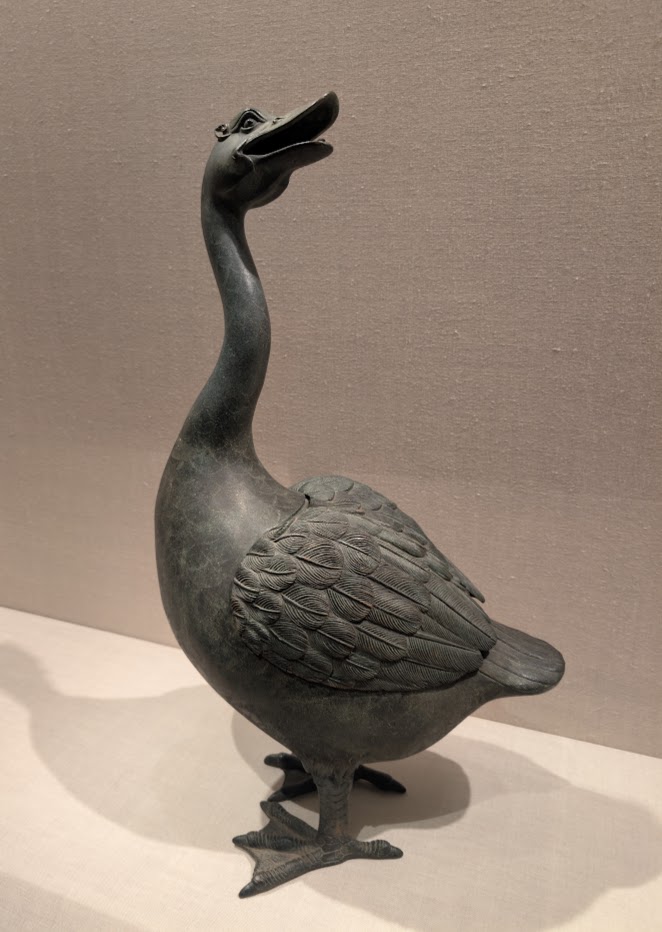
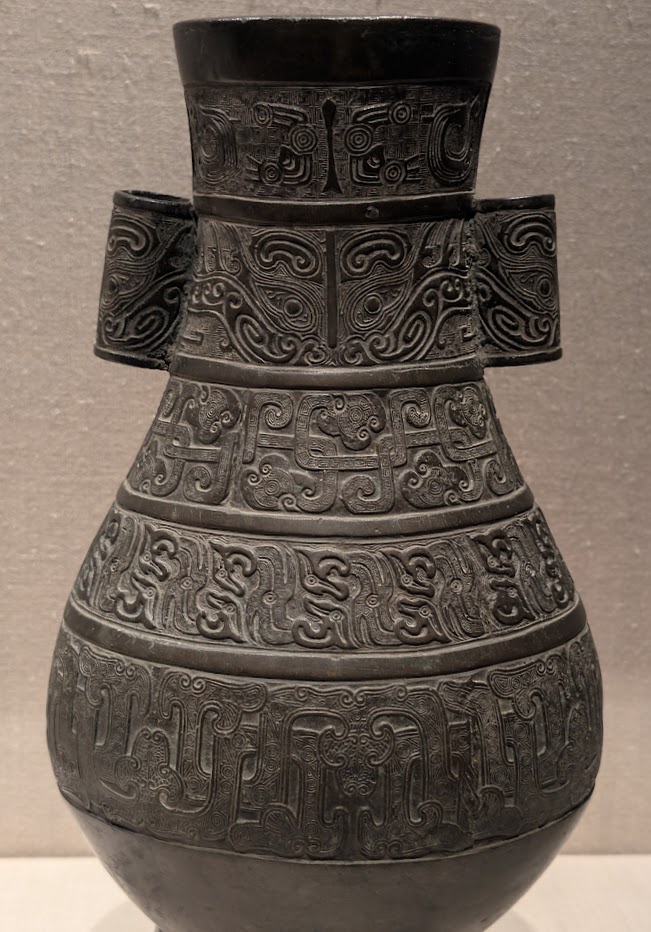
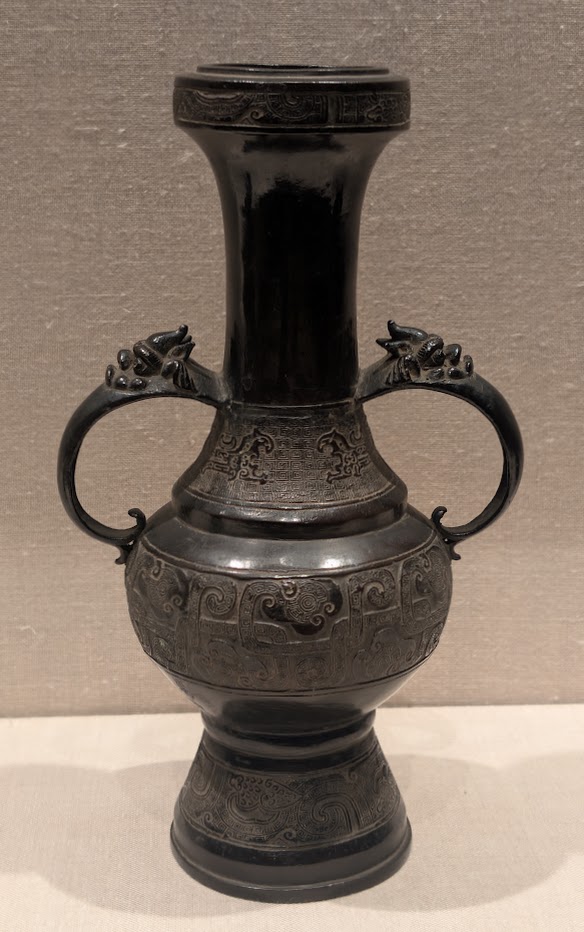
Chinese bronzes created from the 12th to the 19th century provide the inspiration for the exhibit entitled “Recasting the Past: The Art of Chinese Bronzes,” on display through September 28, 2025. These bronze vessels were emblems of ritual and power. Archaic bronzes, used in ancient China as containers for food or wine, sparked a revival across all the arts to reclaim the virtues of classical traditions which resulted in so-called “later bronzes” that adapted antique shapes and decorative motifs to serve new functions as incense burners, vases, and containers for scholarly objects.
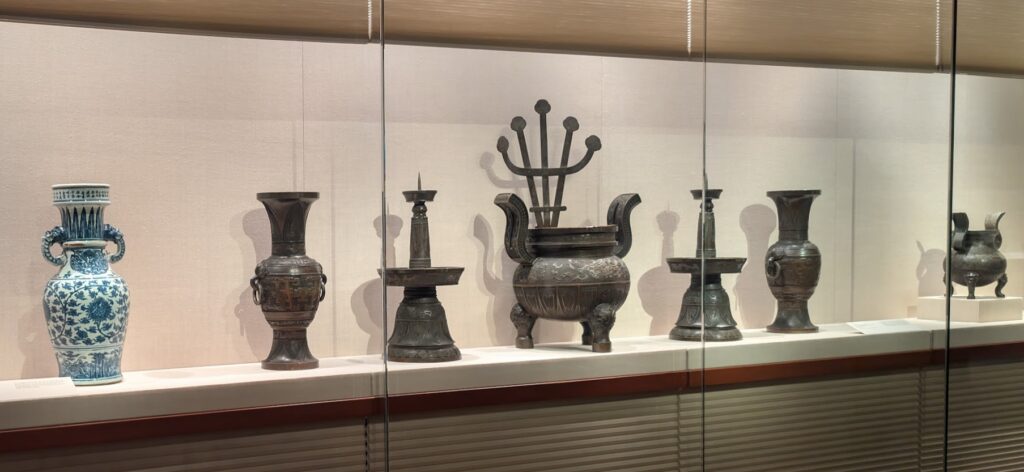
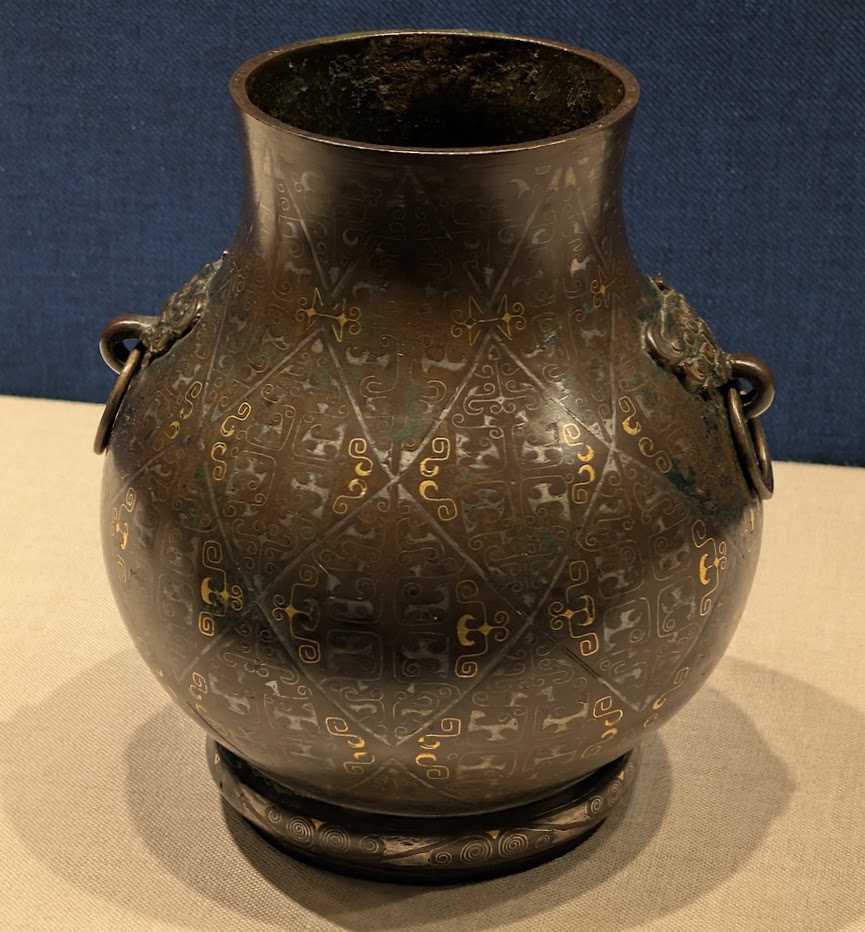
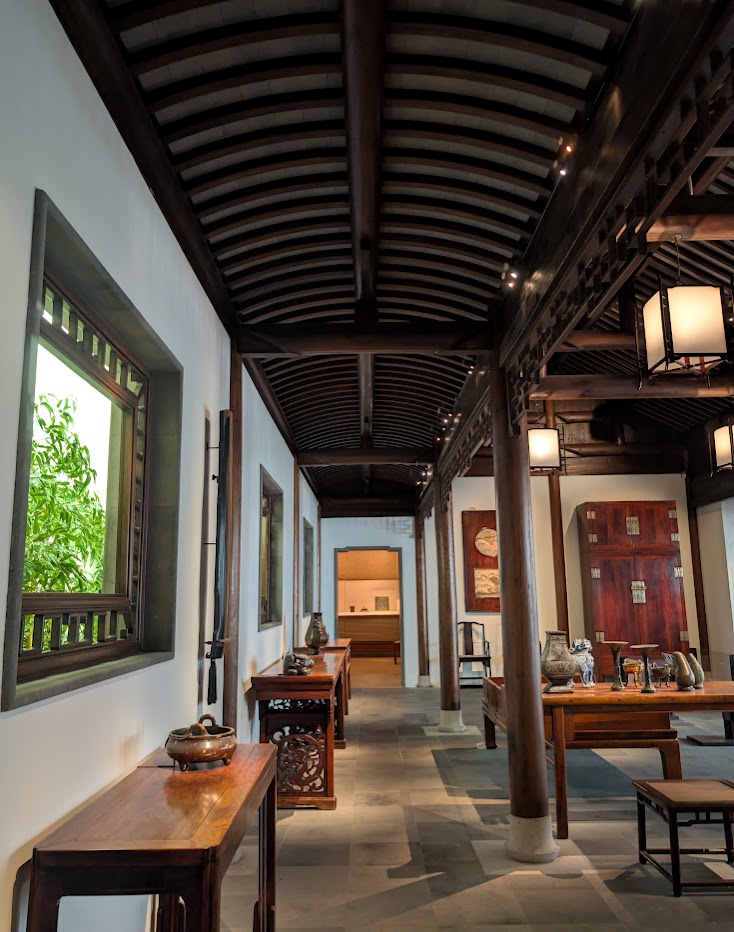
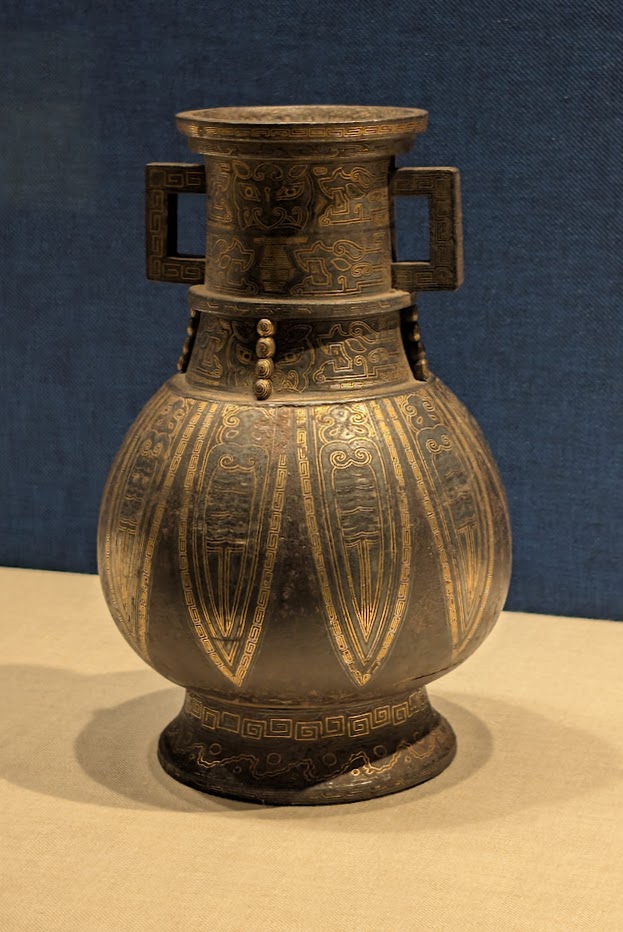
“Recasting the Past: The Art of Chinese Bronzes, 1100–1900” Was on View Until September 2025

Caspar David Friedrich: The Soul of Nature Closed in May 2025
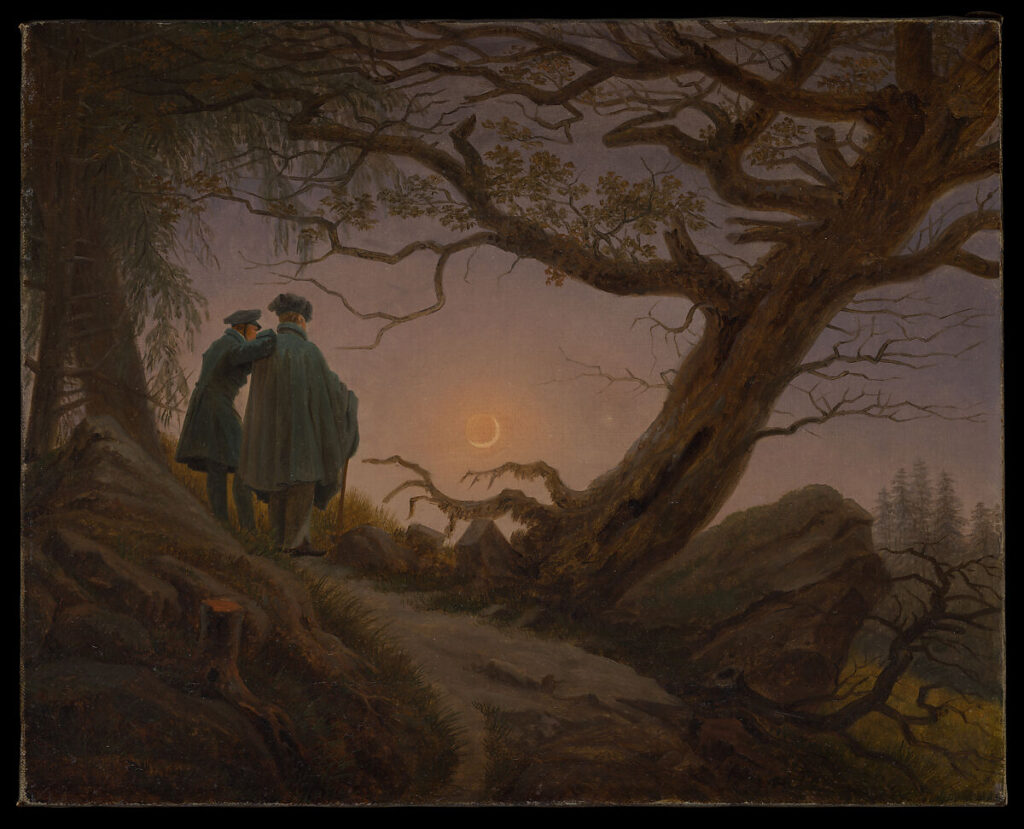
Fascination with the moon ranked high among the German Romantic painters, who regarded the motif as an object for pious contemplation. From February until May 2025, the Met in New York City presented the exhibit Caspar David Friedrich: The Soul of Nature.
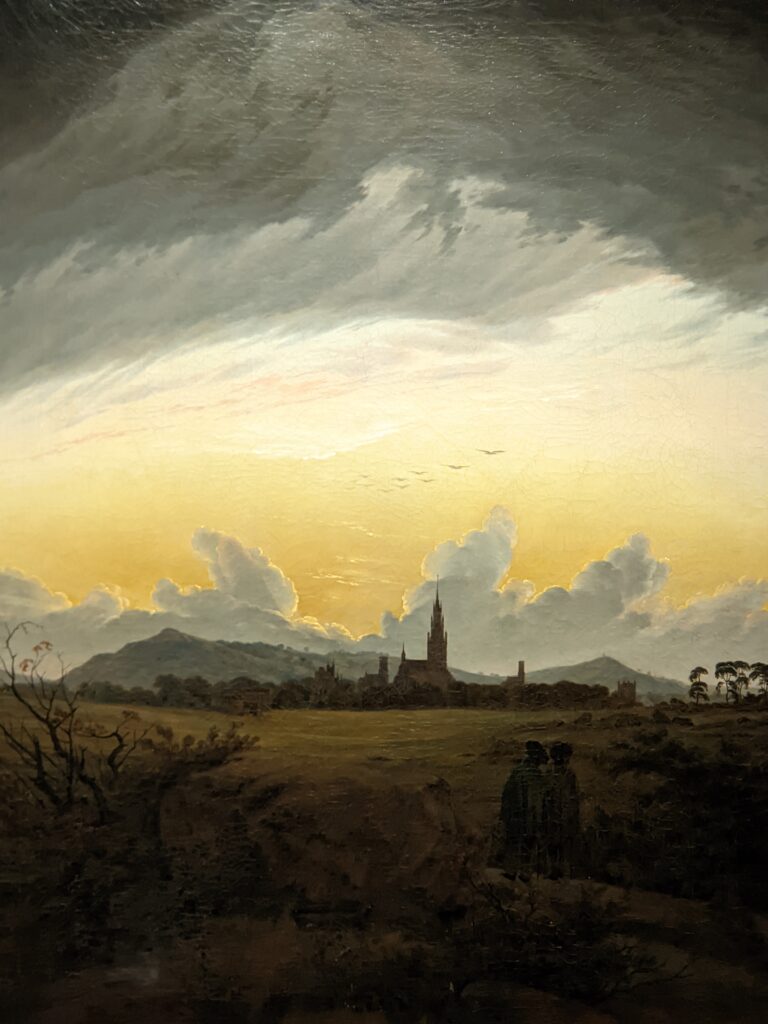
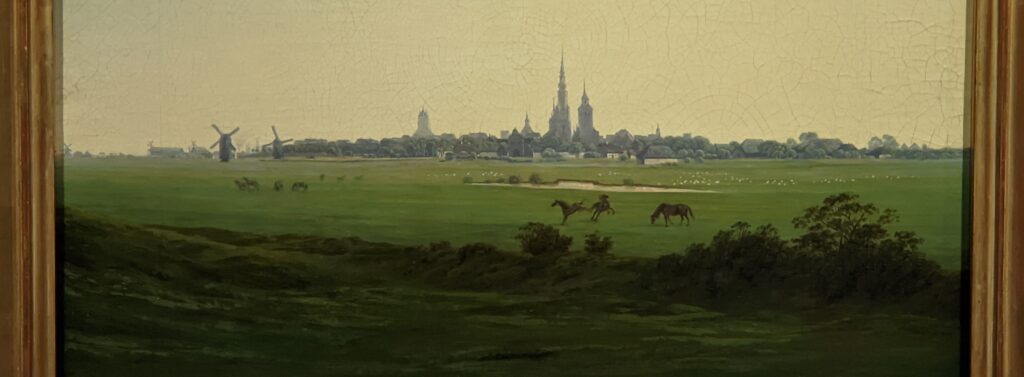
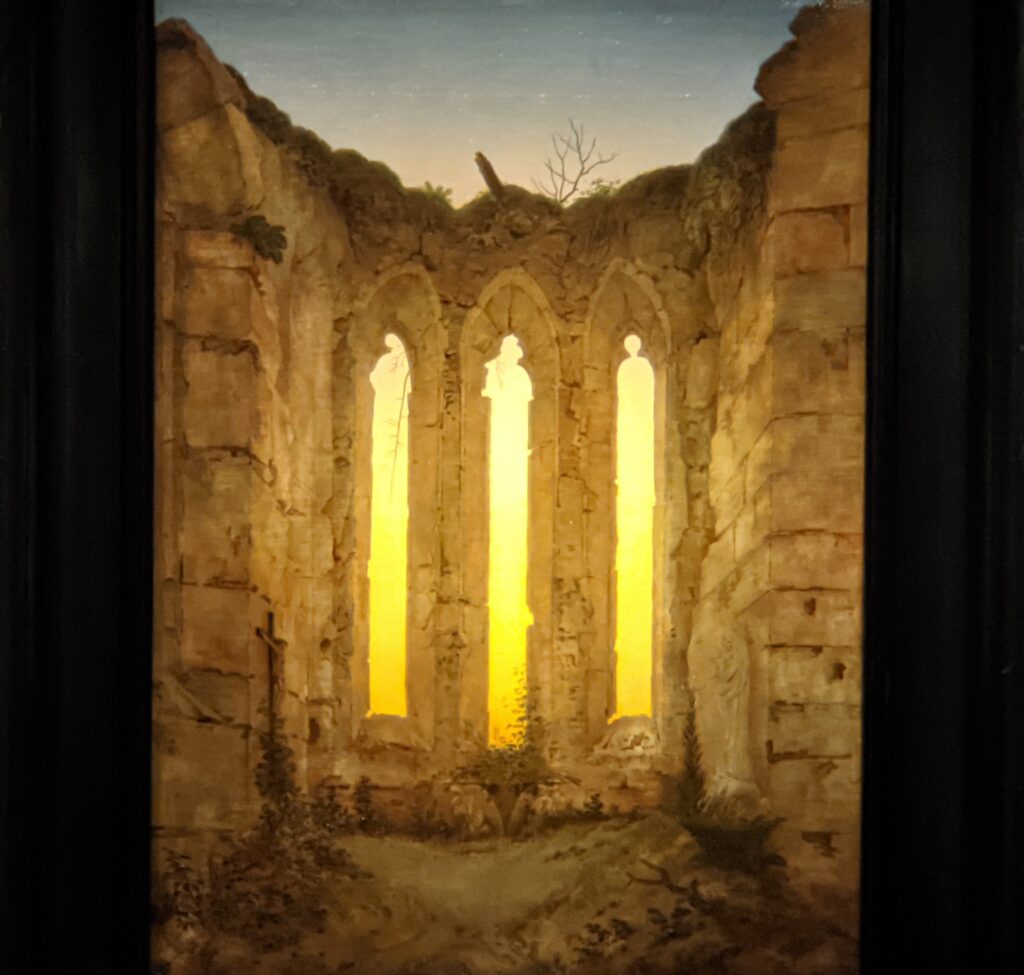
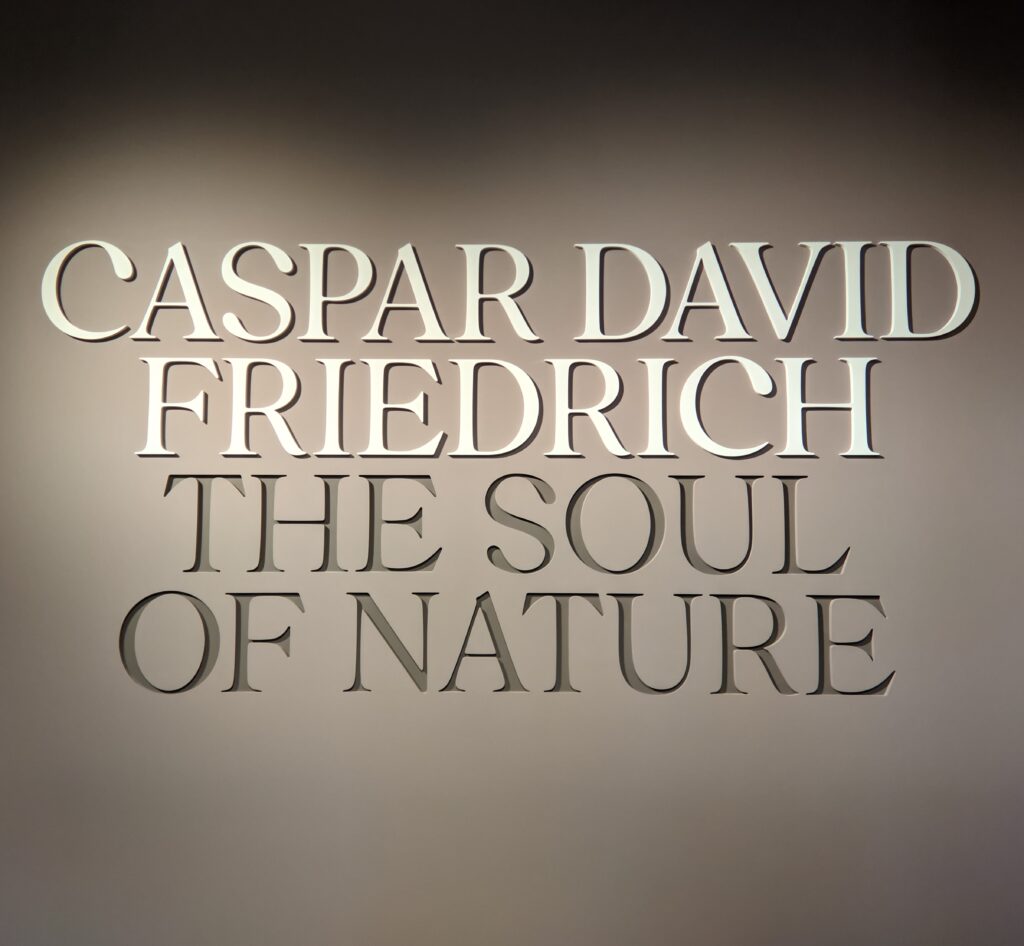
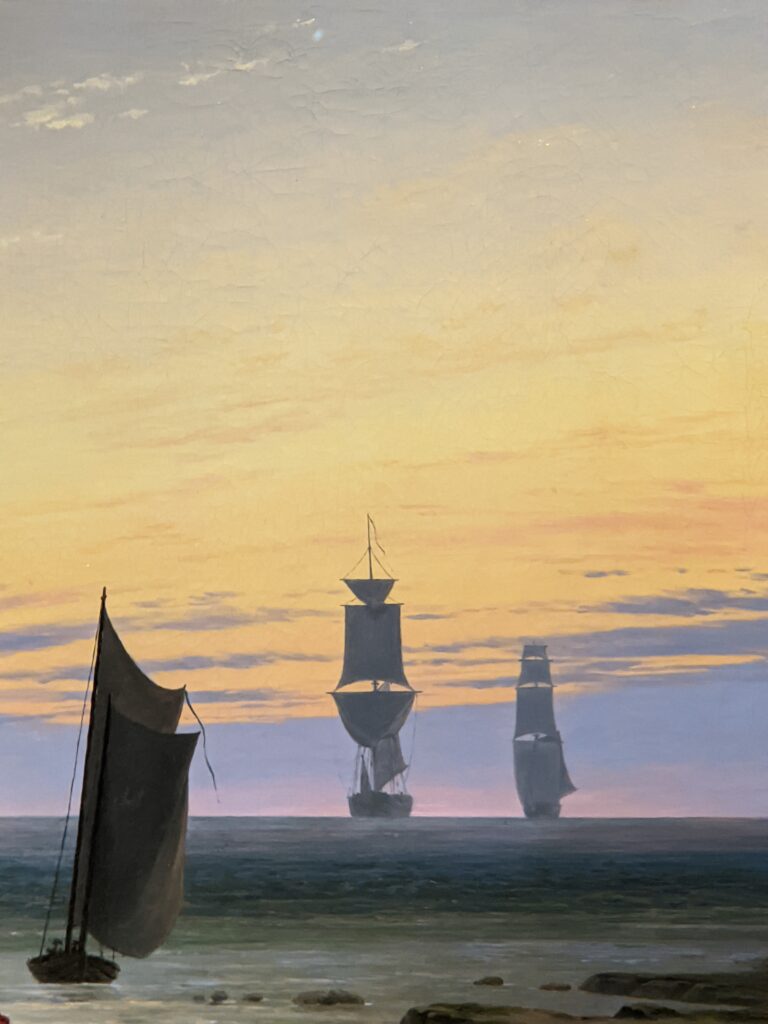
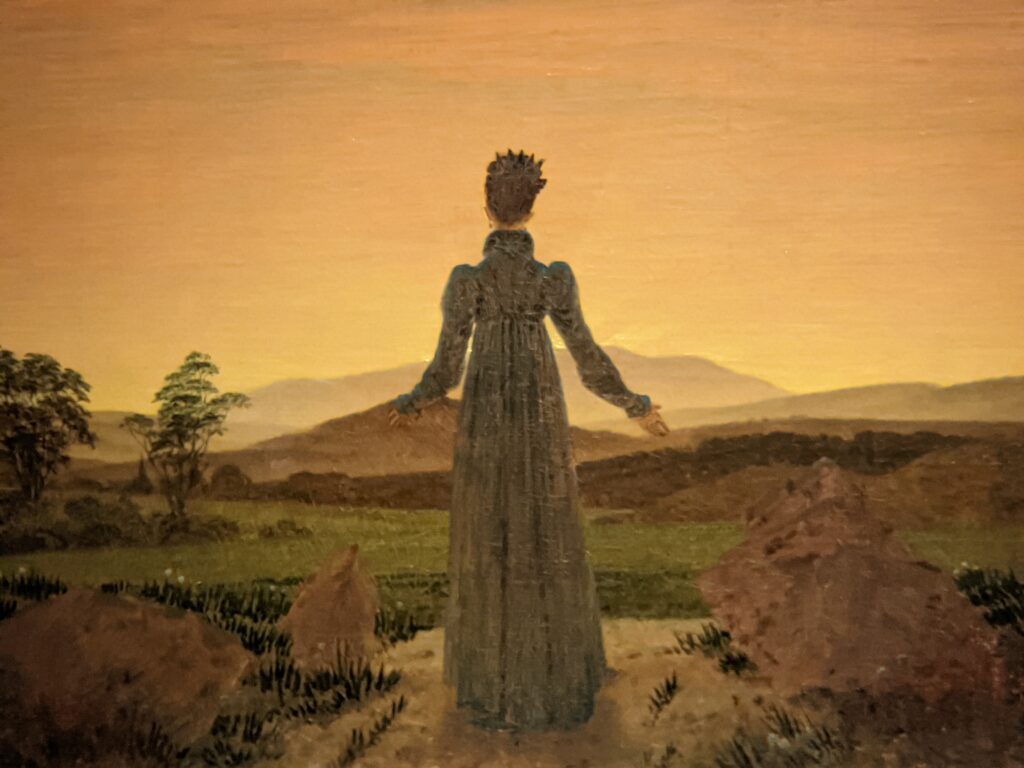
Friedrich (1774 — 1840) re-imagined European landscape painting by portraying nature as a setting for profound spiritual and emotional encounters. This special show, designed to honor the 250th anniversary of Friedrich’s birth, was the first comprehensive exhibition dedicated to the artist held in the United States.
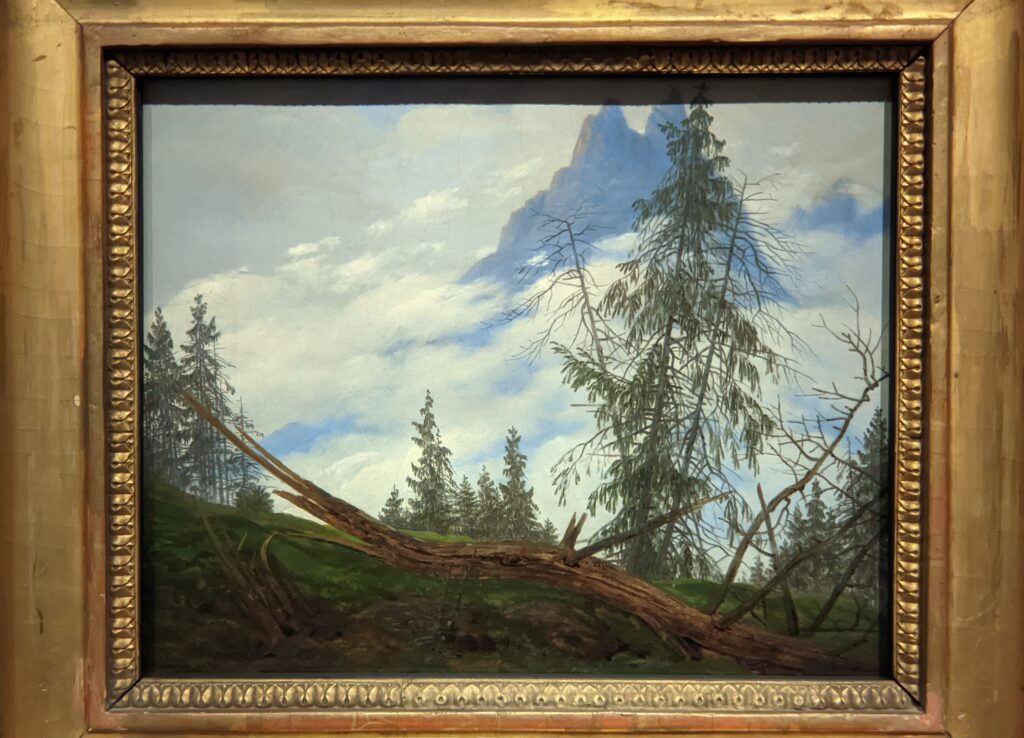
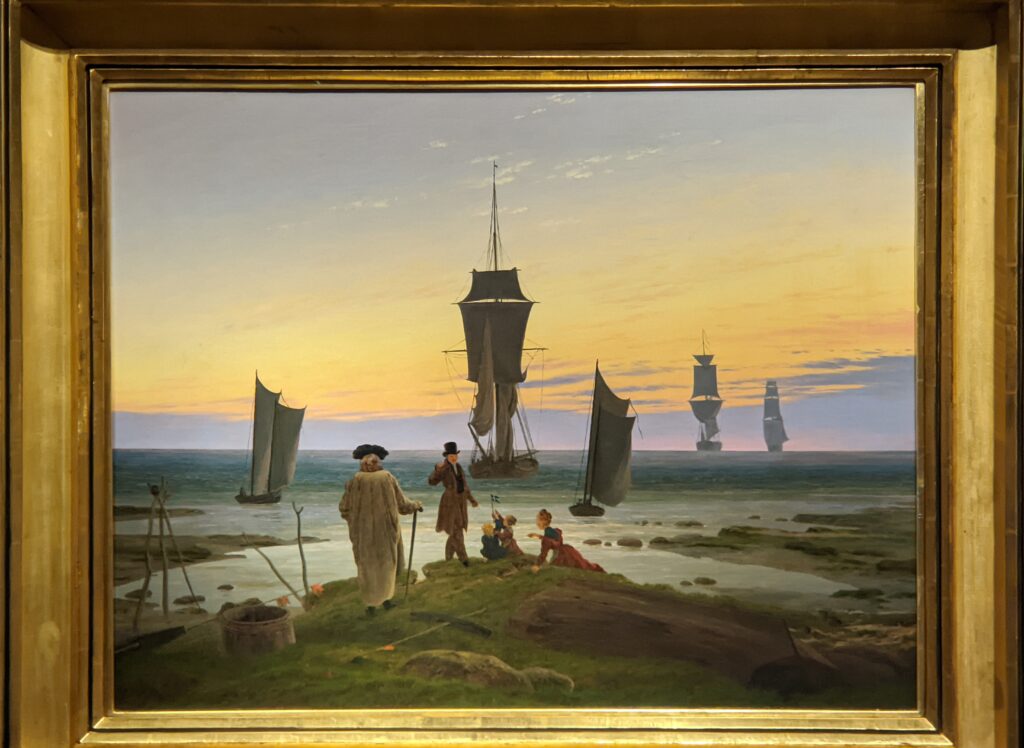
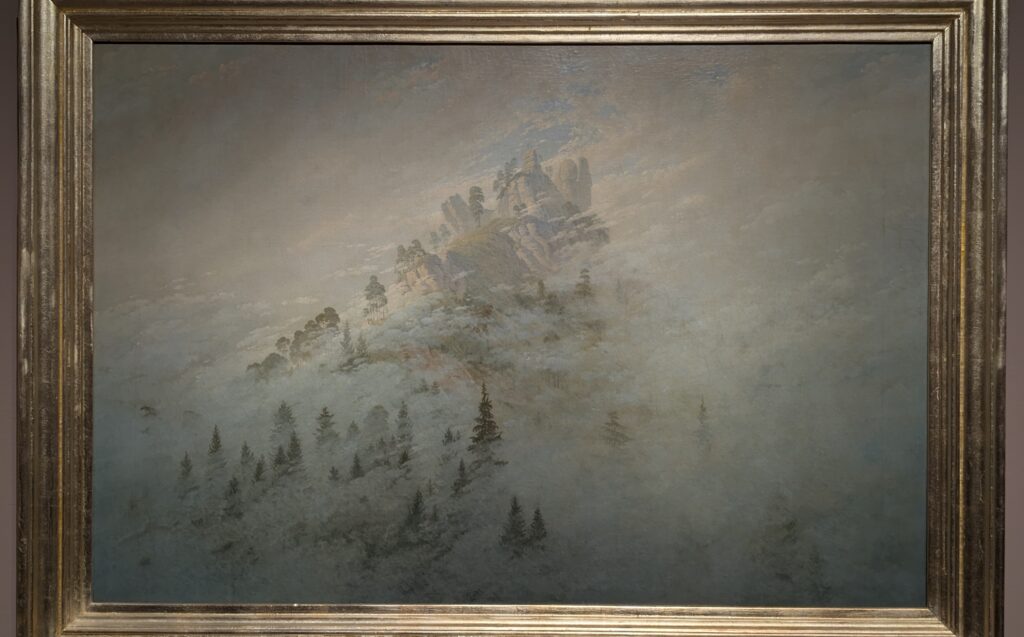
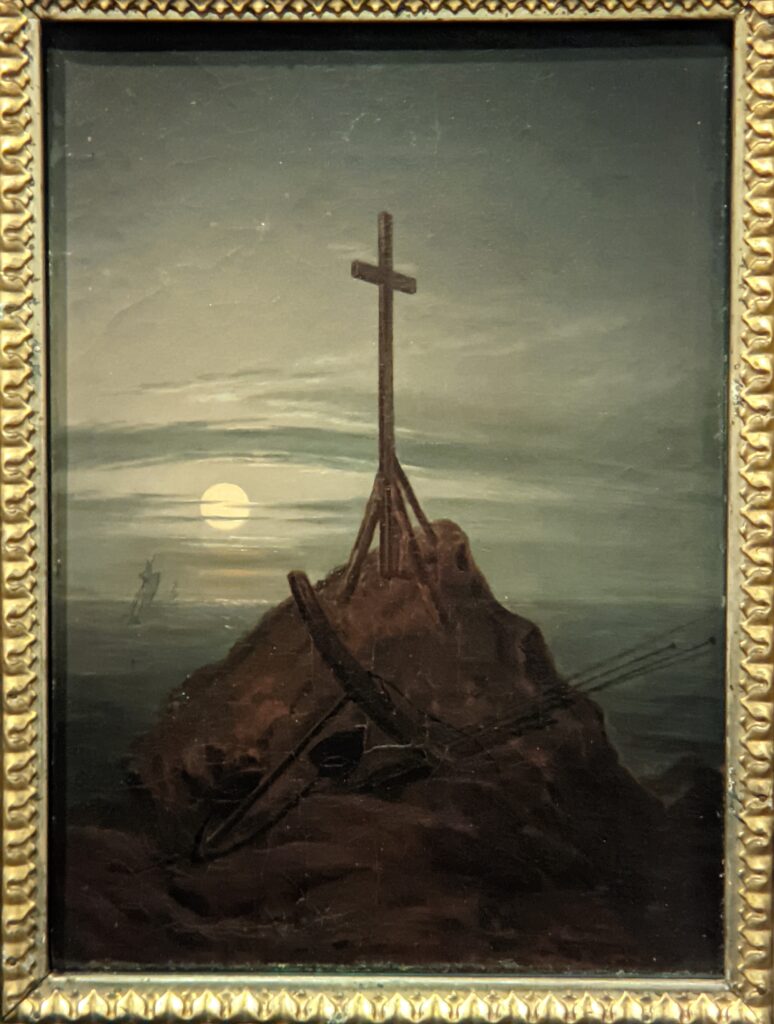
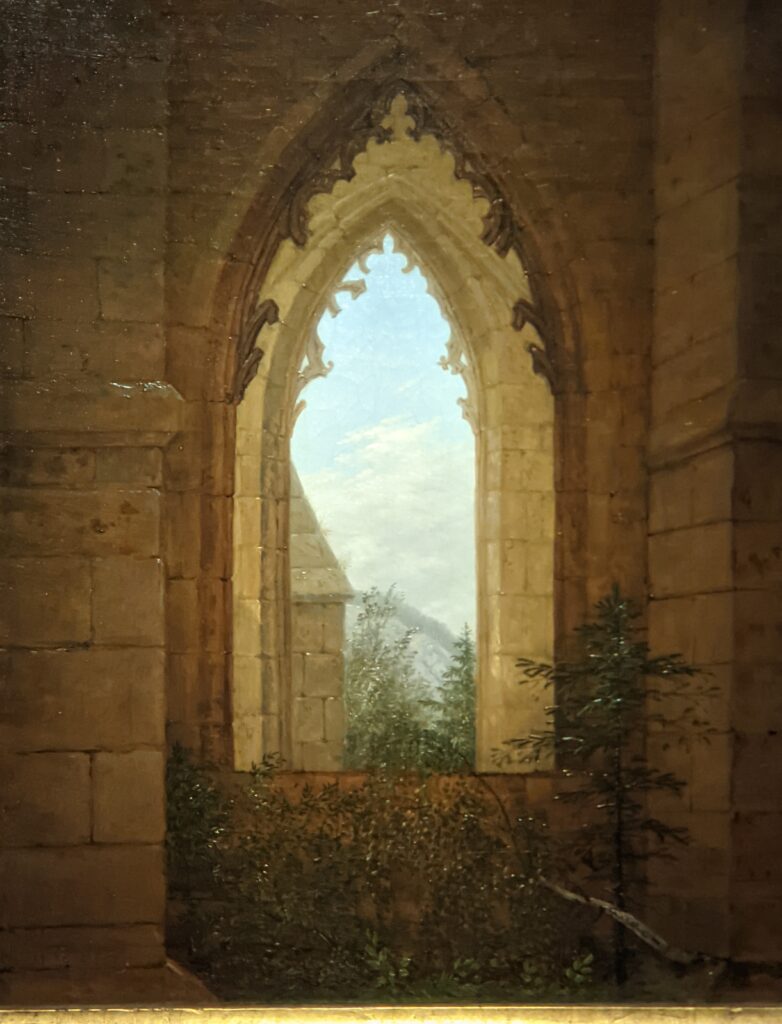
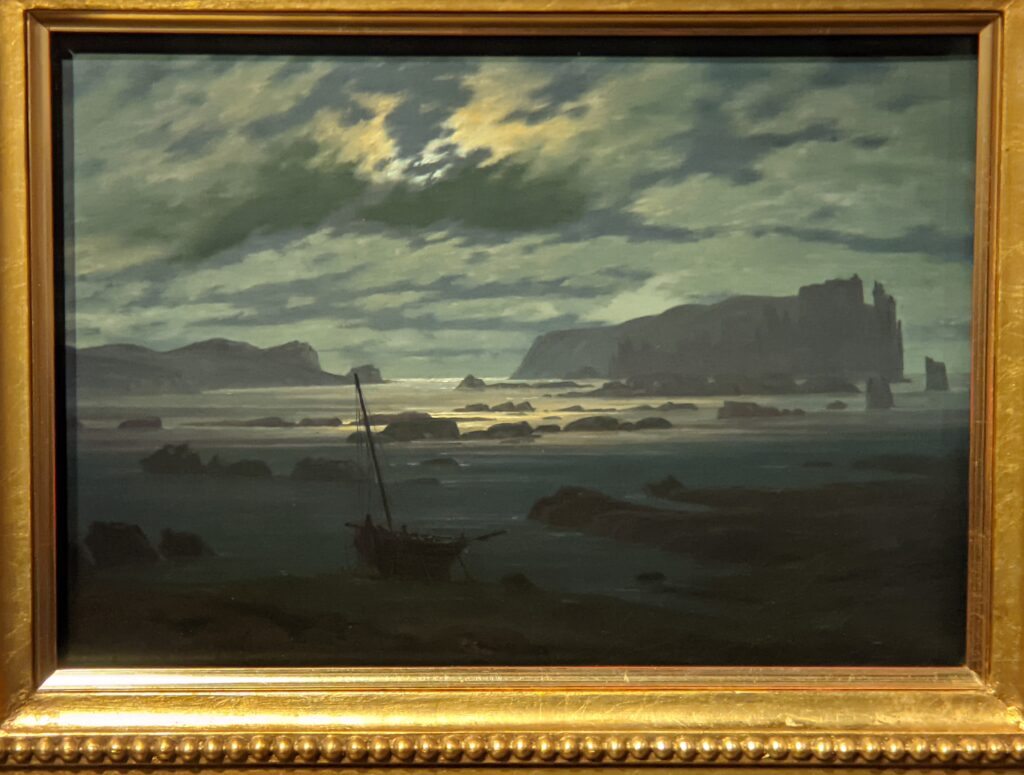
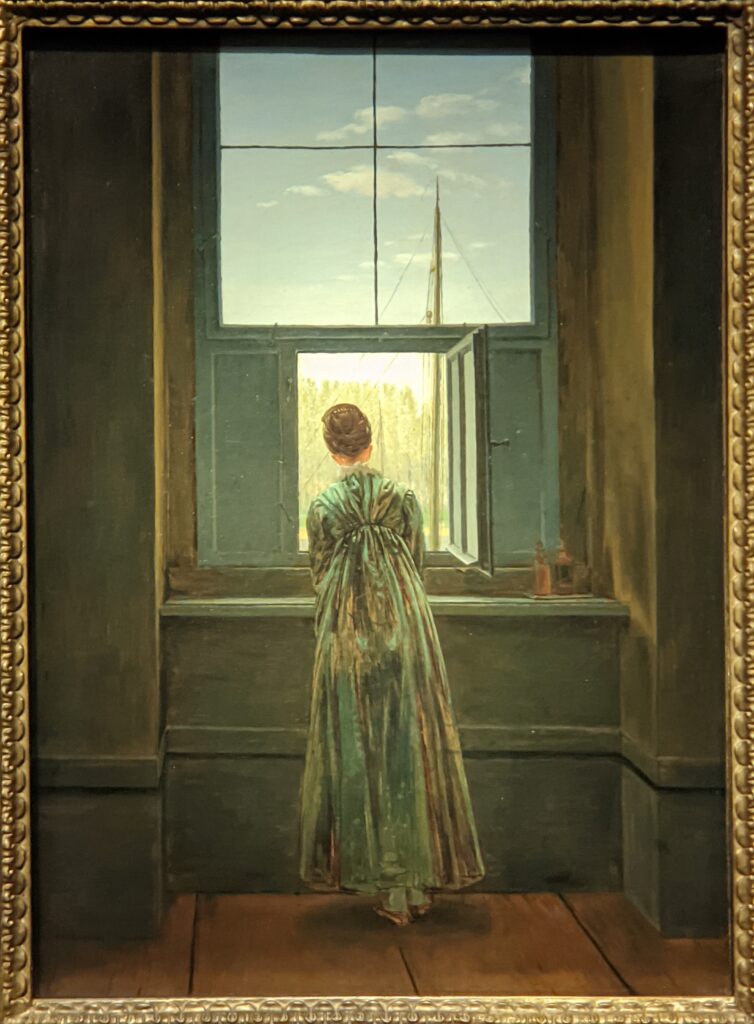
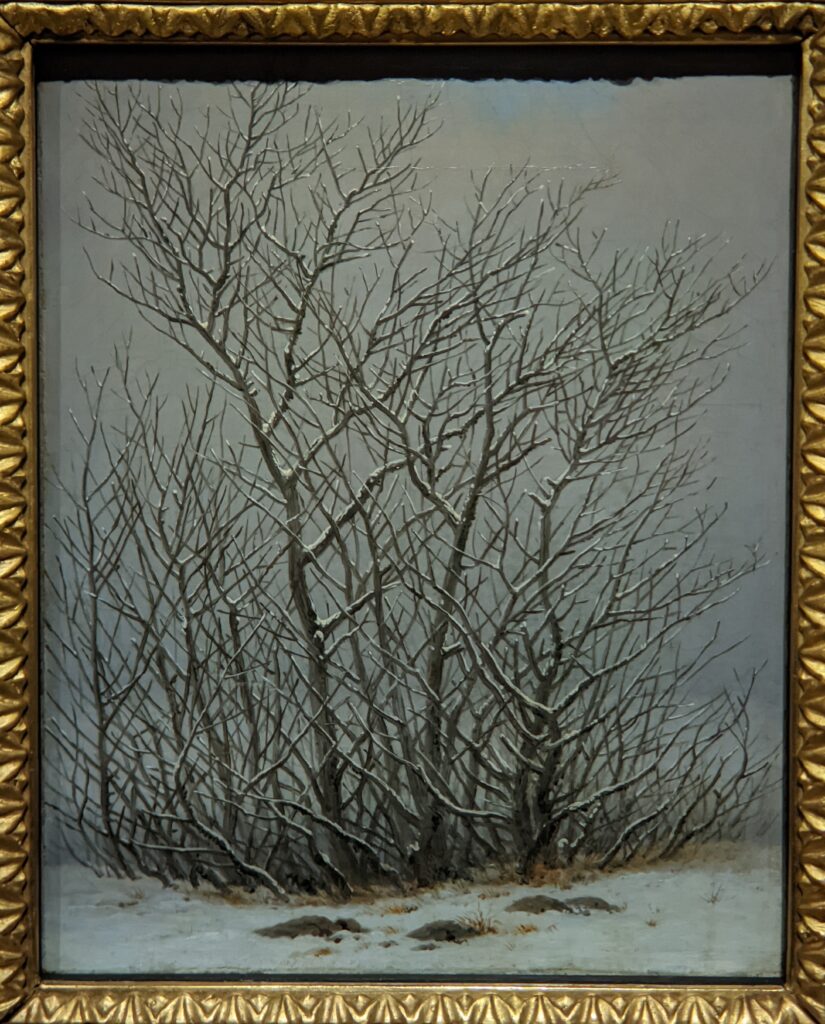
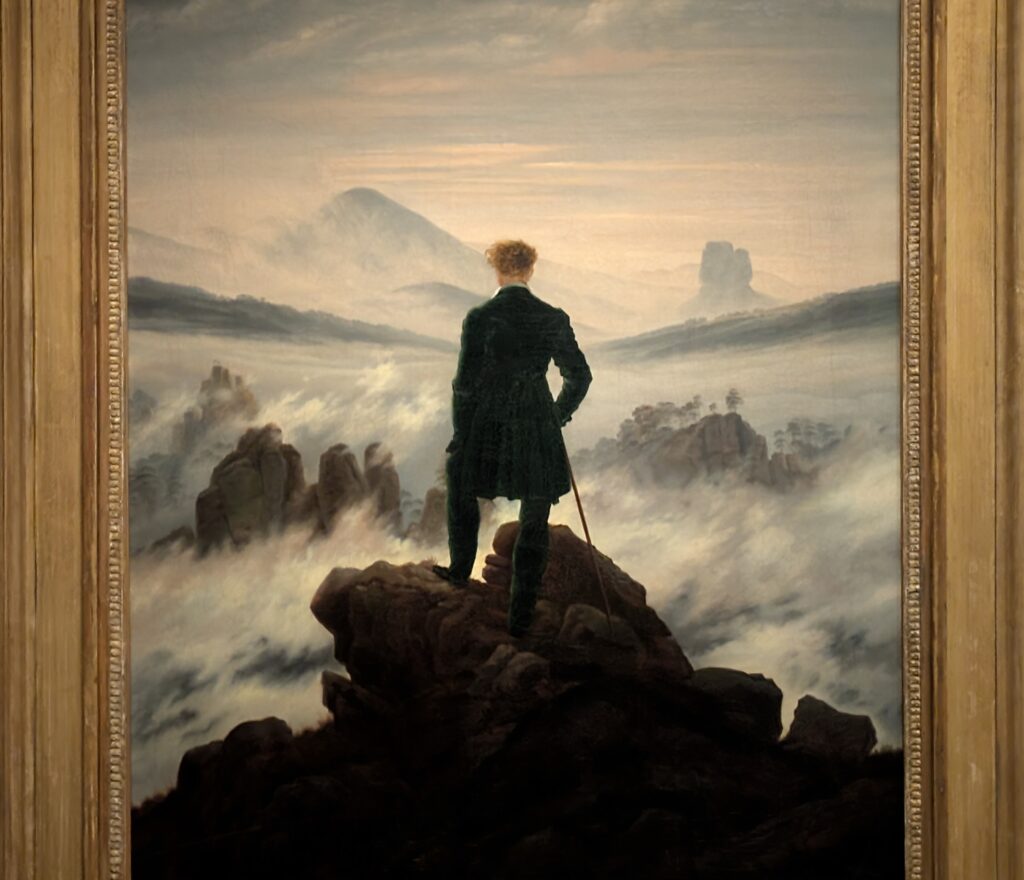
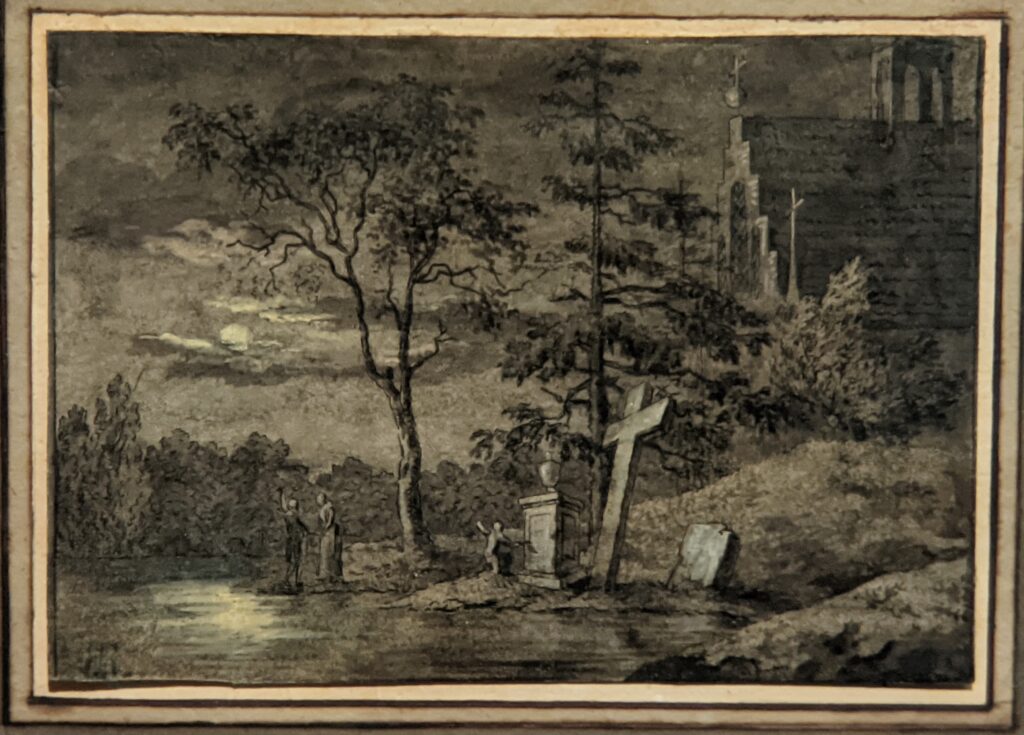
Caspar David Friedrich: The Soul of Nature Closed in New York City in May 2025

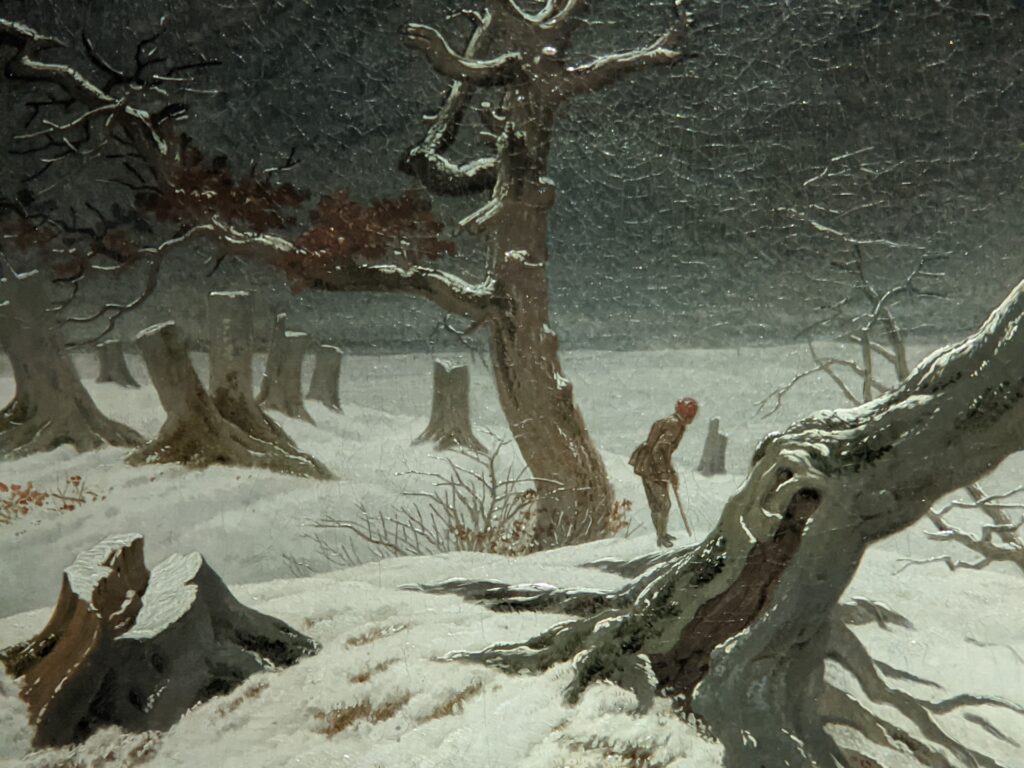
Two noteworthy exhibits were on view during 2024-25 at the Met in New York City: “MANDALAS — Mapping the Buddhist Art of Tibet” and “SIENA: The Rise of Painting 1300 — 1350”
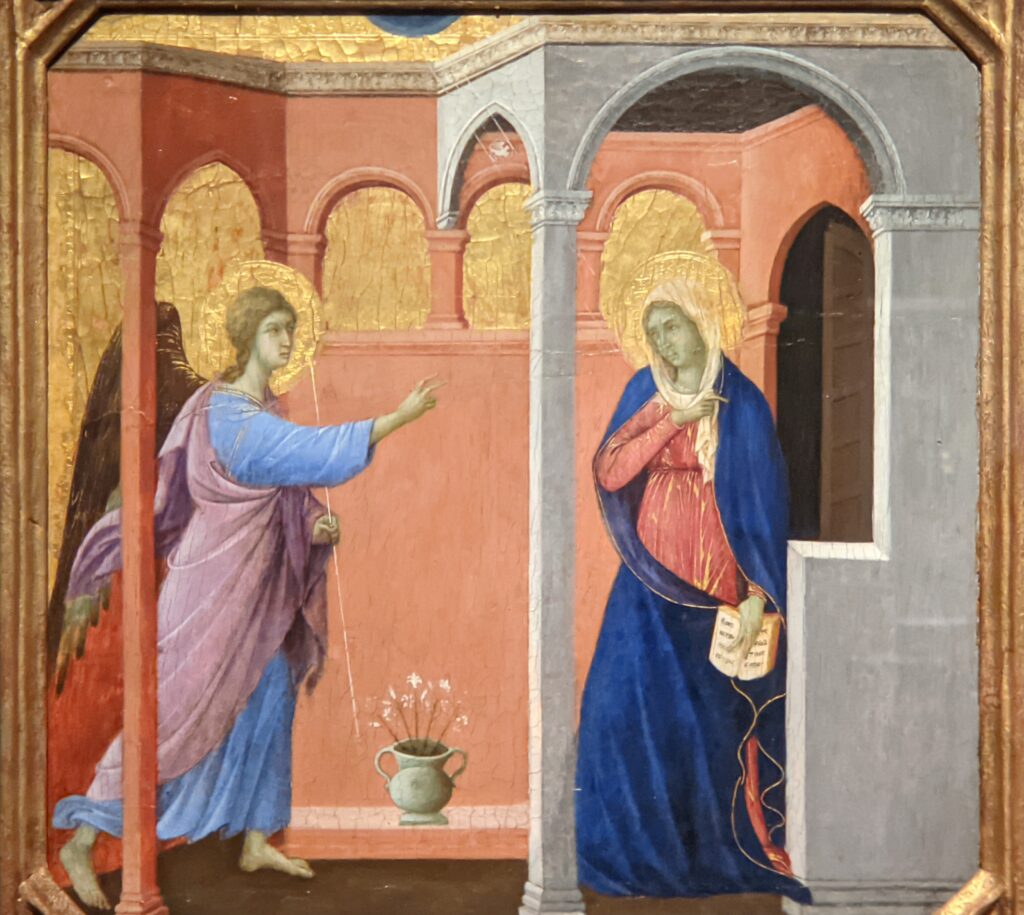

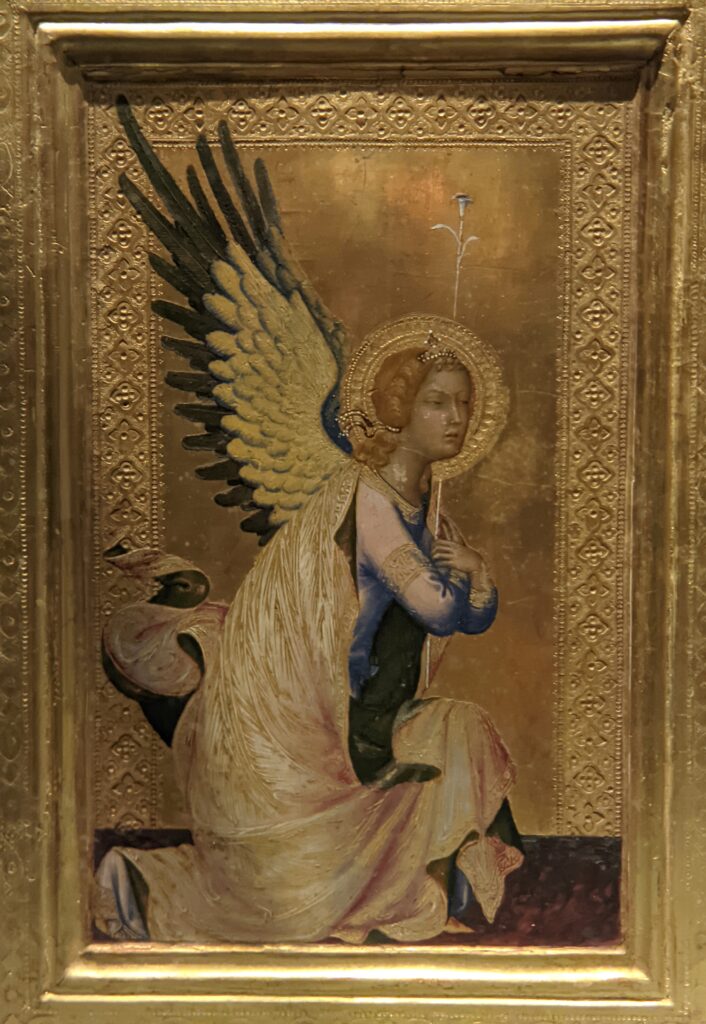
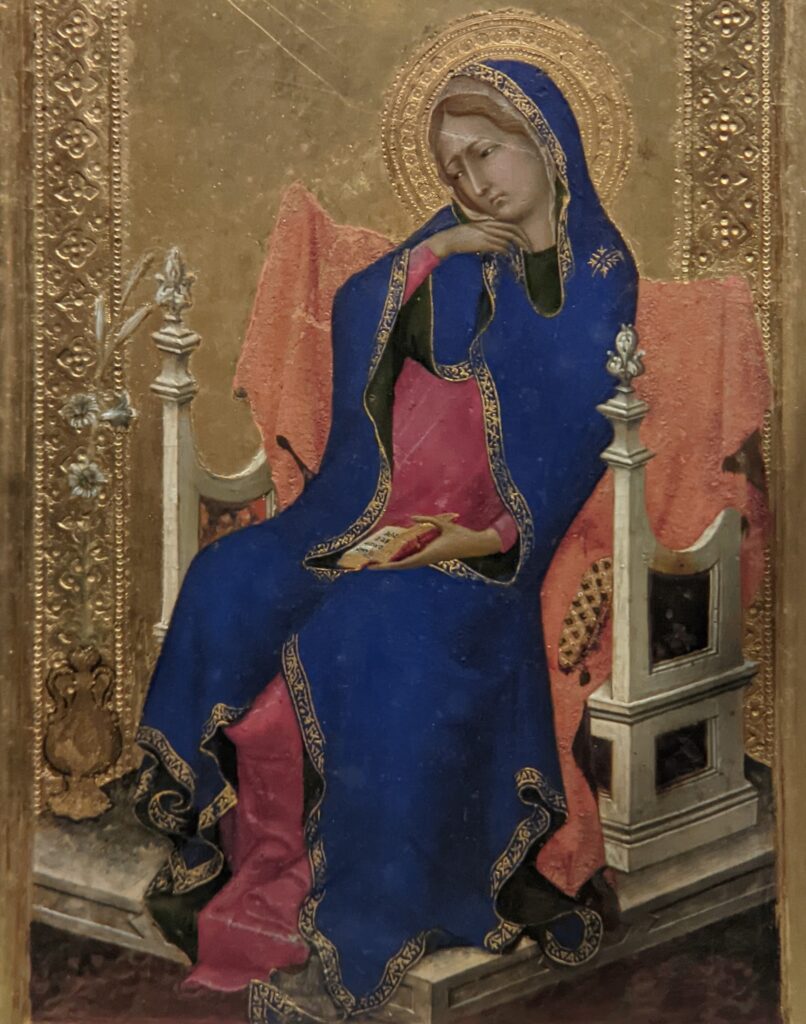
The show entitled “SIENA: The Rise of Painting 1300–1350” possessed the good fortune that results when two venerable institutions — in this case The National Gallery, London and The Metropolitan Museum of Art in New York City — collaborate in order to break new ground in the understanding of Renaissance painting. Sienese artists such as Duccio di Buoninsegna, Pietro Lorenzetti and Ambrogio Lorenzetti played a pivotal role in the development of Western religious art at the dawn of the Italian Renaissance. The Orsini Polyptych (pictured above and below) was created circa 1335–40 using tempera and gold leaf on panel. It is a fine example of the dramatic expressiveness of the artist Simone Martini (ca. 1284 — 1344).
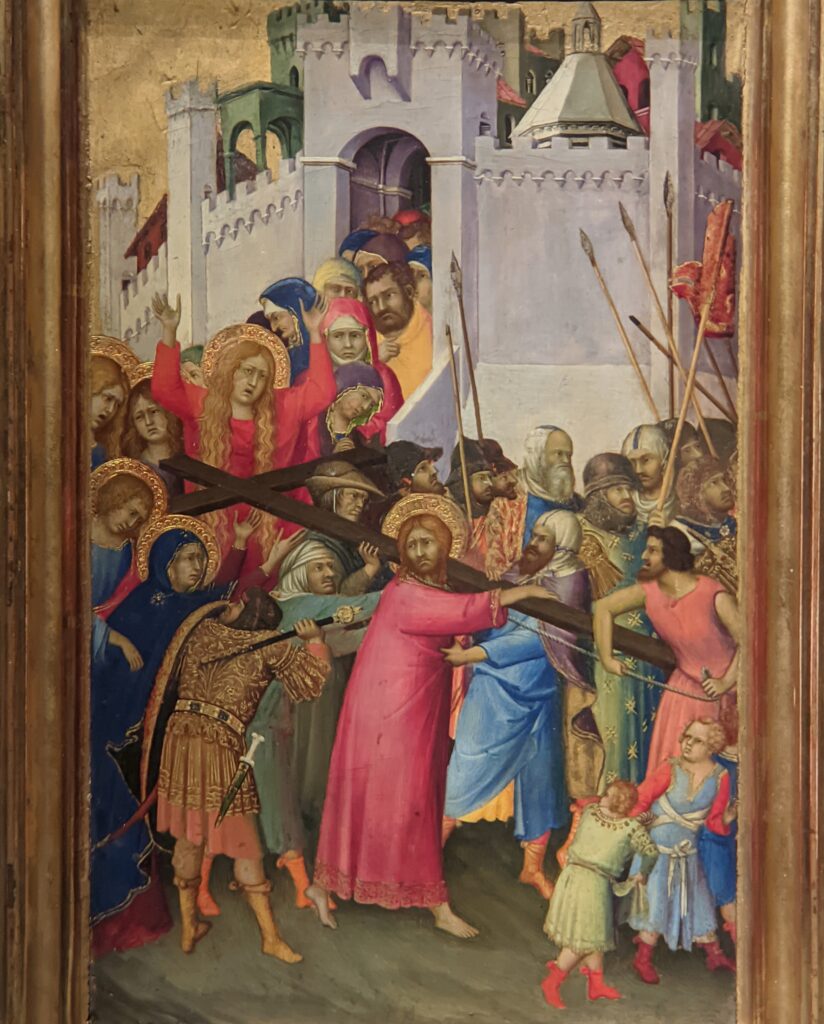
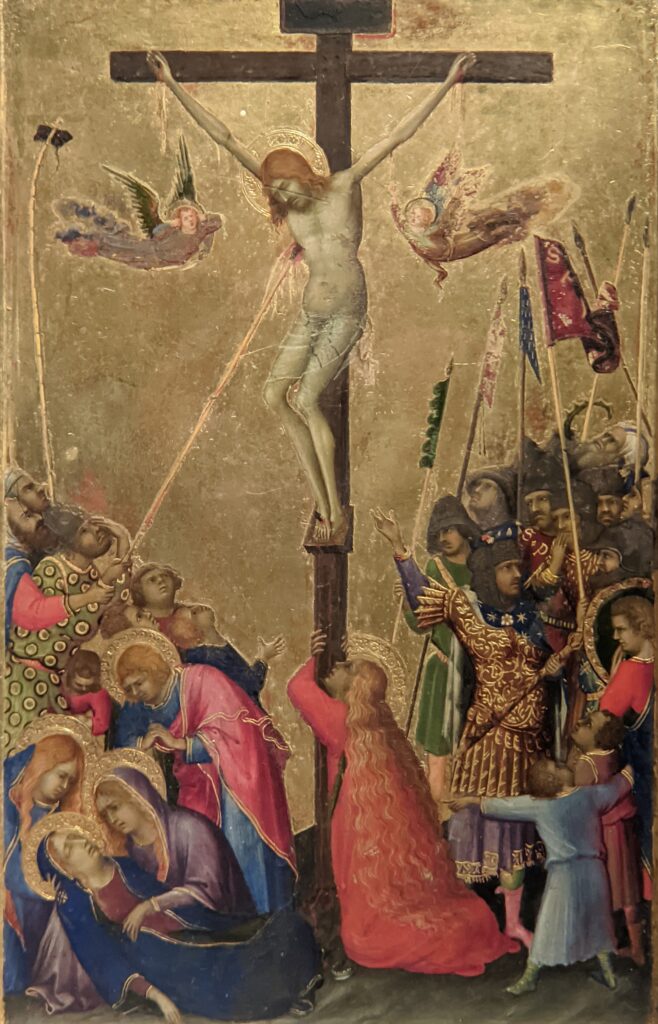
The achievements and innovations of the painters from Siena were influential in Florence (considered the center of the Renaissance) and beyond. The motifs used by Martini in his Orsini Polyptych, for example, were admired and copied in Northern Europe, where his influence can been seen in the manuscript (below) created by the Franco-Netherlandish Limbourg Brothers over 60 years later.
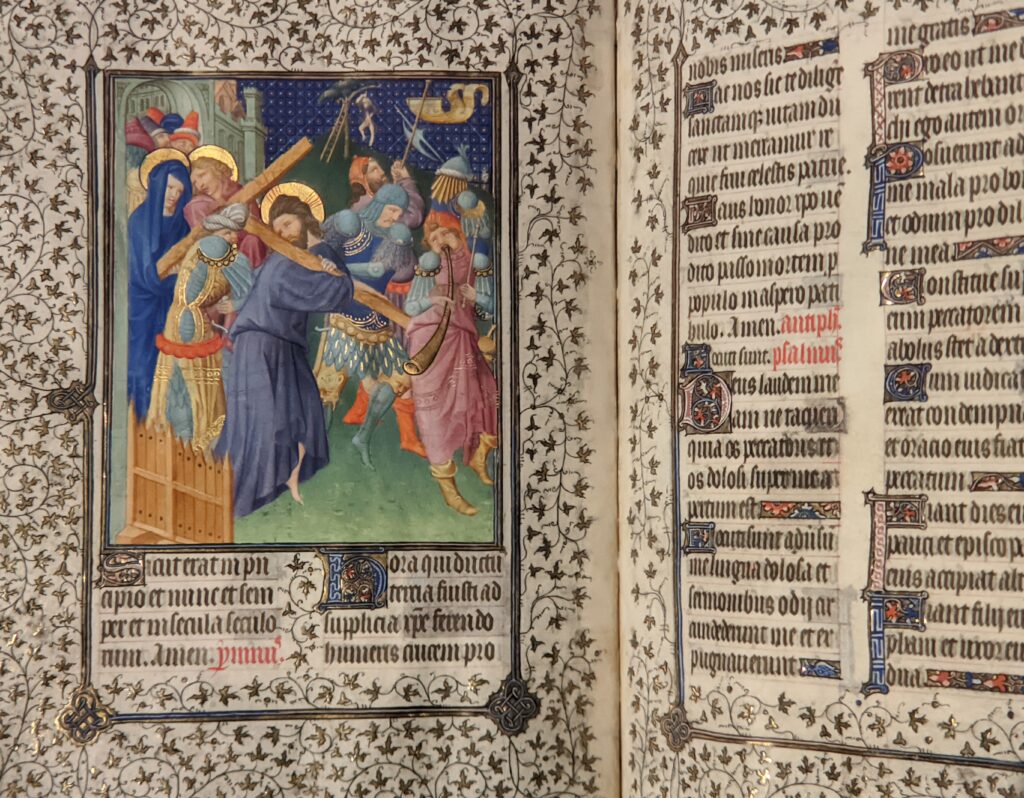
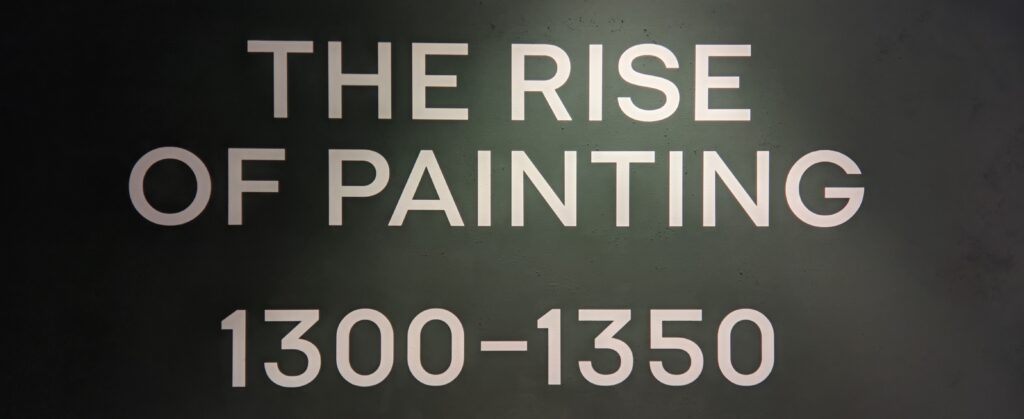
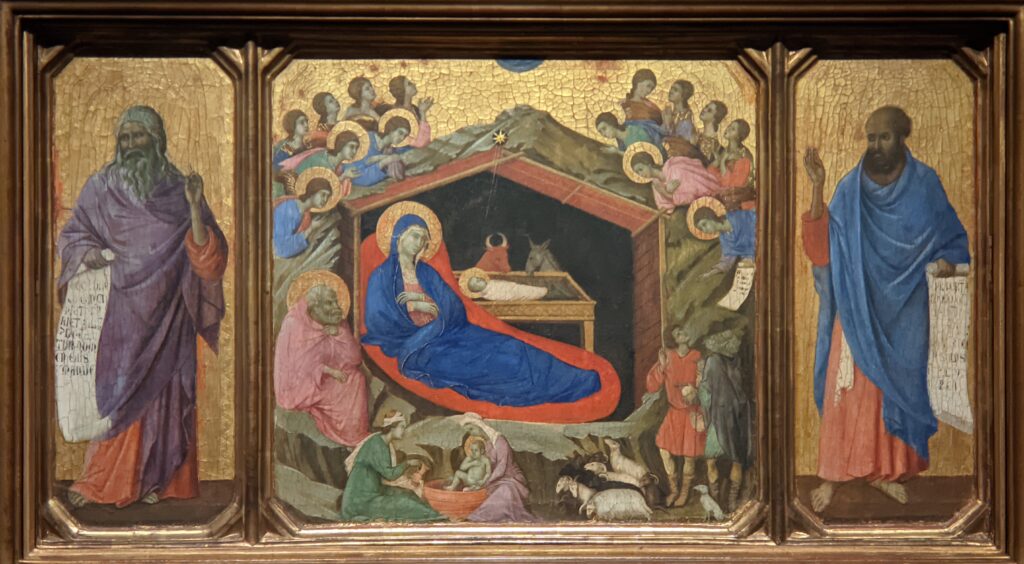
Duccio di Buoninsegna
Considered the greatest of the Sienese painters, Duccio di Buoninsegna (known as “Duccio”) was born around the year 1255 when the Tuscan city of Siena was one of the great capitals of Italy, having defeated the Florentines in 1260. Before his death, circa 1319, Duccio founded the Sienese School, fused the fresh spirituality of the Gothic style with the formality of the Italo-Byzantine tradition, and painted the most important altarpiece for Siena’s cathedral. Duccio is widely regarded as one of the most influential Italian painters of the Middle Ages.
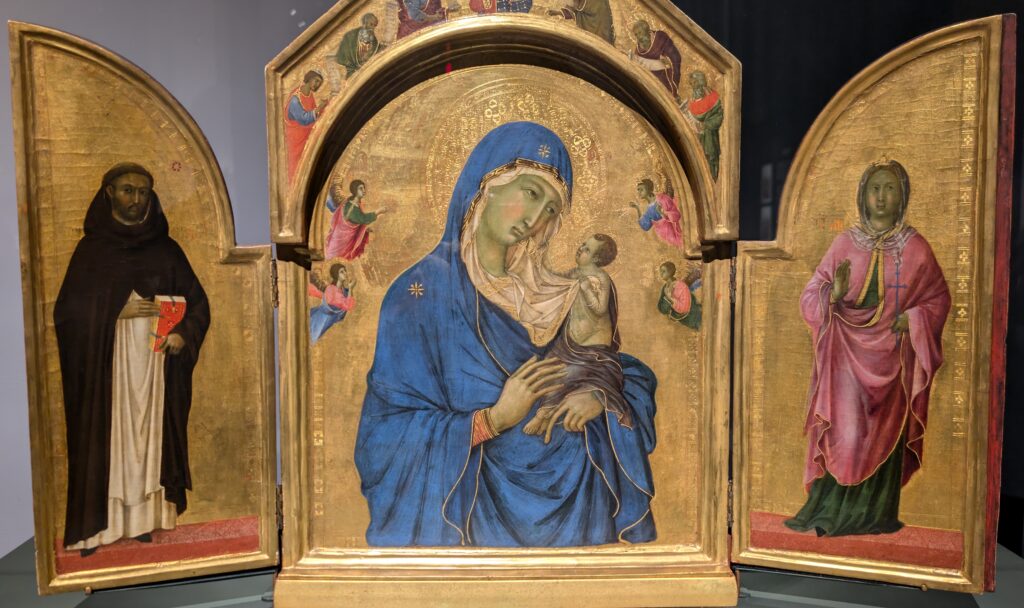
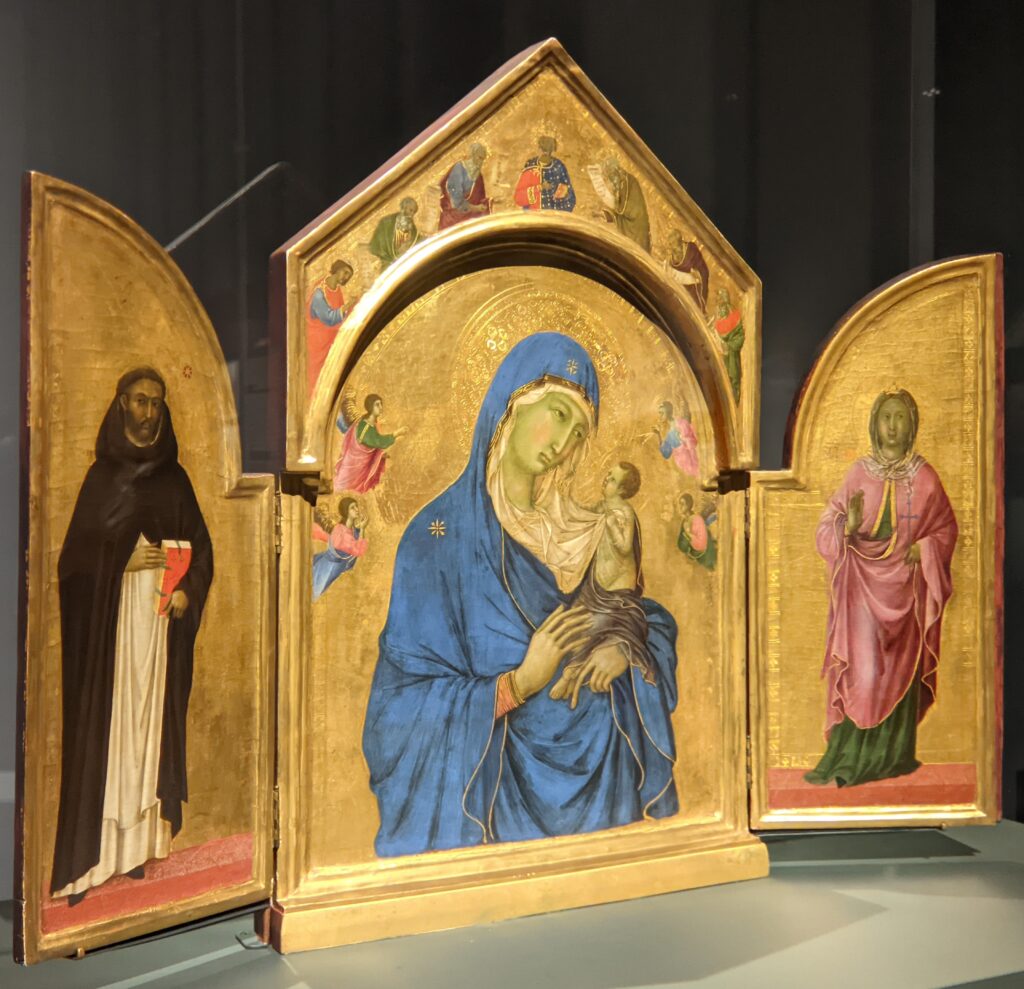
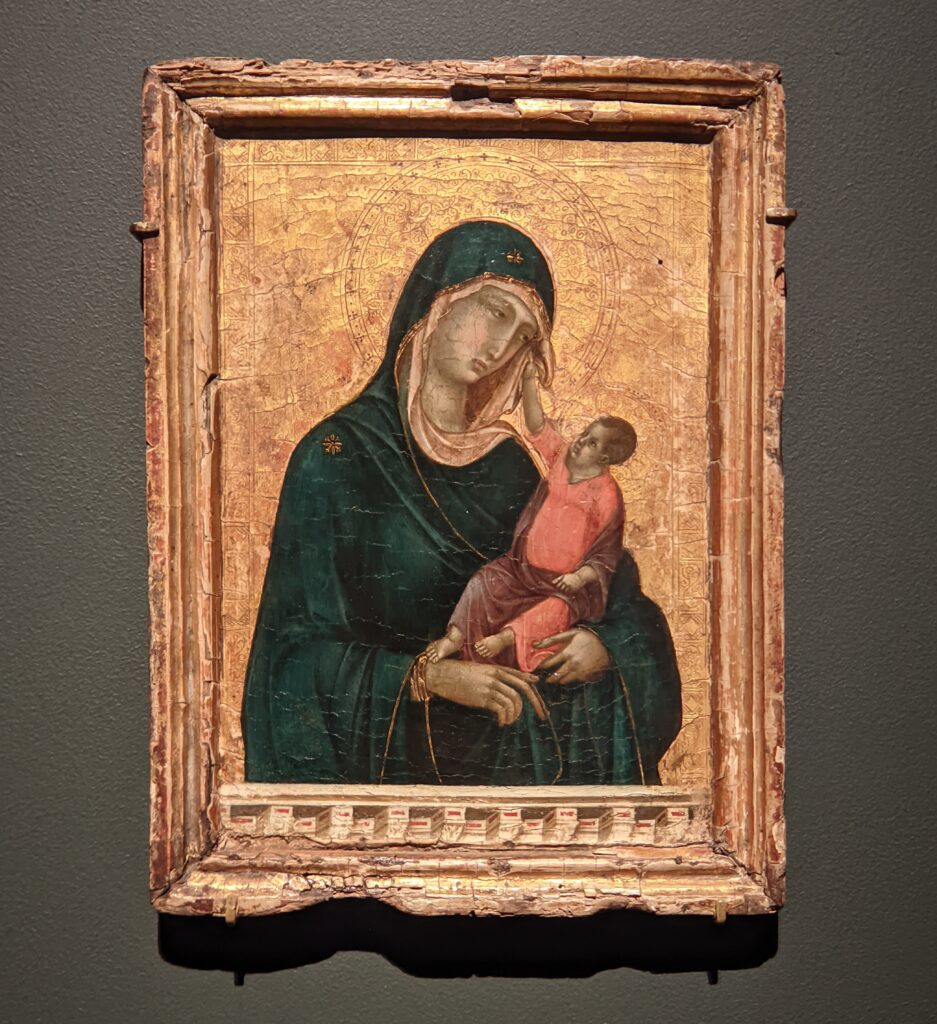
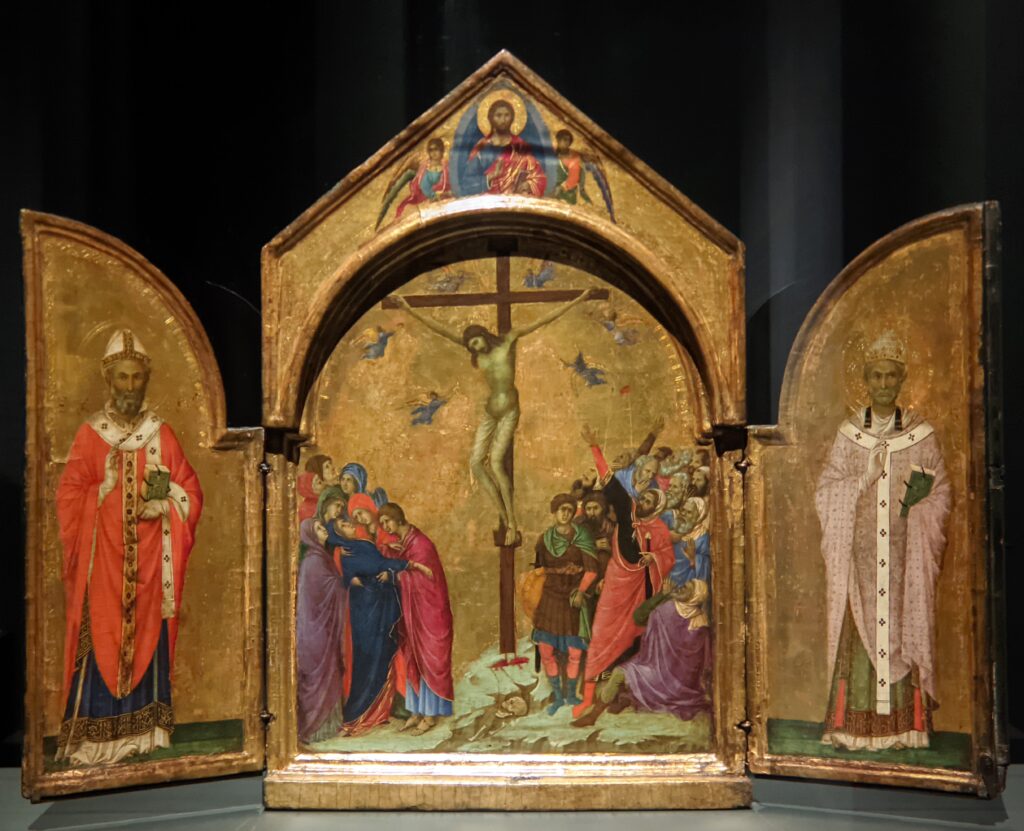
Simone Martini
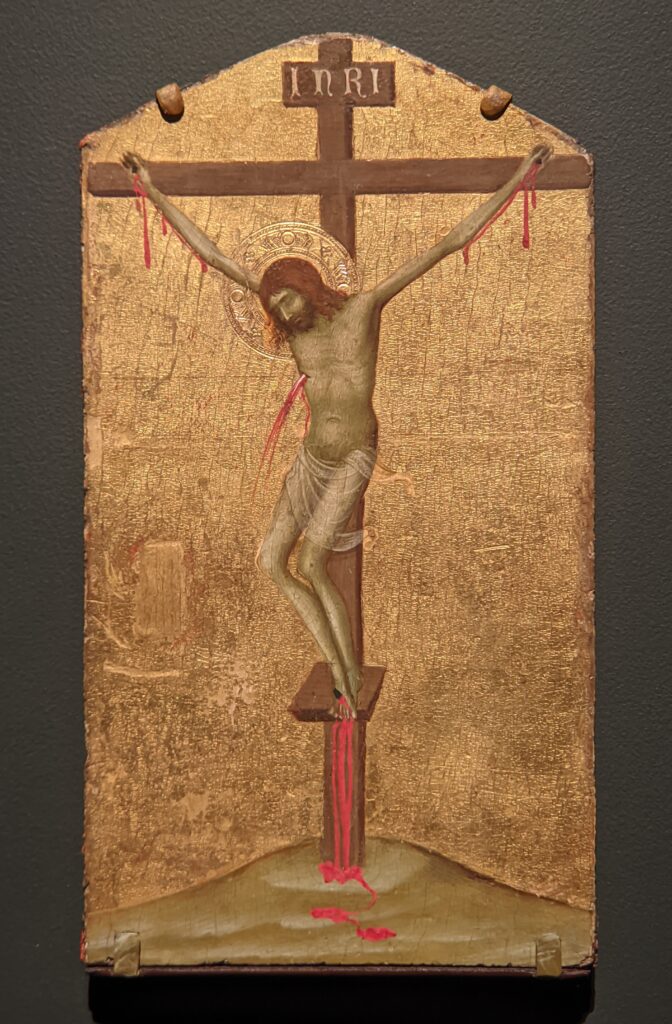
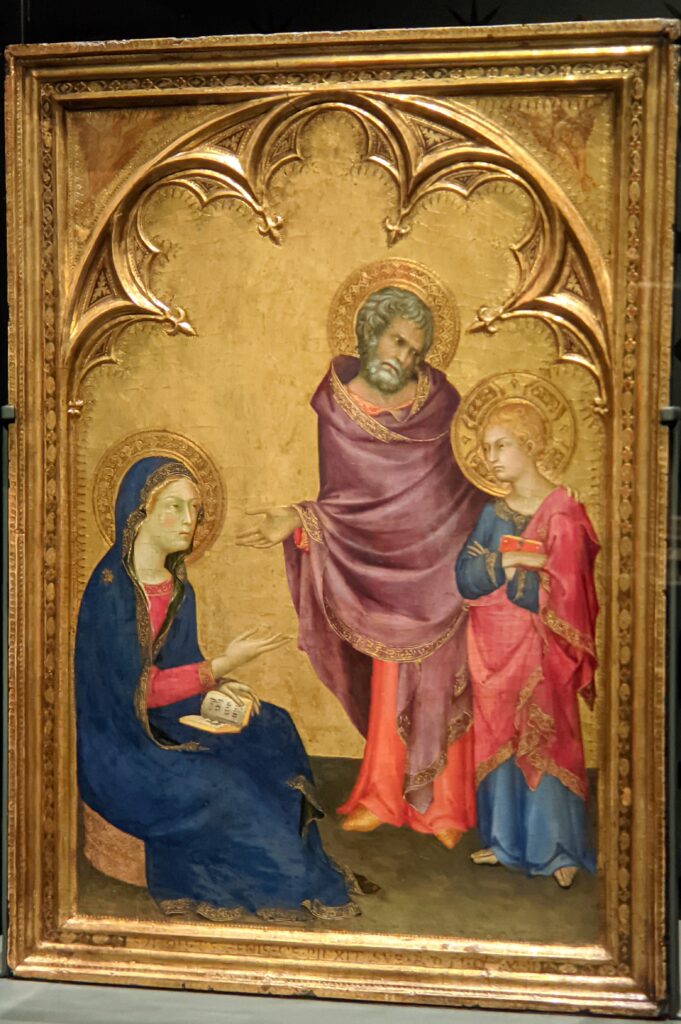
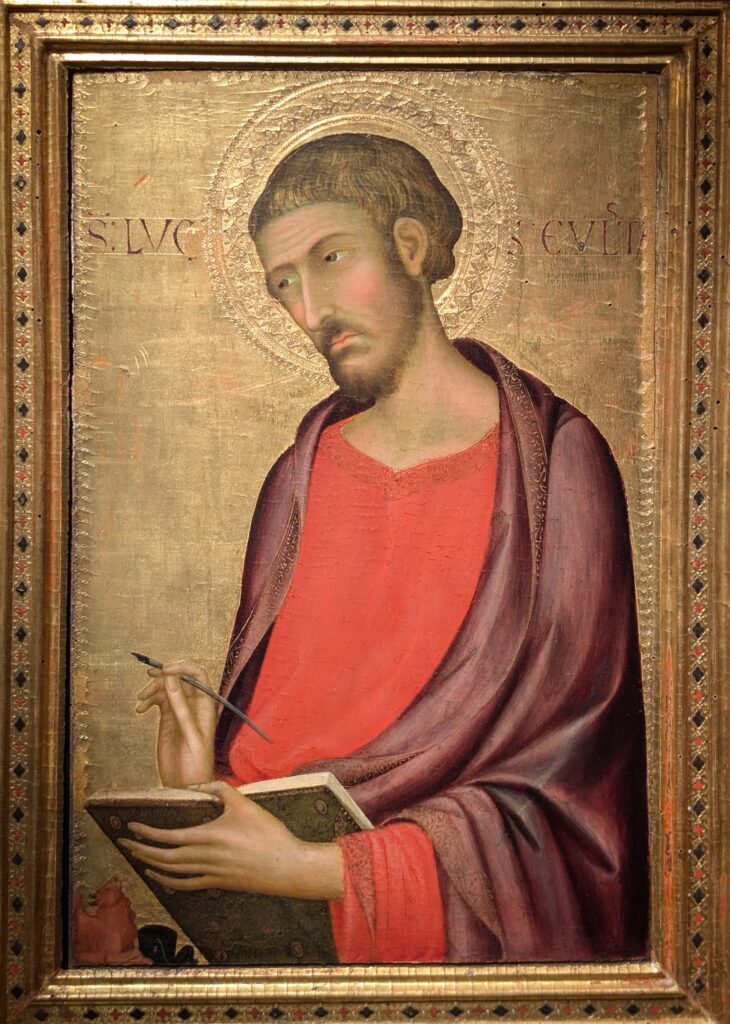
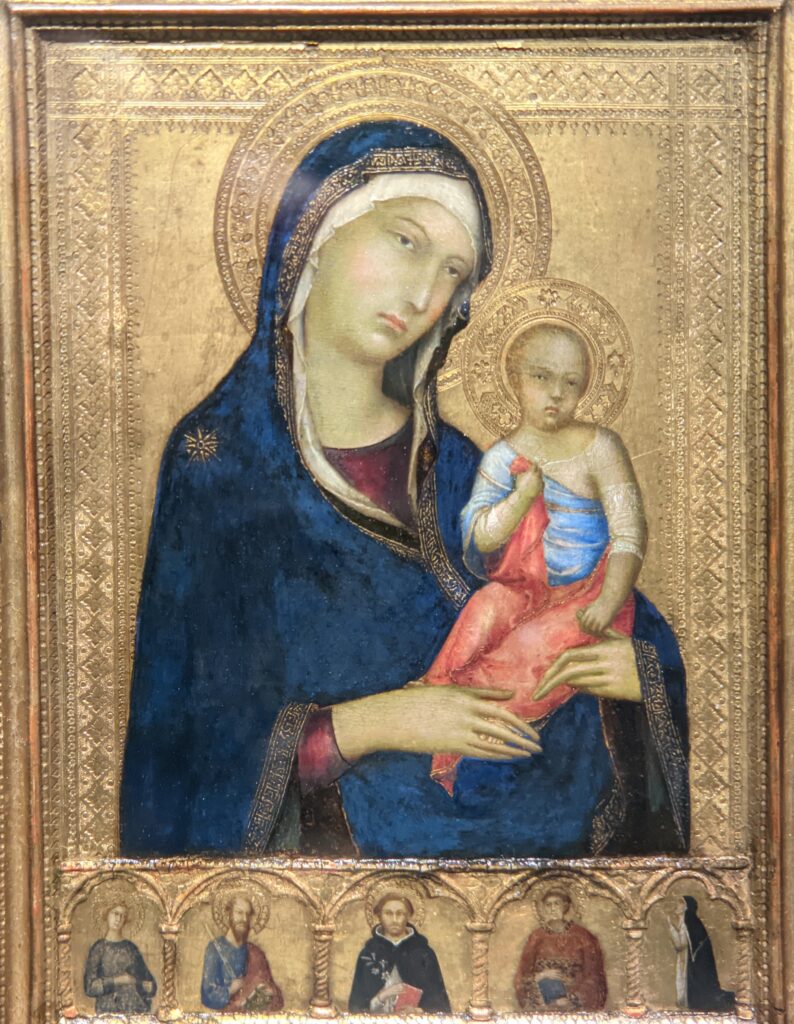
Simone Martini, the Lorenzetti brothers, and the other artists on view here did not survive the catastrophic bubonic plague known as the Black Death that gripped Europe from 1346 to 1353 killing as many as 50 million people, perhaps 50% of Europe’s 14th-century population.
Ambrogio Lorenzetti (1320 — 1348)
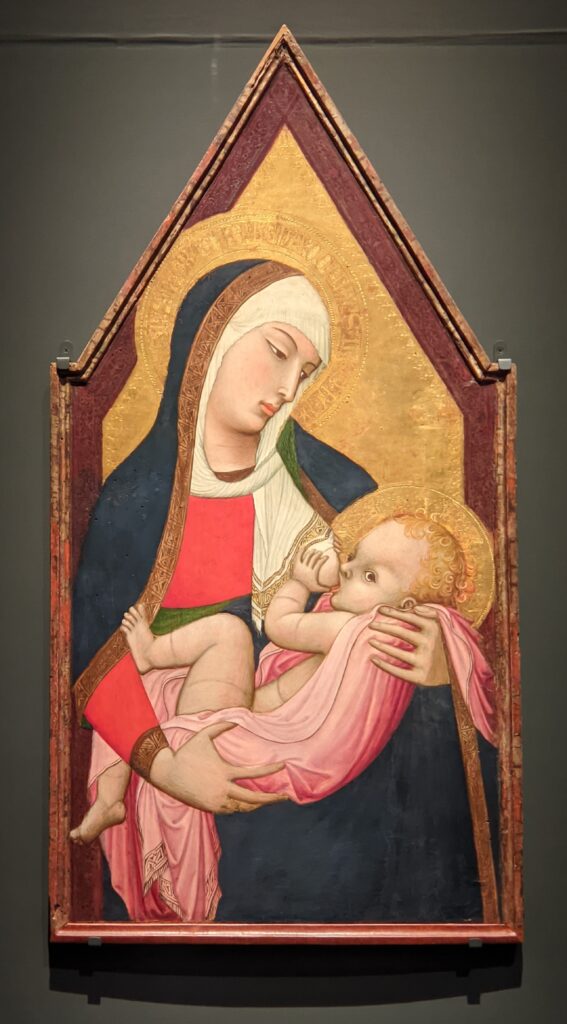
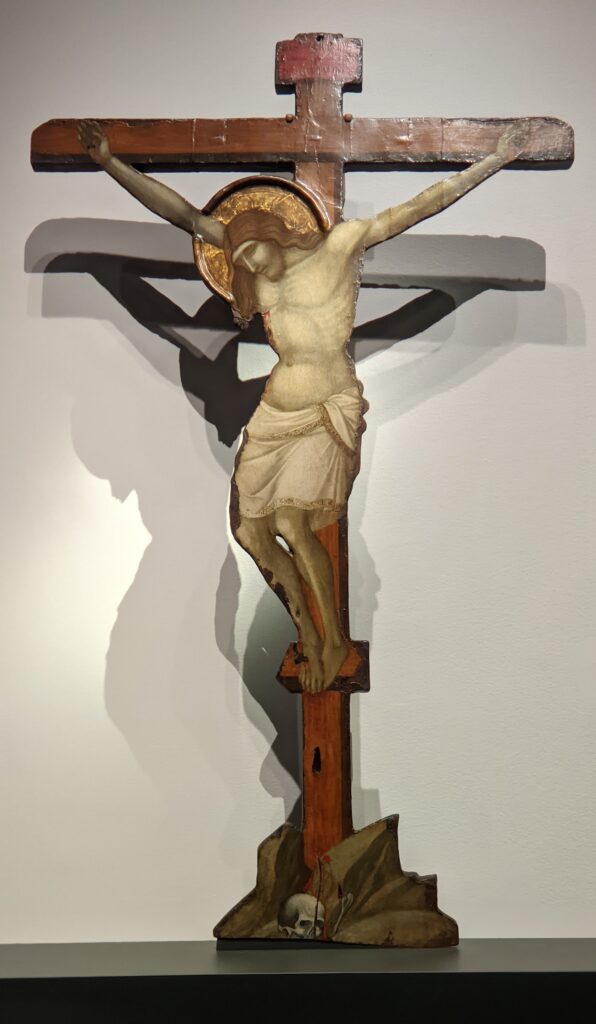
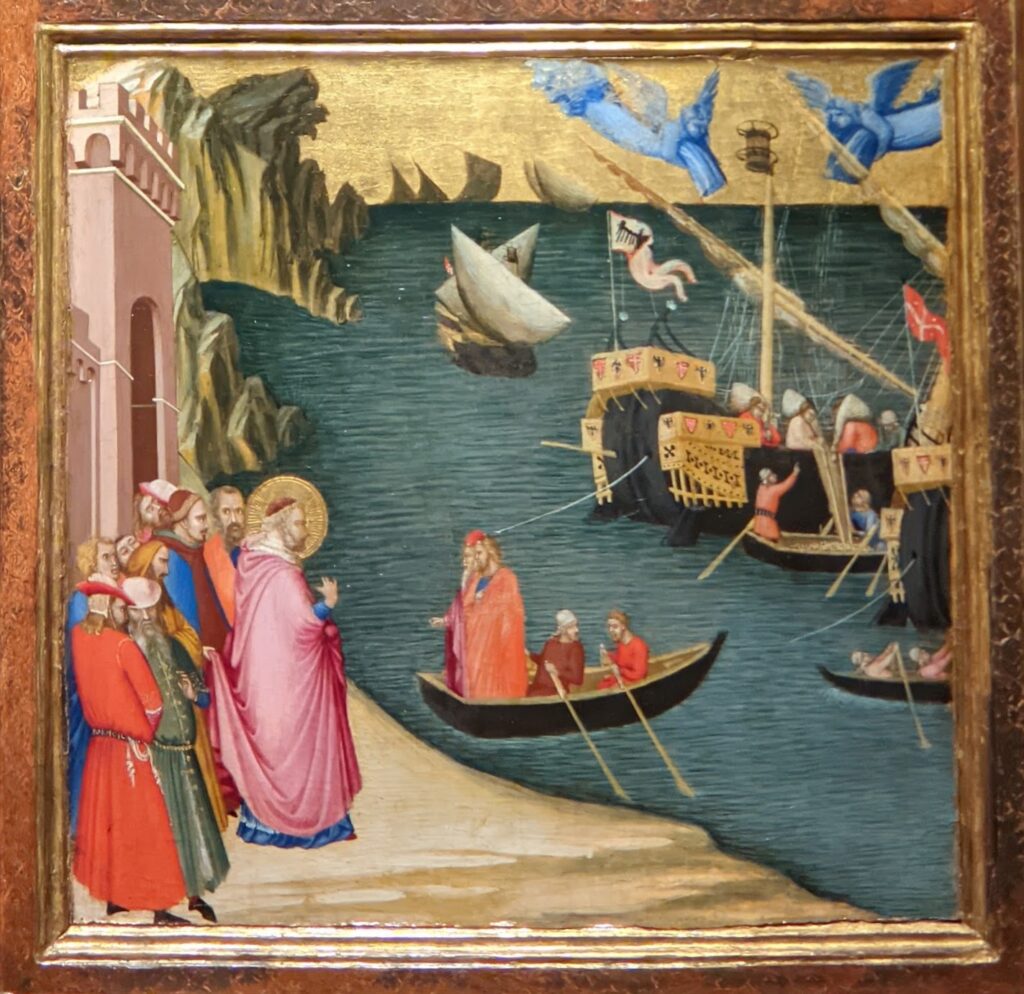
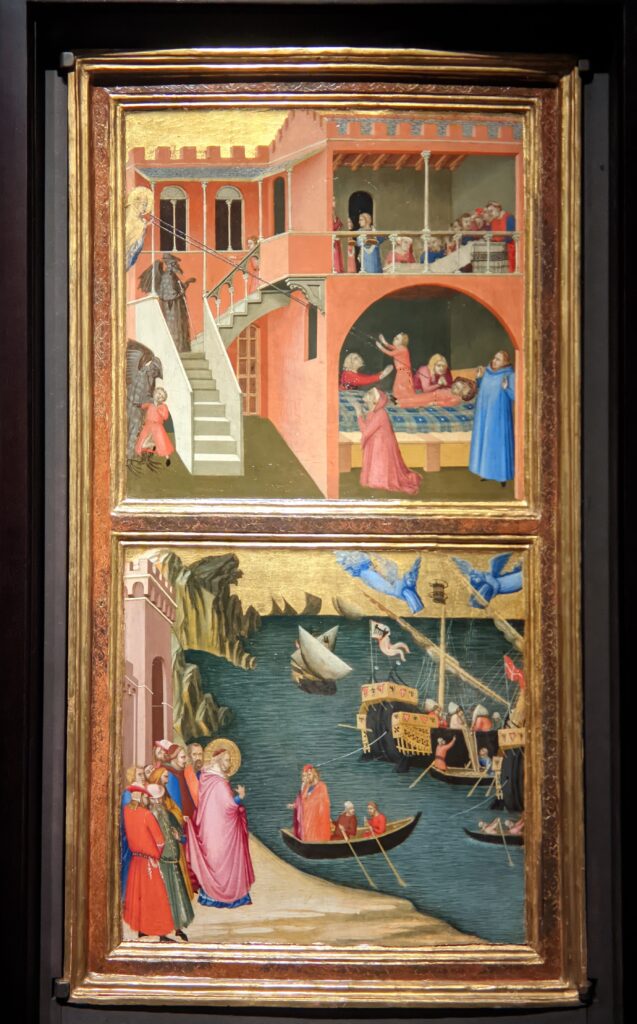
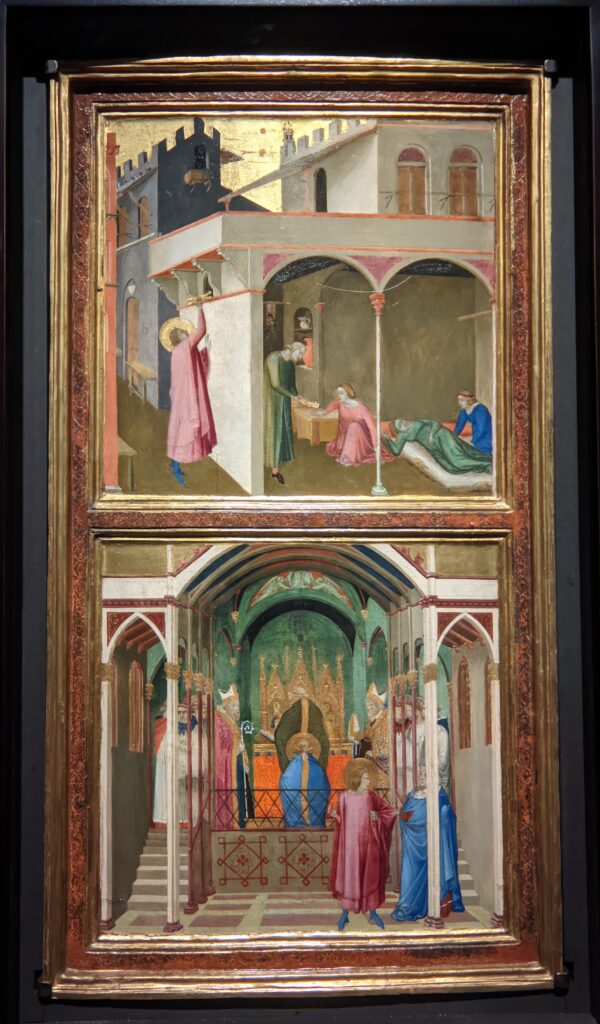
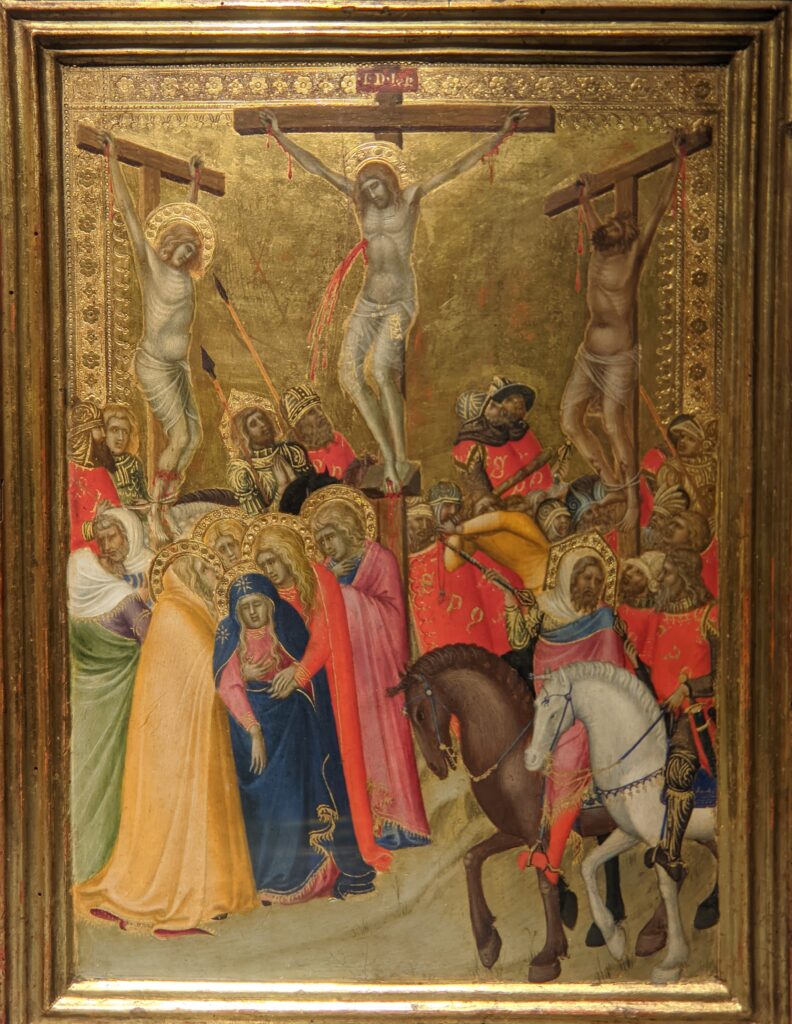
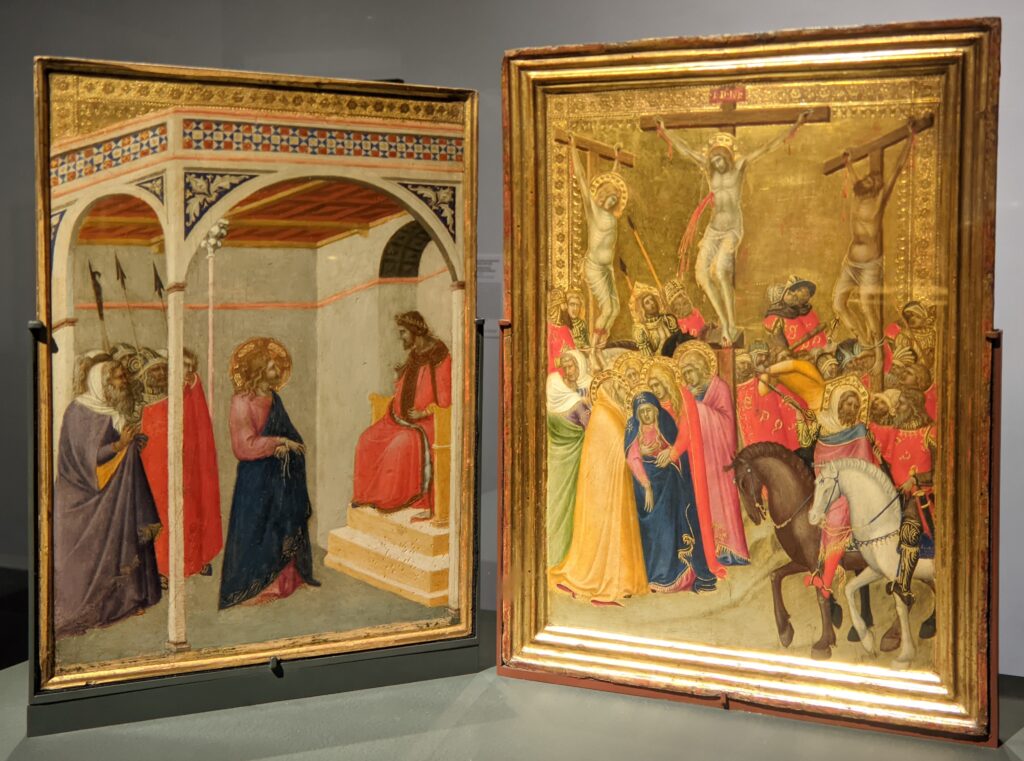
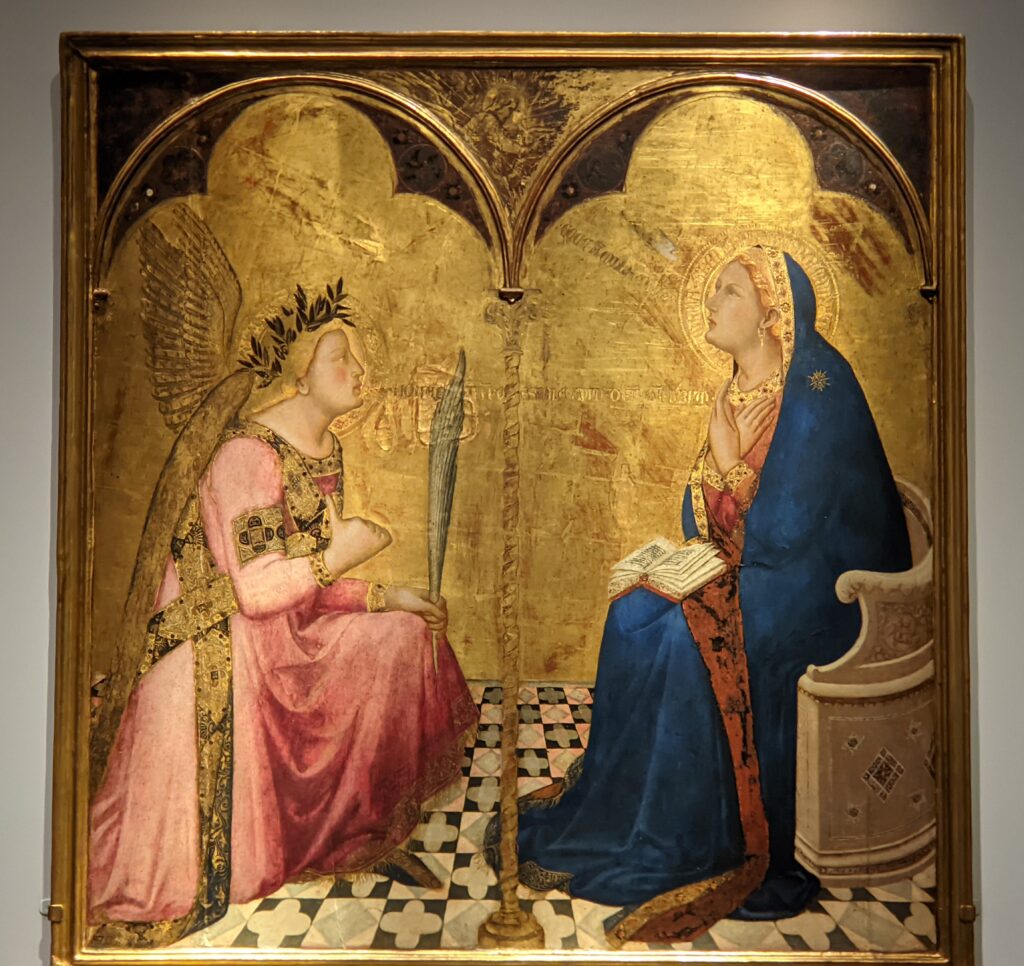
Pietro Lorenzetti (1280 — 1348)
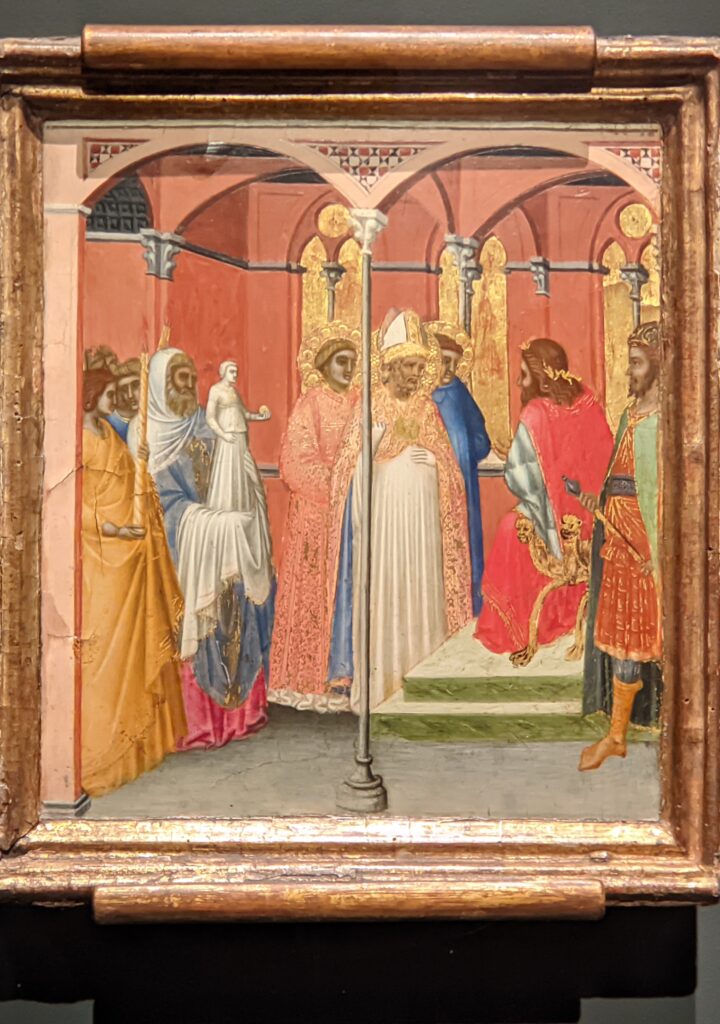
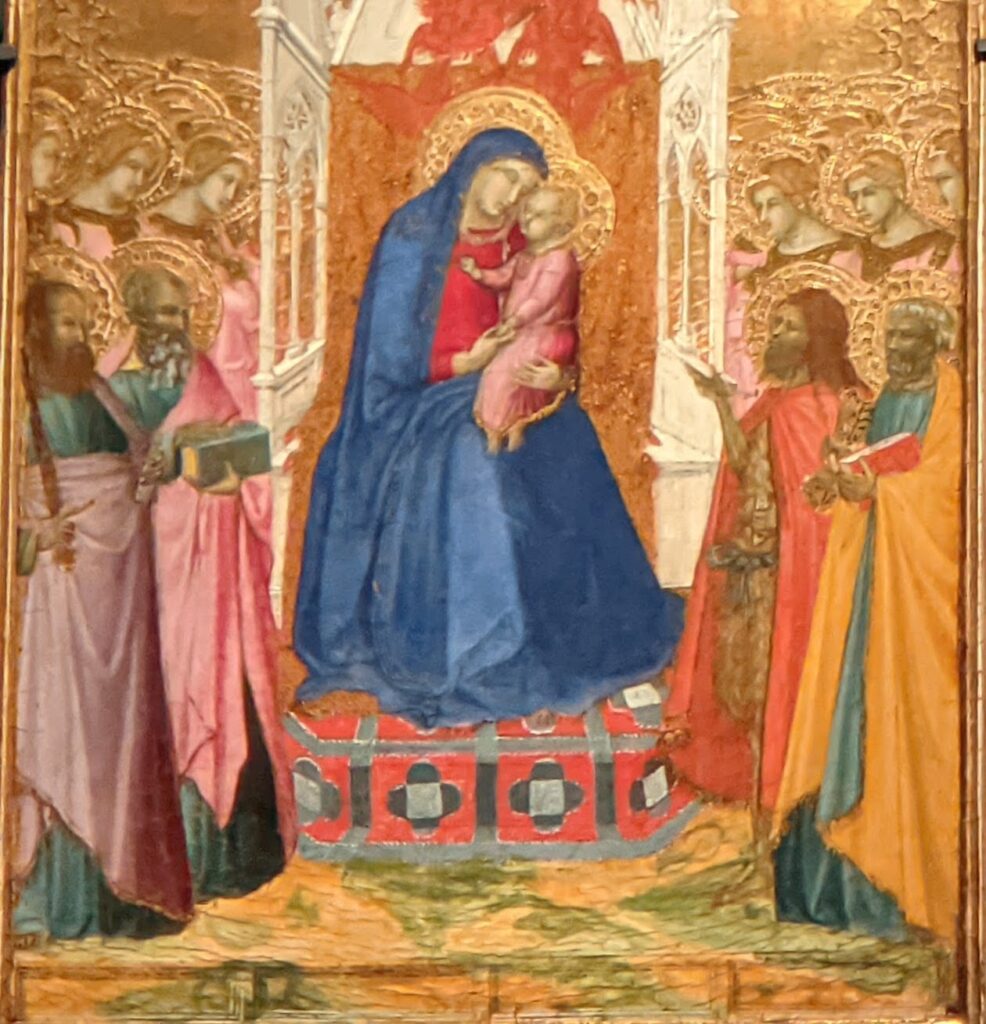
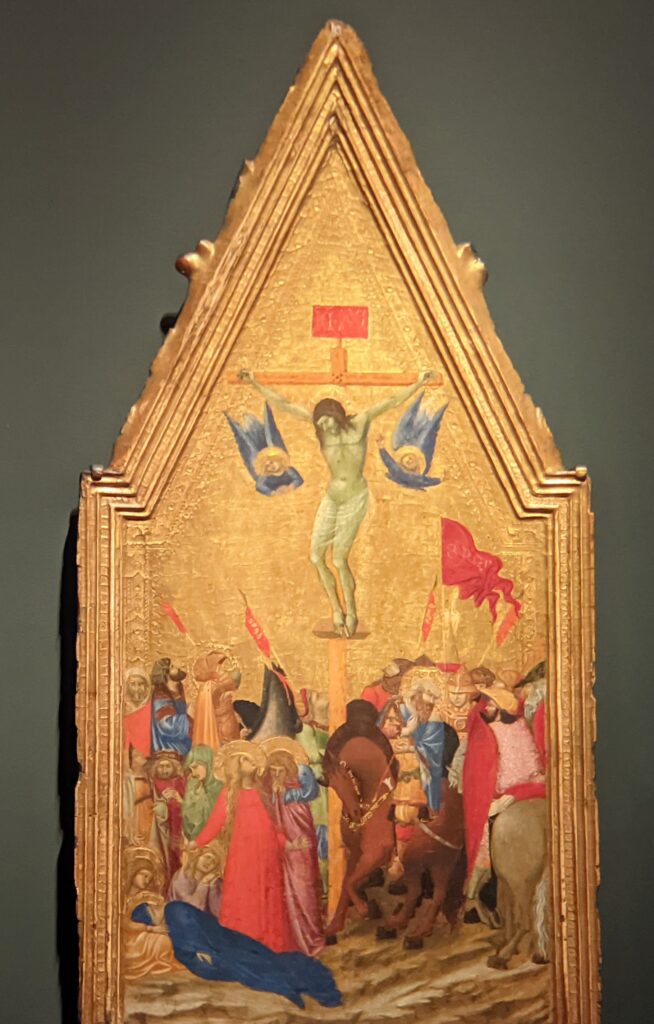
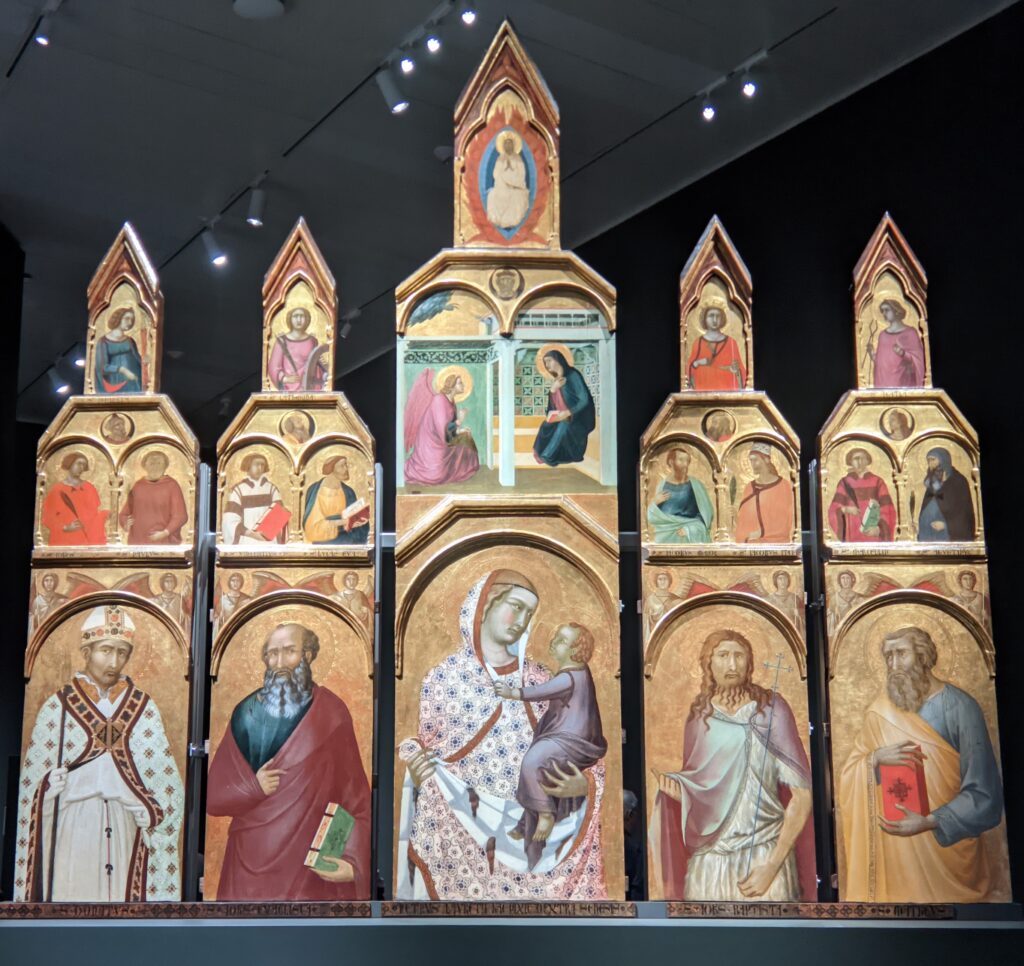
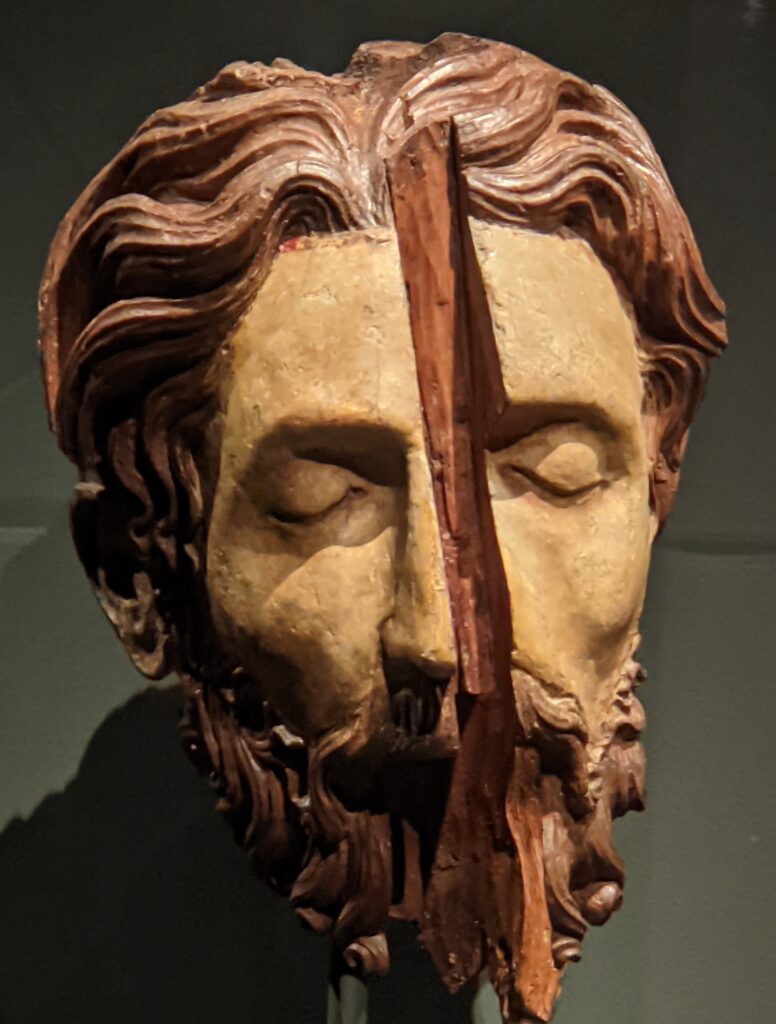
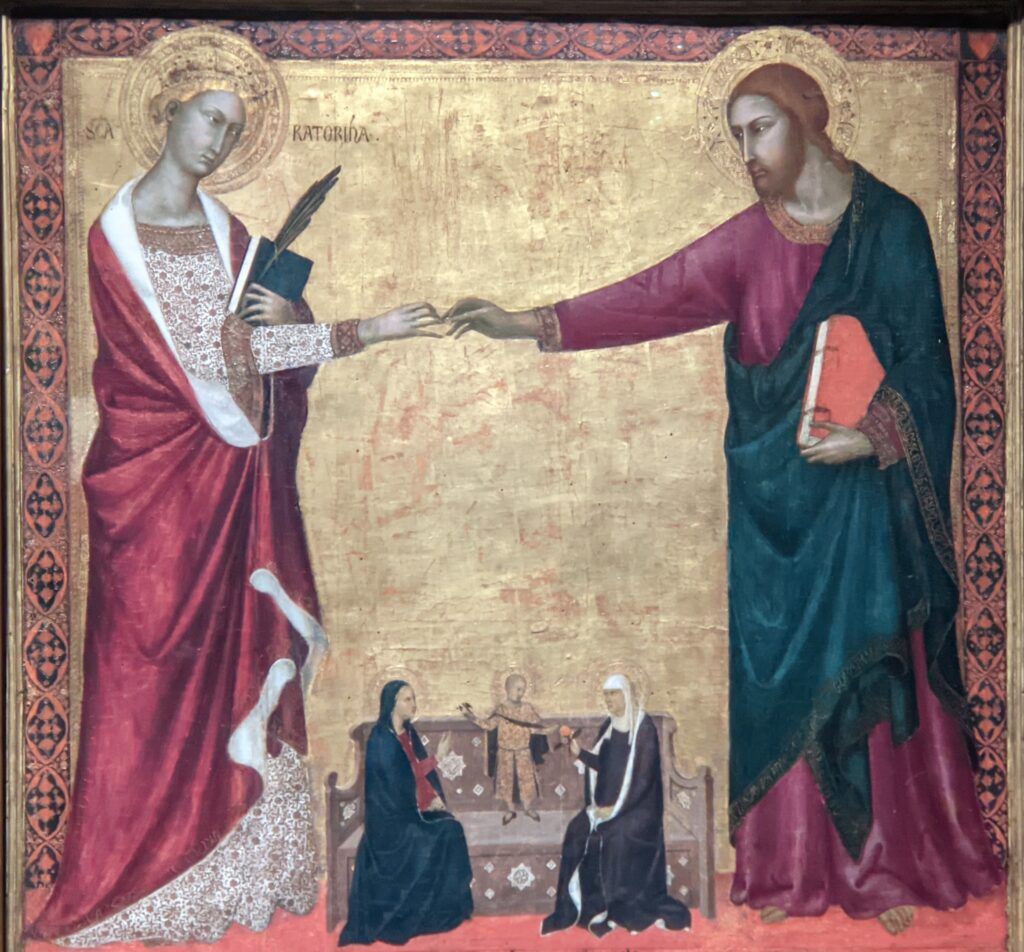
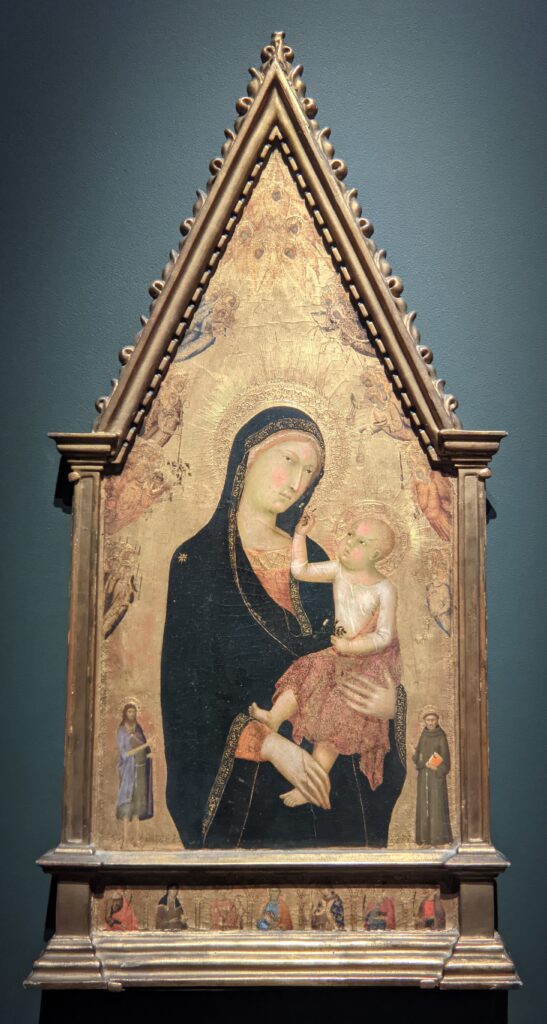
“SIENA: The Rise of Painting 1300 — 1350” Closed in January 2025
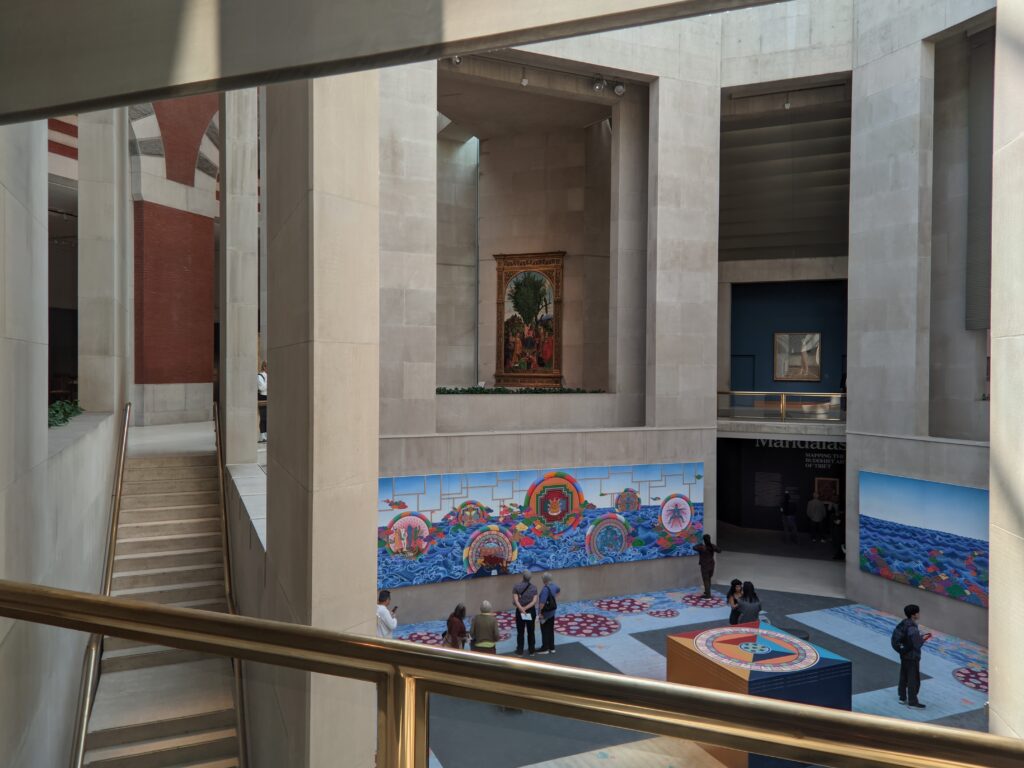

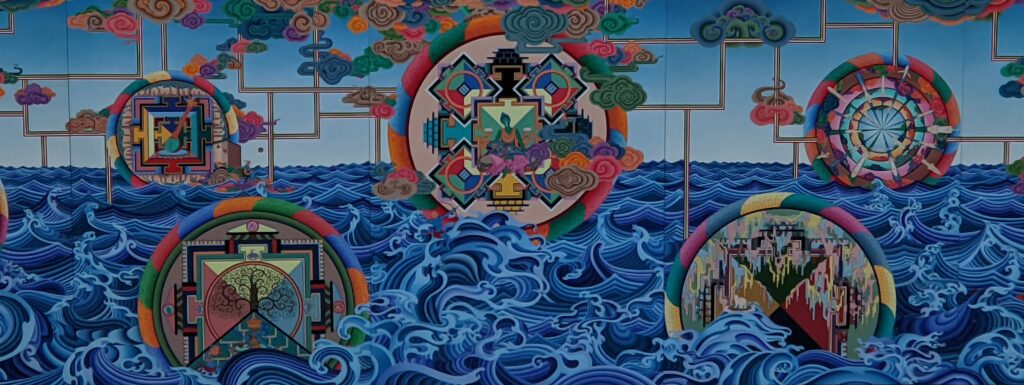
A mandala is both a symbolic universe and a visual prayer that in Tibet is used to conceptualize a rapid path (or map) to spiritual enlightenment. The modern renderings of mandalas (shown above) were the result of a newly commissioned work of contemporary art by Tenzing Rigdol, a Tibetan artist.
The bulk of objects and imagery in the “Mandalas” show explored Himalayan Buddhist devotional art through more than 100 artifacts and paintings, most dating from the 12th to 15th centuries.
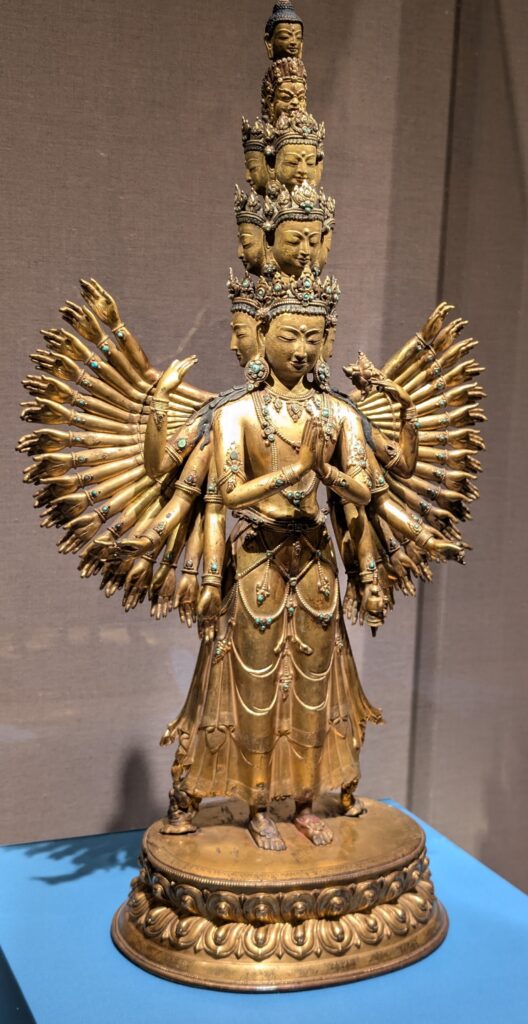
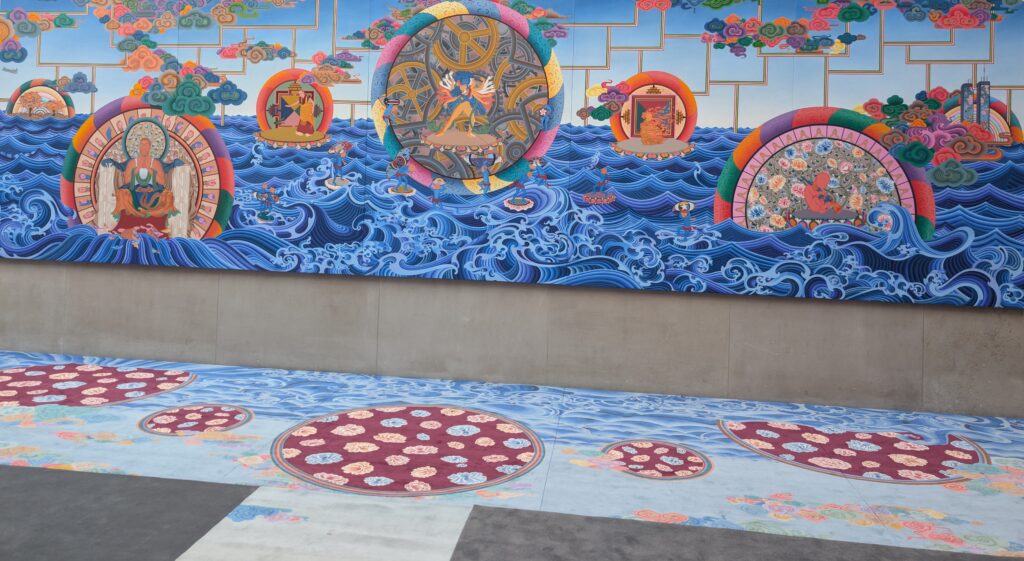
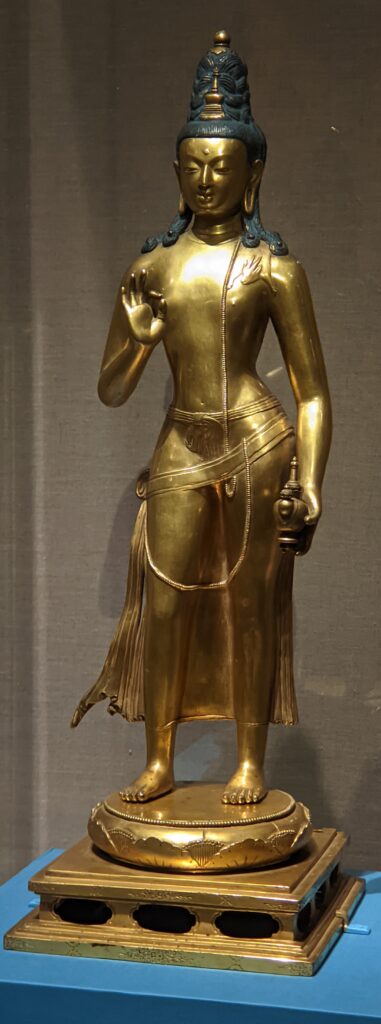
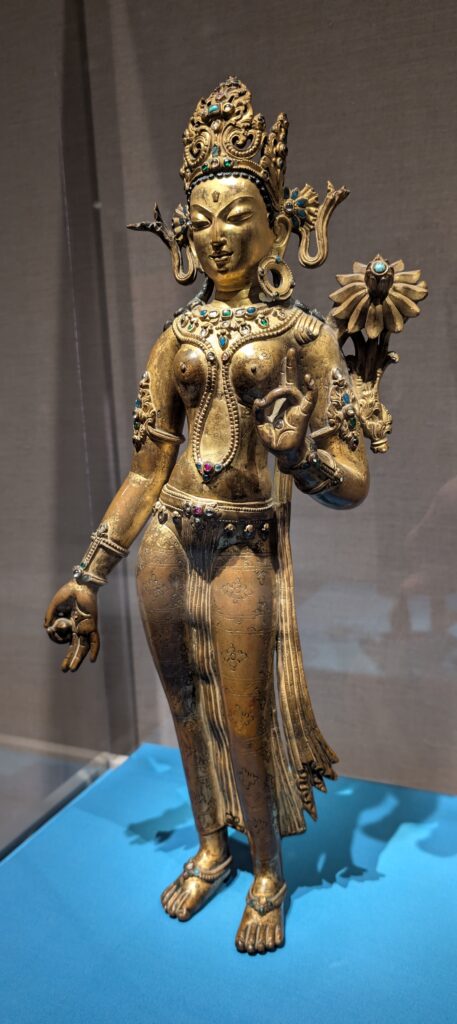
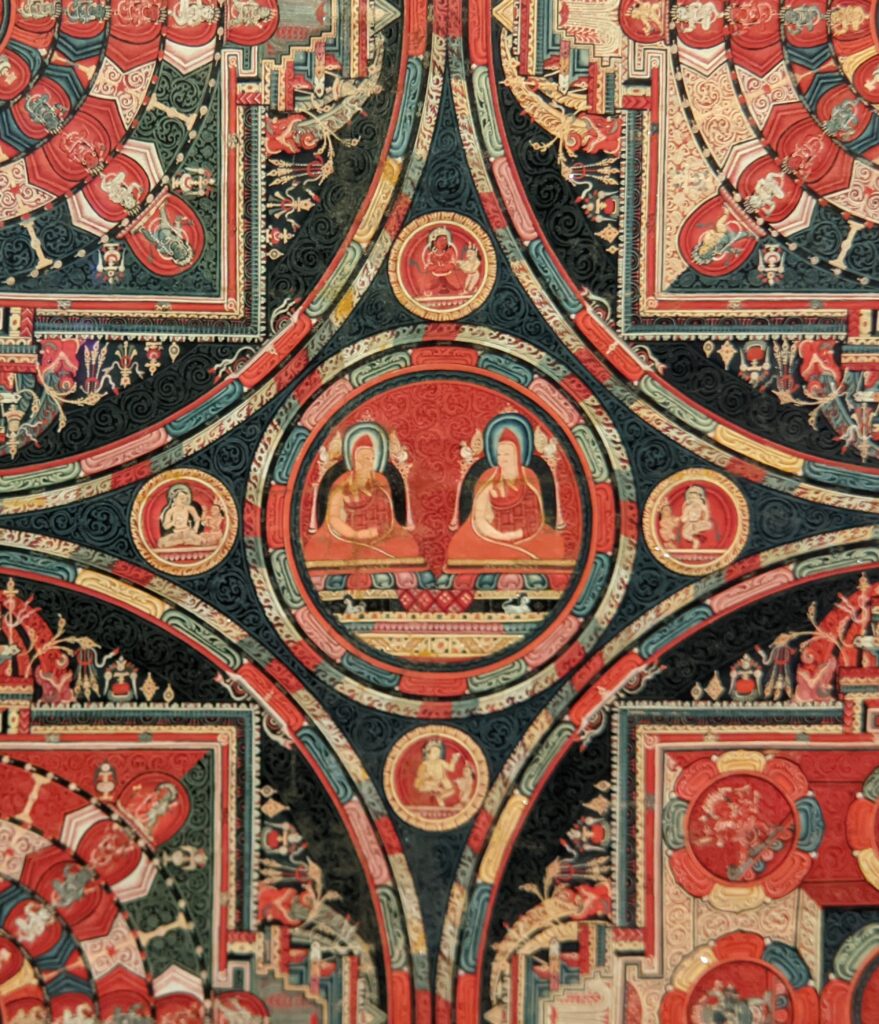
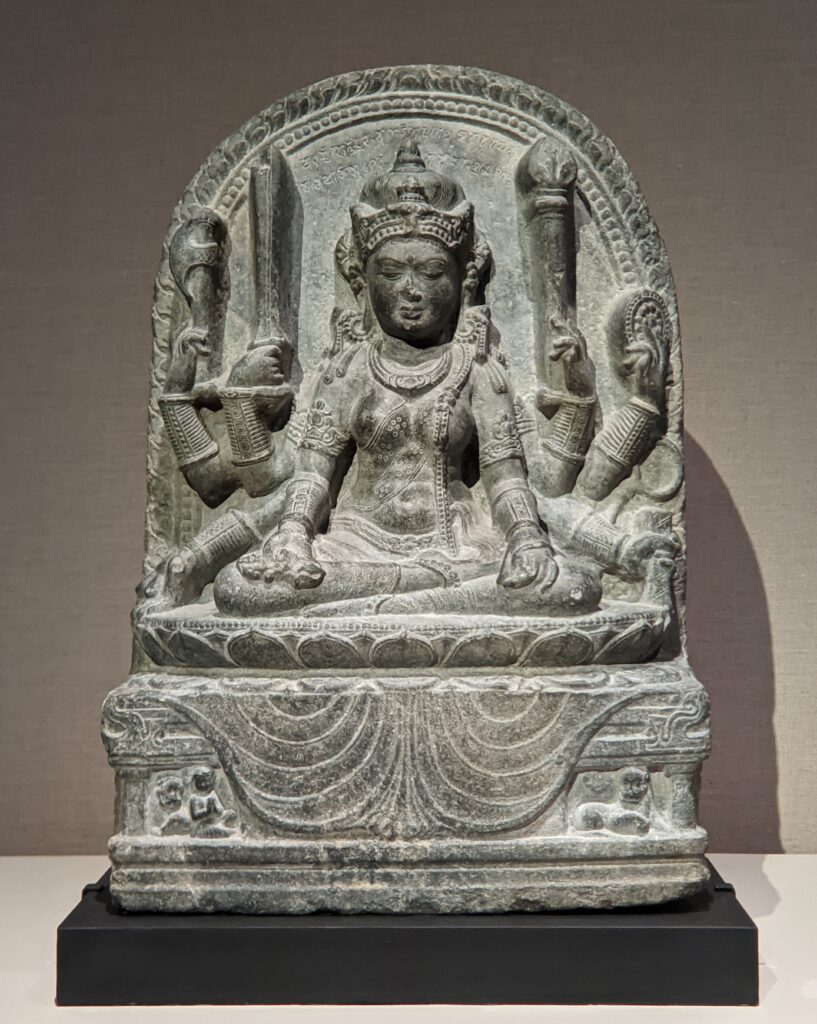
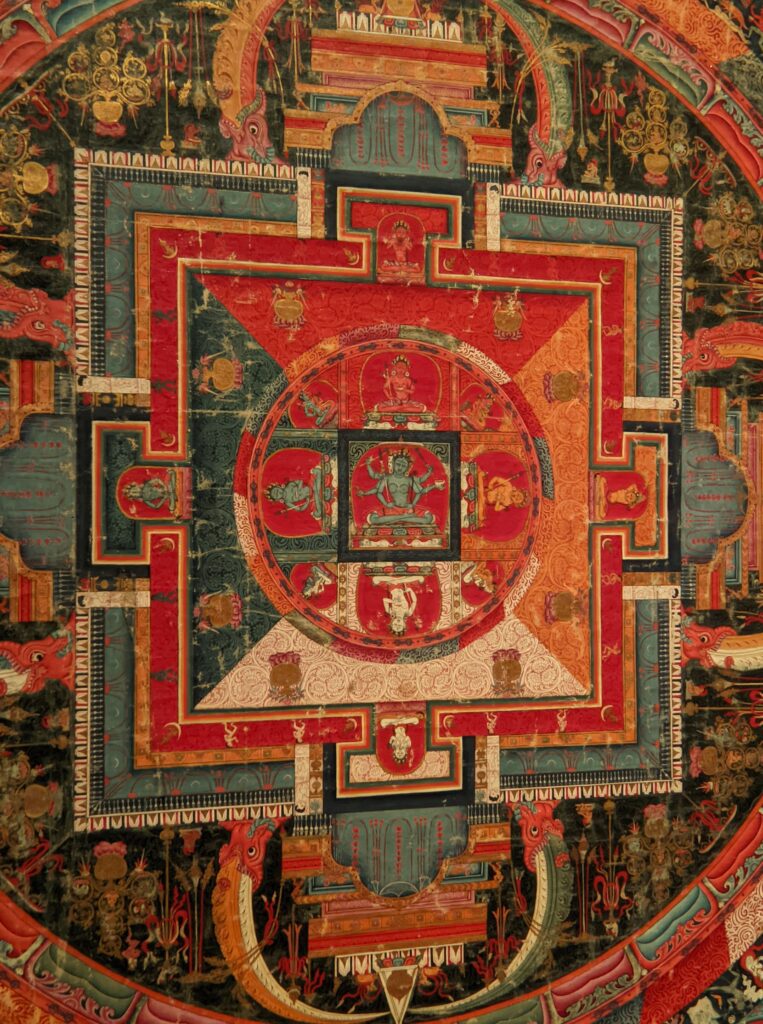
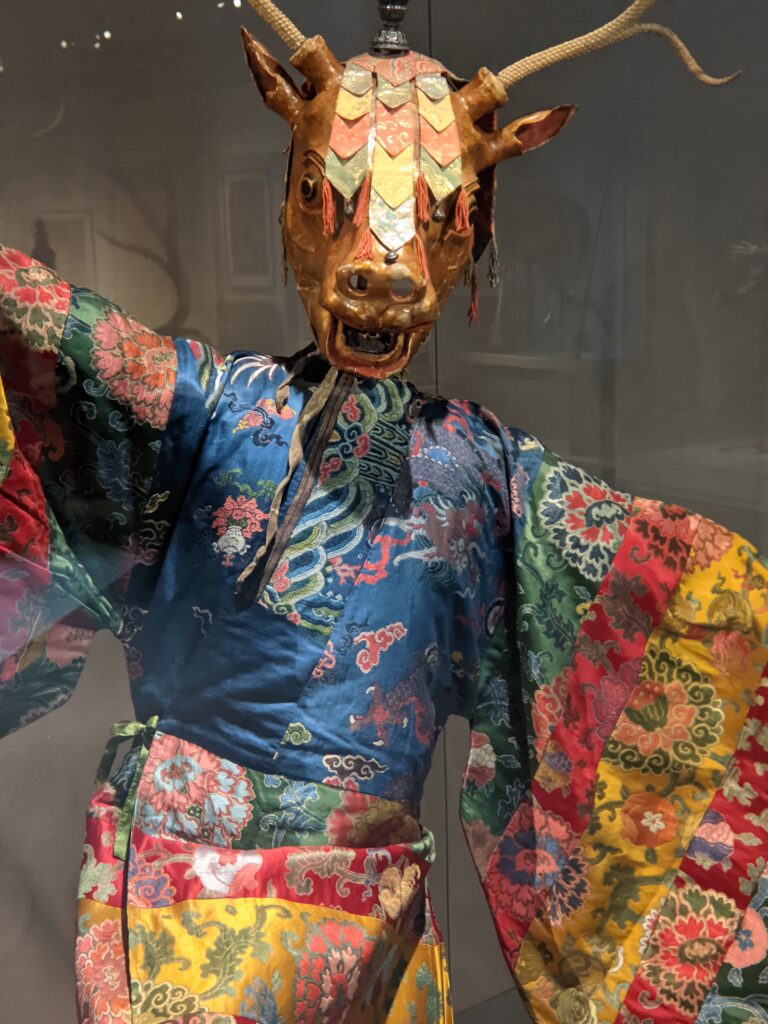
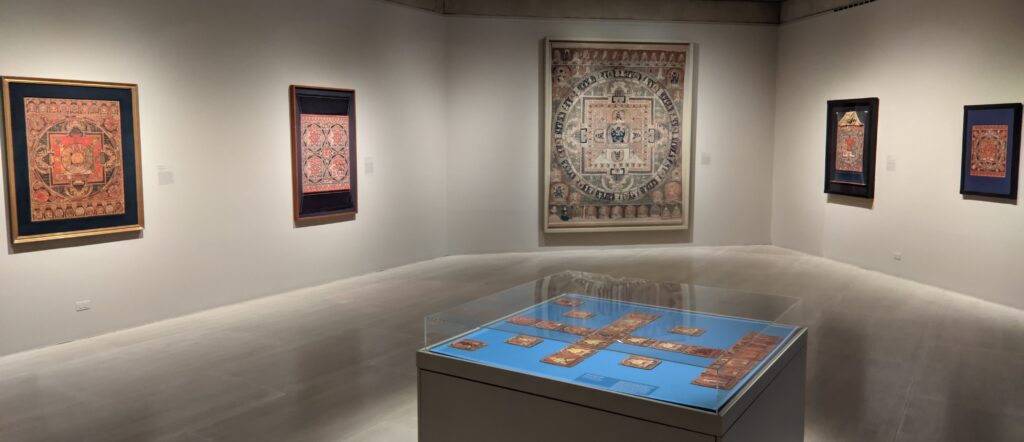
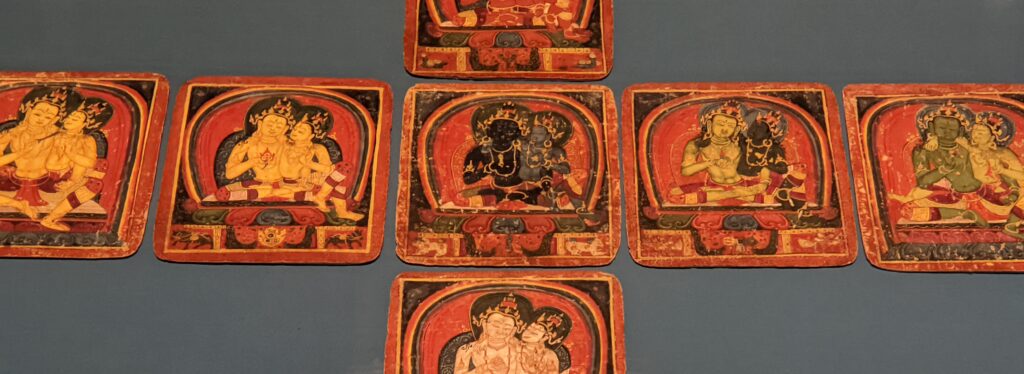
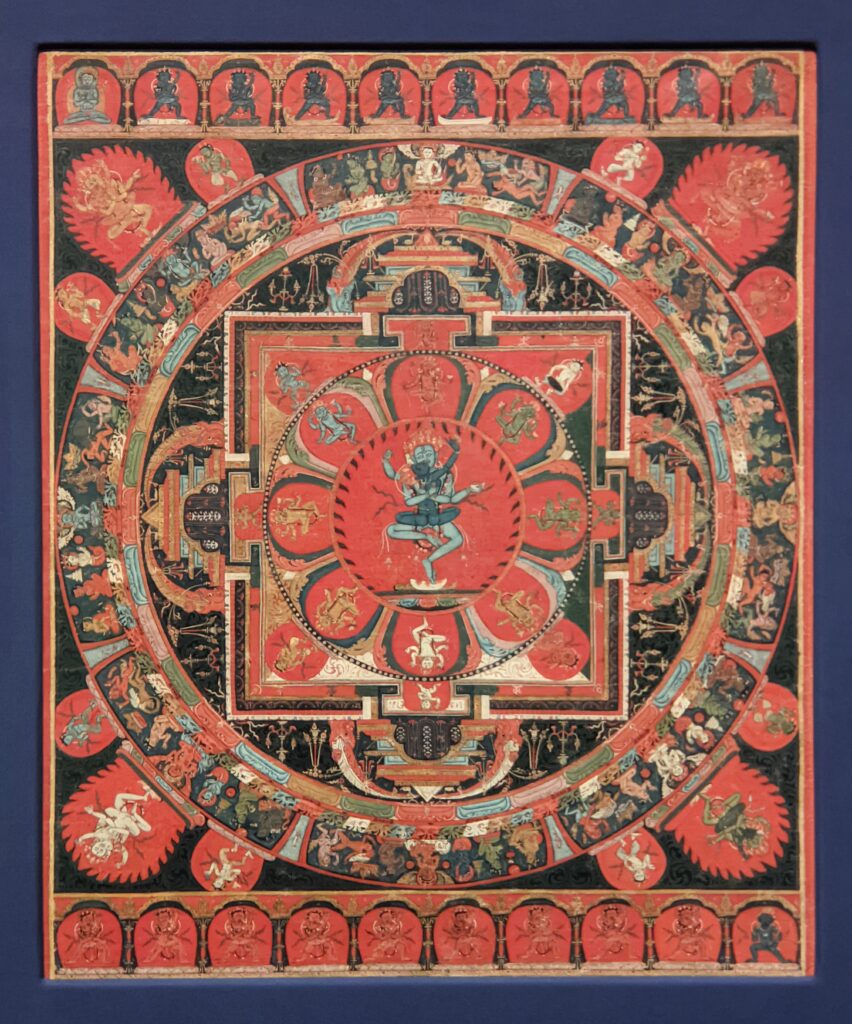
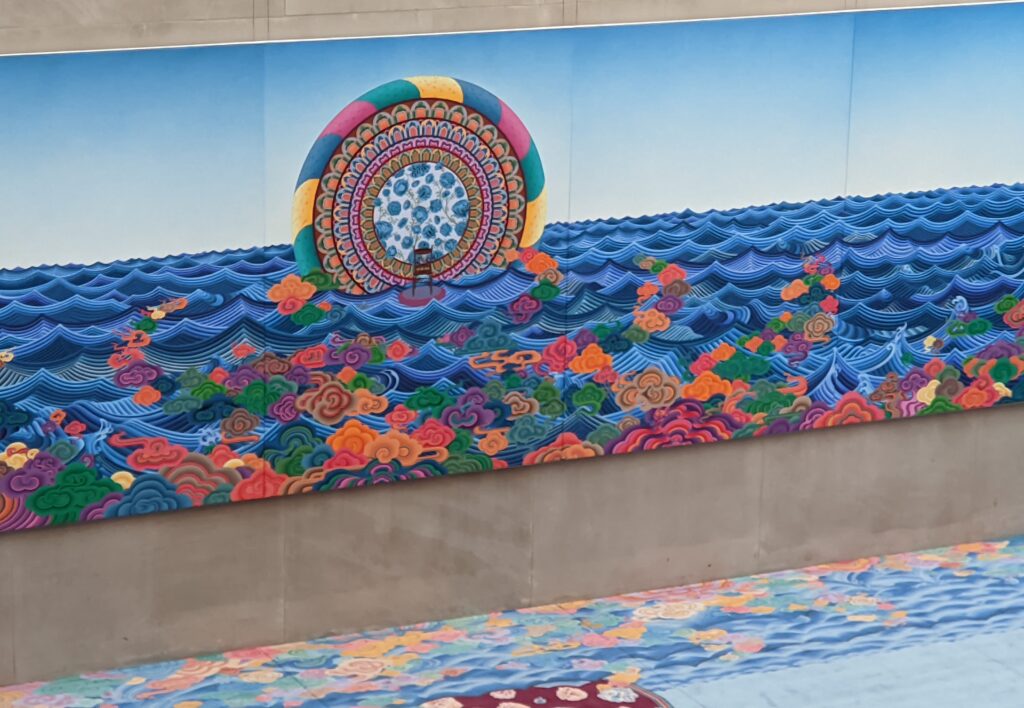
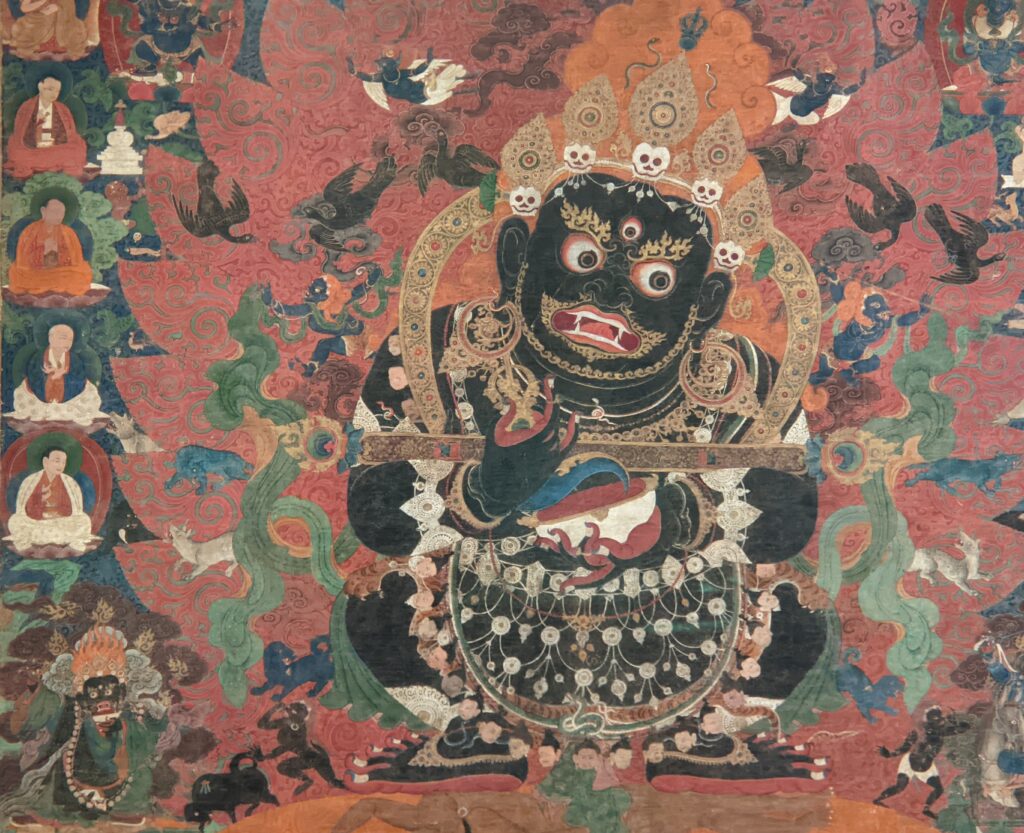
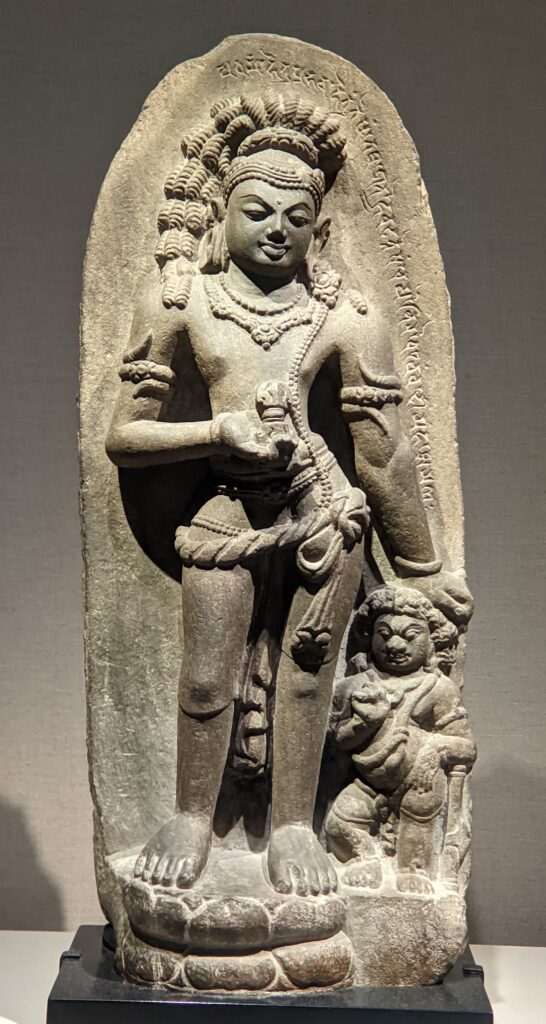
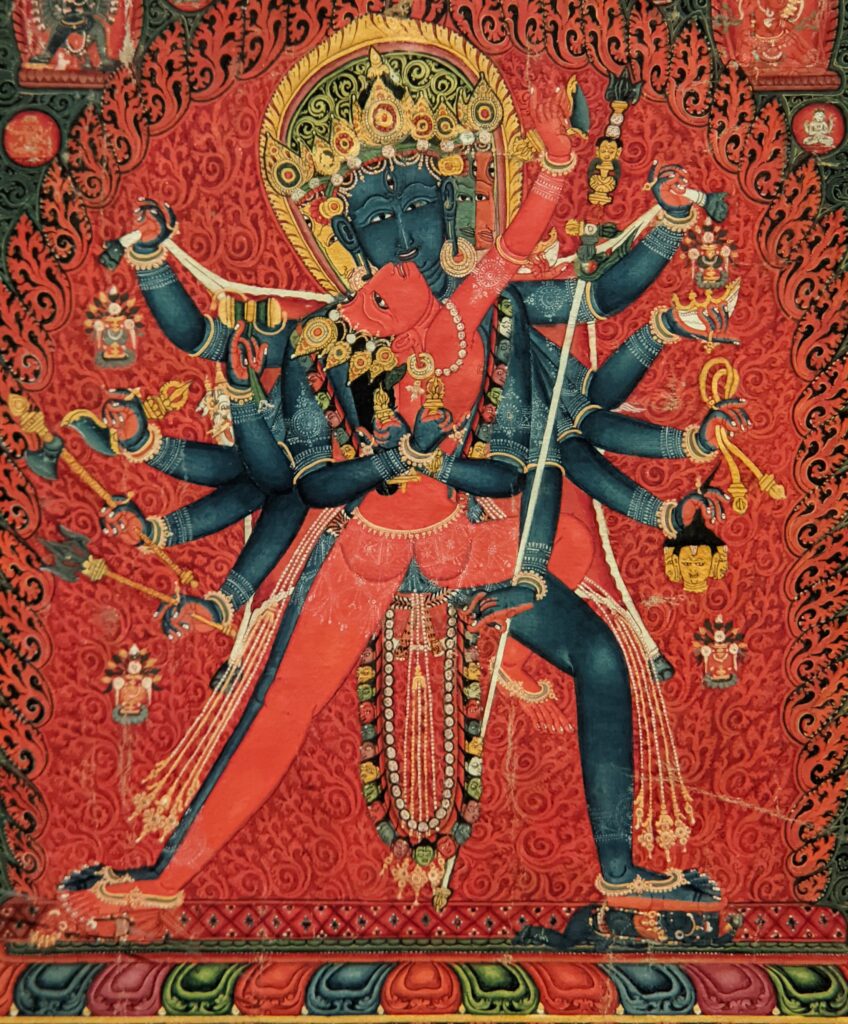
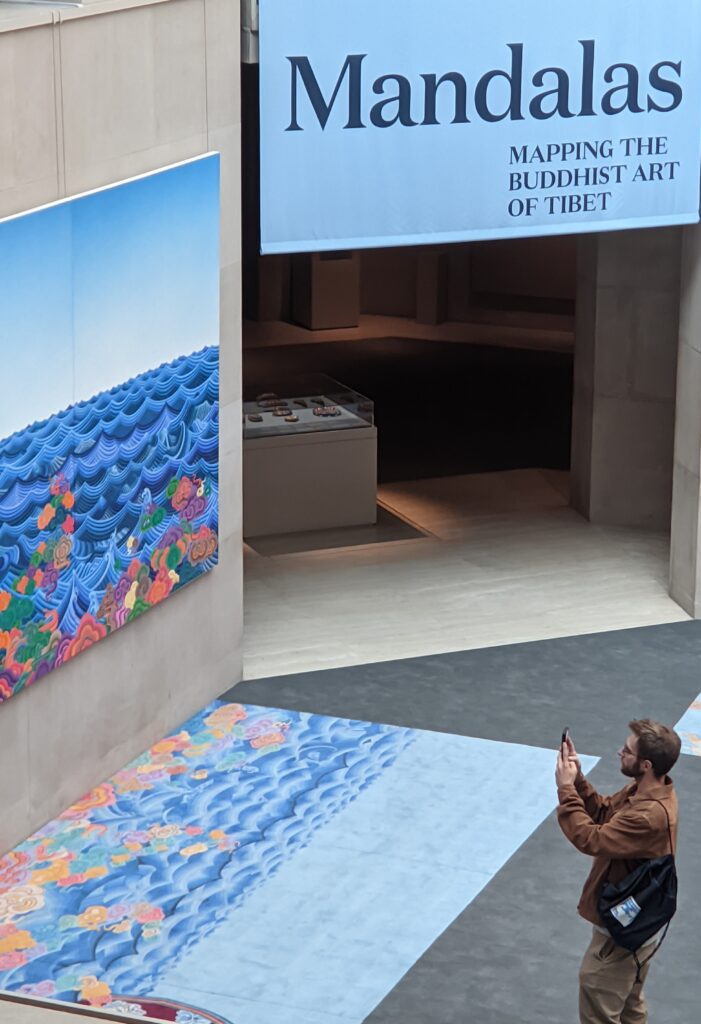
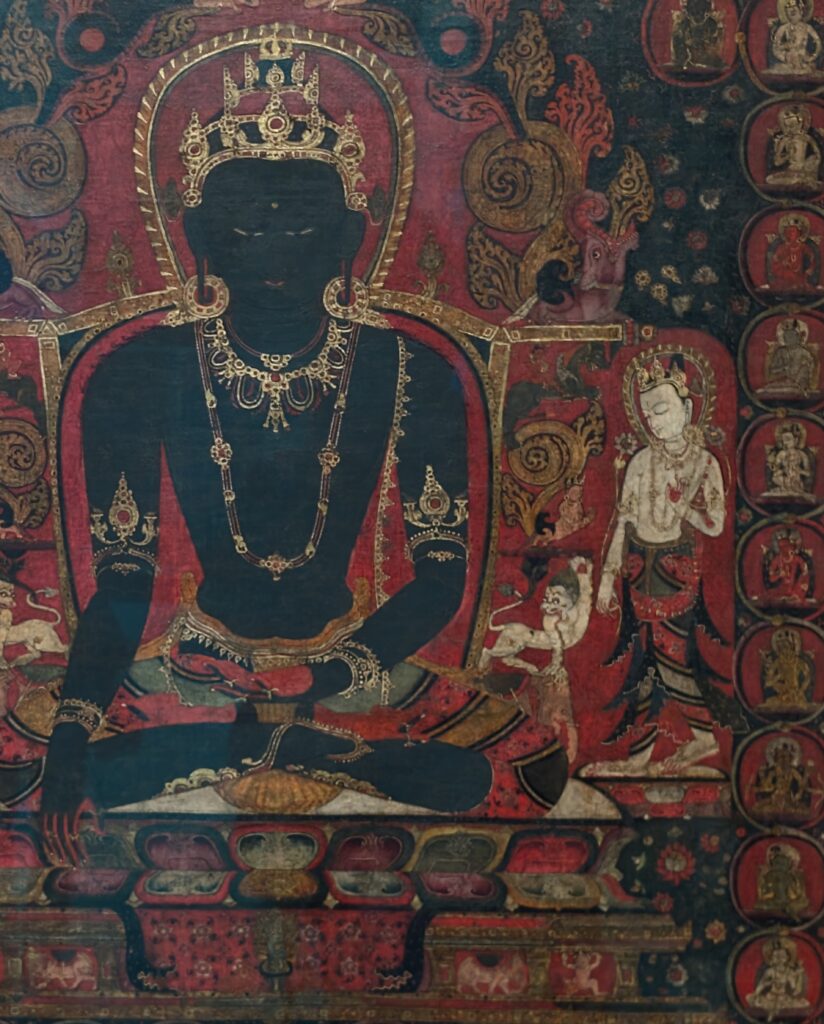
“MANDALAS — Mapping the Buddhist Art of Tibet” Was on View at the Met in New York City in 2024-25
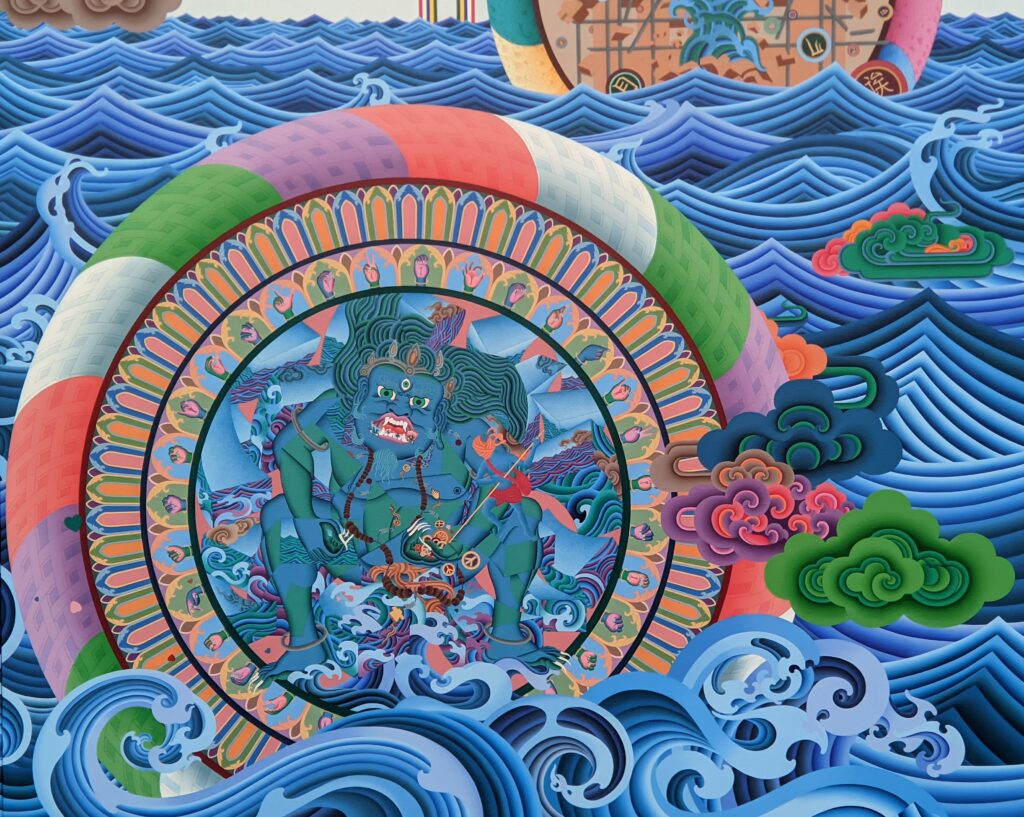
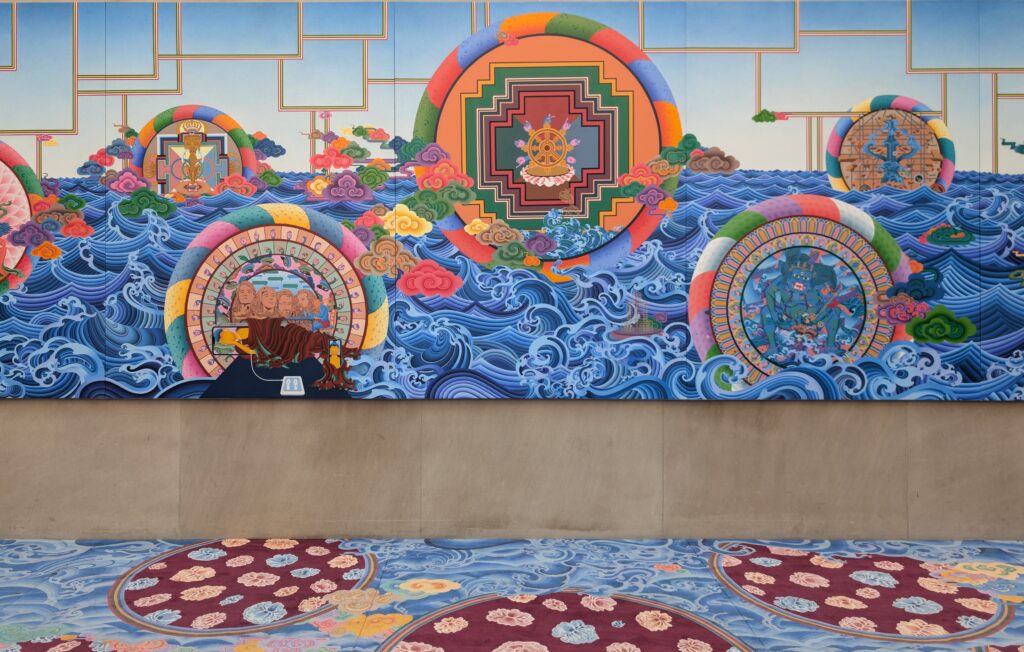
In 2024, the Metropolitan Museum of Art presented “SLEEPING BEAUTIES — Reawakening Fashion,” a large show featuring over 200 garments spanning four centuries, including the “Butterfly” ball gowns circa 1955 (below) designed by Charles James.
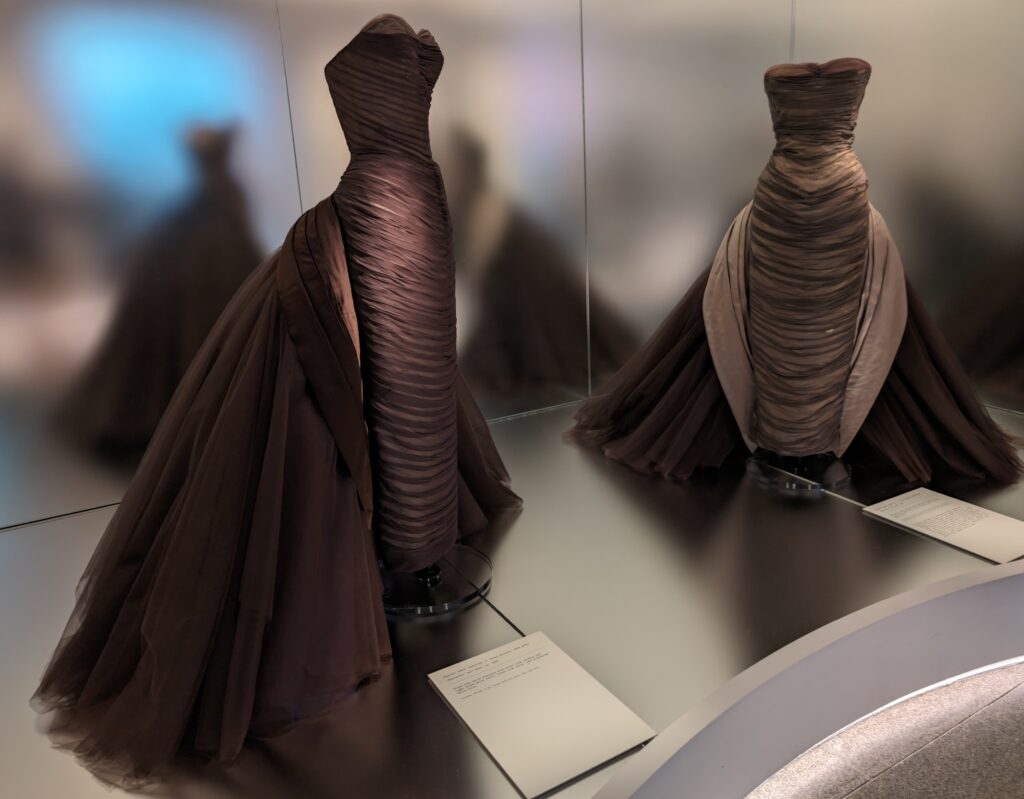

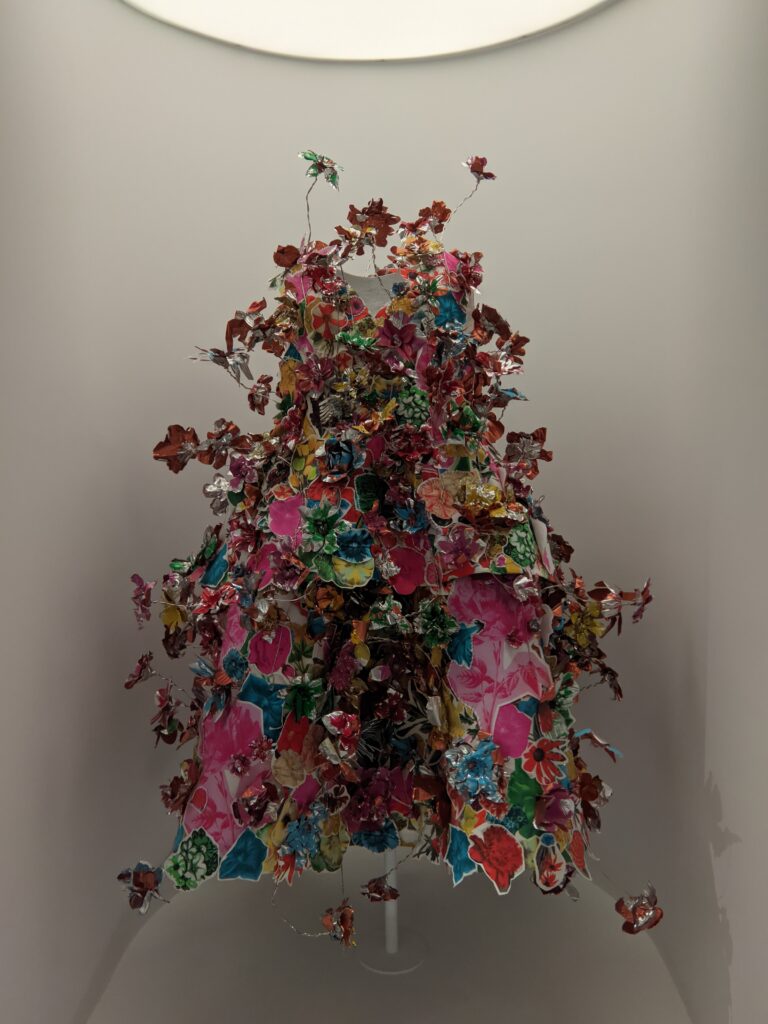
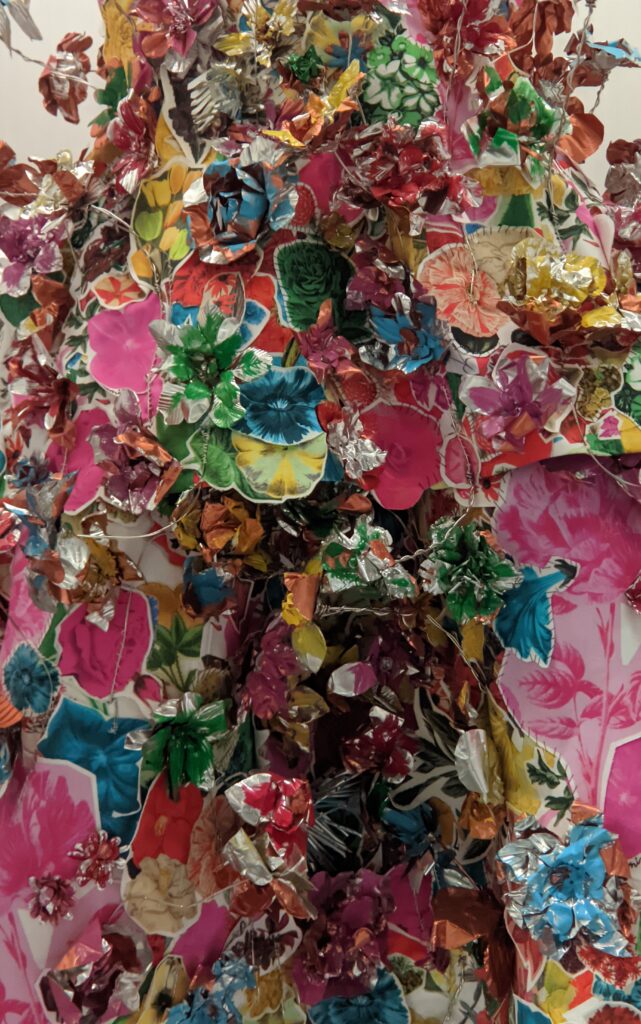
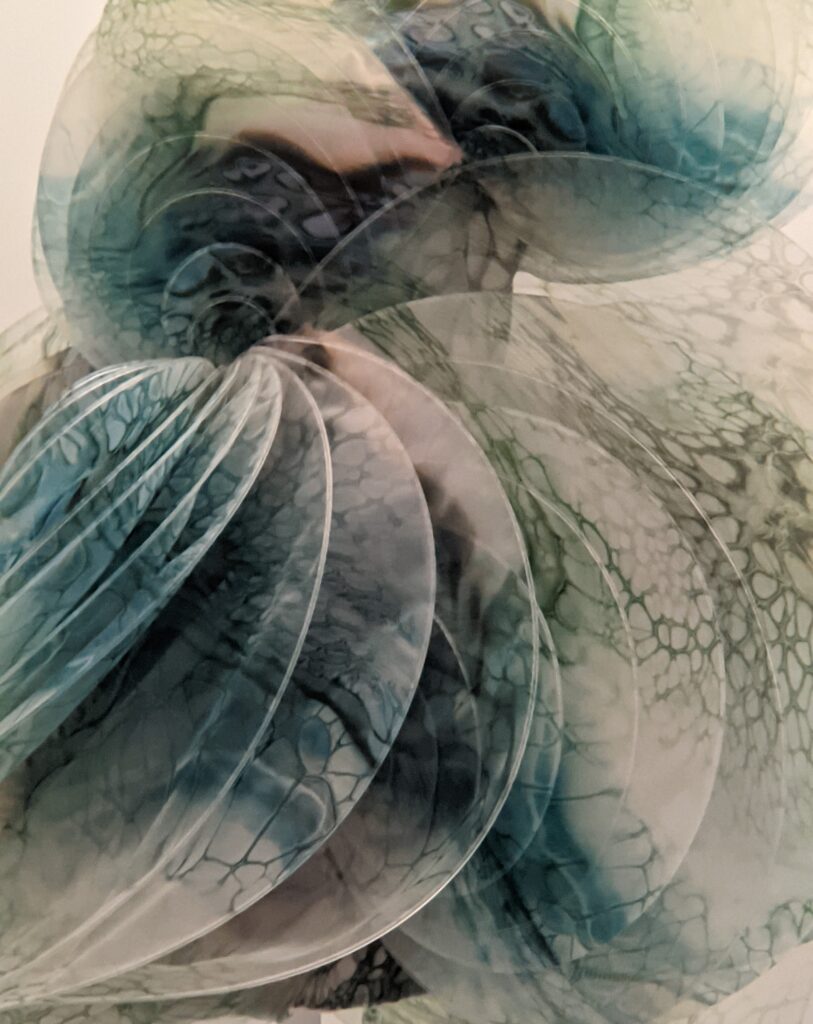
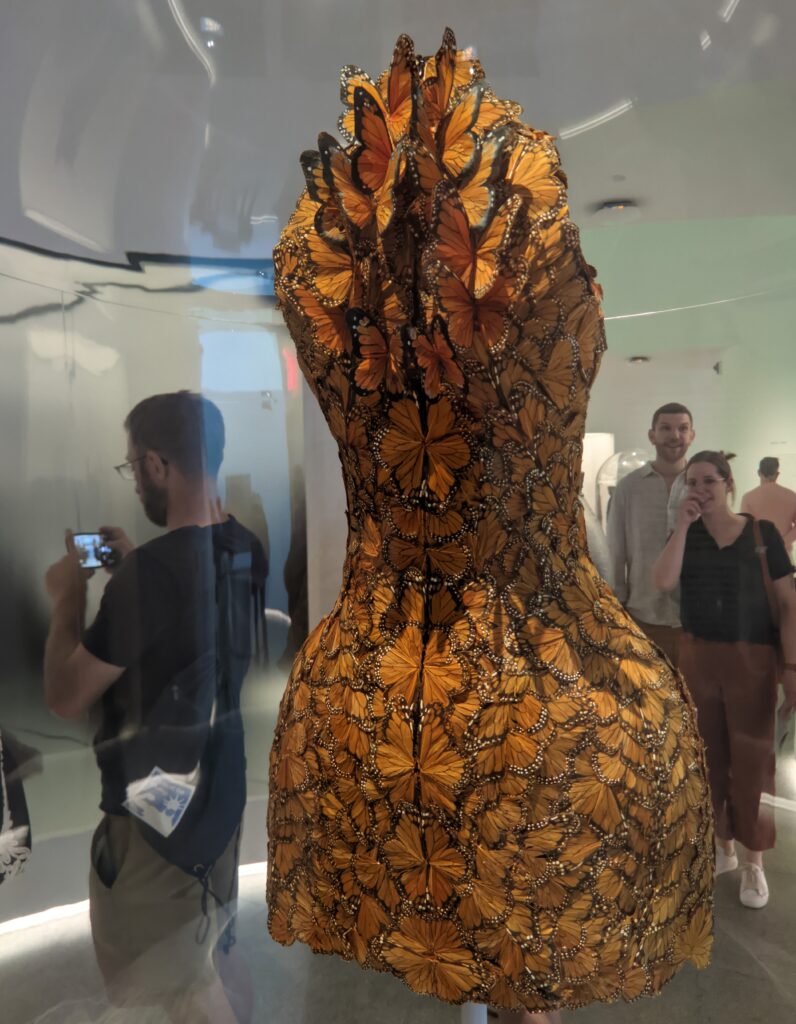
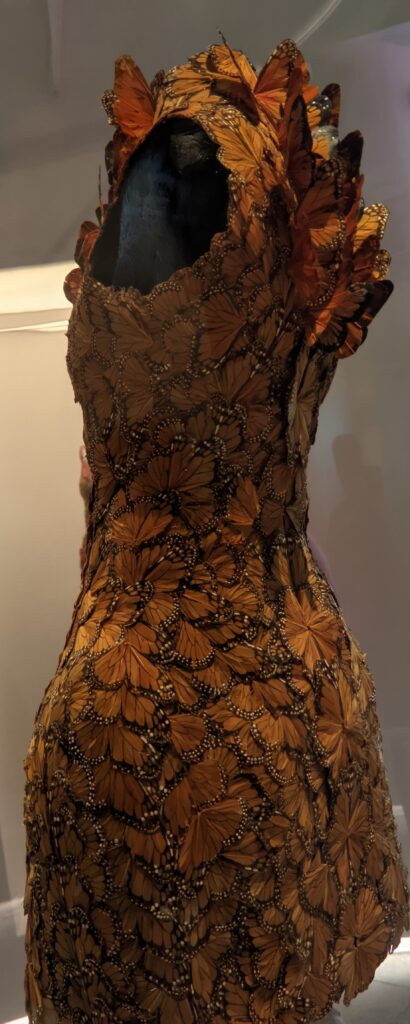
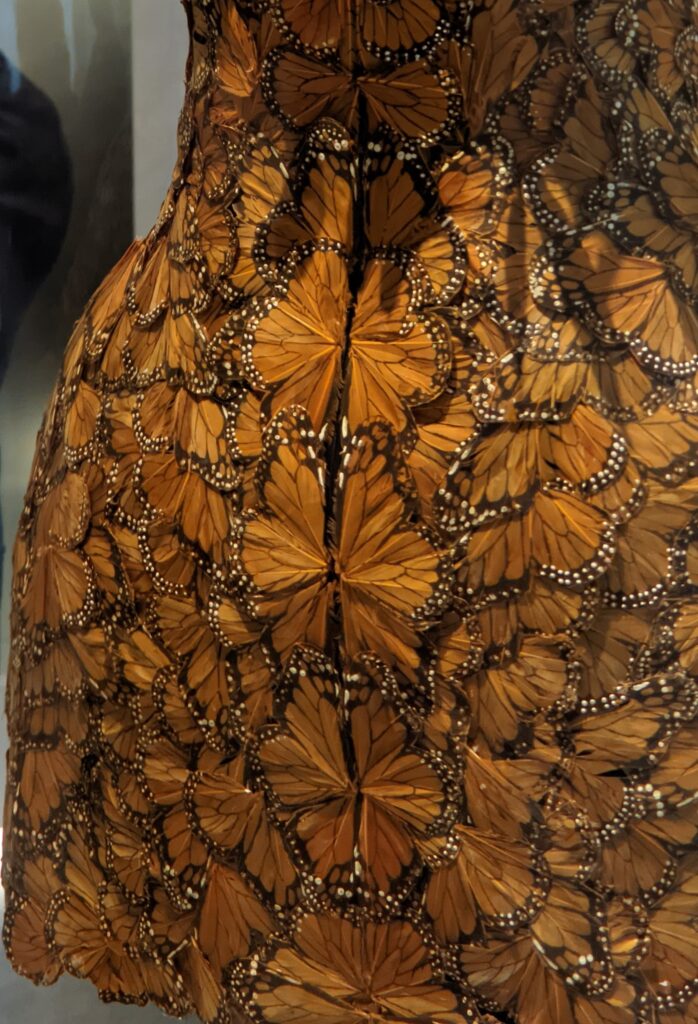
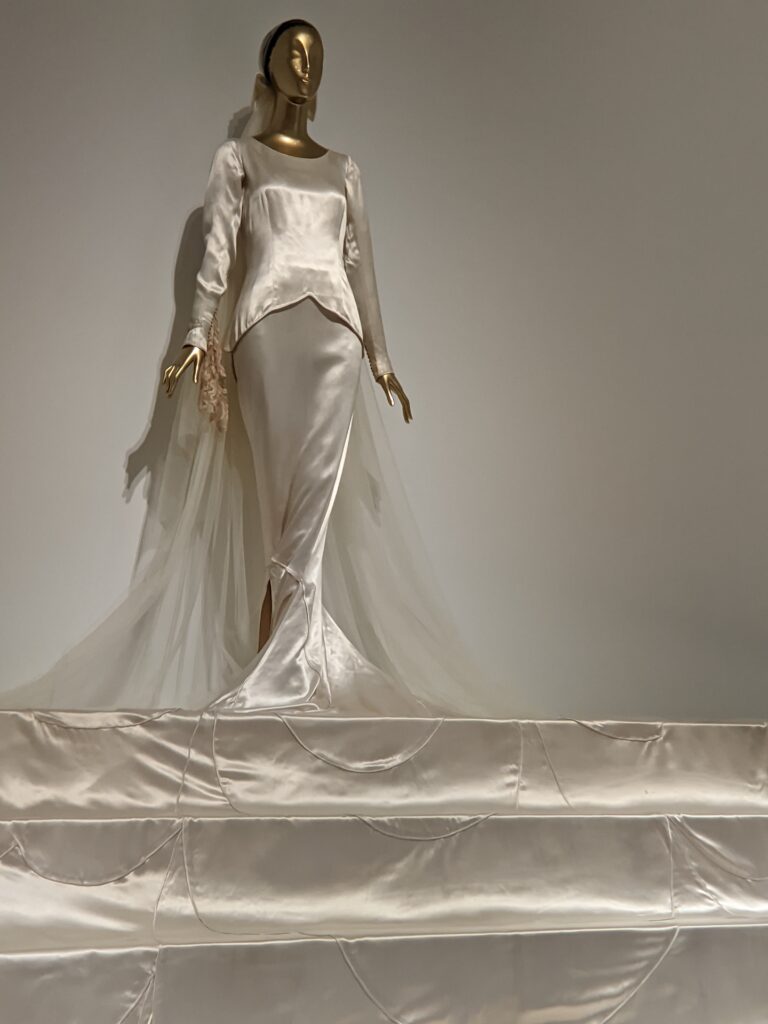
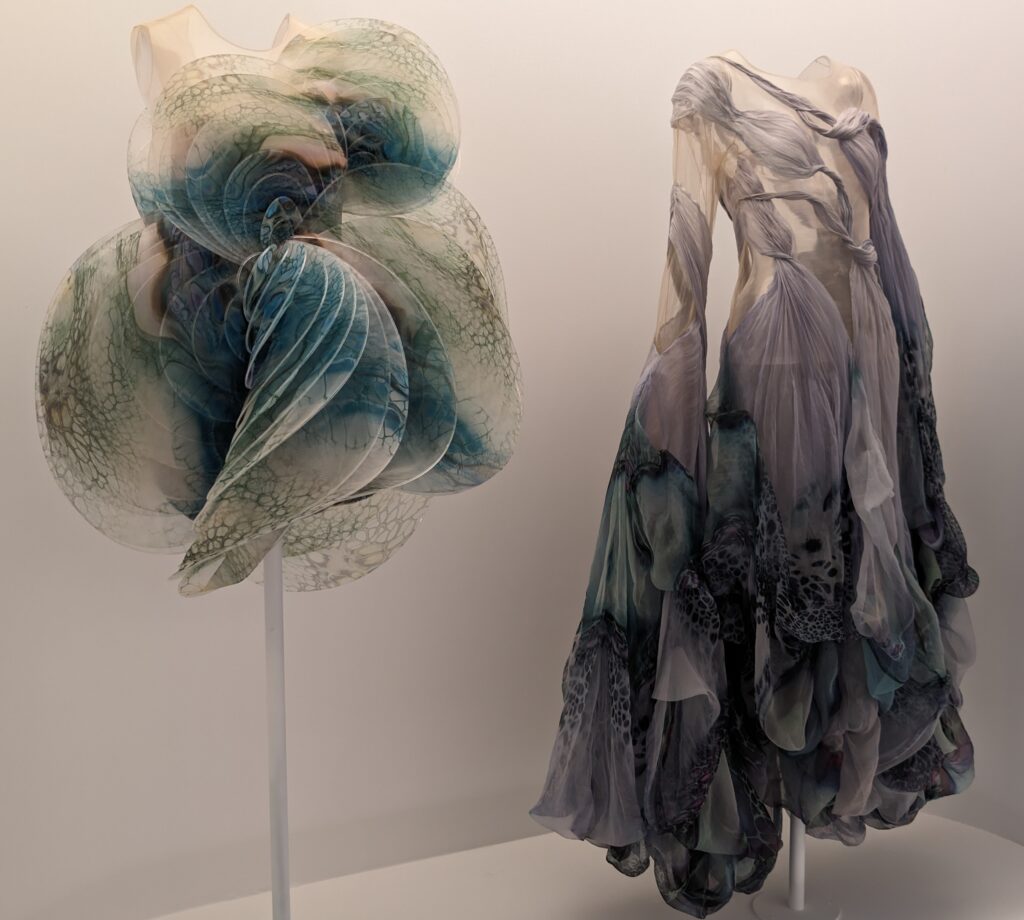
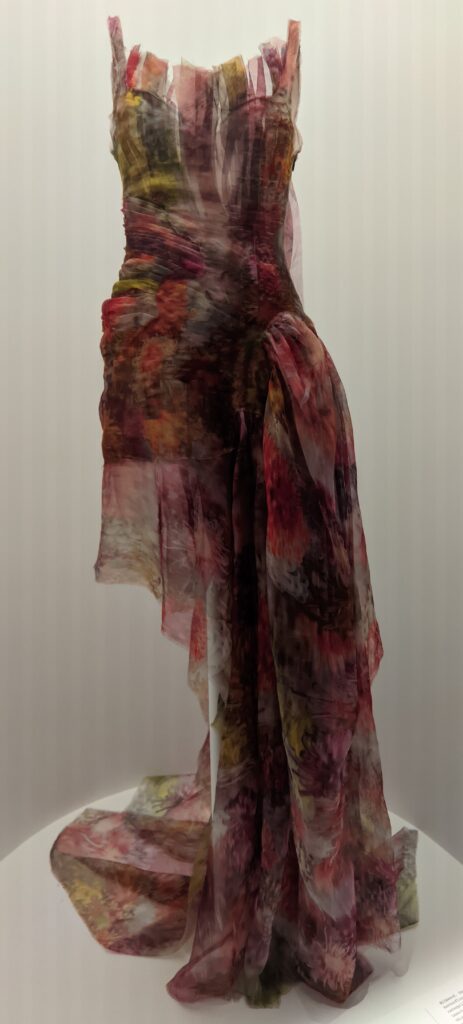
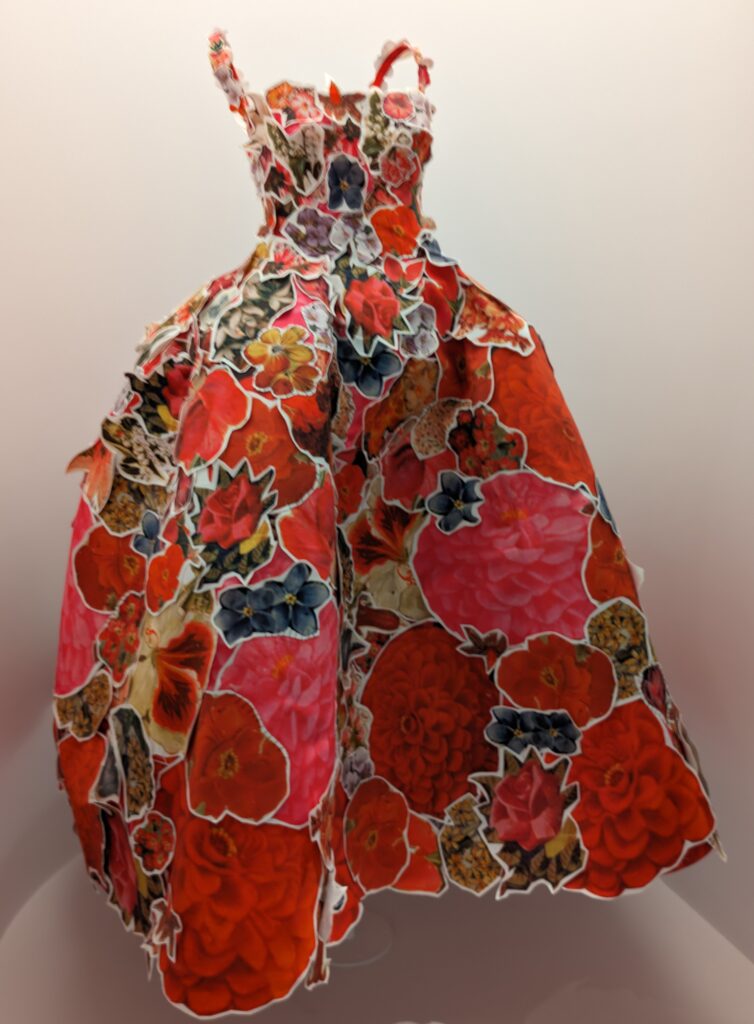

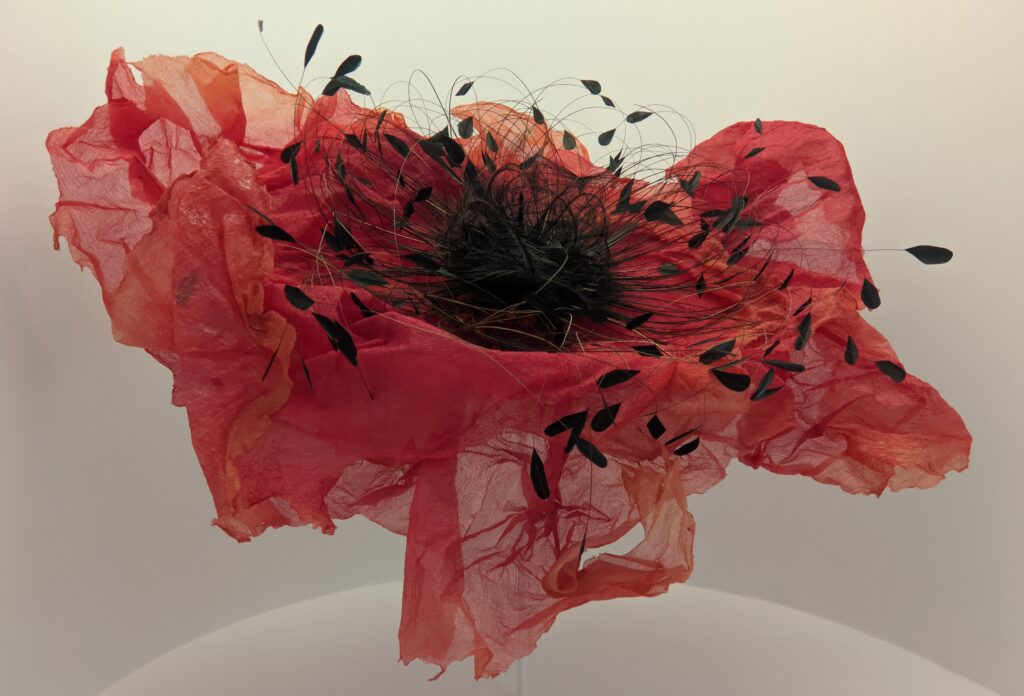
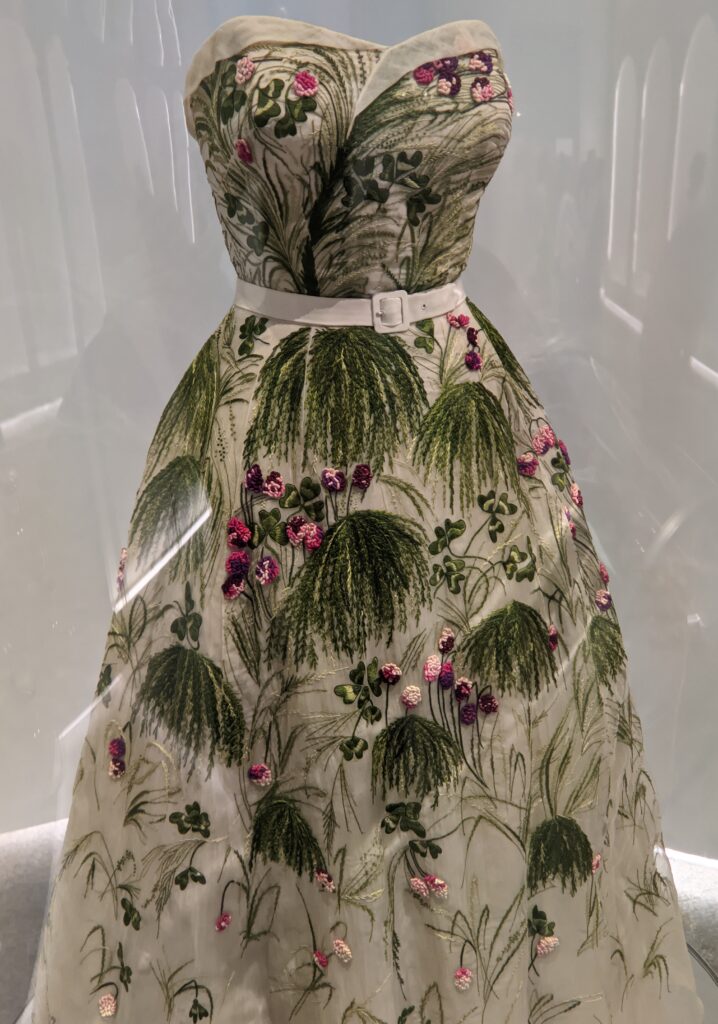
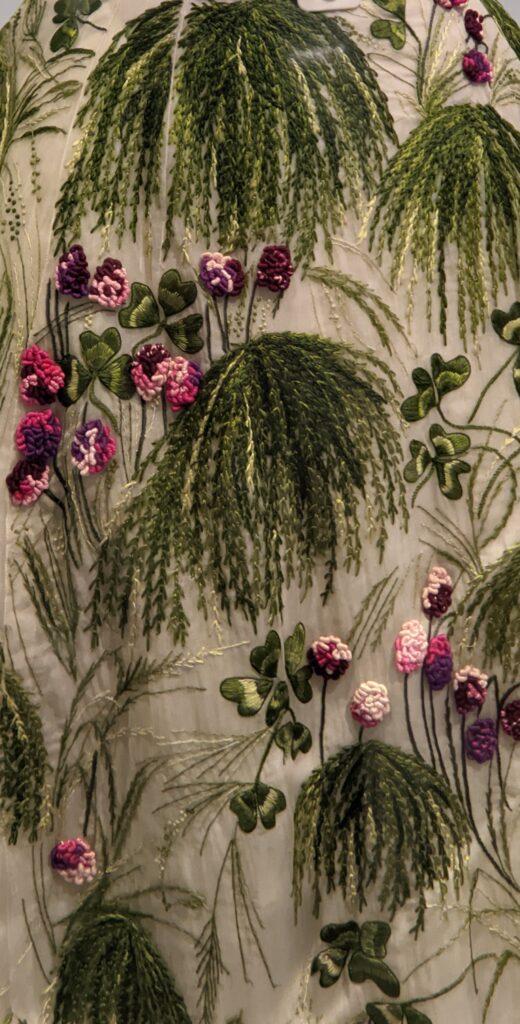
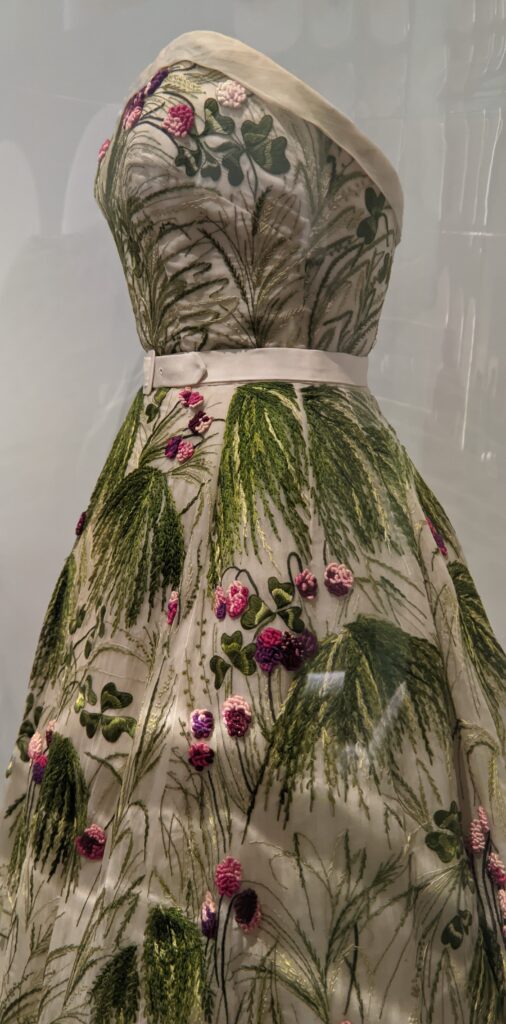
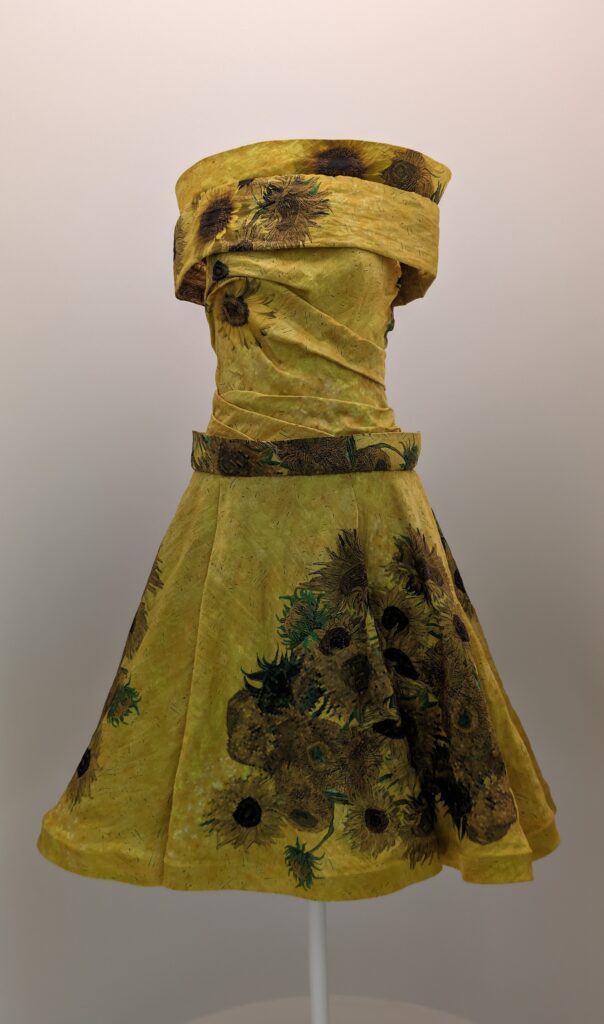
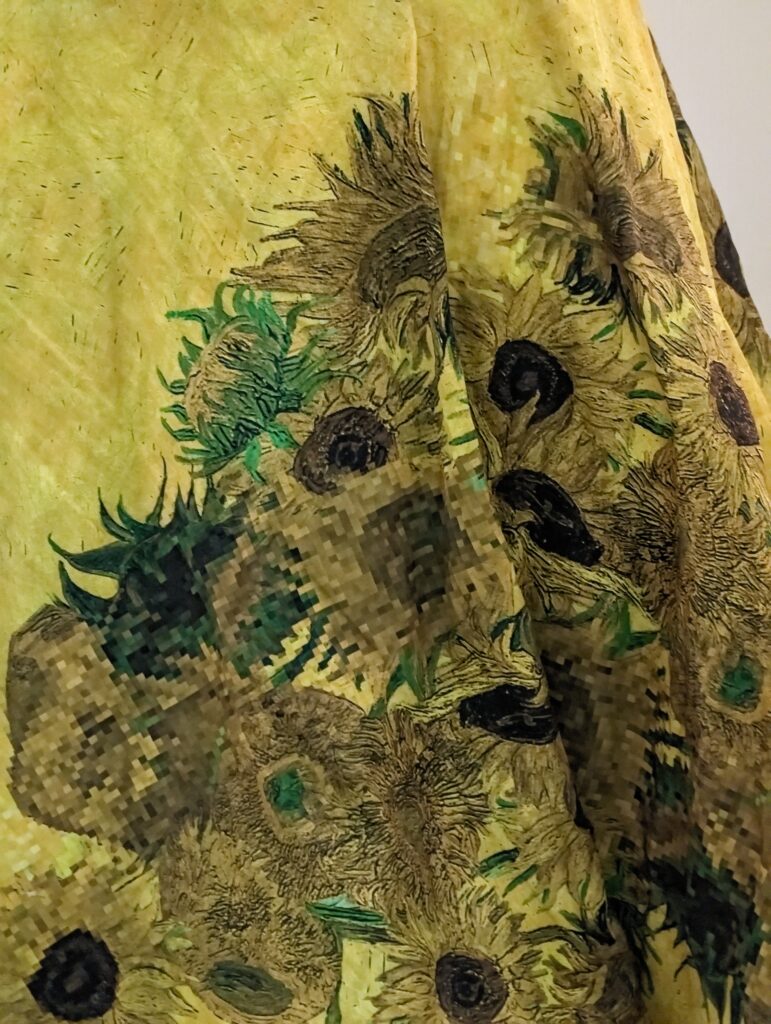
Fashion inspired by Vincent van Gogh’s paintings were on display as part of the show entitled SLEEPING BEAUTIES.
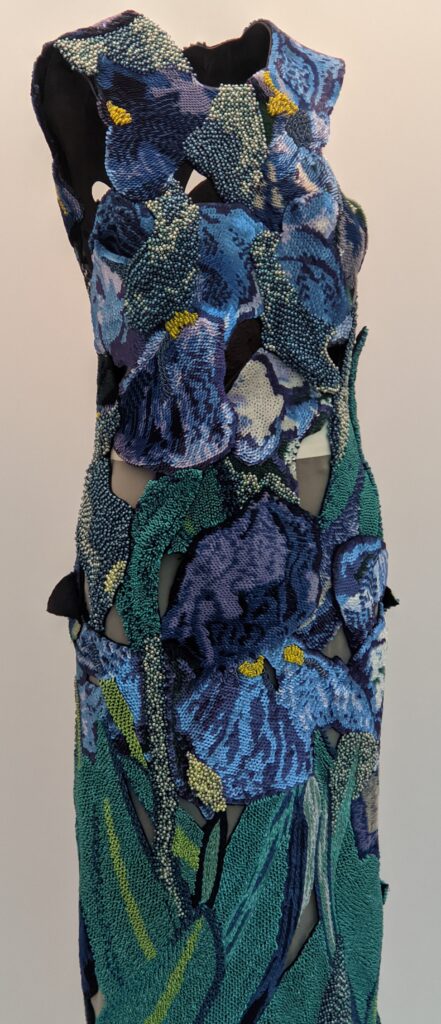
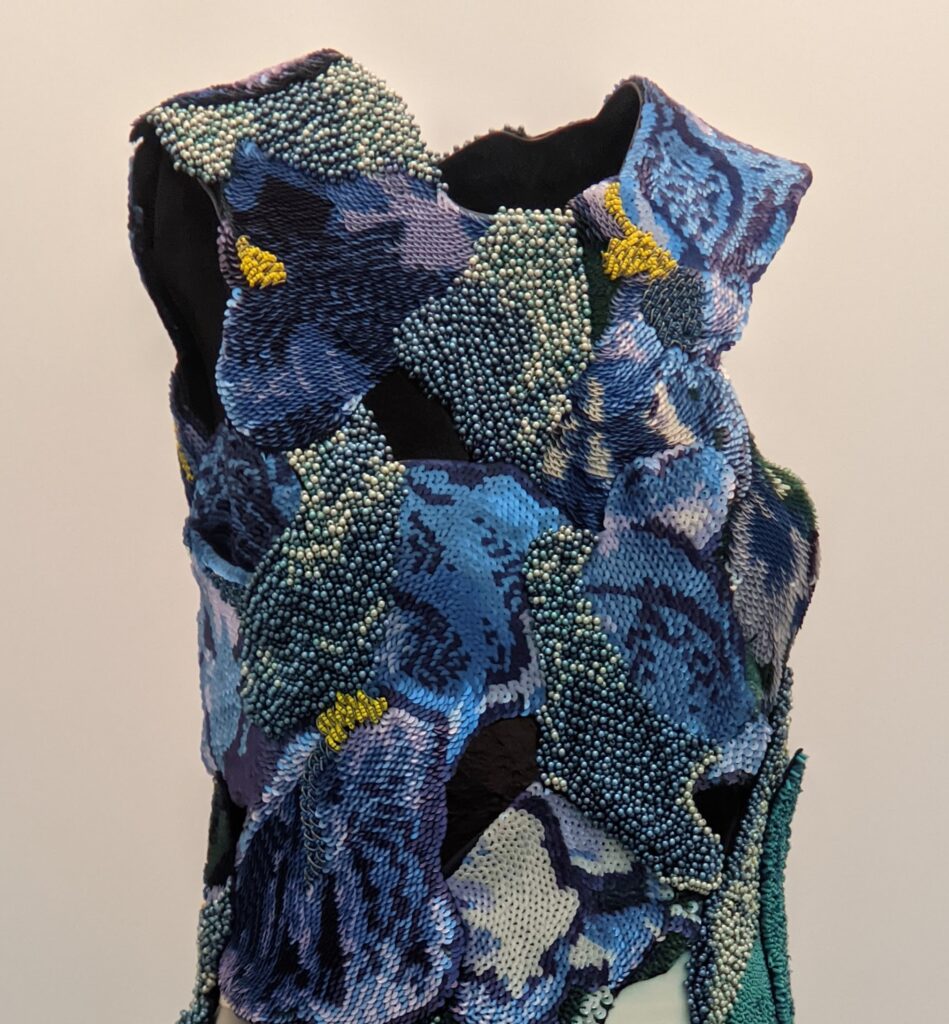
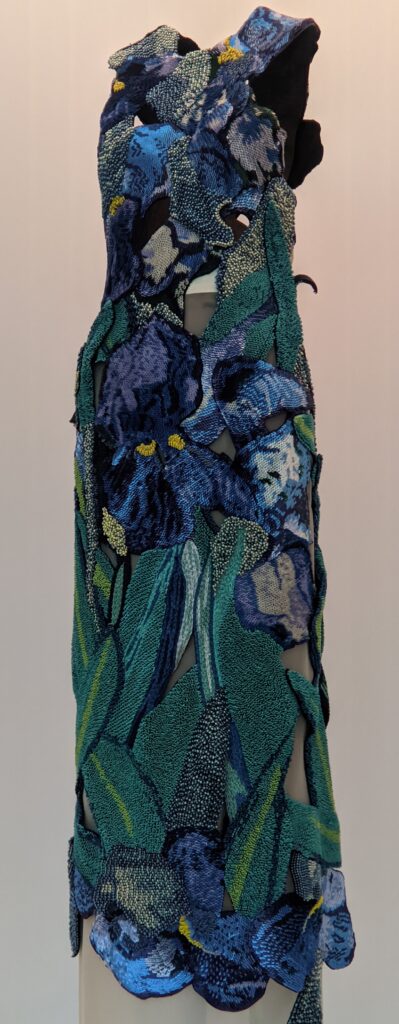
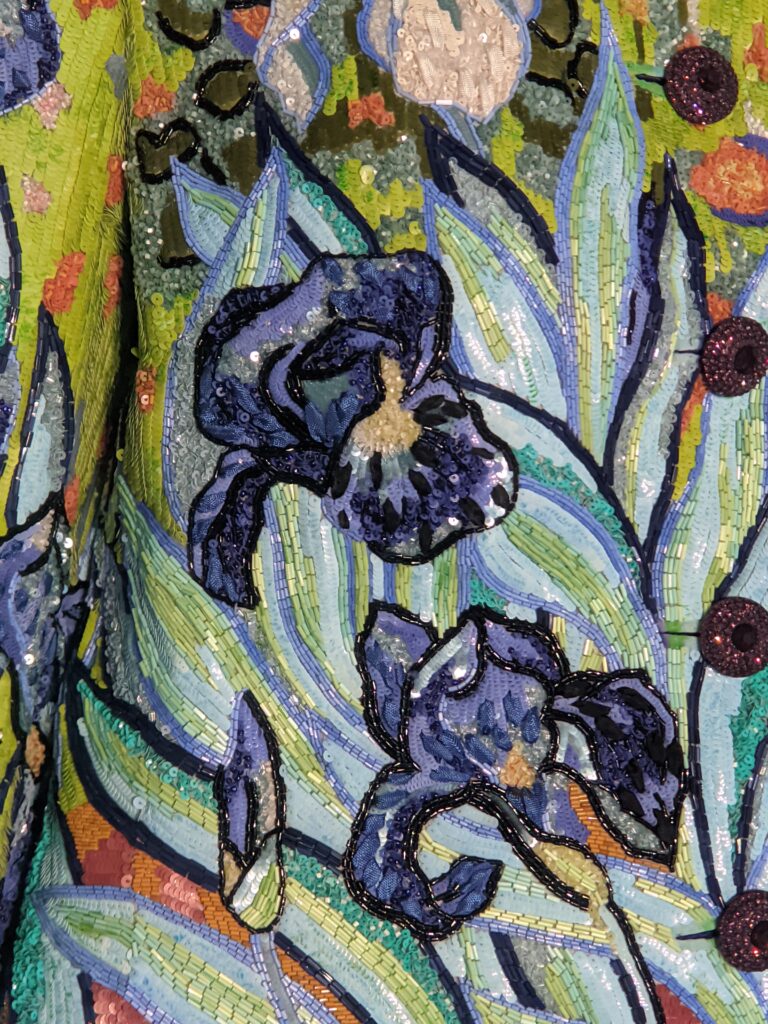

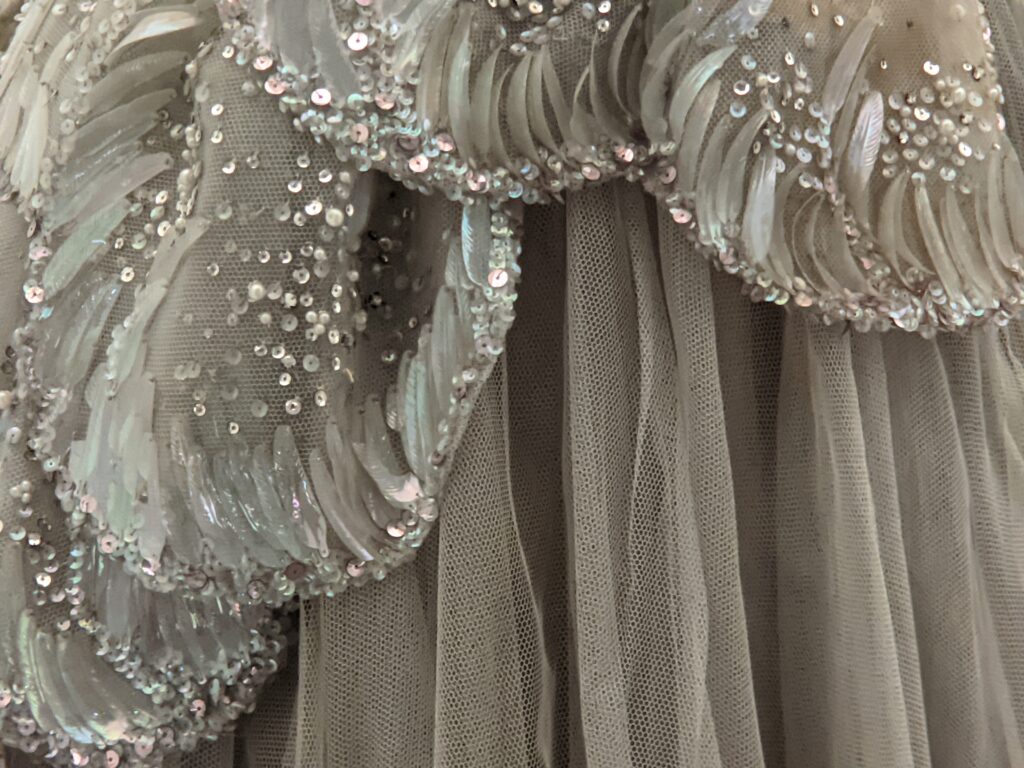
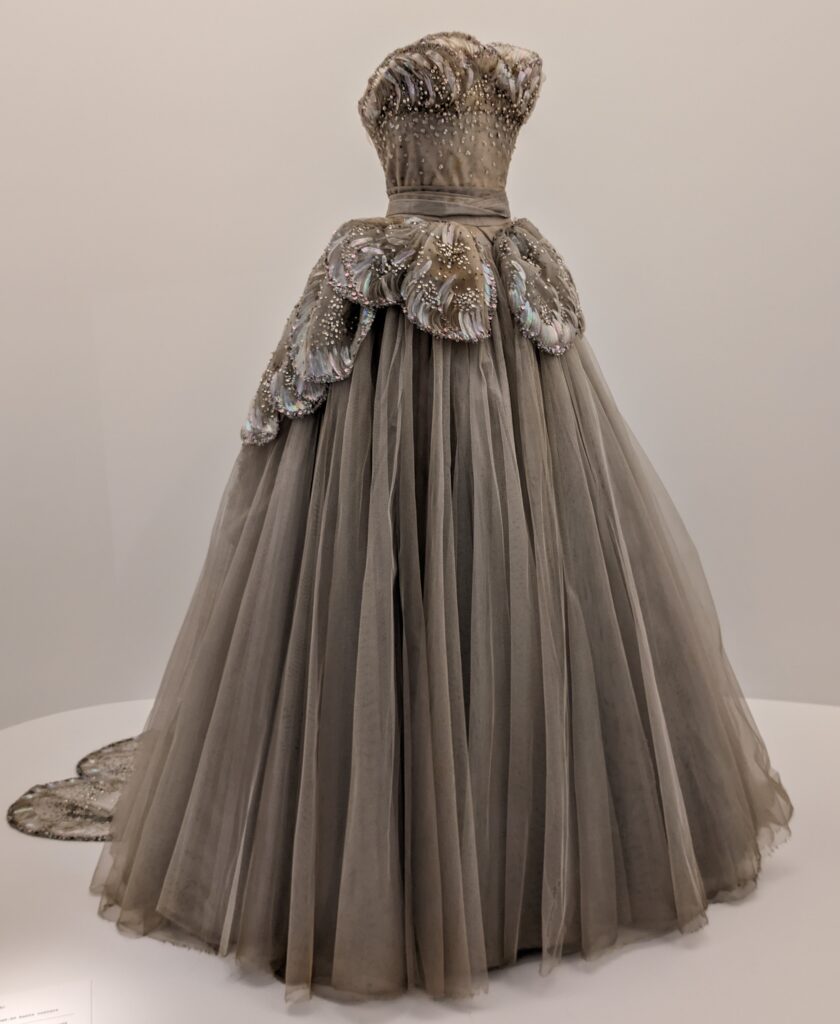
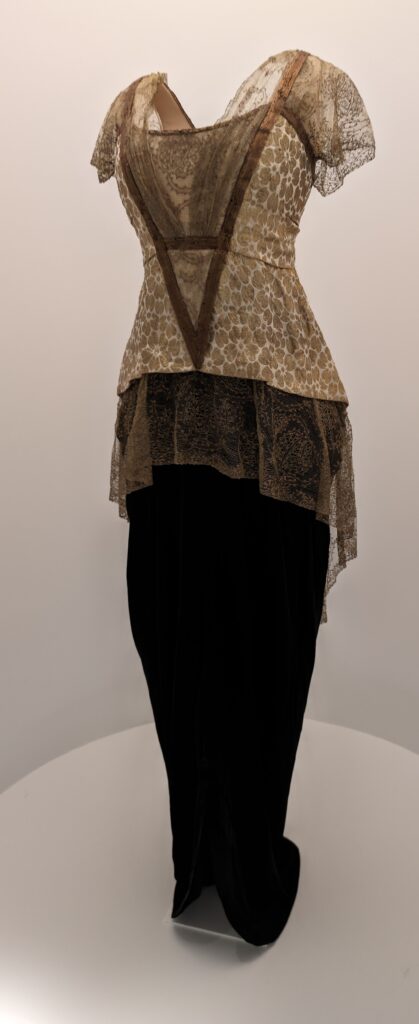
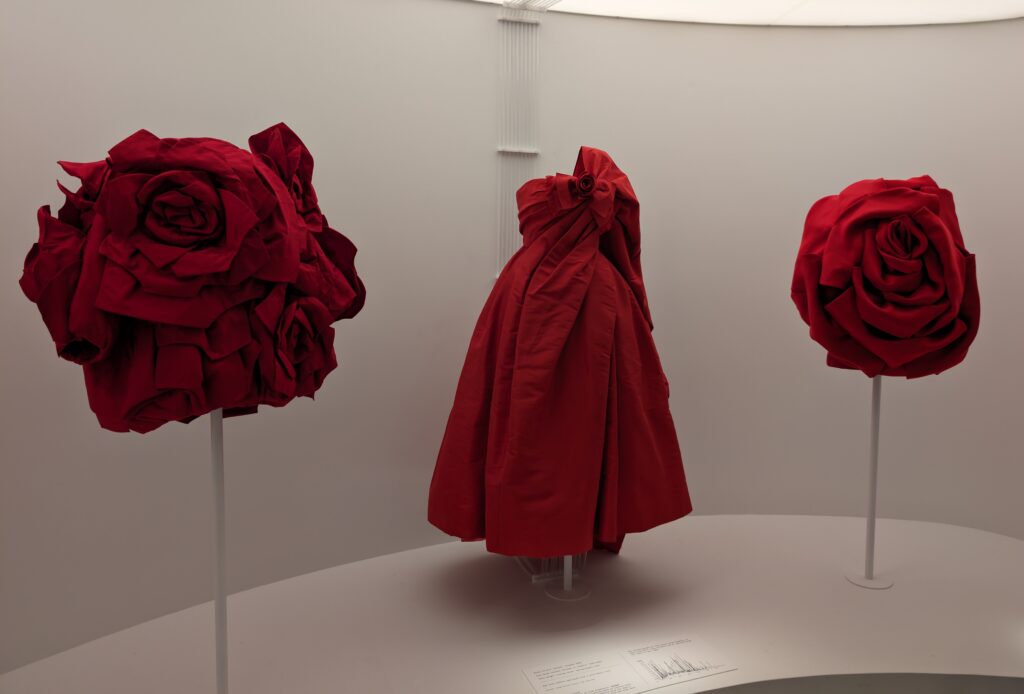
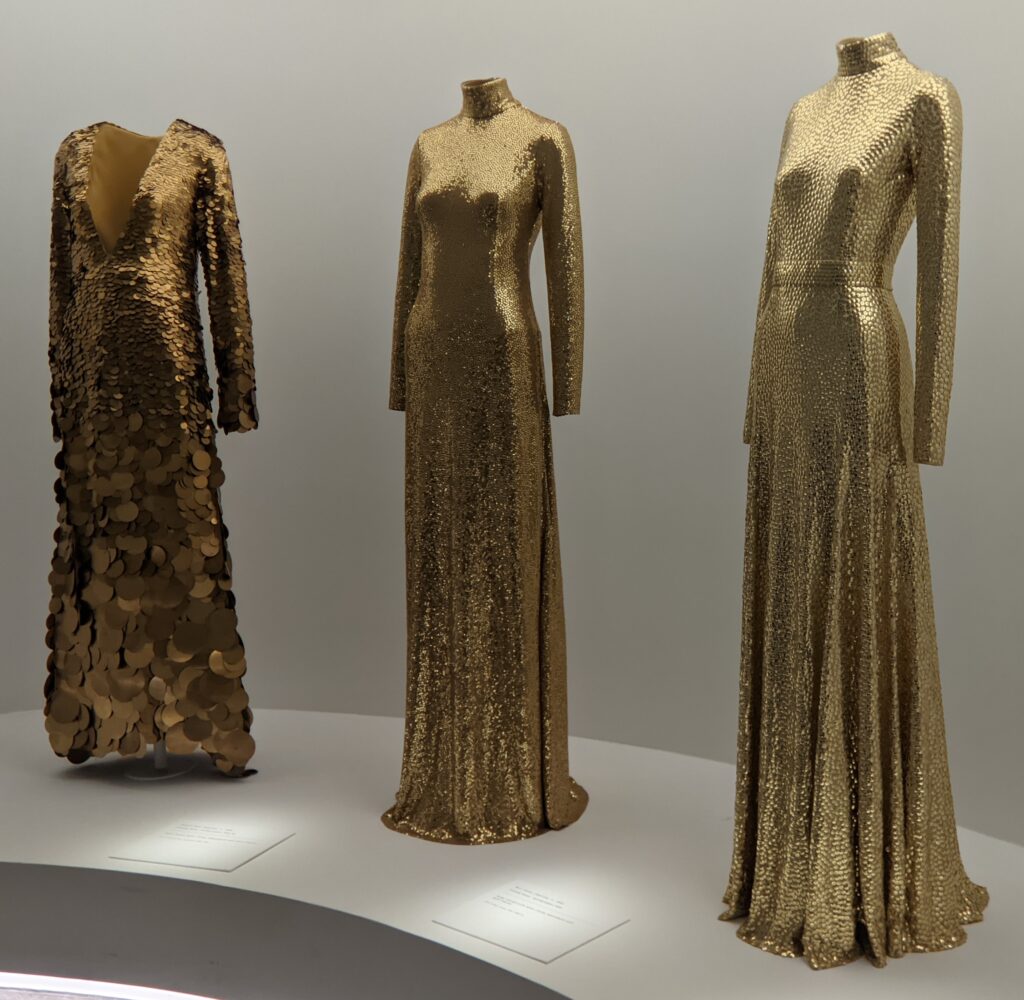
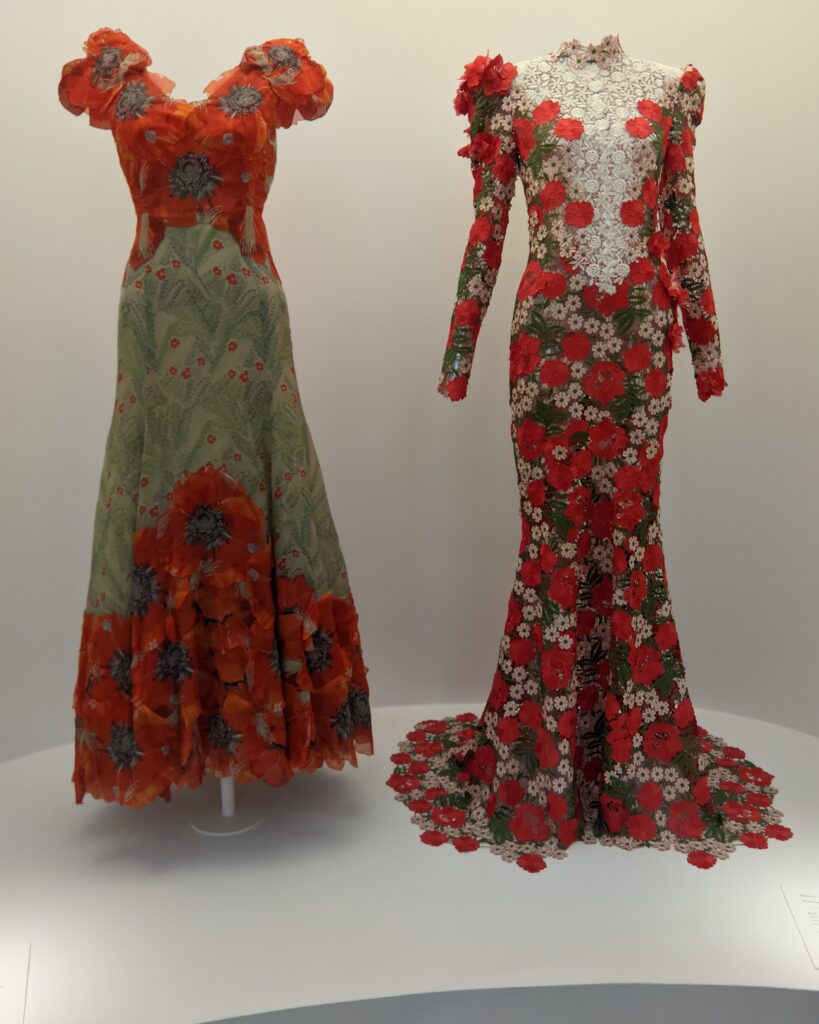
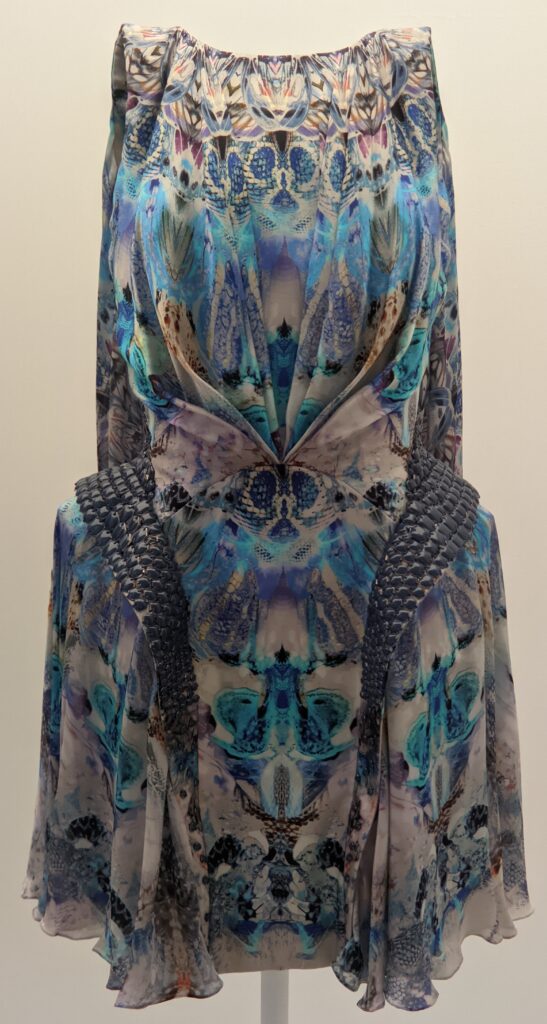
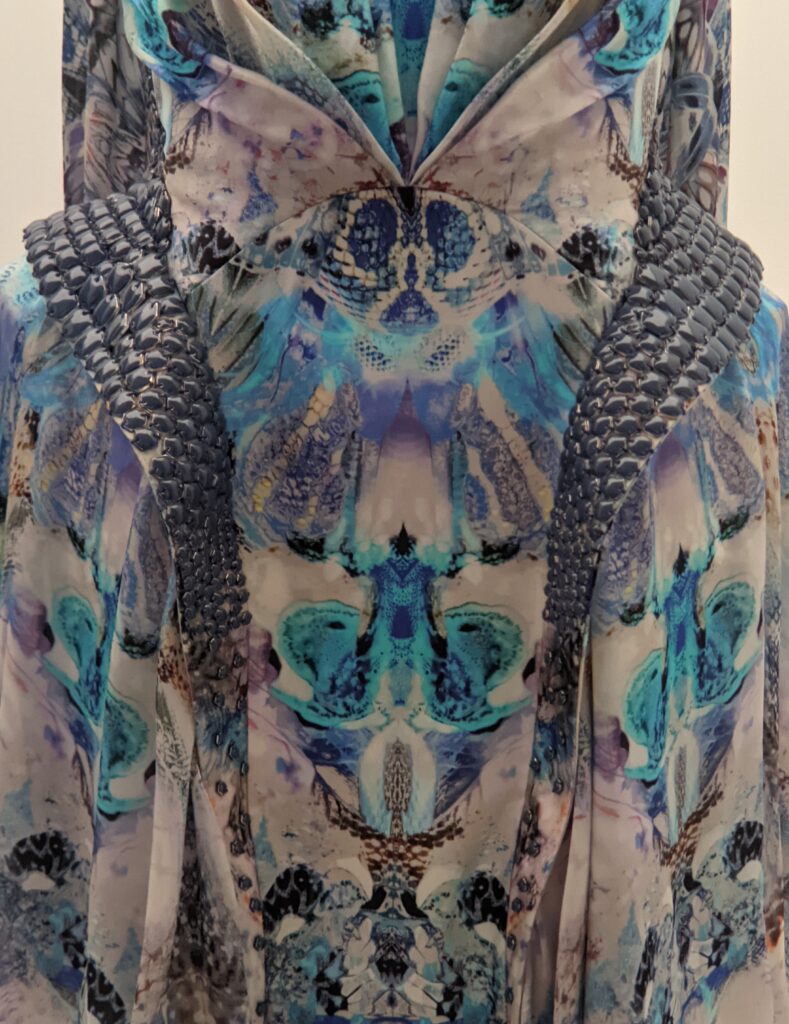
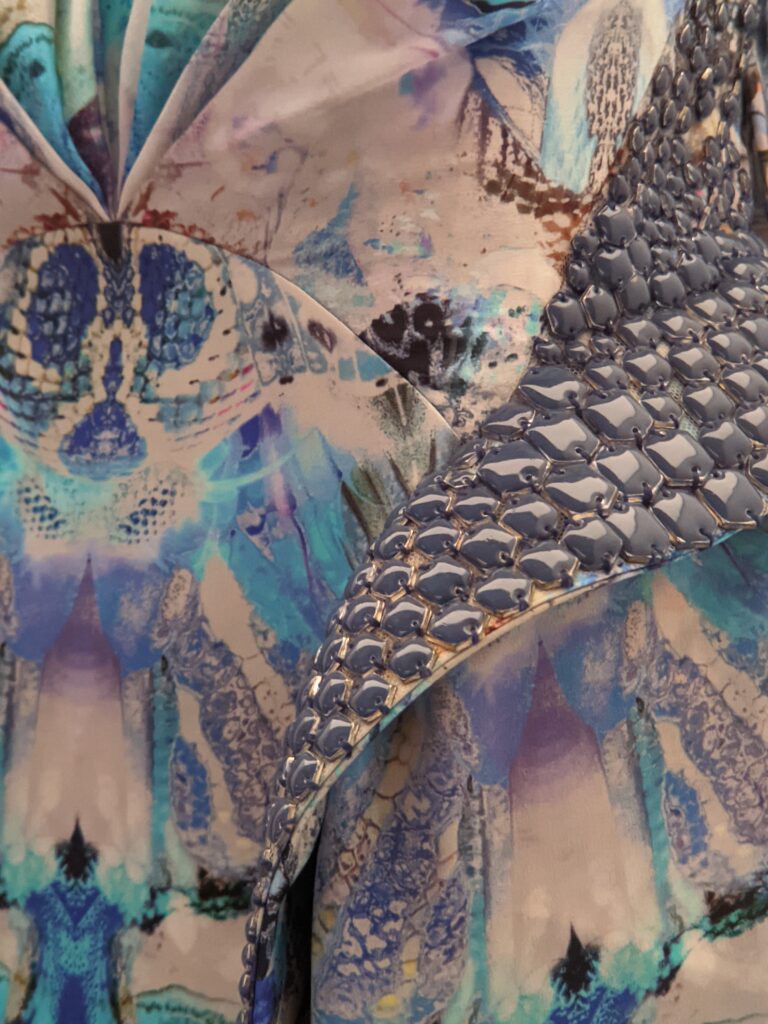
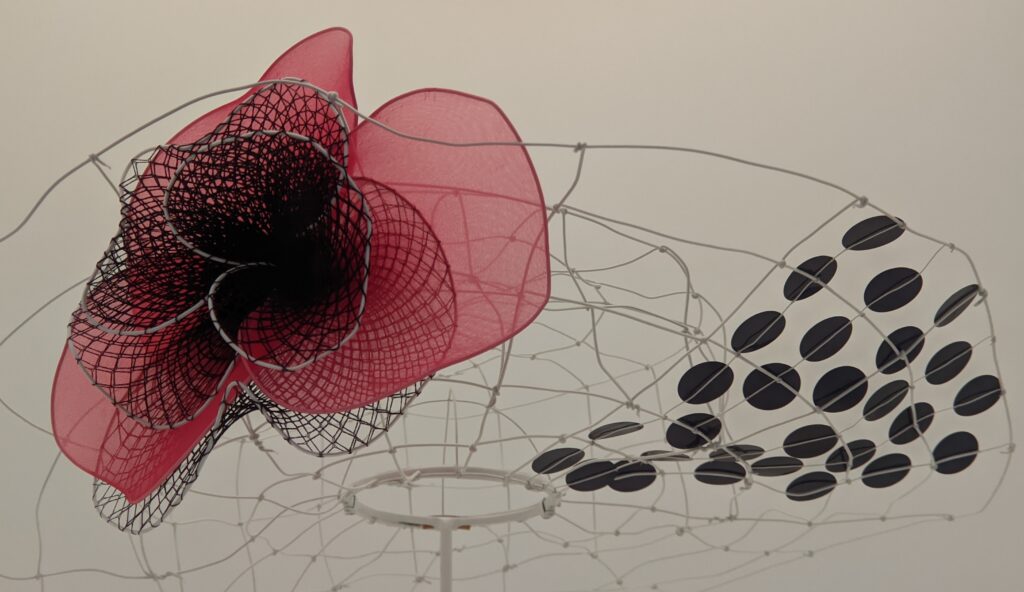
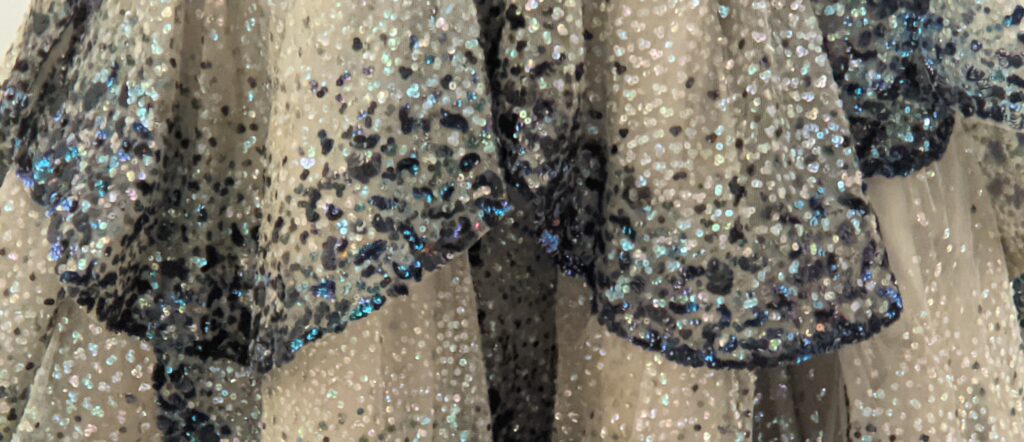
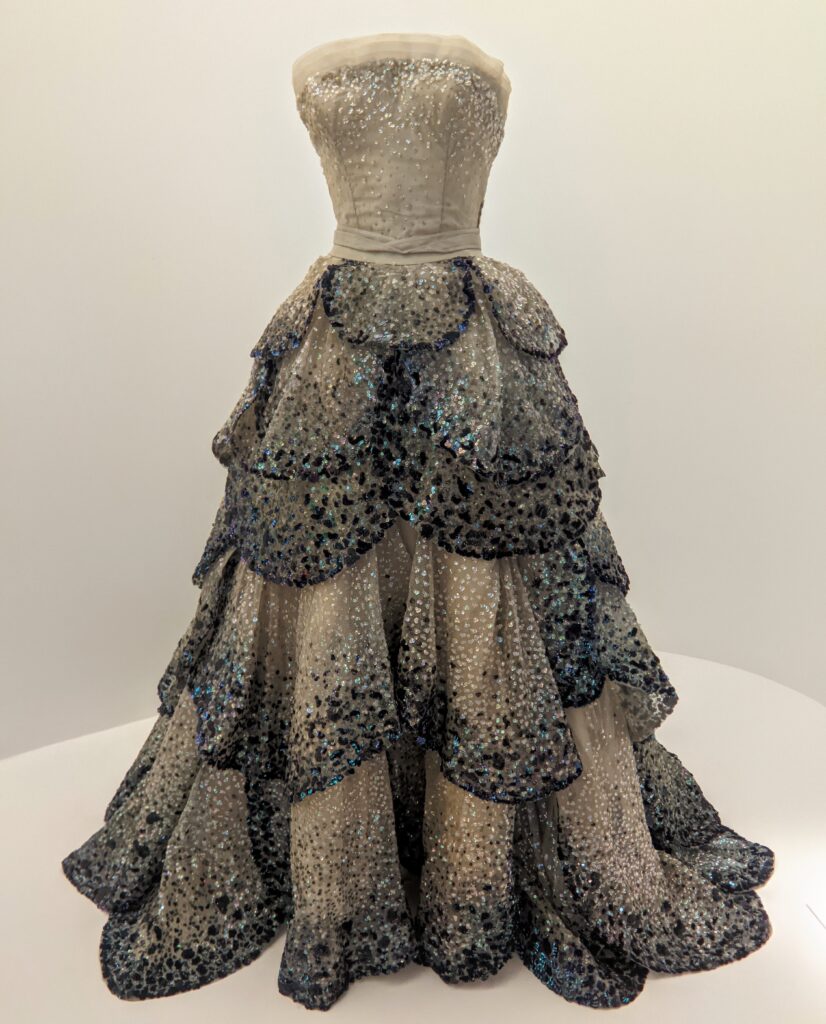
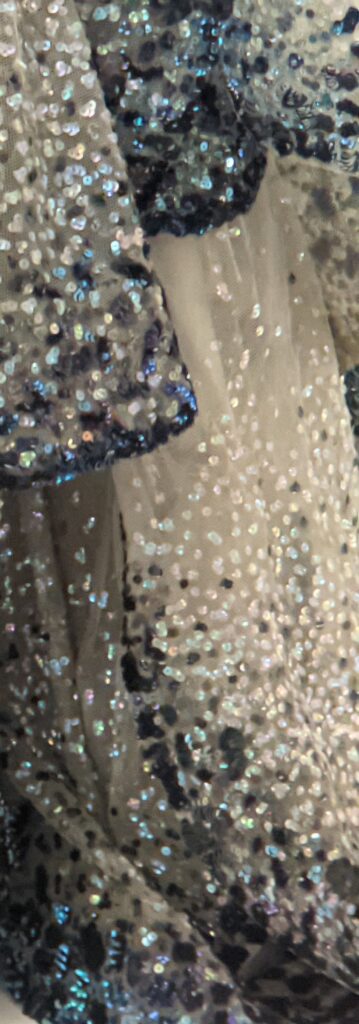

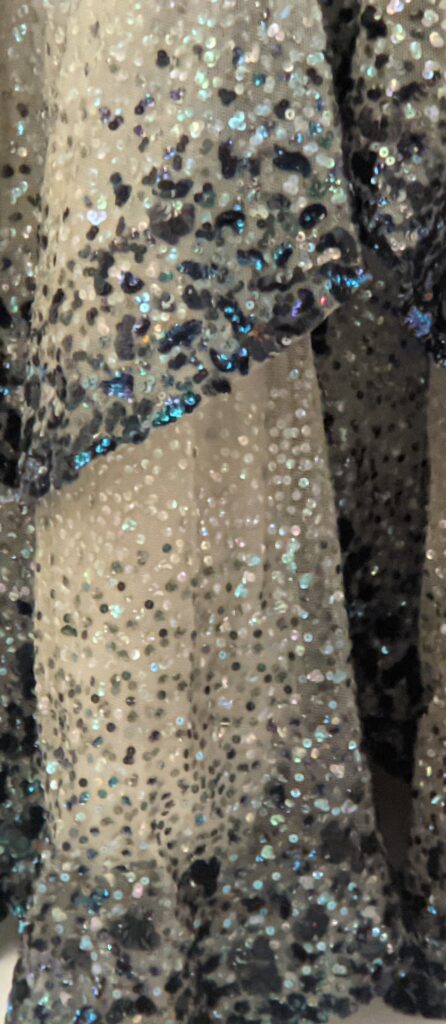
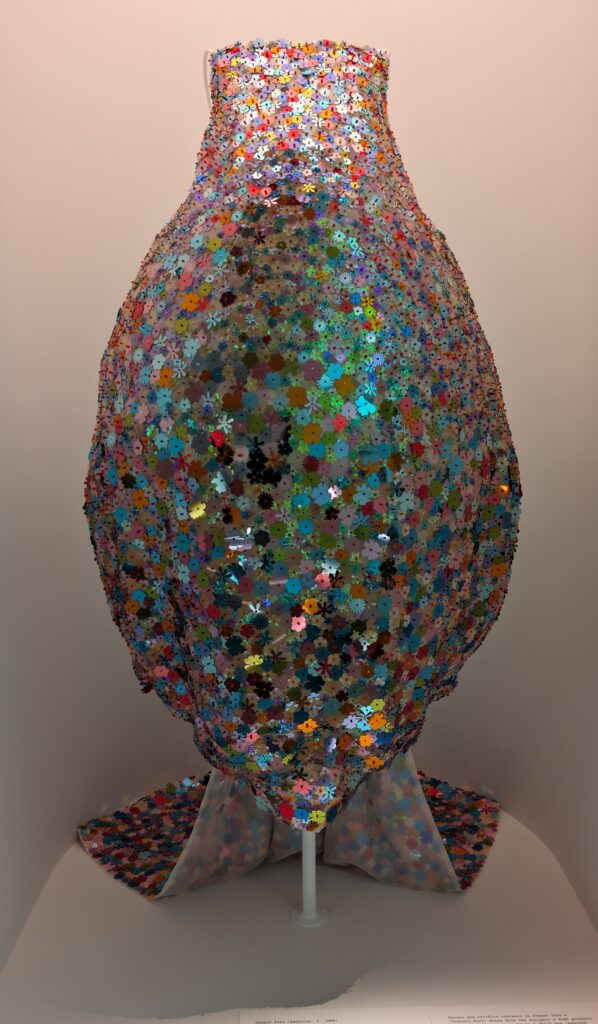
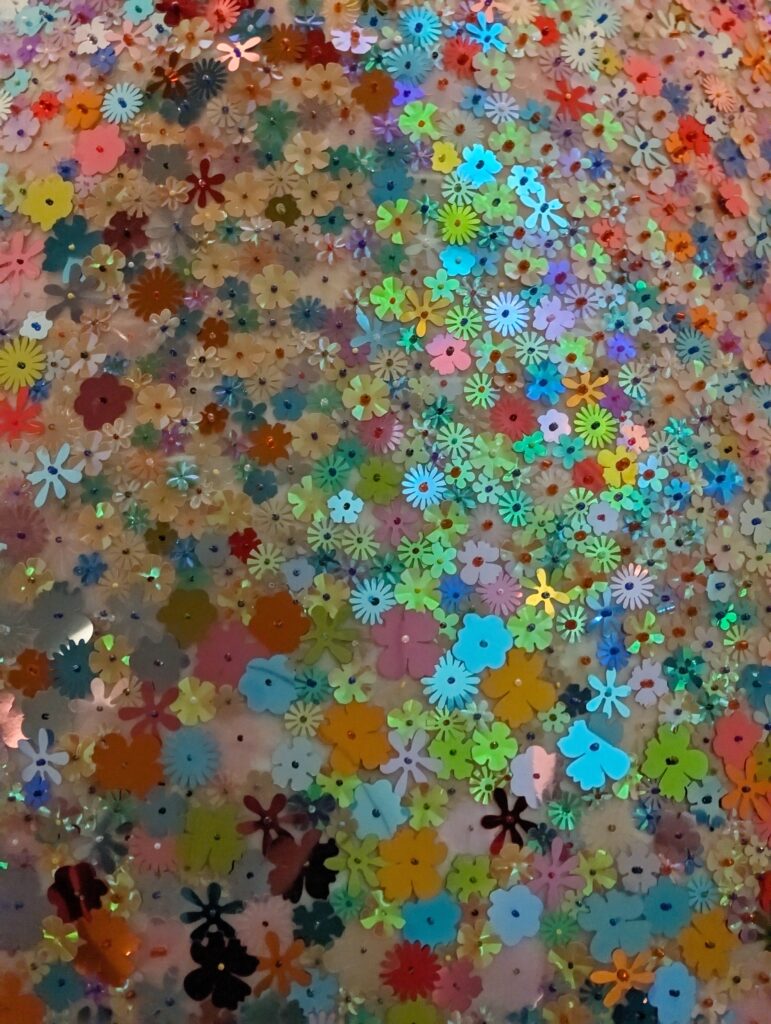
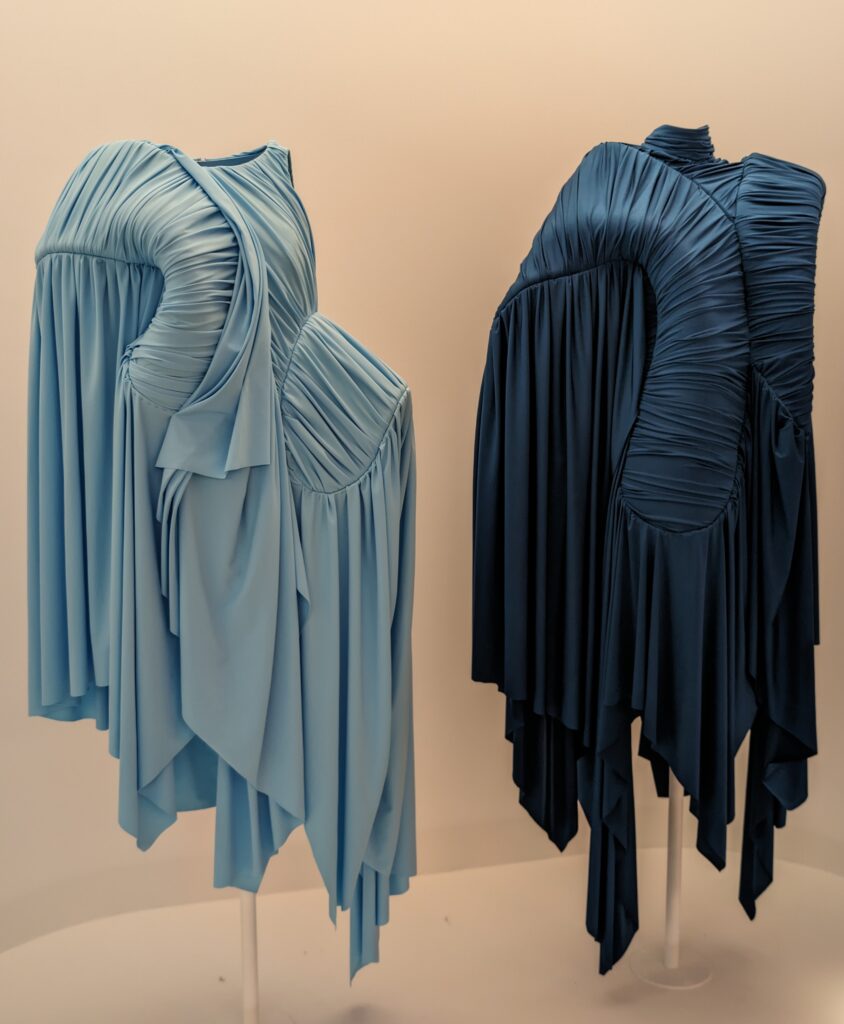
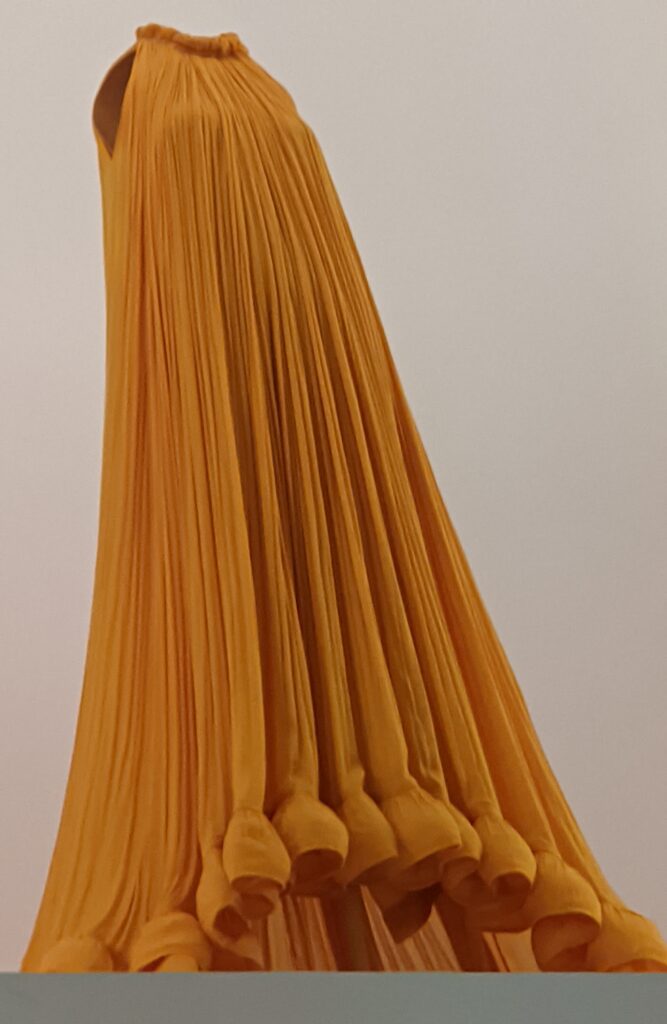
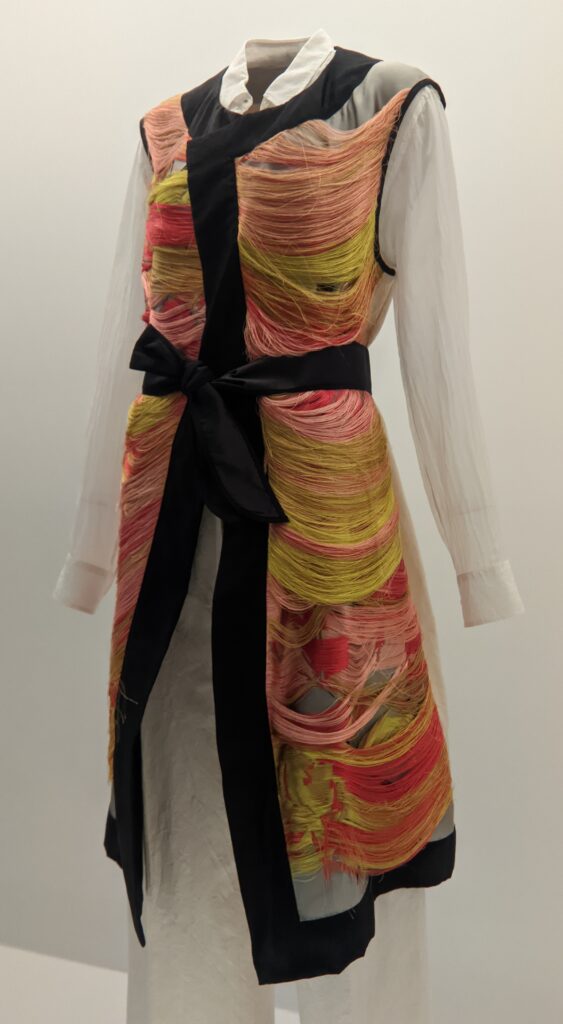
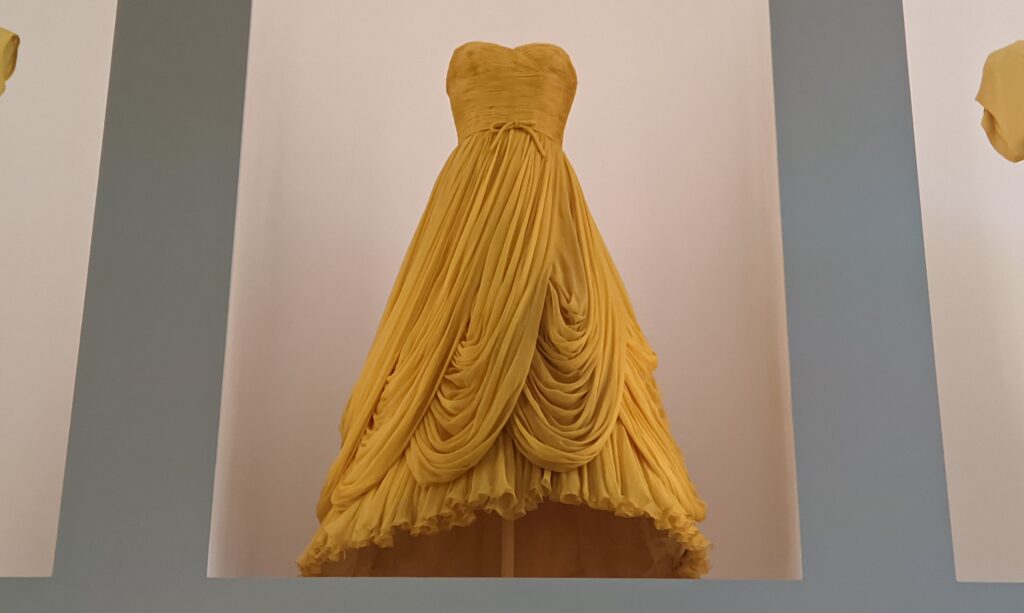
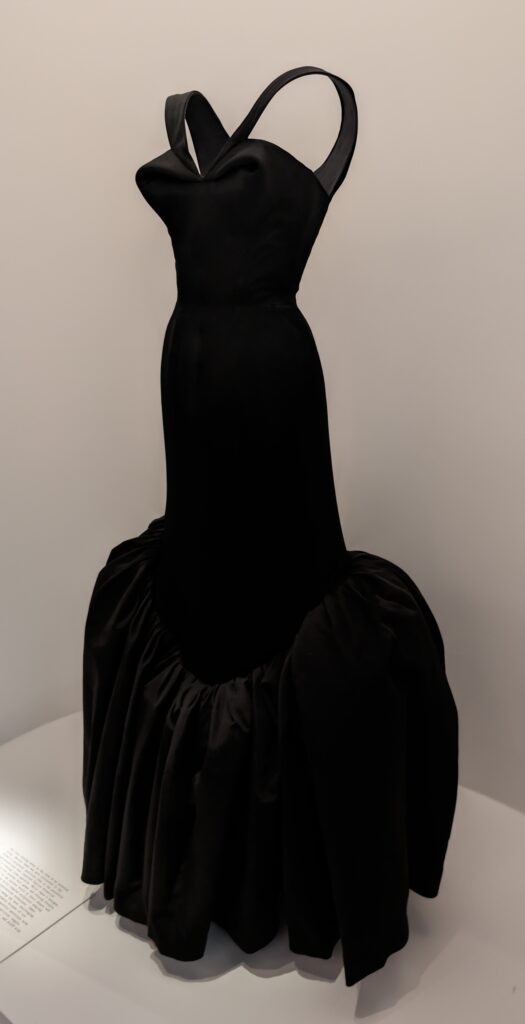
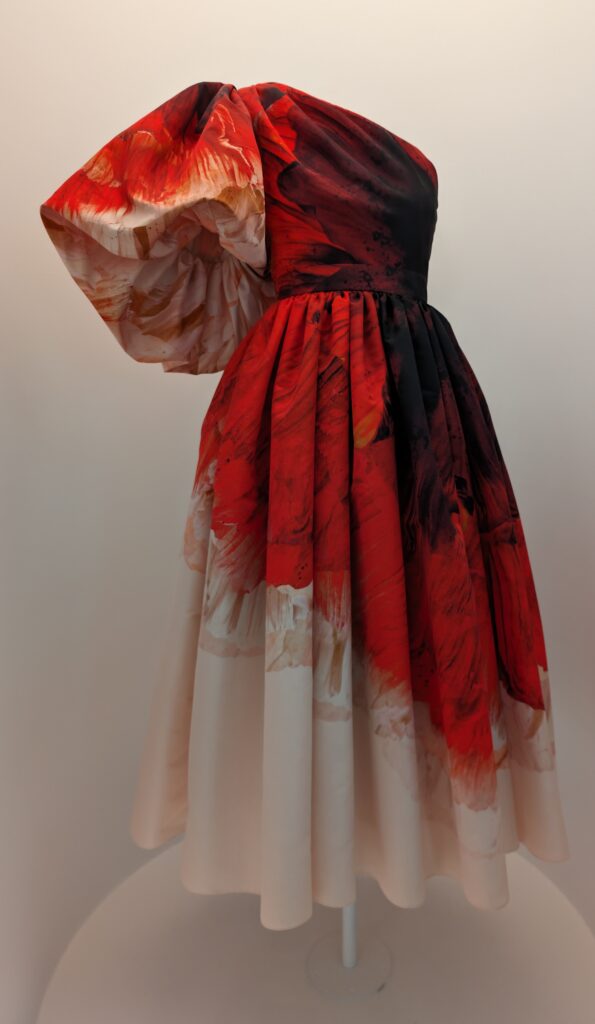
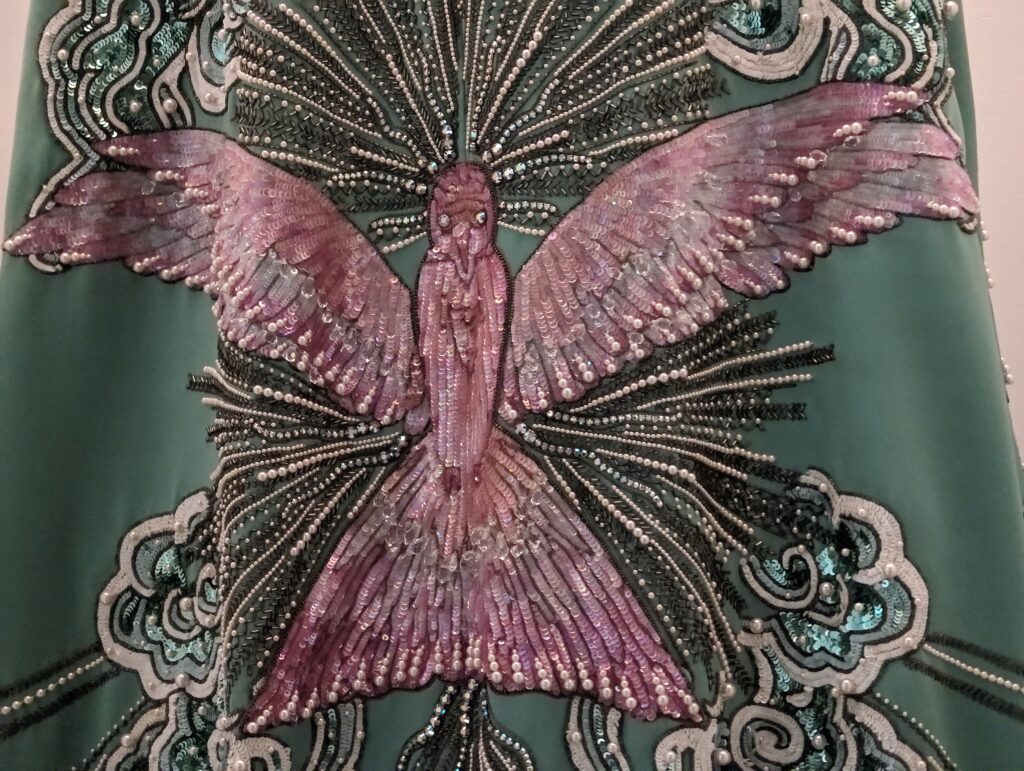
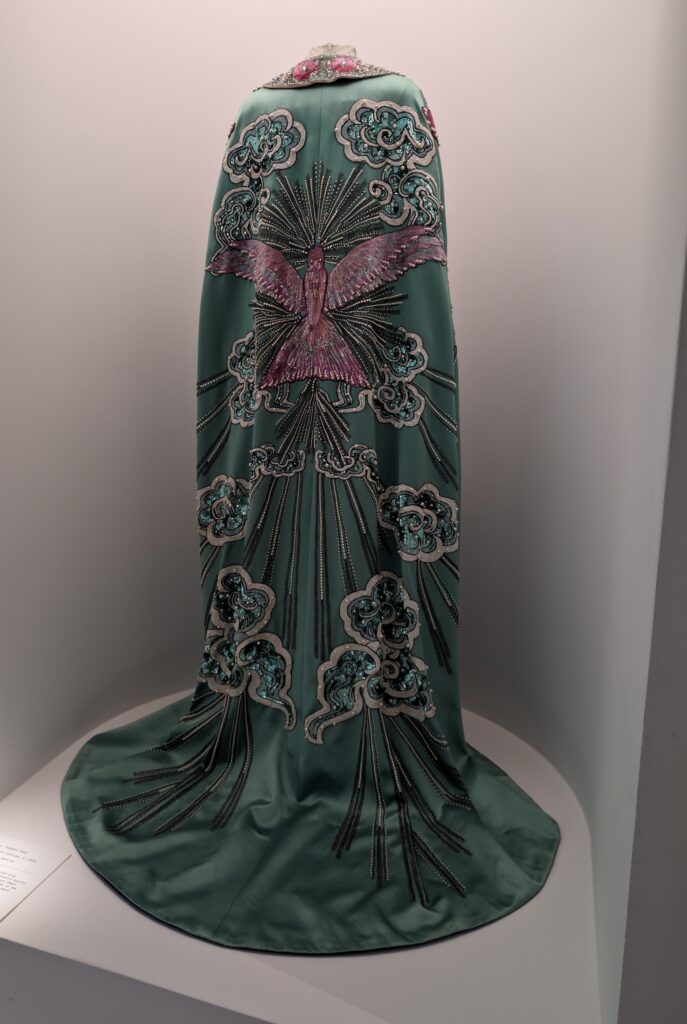
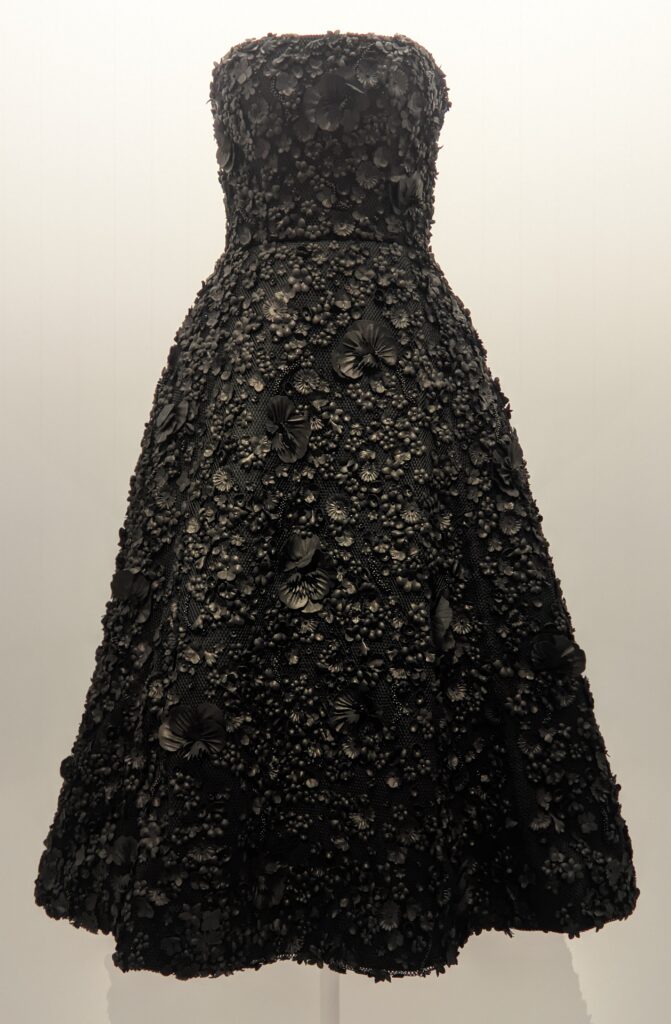
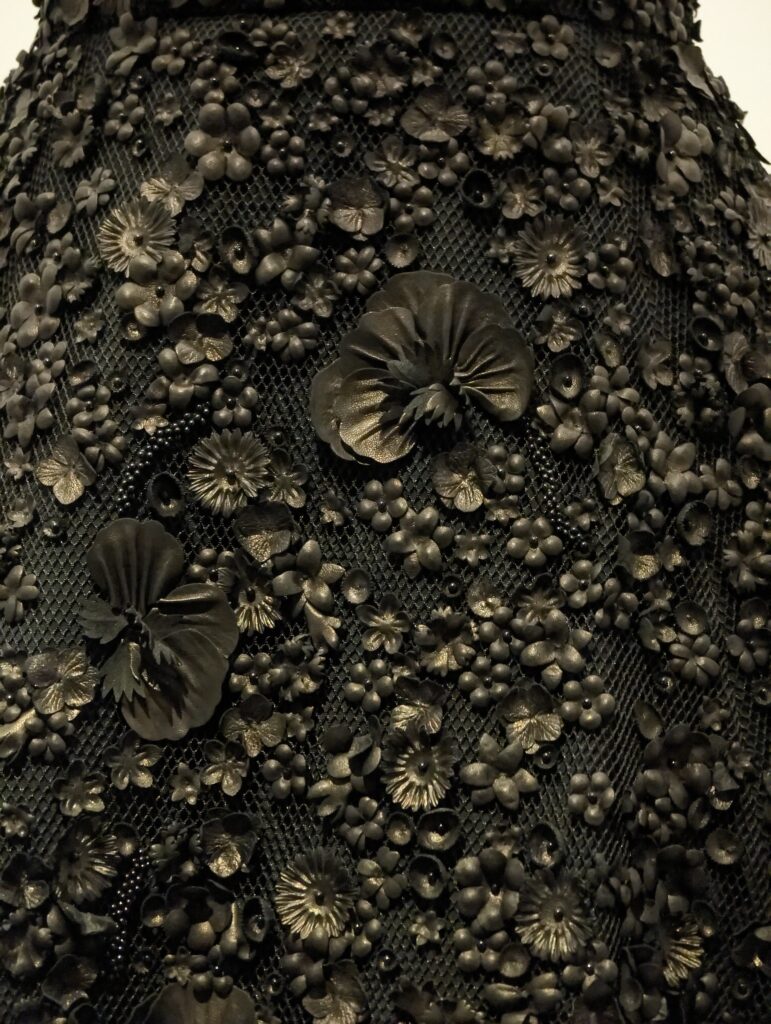

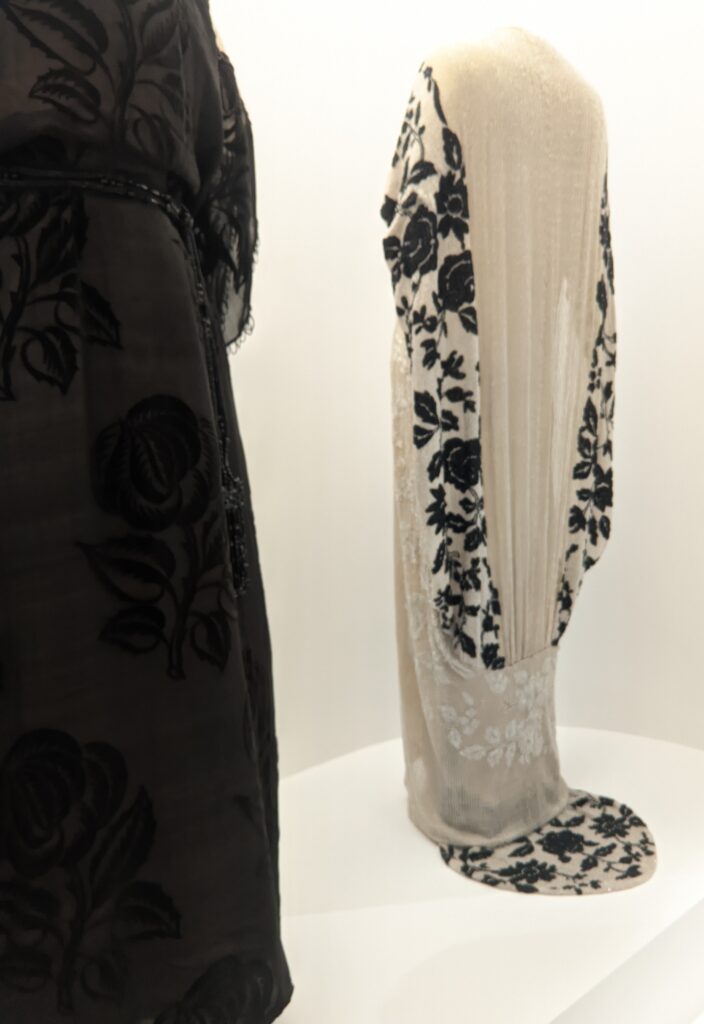
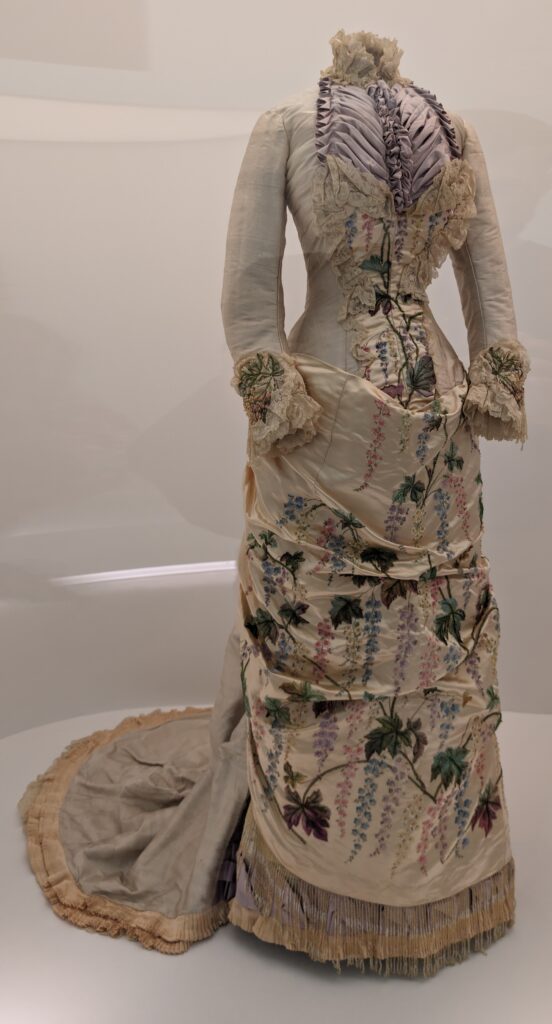
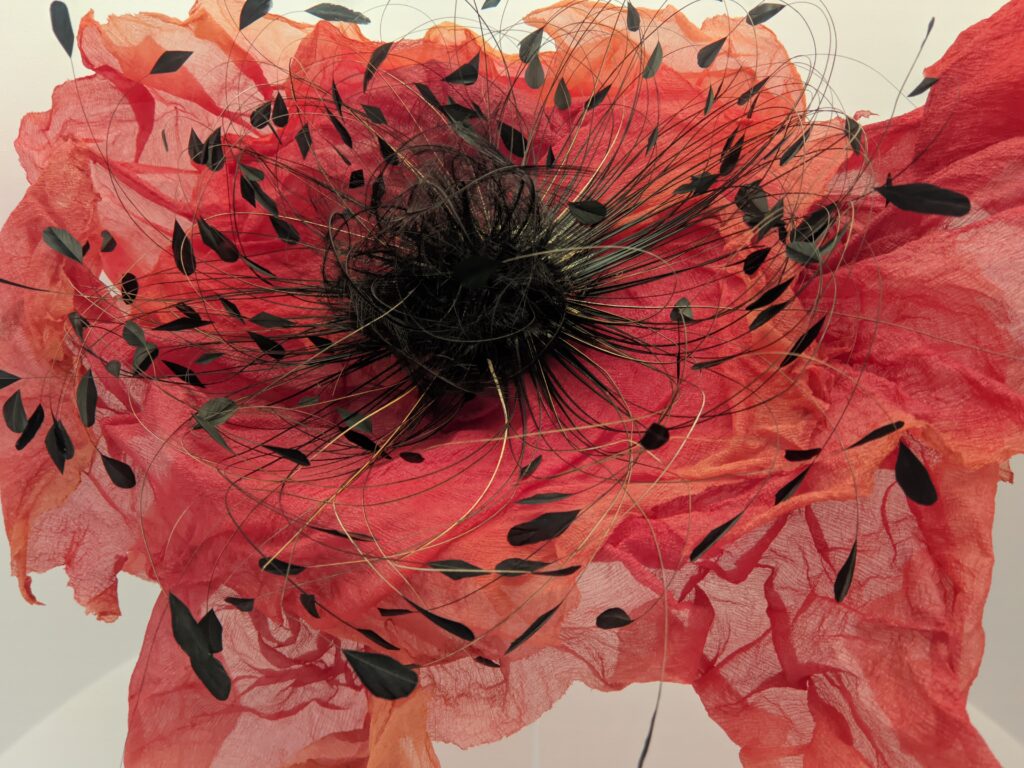
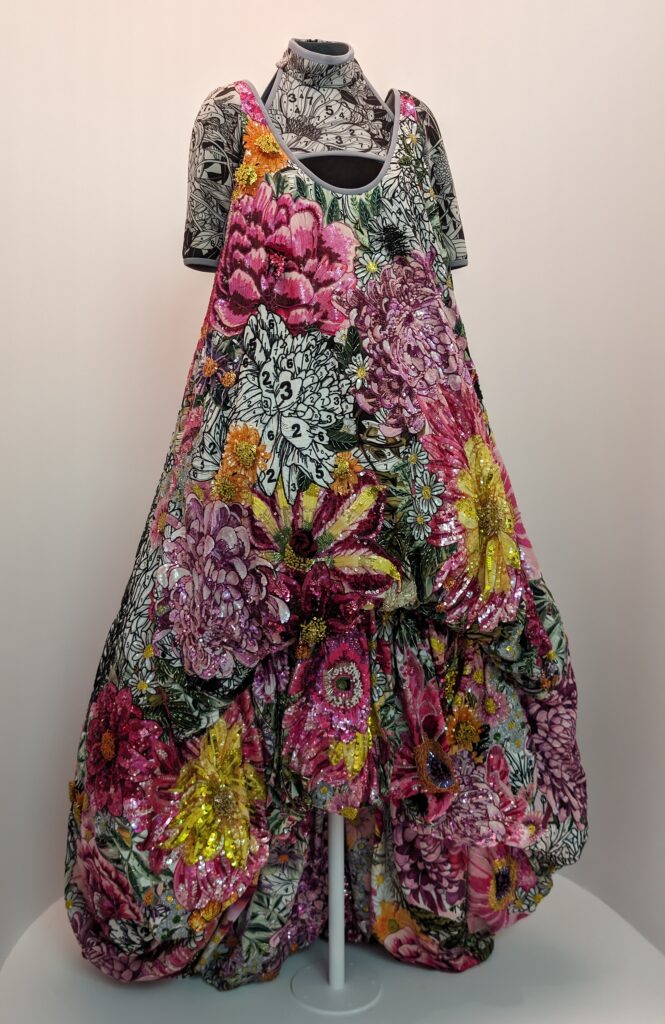
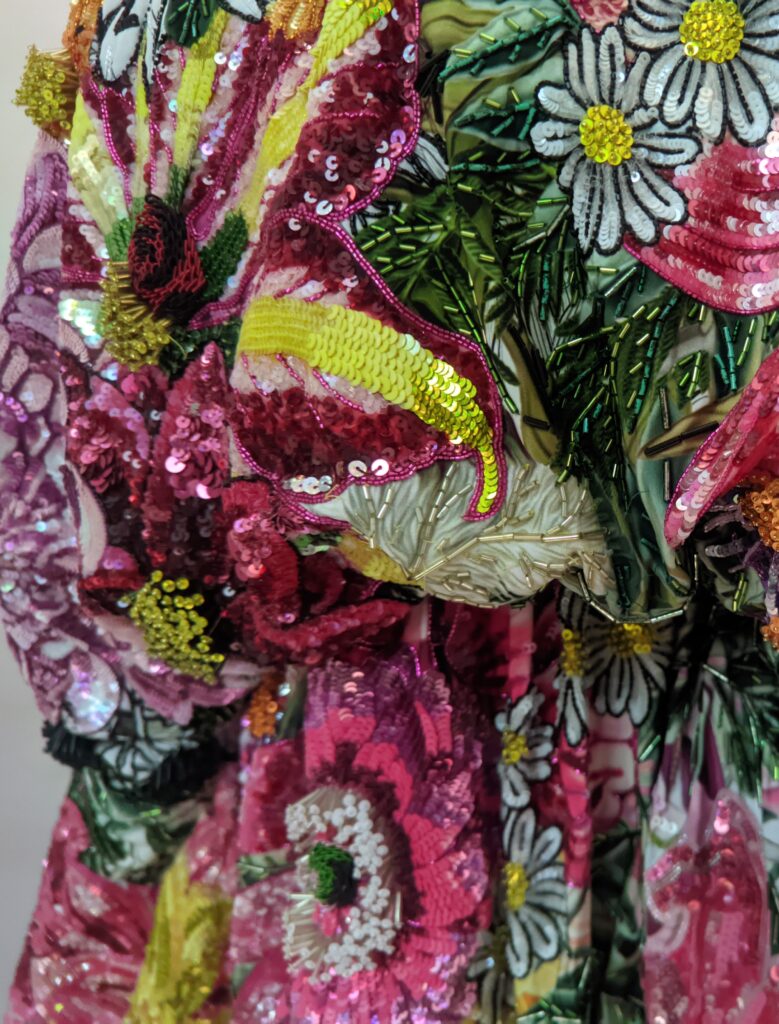
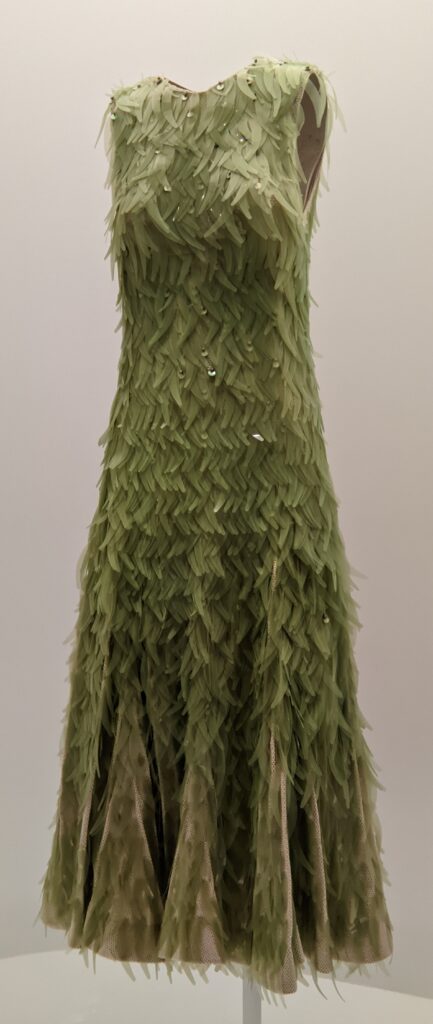
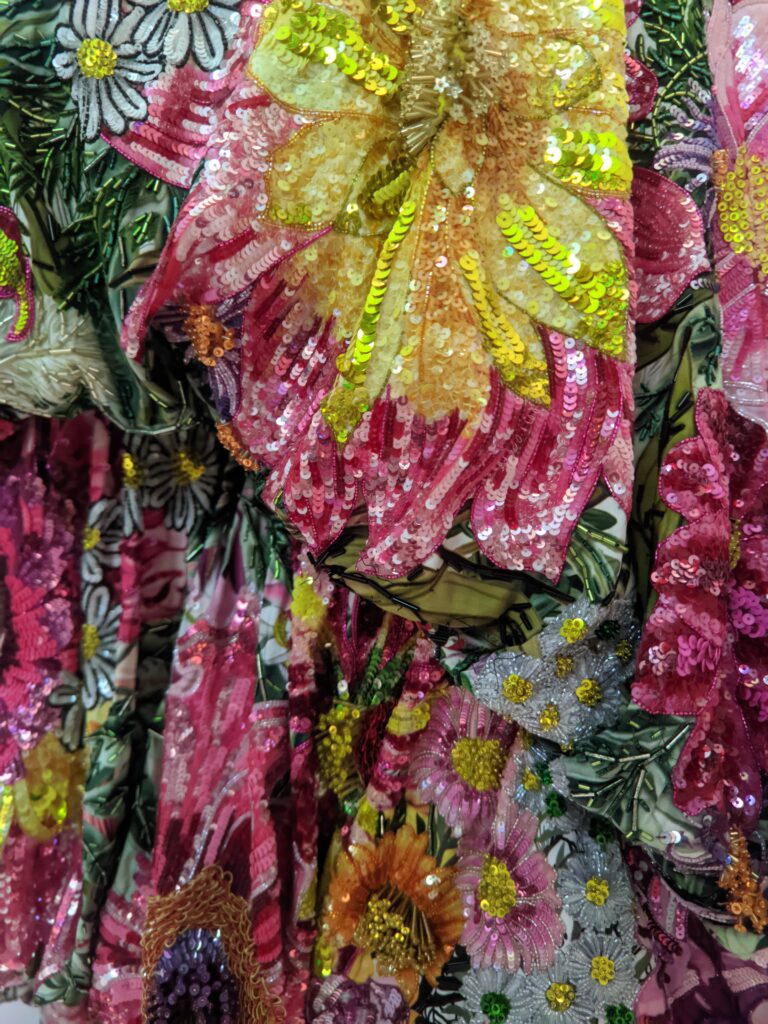
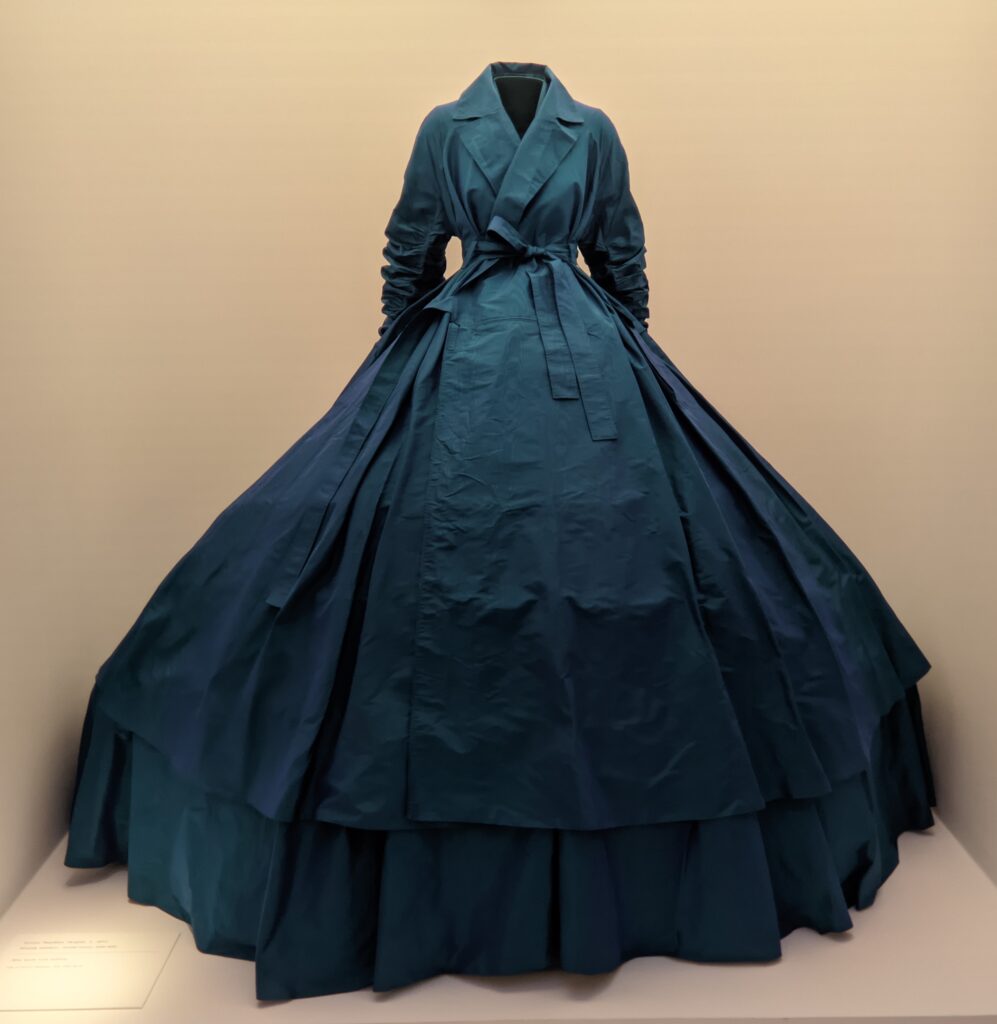
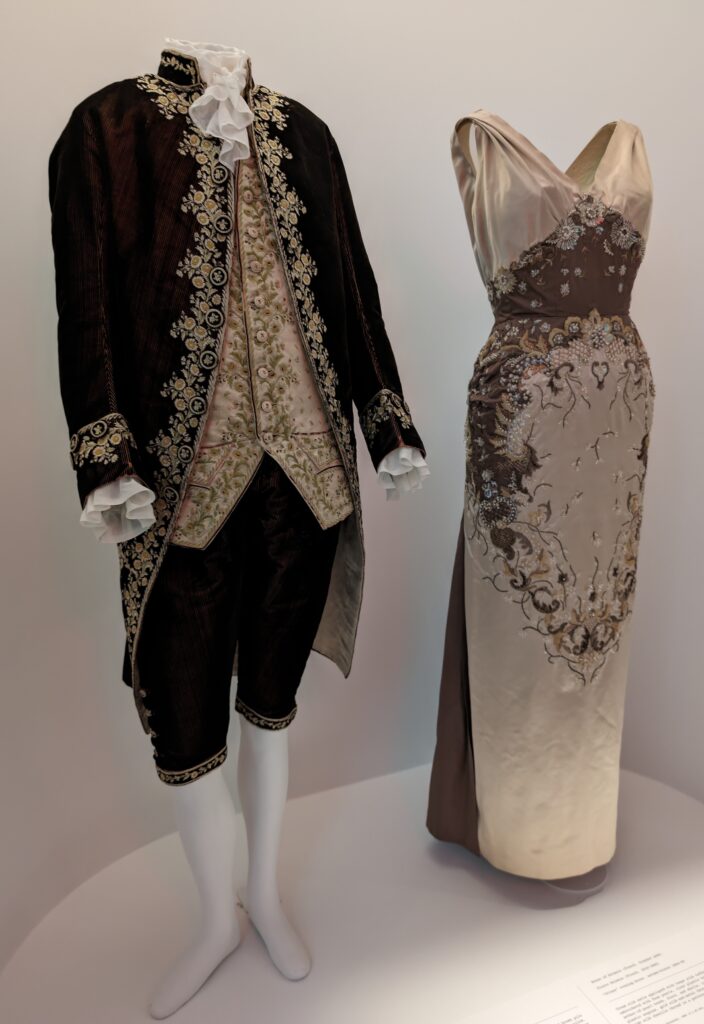
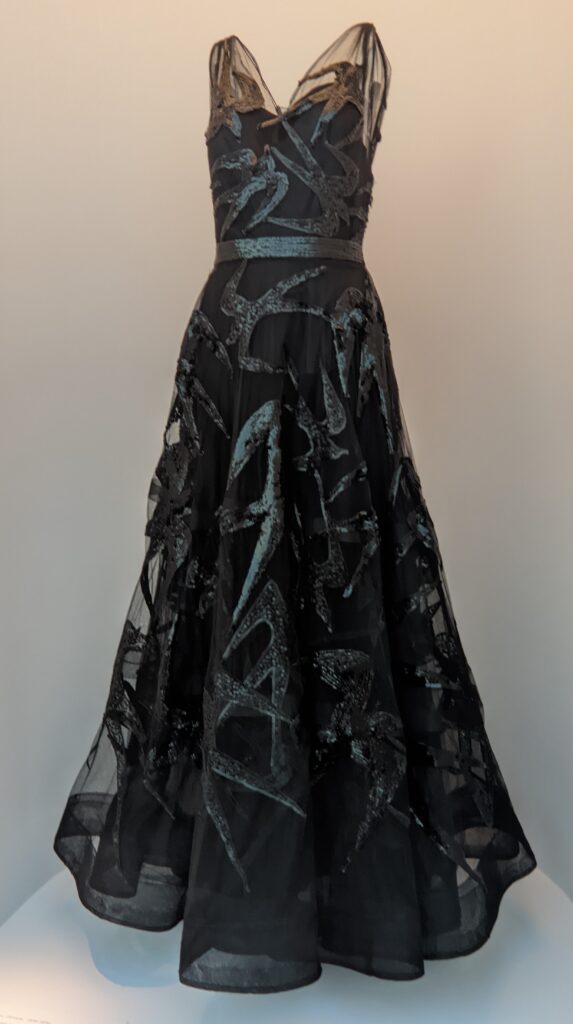
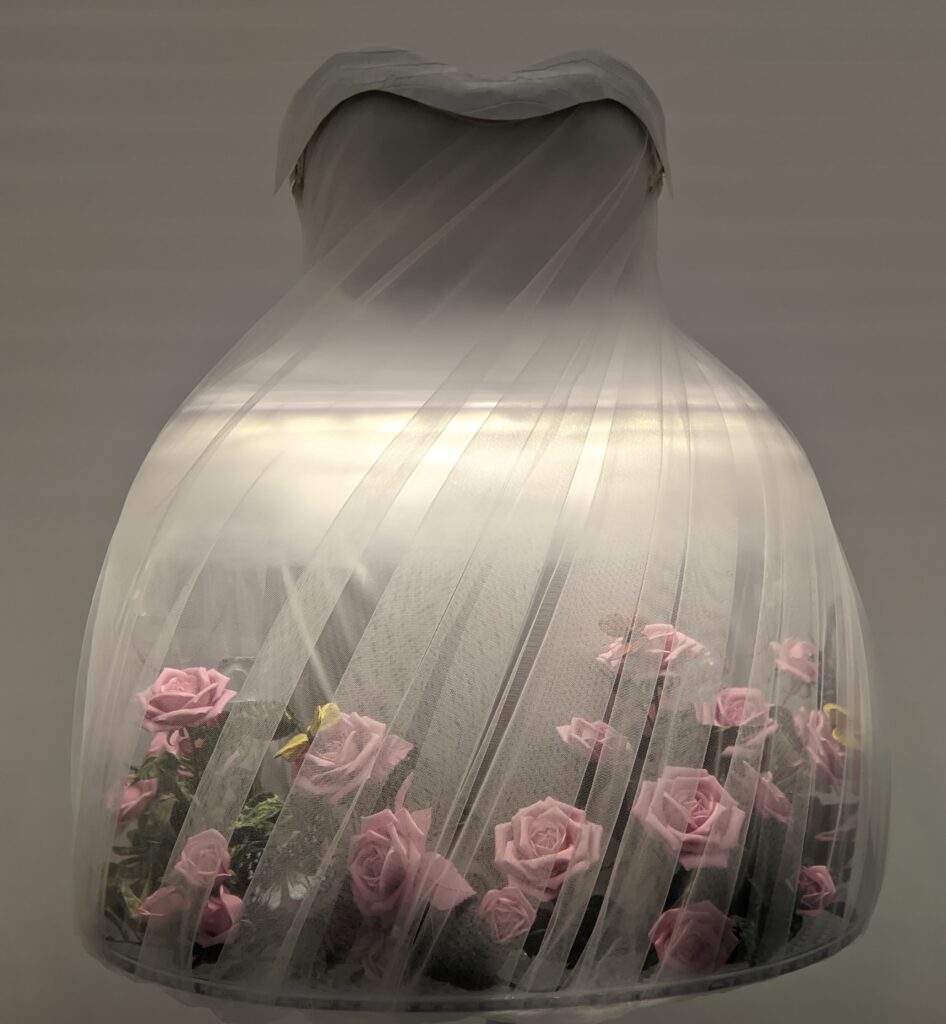
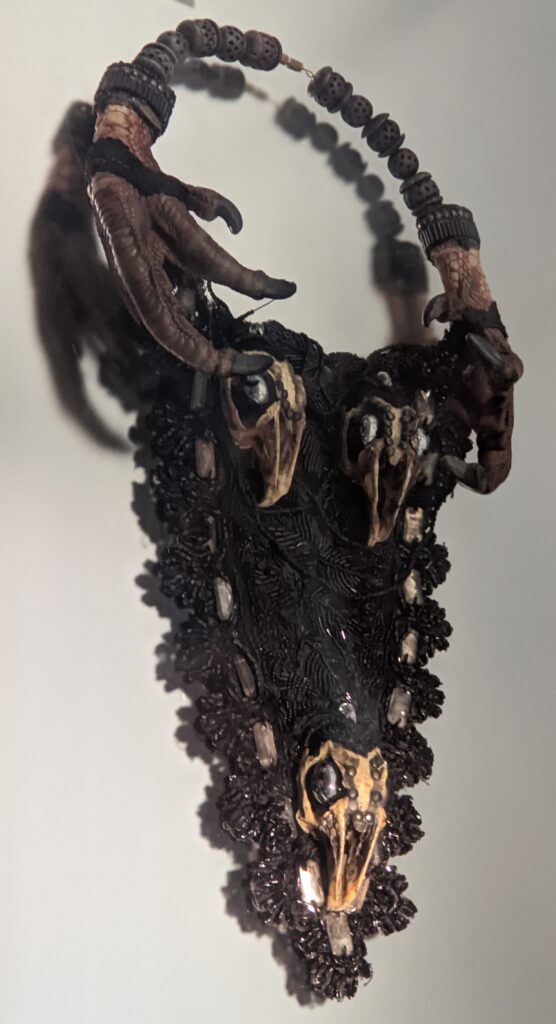
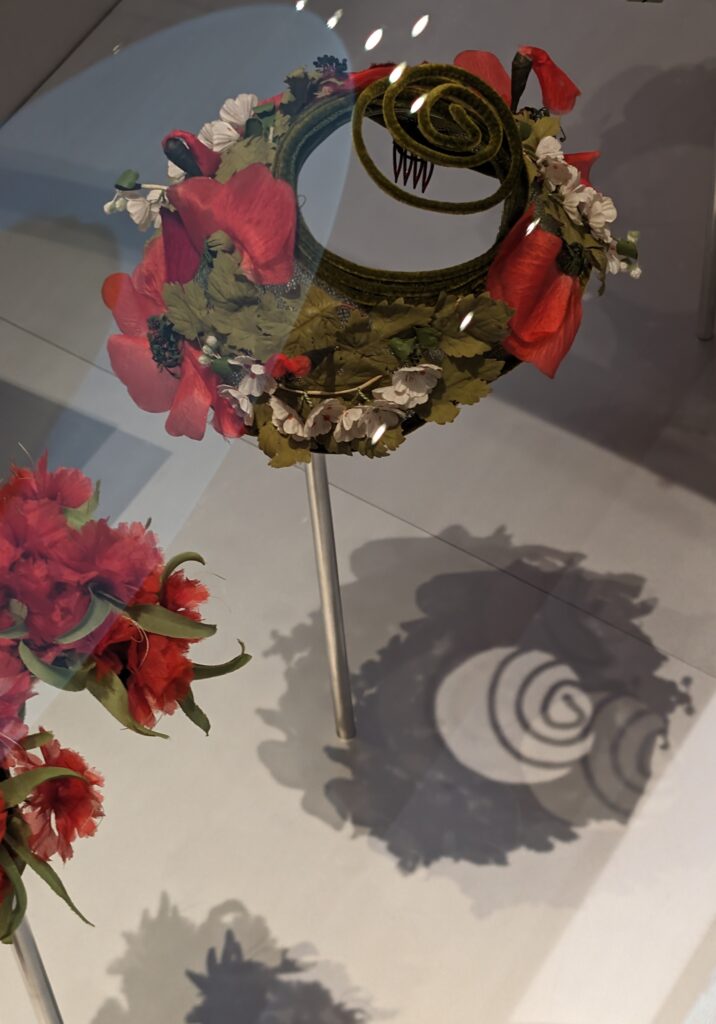
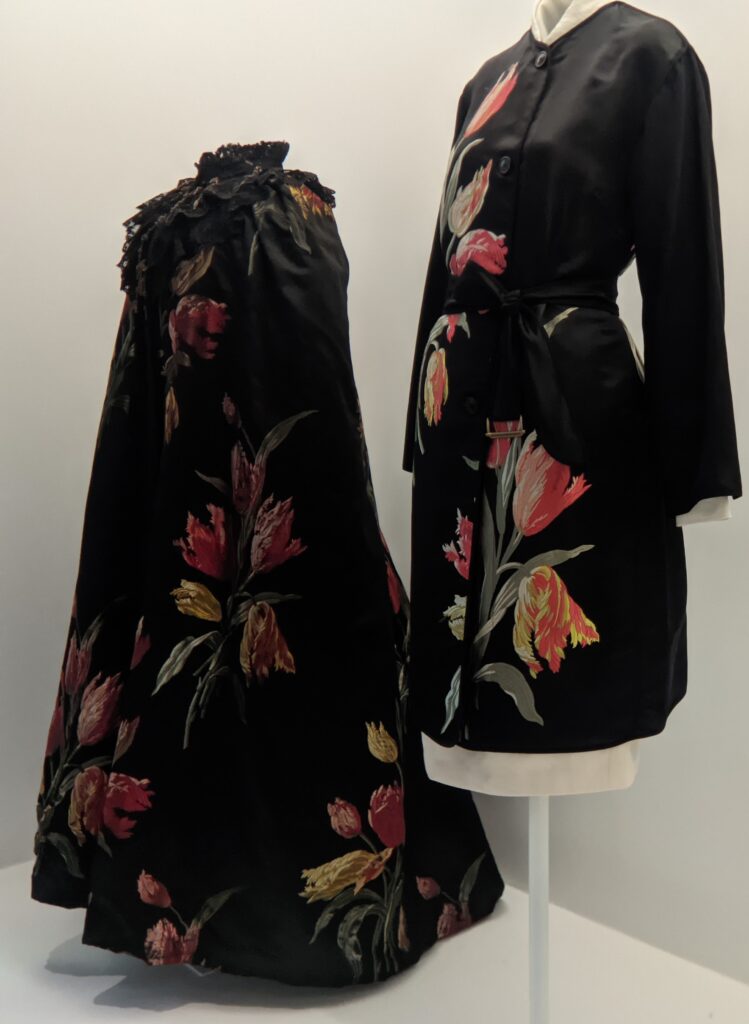
SLEEPING BEAUTIES: Reawakening Fashion Closed in New York City in September 2024
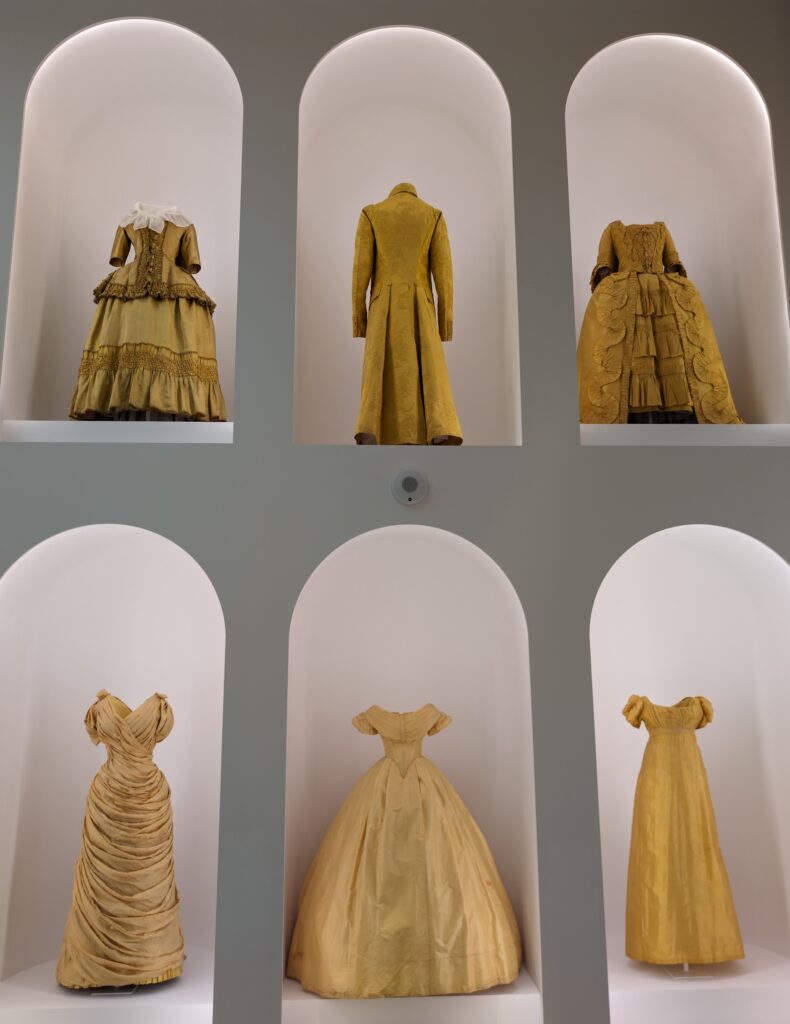
The hottest museum tickets in New York City during 2023-24 season were for exhibitions focused on THE HARLEM RENAISSANCE, KARL LAGERFELD, VINCENT VAN GOGH, and EDOUARD MANET & EDGAR DEGAS, all presented at the Metropolitan Museum of Art.
Even though those and other well-regarded shows have now closed, you can view highlights from “The Harlem Renaissance,” “Women Dressing Women,” “Manet / Degas,” “Karl Lagerfeld — A Line of Beauty,” and “Van Gogh’s Cypresses” in this article, plus you will learn about the permanent collection and various wings and departments within the Met, the premier art museum in New York City.
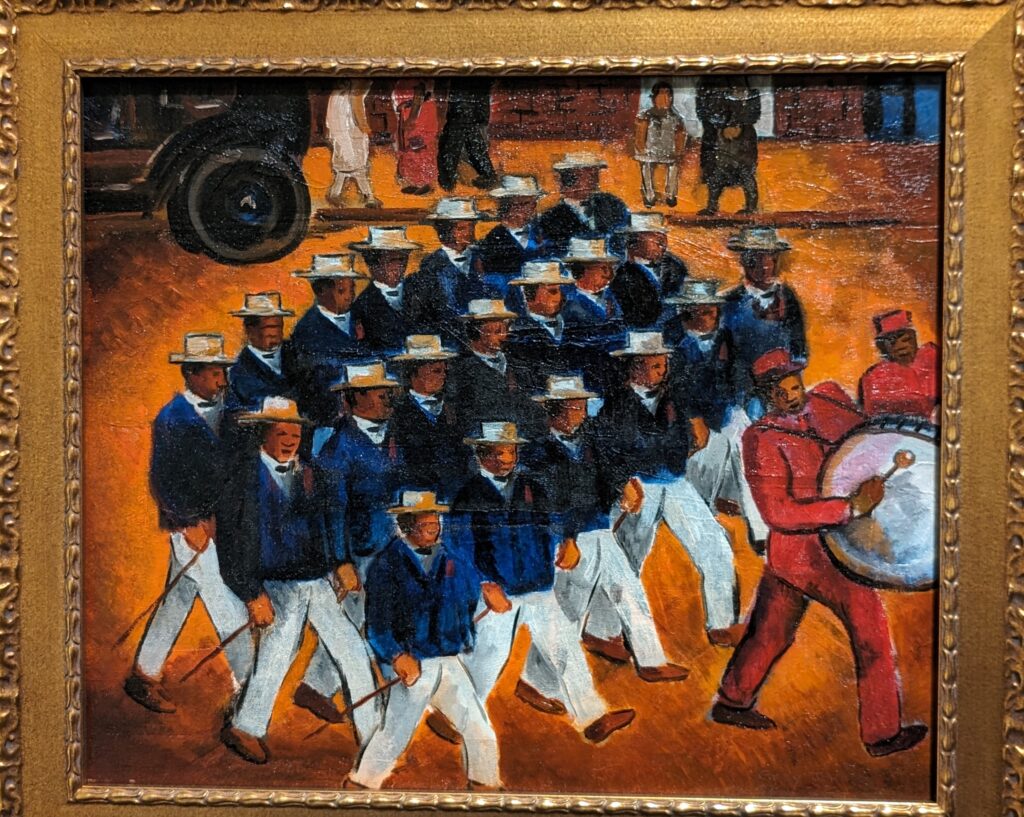
On view through July 28, 2024, the show entitled THE HARLEM RENAISSANCE contrasted the depiction of Black life by artists living & working in Harlem with the portrayal of the international African diaspora by their European counterparts, including Henri Matisse.
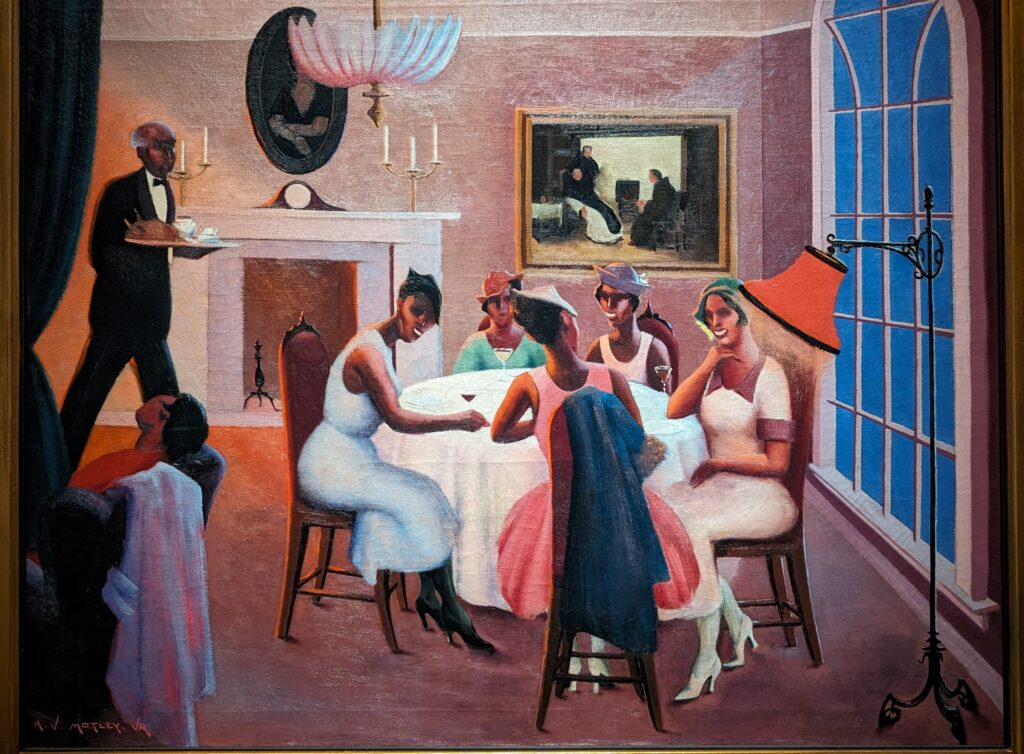
Harlem — known for jazz clubs, gospel choirs and African-American heritage — attracts tourists and locals alike. This vibrant New York City neighborhood is located in Upper Manhattan, bounded by Central Park North, Fifth Avenue, the Harlem River, and the Hudson River. Originally a Dutch village dating back to 1658, and named after the city of Haarlem in the Netherlands, Harlem is home to the famous Apollo Theater located on 125th Street, the neighborhood’s main artery.
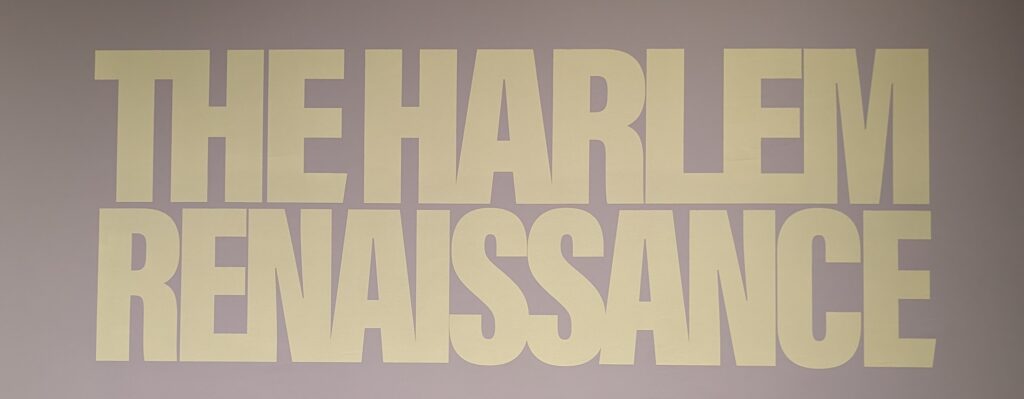
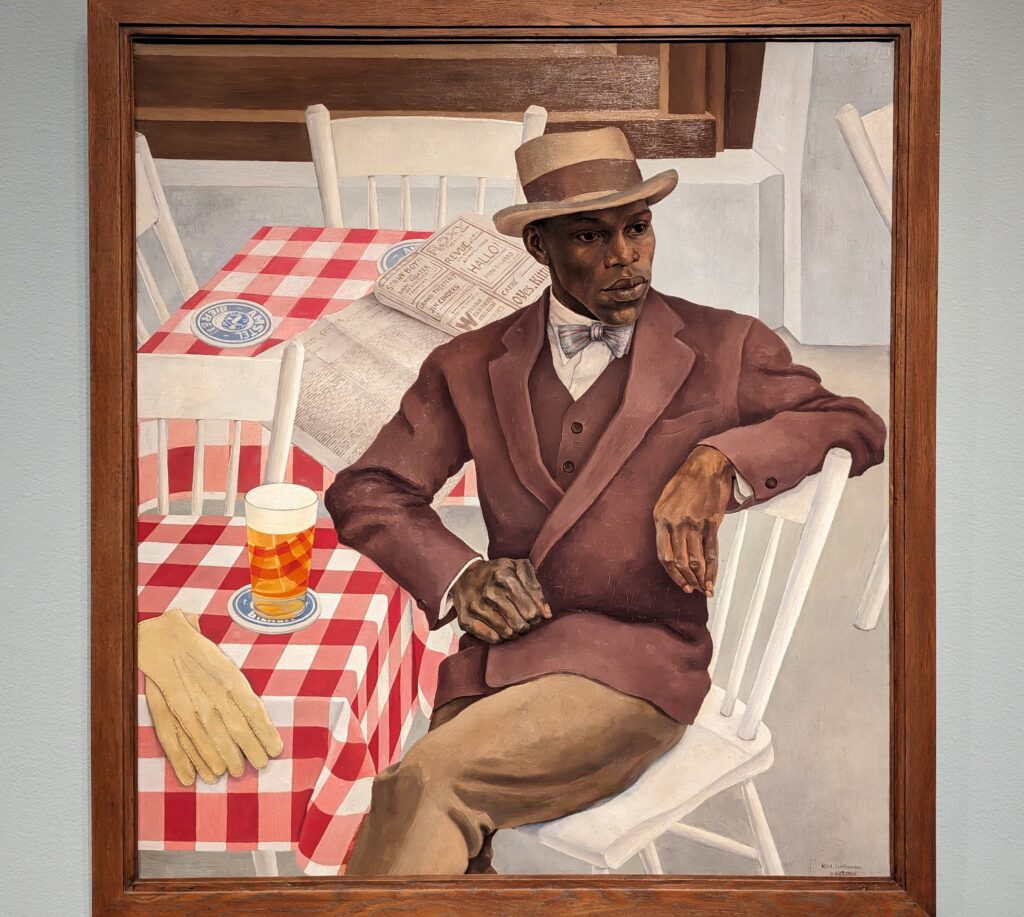
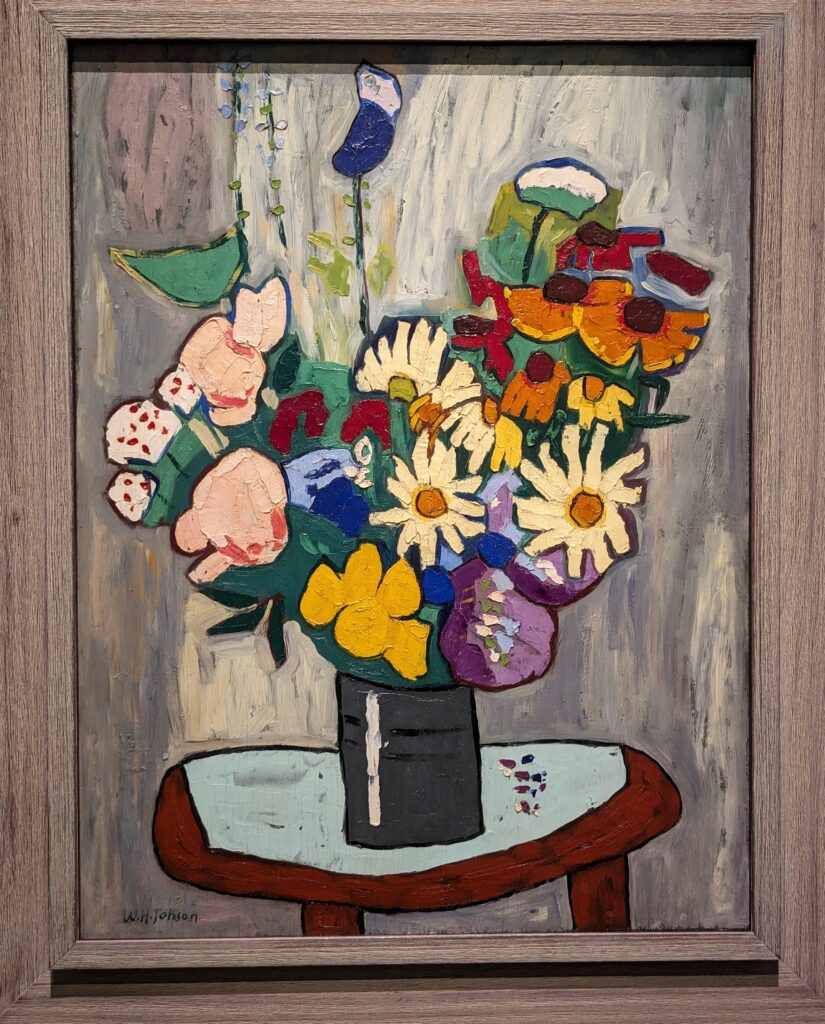
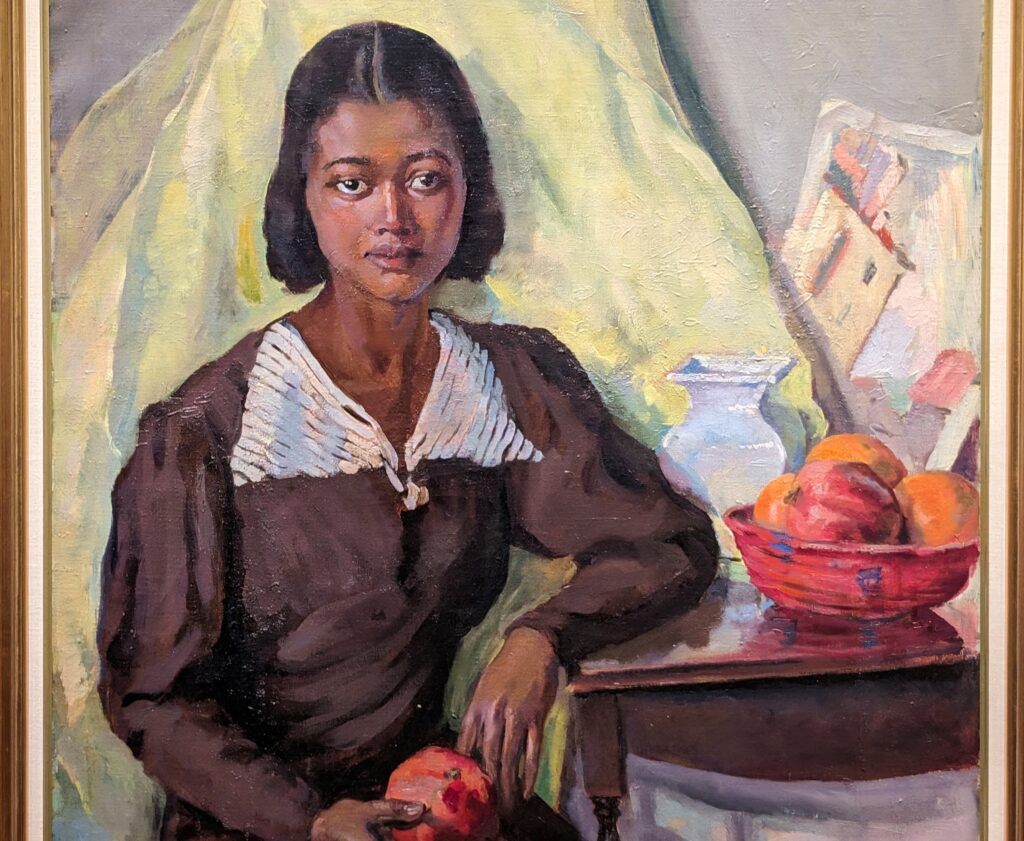
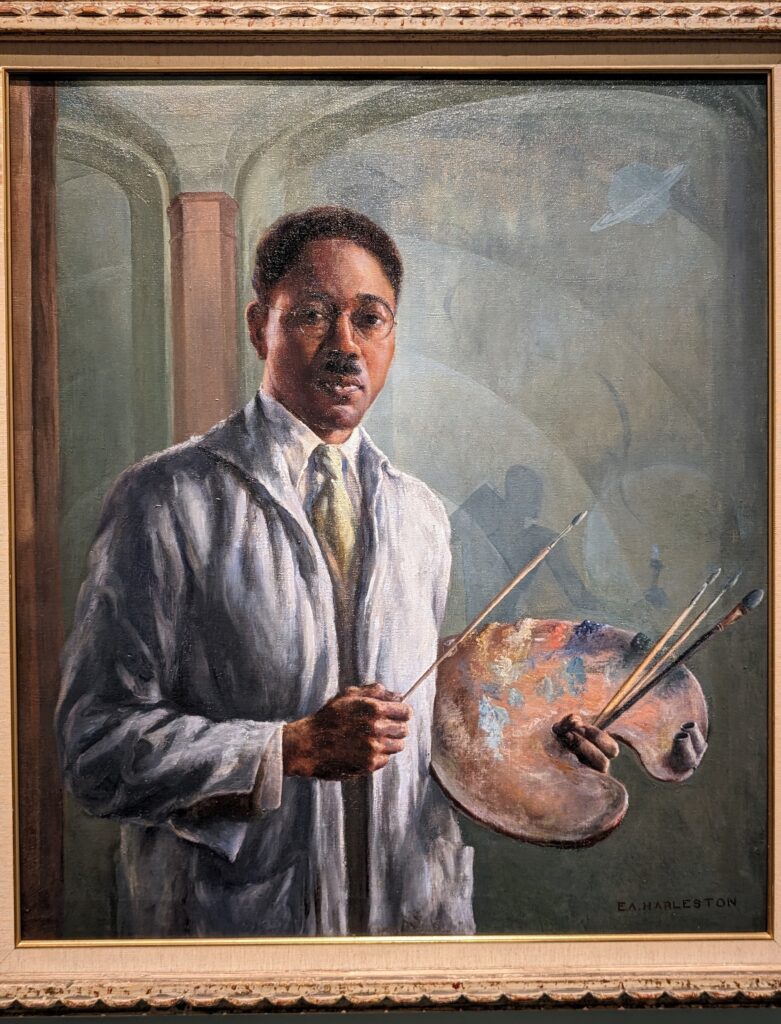
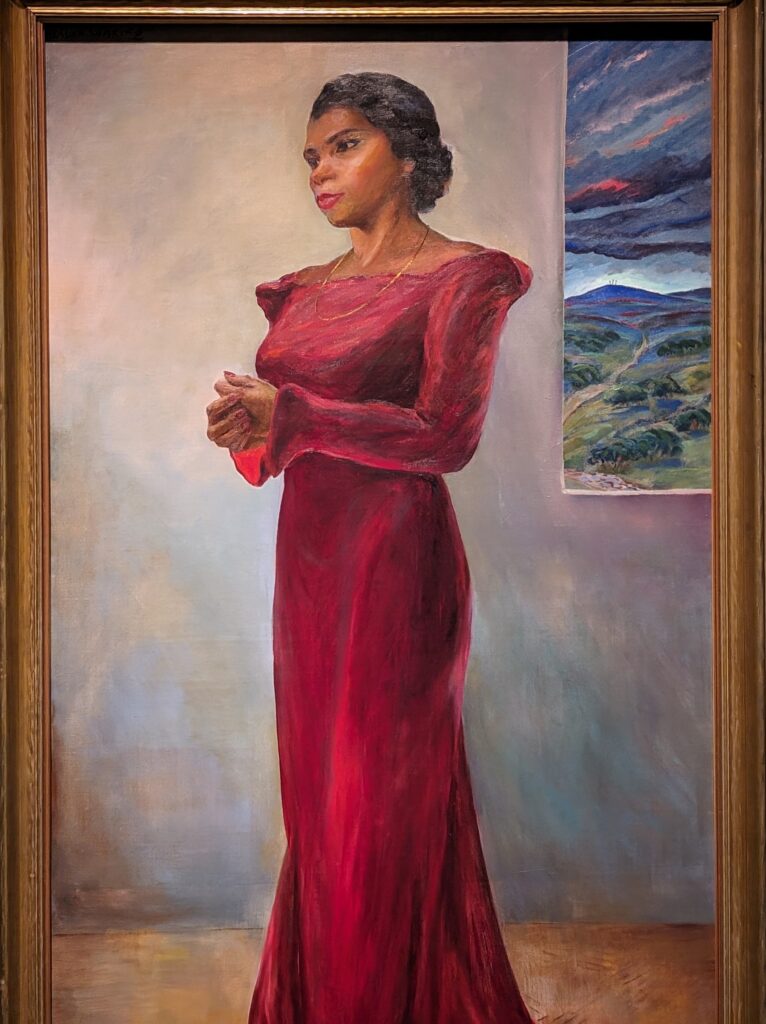
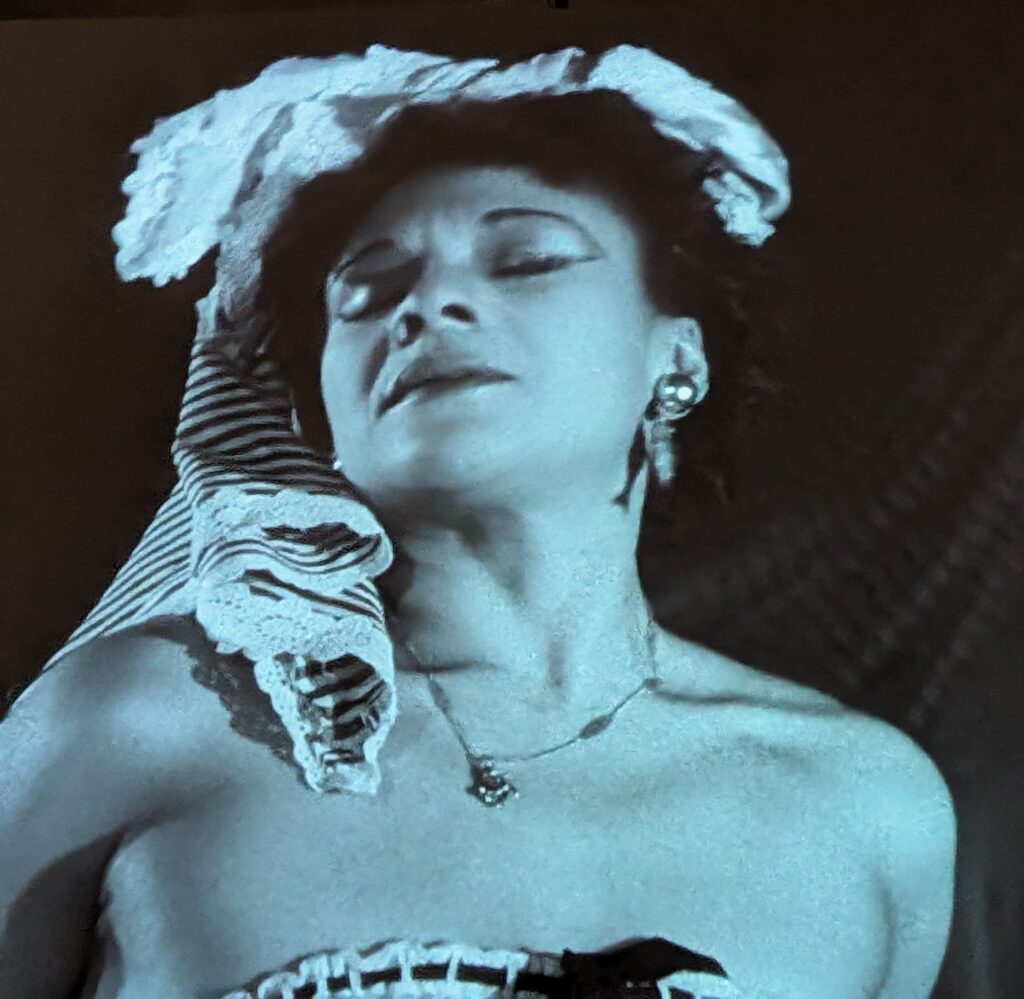
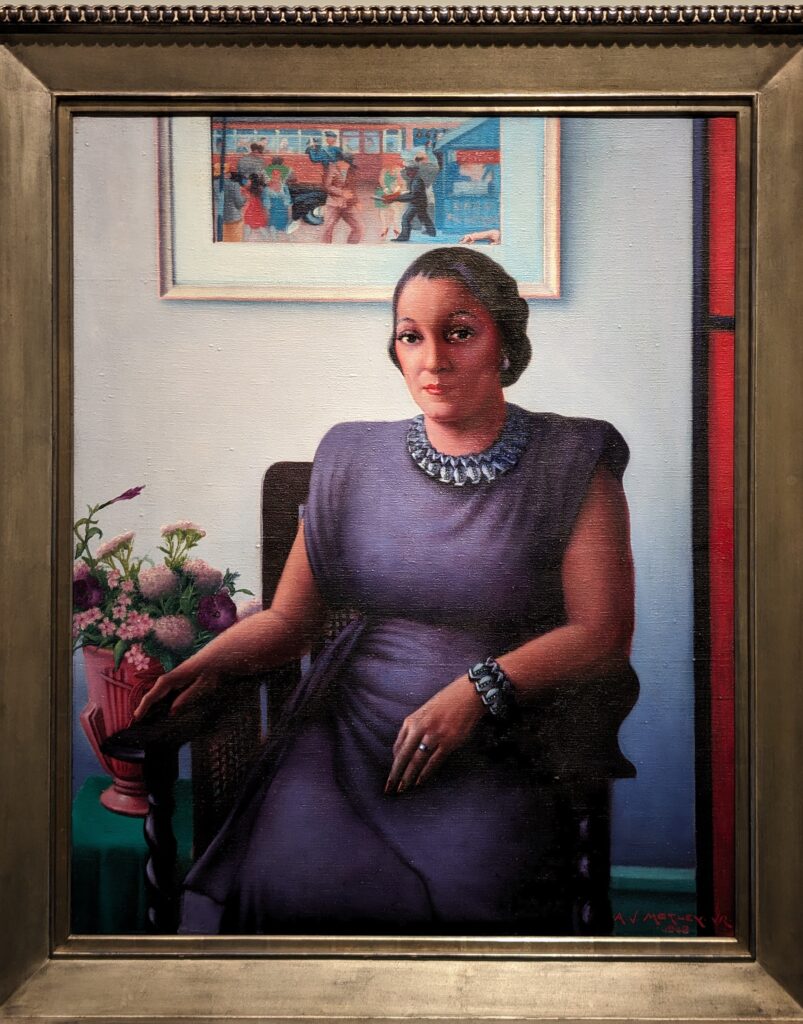
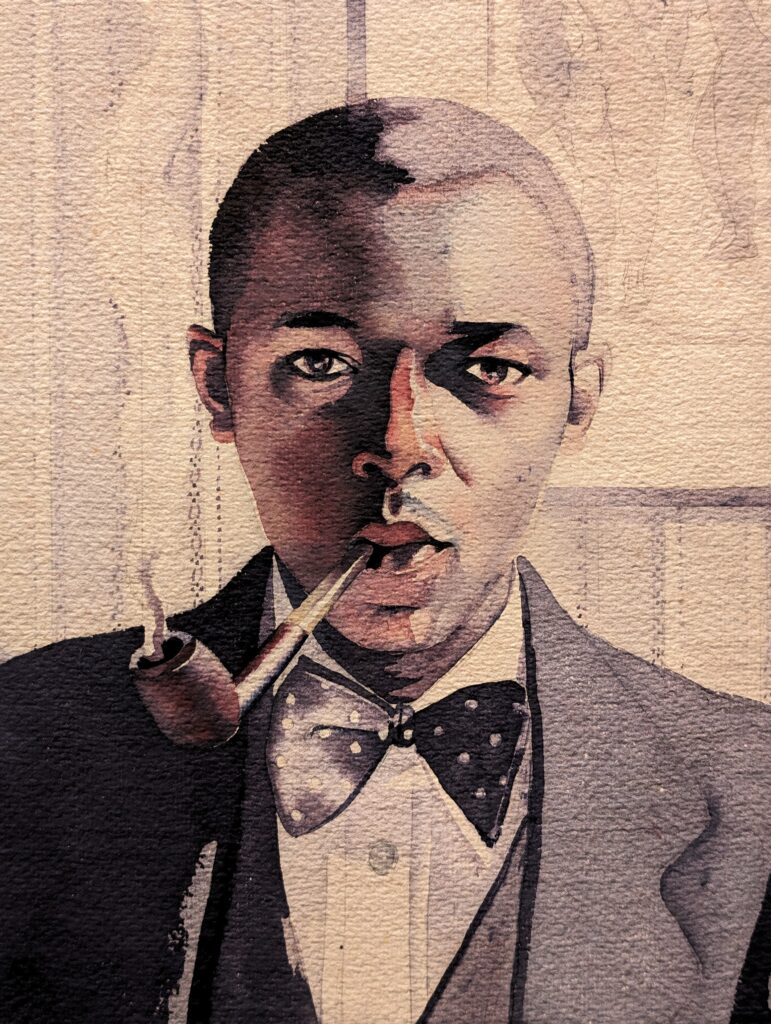
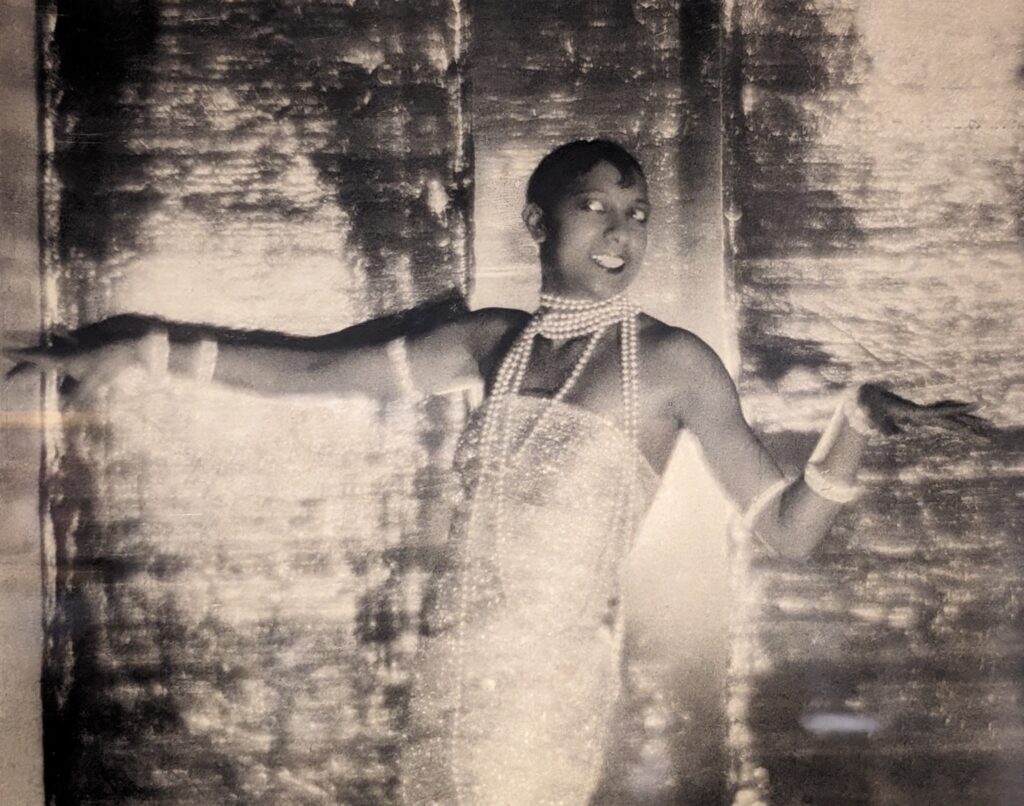
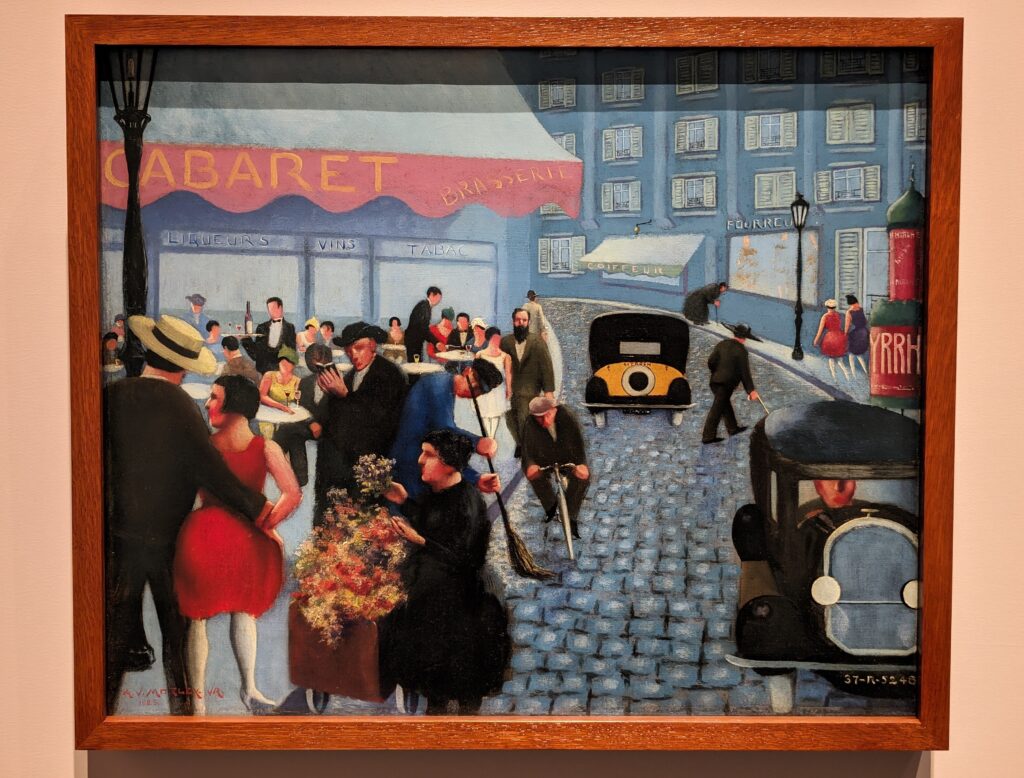
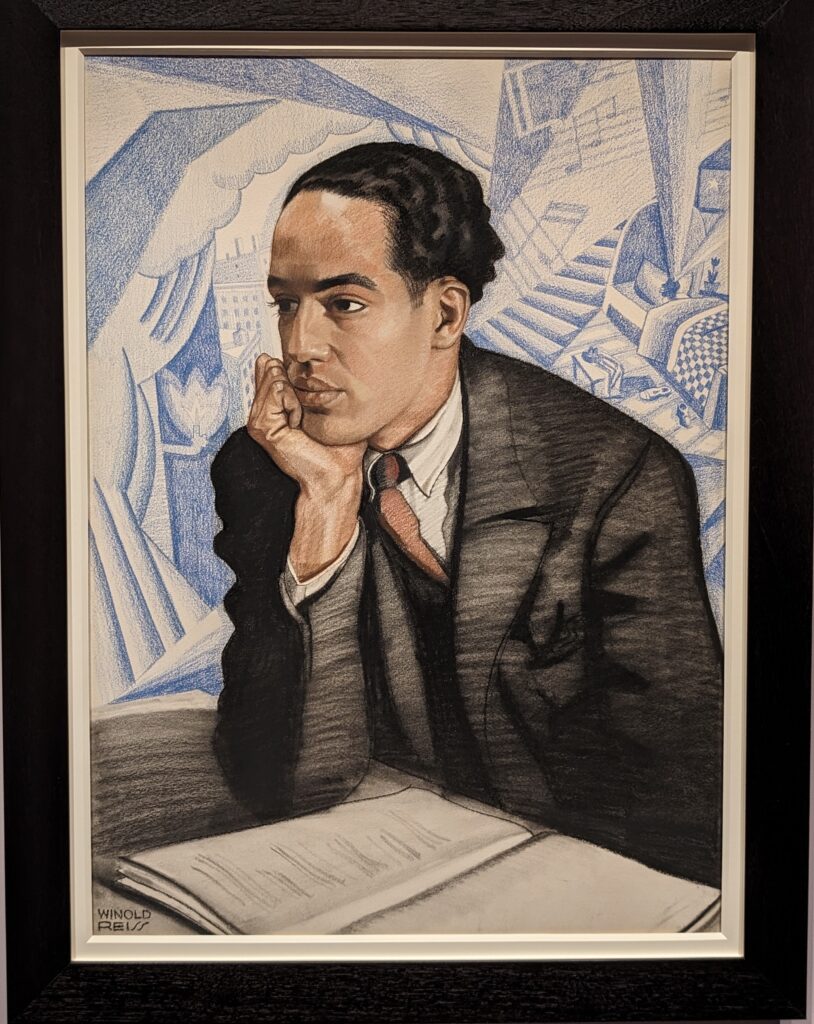
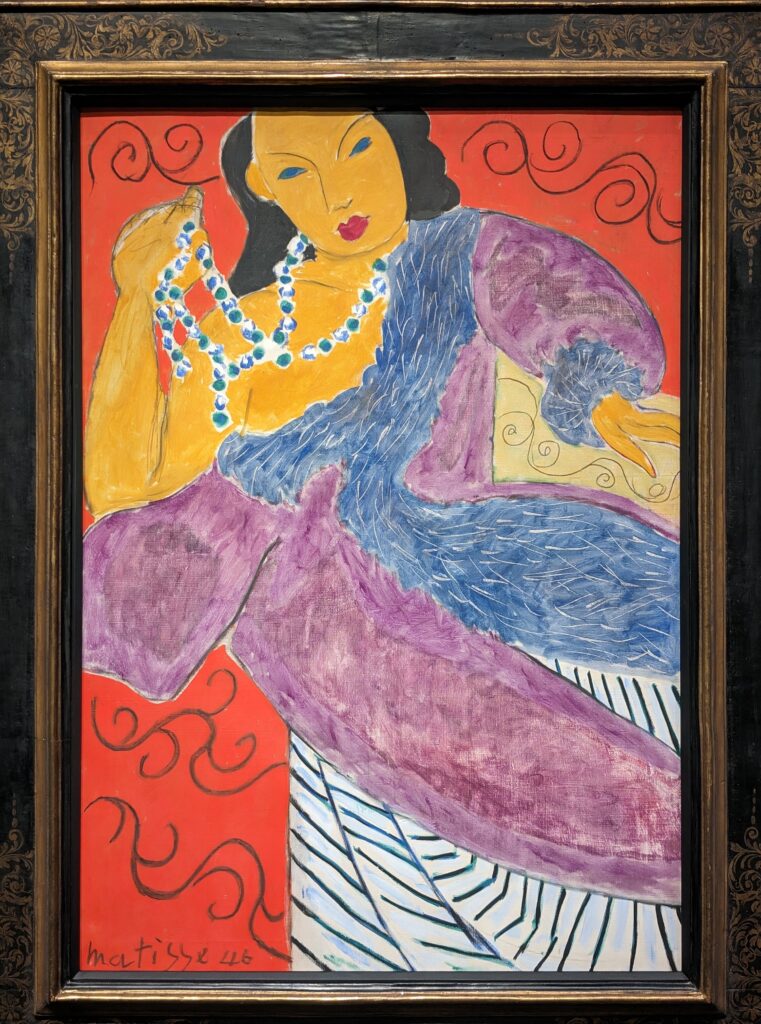
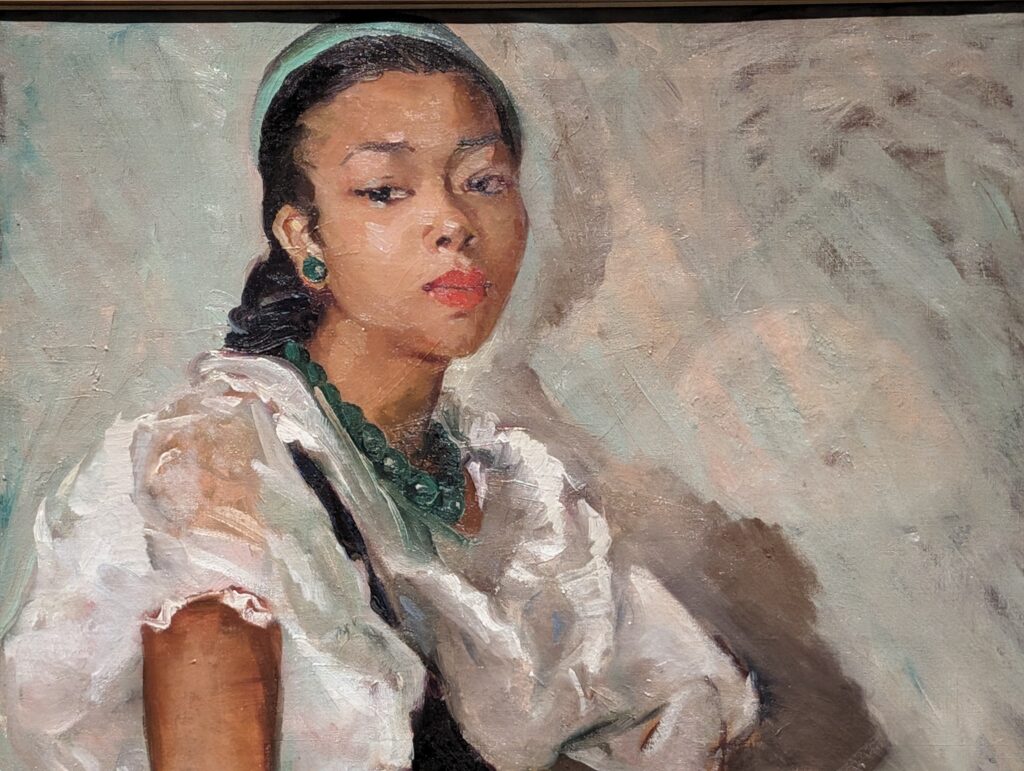
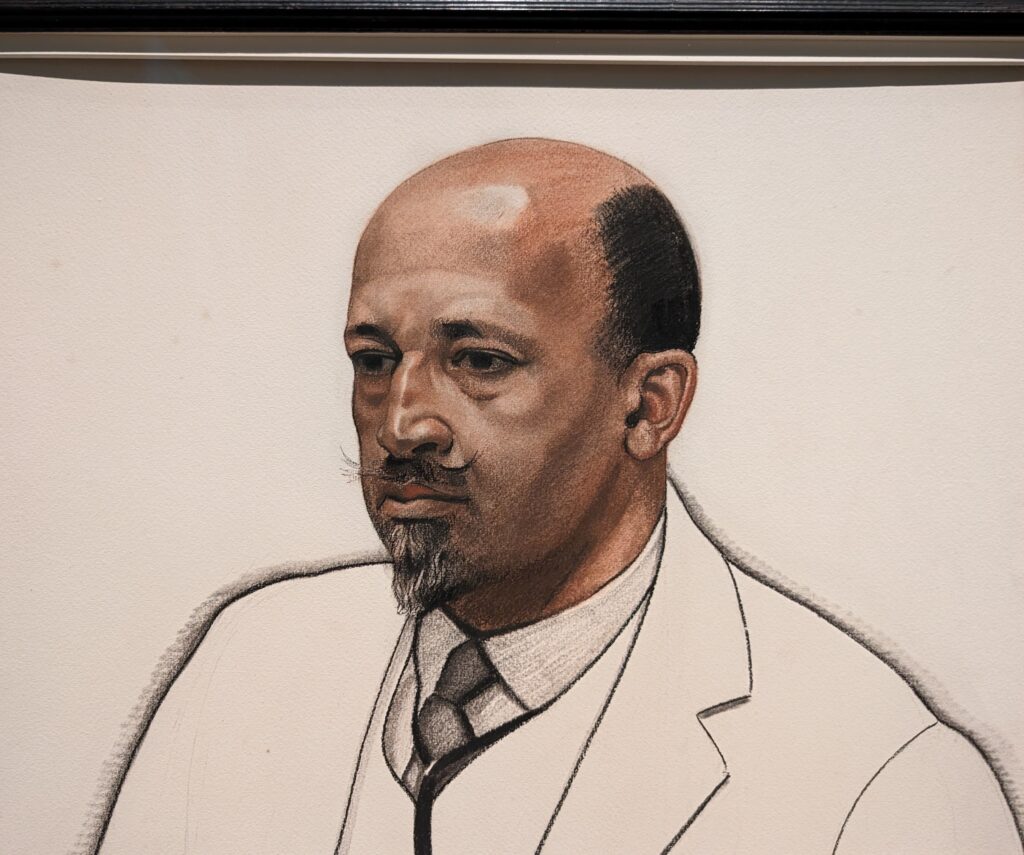
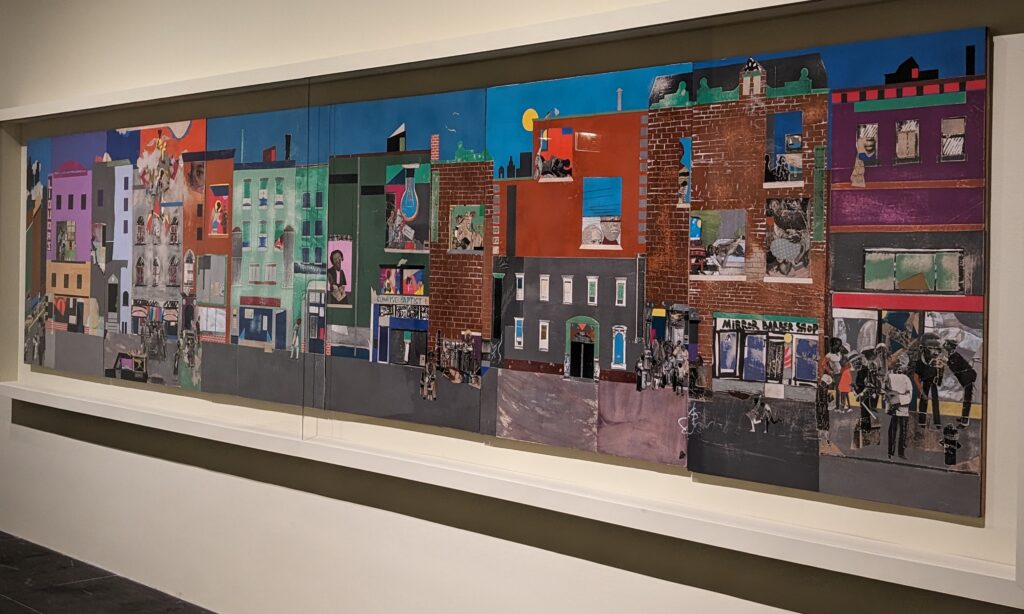
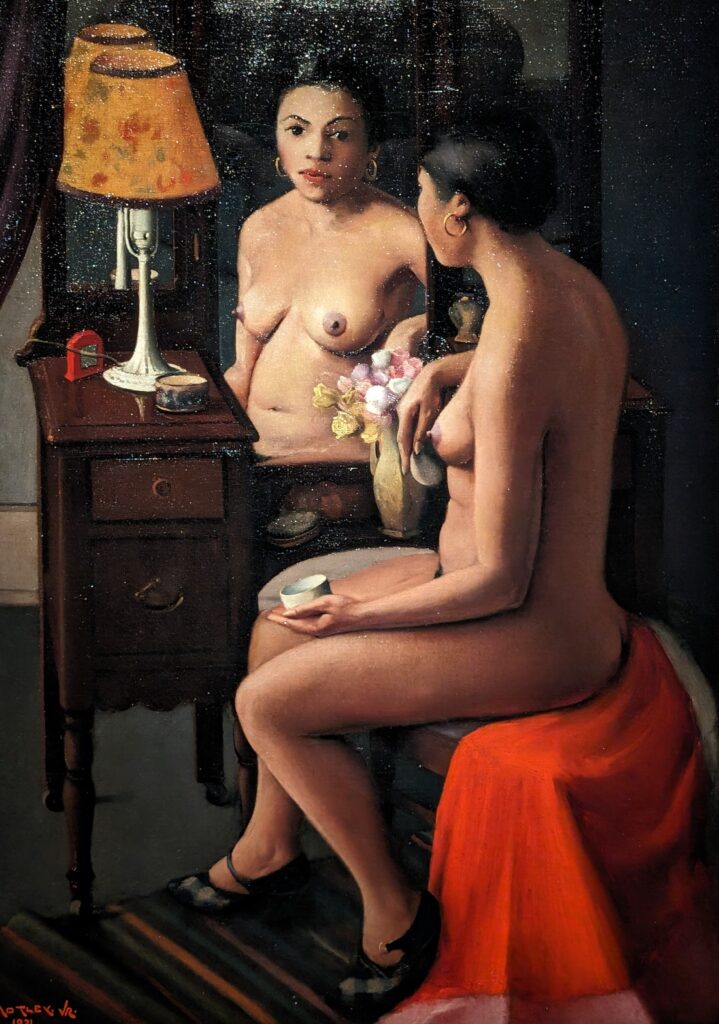
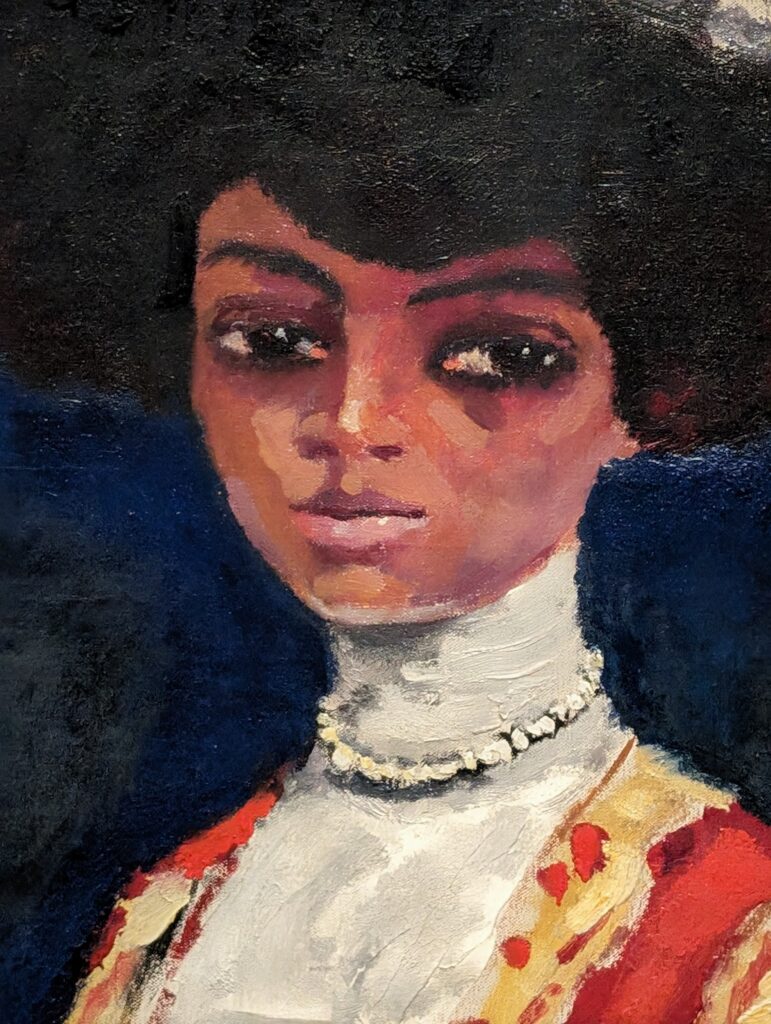
This groundbreaking and inspirational exhibit (featuring over 160 paintings, photographs and film) explored the development of Black modern art in New York City and Paris since 1920 and broke new ground regarding the international influence of African culture on 20th-century art.
The Harlem Renaissance Was on View in New York City in 2024
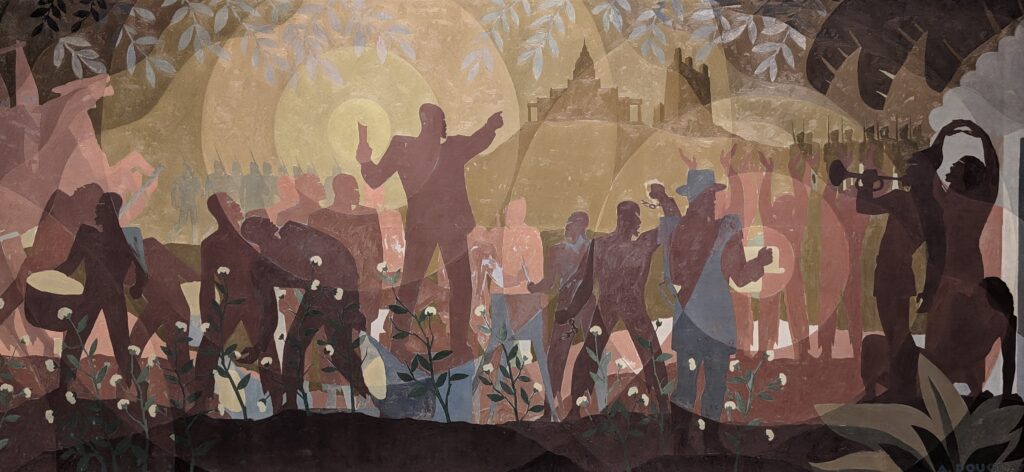

WEAVING ABSTRACTION
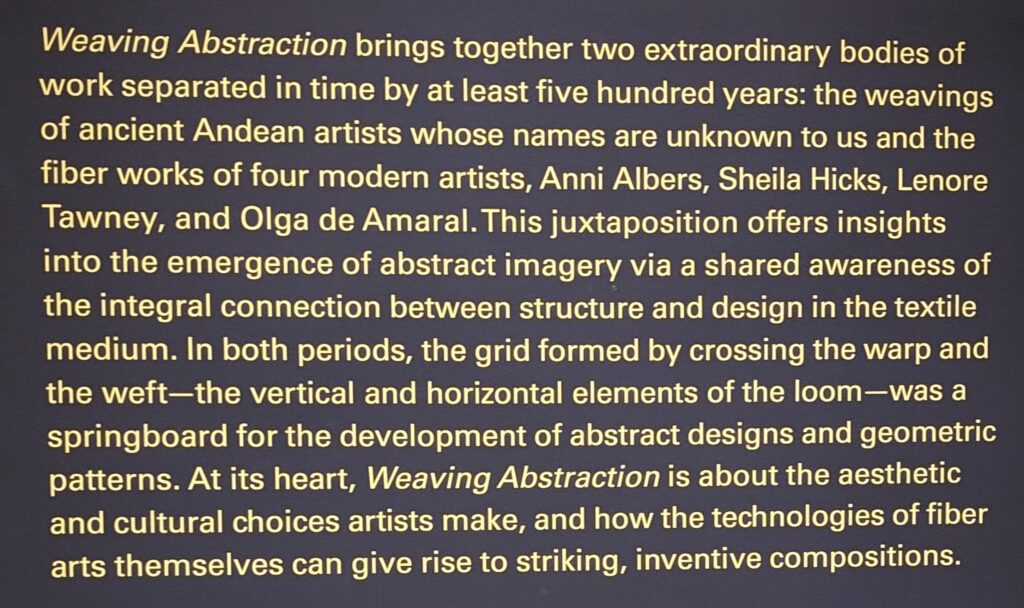
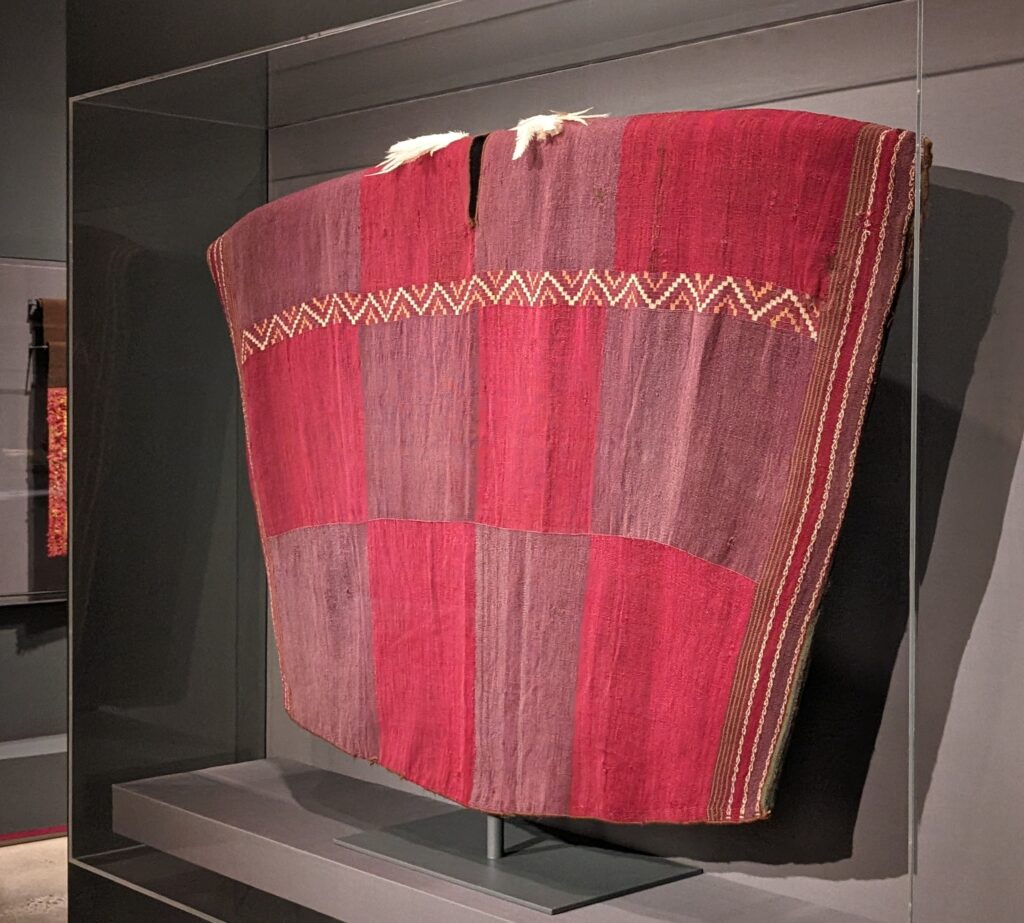
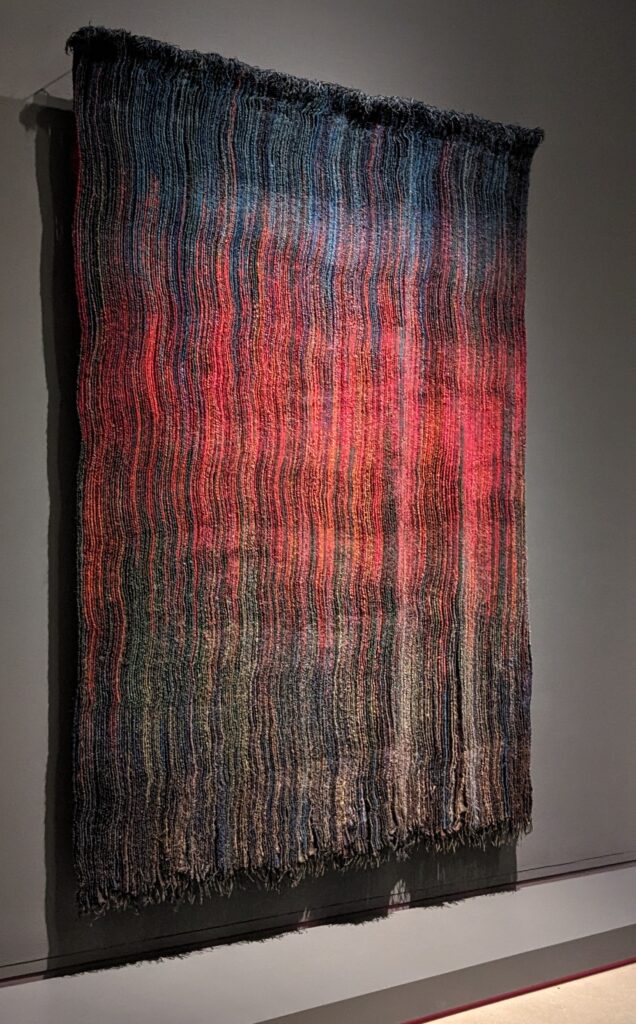
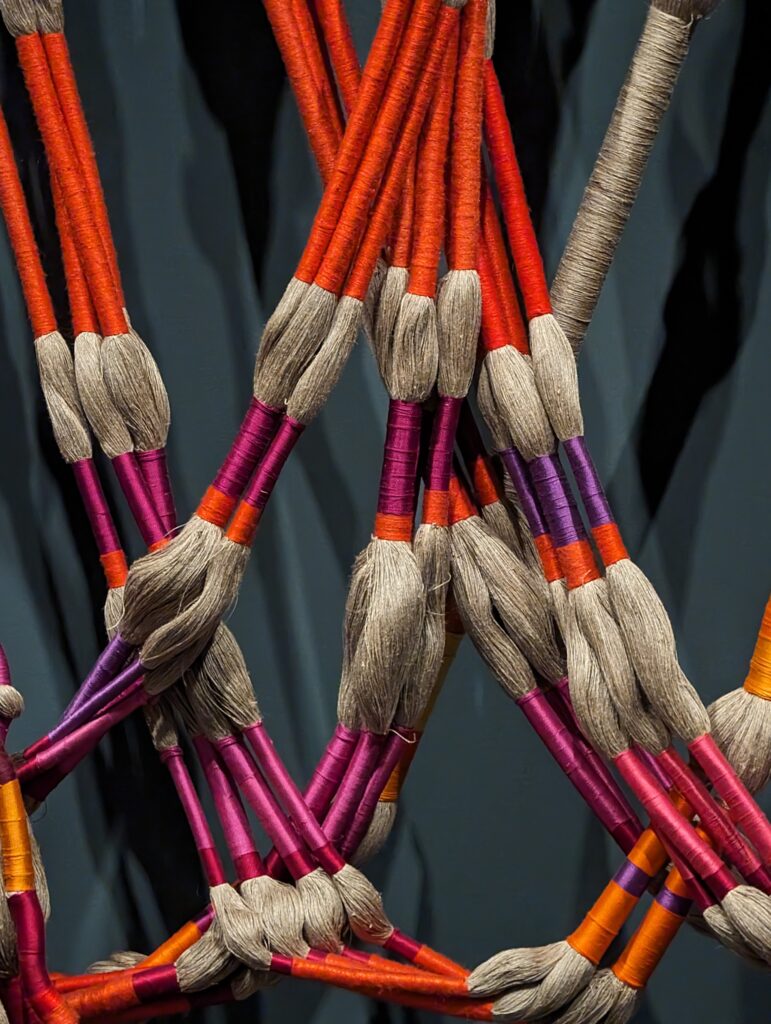
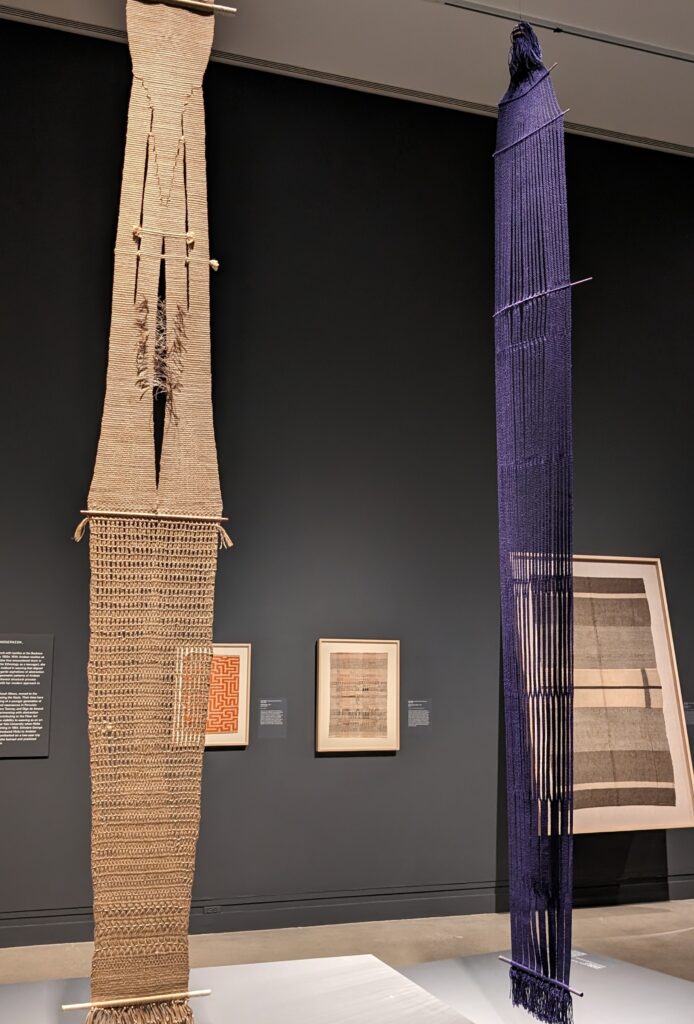
A Fresh Examination of Textiles as a Medium in International Art History
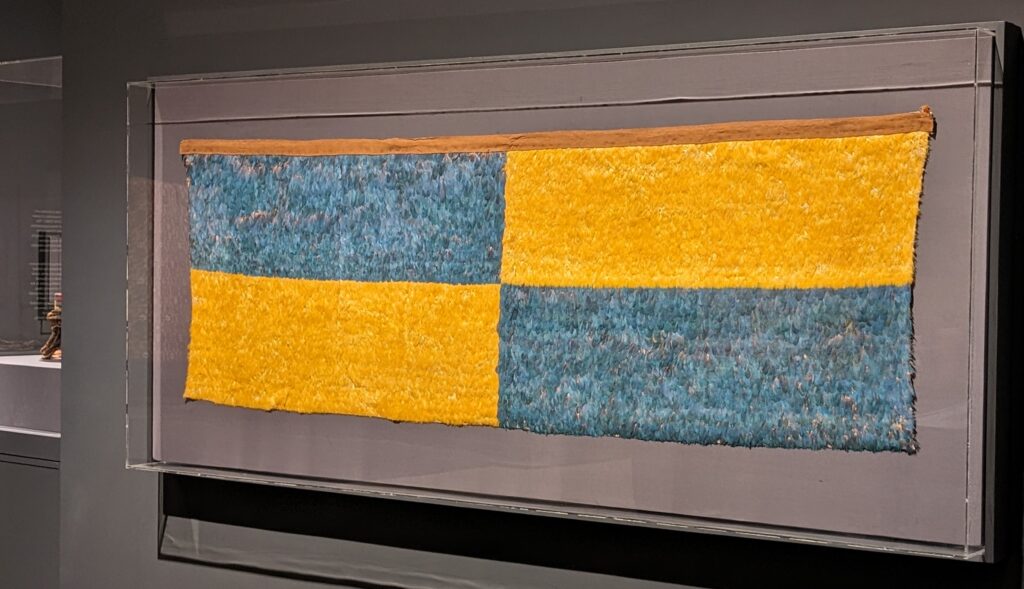
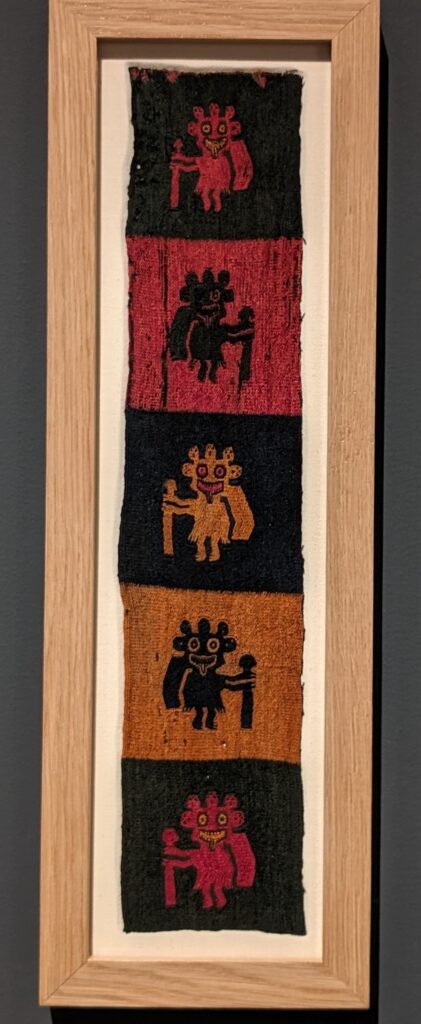
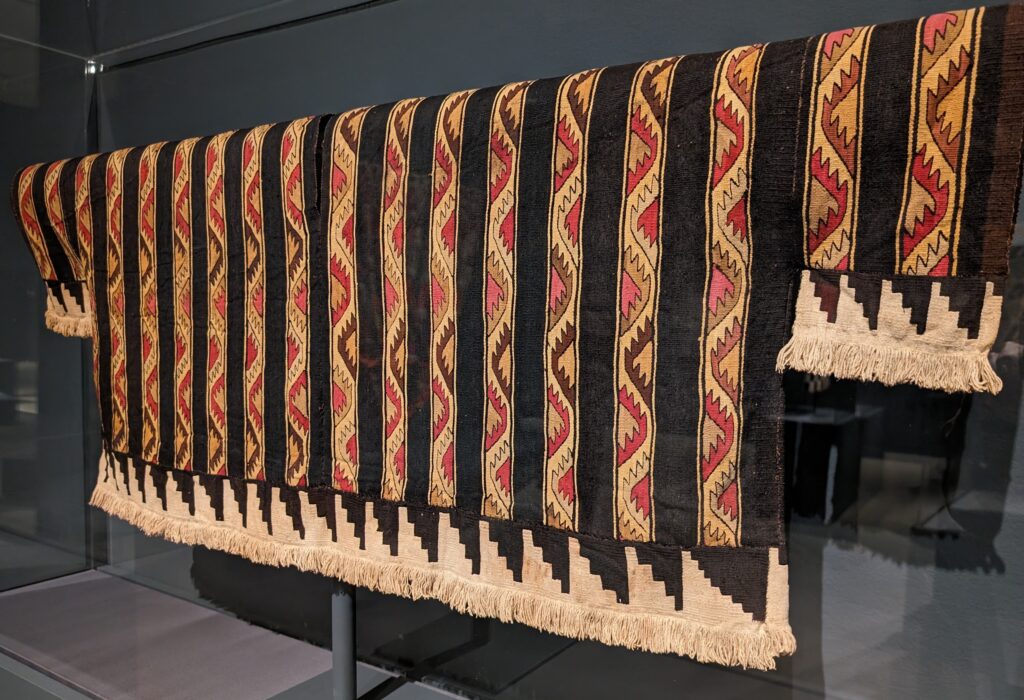
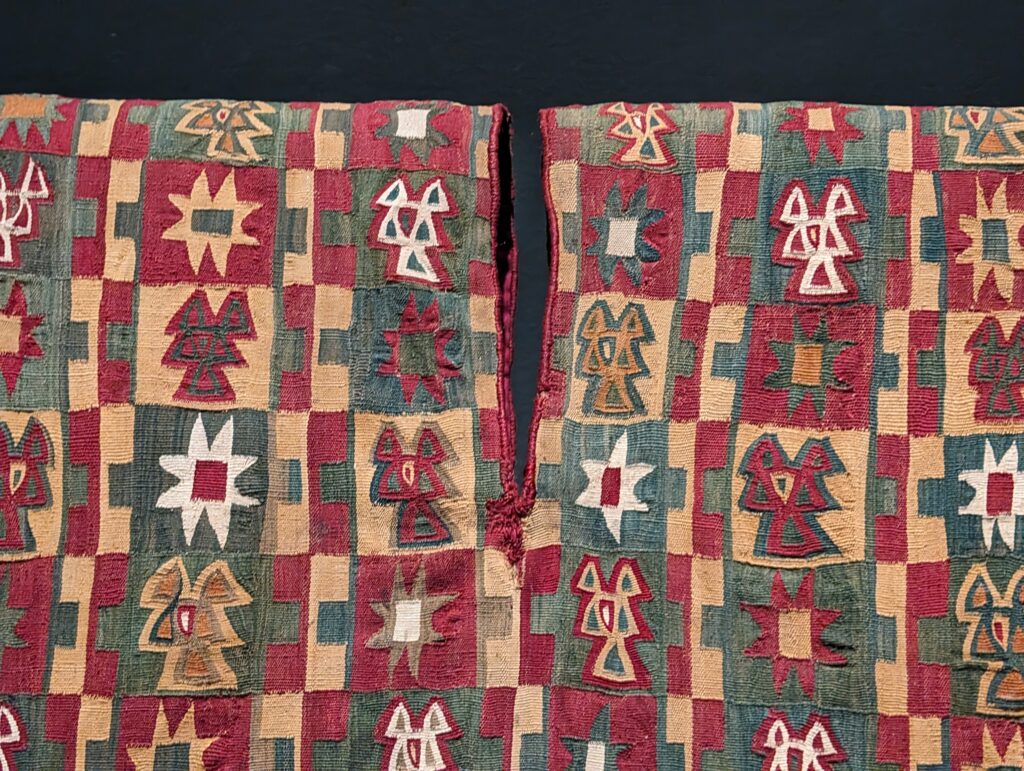
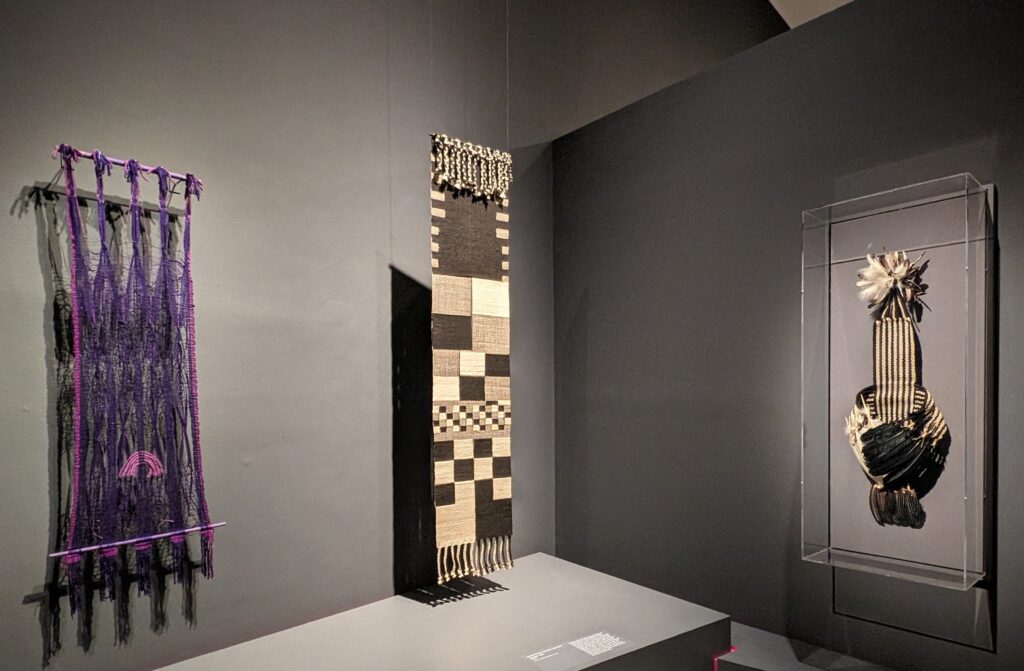
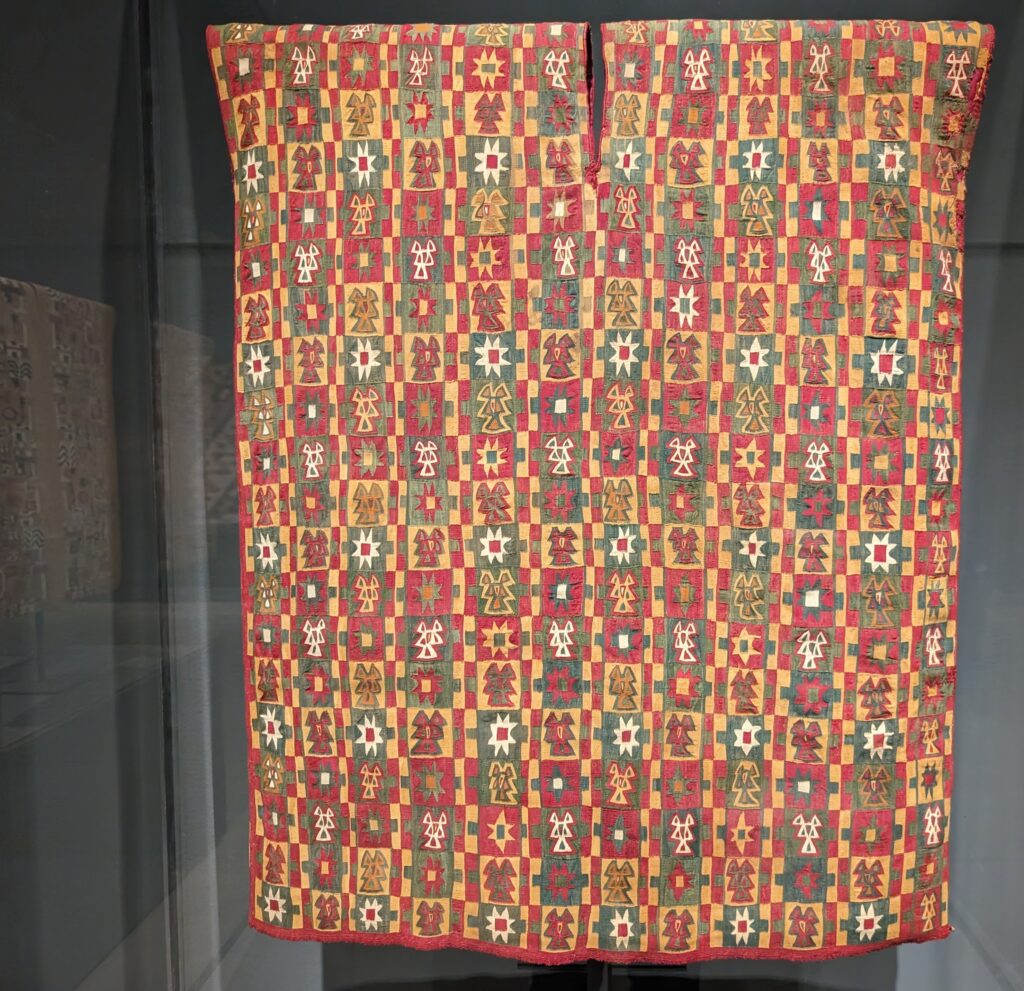
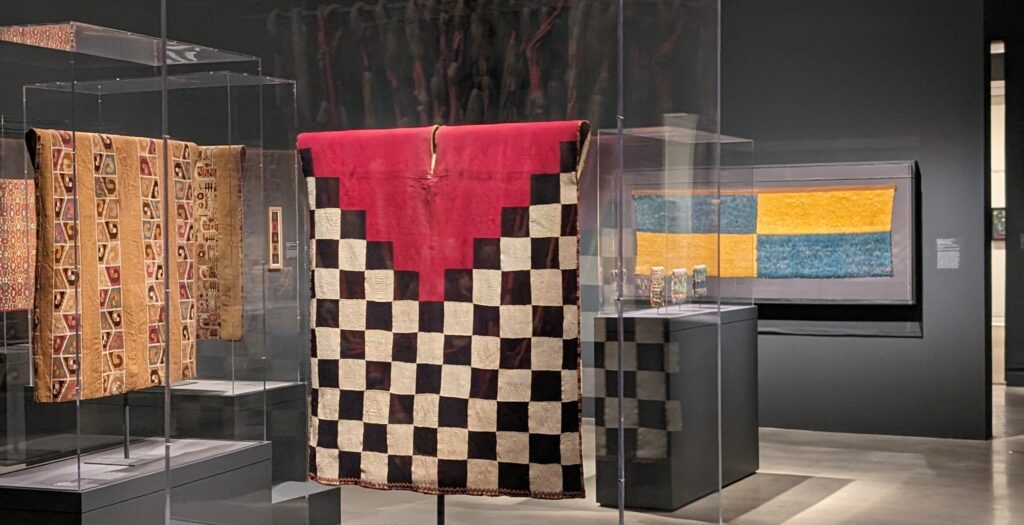
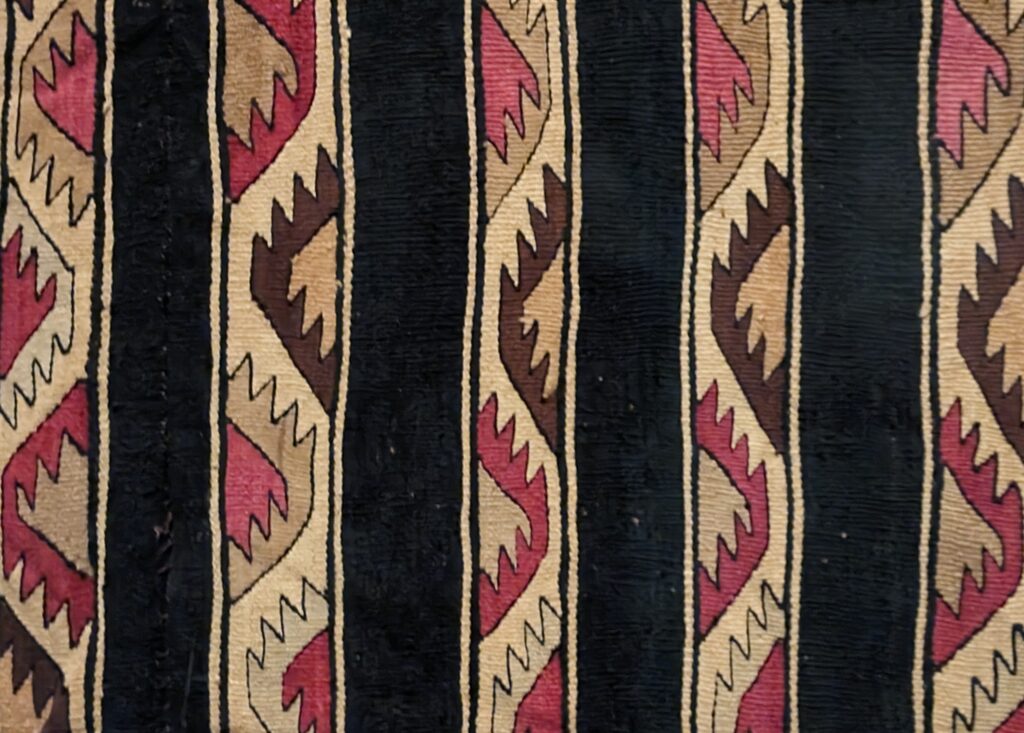
The dryness along the desert coasts of South America (in what is now Chile and Peru) has enabled the remarkable preservation of the natural camelid fibers used in these garments over millennia. The geometric wave pattern (above) used to create this tunic (shown below) differs from the checkerboard patterns which were a hallmark of Inca identity, even though the date of this shirt — 1460-1540 — indicates that it was fabricated during the period of Inca occupation of the central Peruvian coast, a century before the Spanish invasion. Therefore, the local weaving traditions continued to flourish in this region despite the imperial rule of the Inca.

The Exhibit “Weaving Abstraction in Ancient and Modern Art” Was on Display in New York City Through June 2024
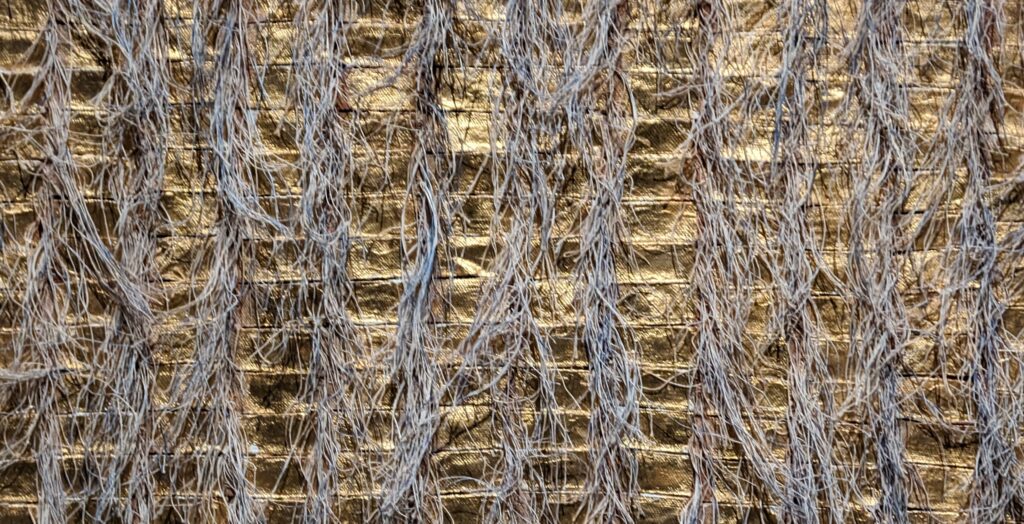
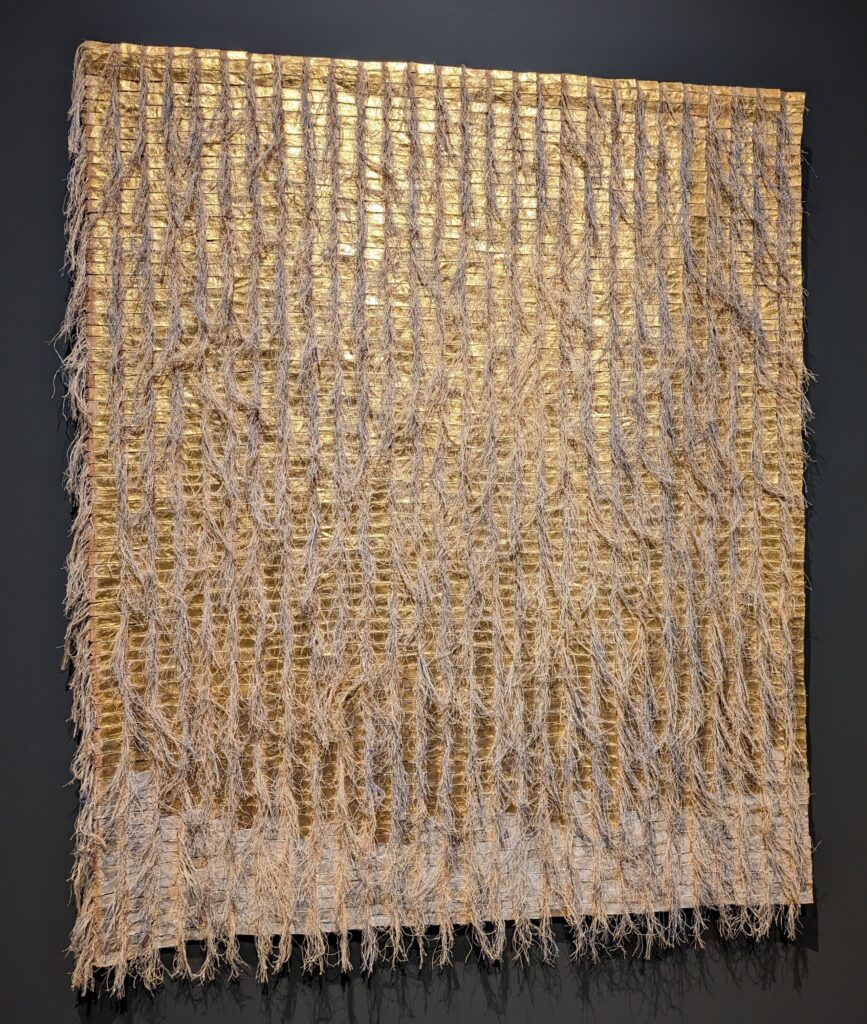

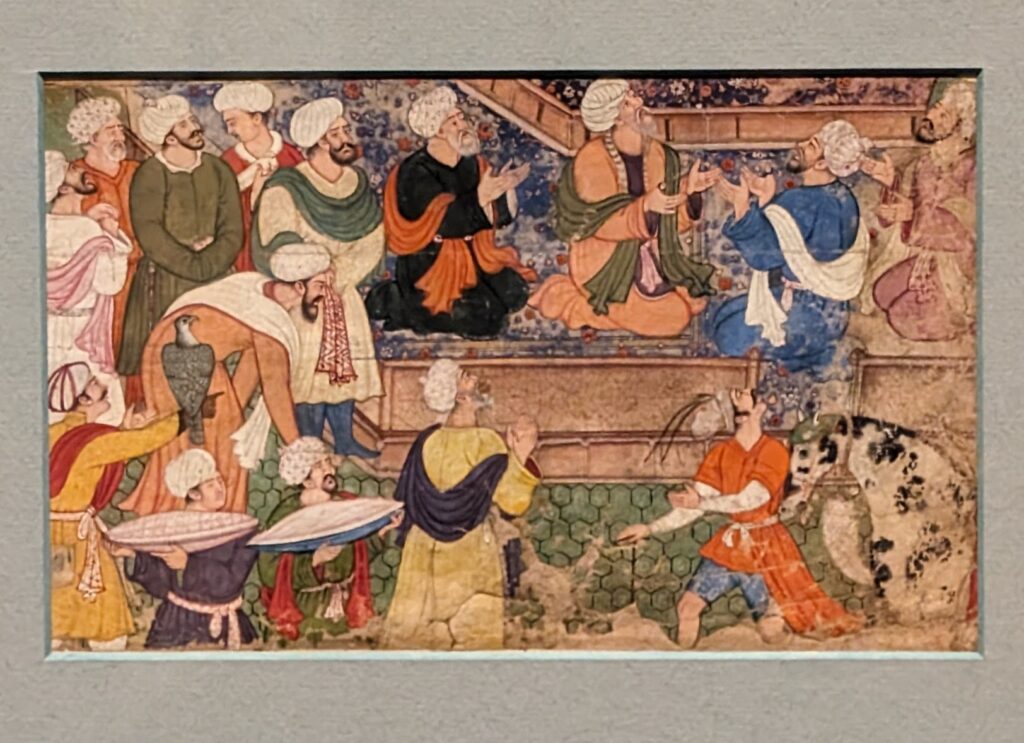
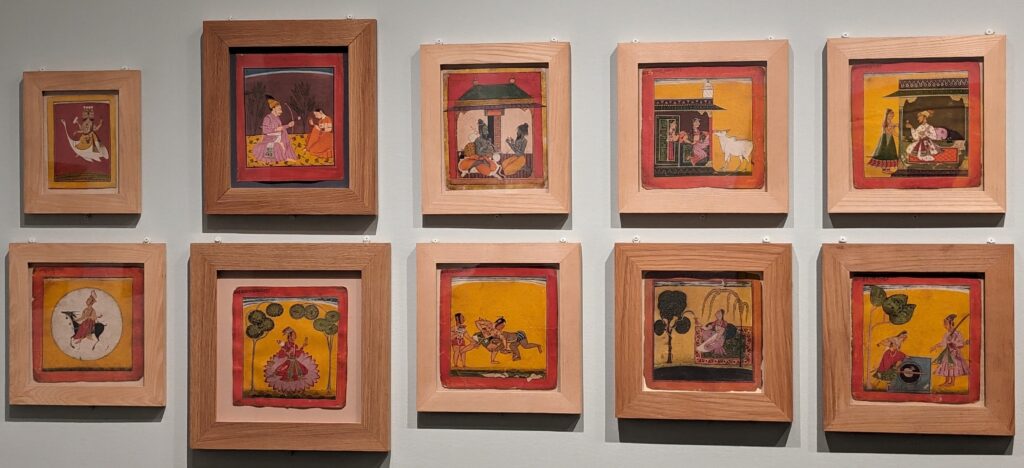
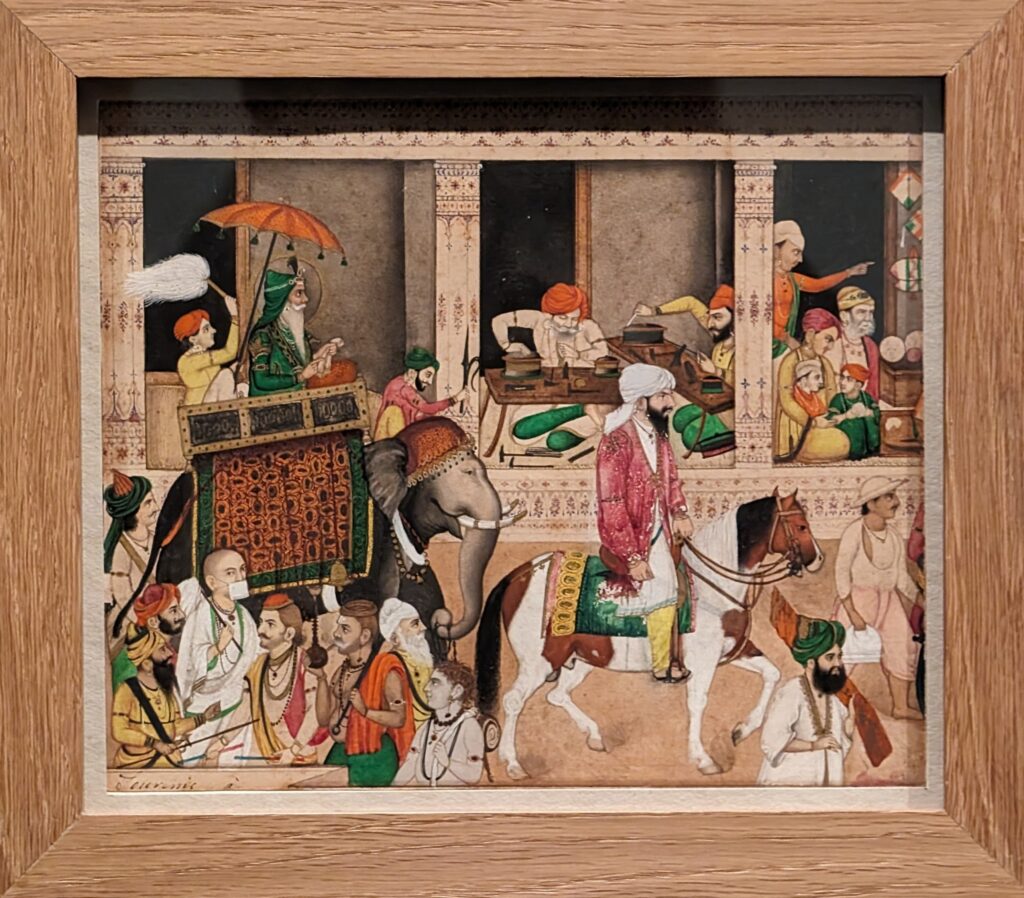
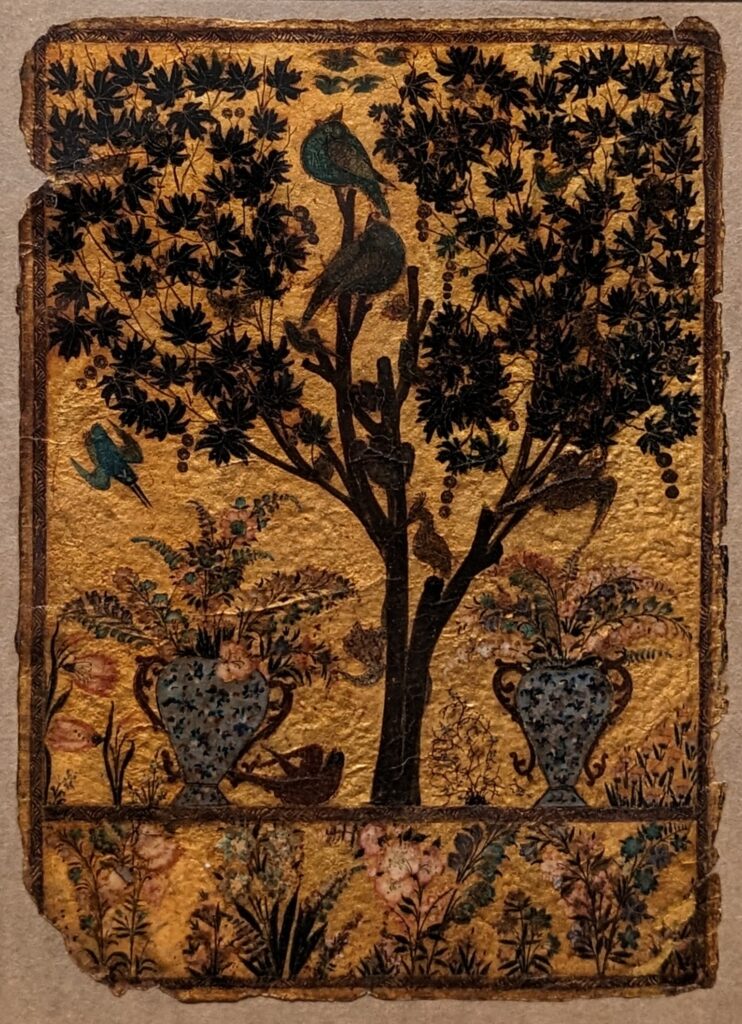
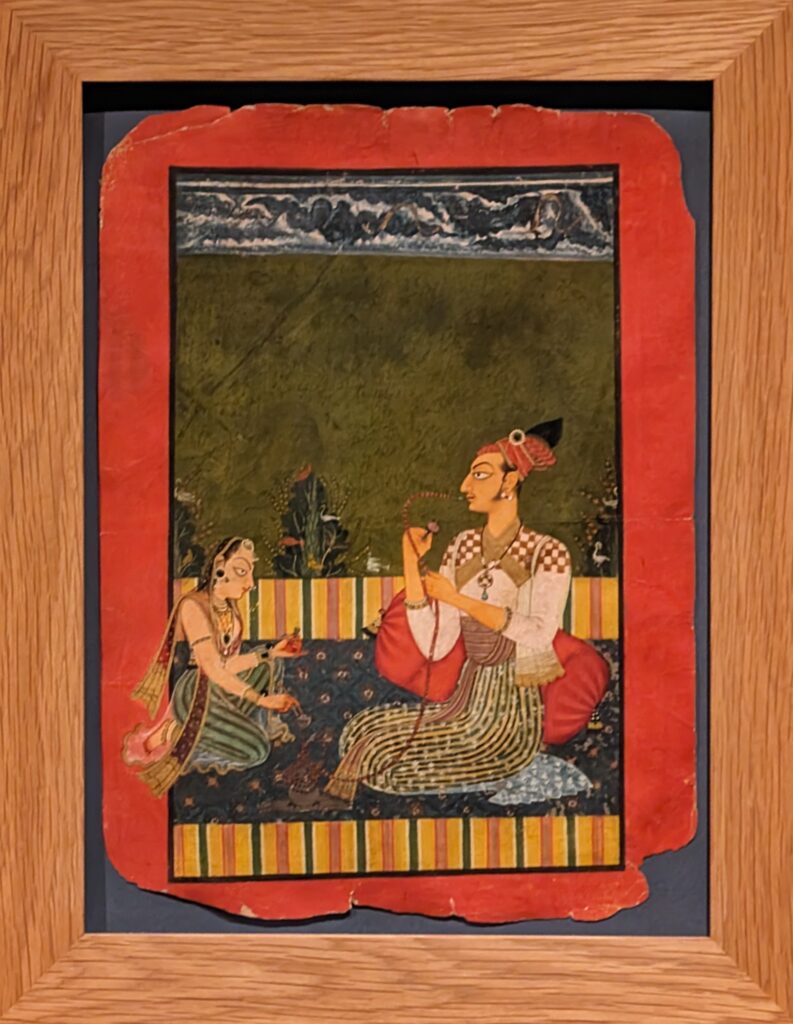
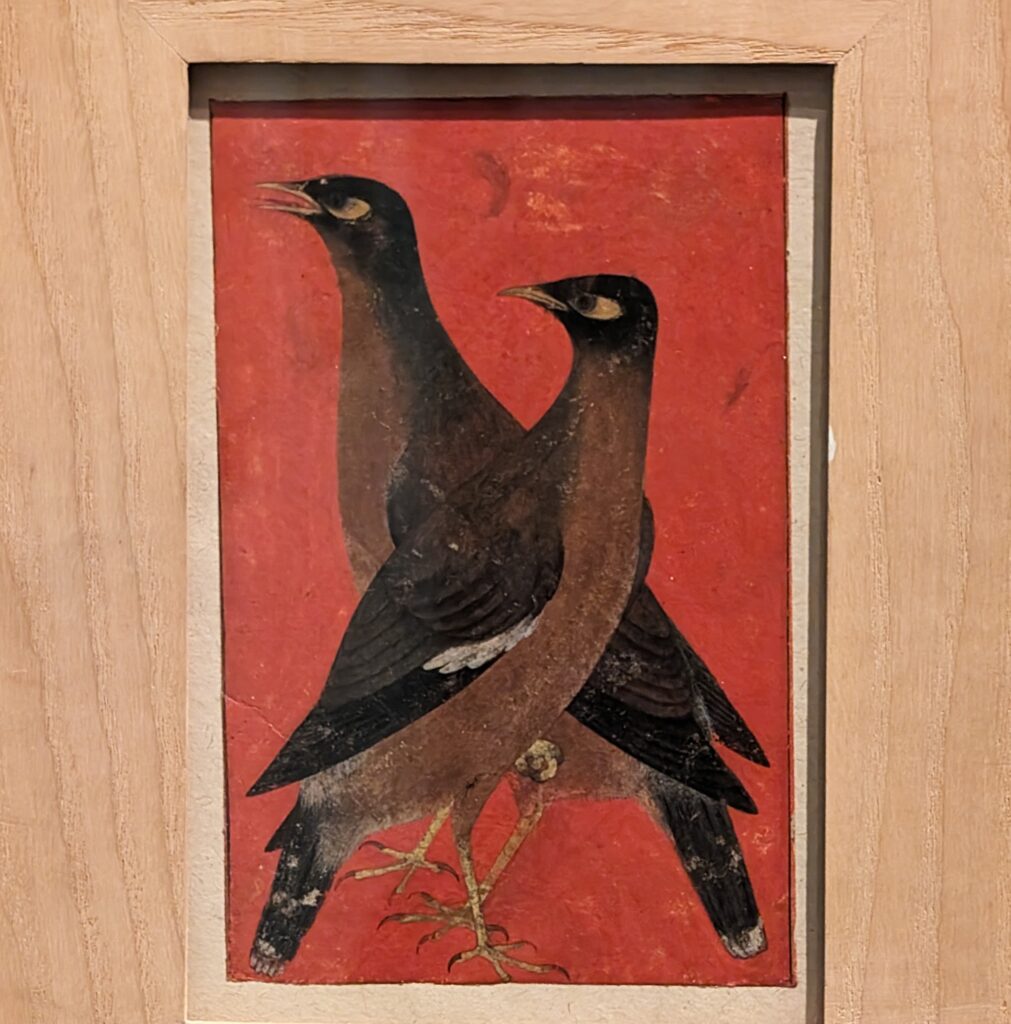
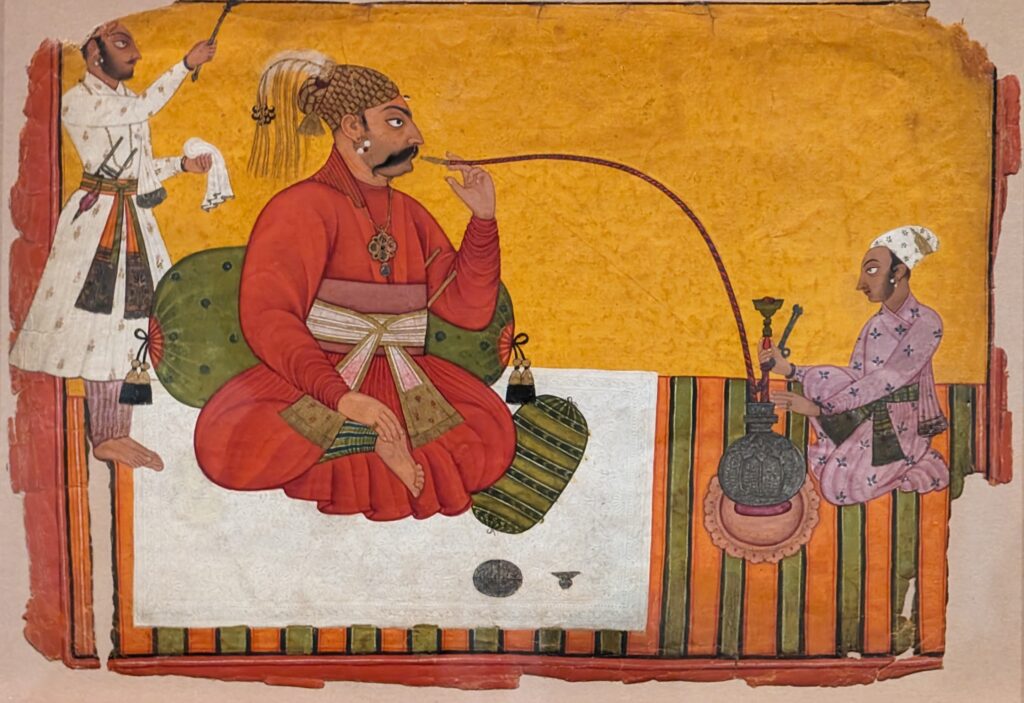
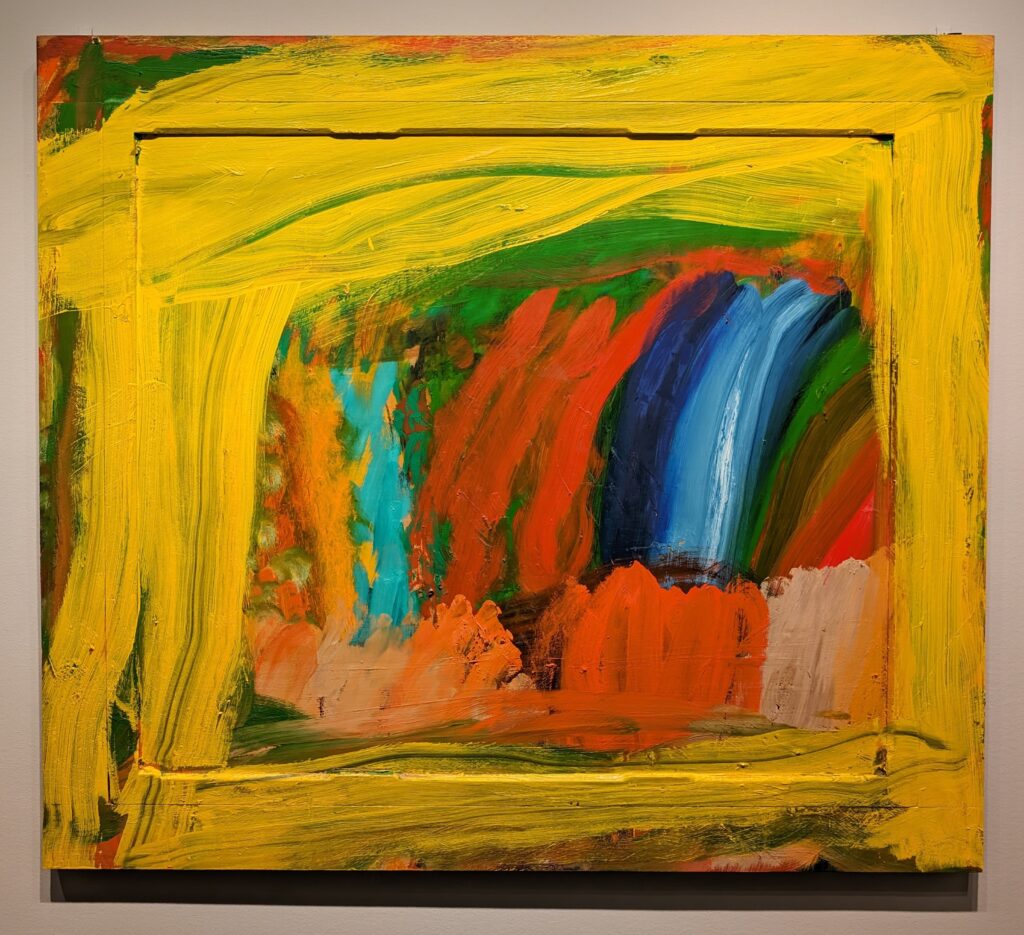
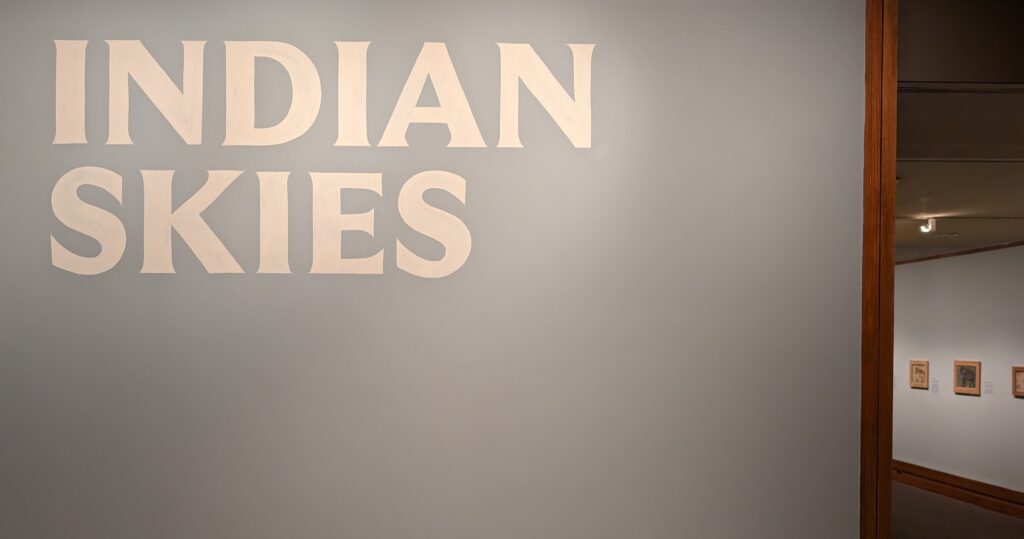
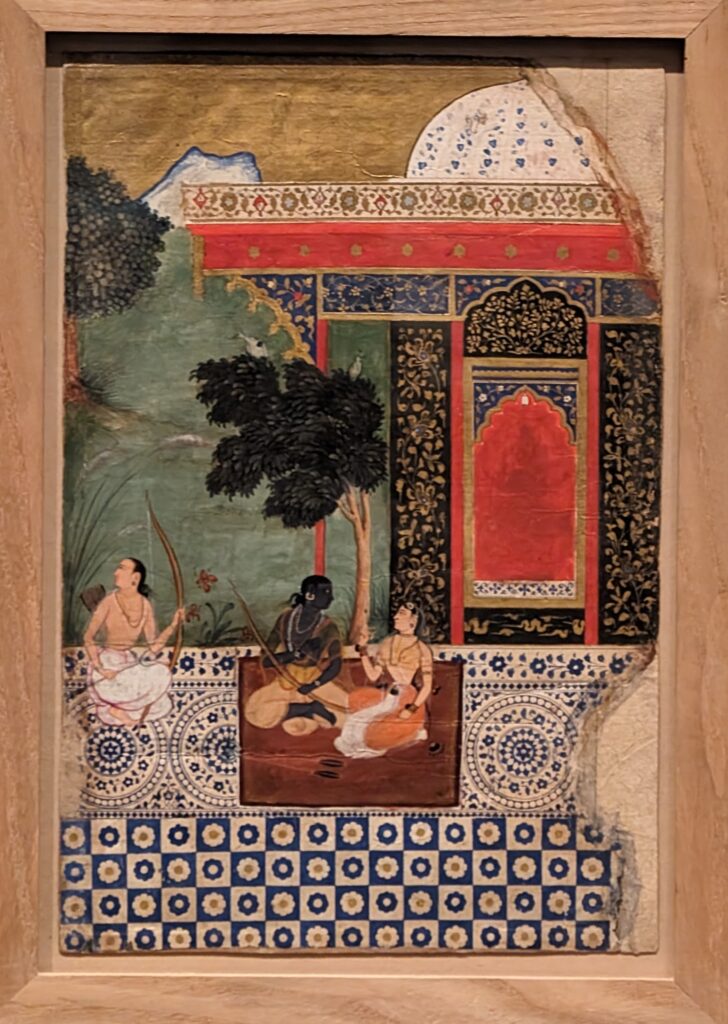
“Indian Skies” Closed in New York City in June 2024
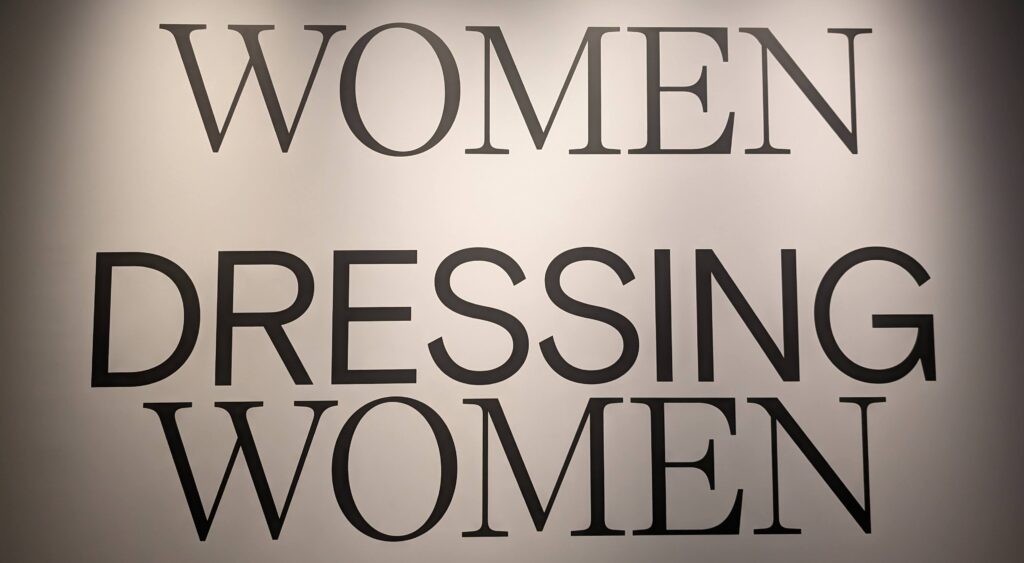
In 2023-24, with so many fashion houses managed by men in New York City and throughout Europe, the Met decided to present “Women Dressing Women” to set the record straight on contributions made by female designers.
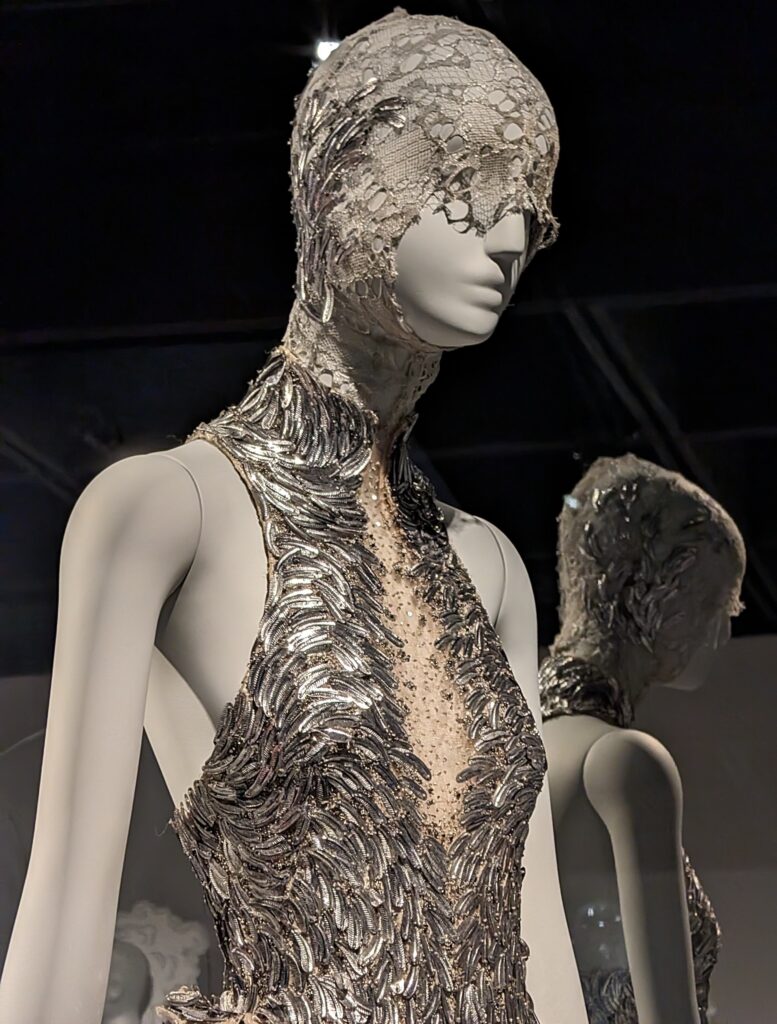
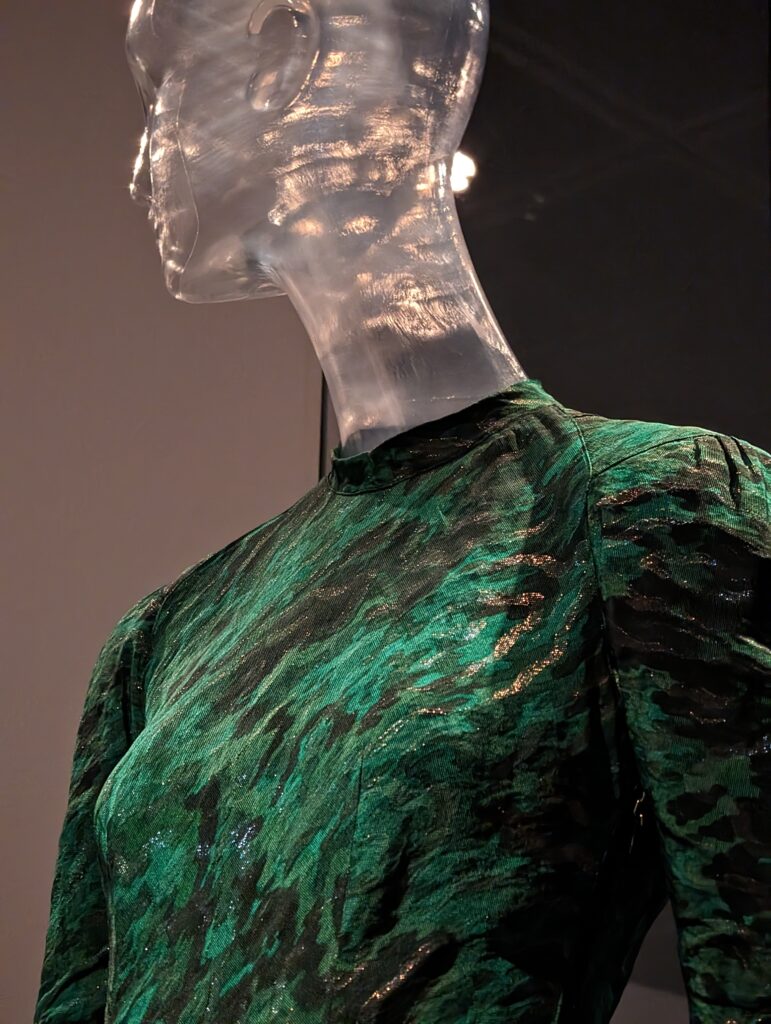
In October 2023, when Sarah Burton departed Alexander McQueen — where she worked for 26 years, and served as the brand’s creative director since its founder committed suicide in 2010 — the fashion world asked “Where are the women in positions of power in our industry?”
Since the fashion conglomerate Kering announced that Ms. Burton was replaced by Sean McGirr (a white man), the top positions at Rochas, Tod’s and Moschino have been filled by three more white men, all Italians. It is perhaps even more astounding to recognize that “Women Dressing Women” marked the first time the Met devoted a show solely to female fashion designers in the 85 years since the Costume Institute joined the museum.
This exhibition, which was on view in New York City through March 2024, served as more than a celebration of talented female designers from the early 20th century to the present. “Women Dressing Women” represented both an awakening and a timely provocation about equality and power in a multi-trillion-dollar industry that caters primarily to women!
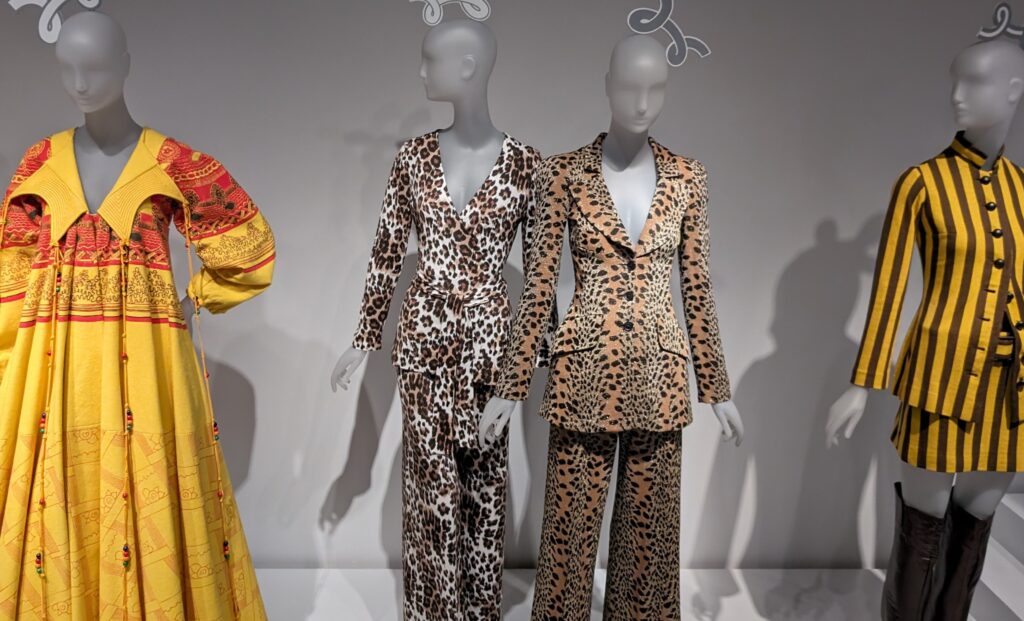
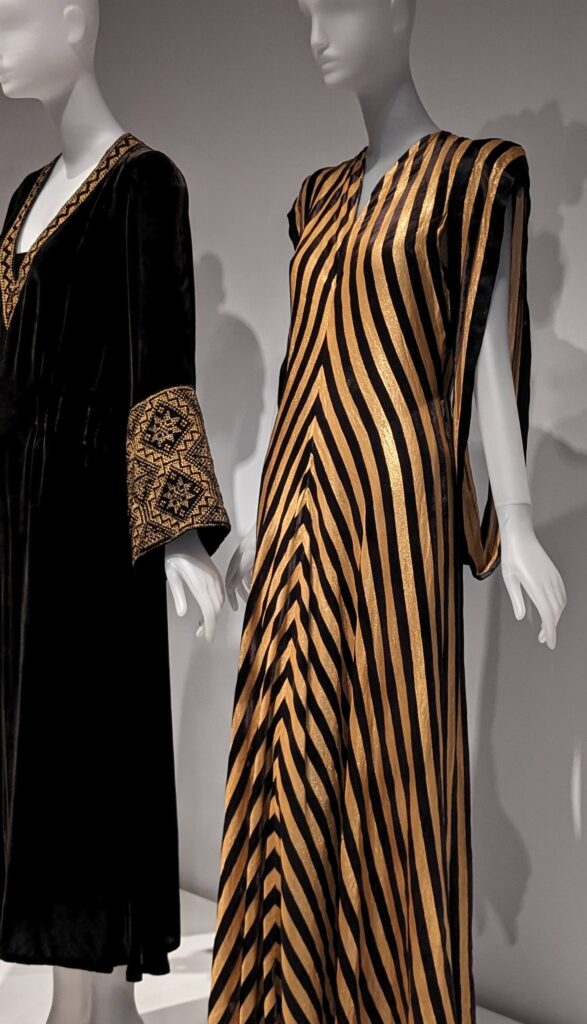
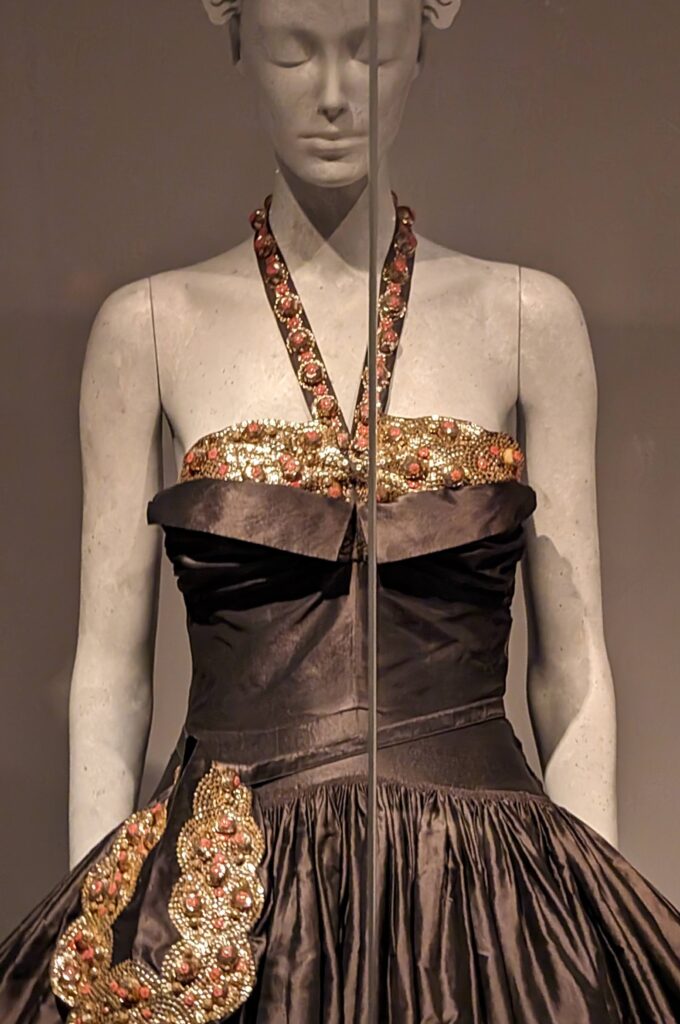
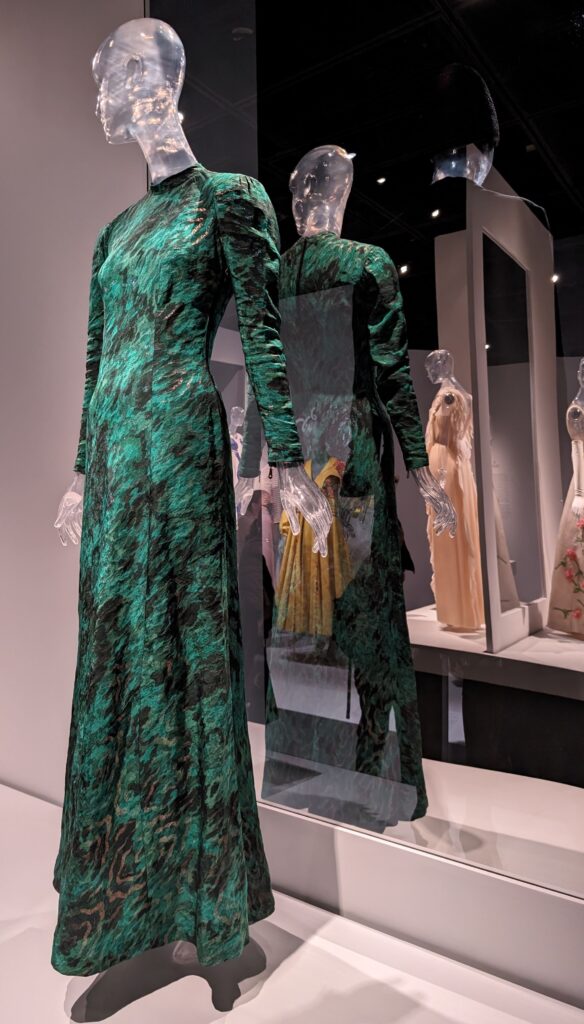
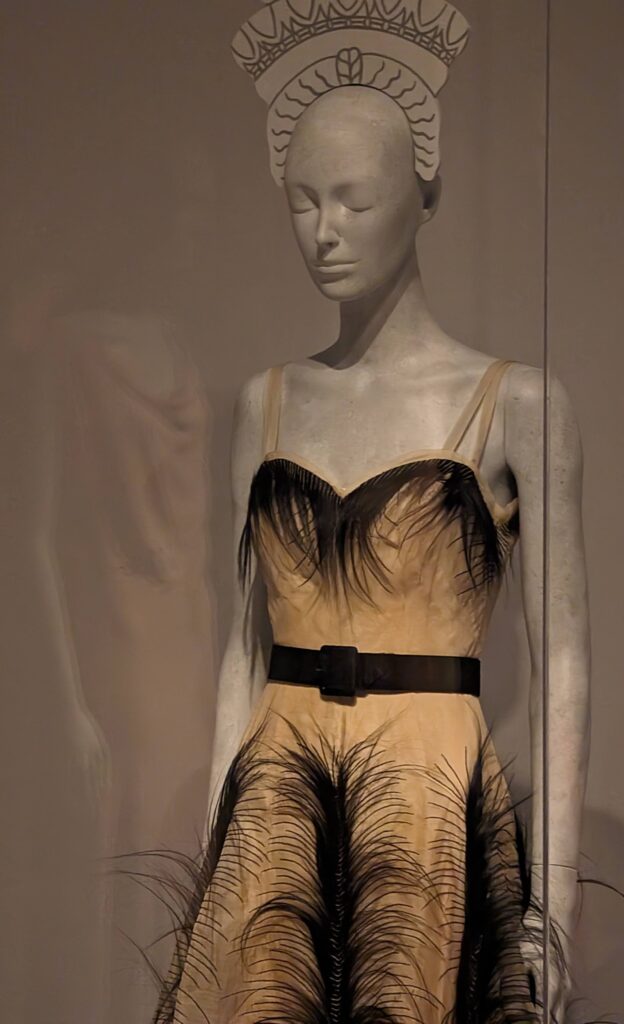
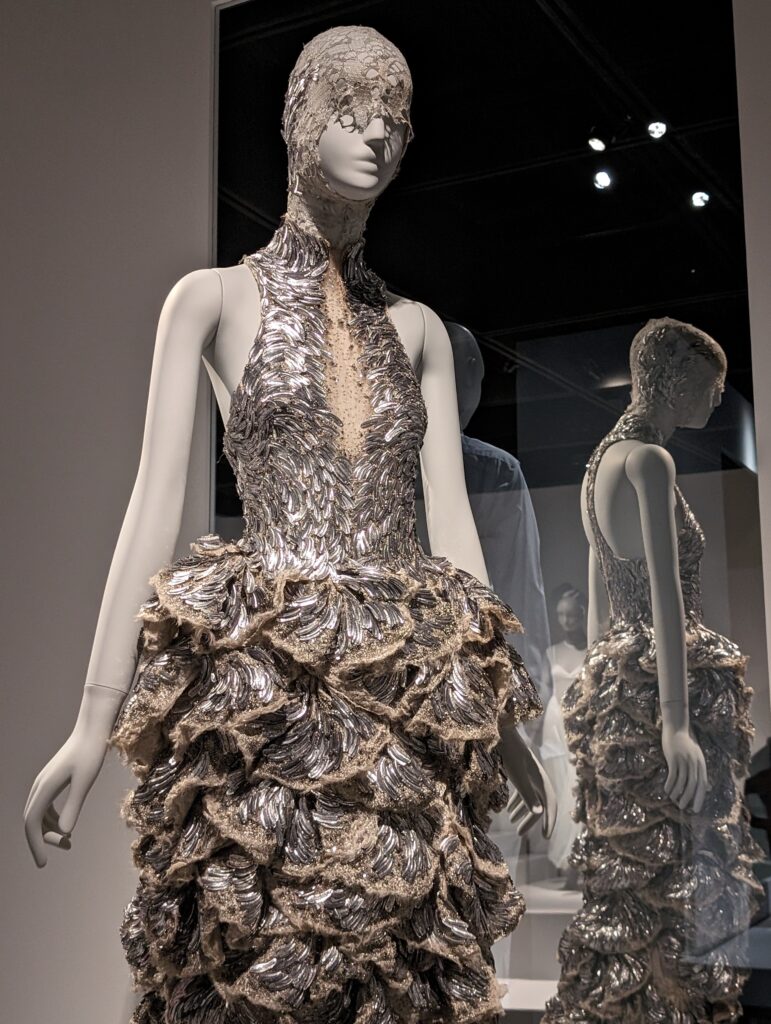
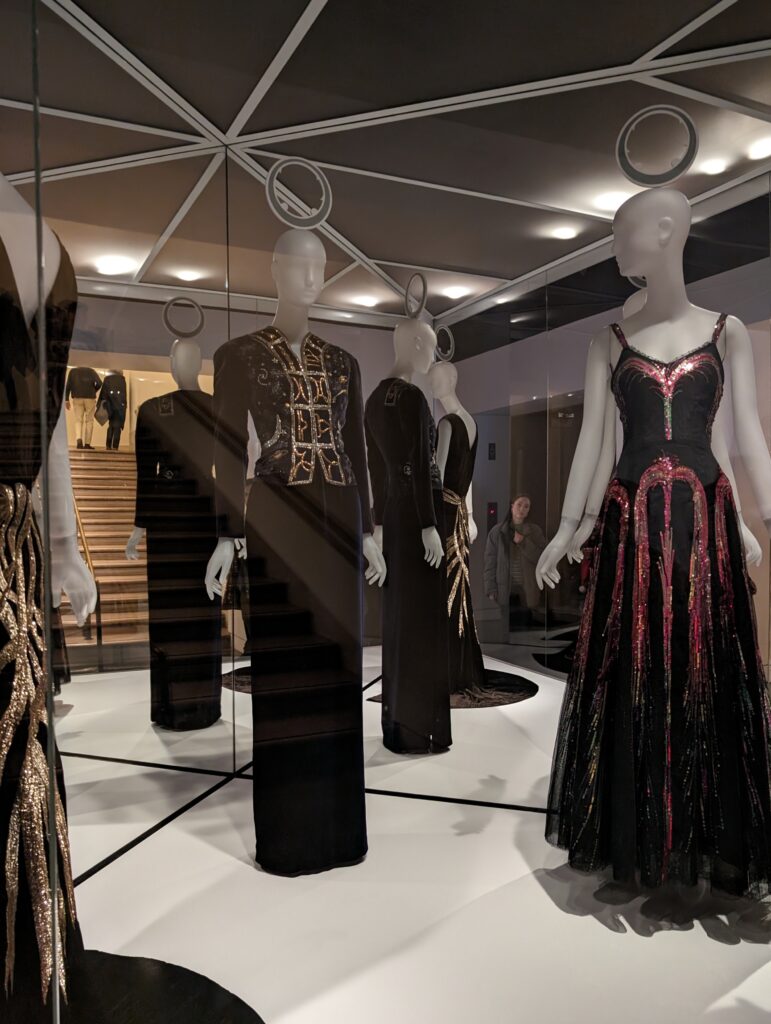
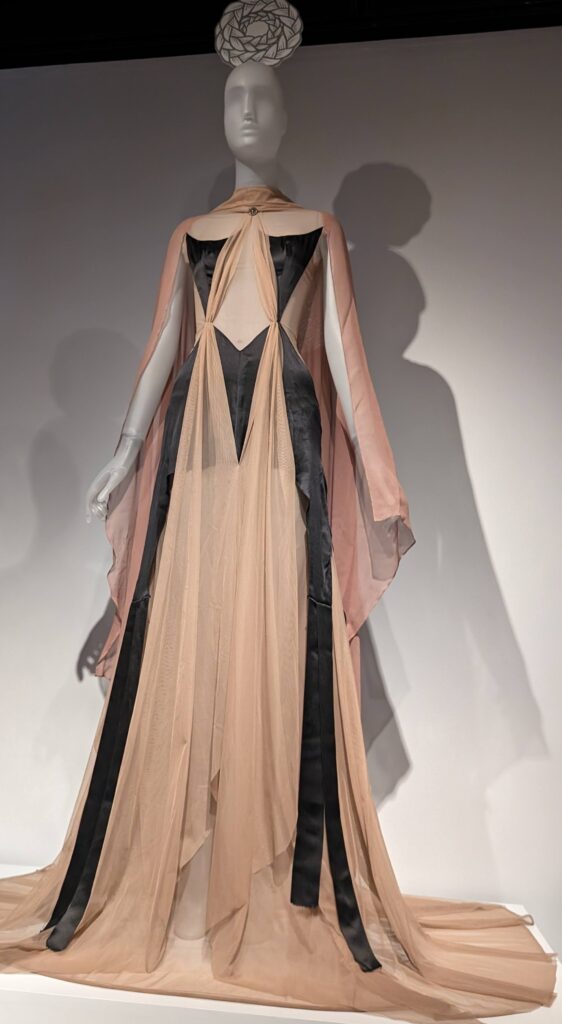
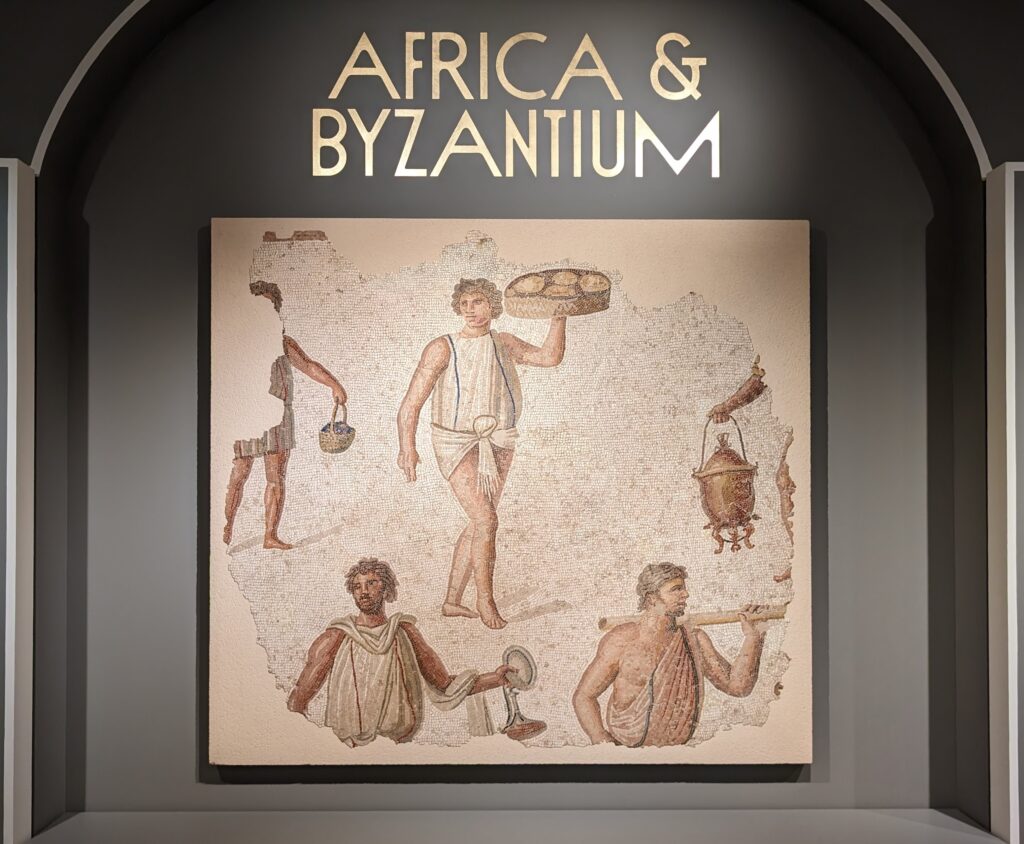
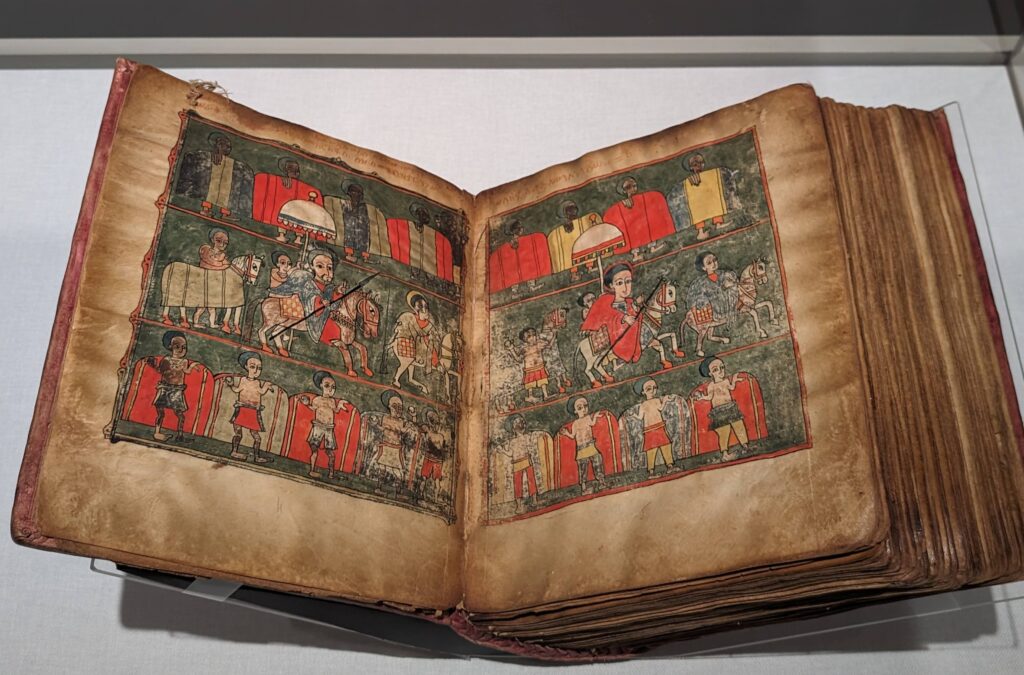
The exhibit “Africa and Byzantium” explored the profound artistic contributions from North and East Africa — Egypt, Nubia, Ethiopia and other powerful kingdoms — on the Byzantine Empire (330 — 1453). This special exhibition closed on March 3, 2024.
While art history has long emphasized the glories of Byzantium, this show shed new light (with art rarely or never seen before in public) on the staggering artistic achievements of medieval Africa.
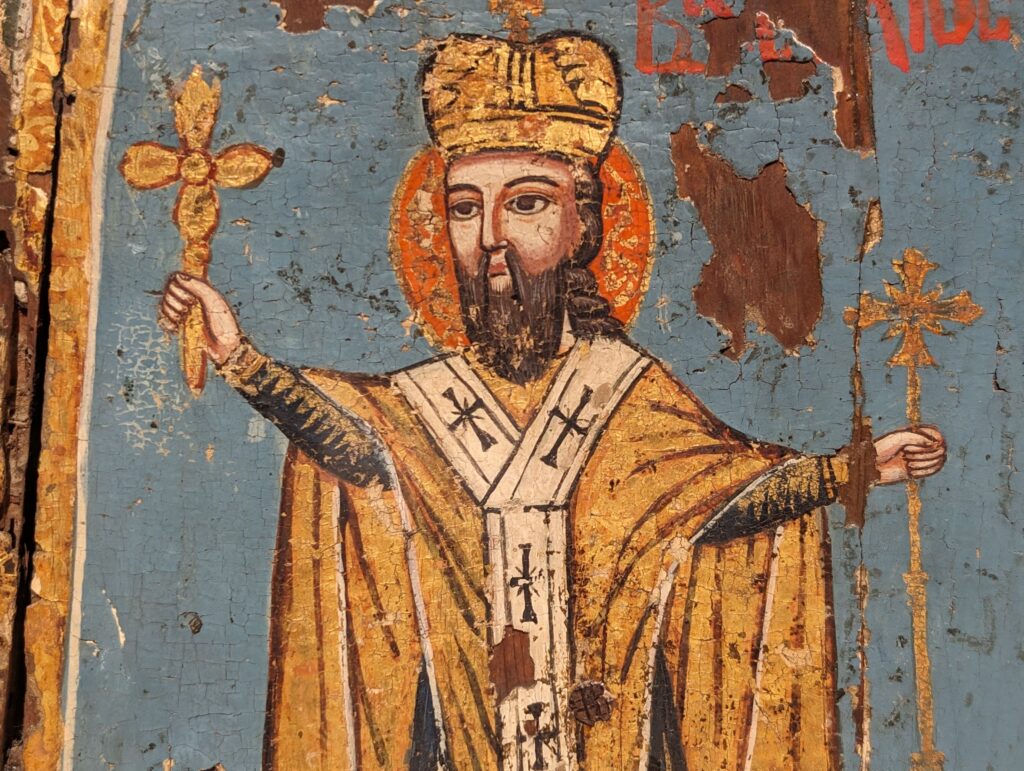
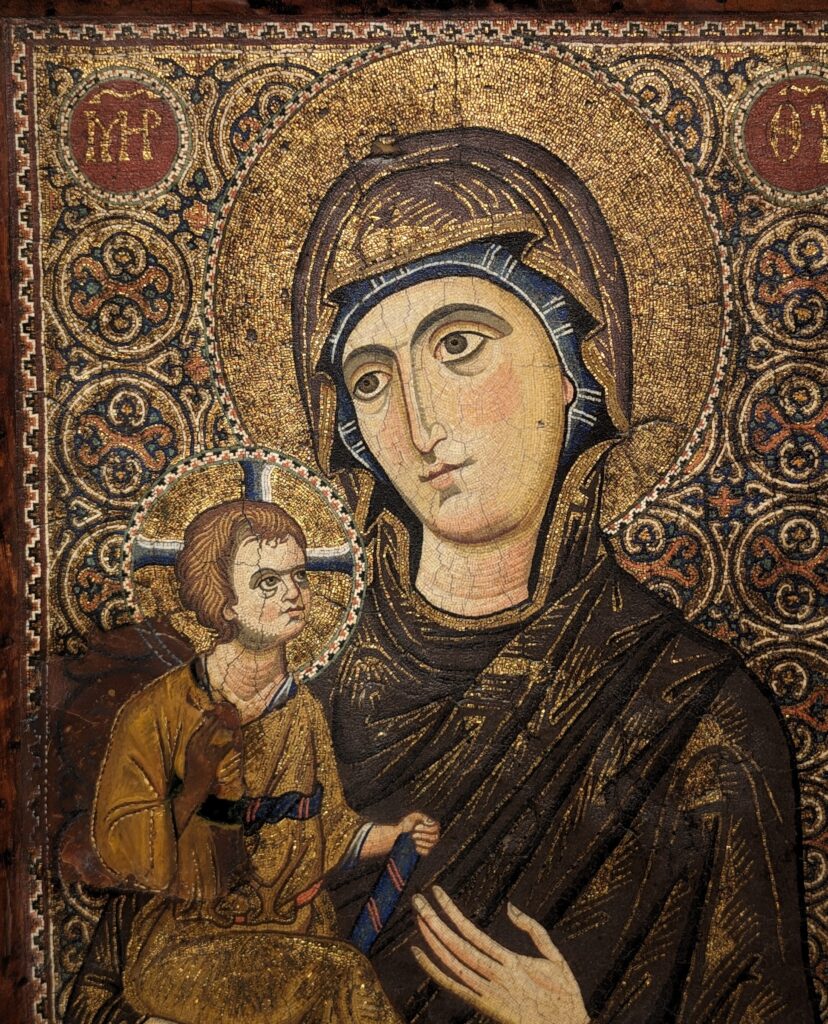
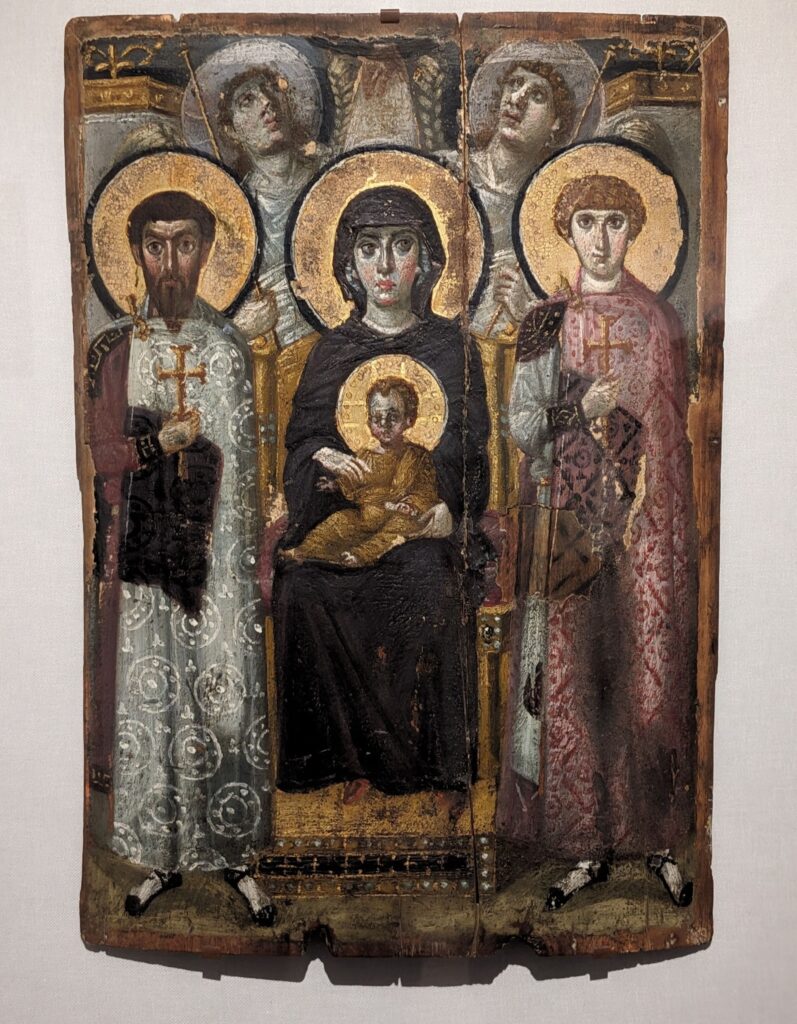
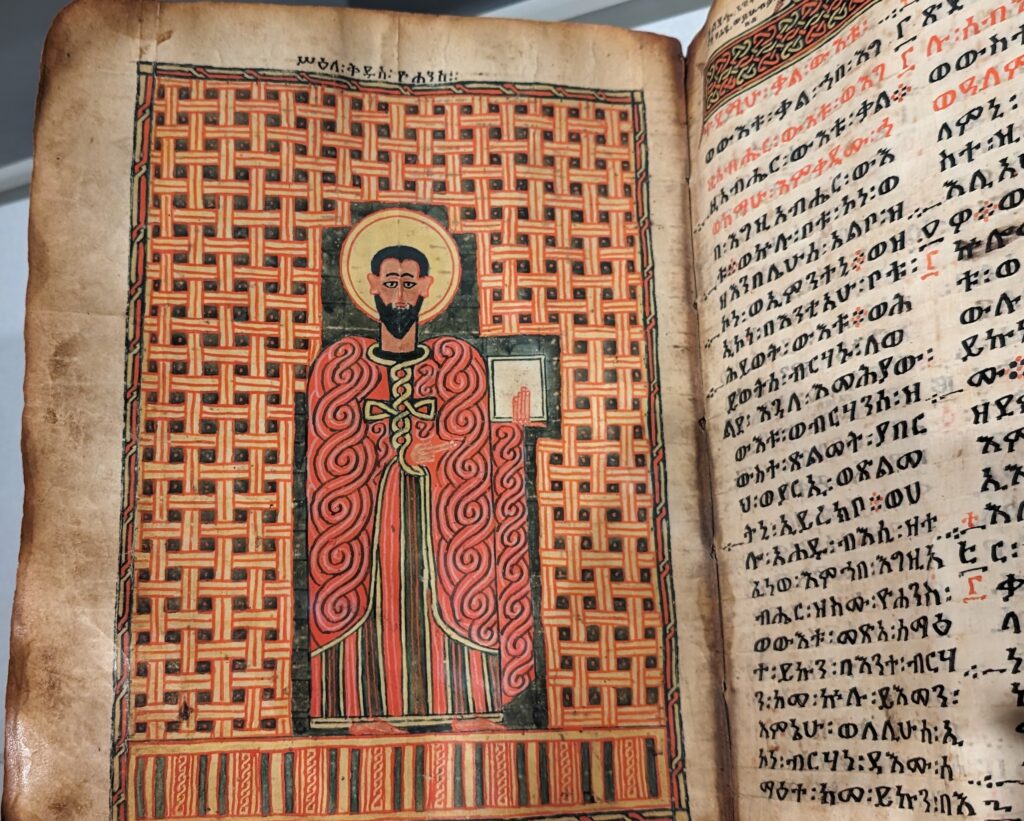
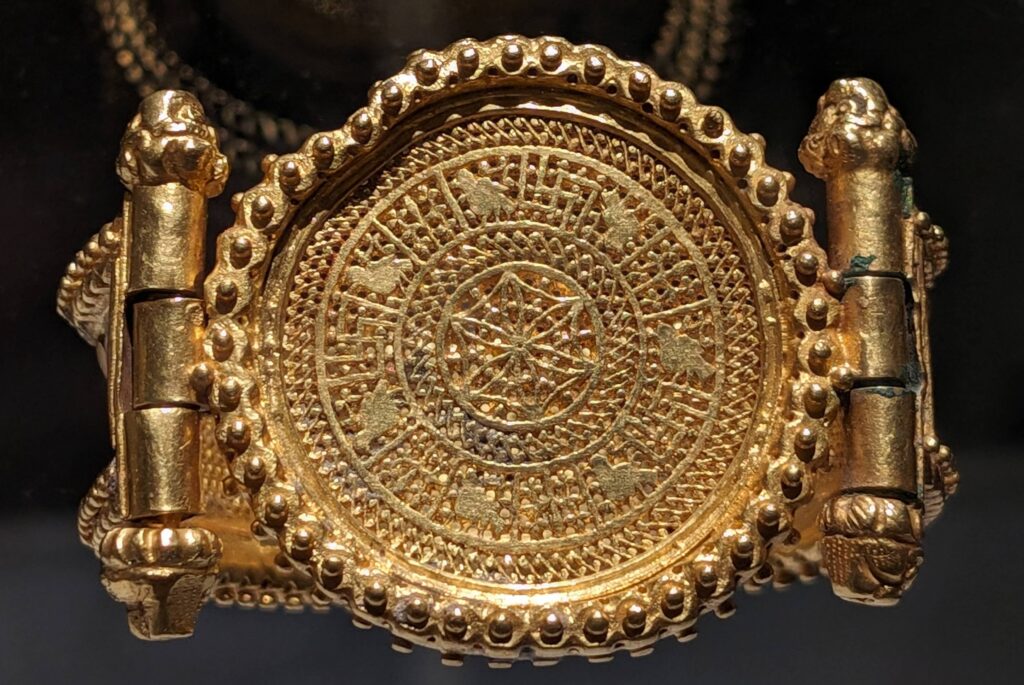
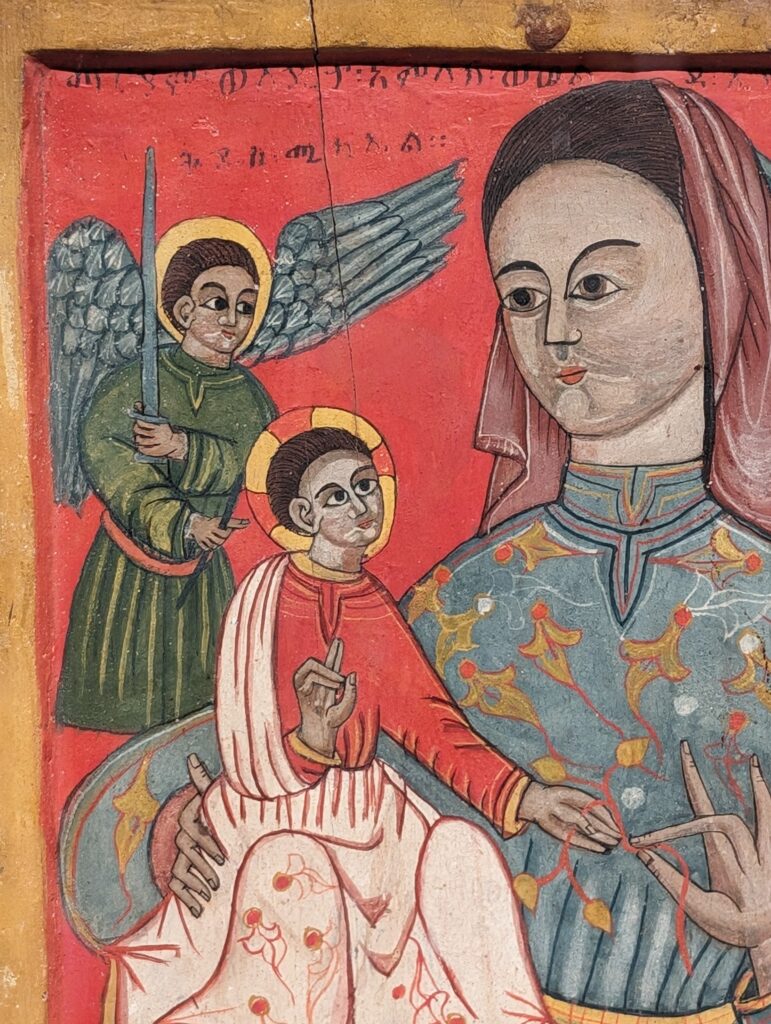
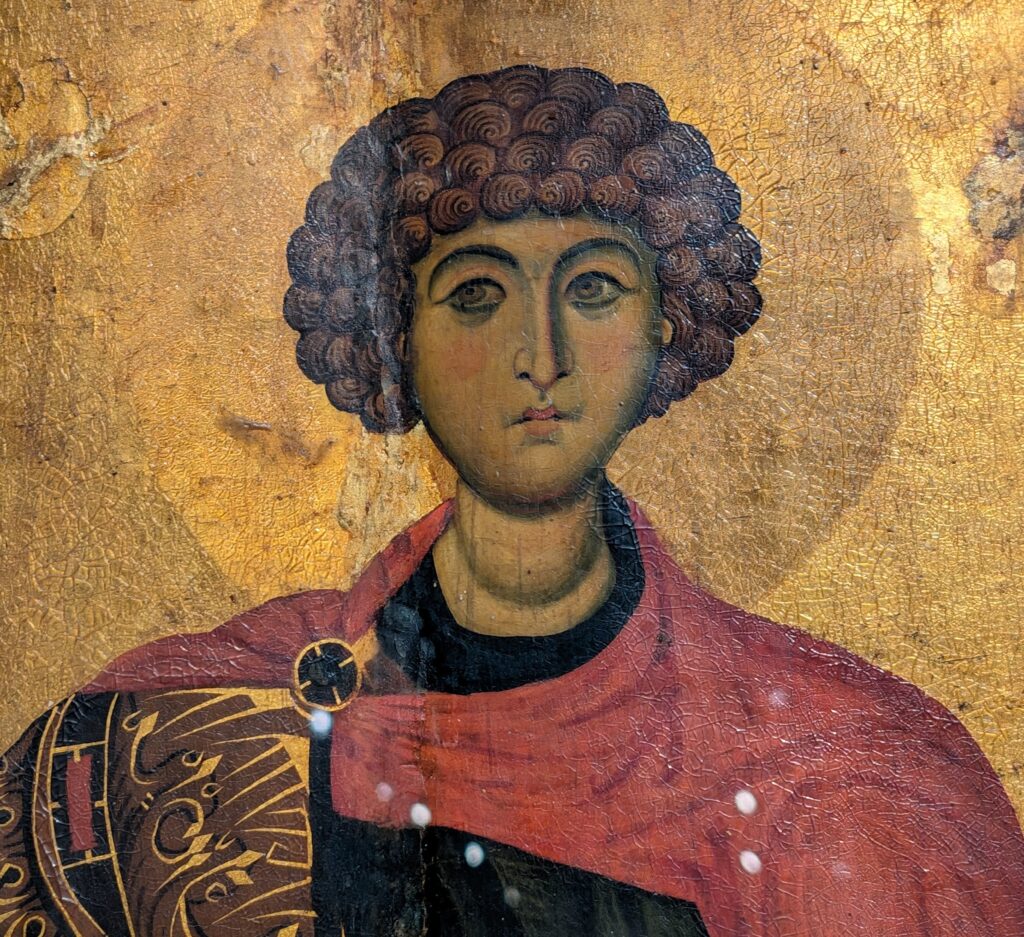
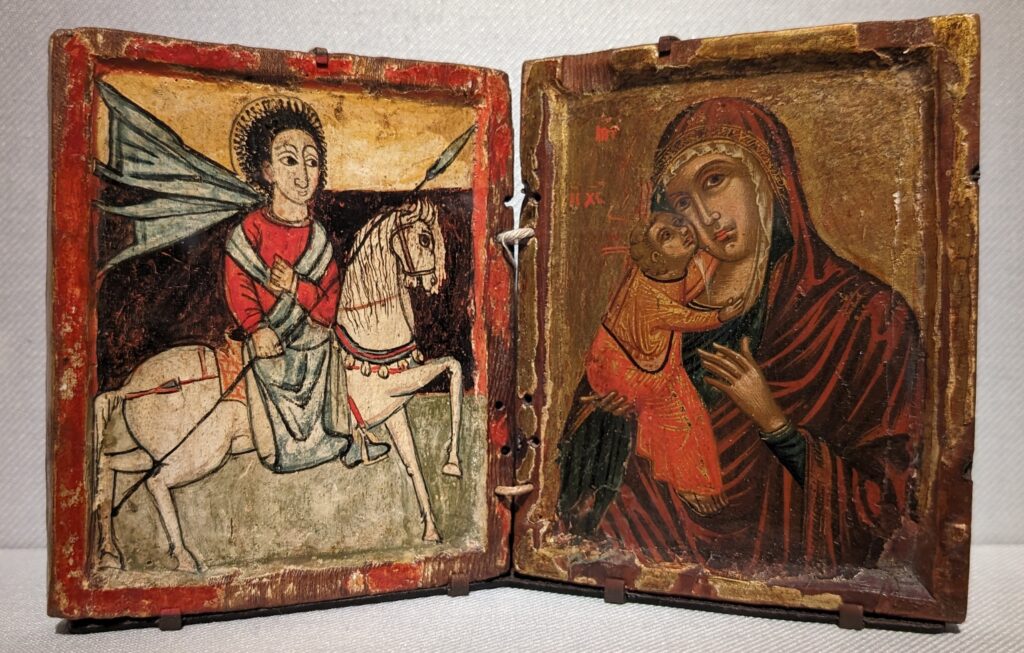
“British Vision 1700 — 1900”
Department of Drawings & Prints, Closed March 5, 2024
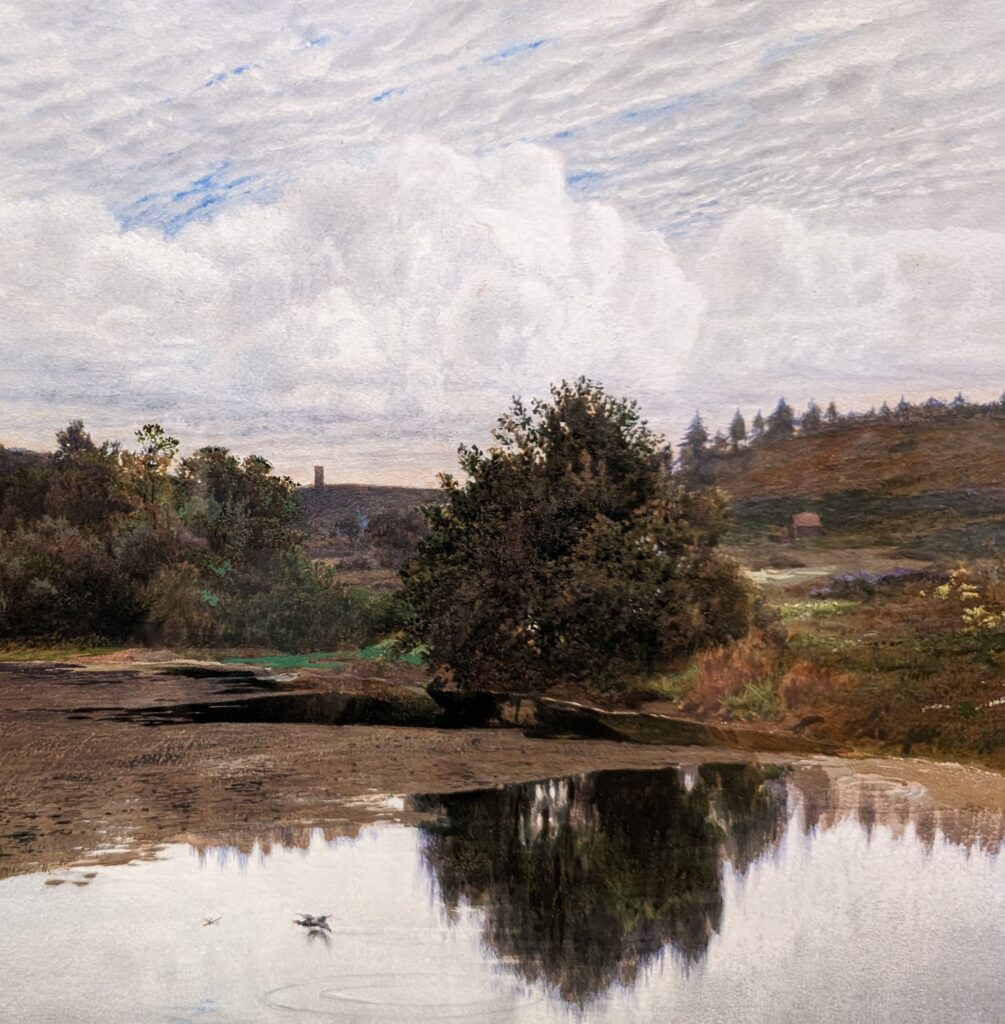
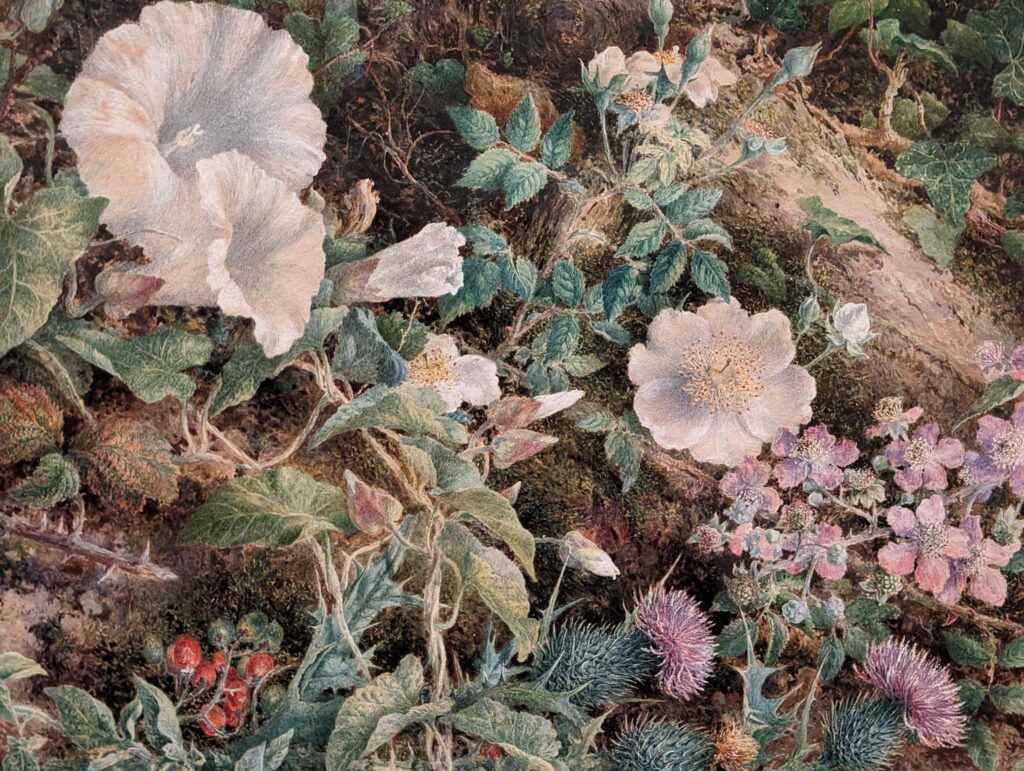
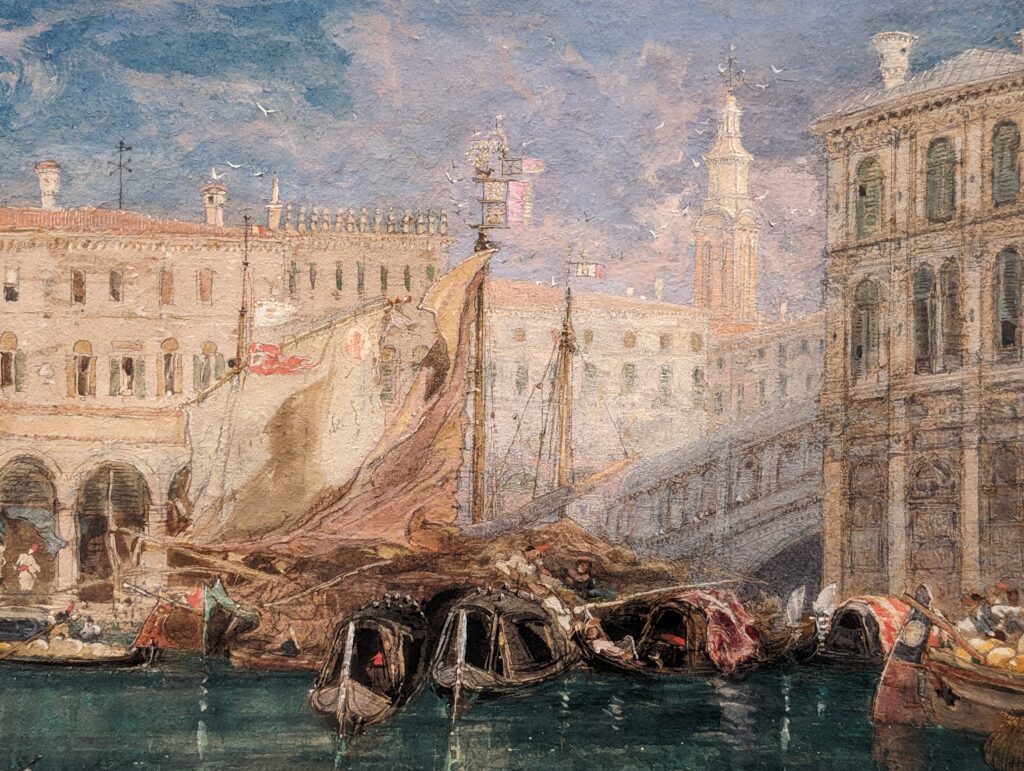
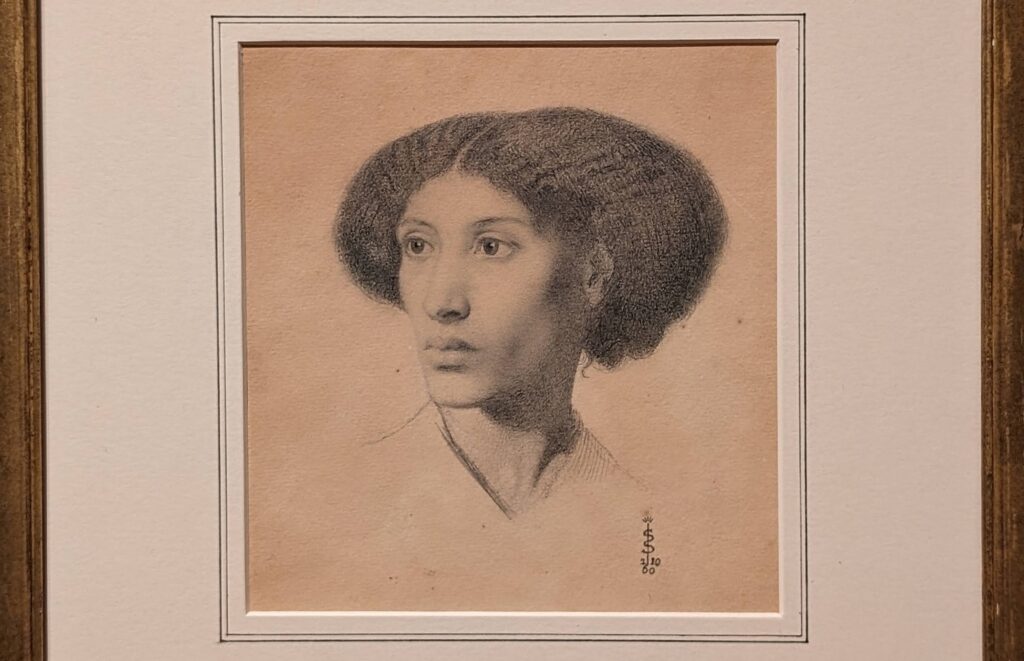
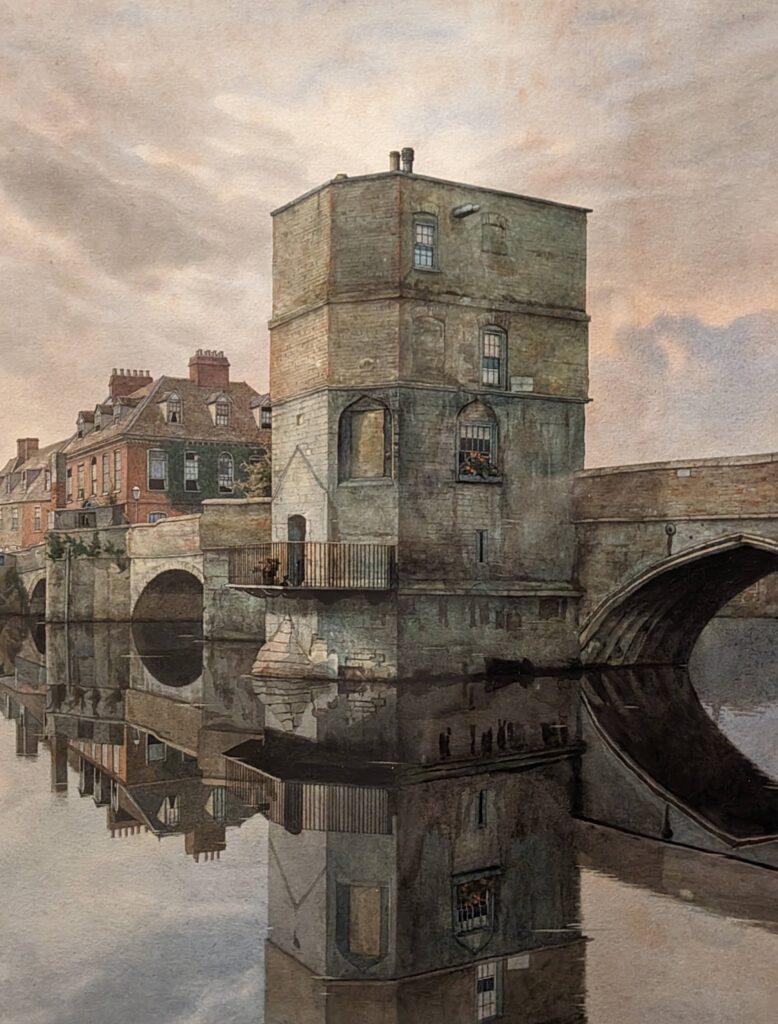
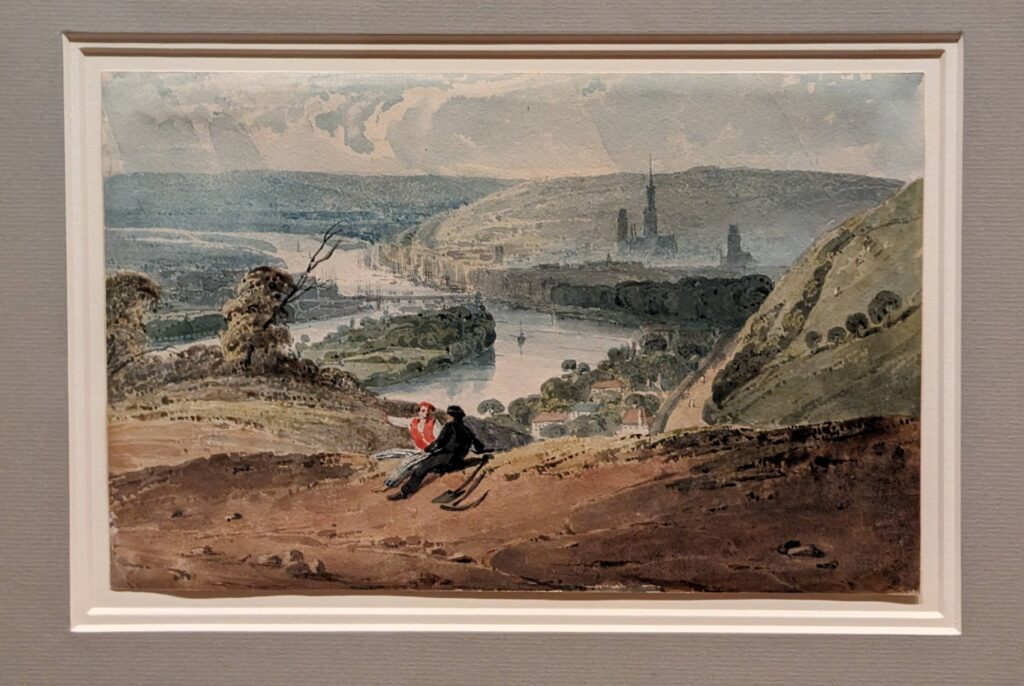
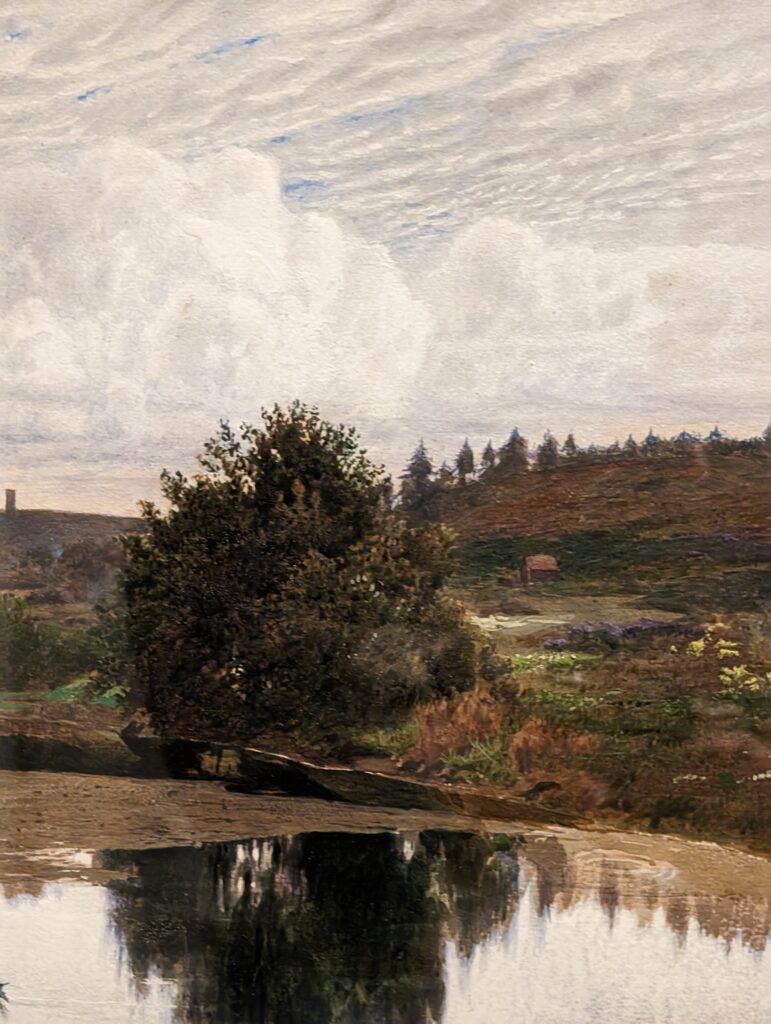
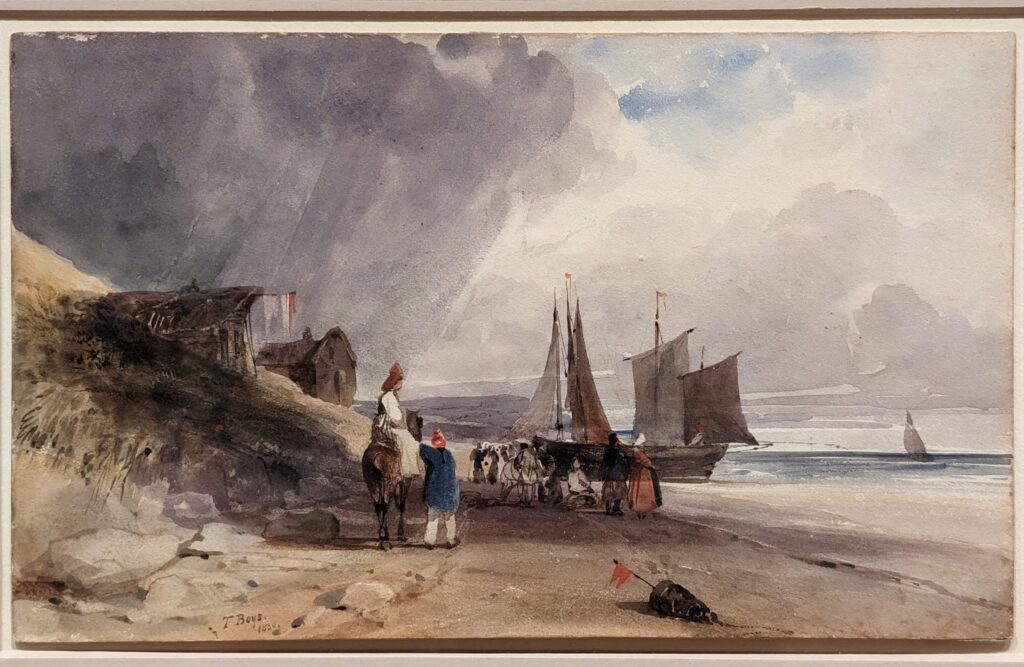
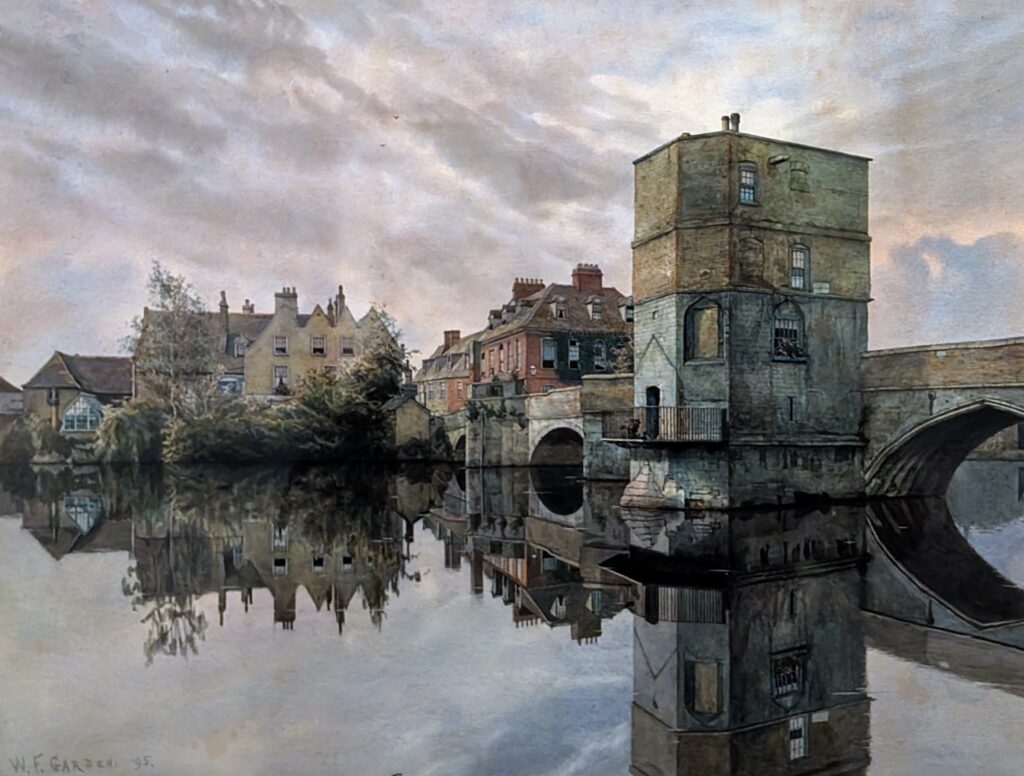
VERTIGO OF COLOR — Matisse, Derain, and the Origins of Fauvism
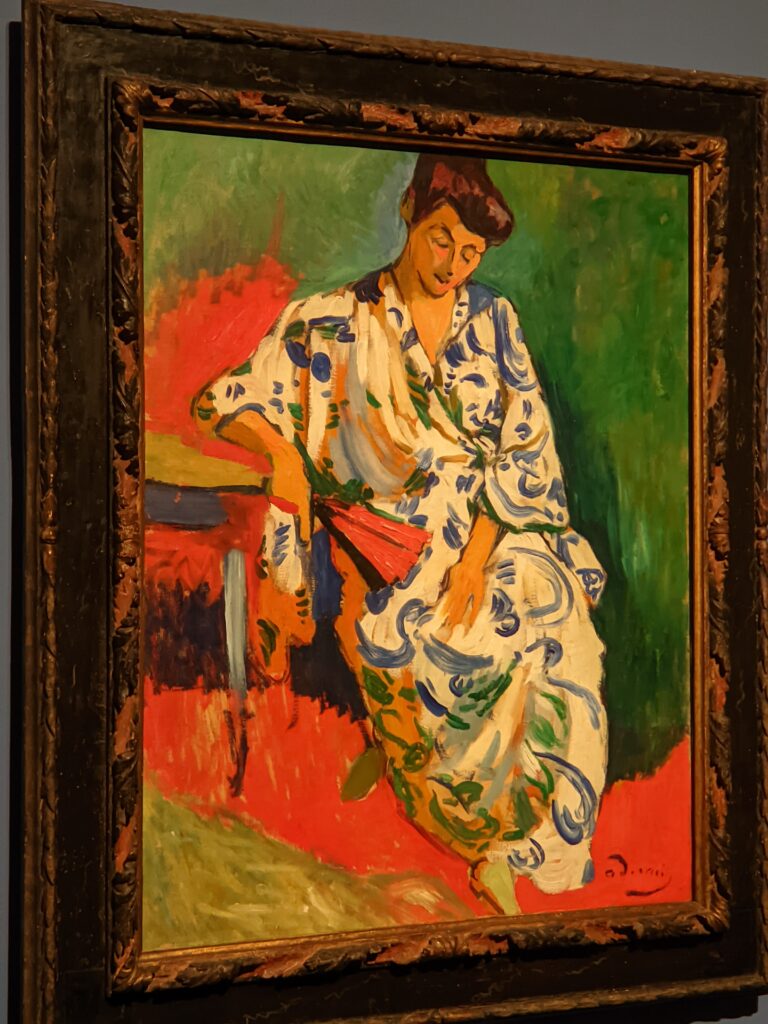
The Met presented a special exhibit entitled “VERTIGO OF COLOR — Matisse, Derain, and the Origins of Fauvism” from October 13 through January 21, 2024. Co-organized with the Museum of Fine Arts, Houston, 65 works of art (watercolors, drawings and paintings) by Henri Matisse and André Derain revealed how these two great Fauvists manipulated colors in radical ways — where nature took on hues responding to the artists’ sensations, rather than reality — to create the first important modernist movement of the 20th century.
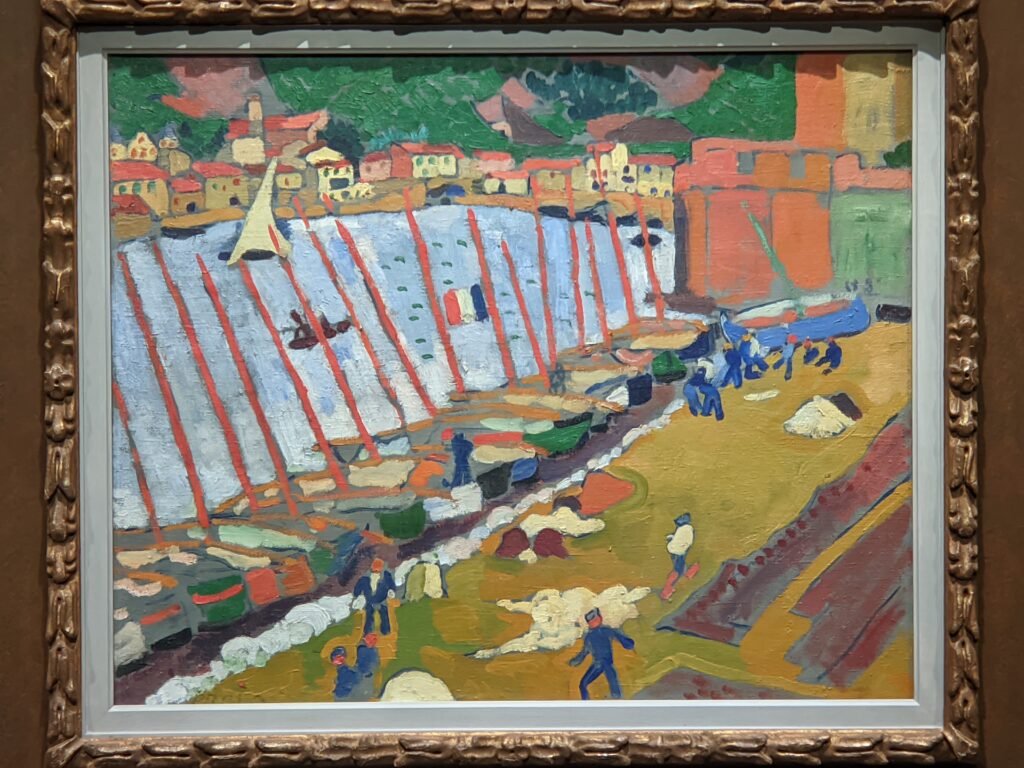
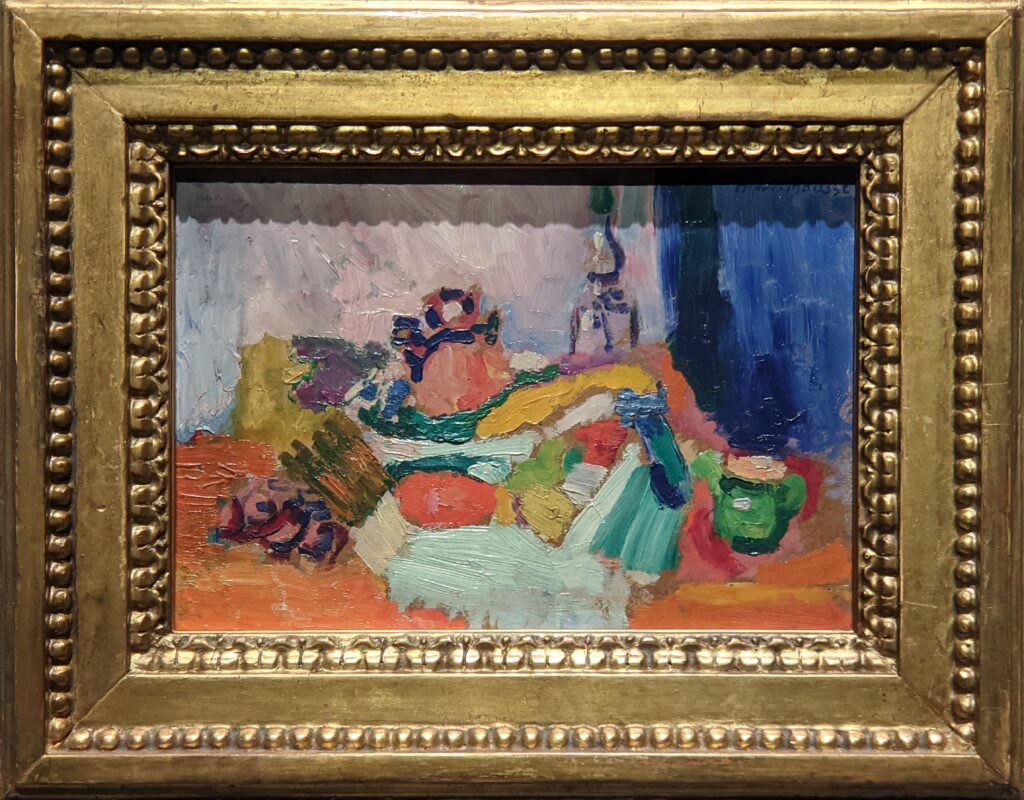
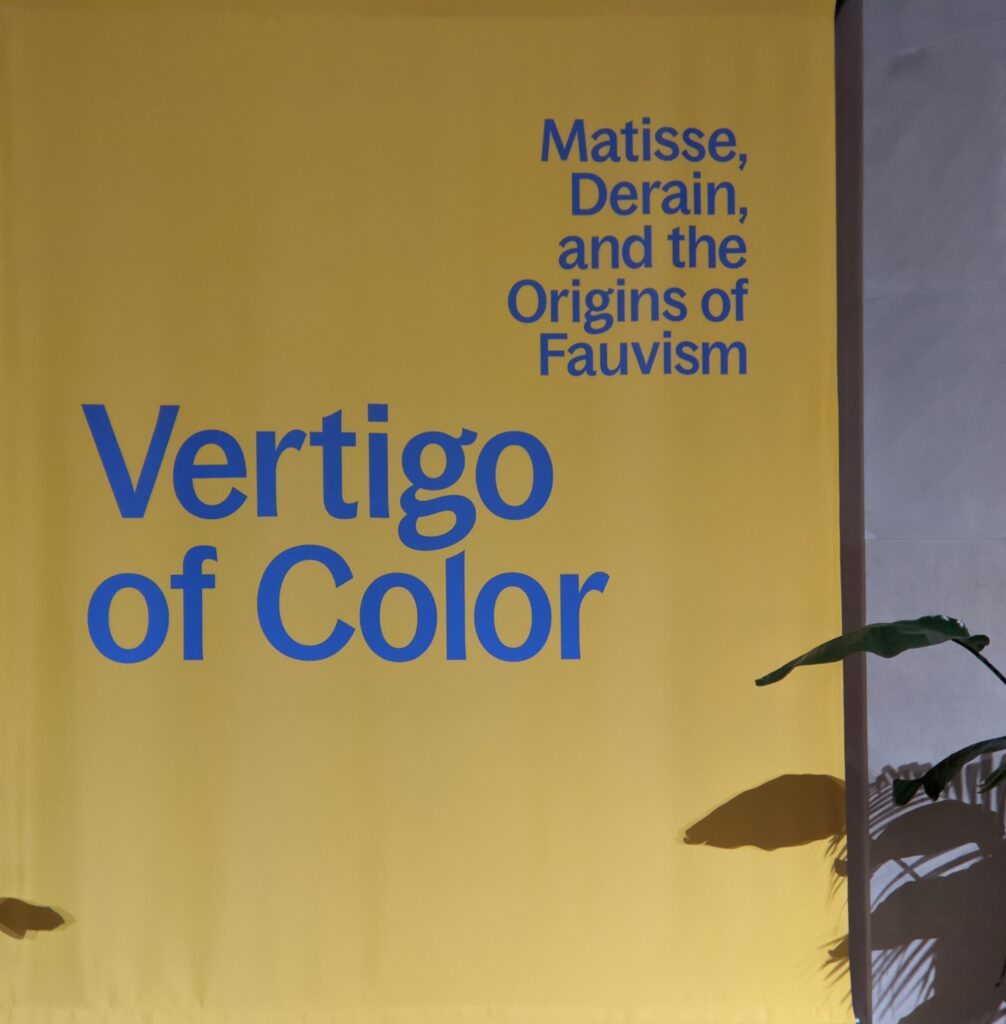
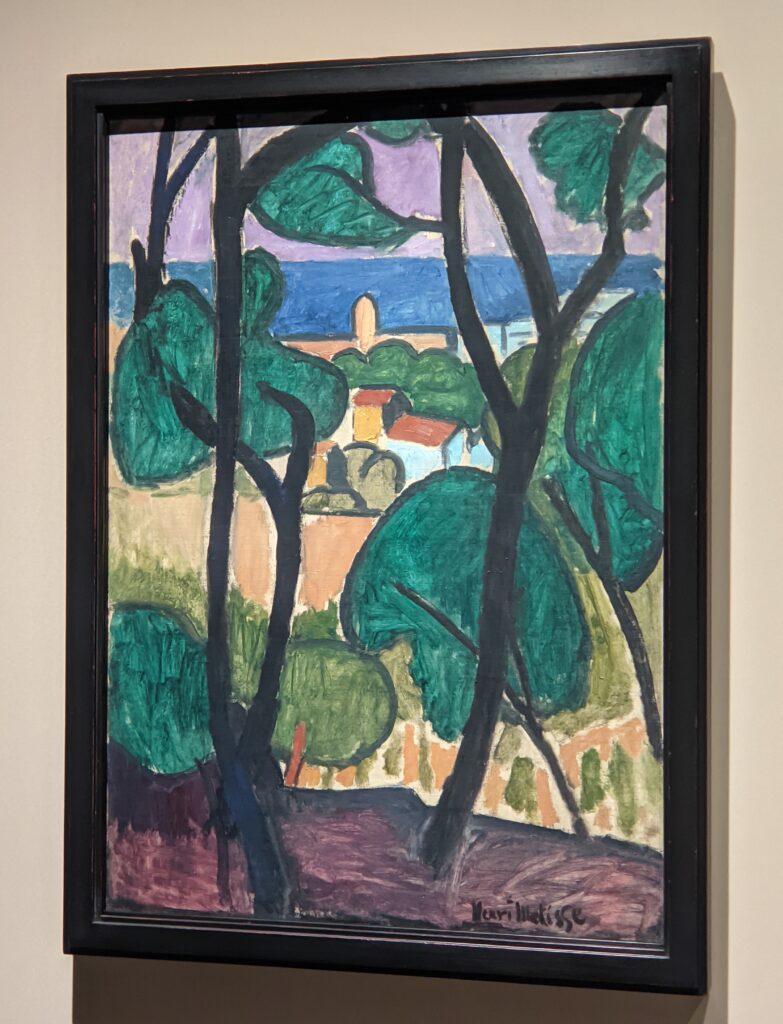
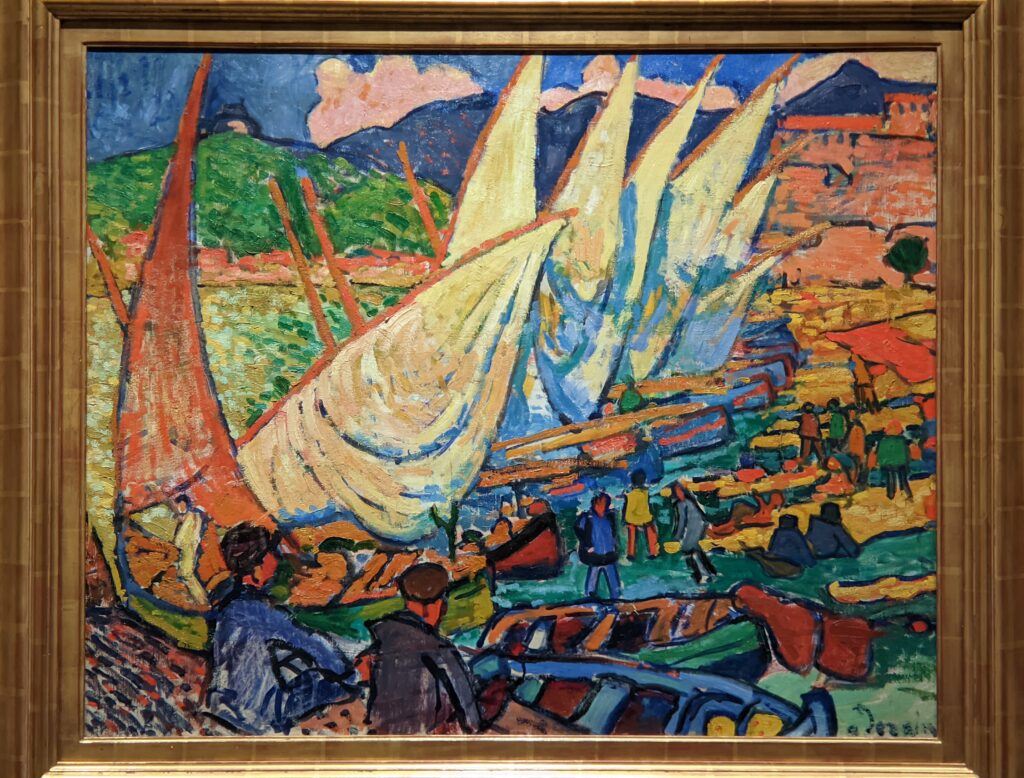
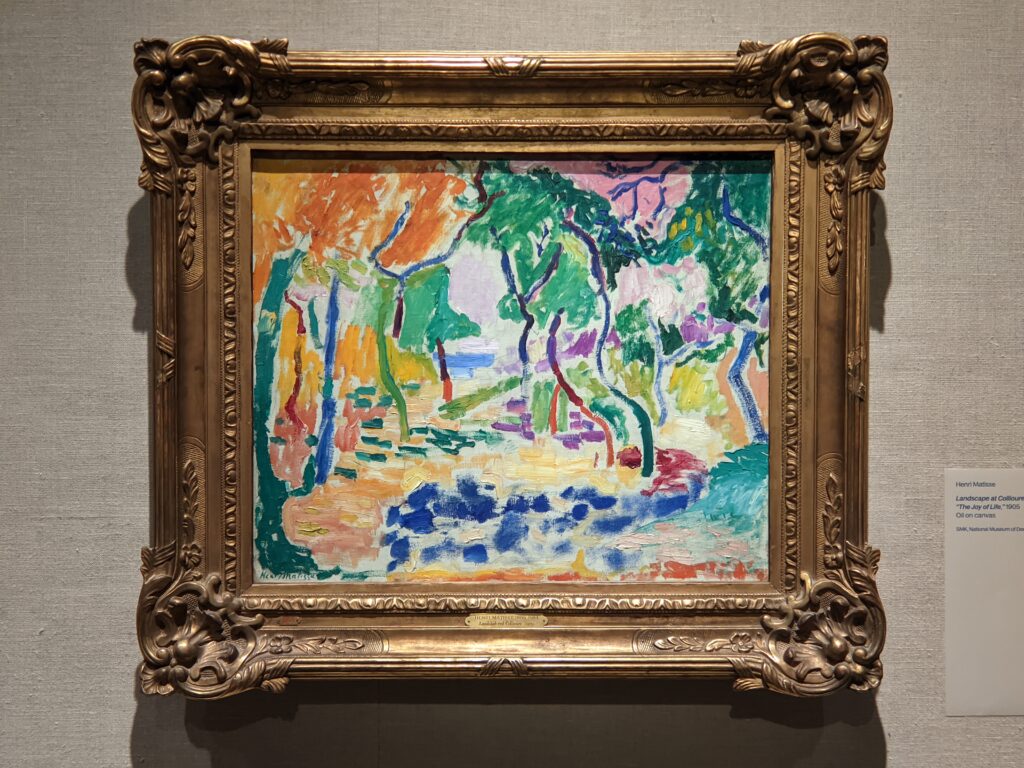
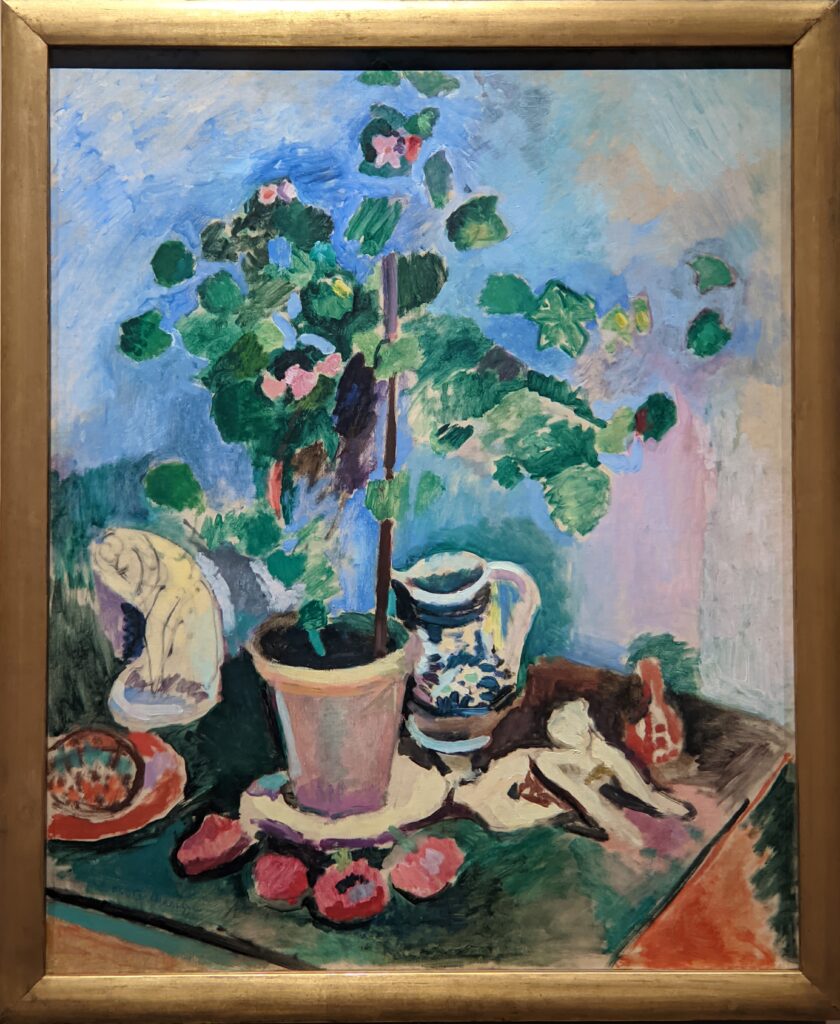
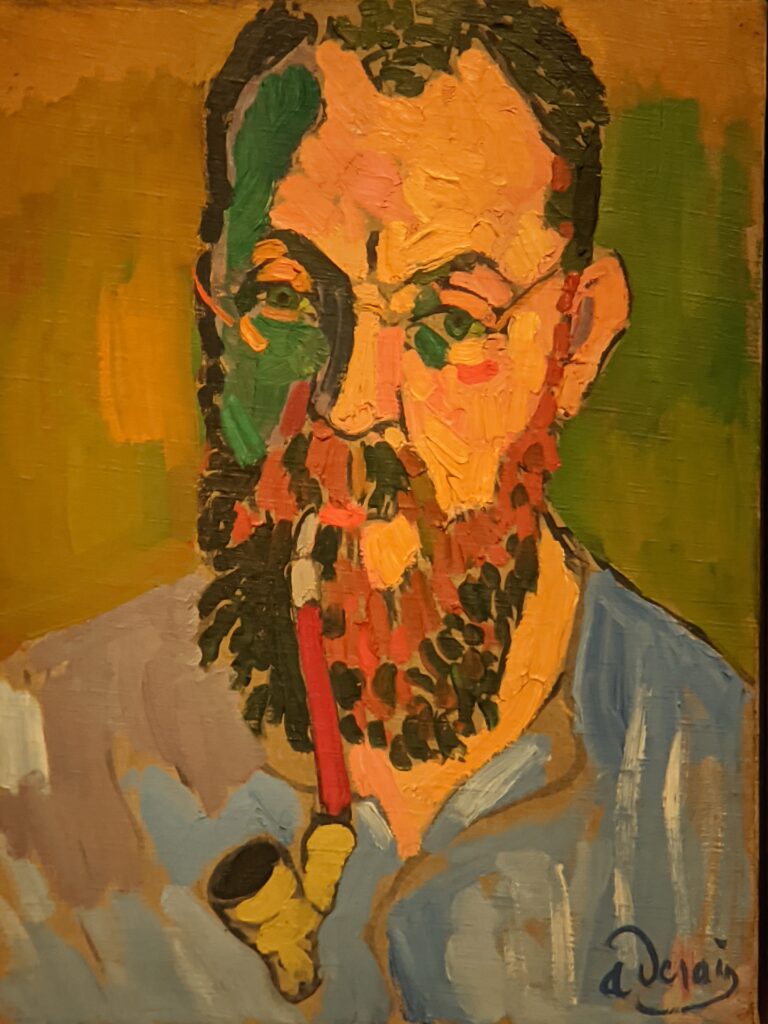
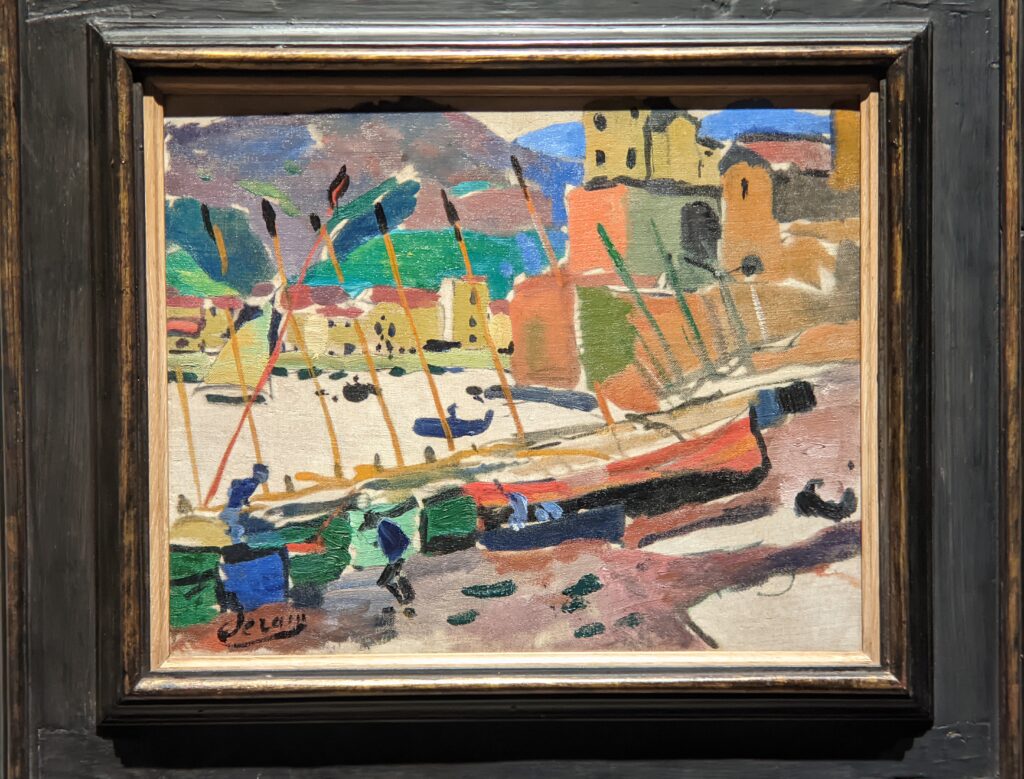
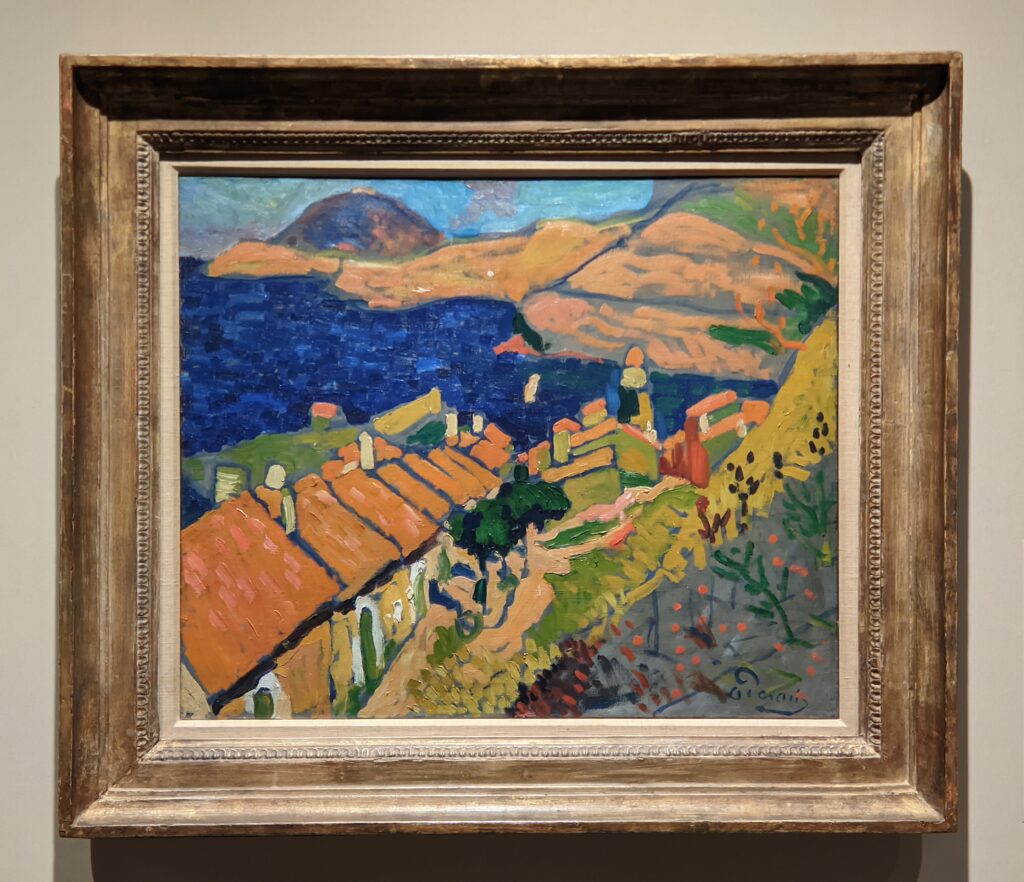
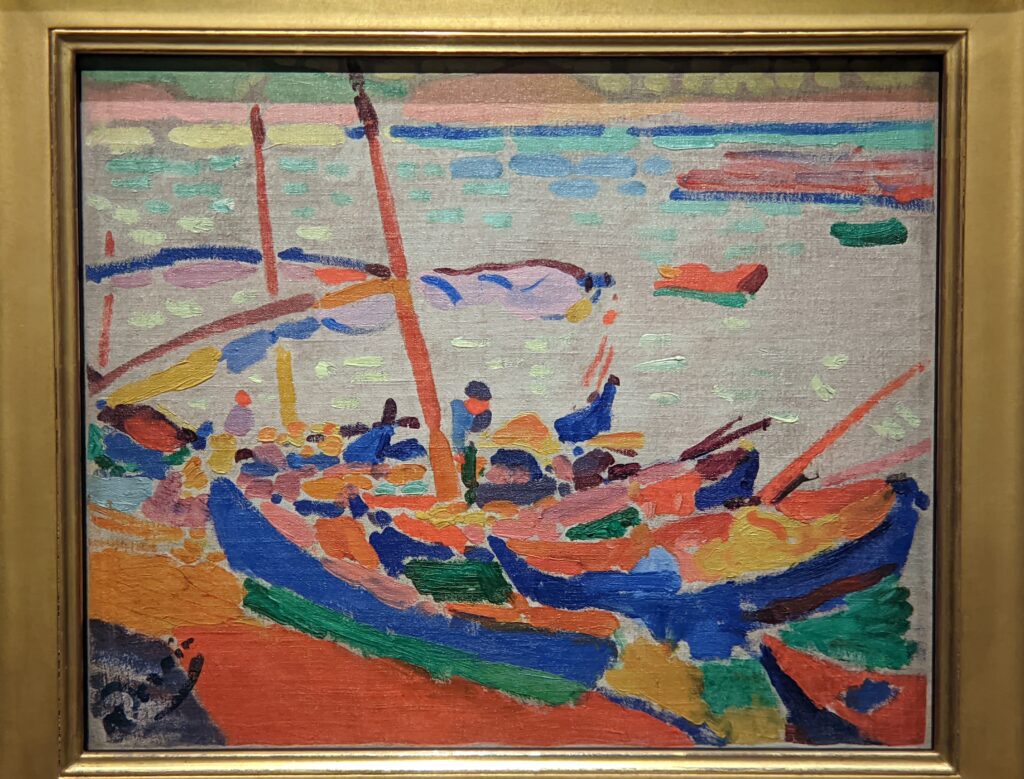
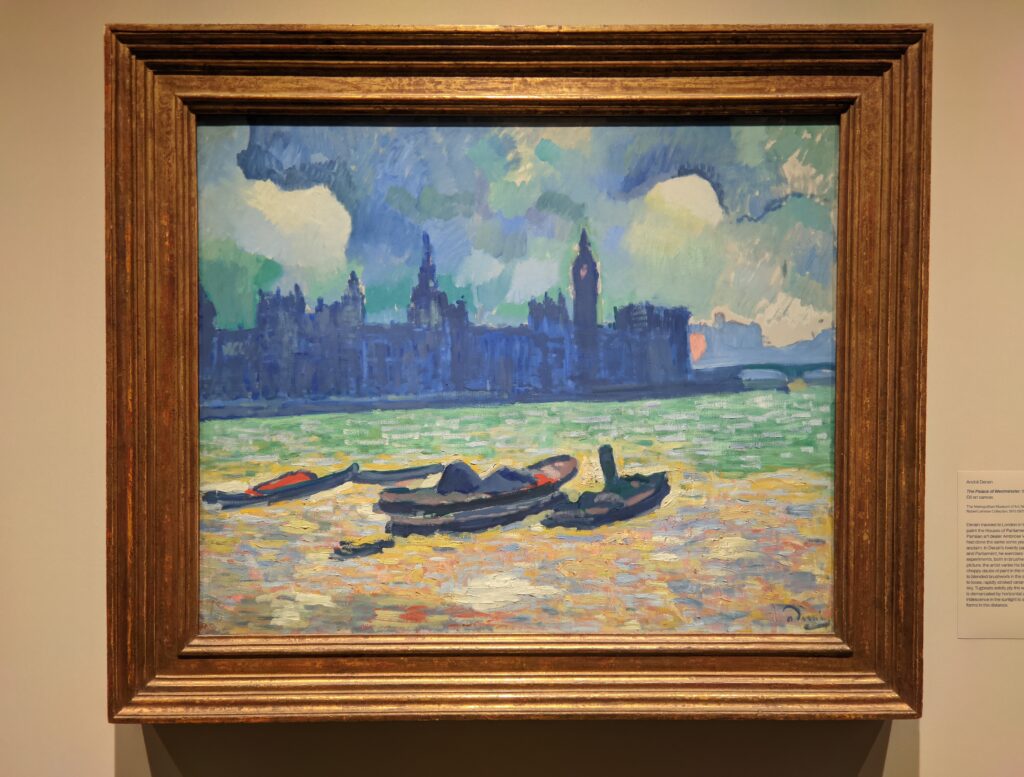
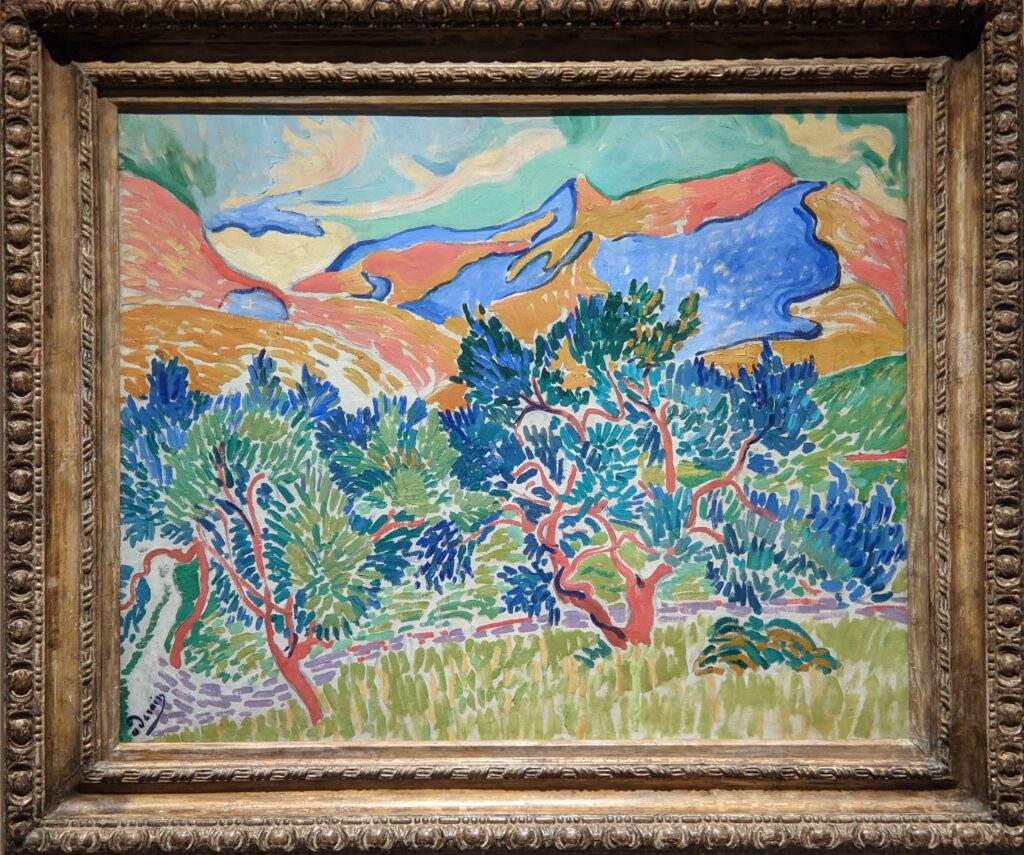
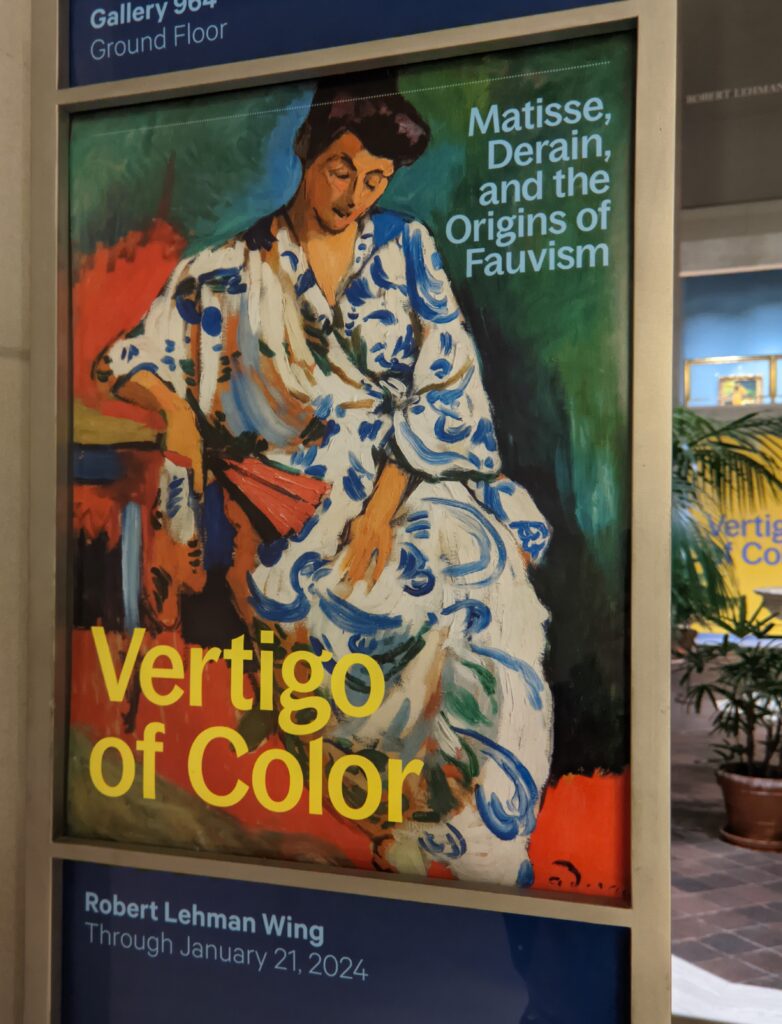

“Matisse, Derain & the Origins of Fauvism” Closed in January 2024 in New York City
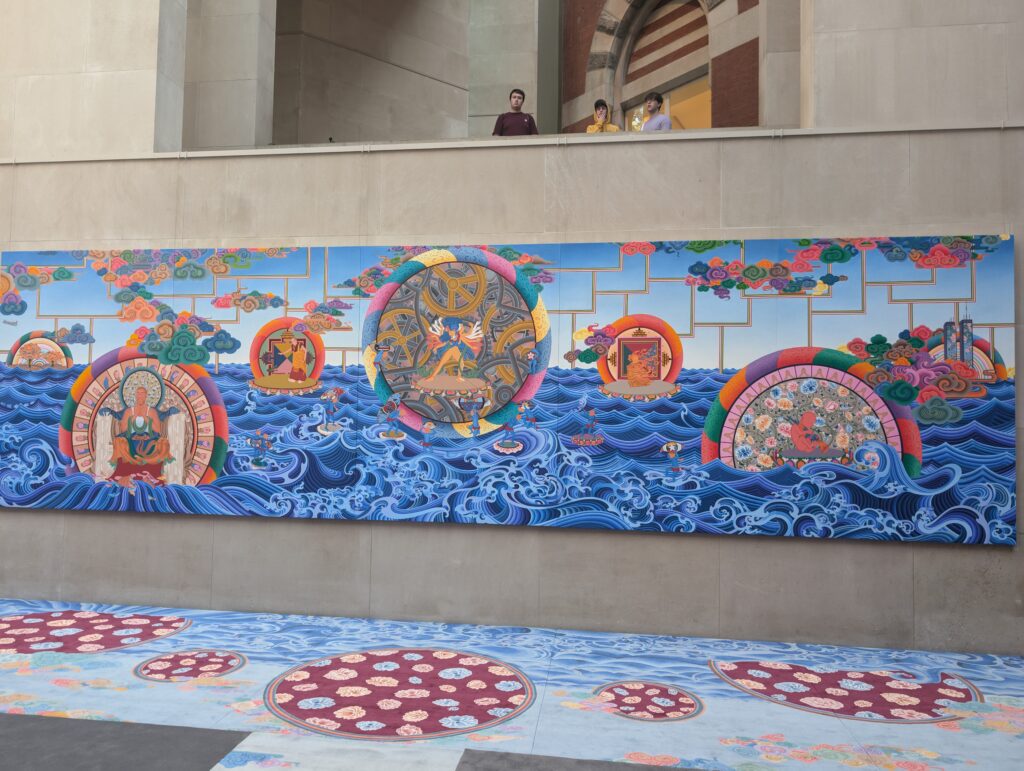
A Serene Space, Plus Masterpieces, in the Lehman Wing
The exhibits dedicated to Mandalas and Fauvism were presented in the Lehman Wing, one of the most serene areas inside the Met. The Lehman Wing possesses two levels of gallery space, and we encourage you to stop in to unwind and to view some of the fine pieces of art that are regularly on display, including Medieval art, and paintings by El Greco, Rembrandt, and Ingres (below).
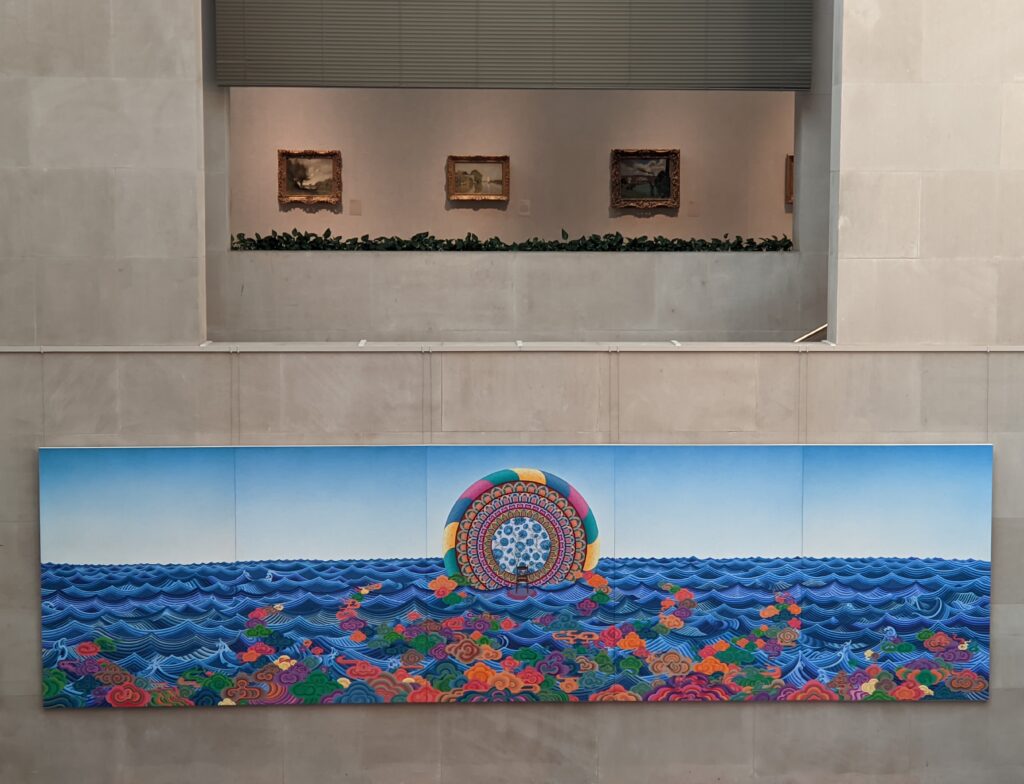
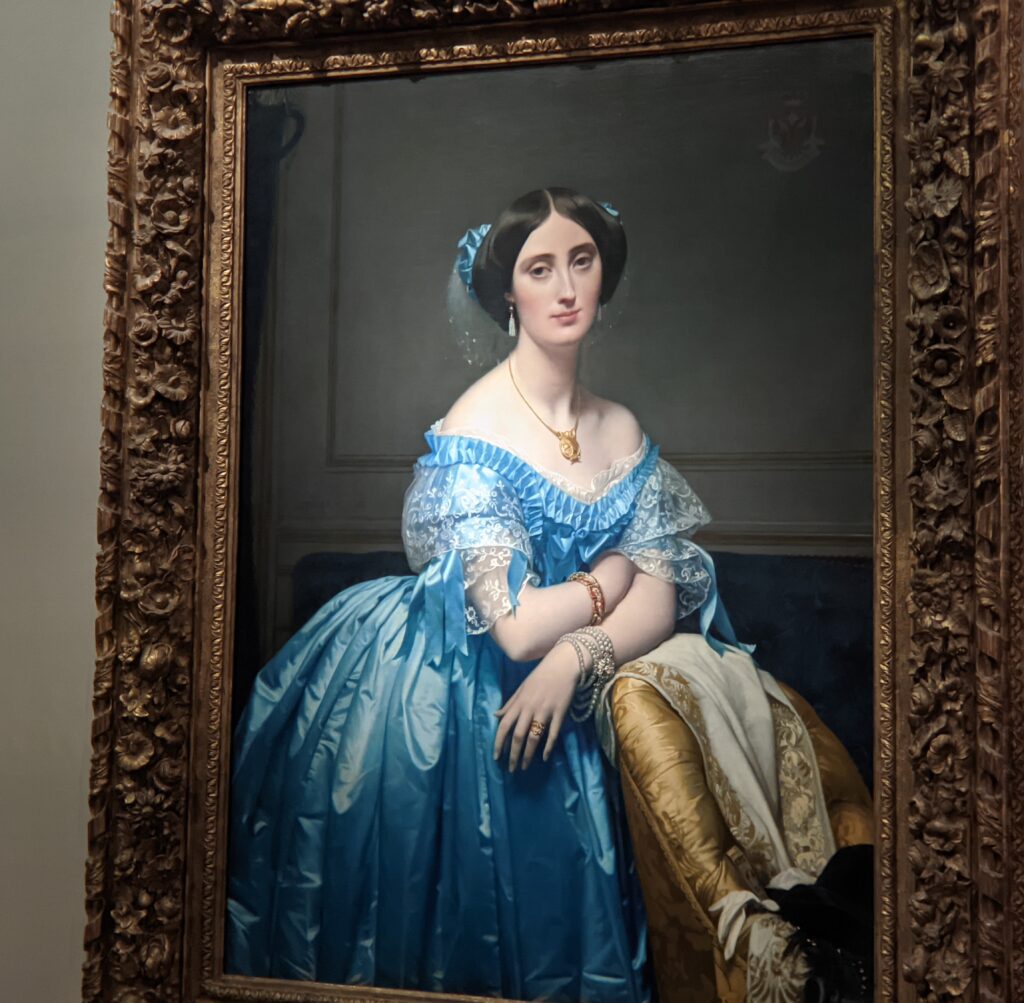
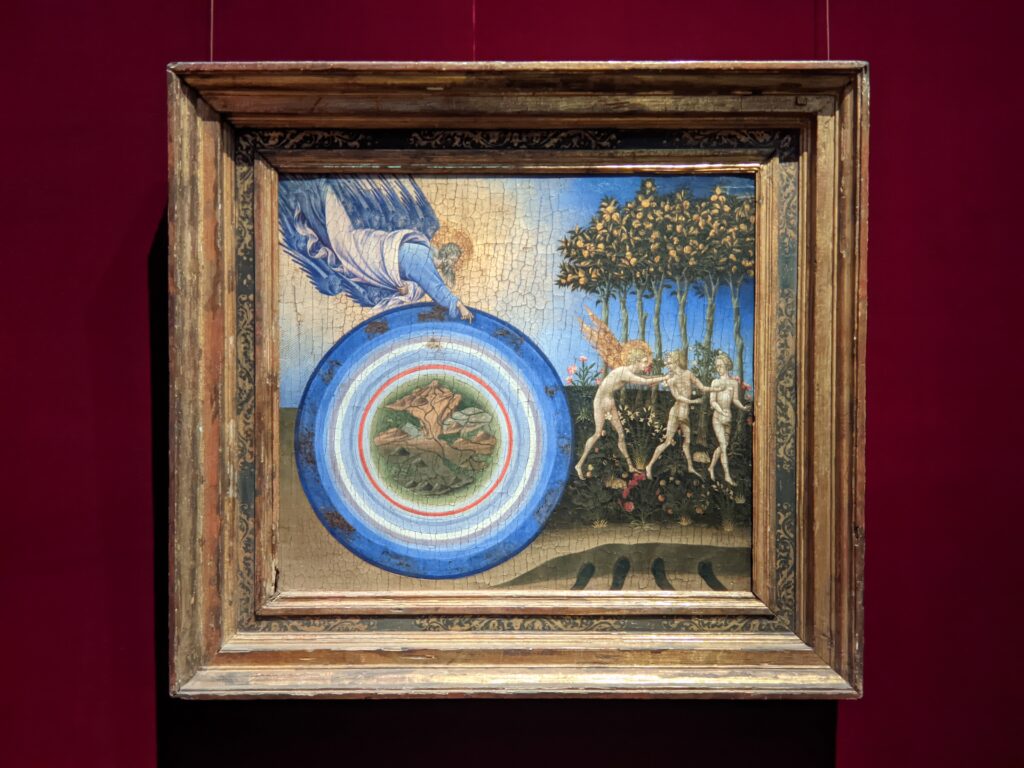
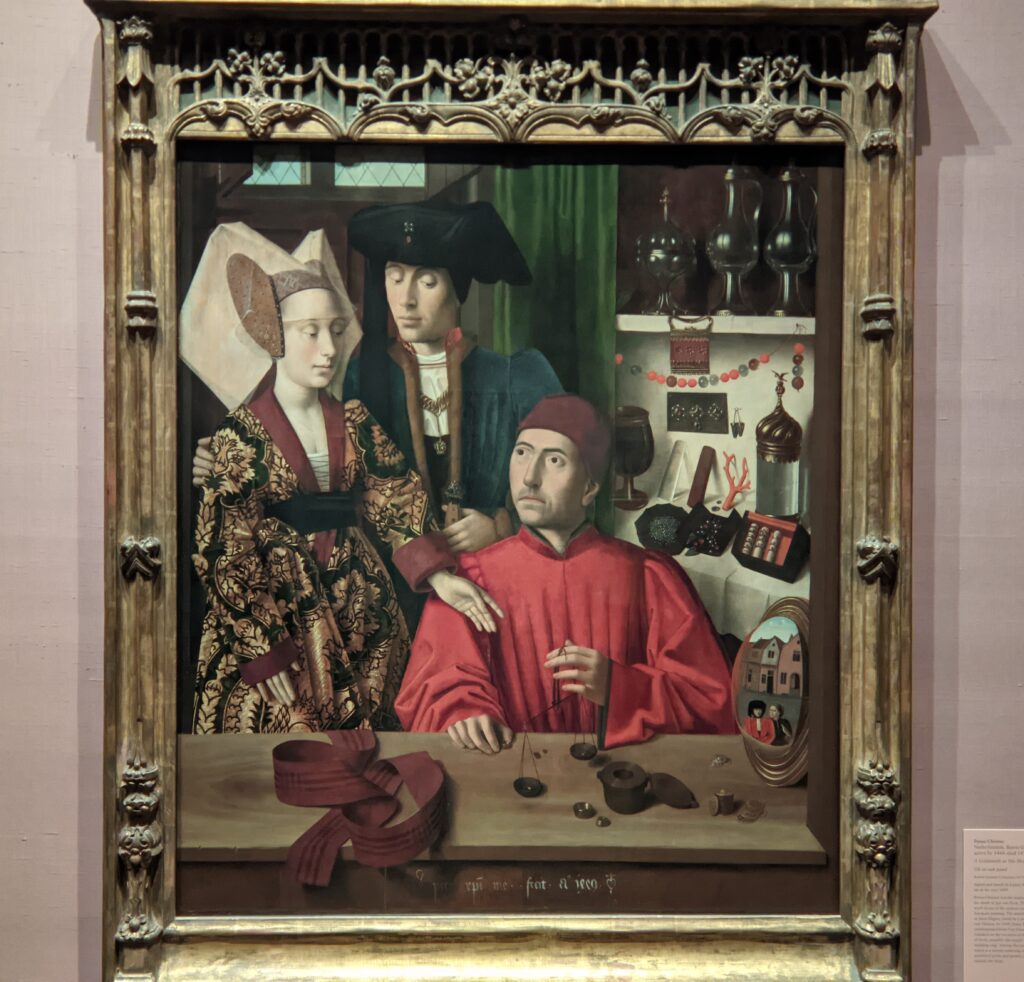
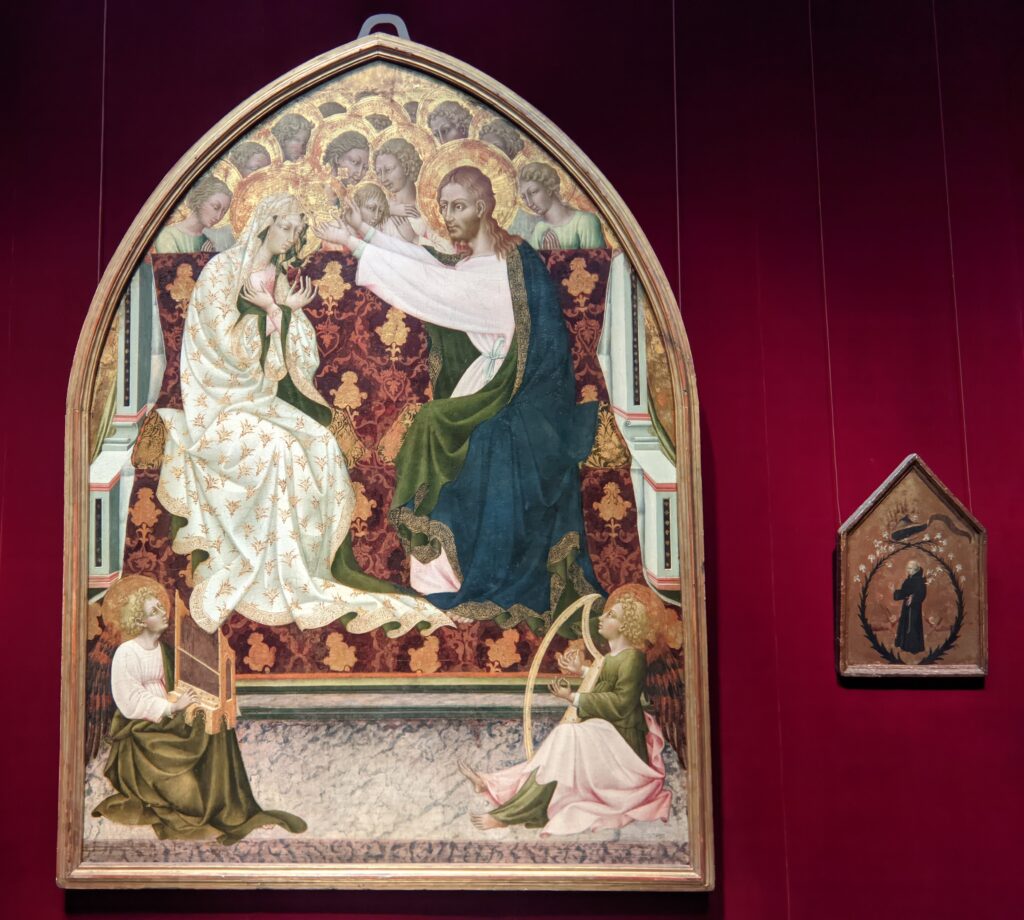
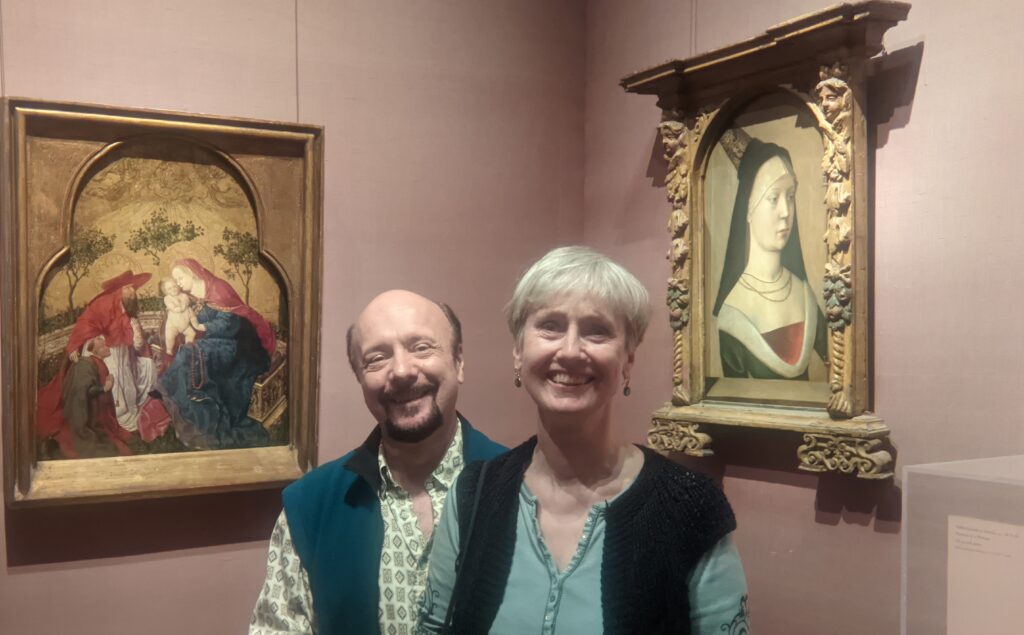
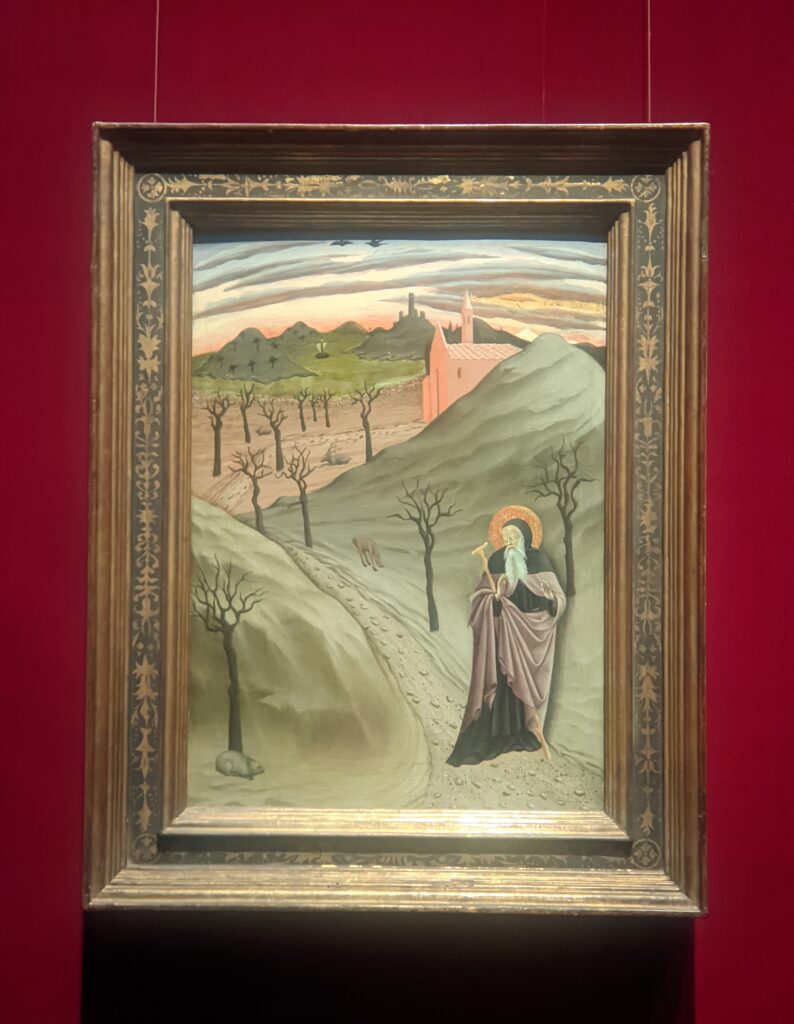
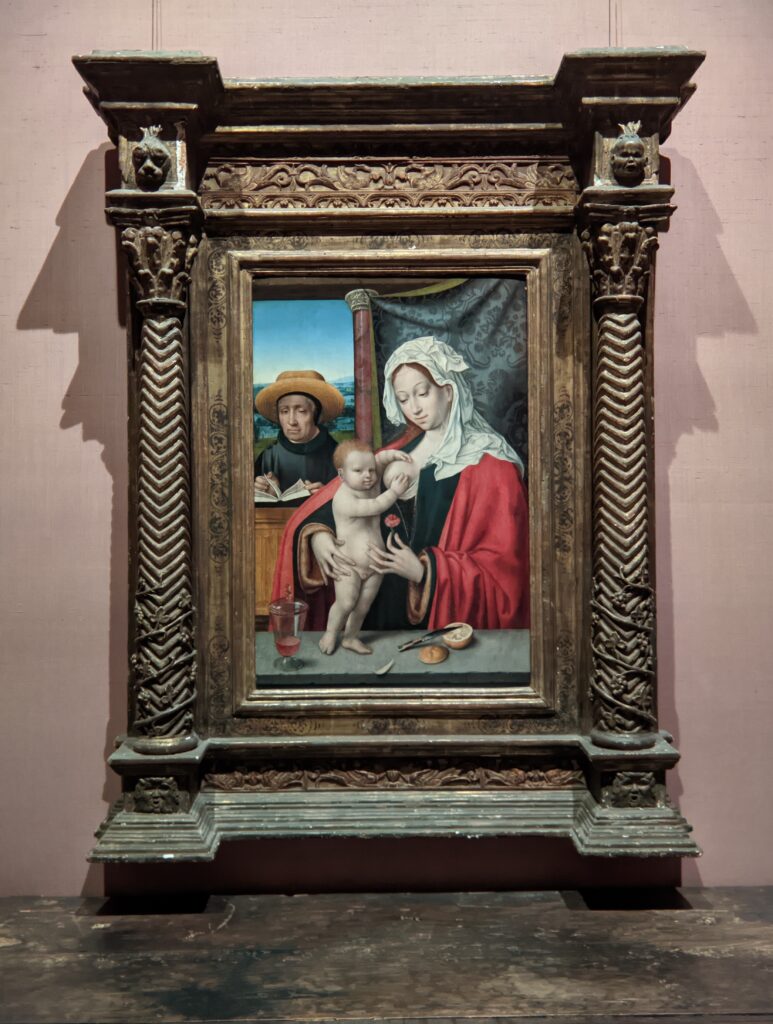
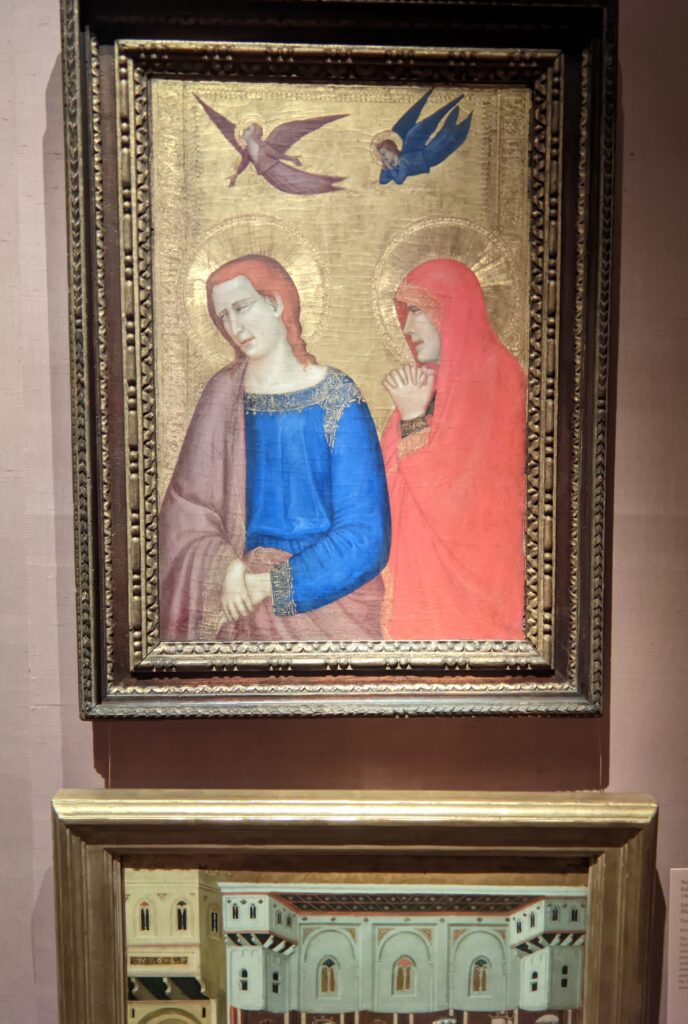
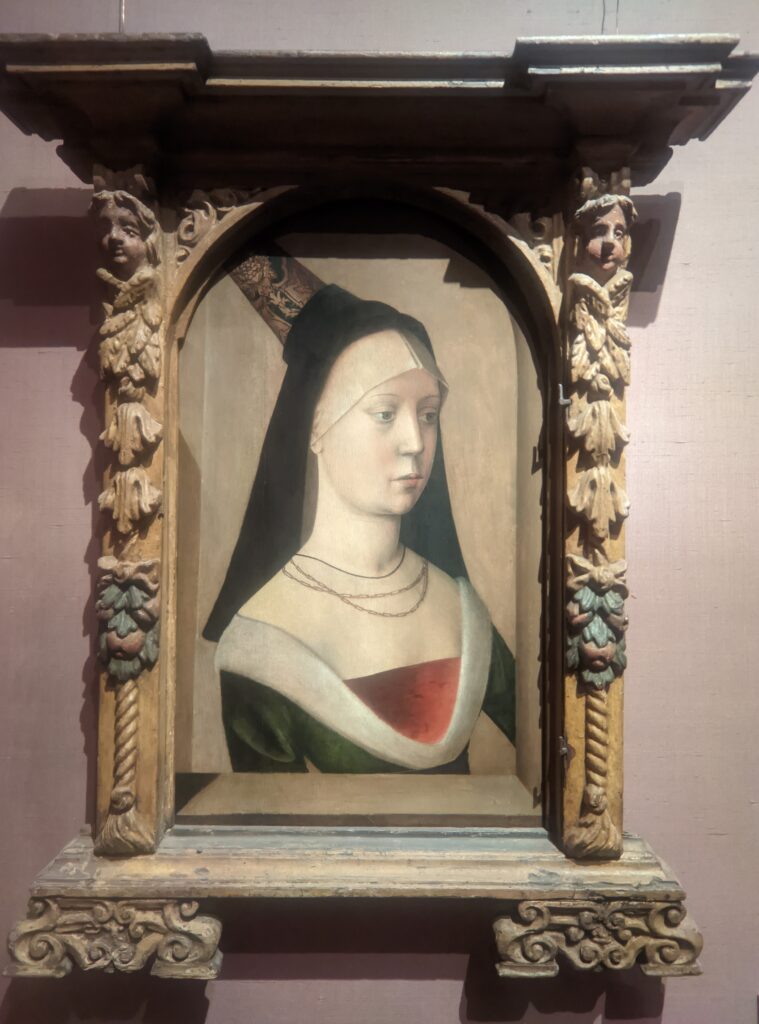
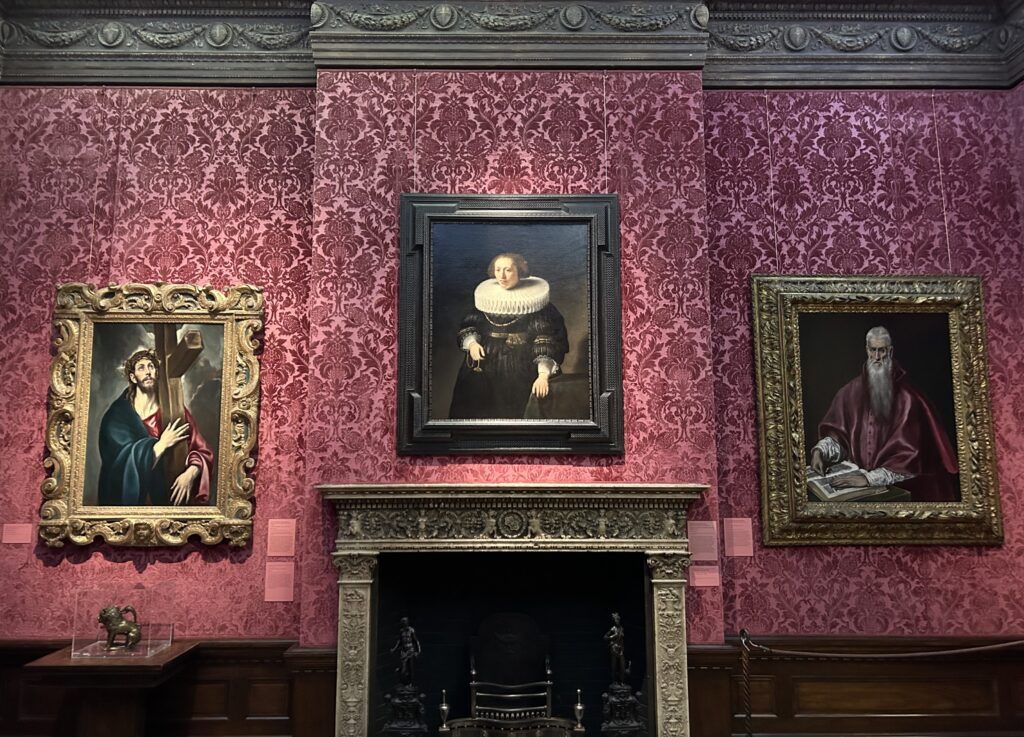
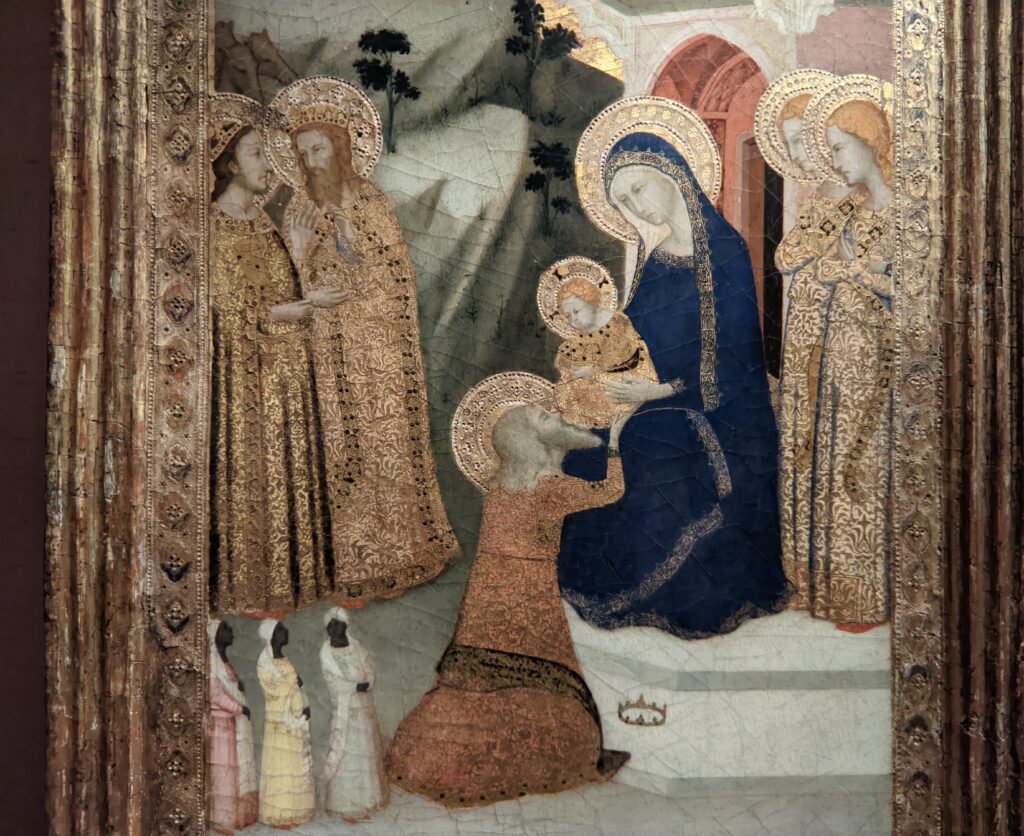
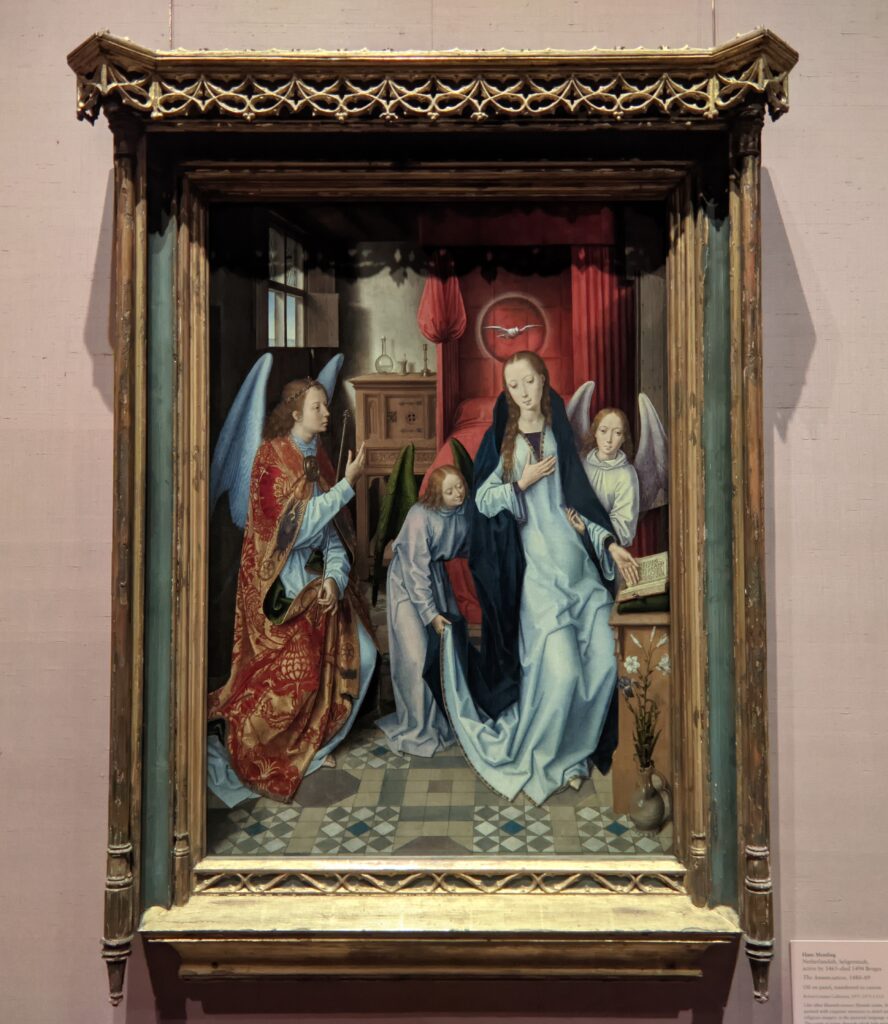
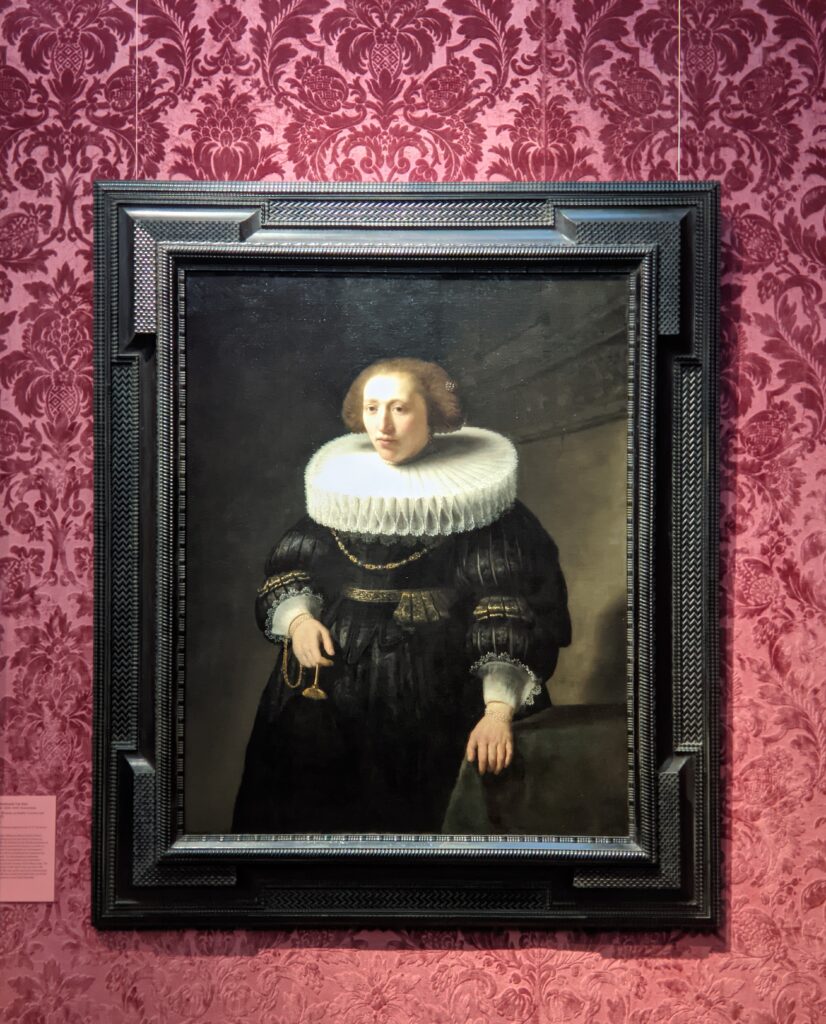
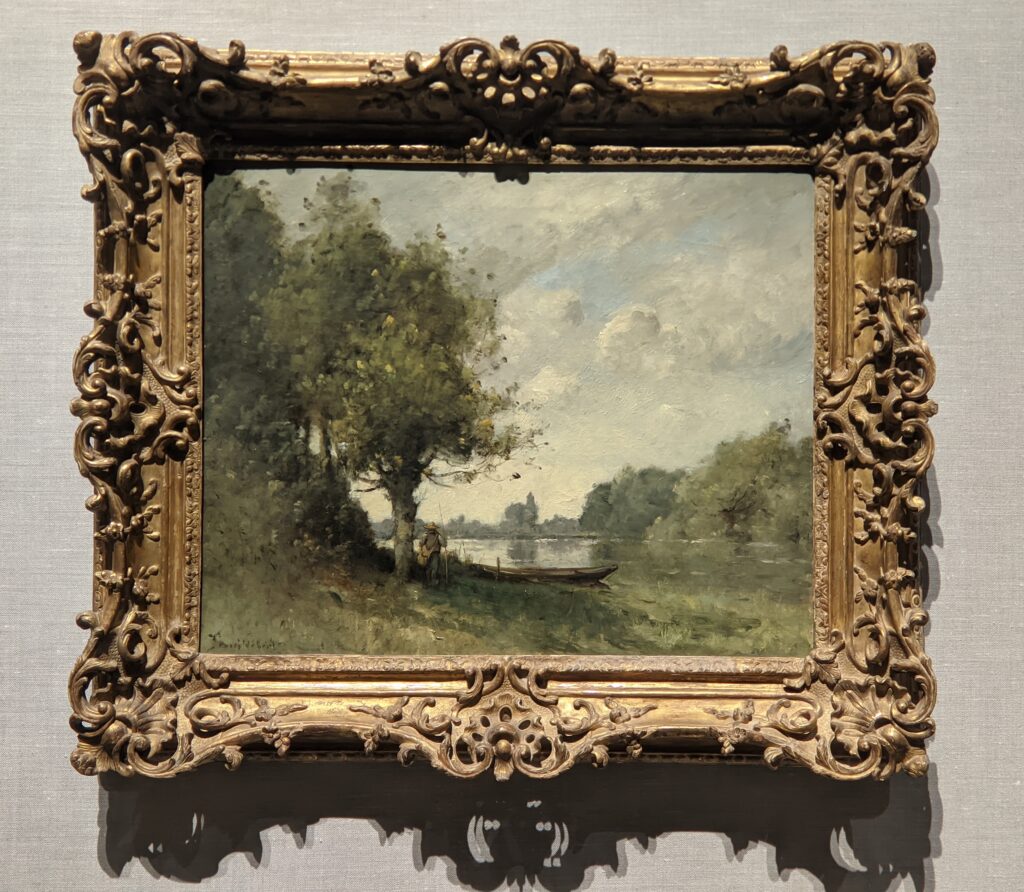
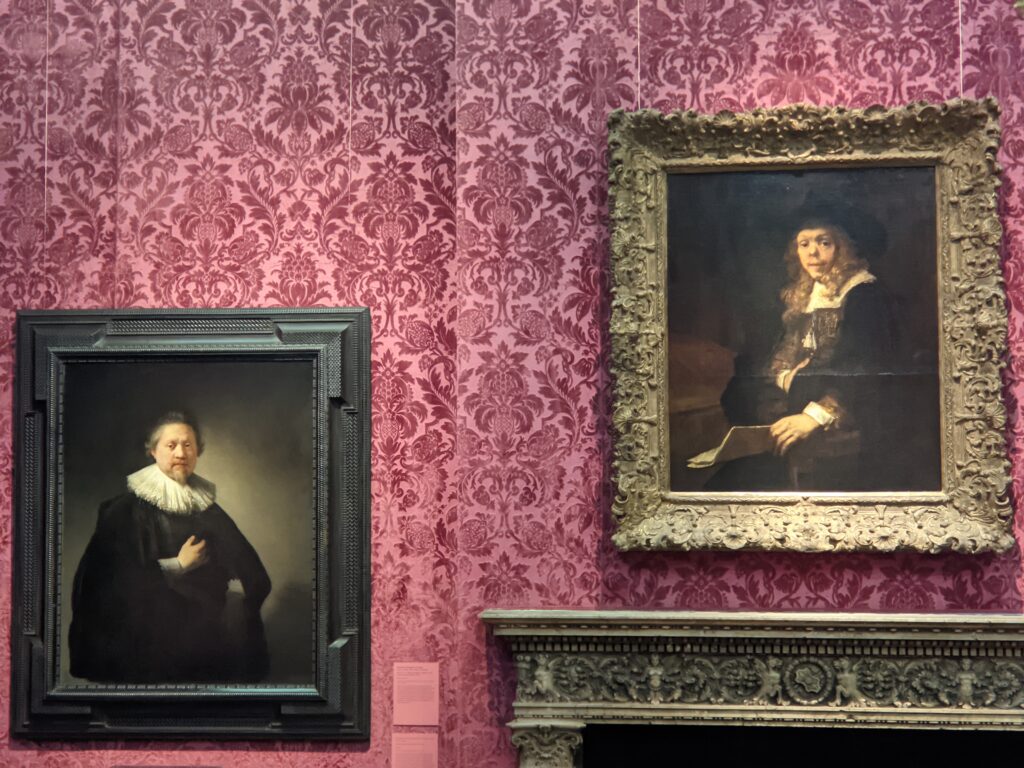
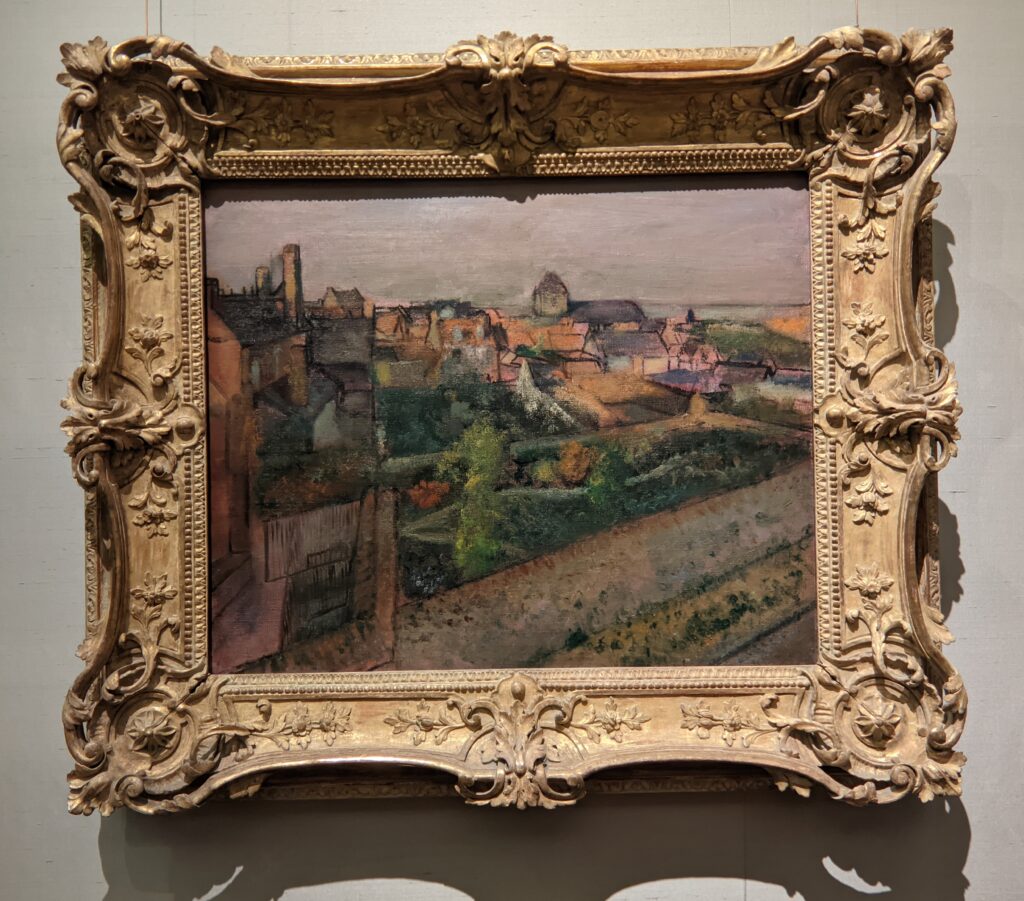
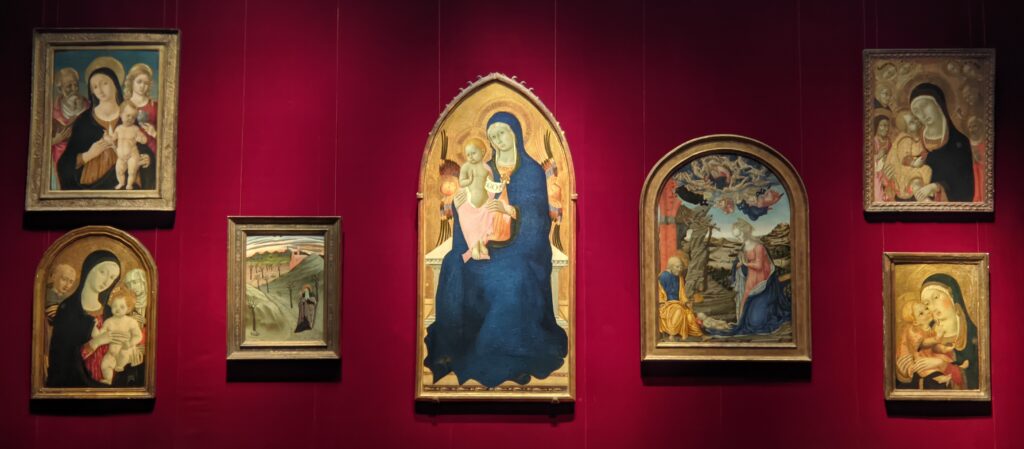
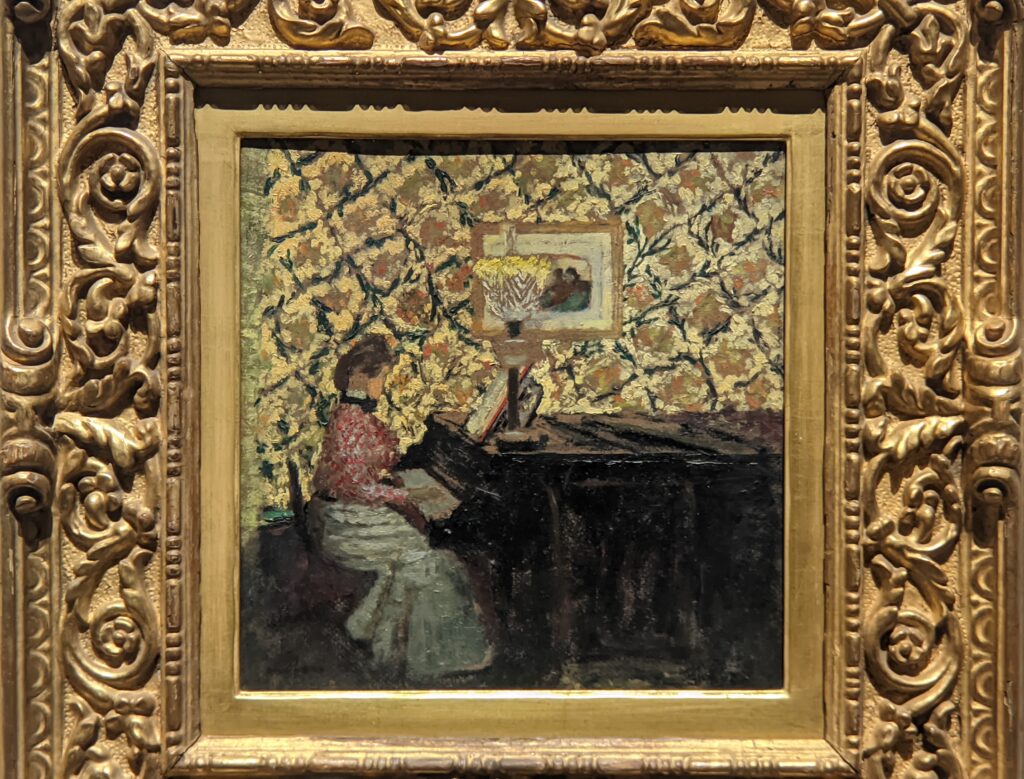
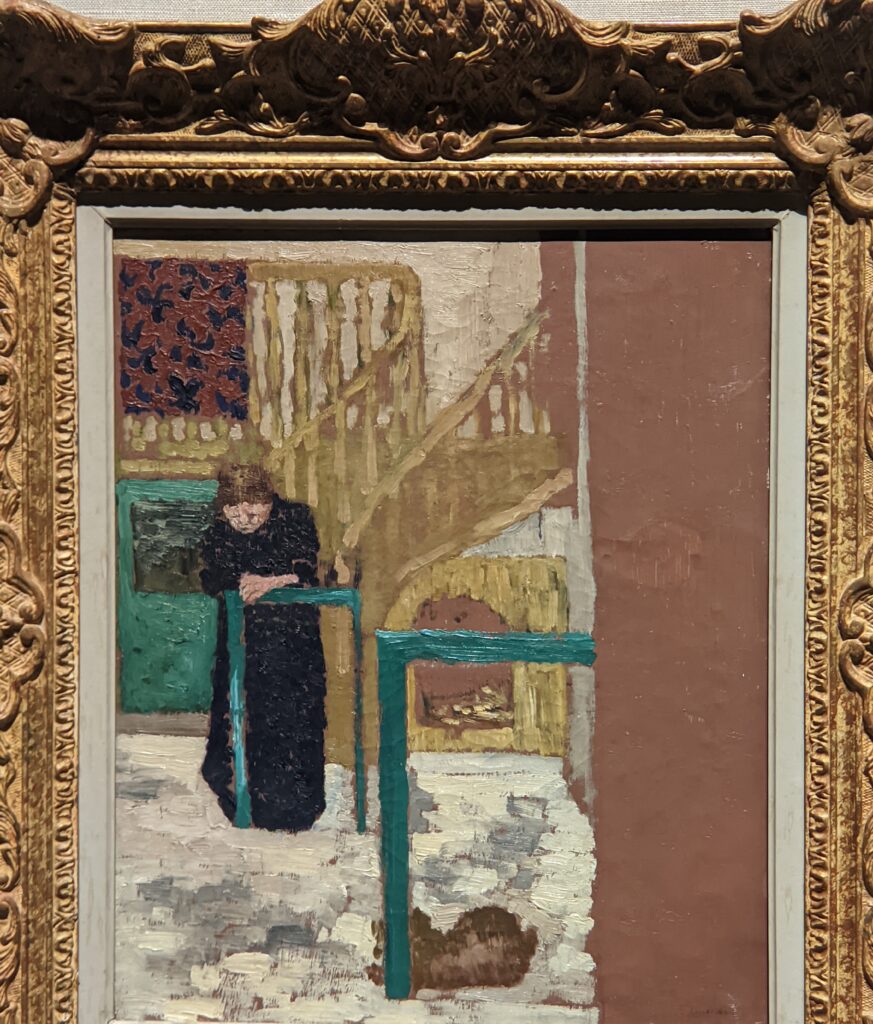
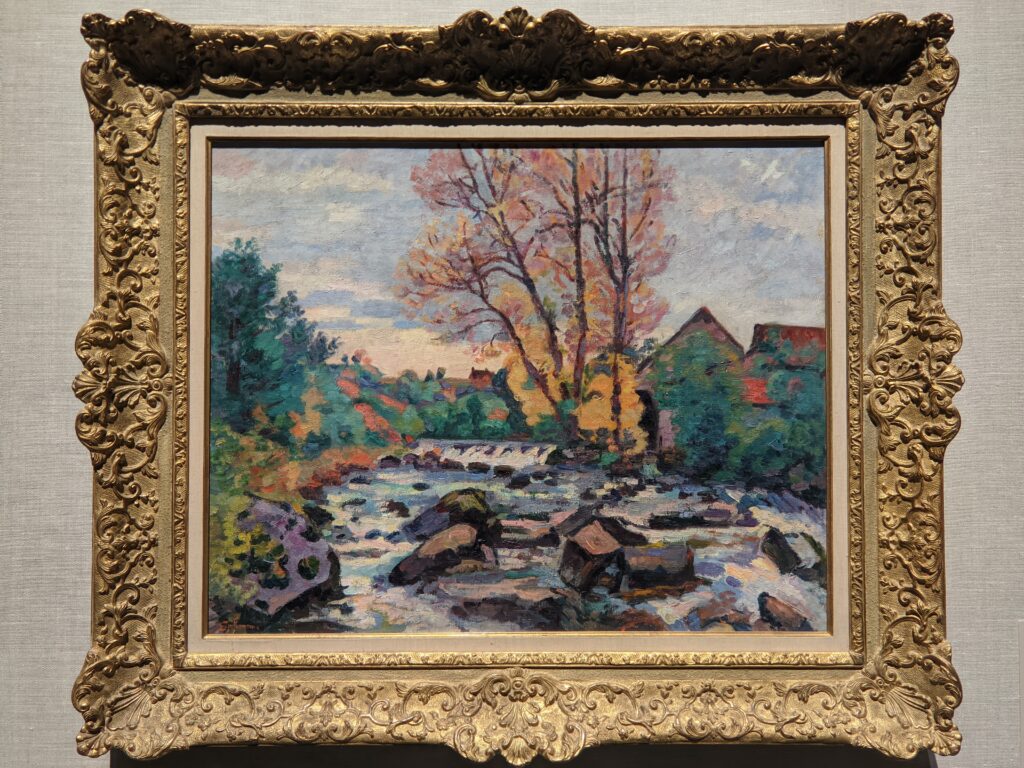
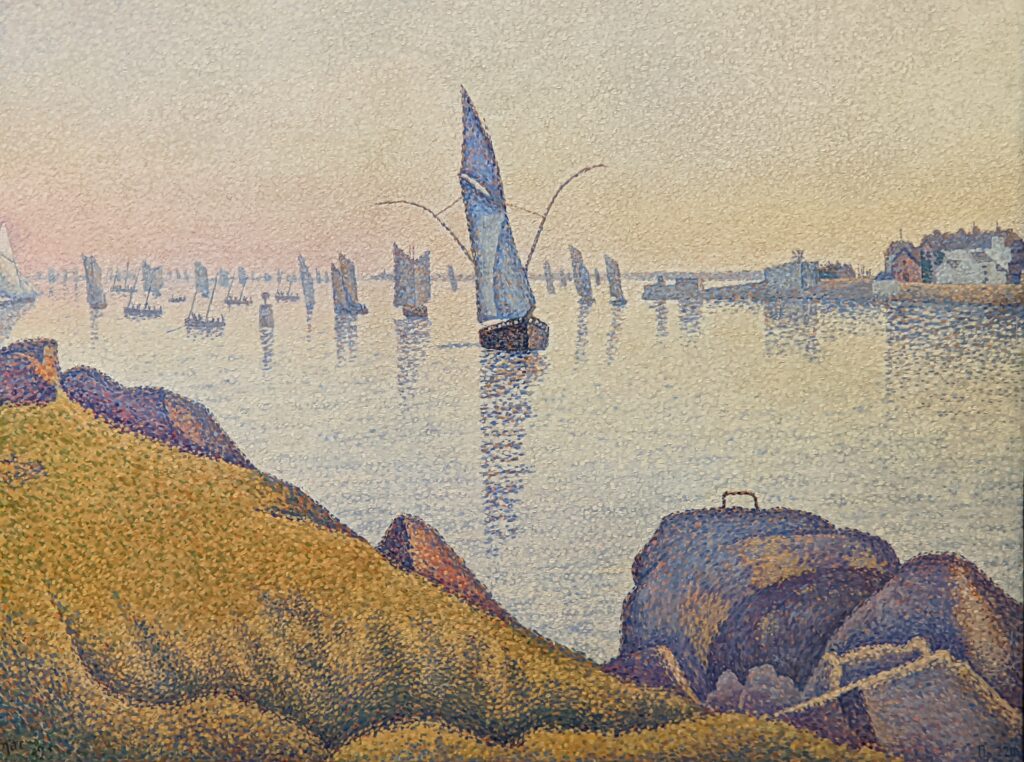
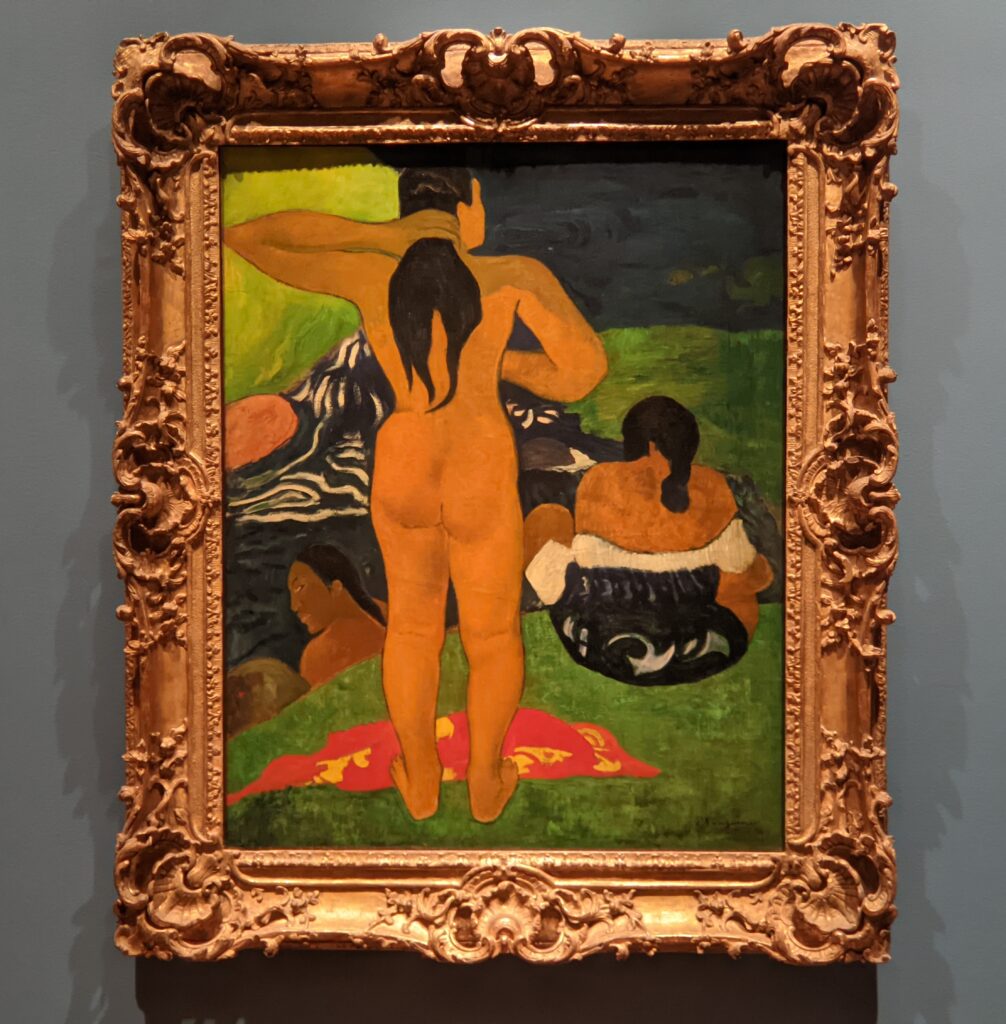
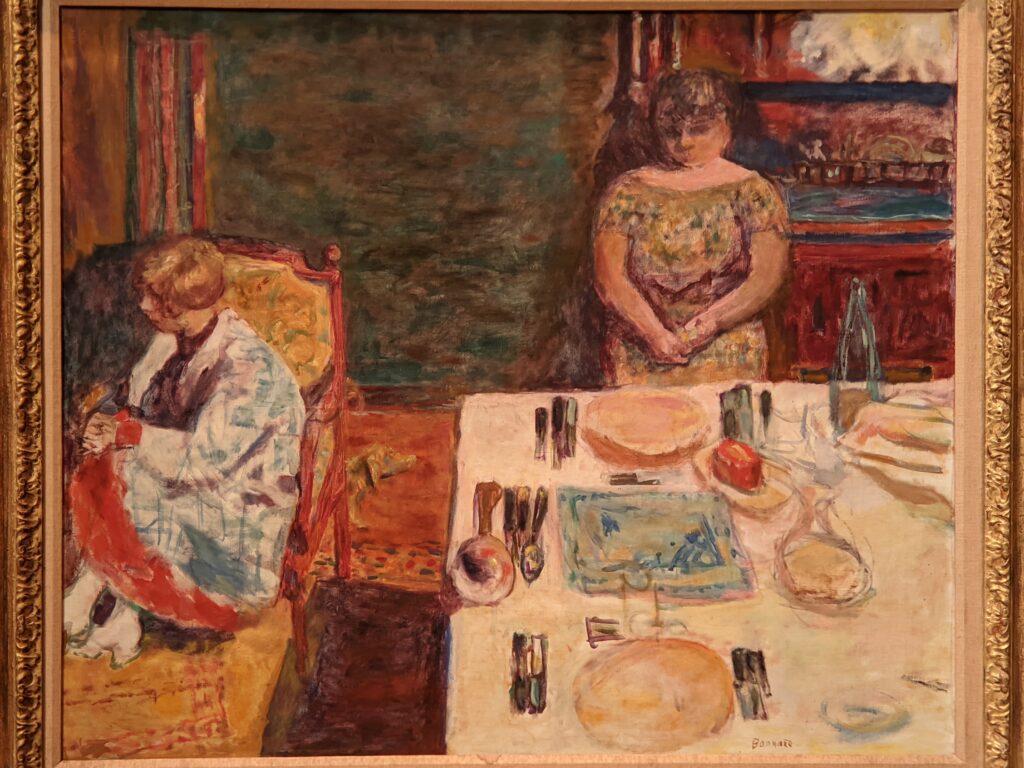
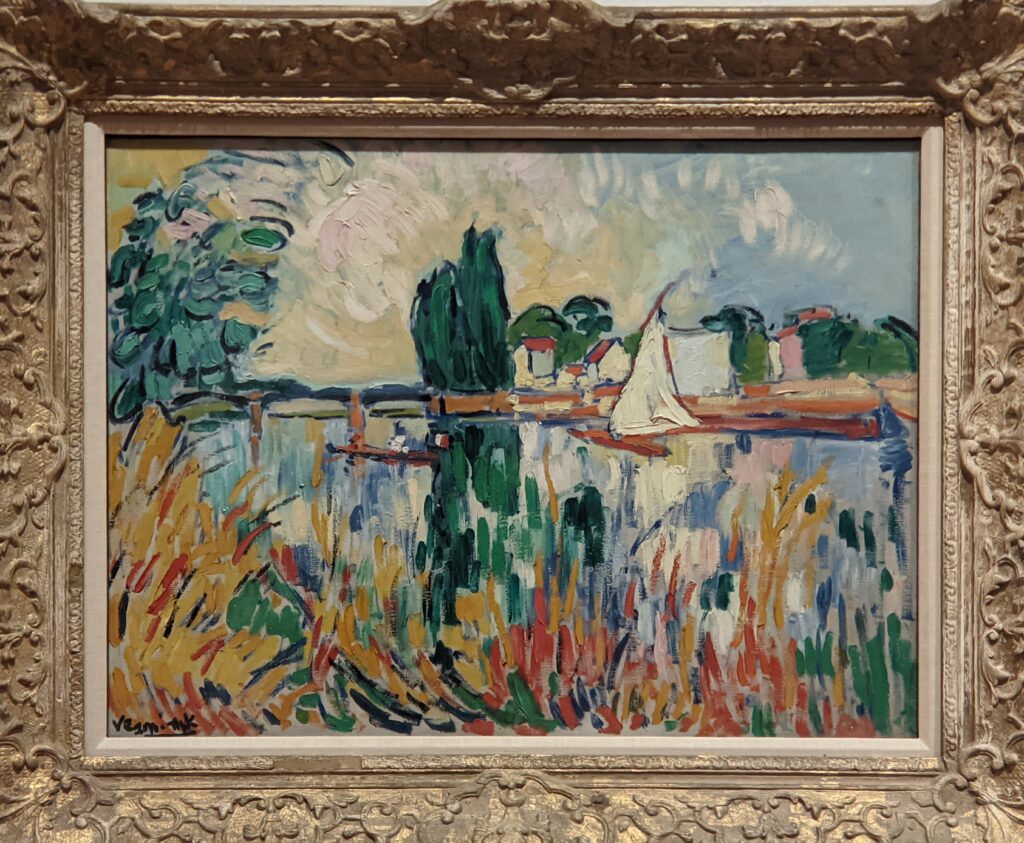
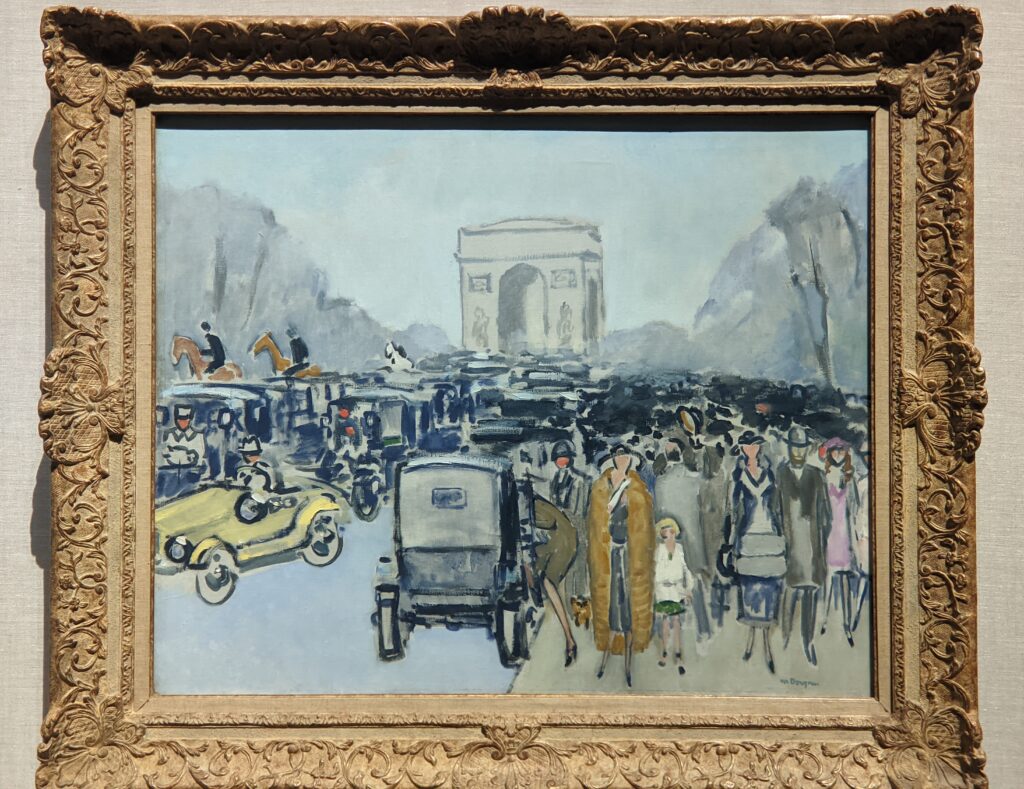
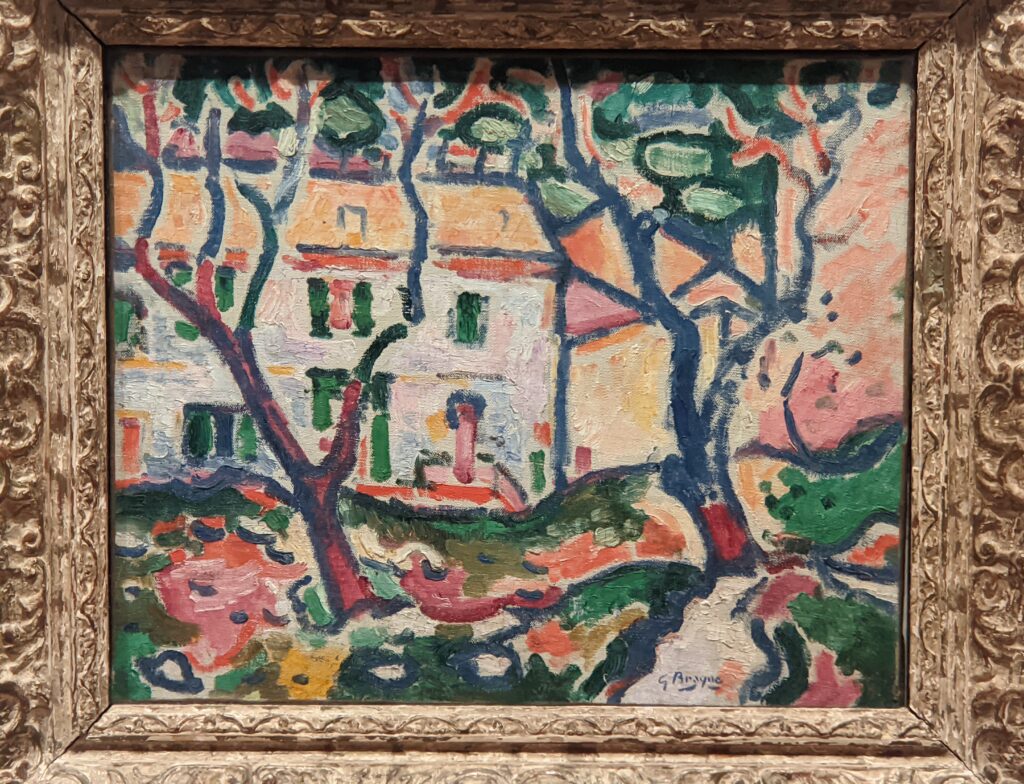
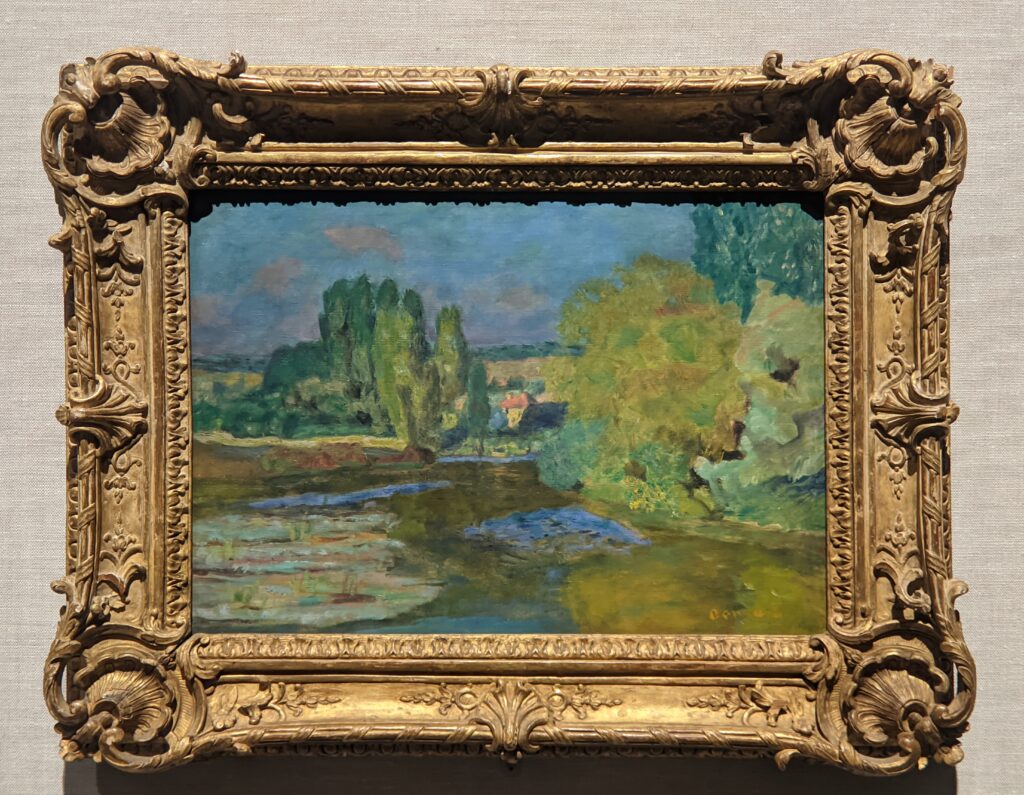
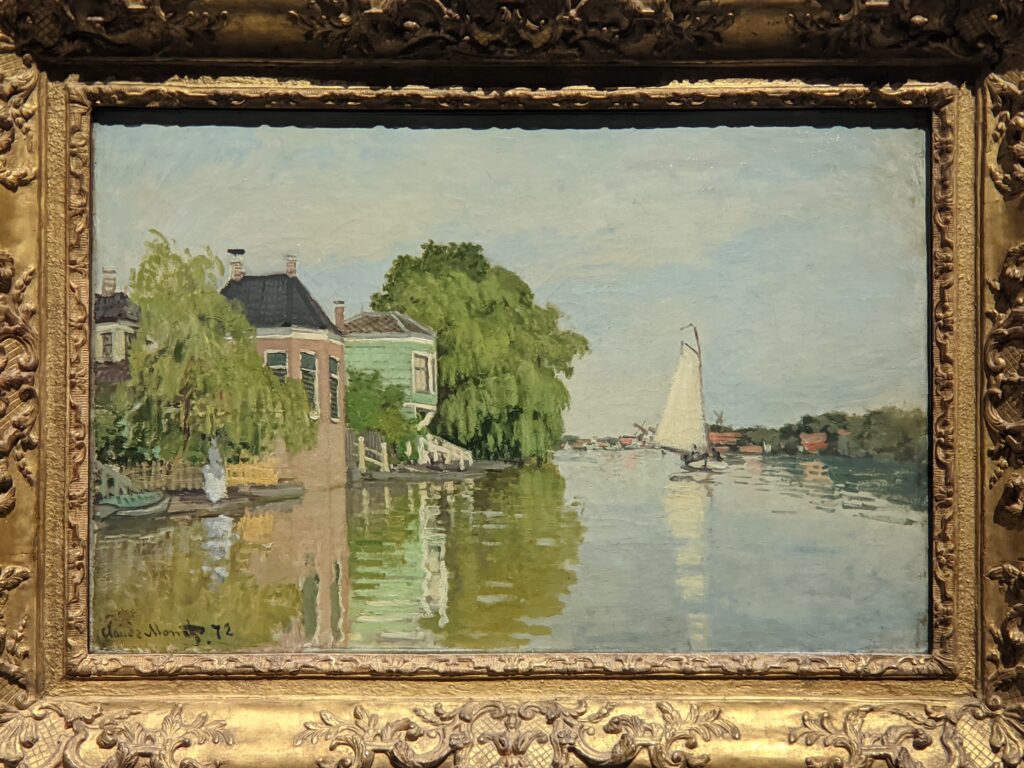
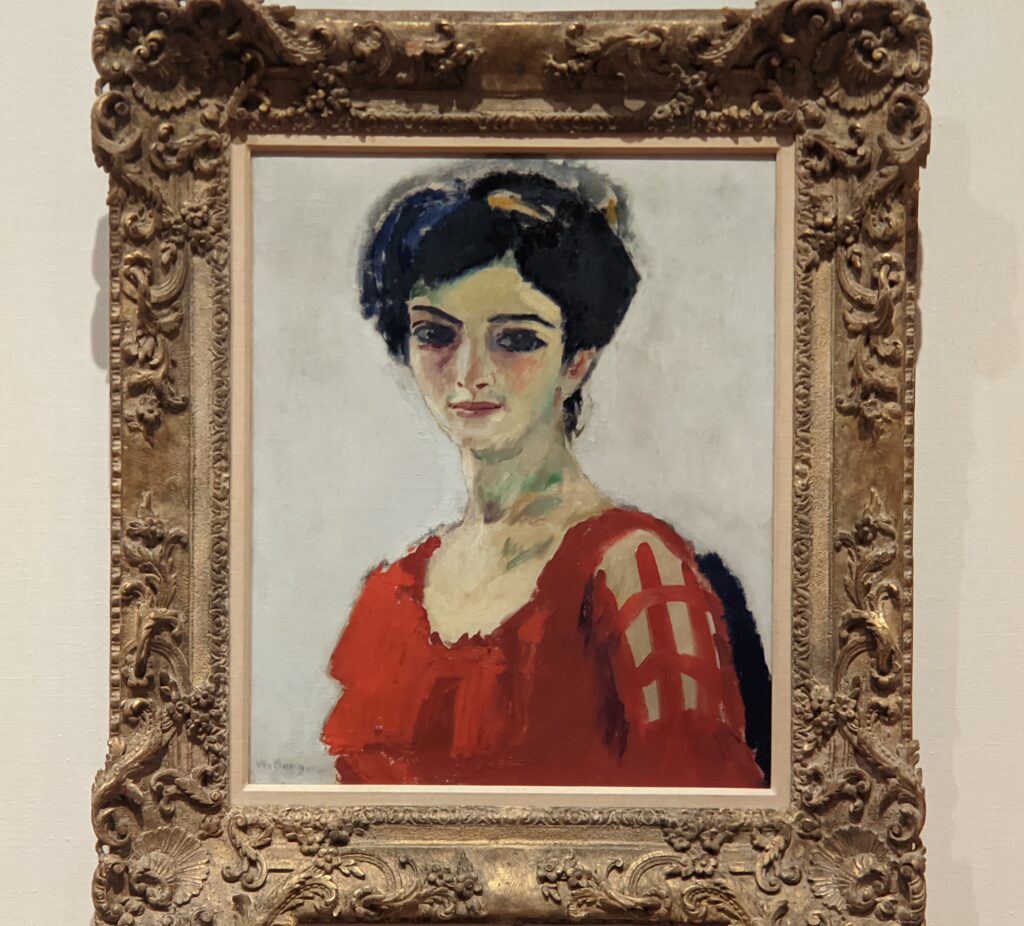
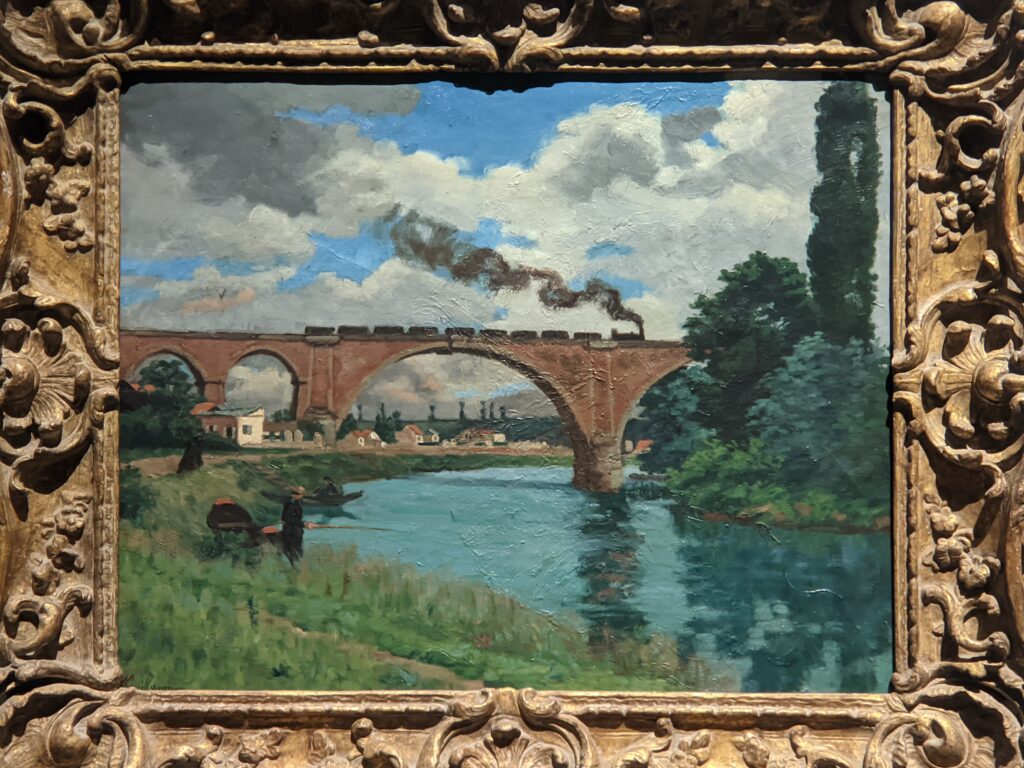
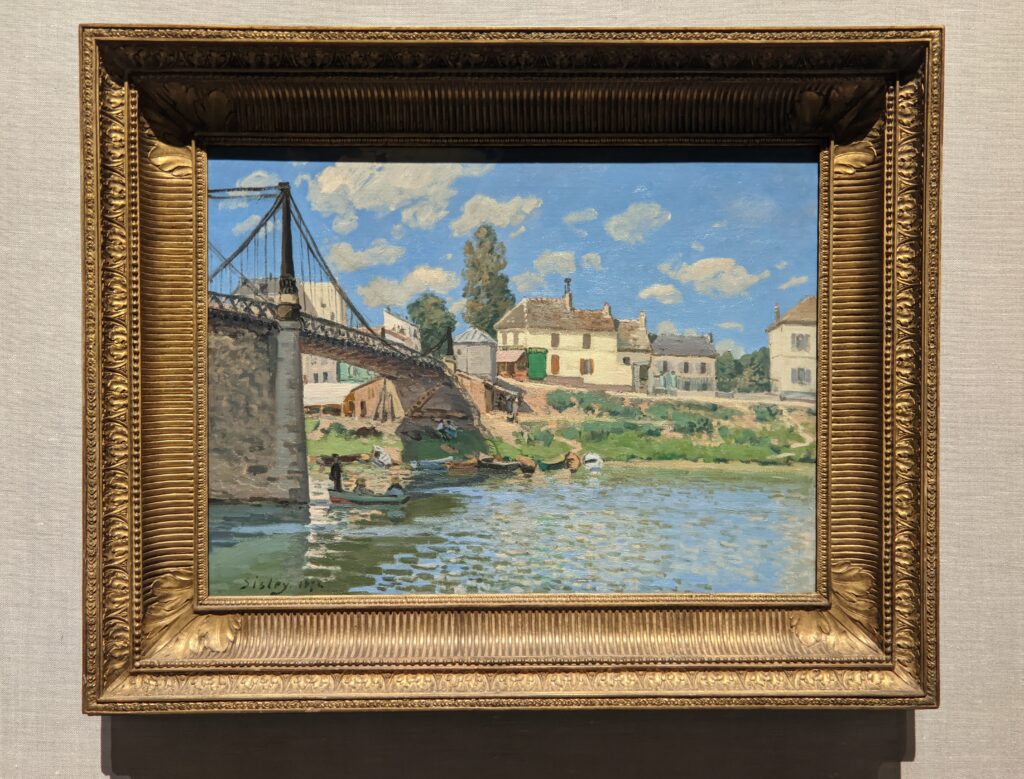
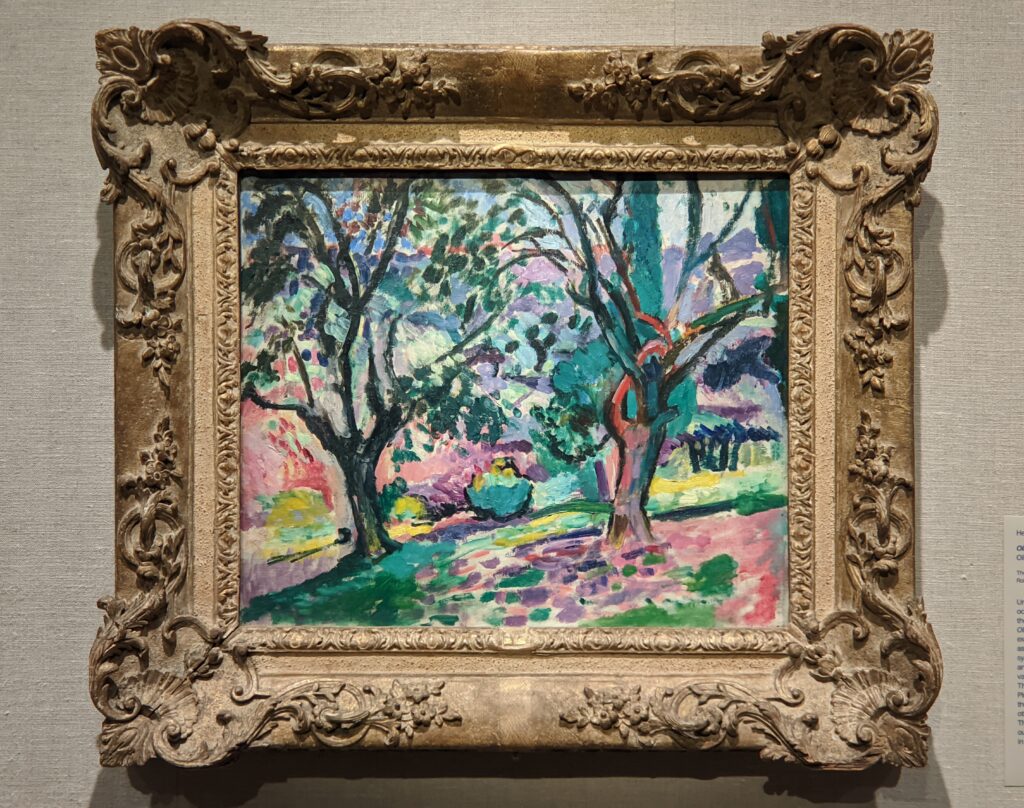
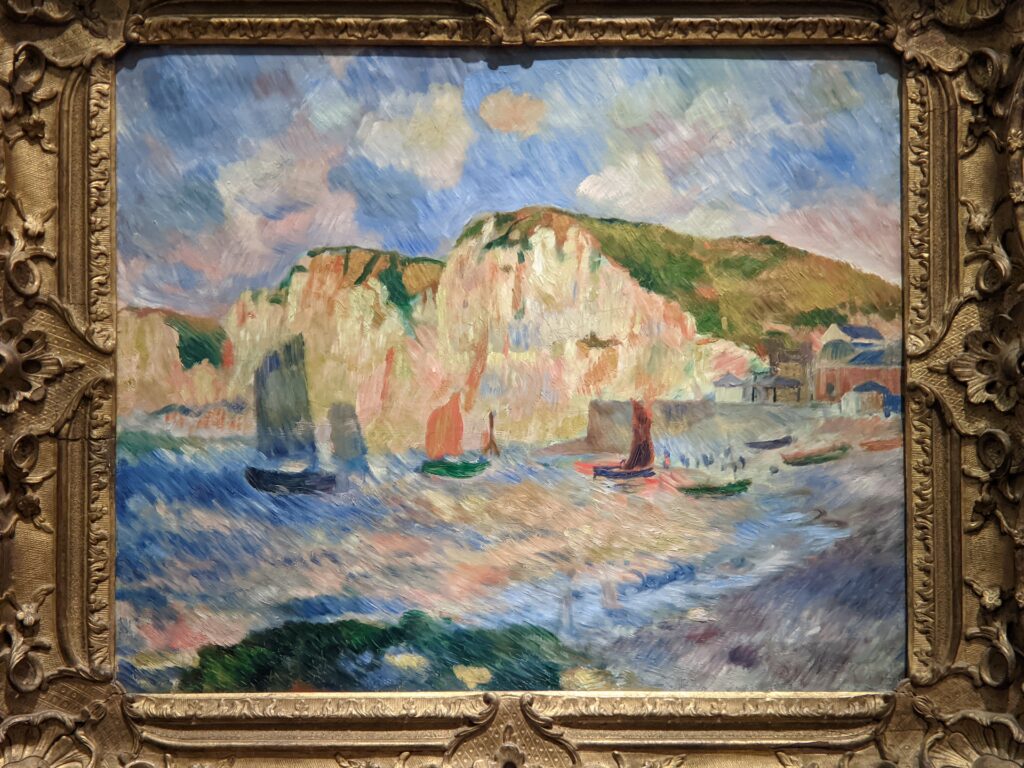
The New British Galleries
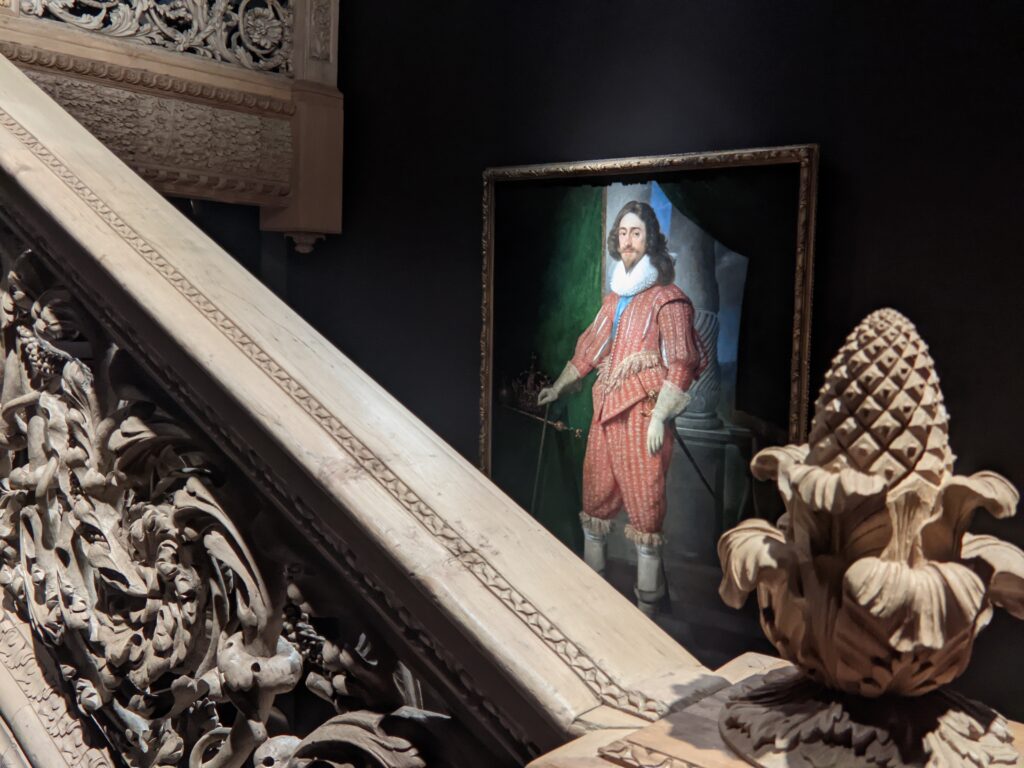
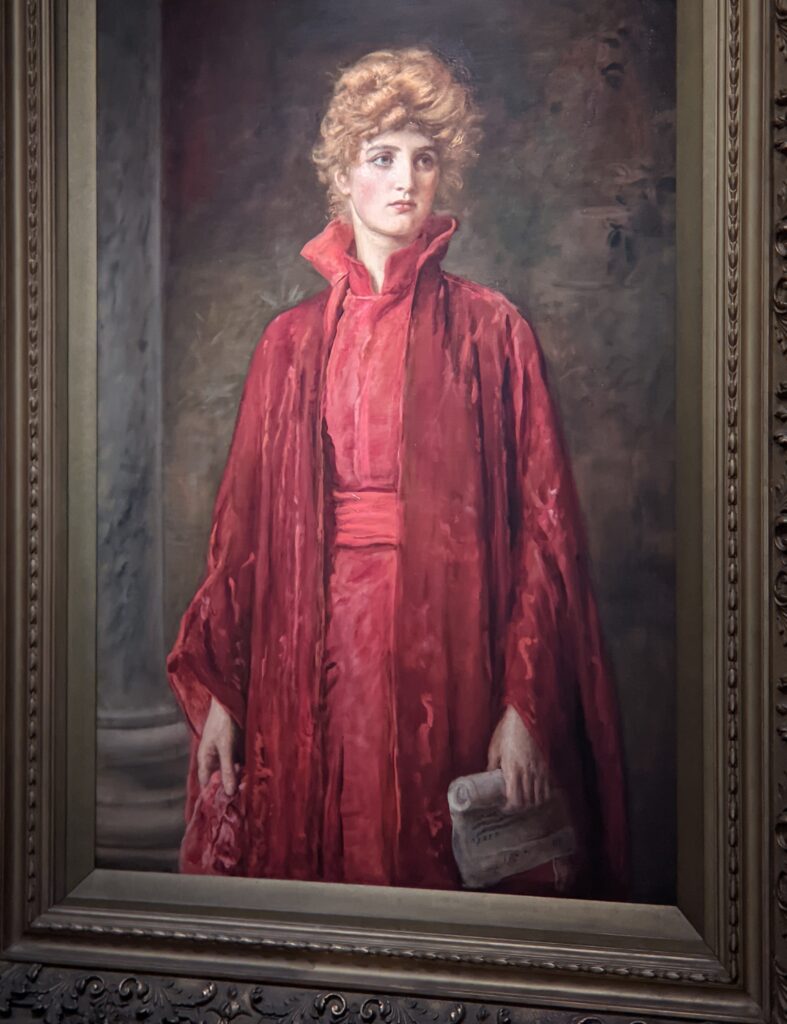
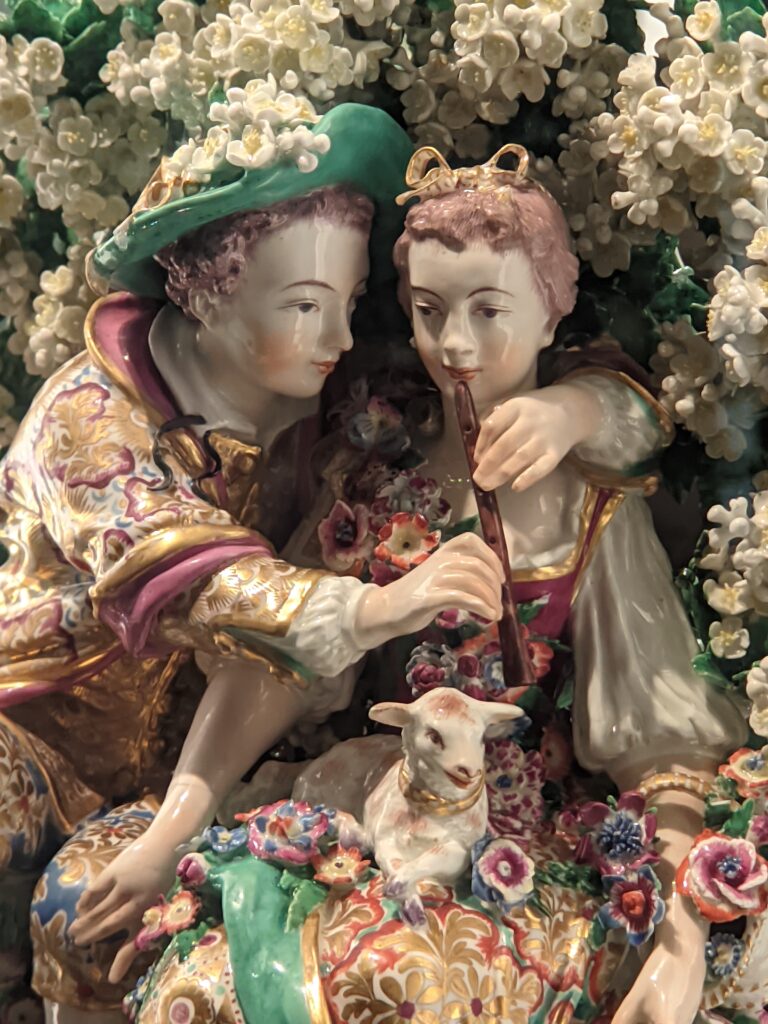
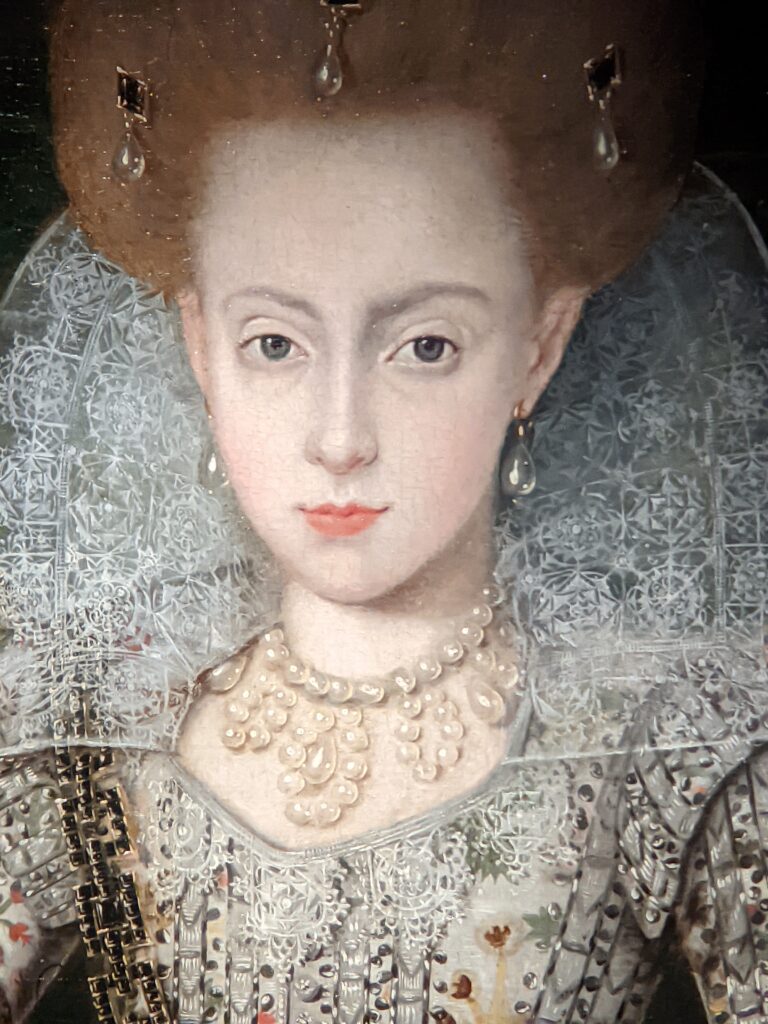
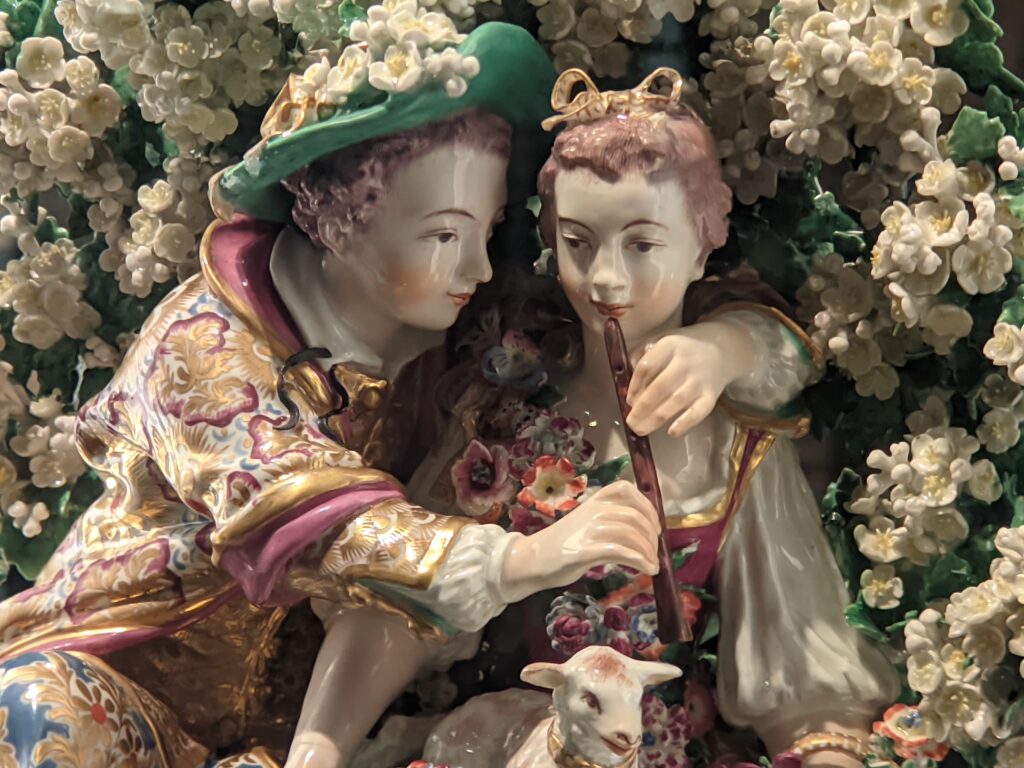
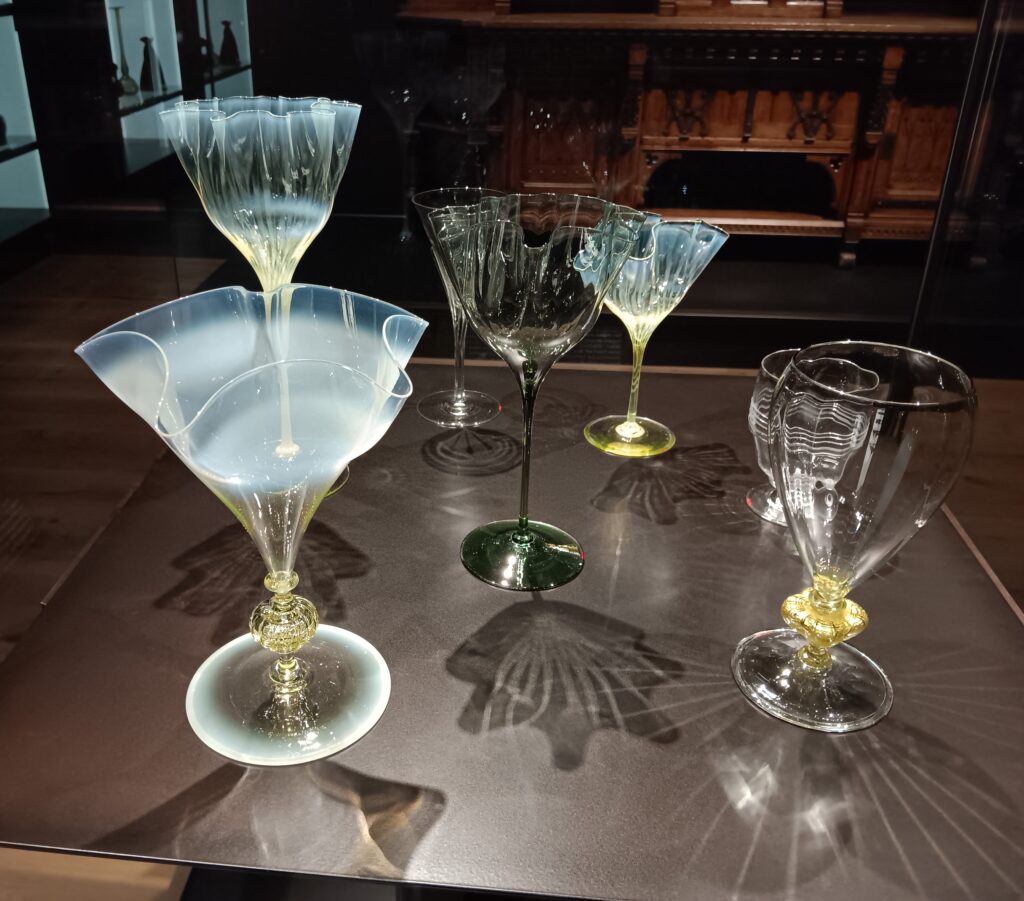
Exhibits Presented in New York City During 2023
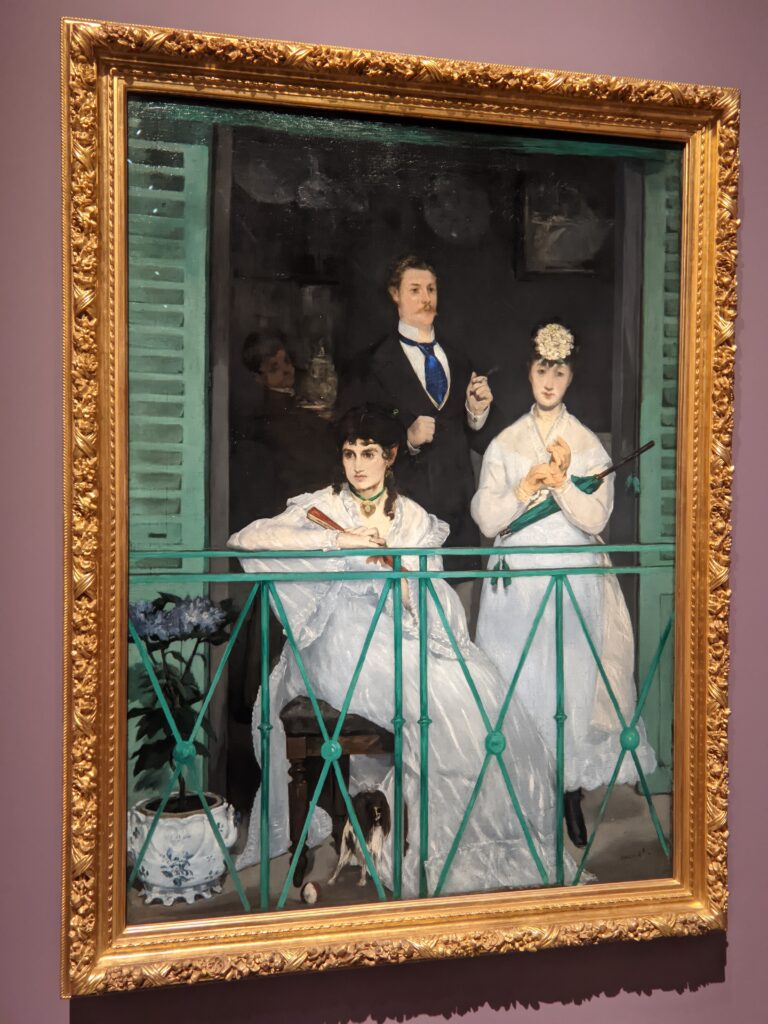
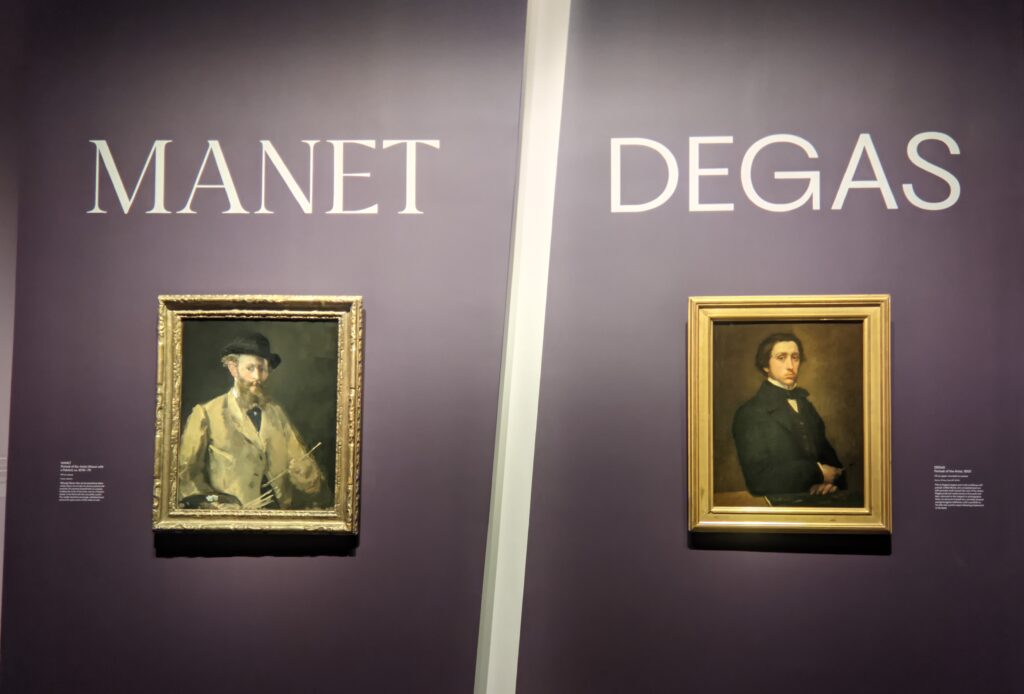
A blockbuster exhibit on view at the Met in New York City in 2023-2024 was entitled “MANET / DEGAS,” a collaborative effort with the Musée d’Orsay.
The Manet / Degas show highlighted two significant (and contrasting) contributors to the “new” style of painting explored in Paris between the 1860s and 1880s. It was displayed at the Musée d’Orsay during the summer of 2023 before traveling to New York City.
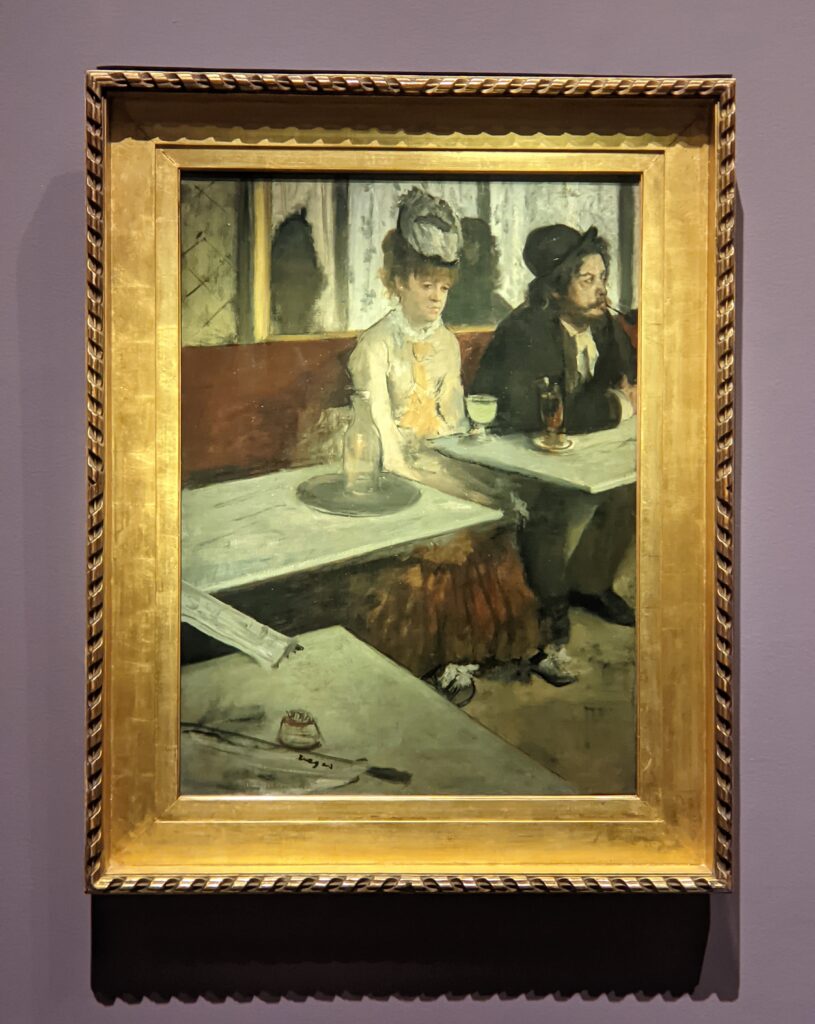
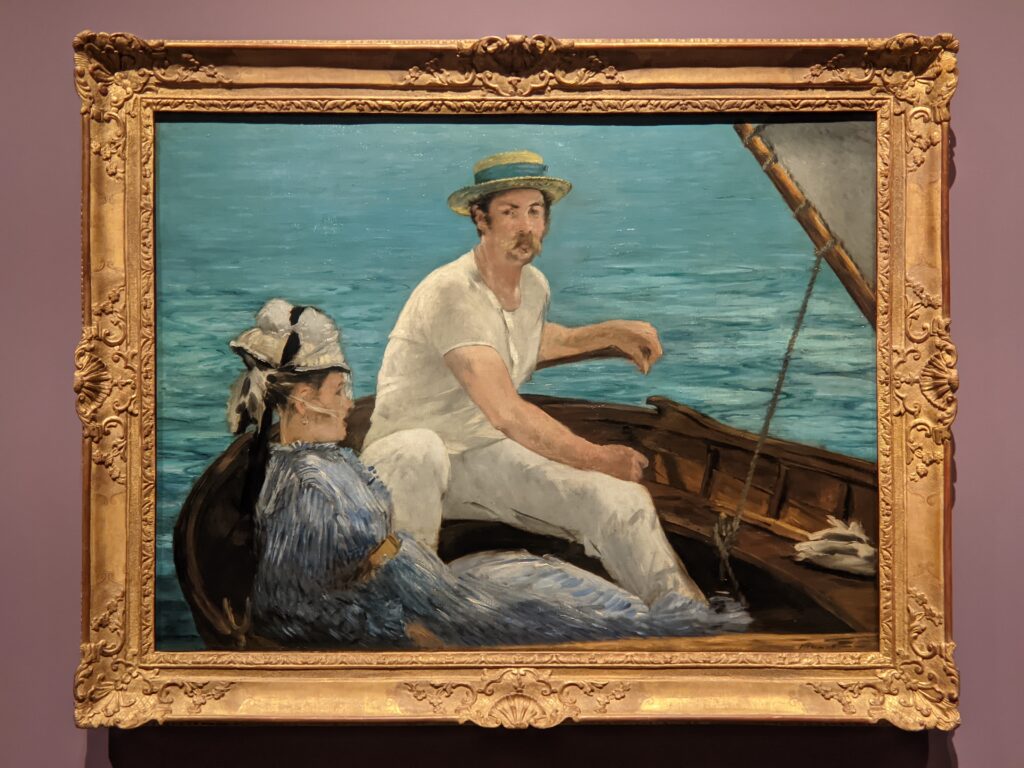
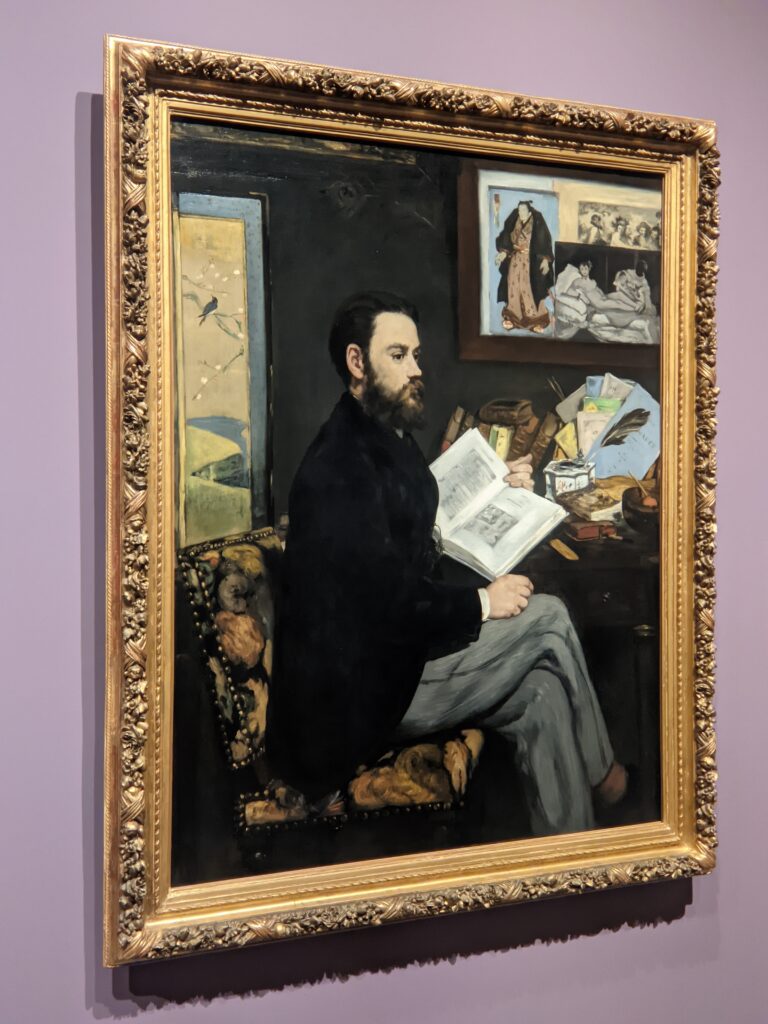
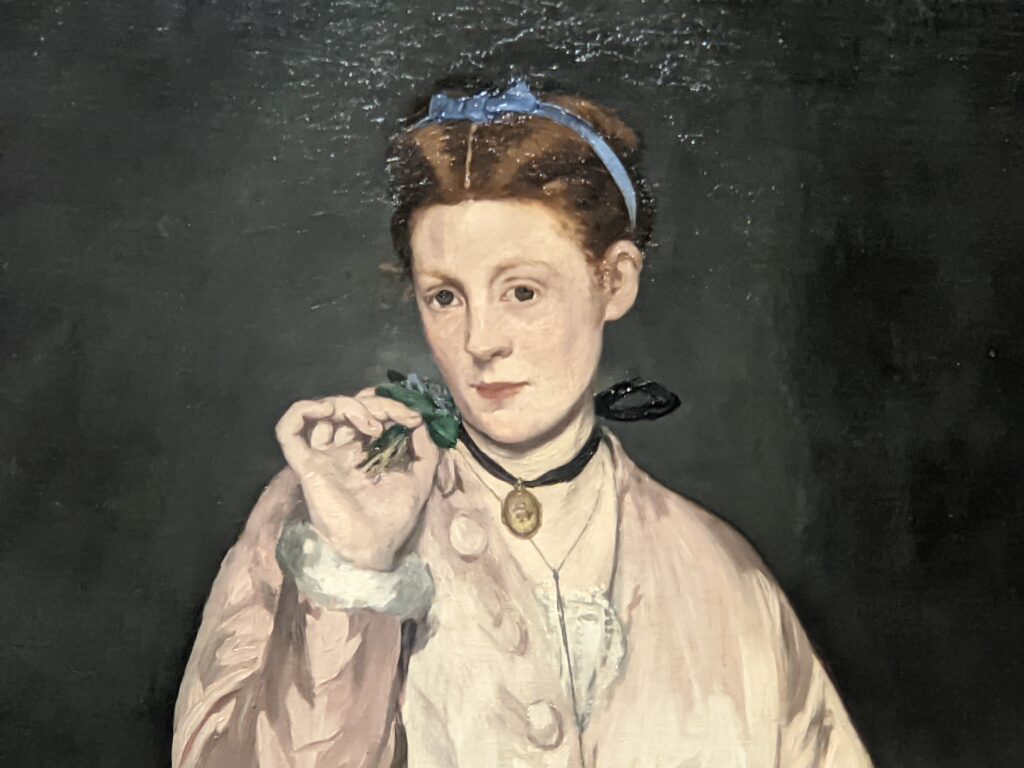
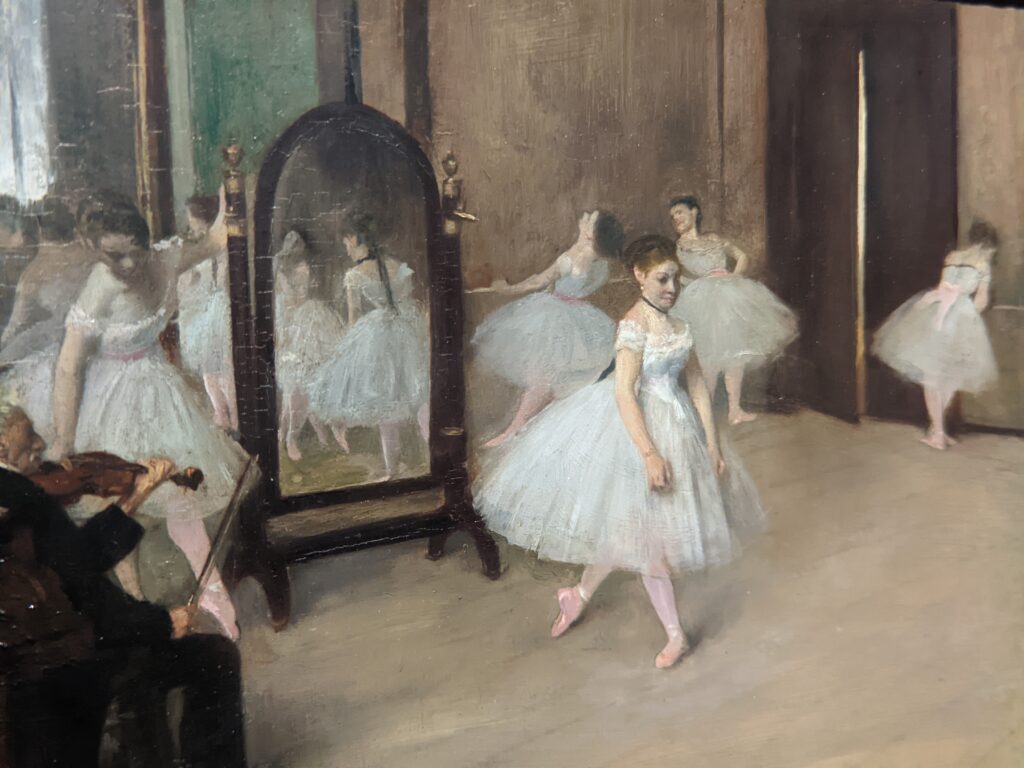
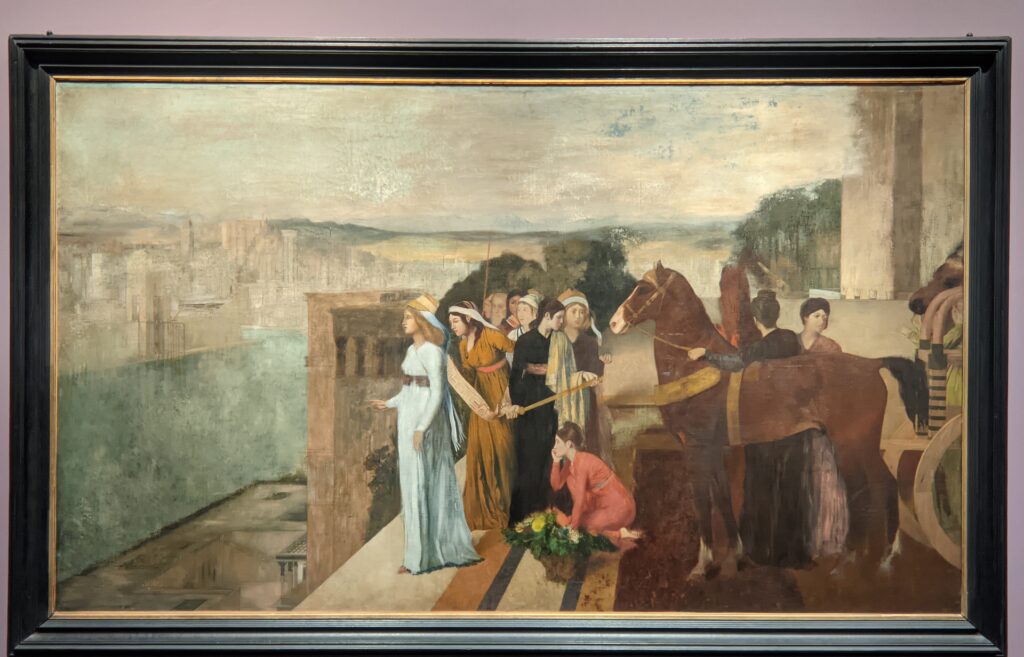
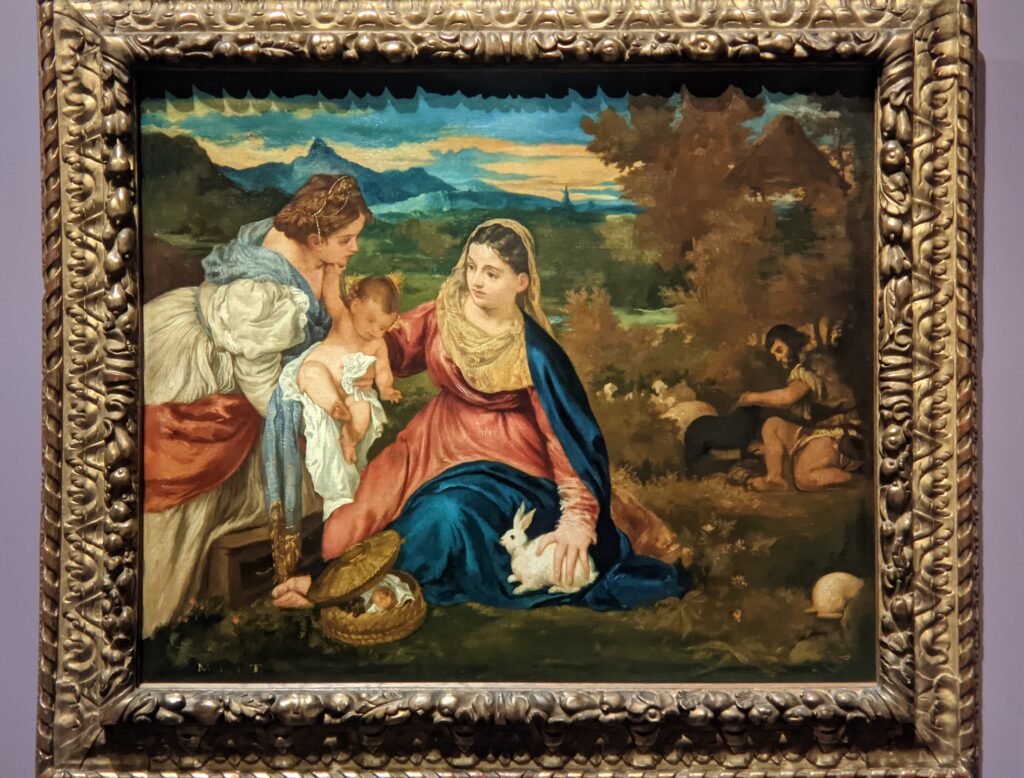
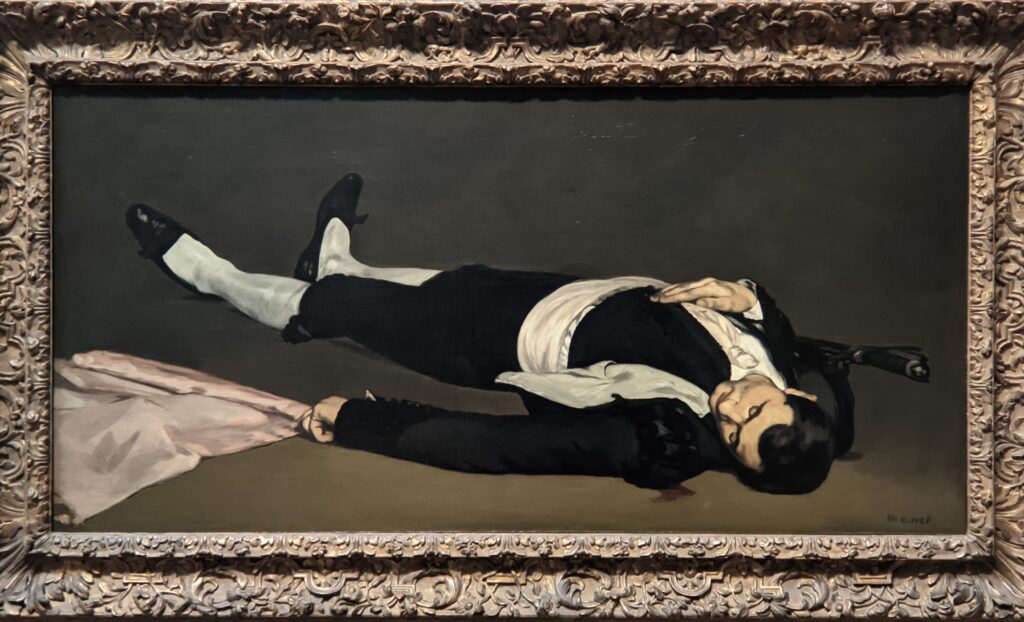
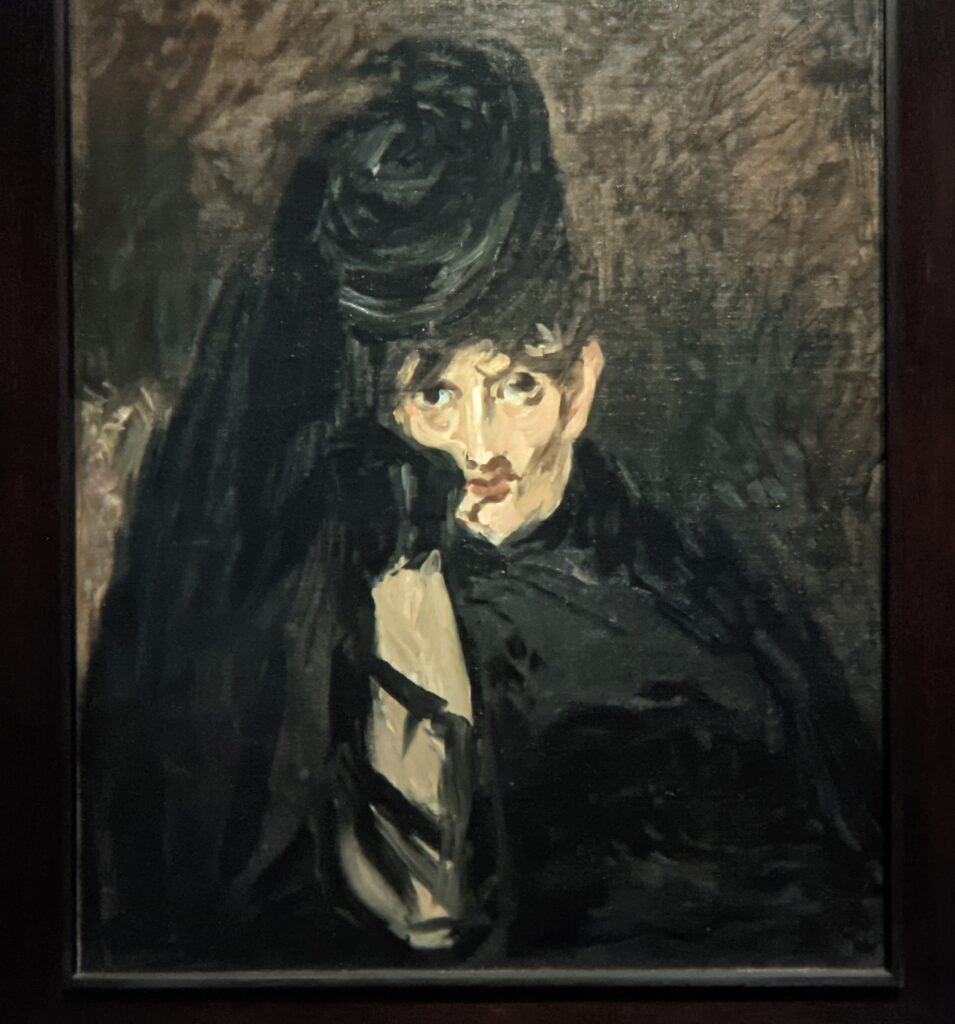
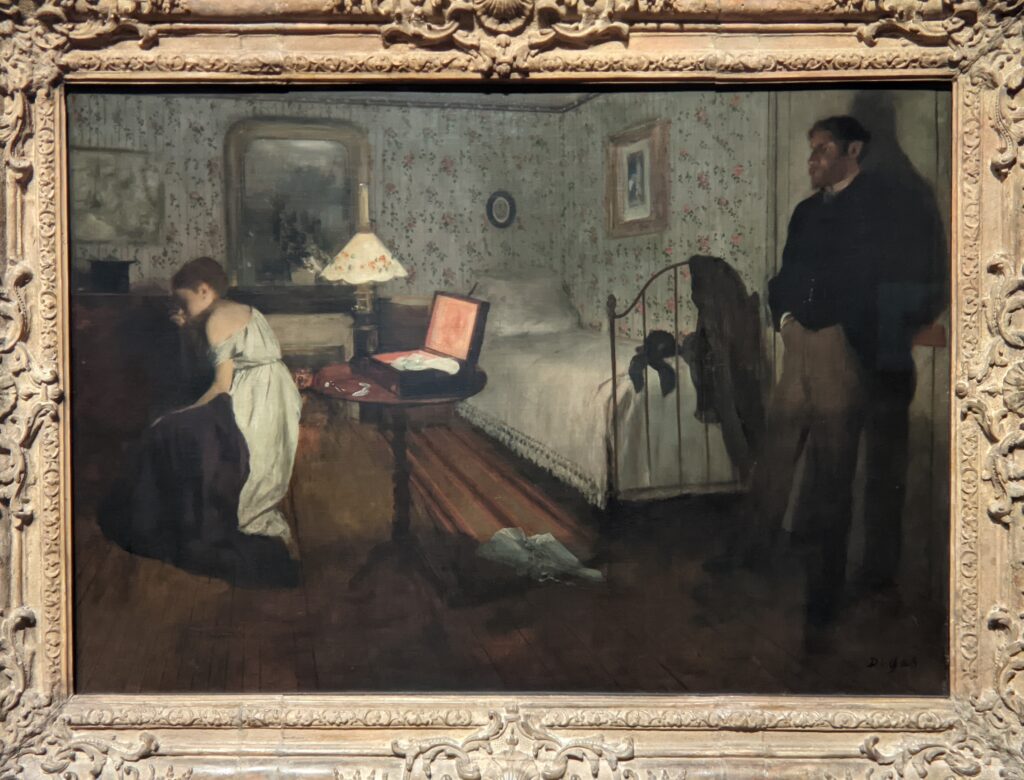
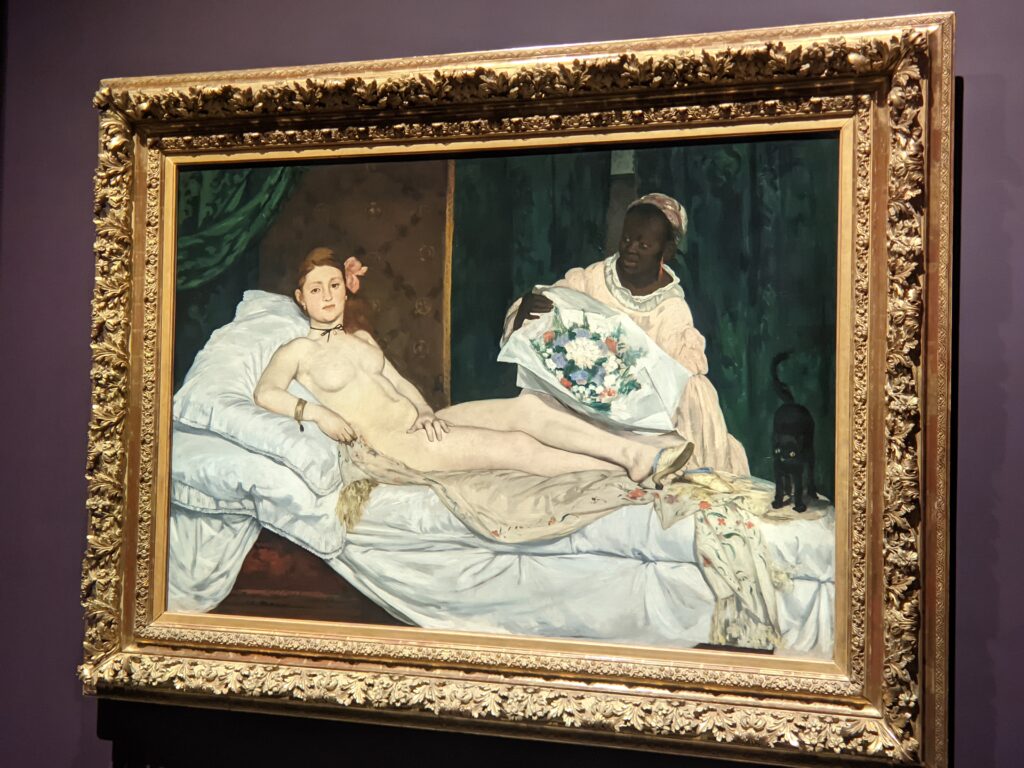
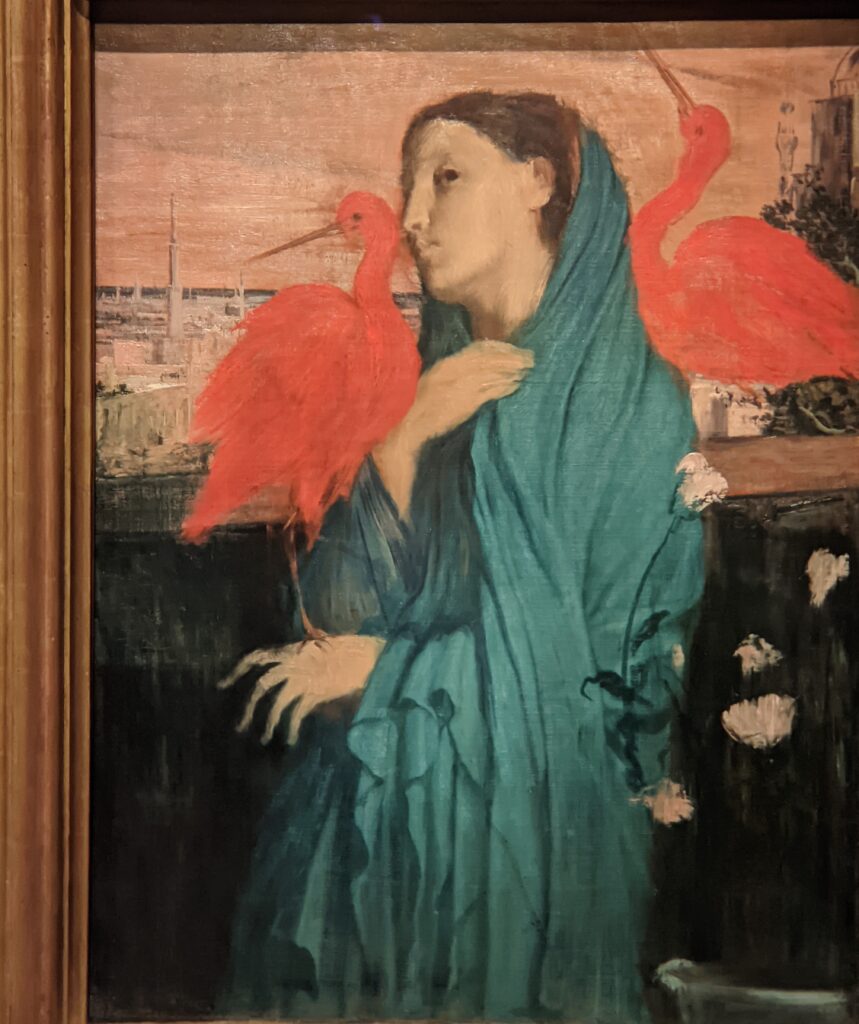
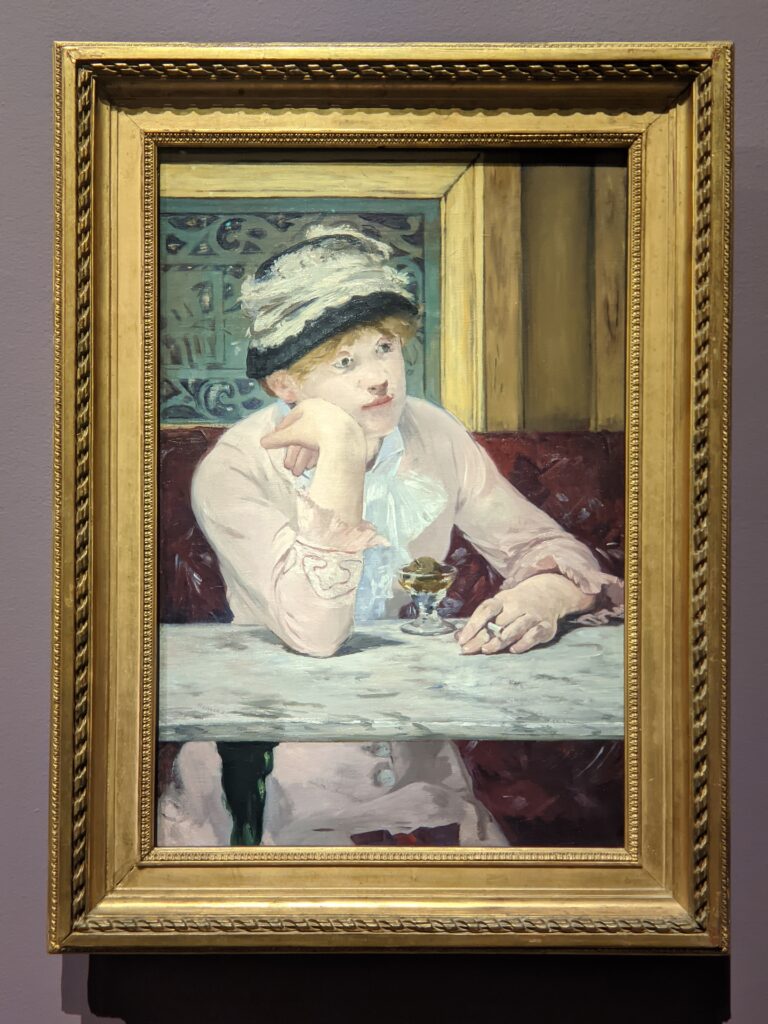
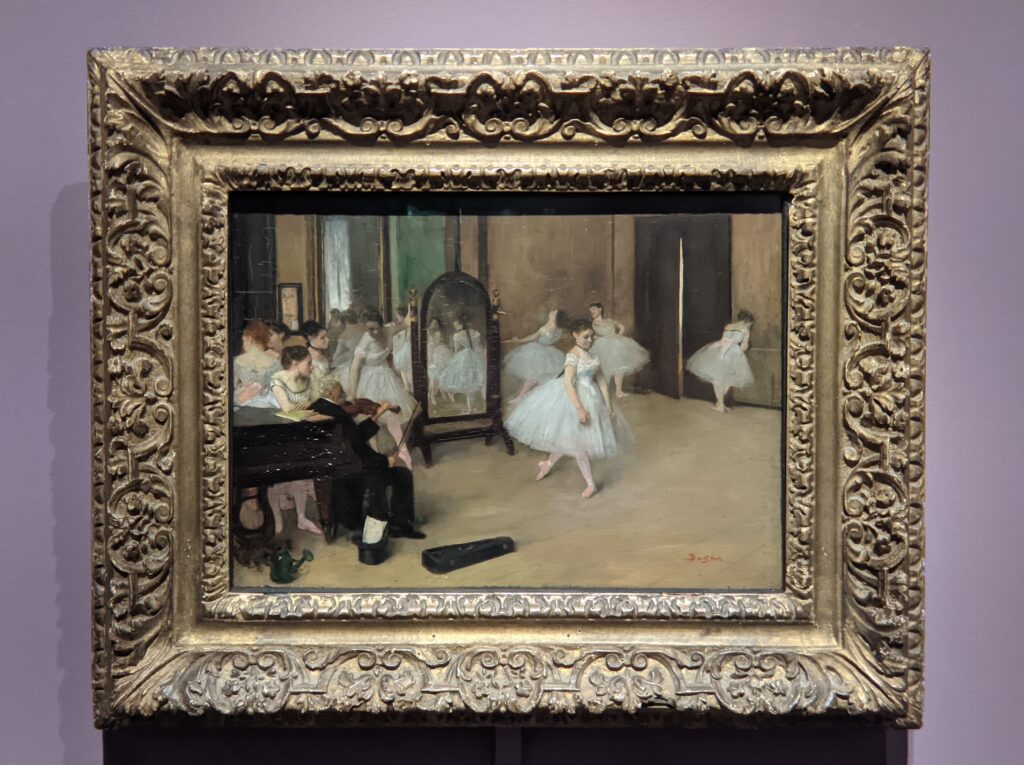
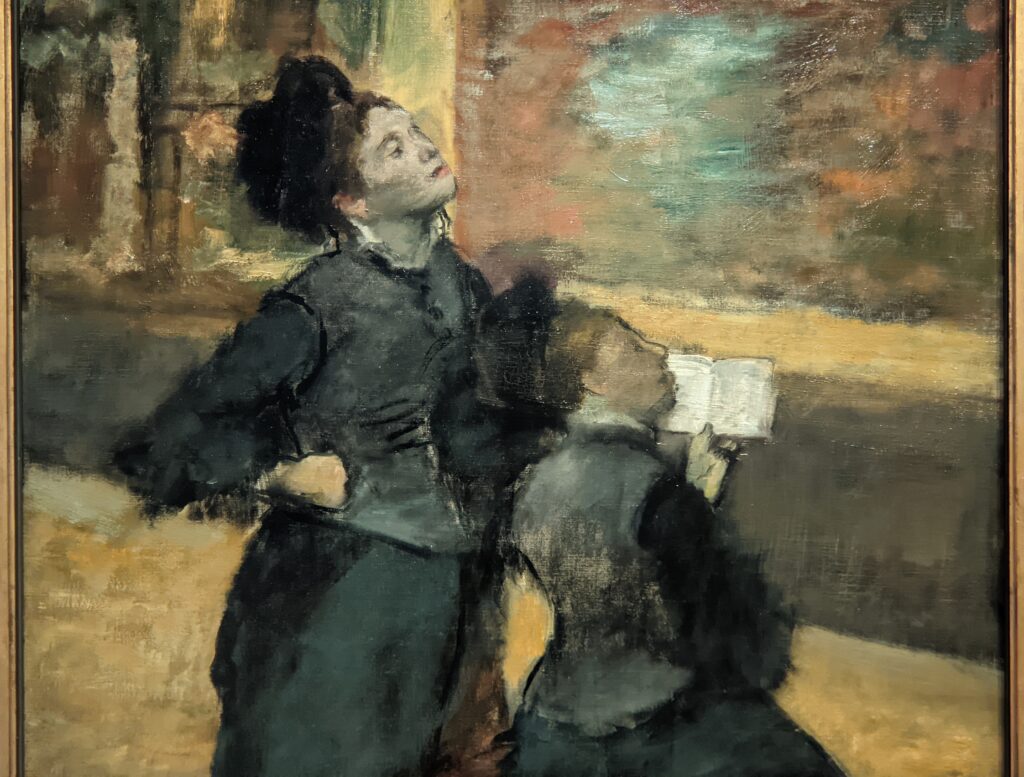
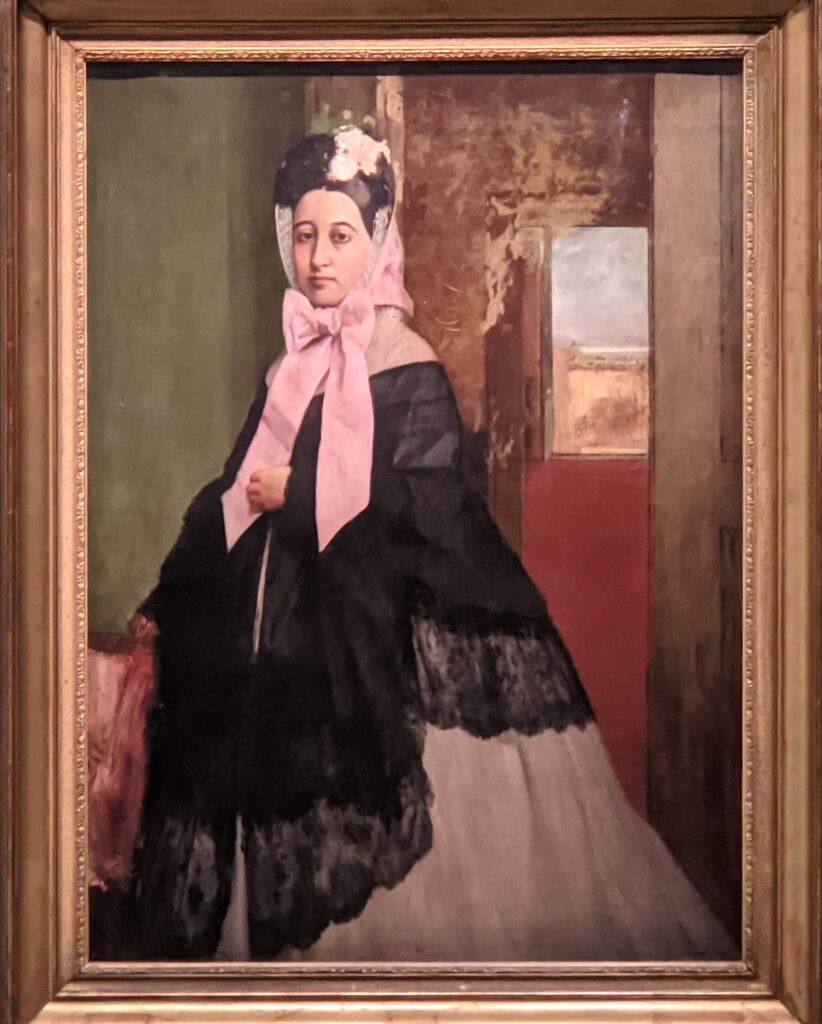
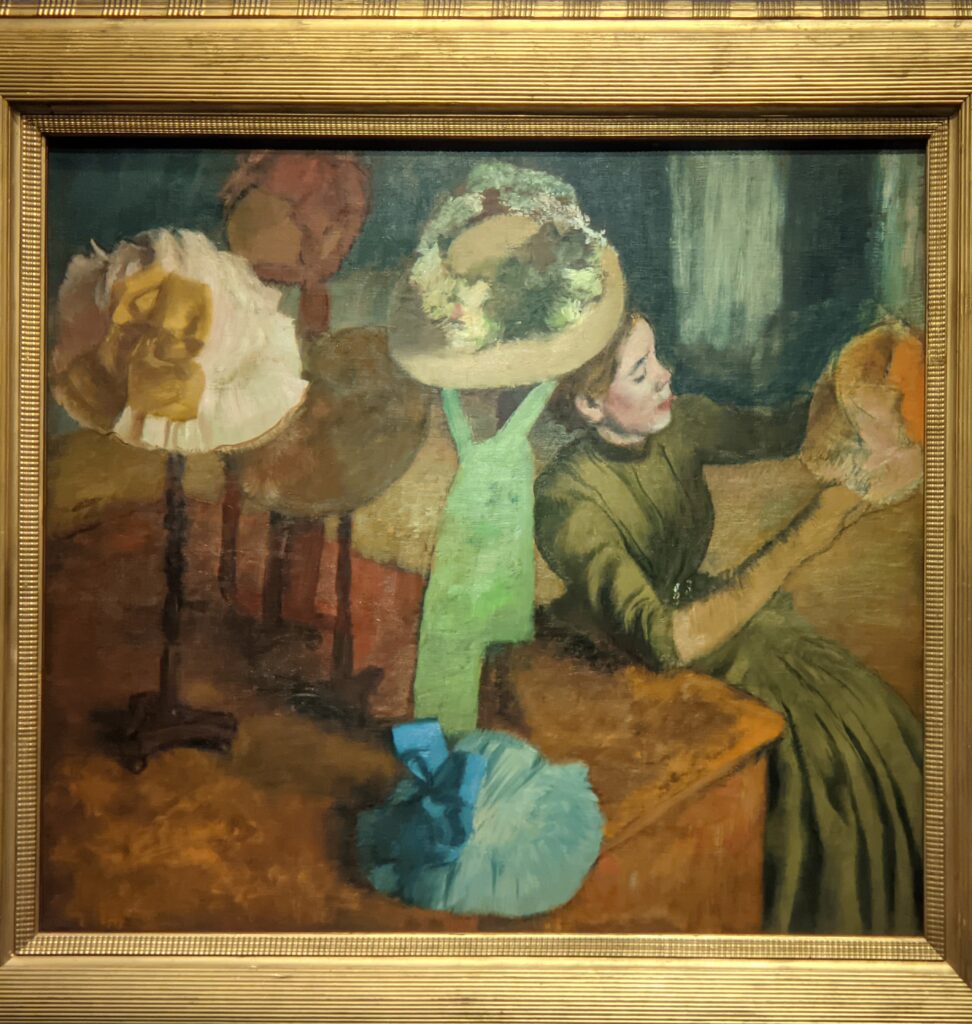
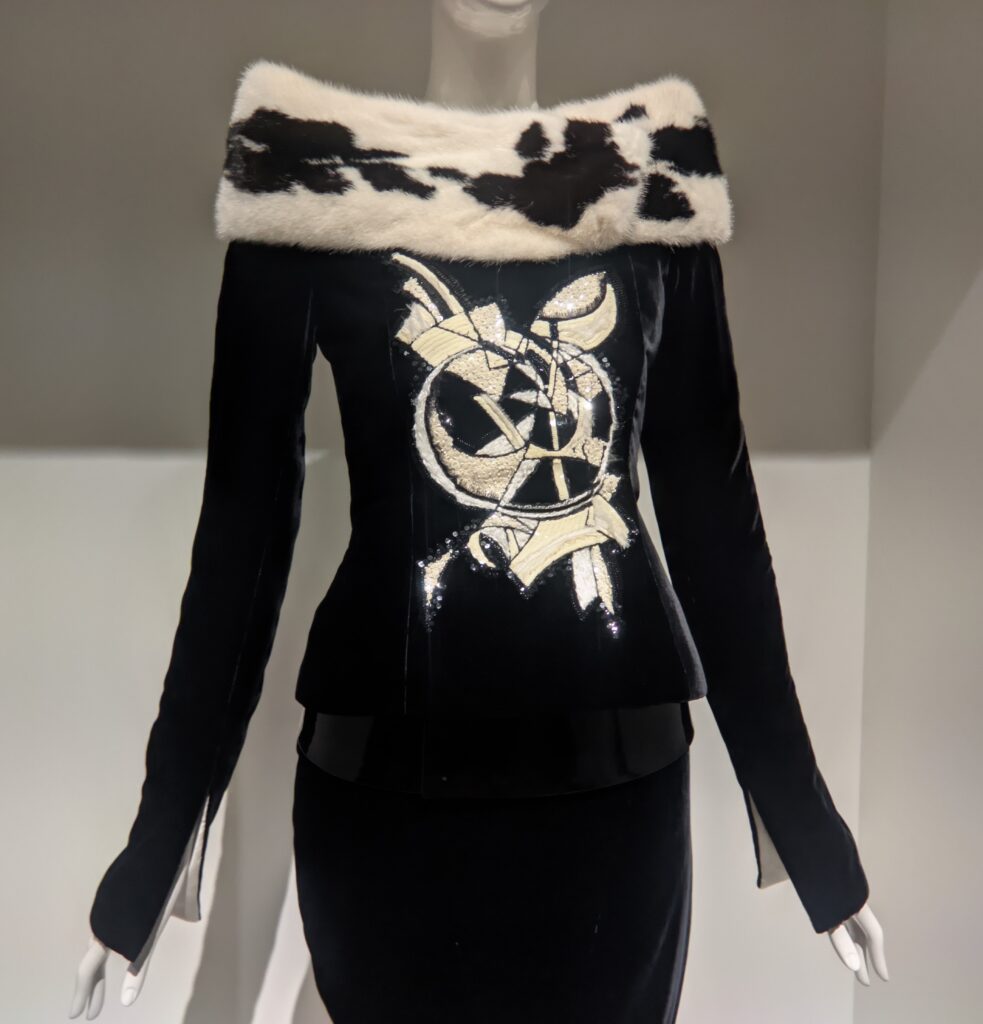
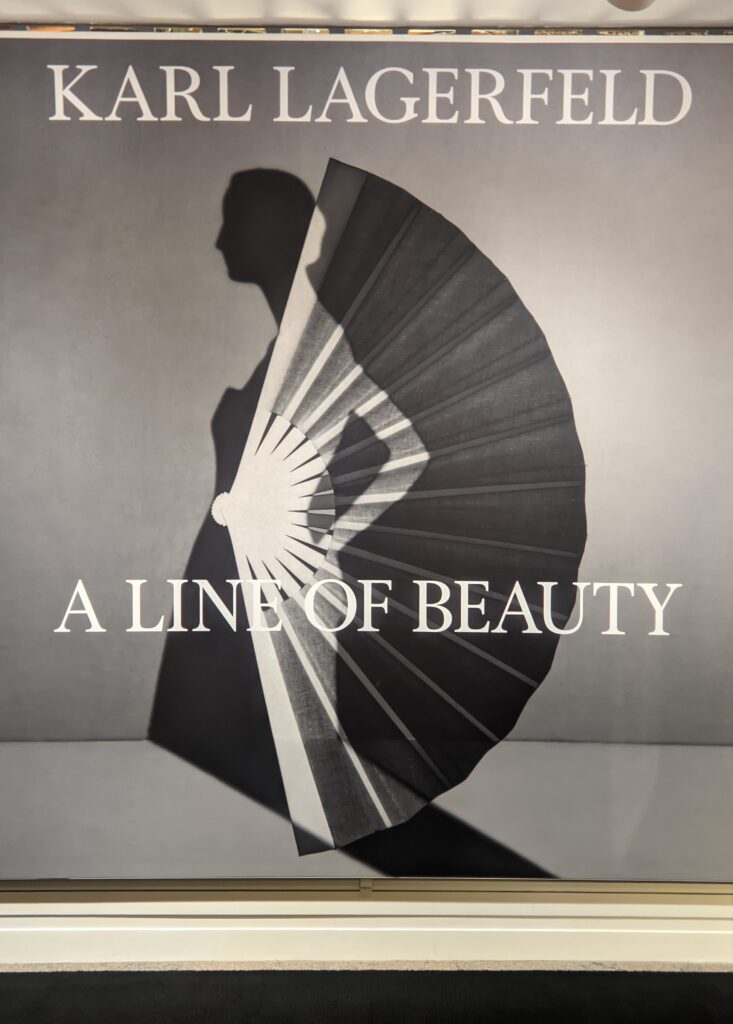
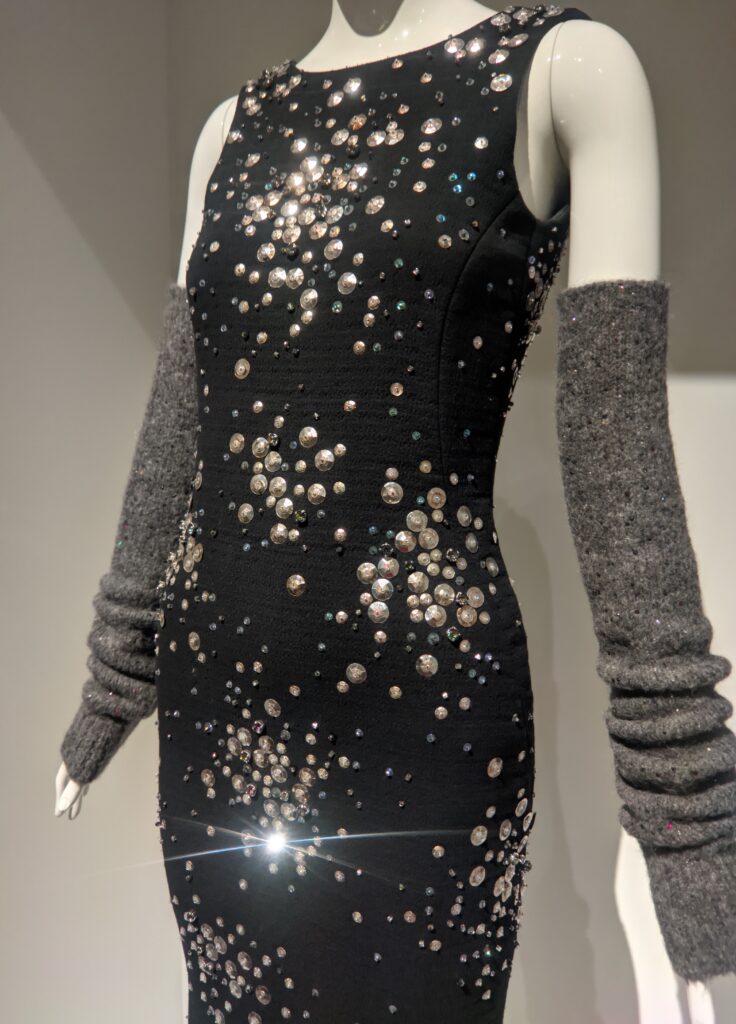
“Lagerfeld’s fluid lines united his designs for Balmain, Patou, Chloé, Fendi, Chanel, and his eponymous label, Karl Lagerfeld, creating a diverse and prolific body of work unparalleled in the history of fashion,” according to the Met Museum. The 150 creations by the German-born designer assembled by the Met’s Costume Institute, dating from the 1950s through 2019, were on view in New York City in 2023.
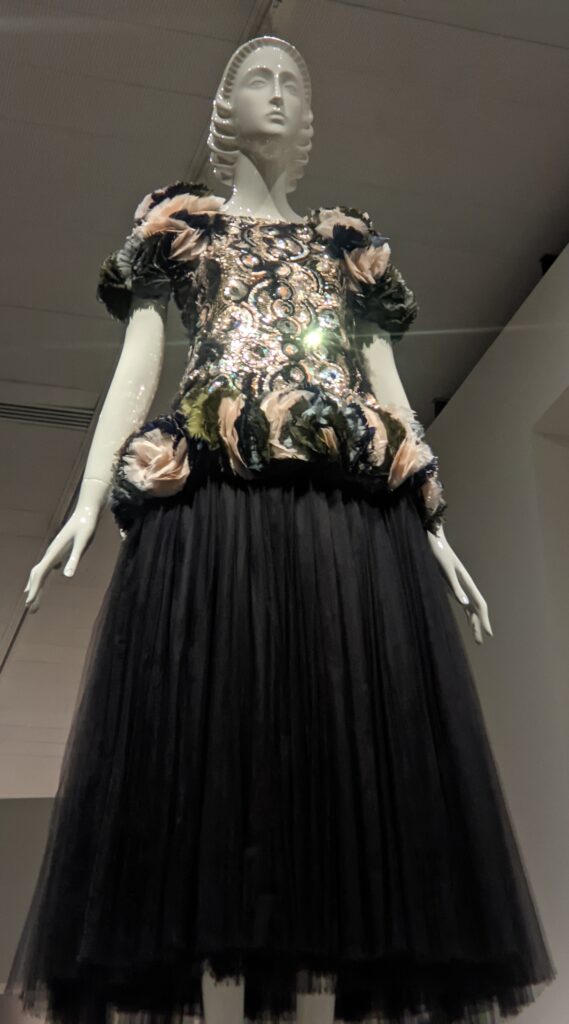
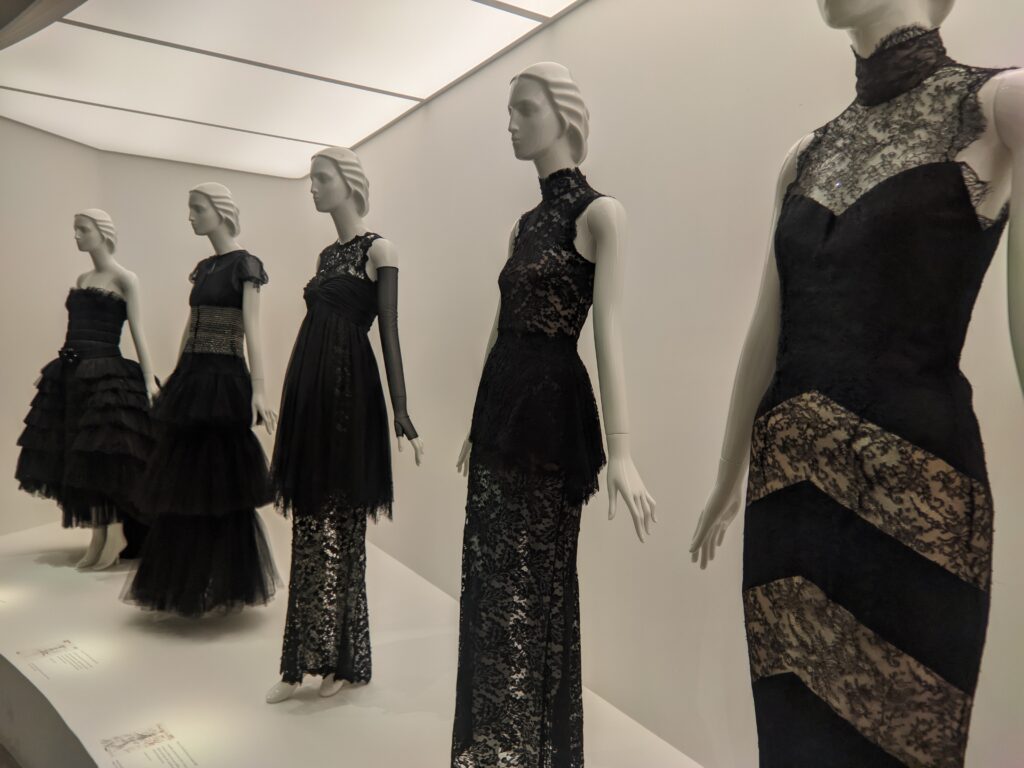
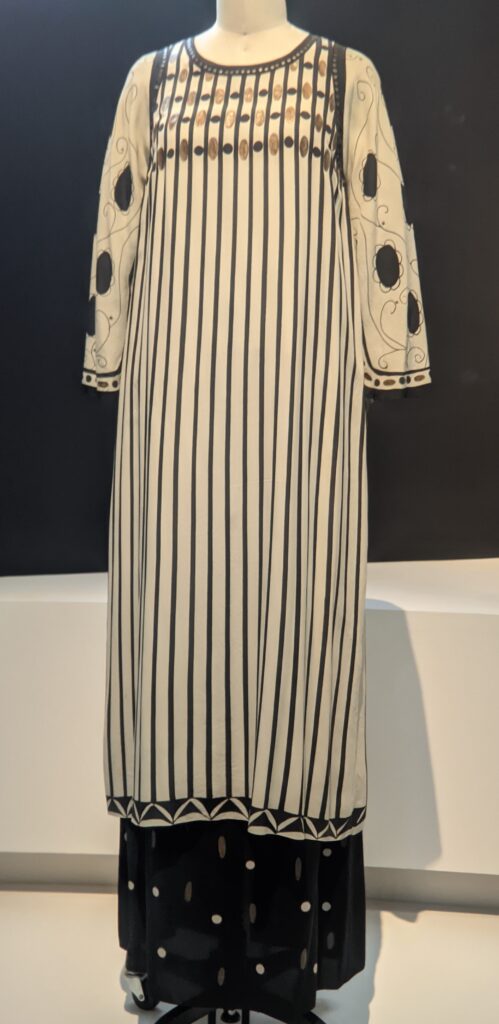
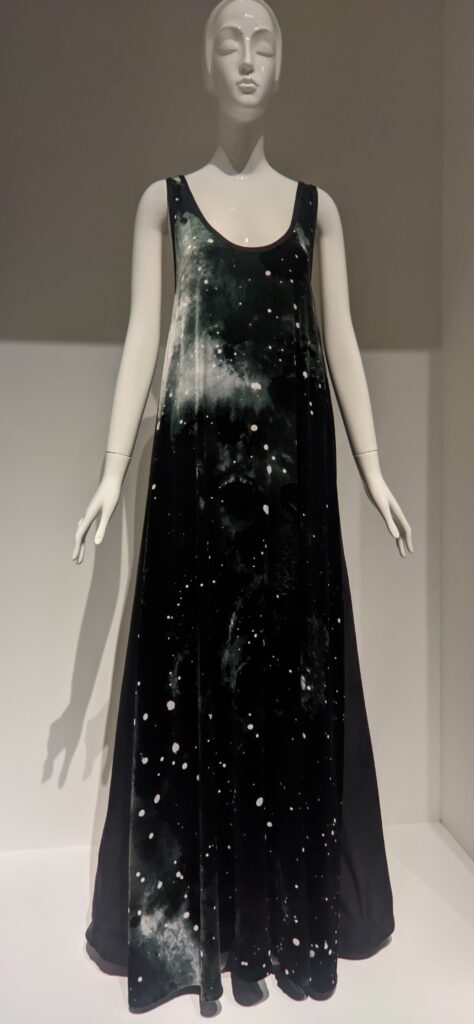
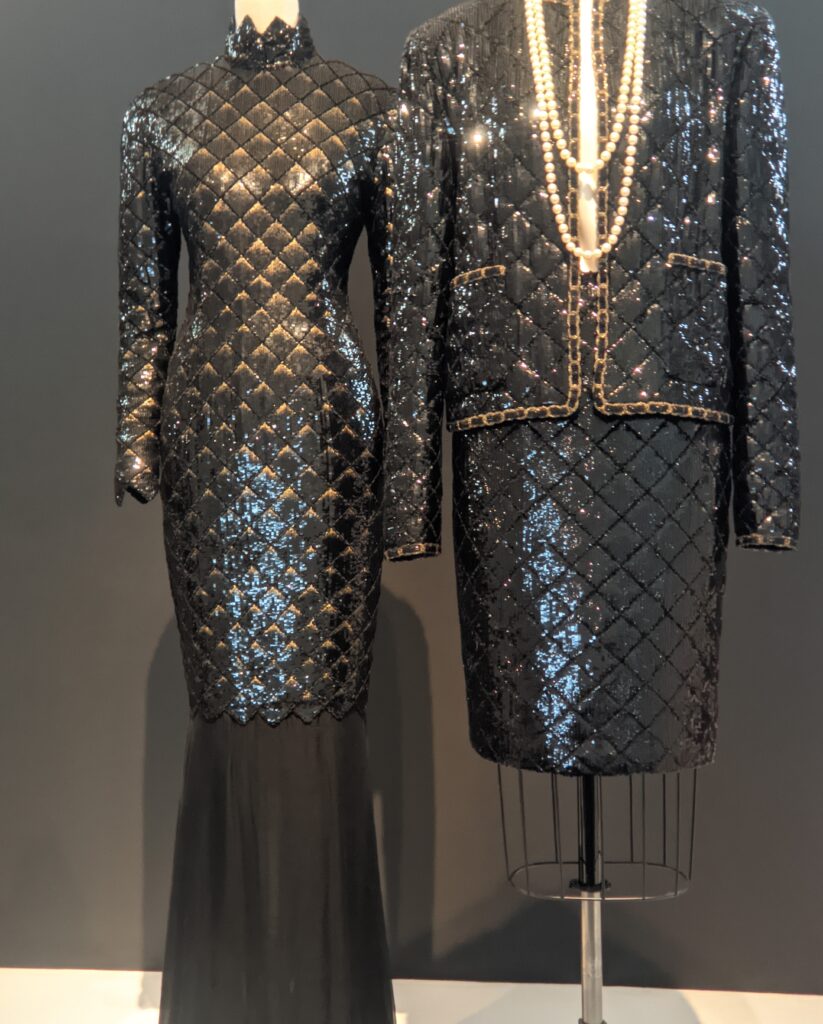
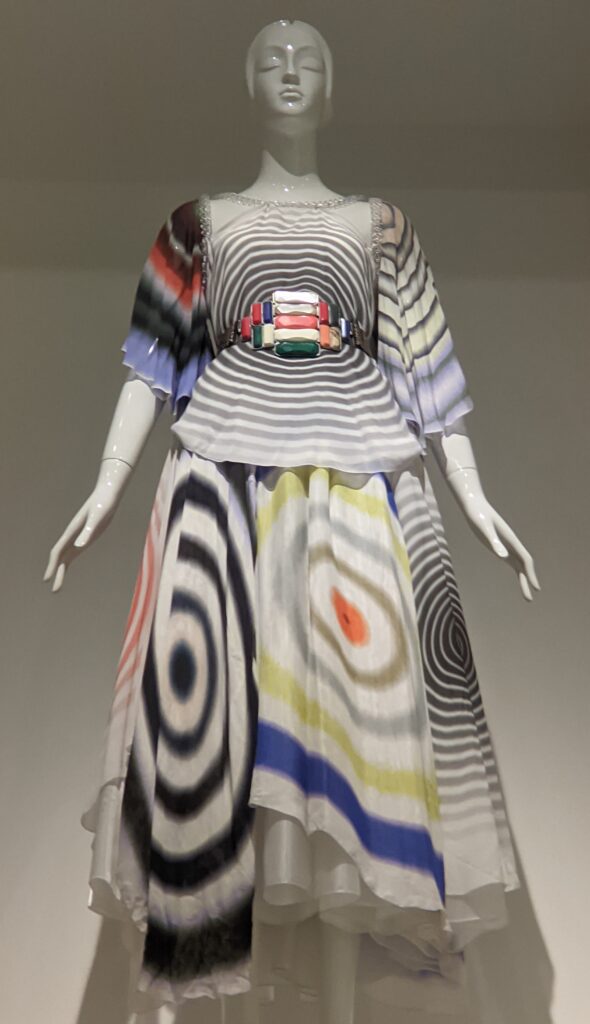
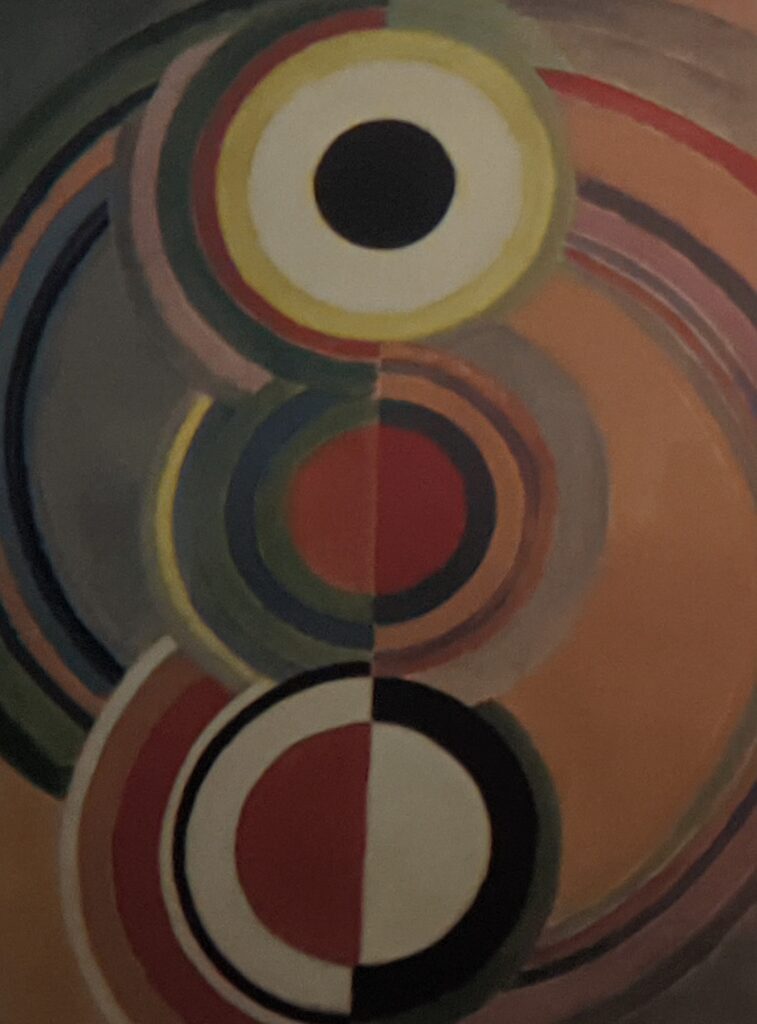
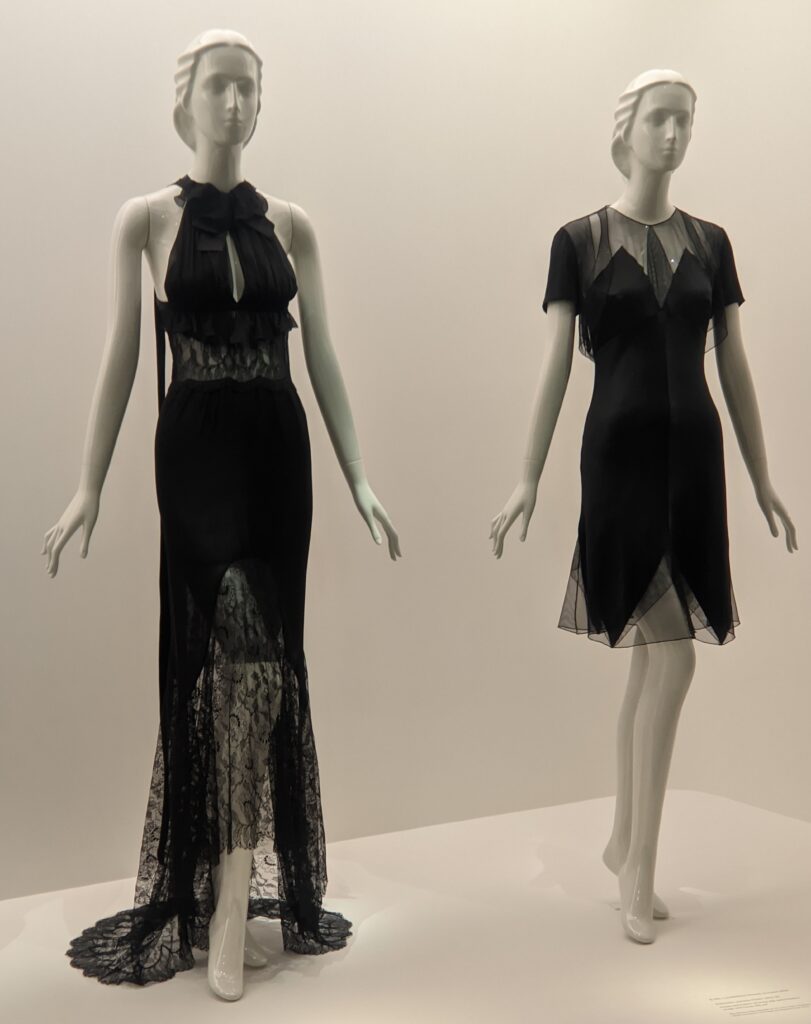
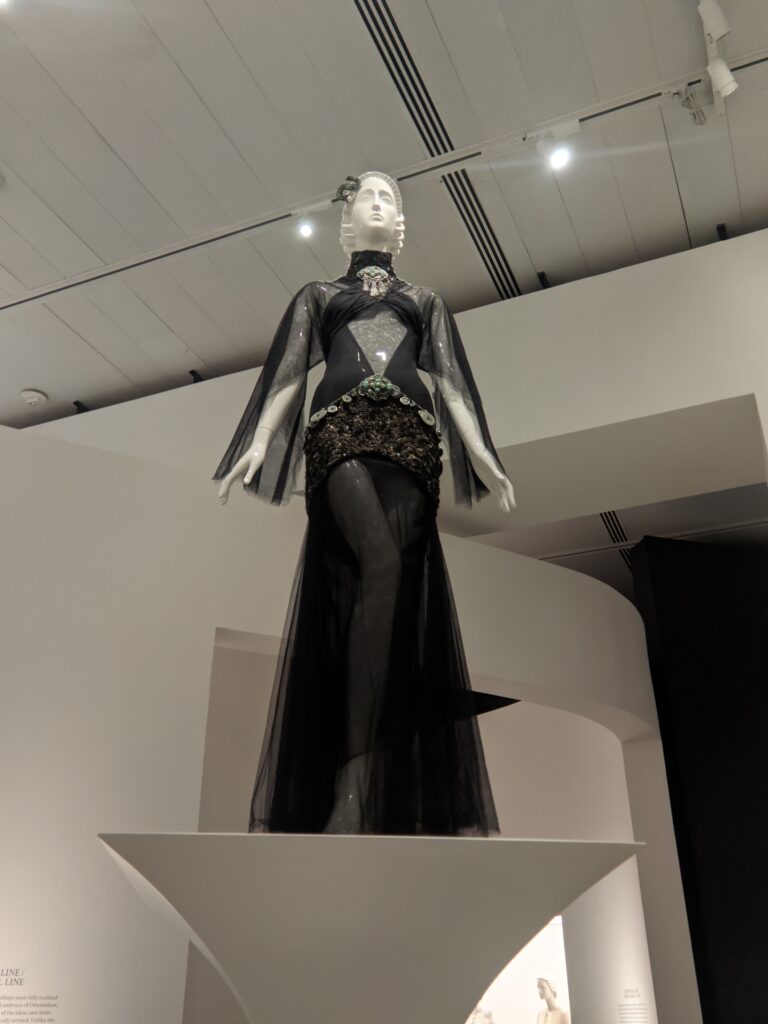
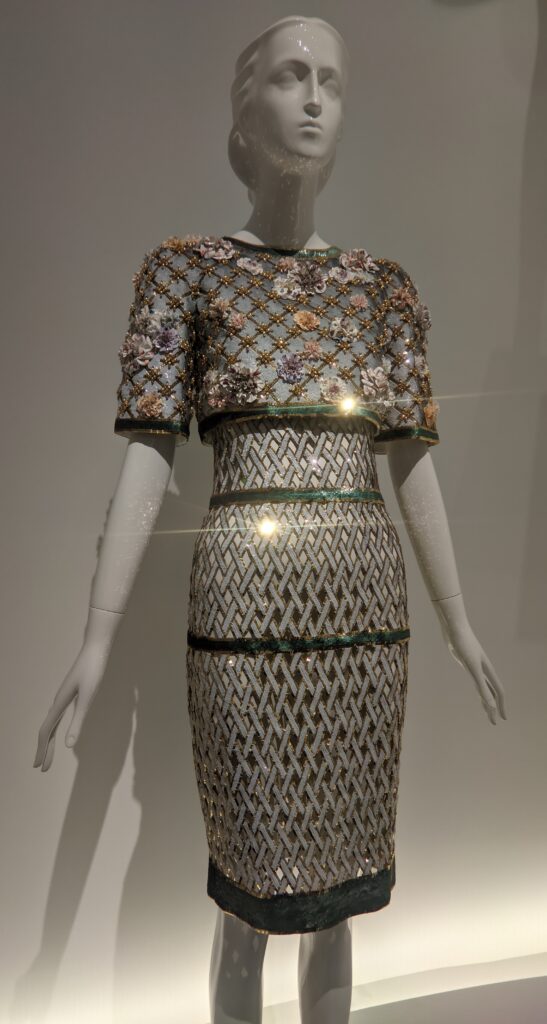
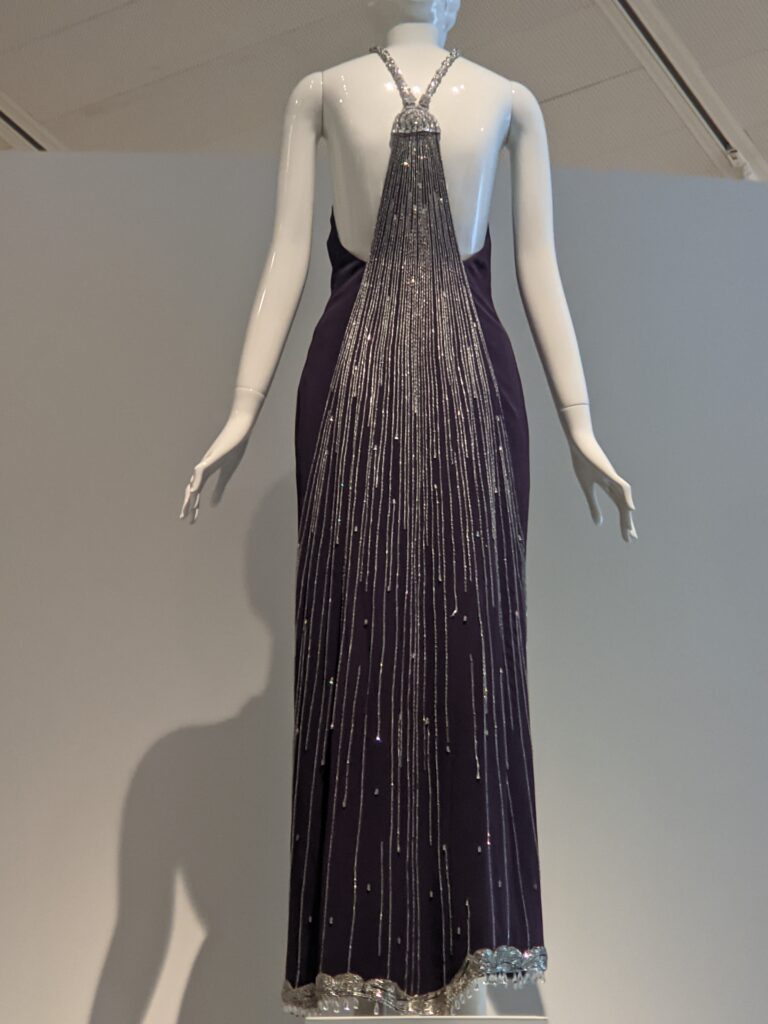
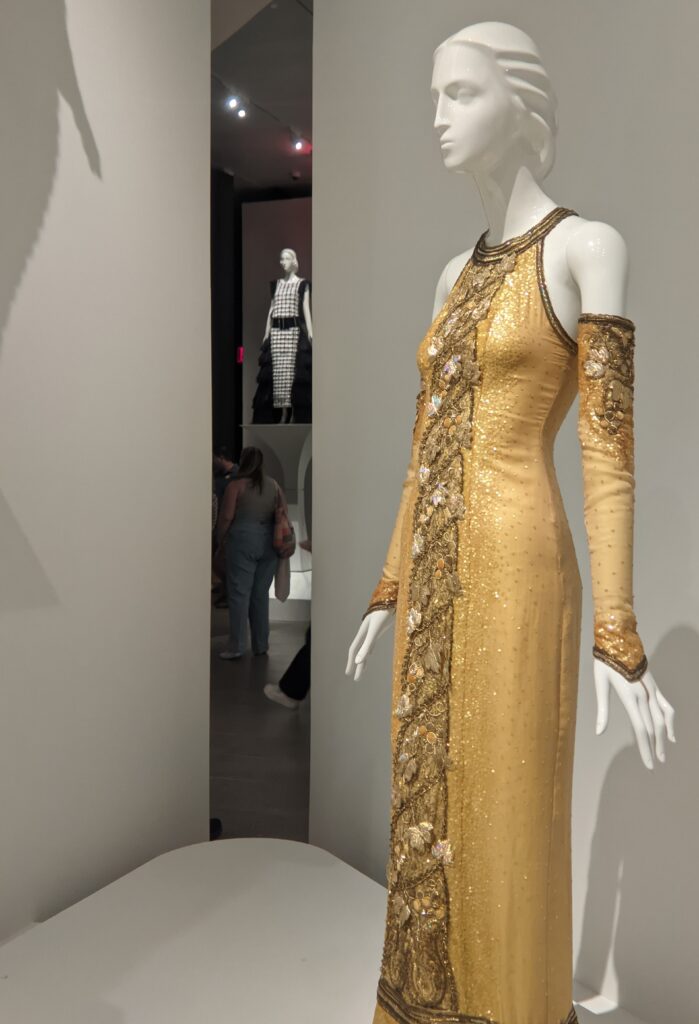
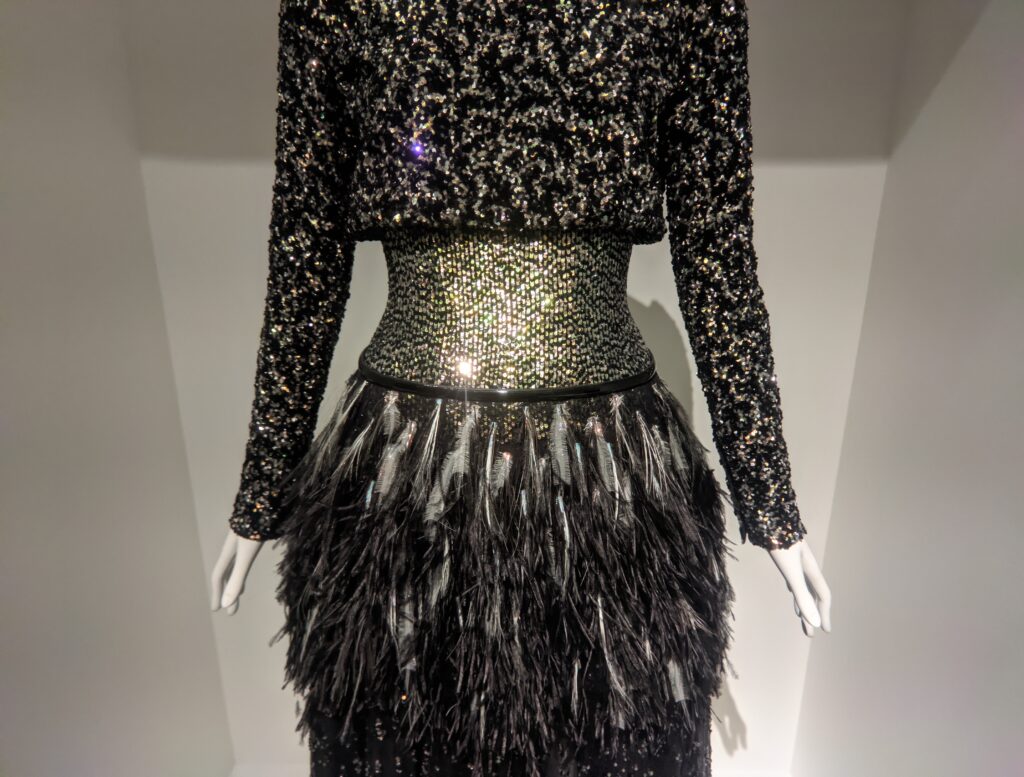

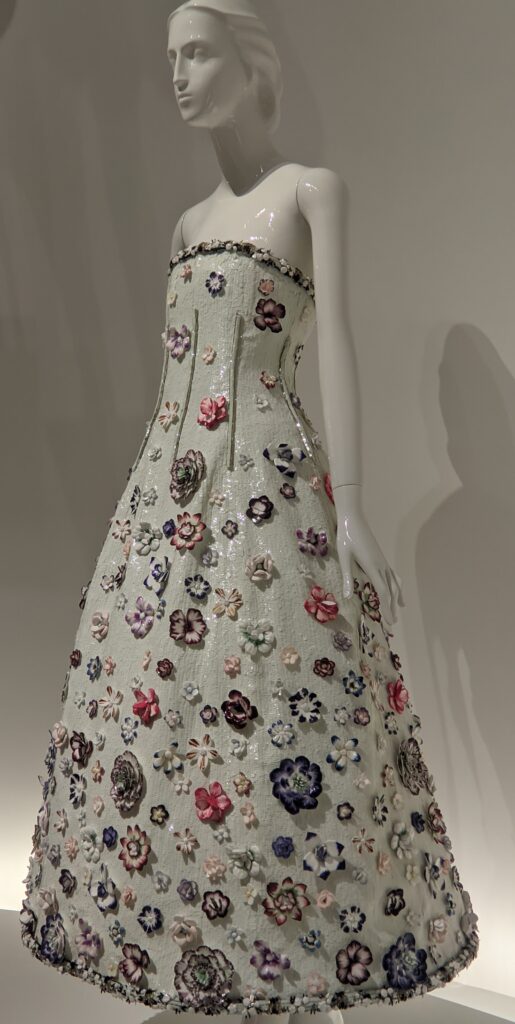
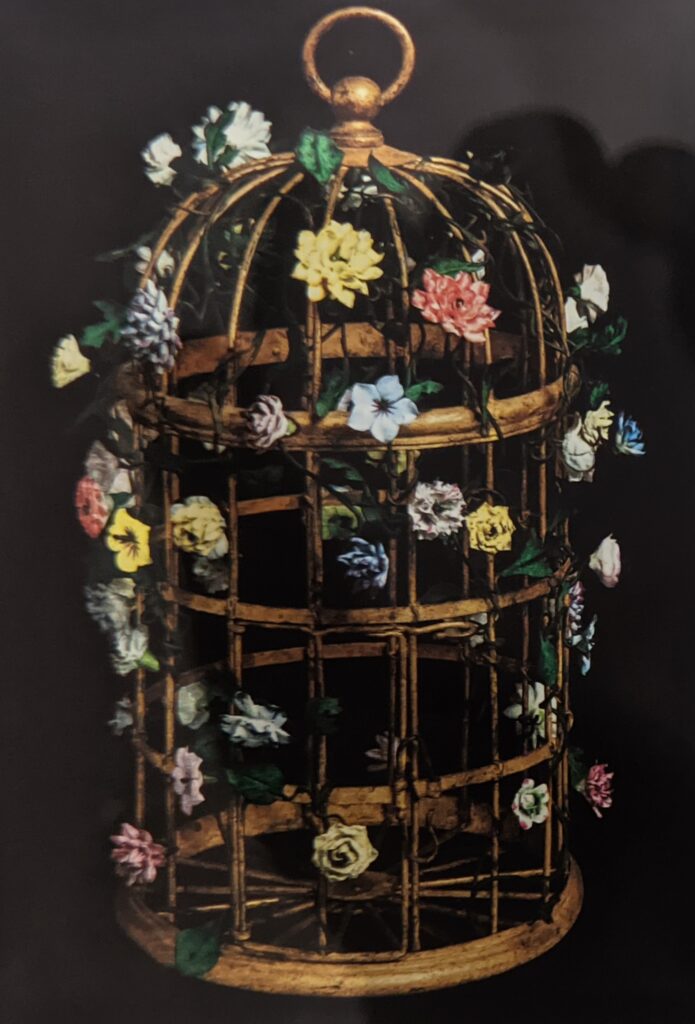
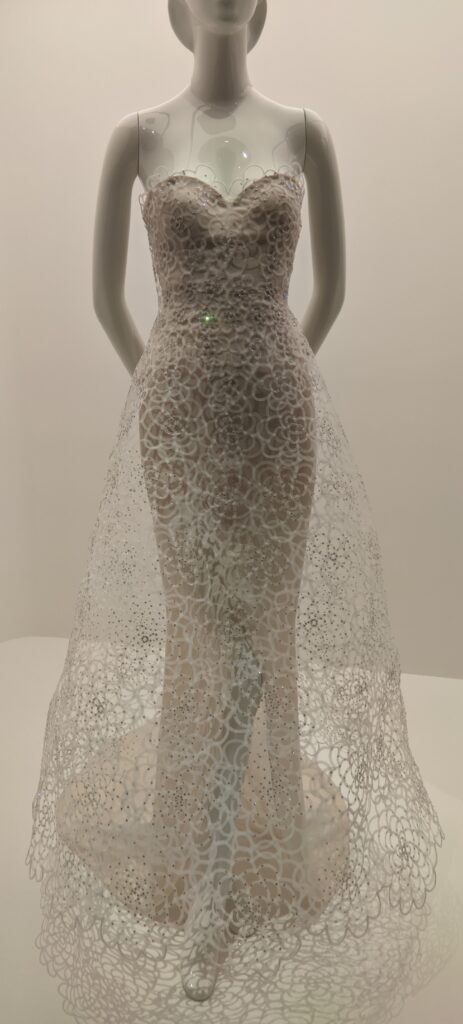
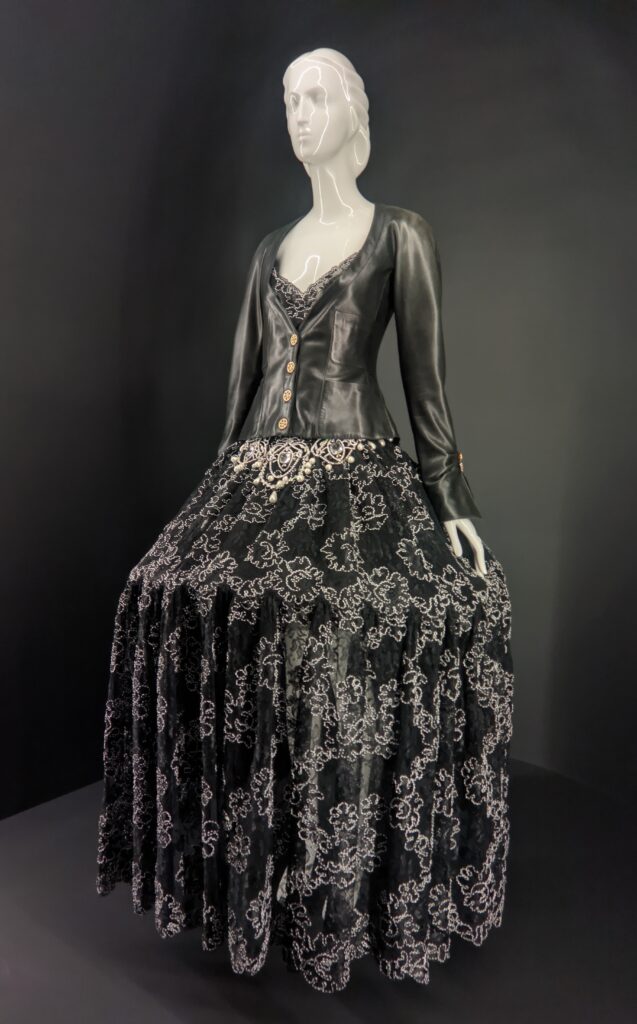
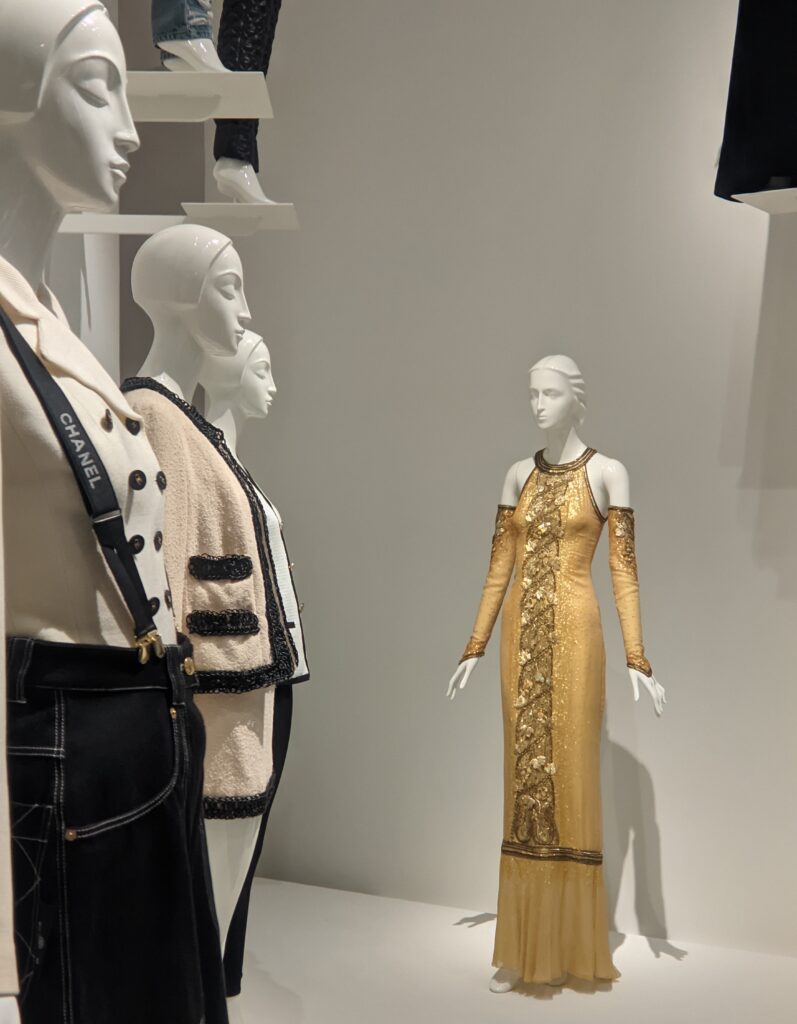
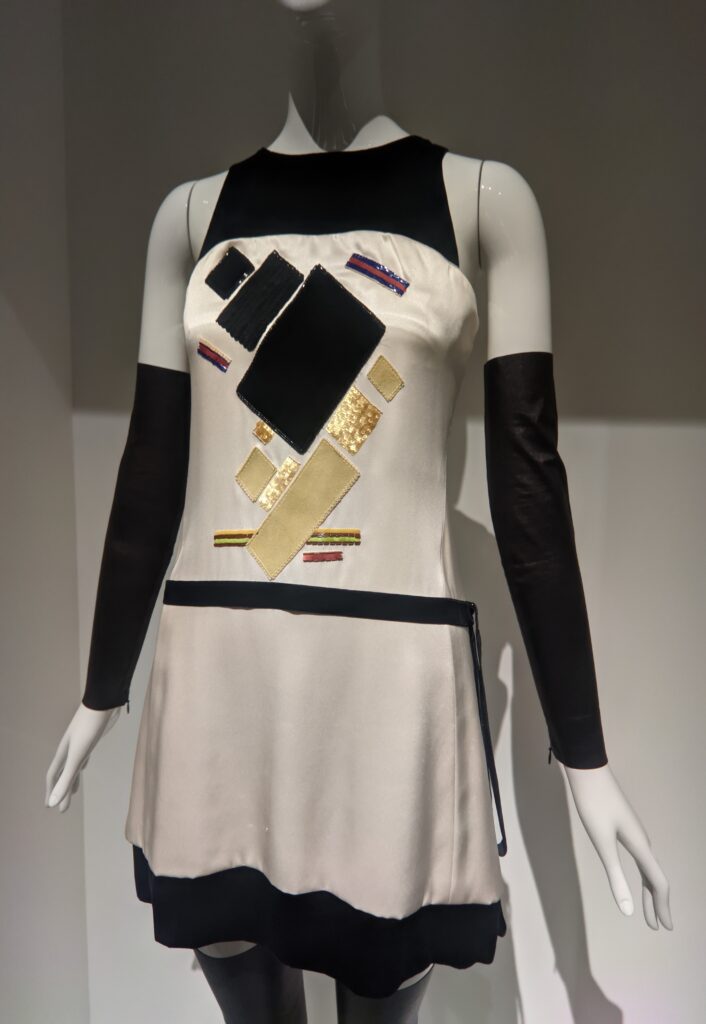
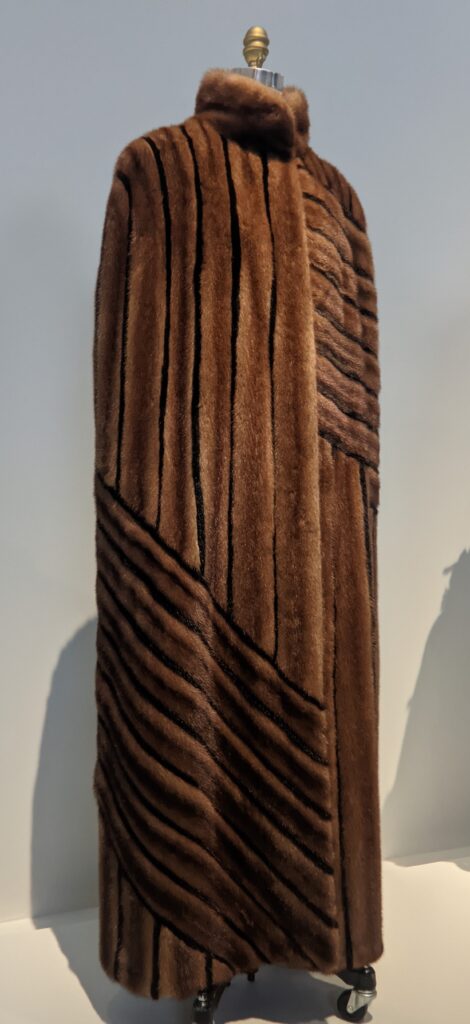
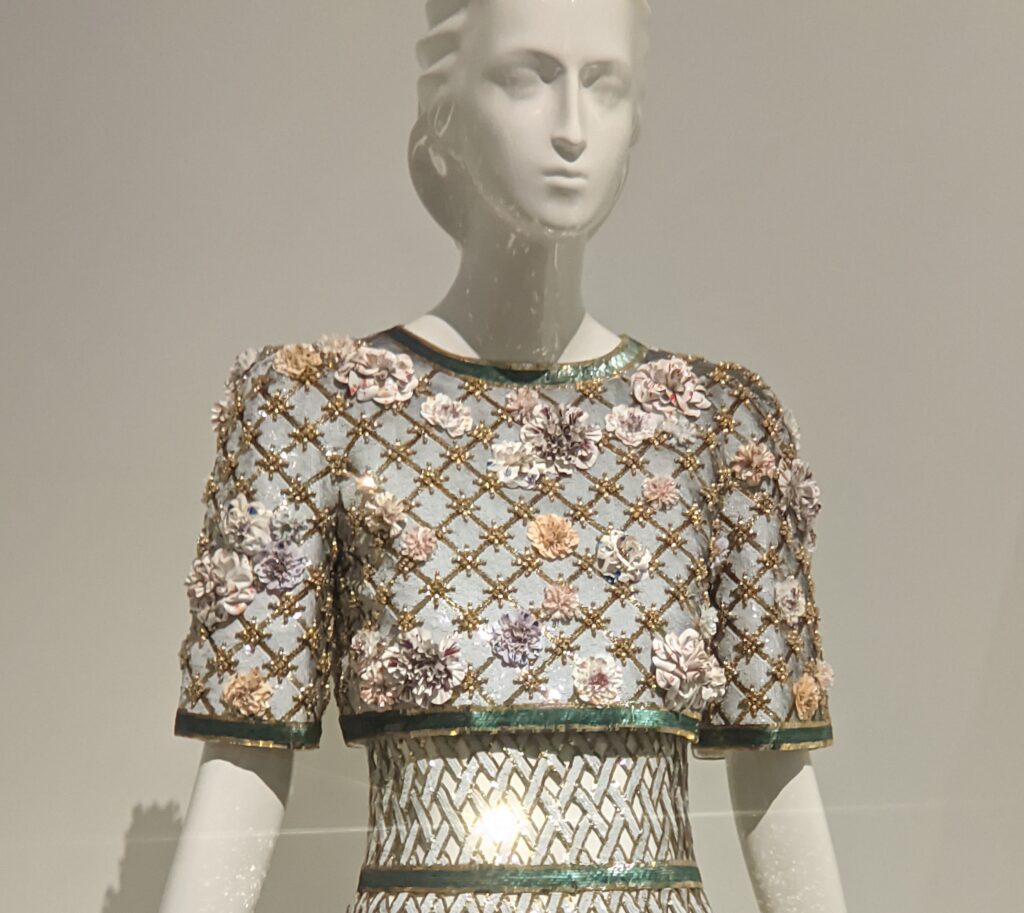
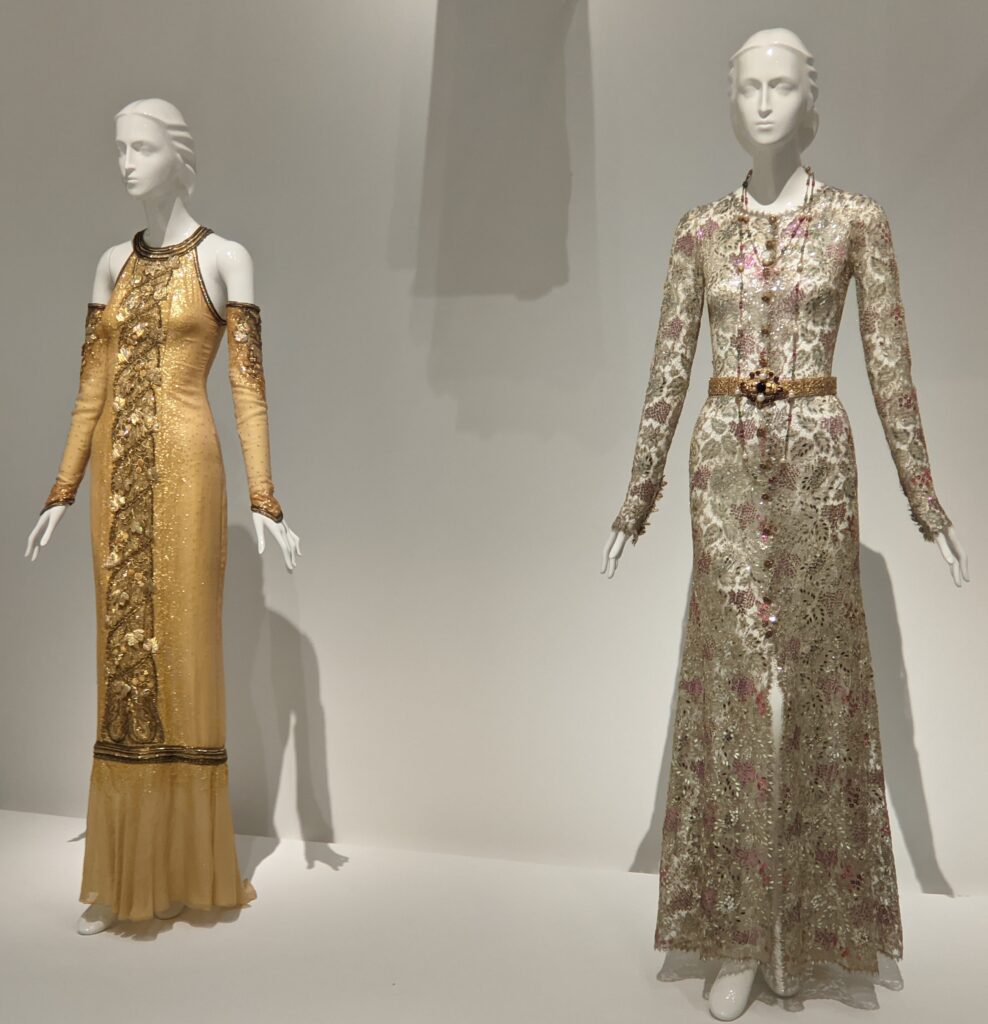
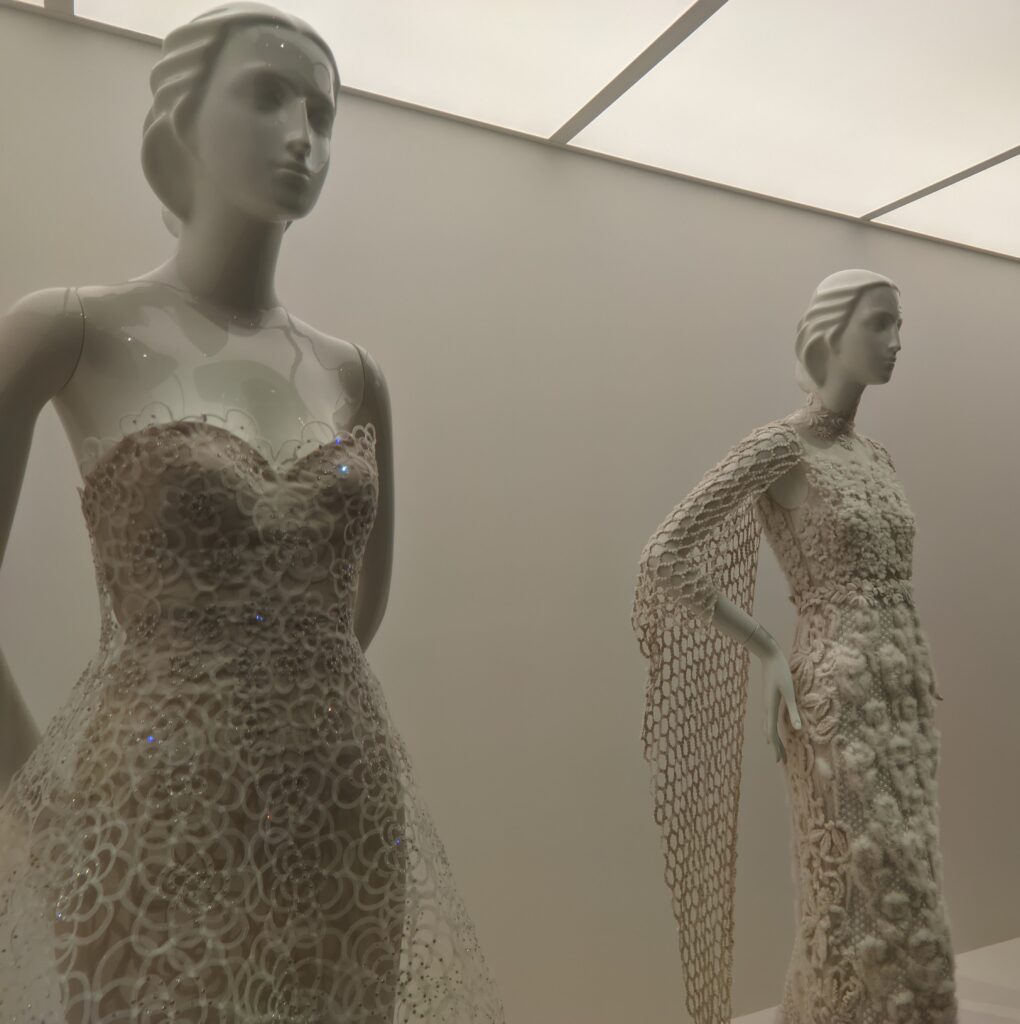
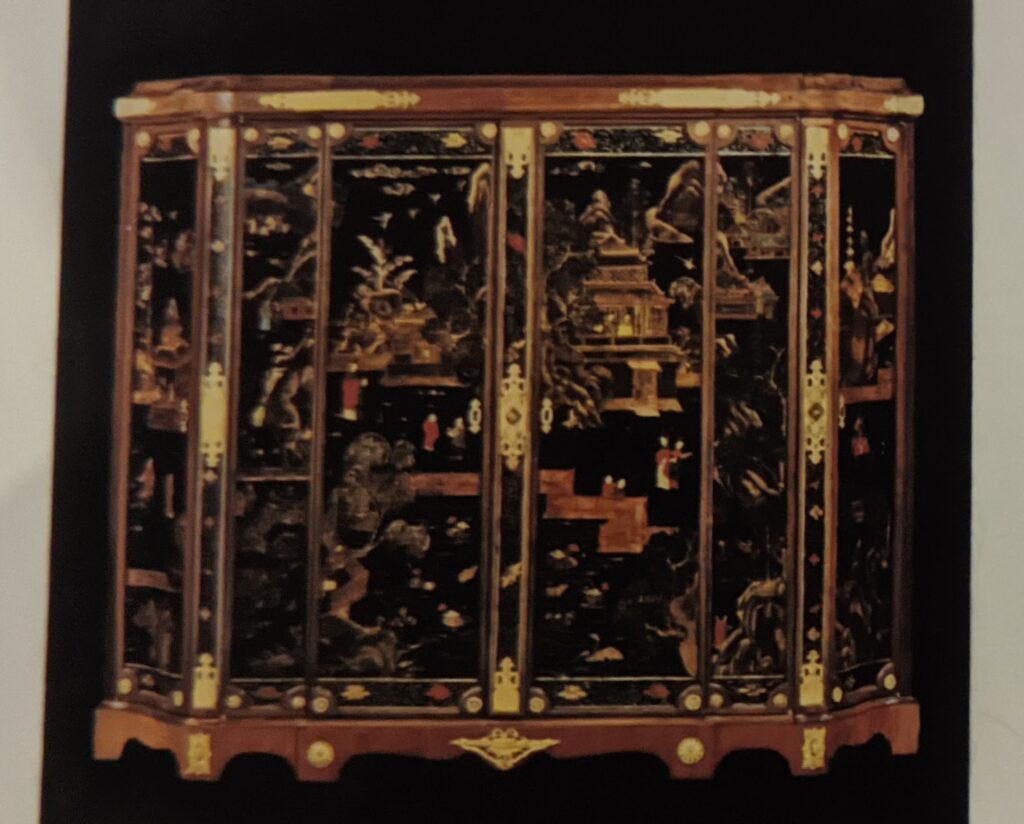
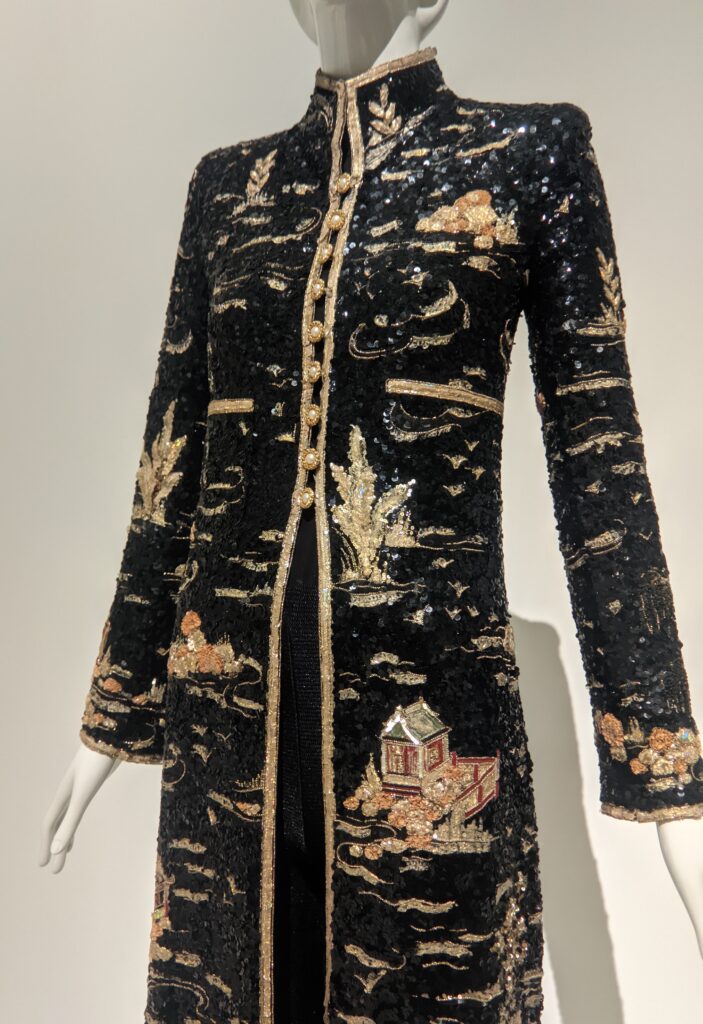
“Karl Lagerfeld: A Line of Beauty” Closed in New York City in July 2023
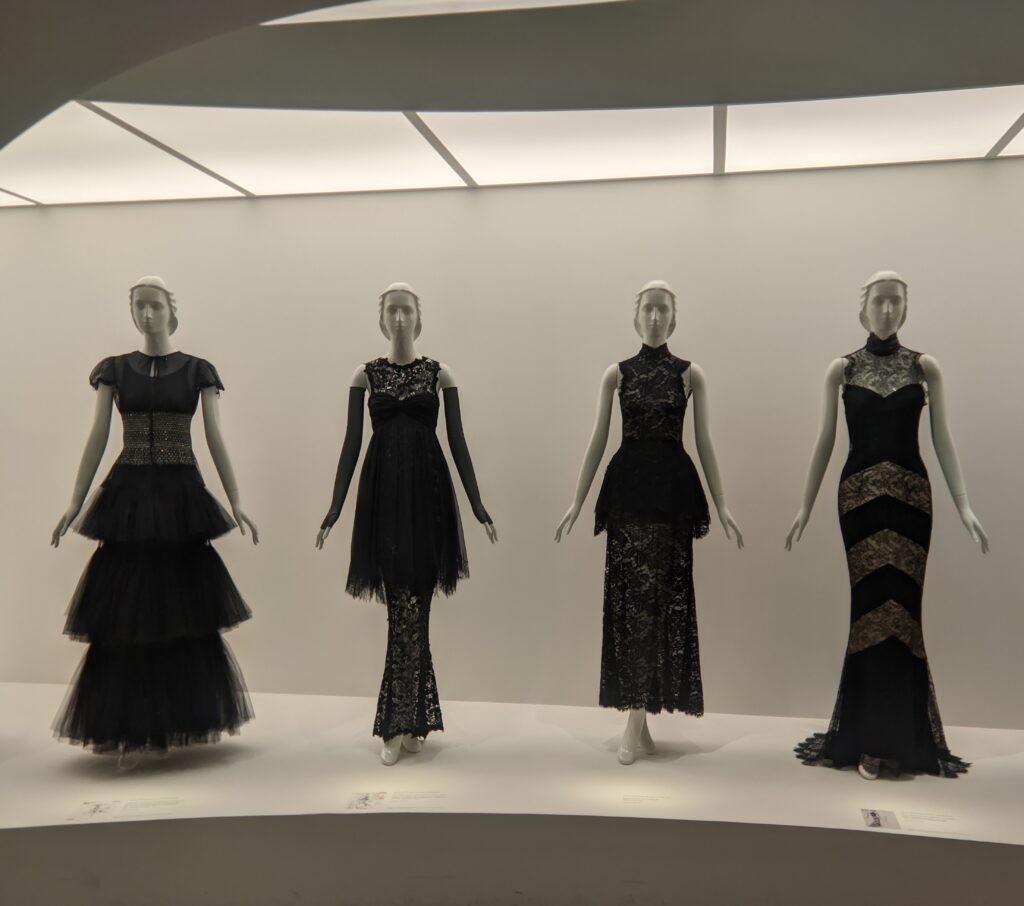
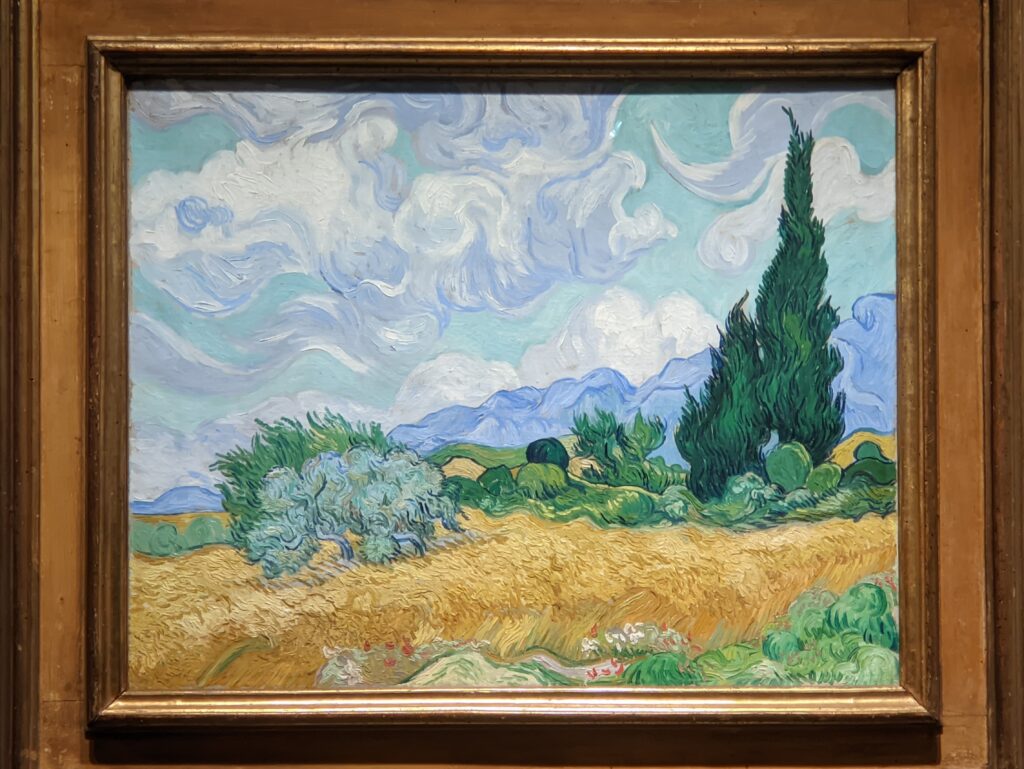
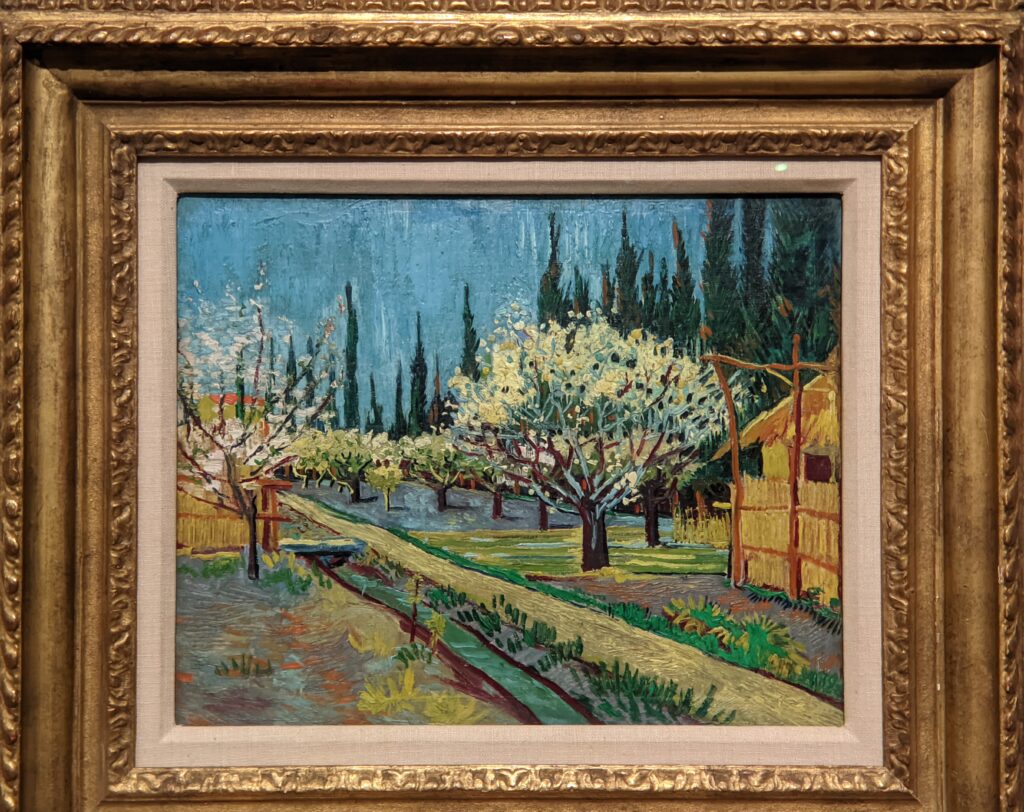
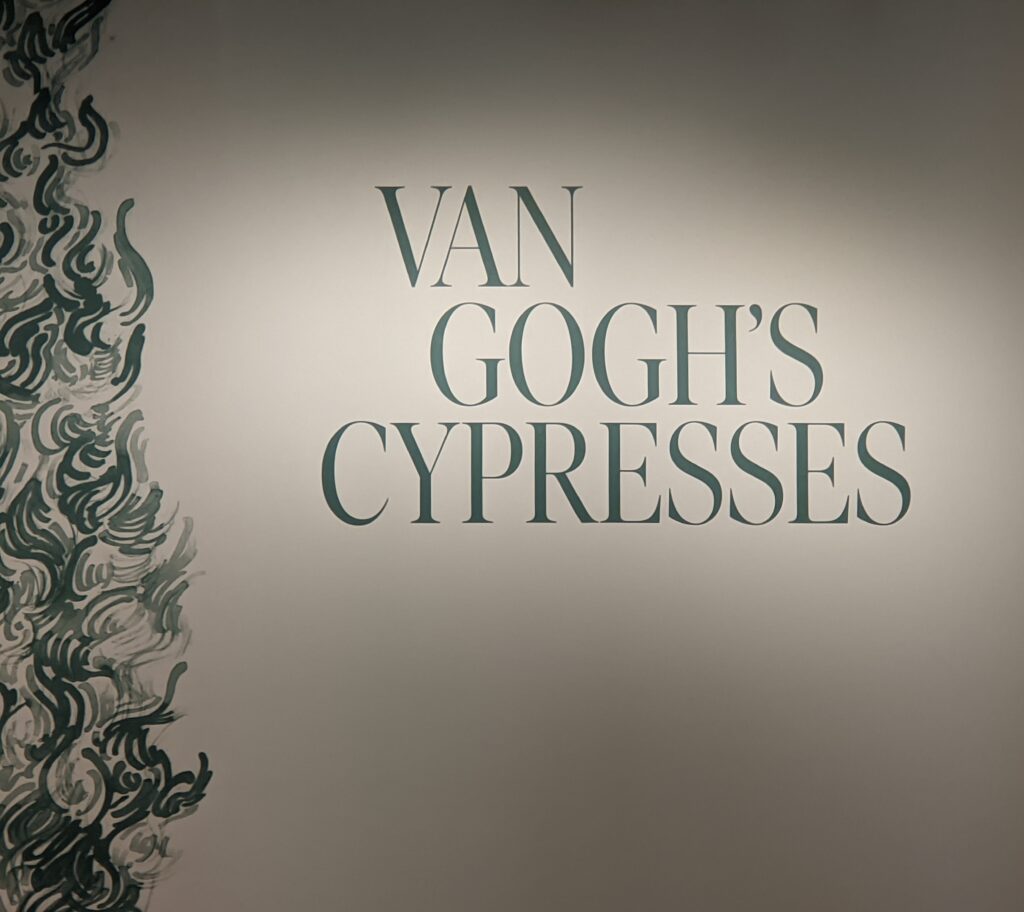
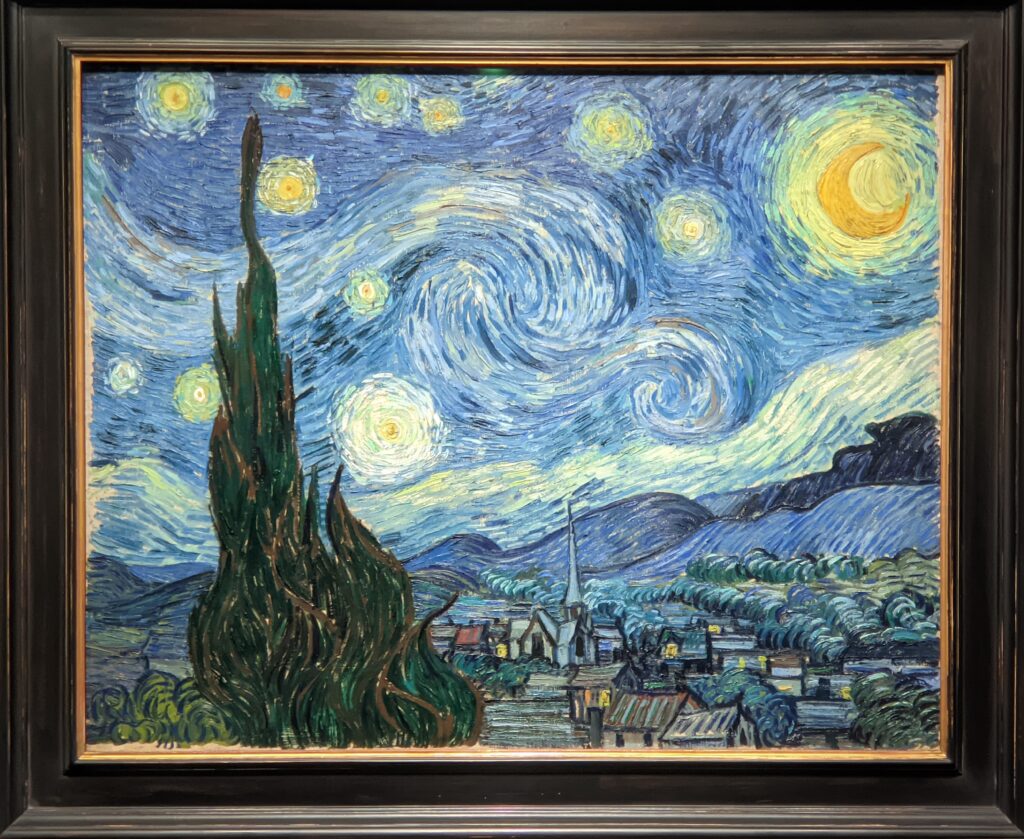
In 2023, the Met displayed a tightly-conceived thematic exhibit of “Van Gogh’s Cypresses.” Some 40 works of art, including “The Starry Night” (above) from the collection of the Museum of Modern Art, illuminated Vincent van Gogh’s fascination with the distinctive evergreen trees that sparked his creativity during his two years in the South of France.
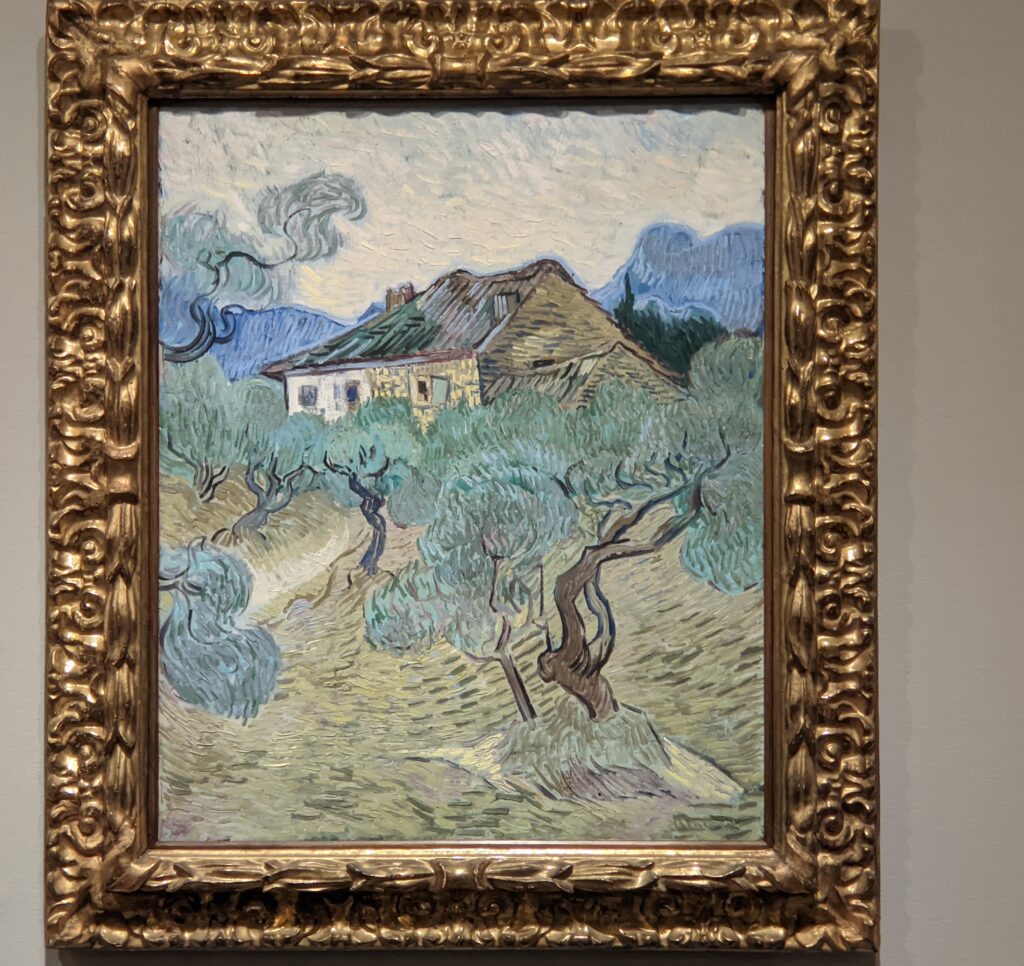
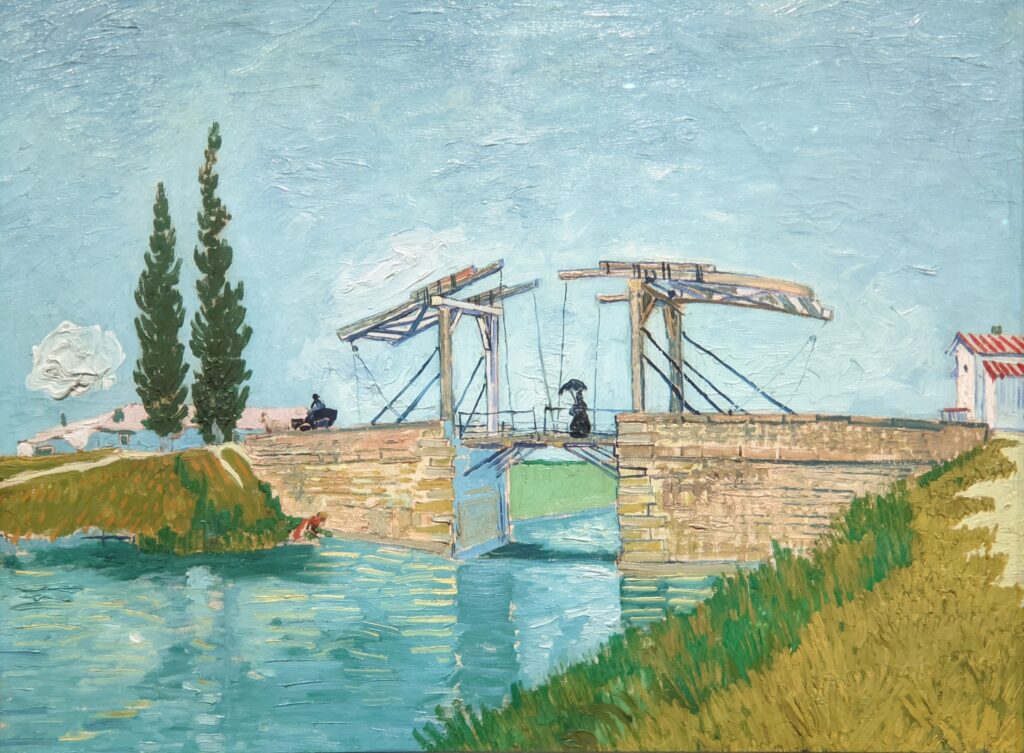
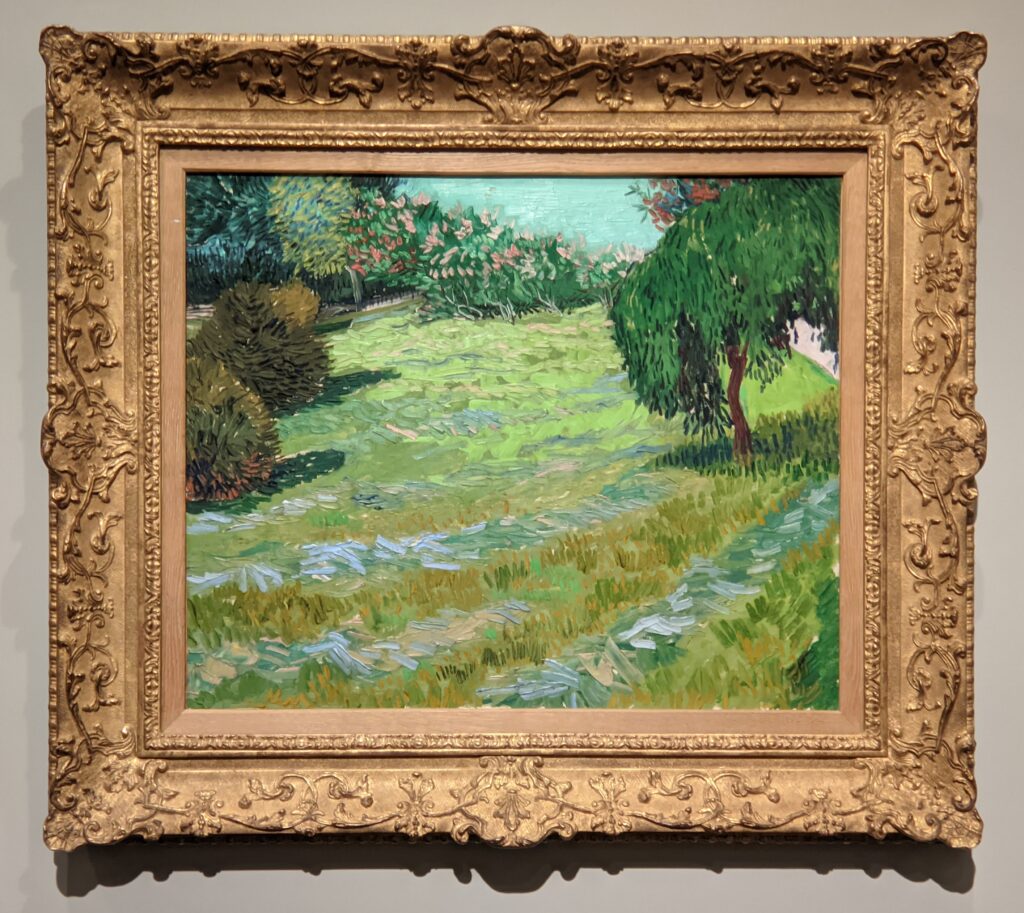
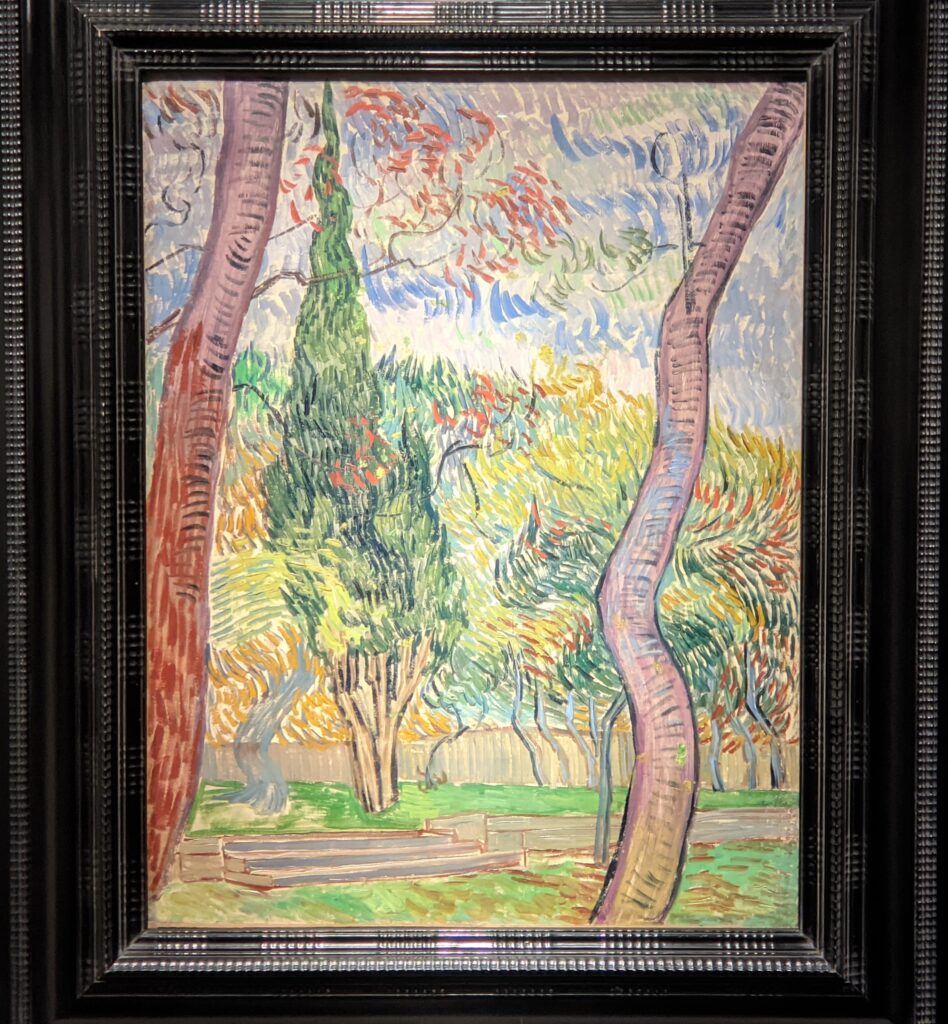
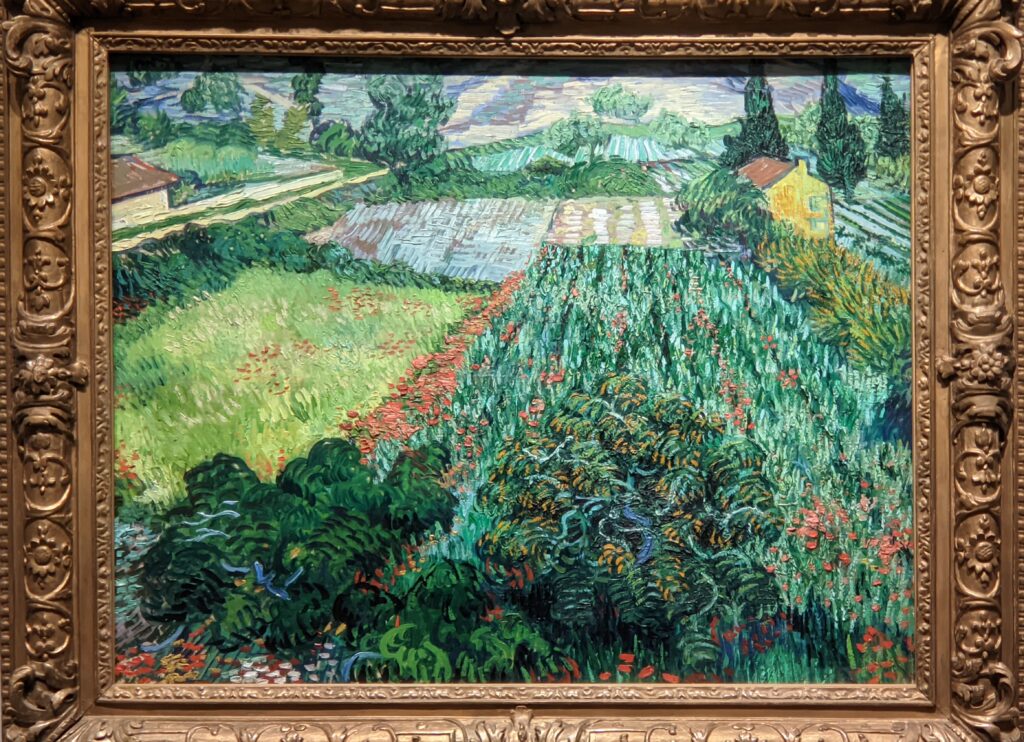


“Van Gogh’s Cypresses” Was on View in New York City During the Summer of 2023
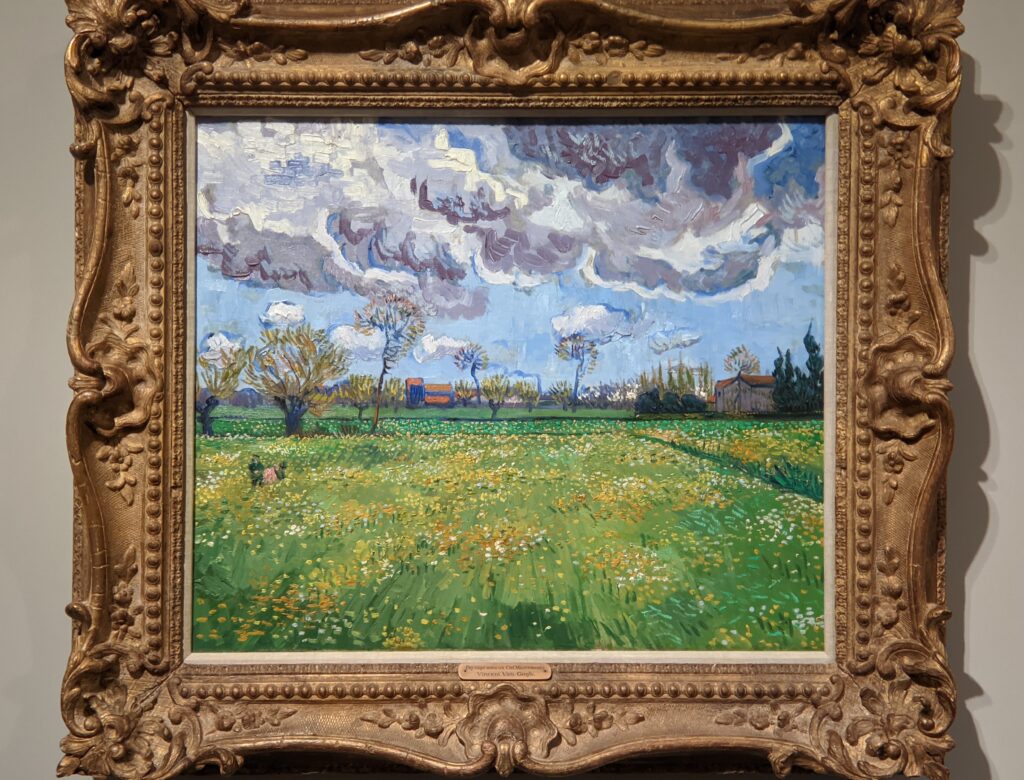
The Metropolitan Museum of Art is open from 10:00 in the morning until 5:00 in the afternoon, closed on Wednesdays, and we suggest you plan a visit in the early evening on a Friday or Saturday when the Met museum offers extended hours from 10:00 in the morning until 9:00 in the evening!
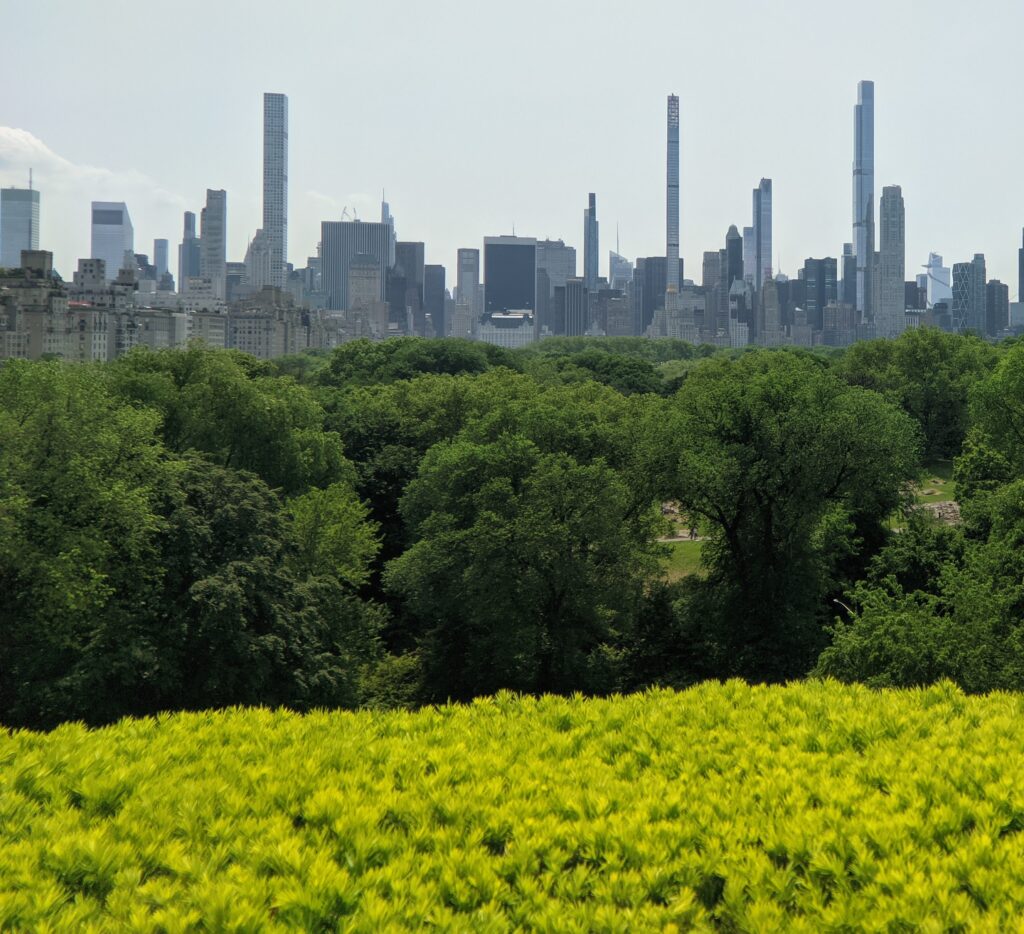
Enjoying the Permanent Collection of the Met in New York City
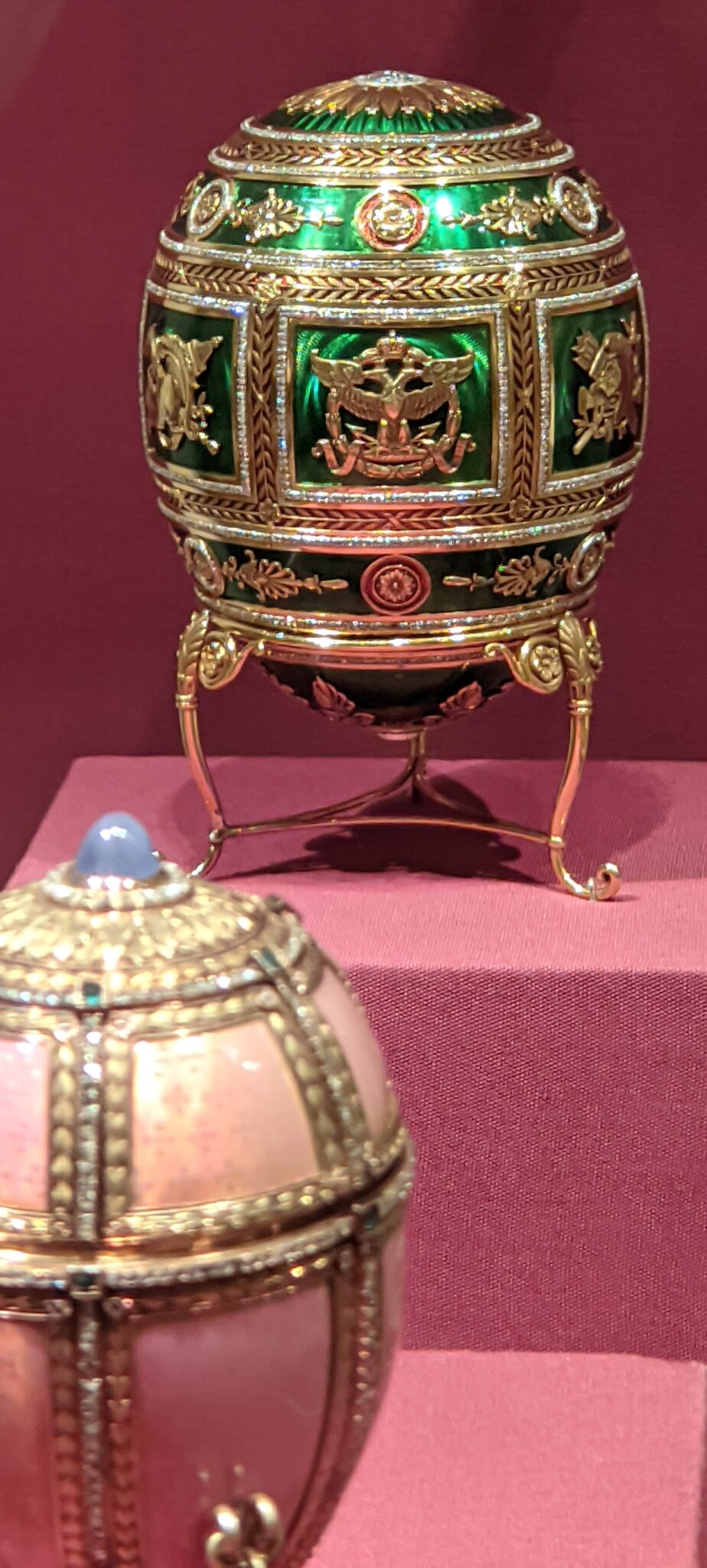
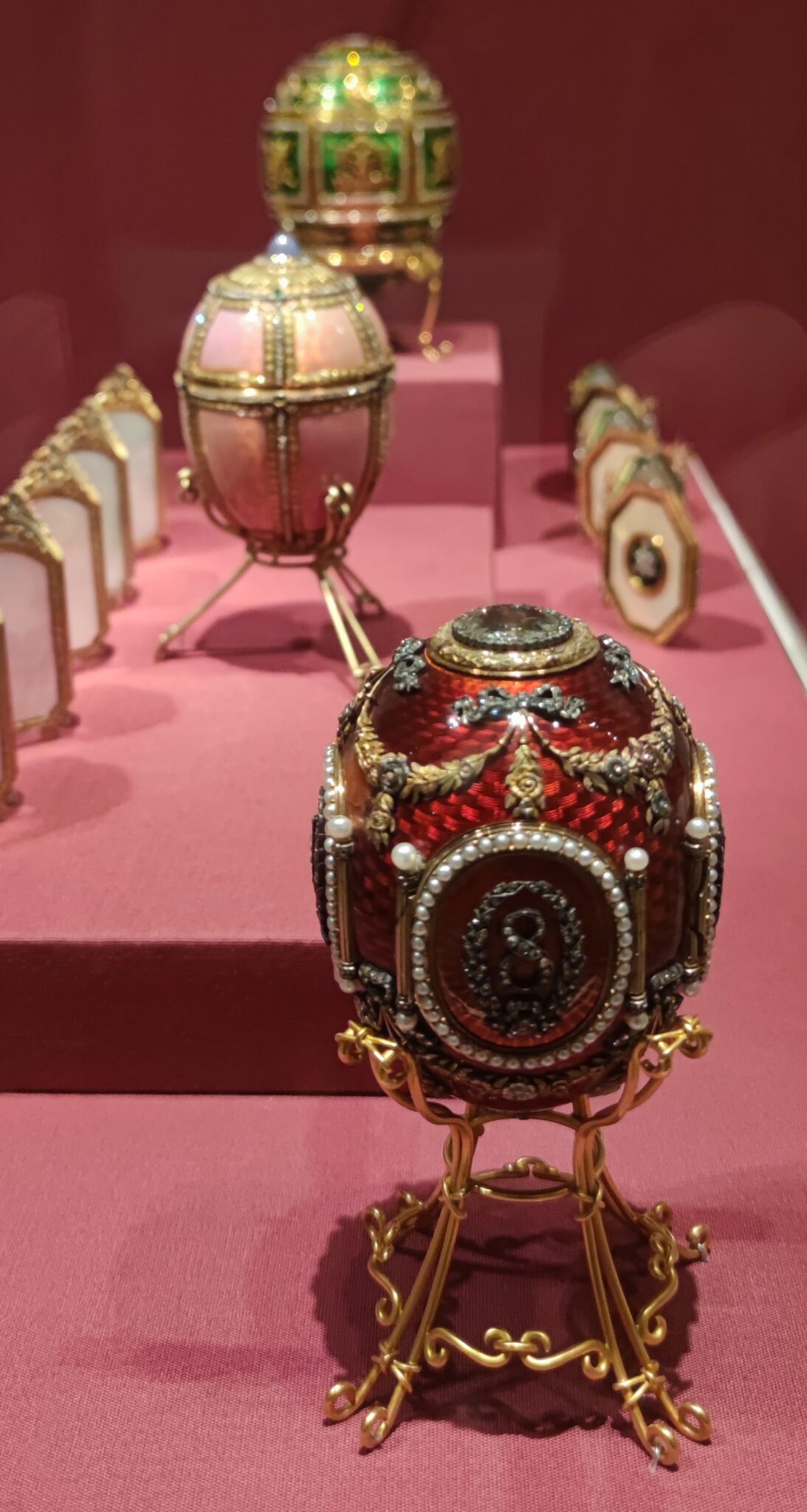
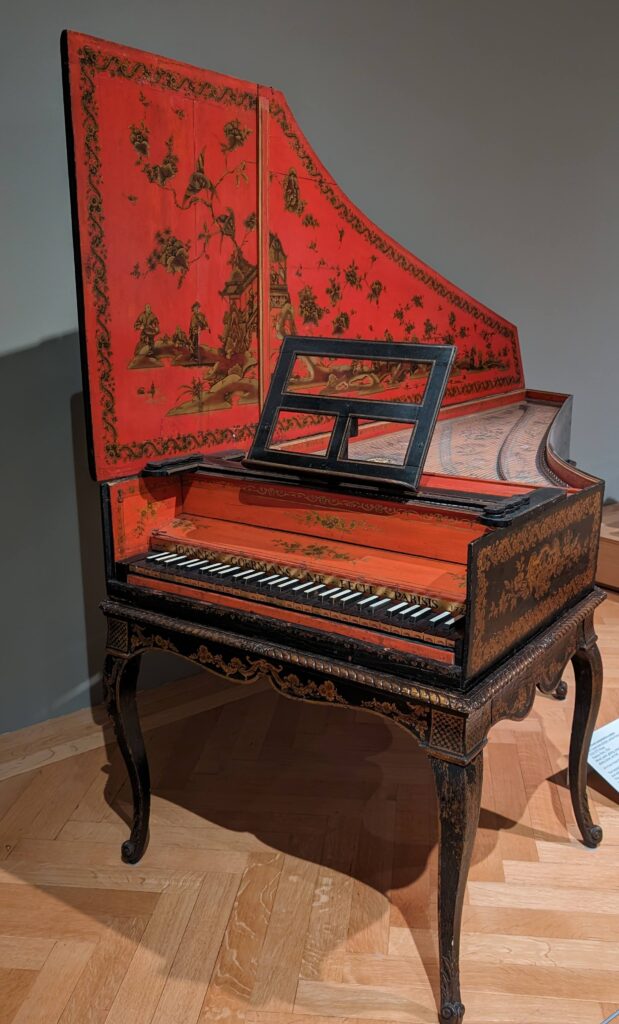
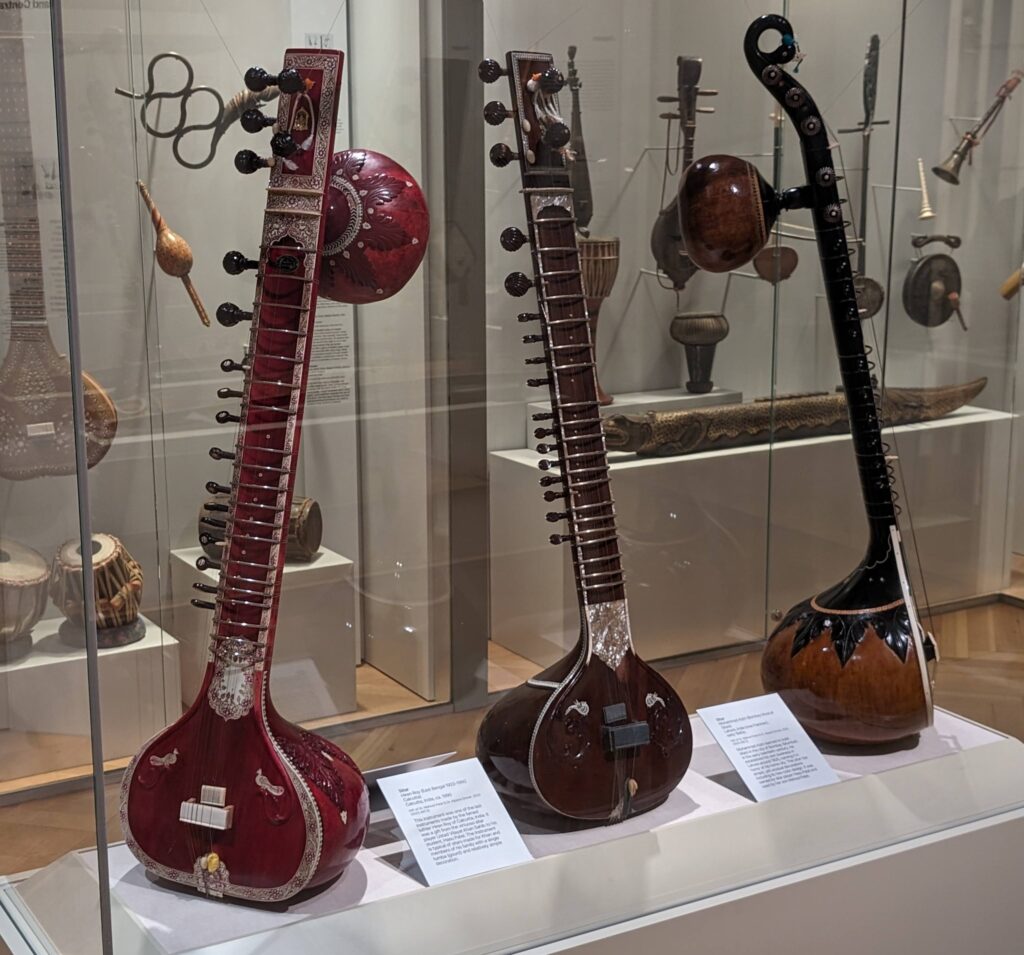
While some of the possessions of the Met may also be commonly found in other Western museums — such as furniture, tapestries, and antique weapons / armor from around the world — the most wonderful quality of museums in the United States in general is the broad range of ceramics, jewelry, timepieces, glass, fashion, photographs, mathematical & musical instruments, and architectural elements on display. In other words, art museums in North America are often surprising (and never boring) because they do not limit their purpose to the exhibition of sculpture and painting.
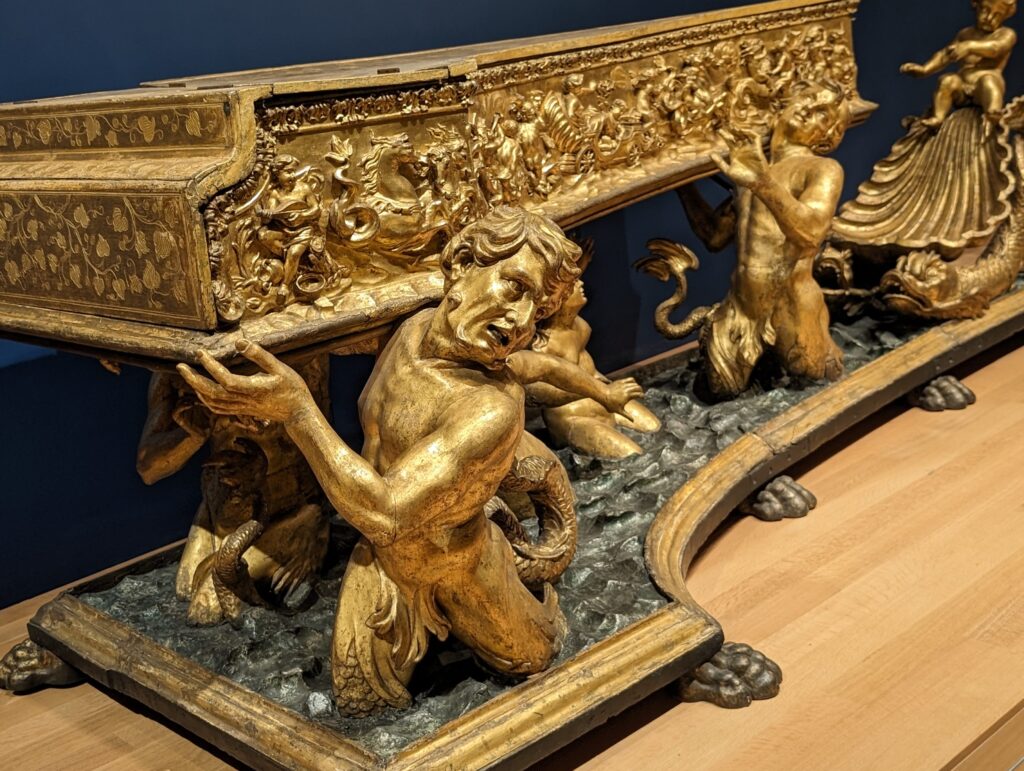
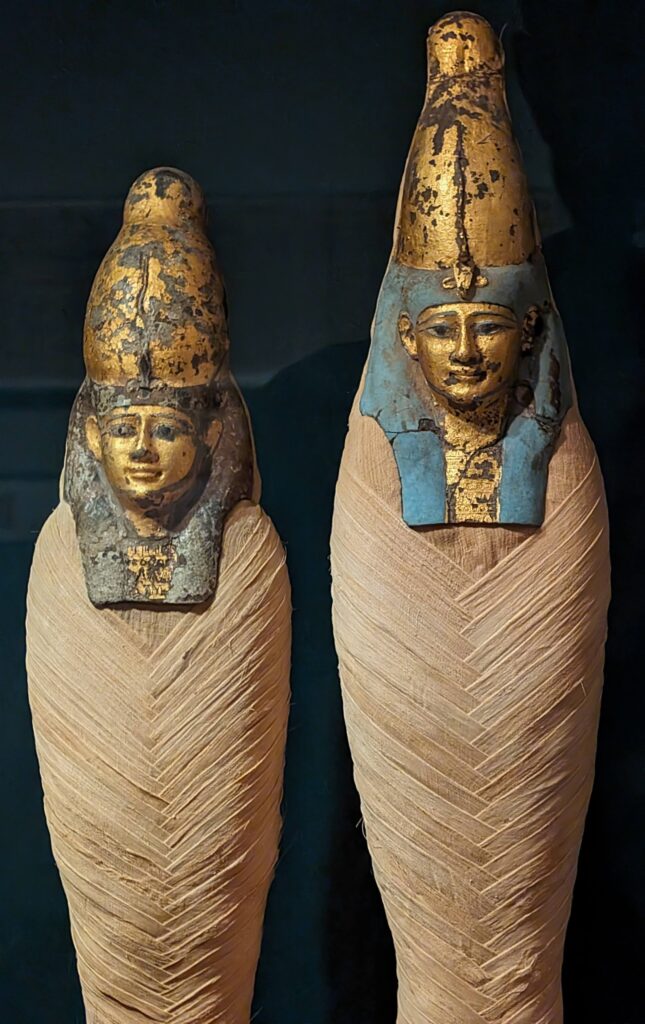
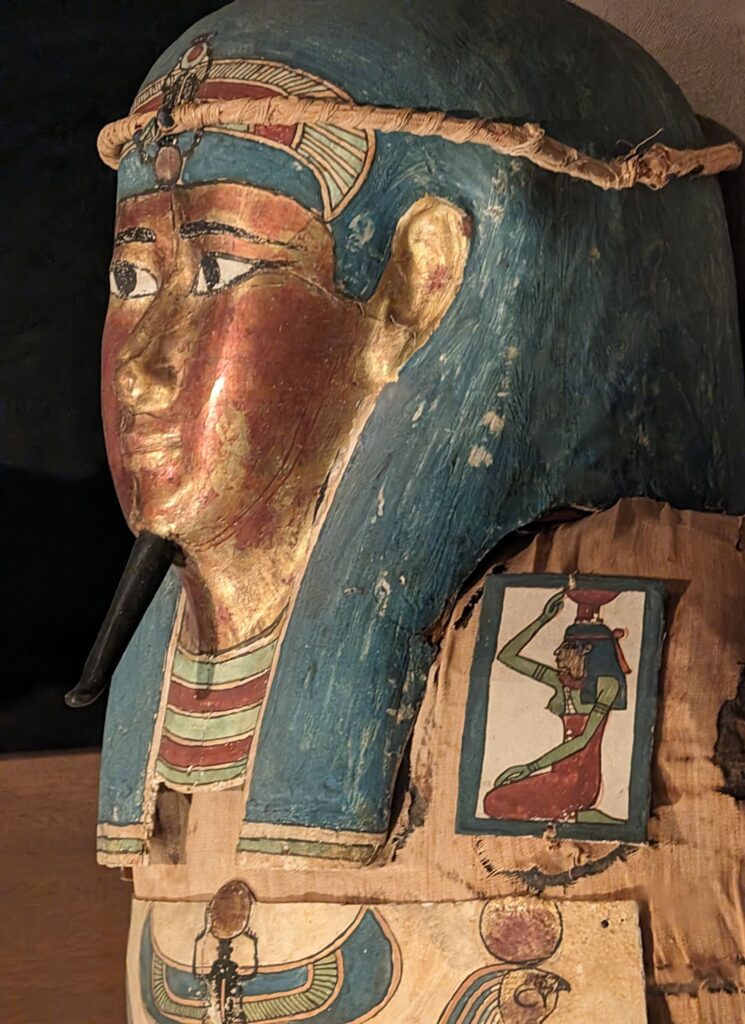
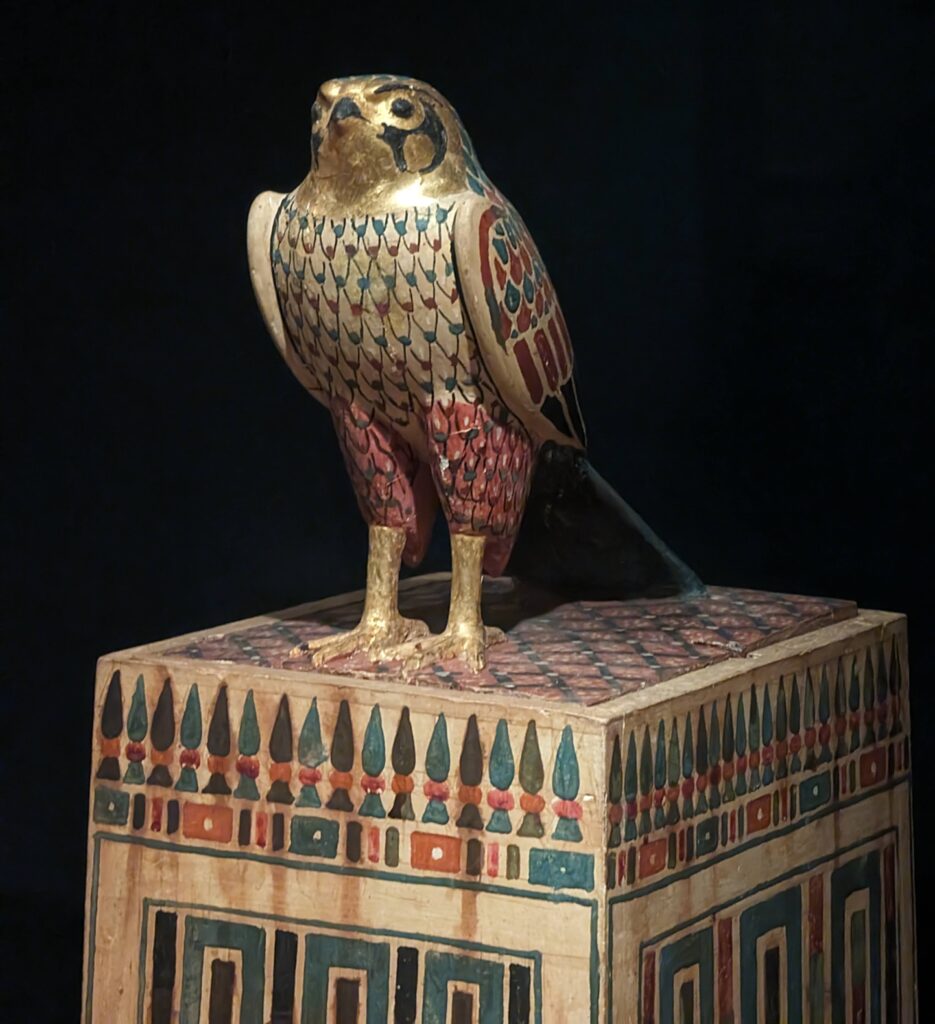
“The Michael C. Rockefeller Wing” (opened in 1982) housing fine art from Africa, Oceania and the Americas is unique; unfortunately, this section of the museum is closed for renovation through 2025. The good news is that a number of pieces from the Rockefeller Wing may be seen in a room adjacent to Egyptian art under the title “The African Origin of Civilization.”
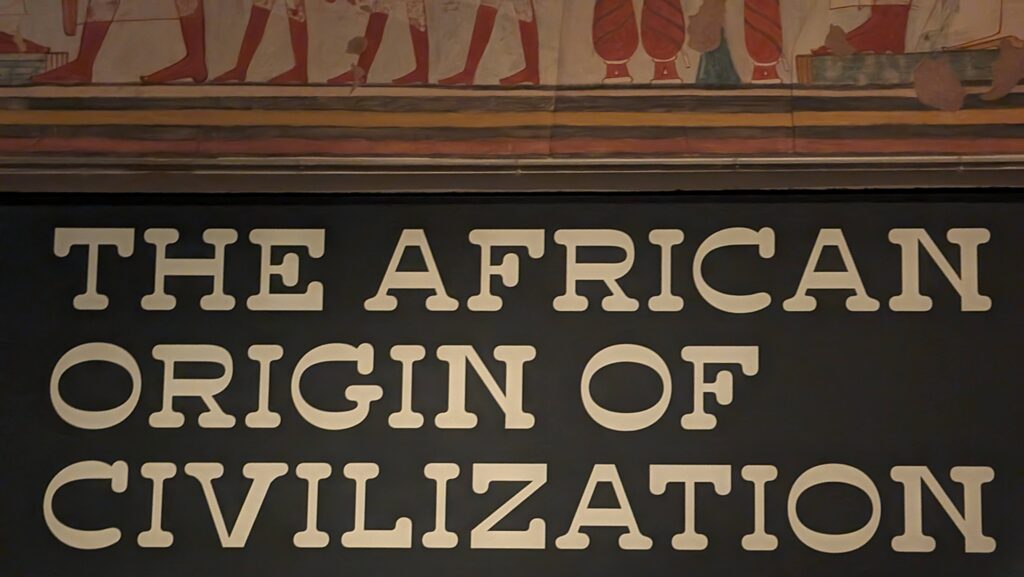
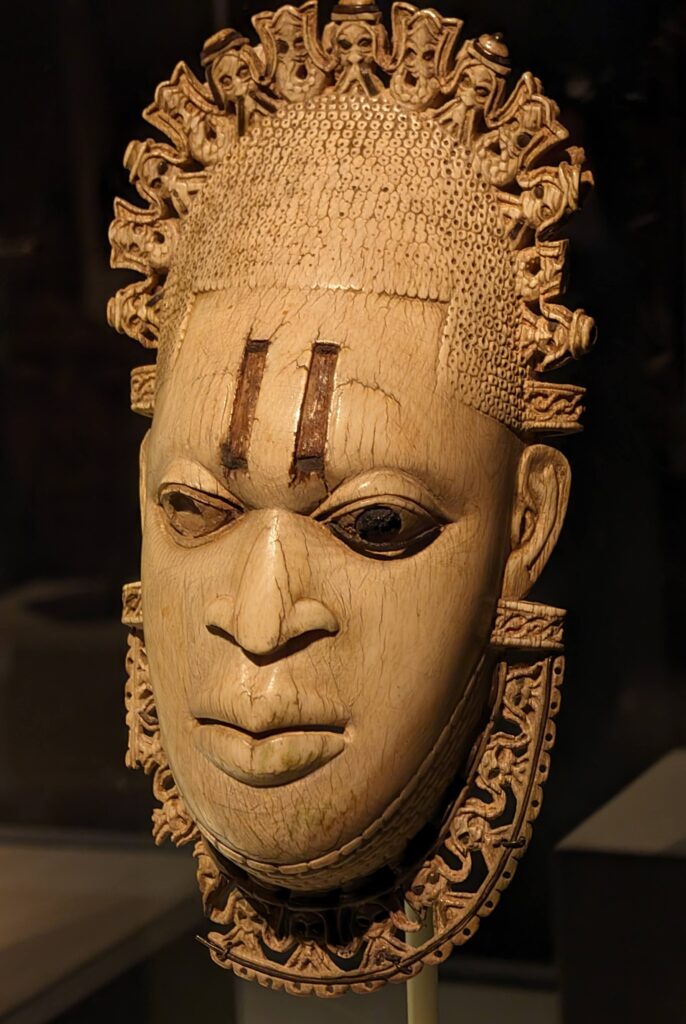
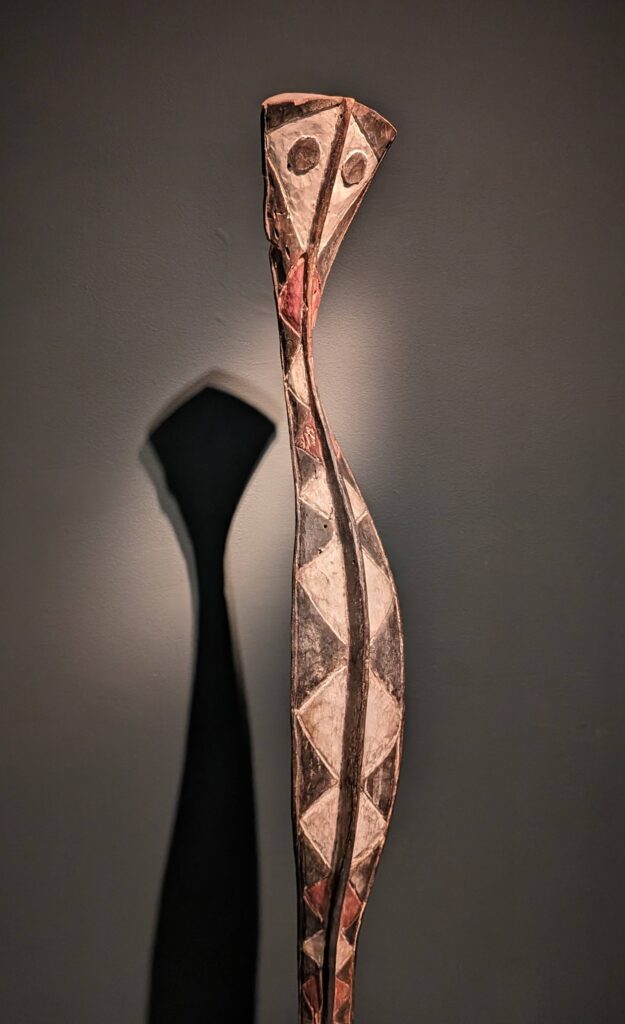
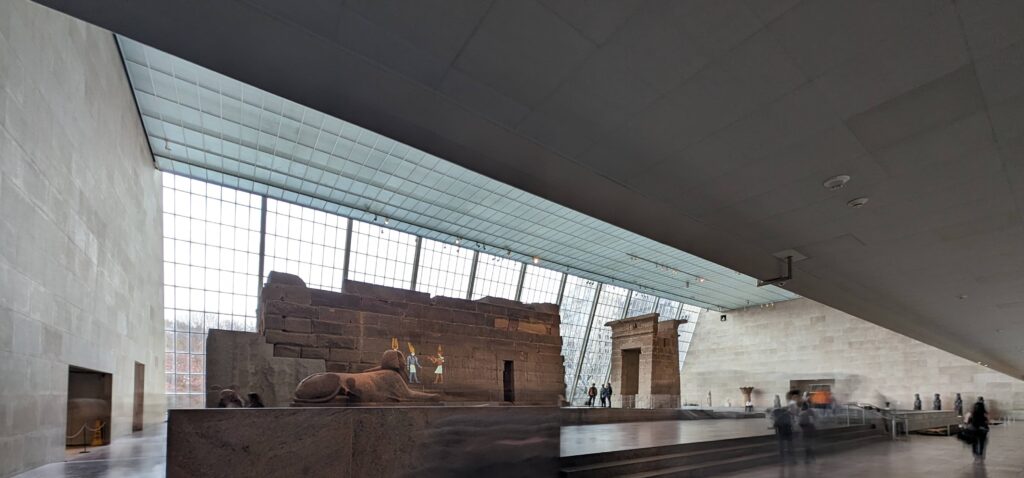
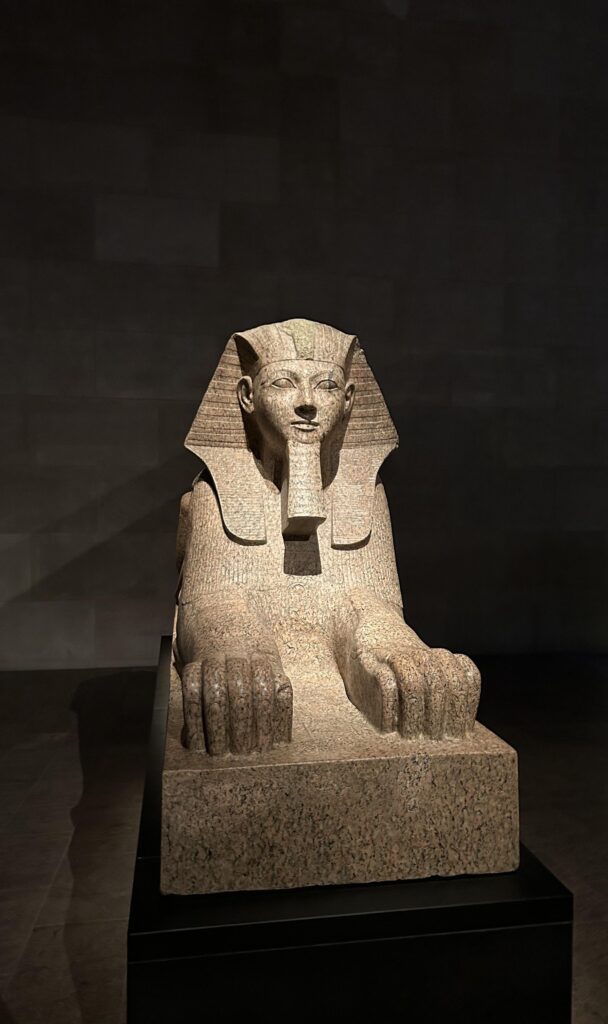
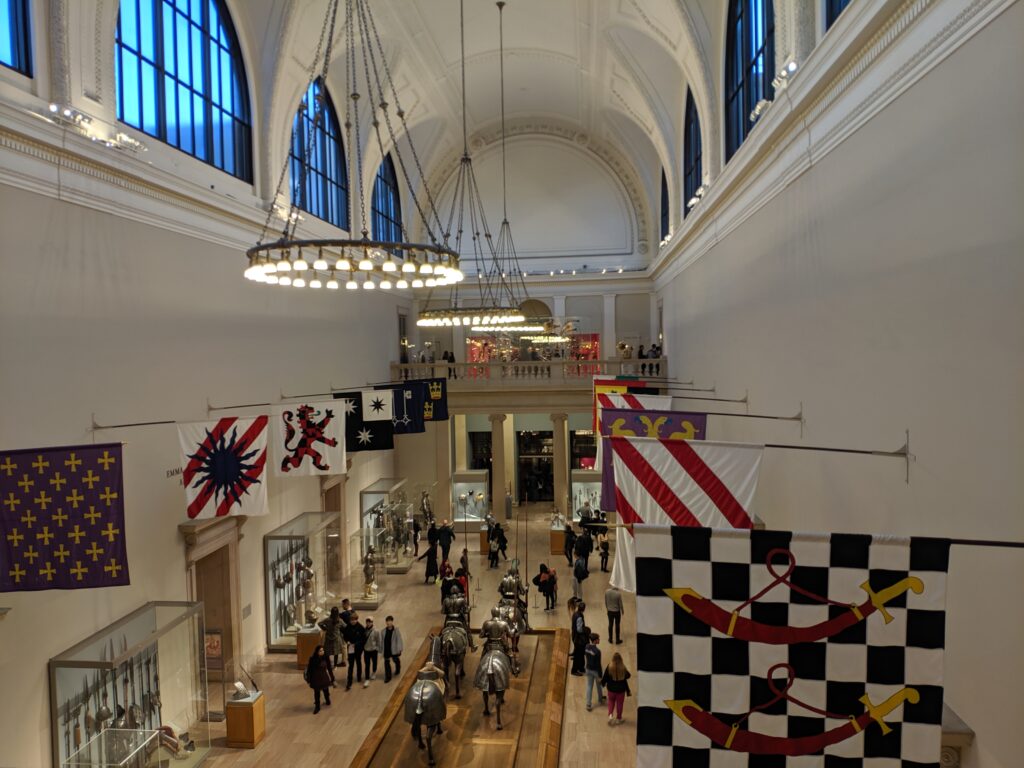
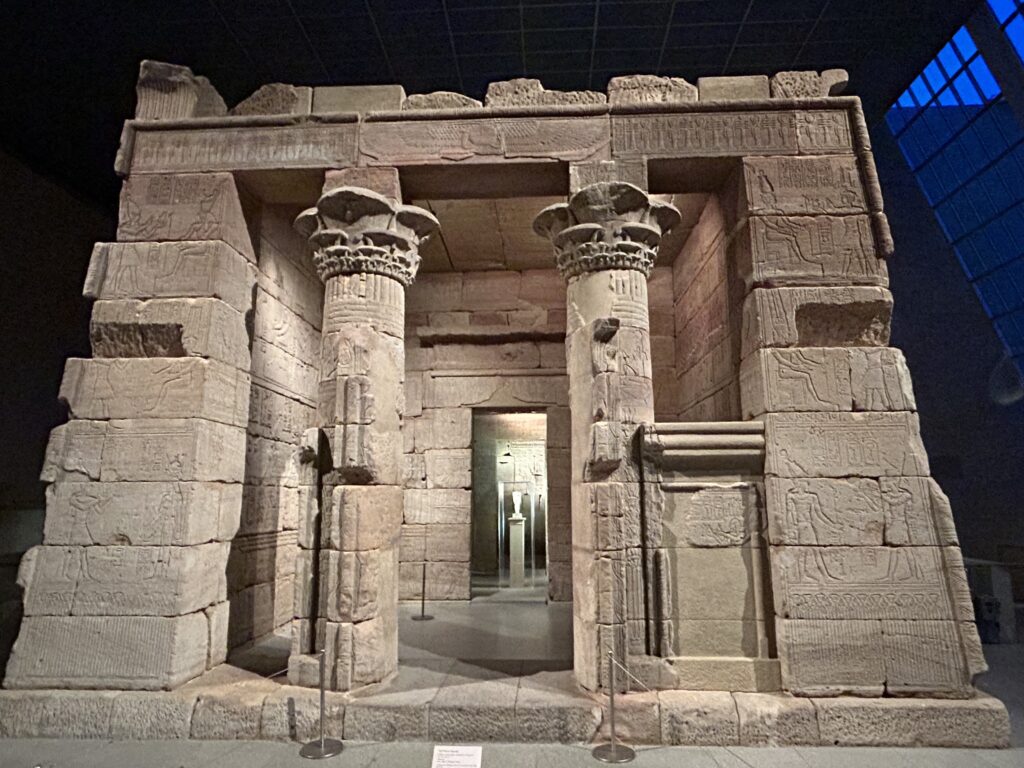
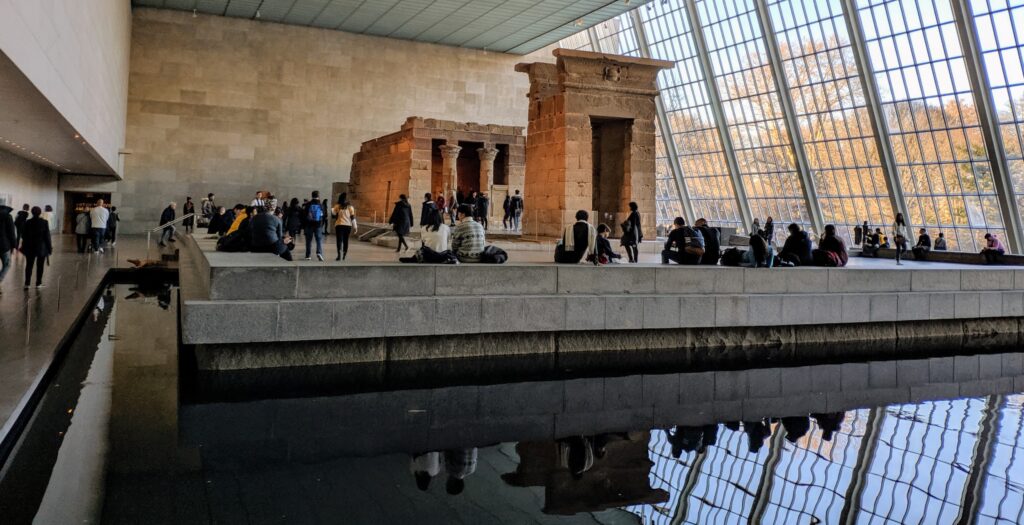
BELOW: 1st century B.C. Roman Wall Frescos
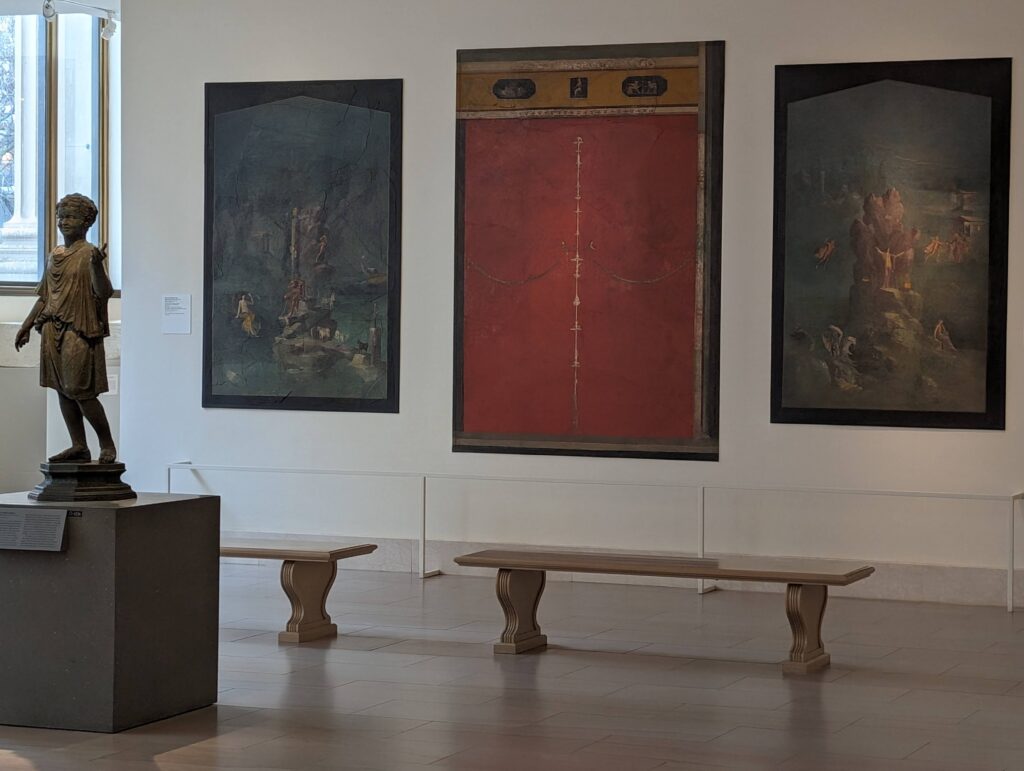
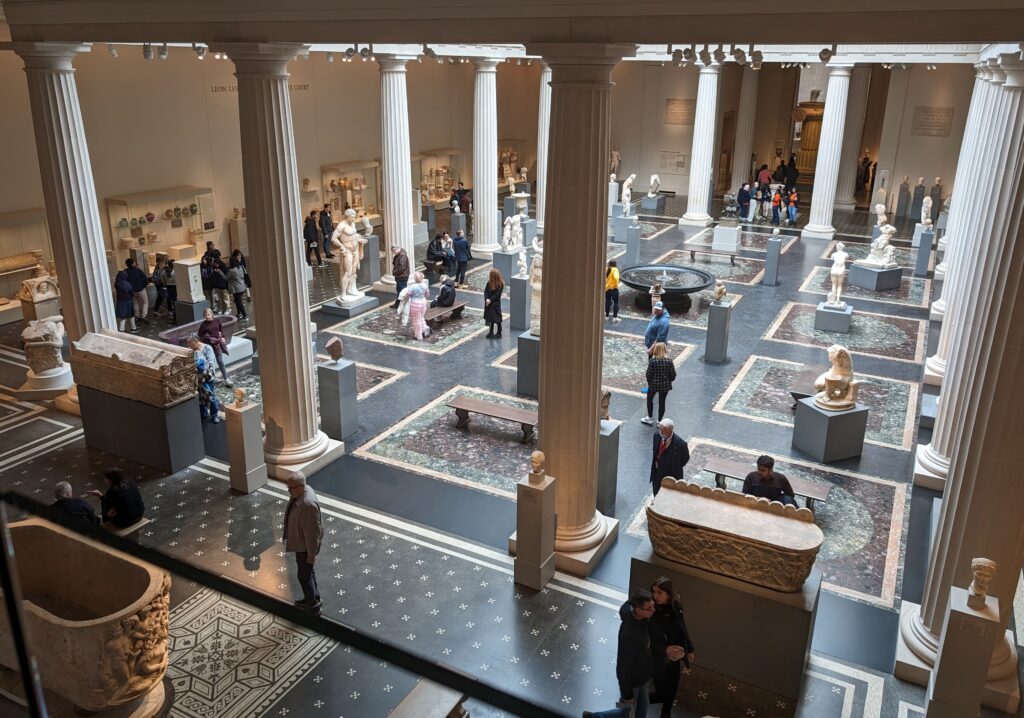
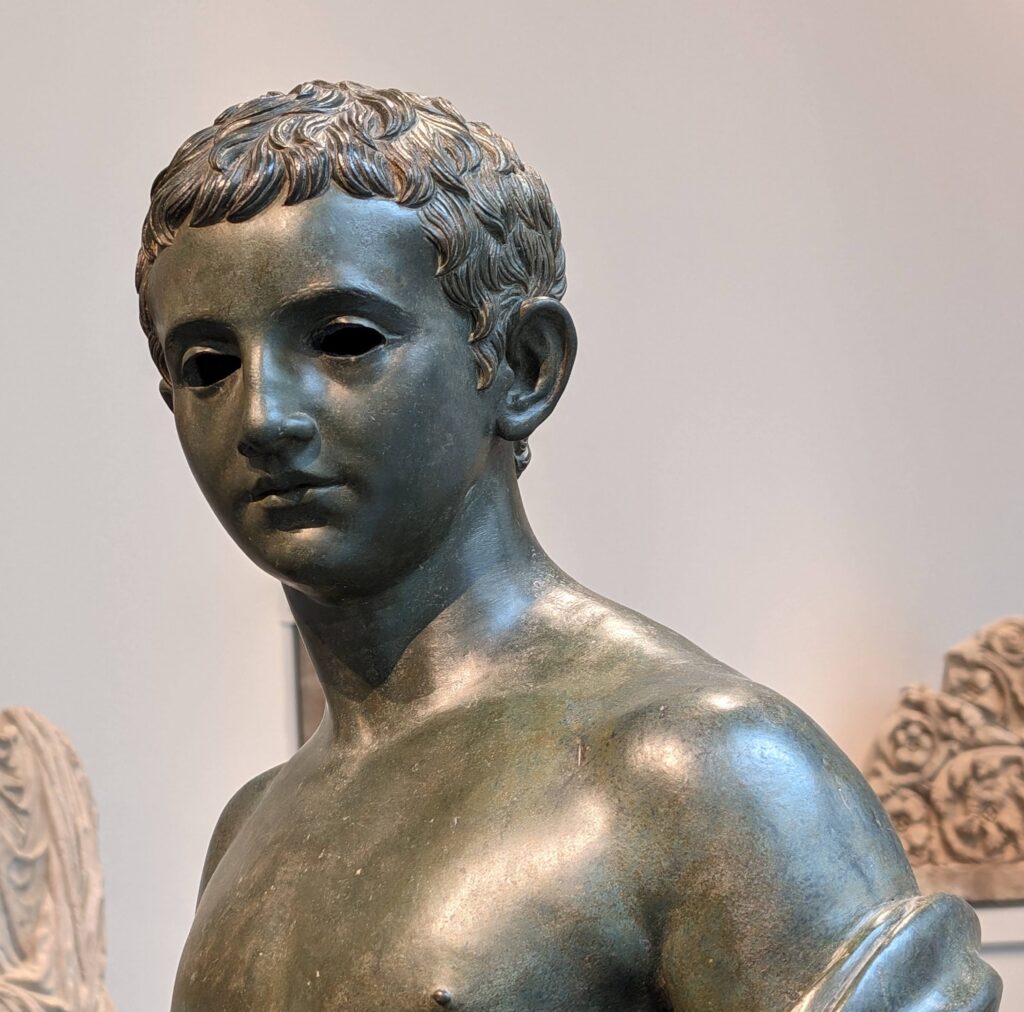
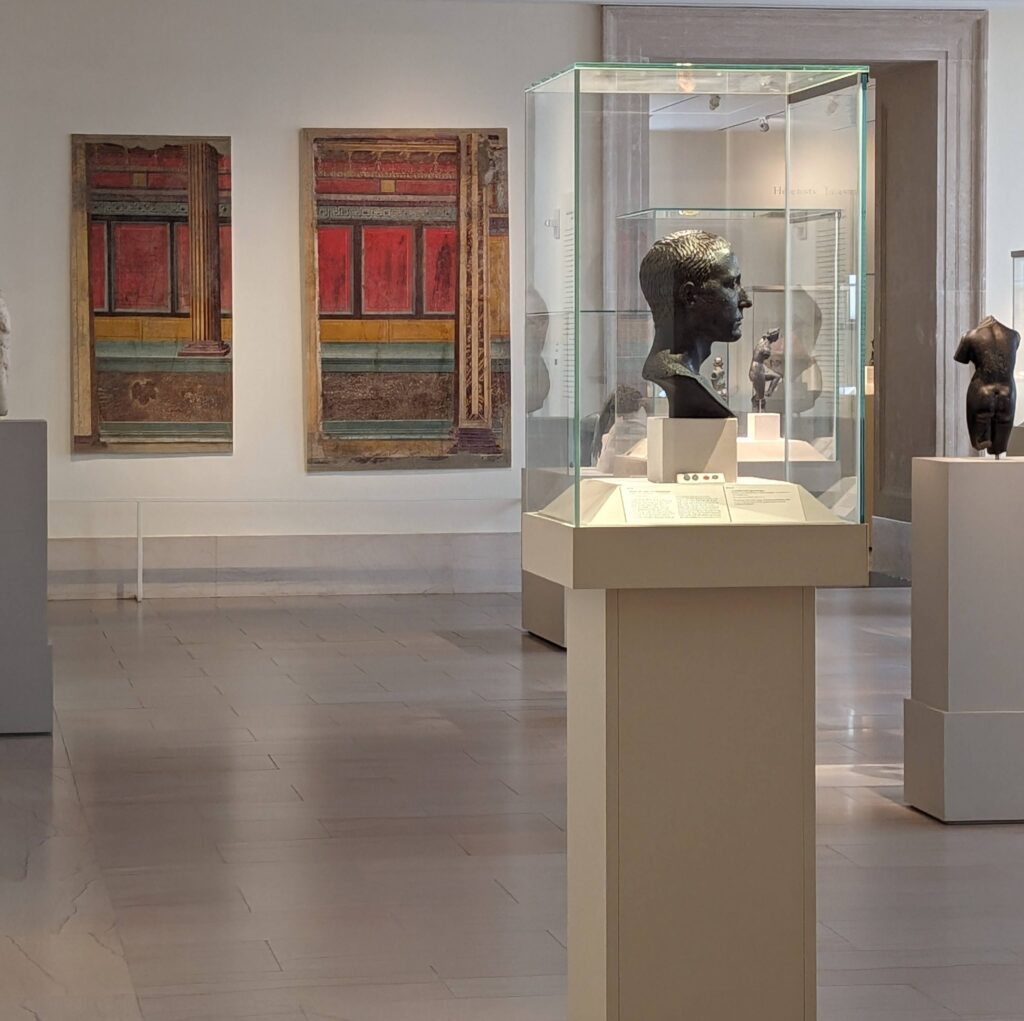
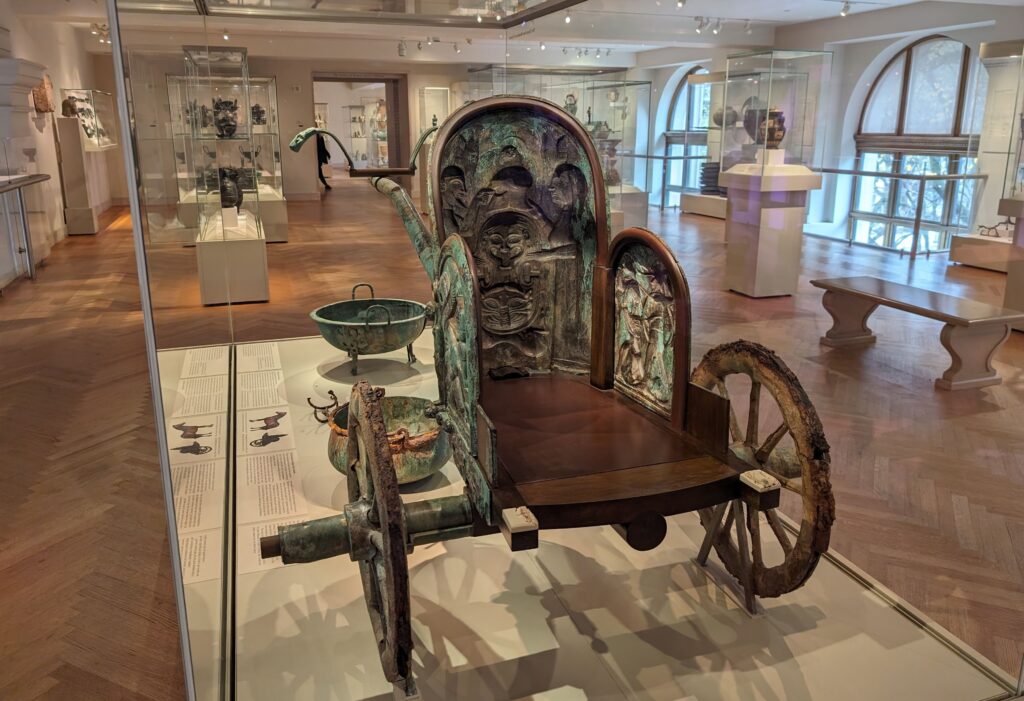
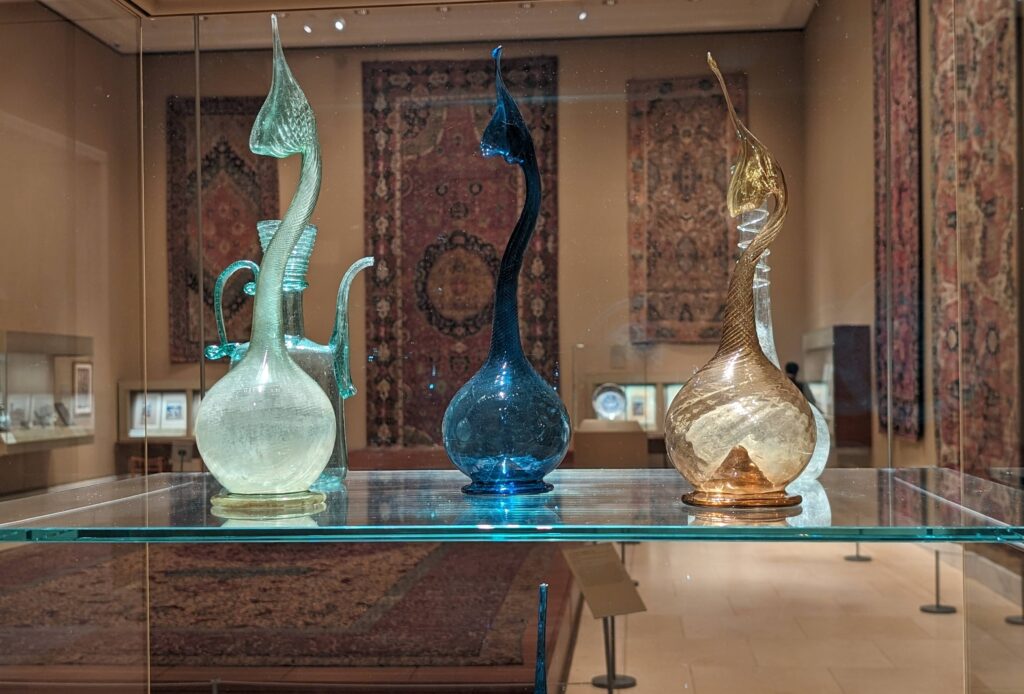
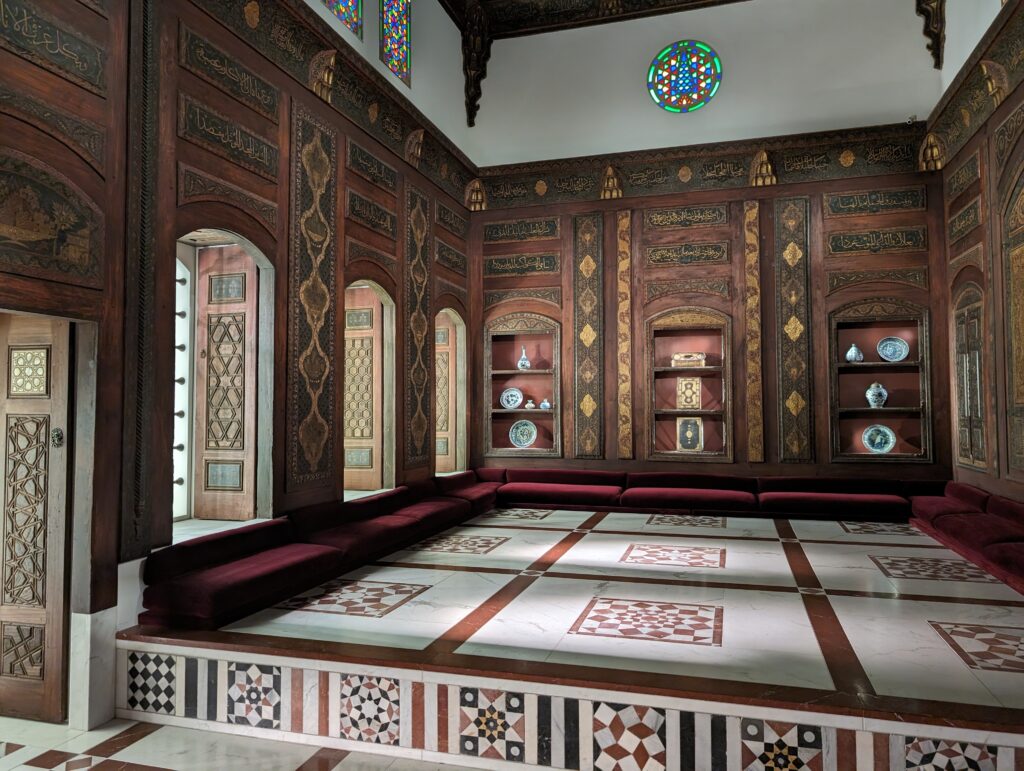
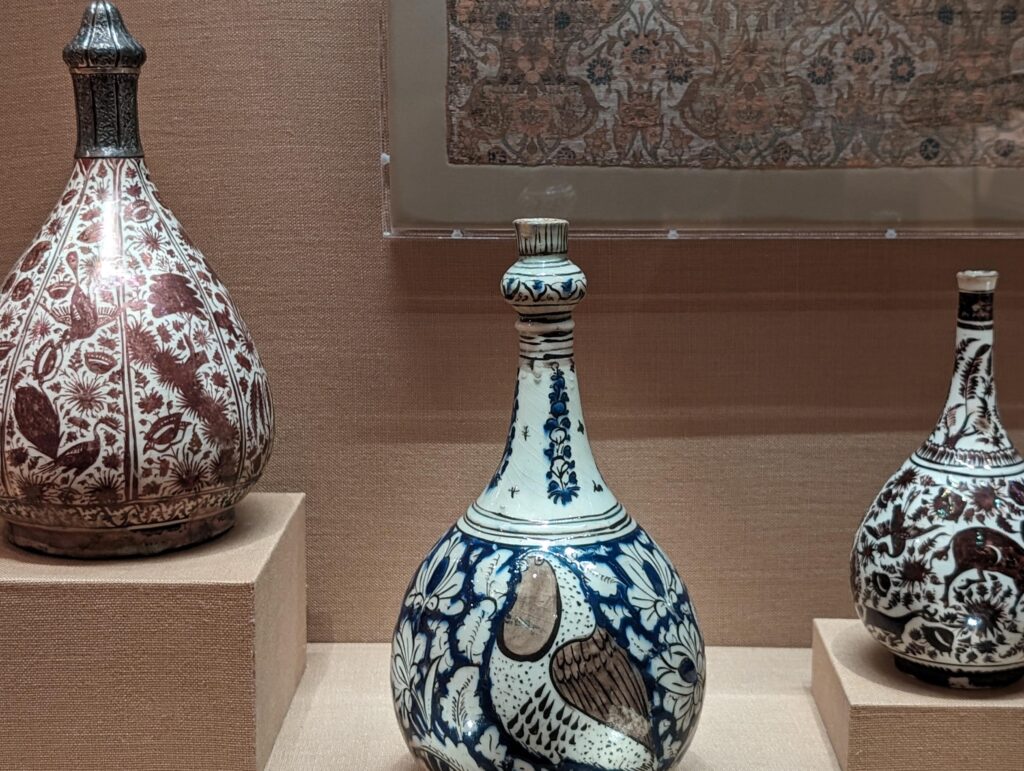
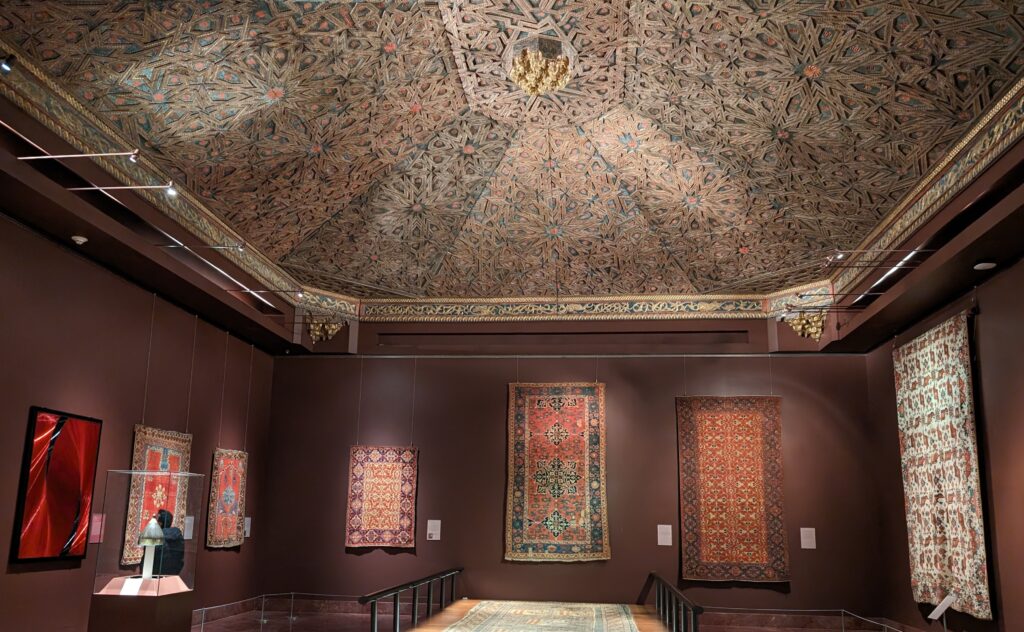
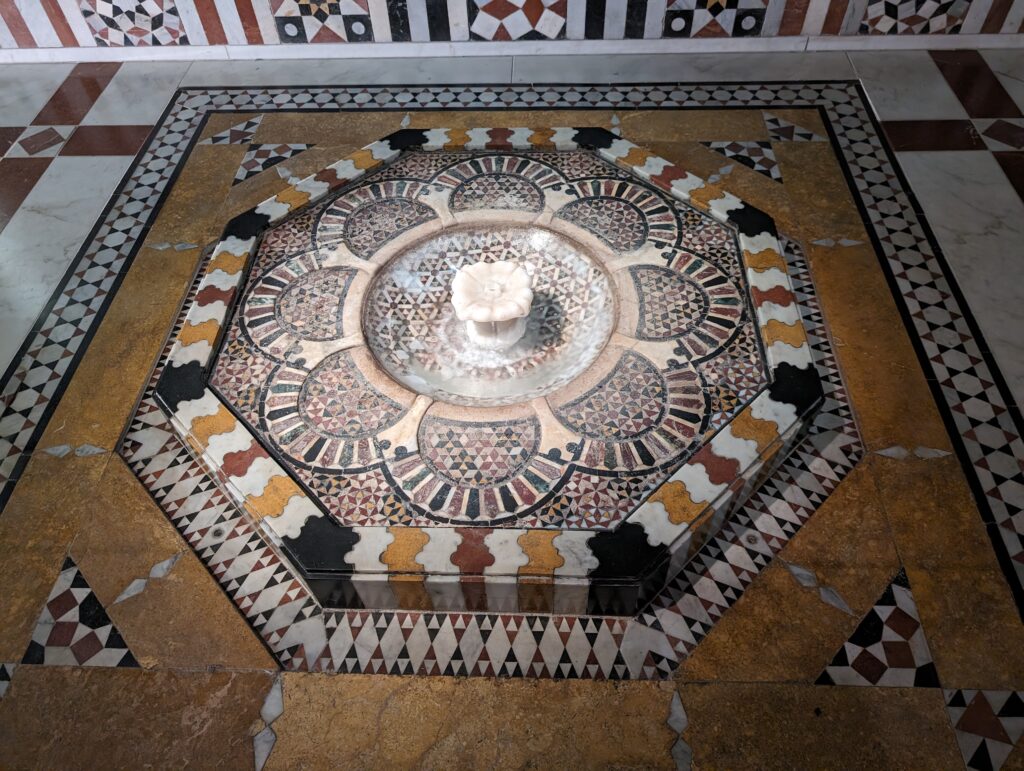
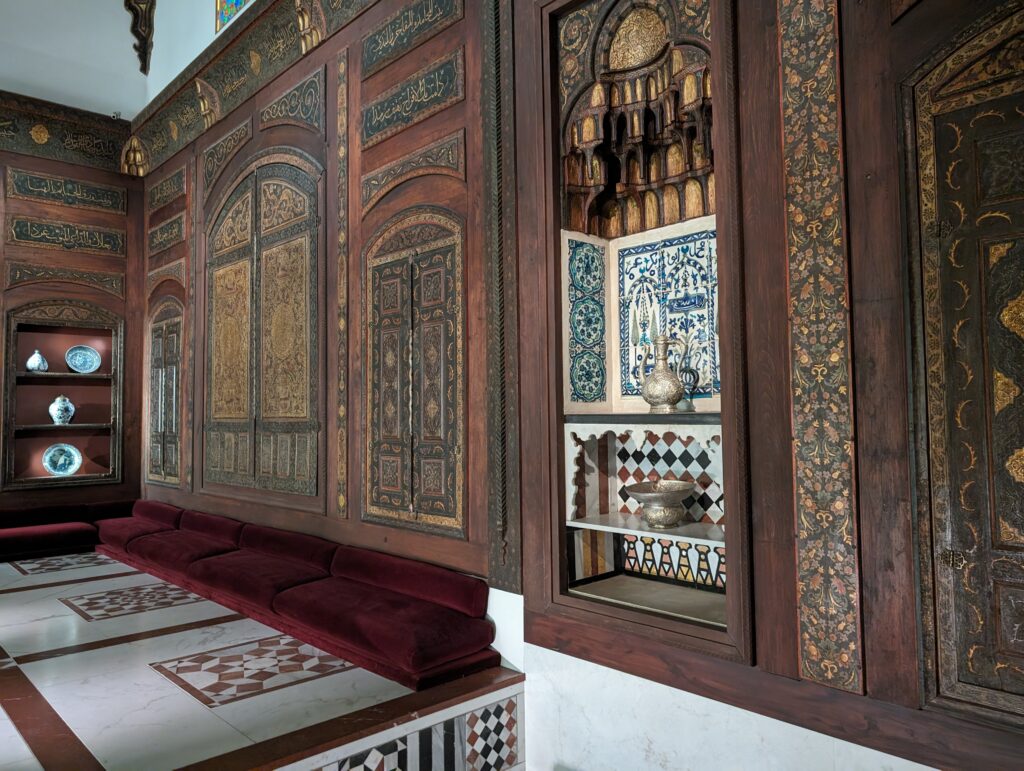
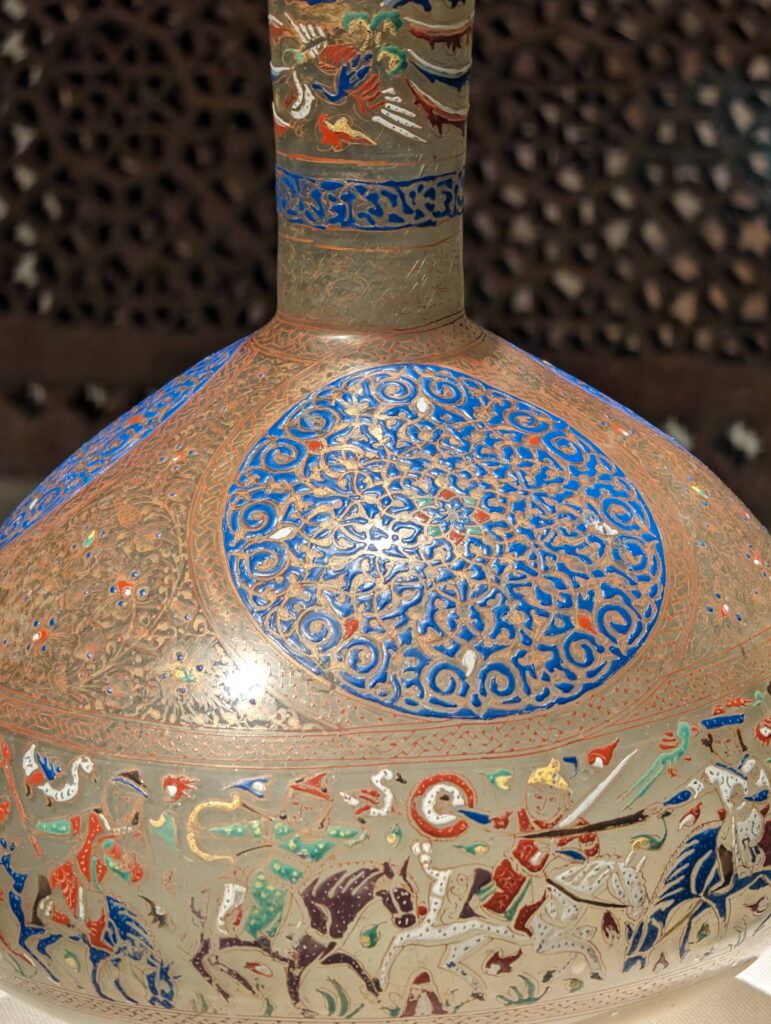
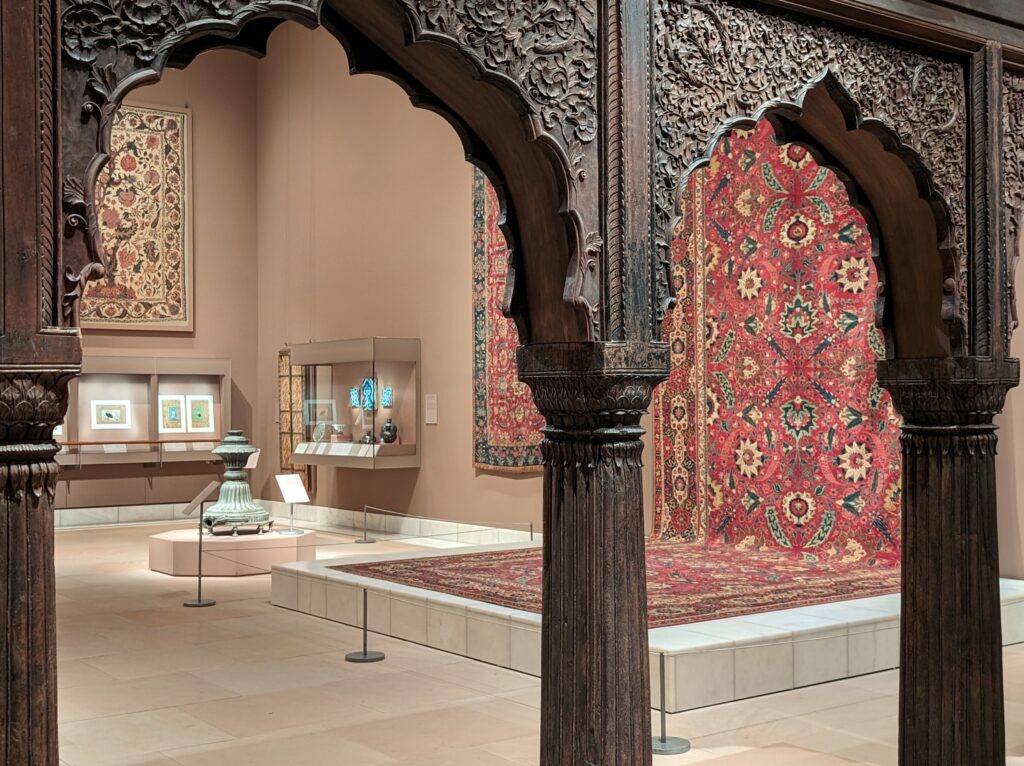
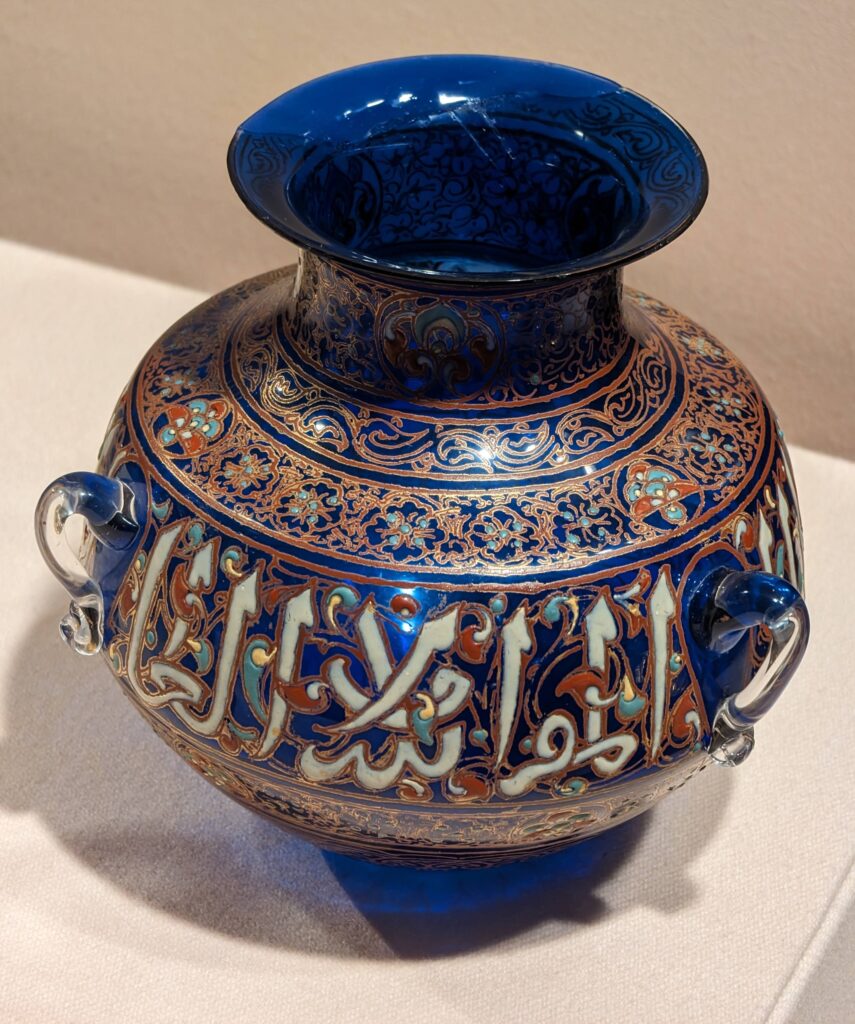
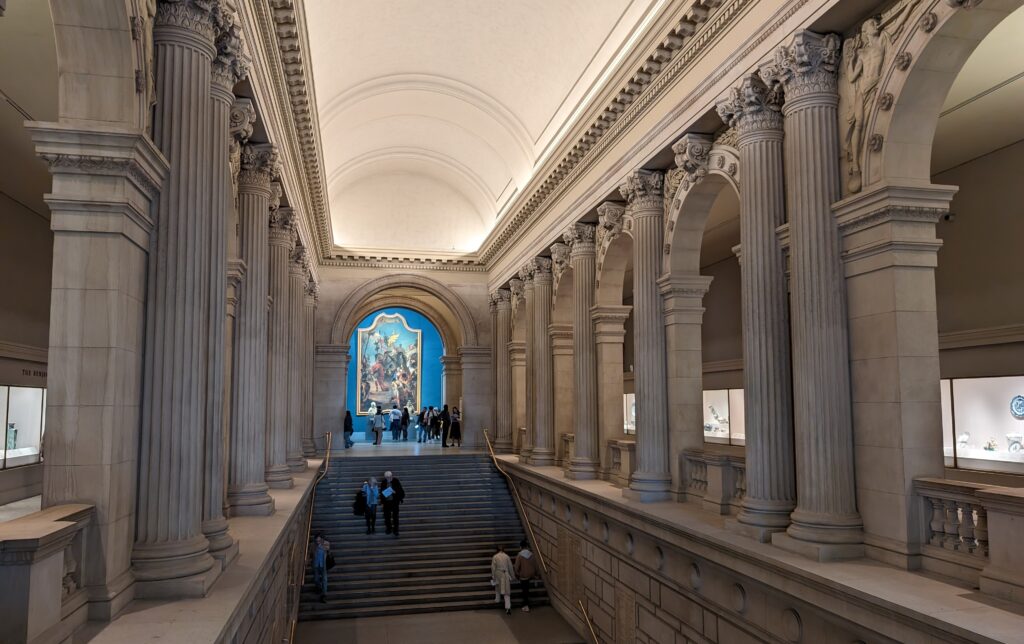
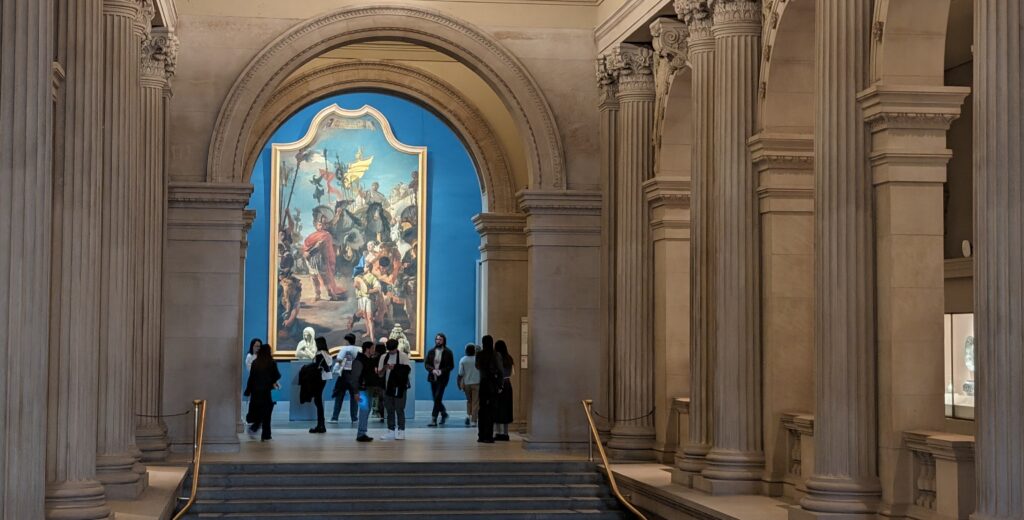
European Paintings 1300 — 1800
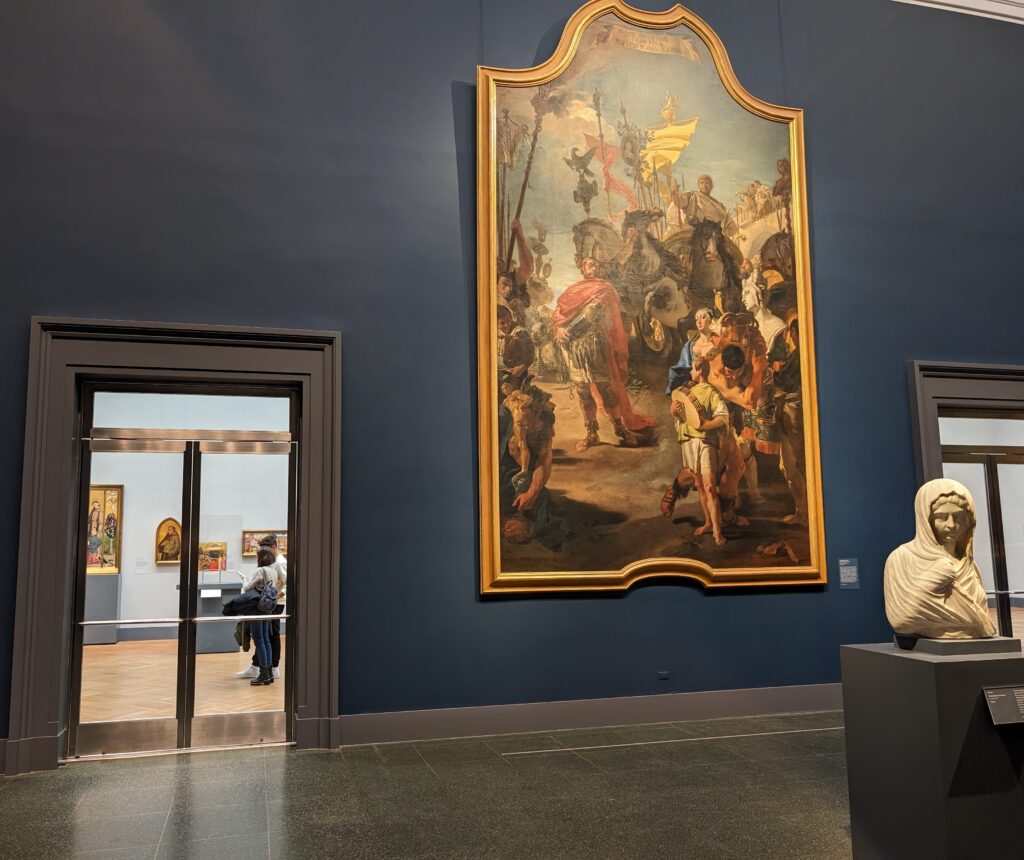
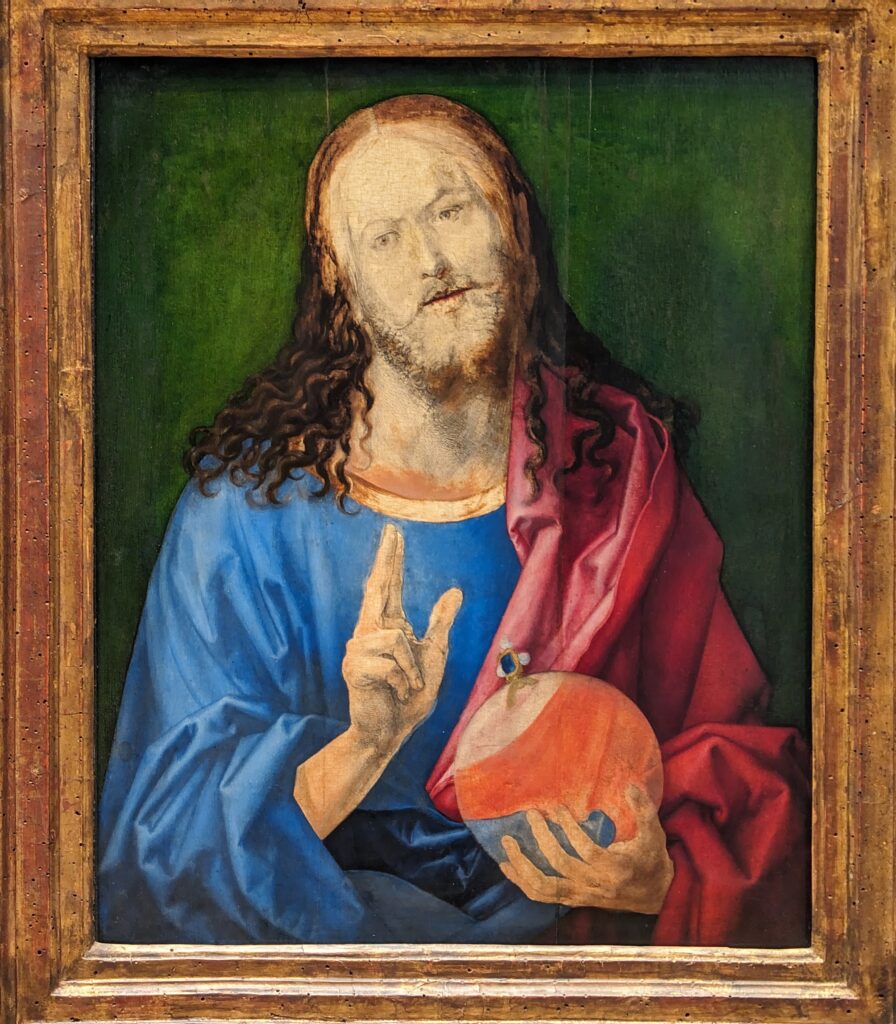
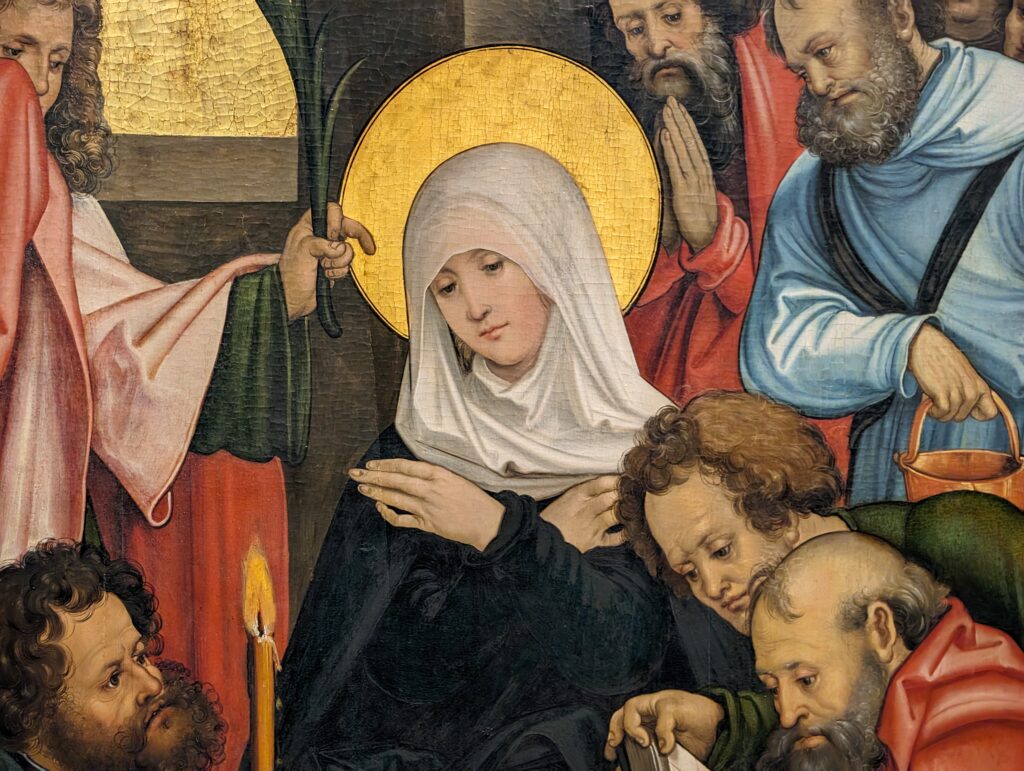
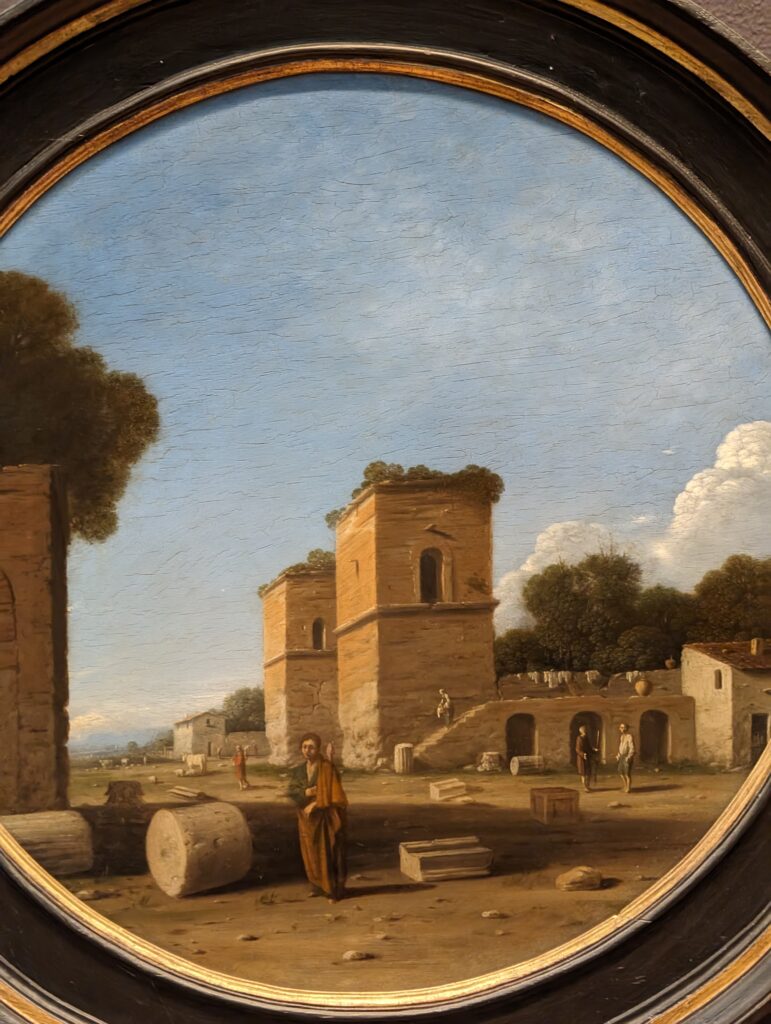
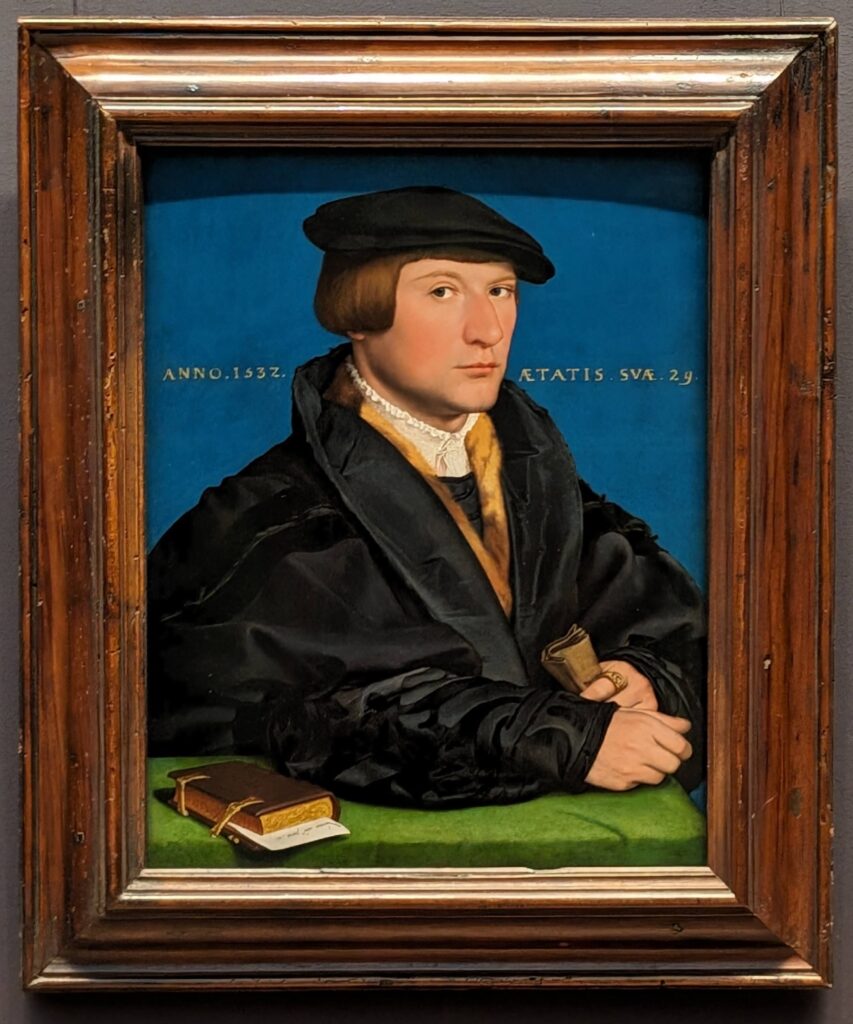
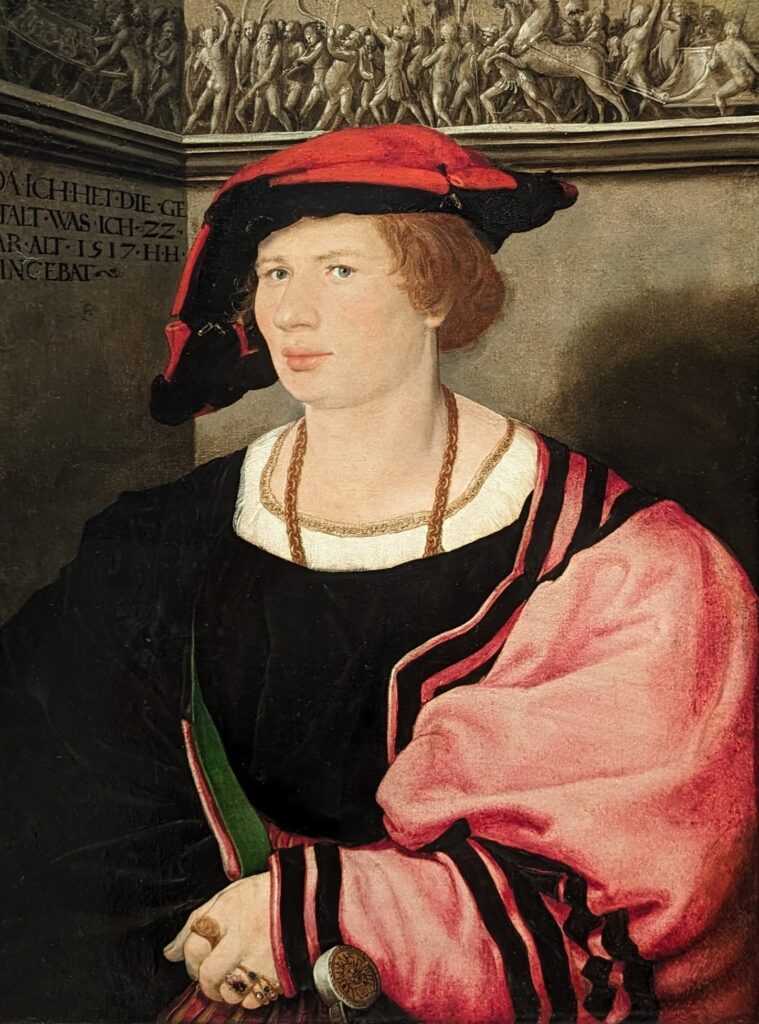
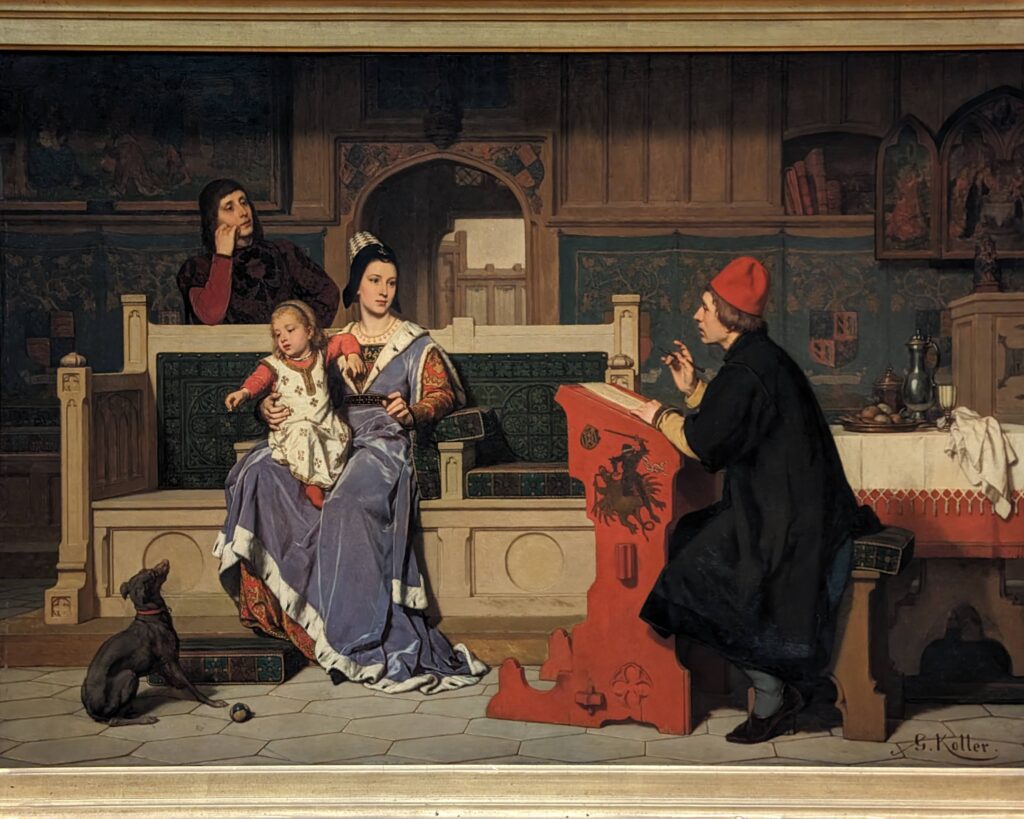
If you plan to visit New York City and you’re in the mood to see paintings, fortunately you can head to the top of the Met’s Great Hall staircase and enter the 45 galleries devoted to European Paintings. After a five-year renovation project, this suite of galleries dedicated primarily to German, French, British, Italian, Spanish and Netherlandish art has reopened, with a few surprises sprinkled into the mix, such as “The Beginning” (below) painted between 1946 and 1949 by Max Beckmann.
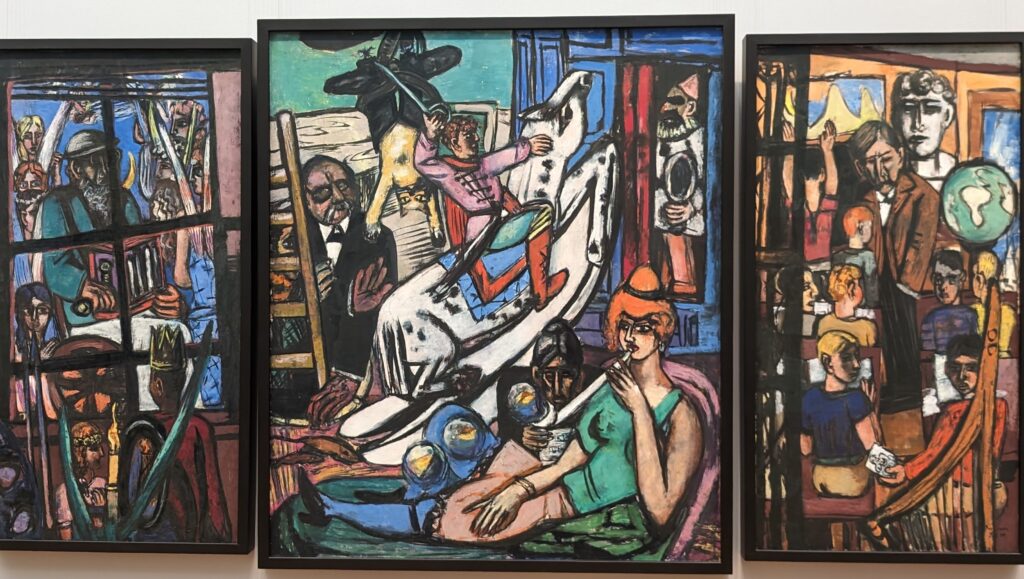
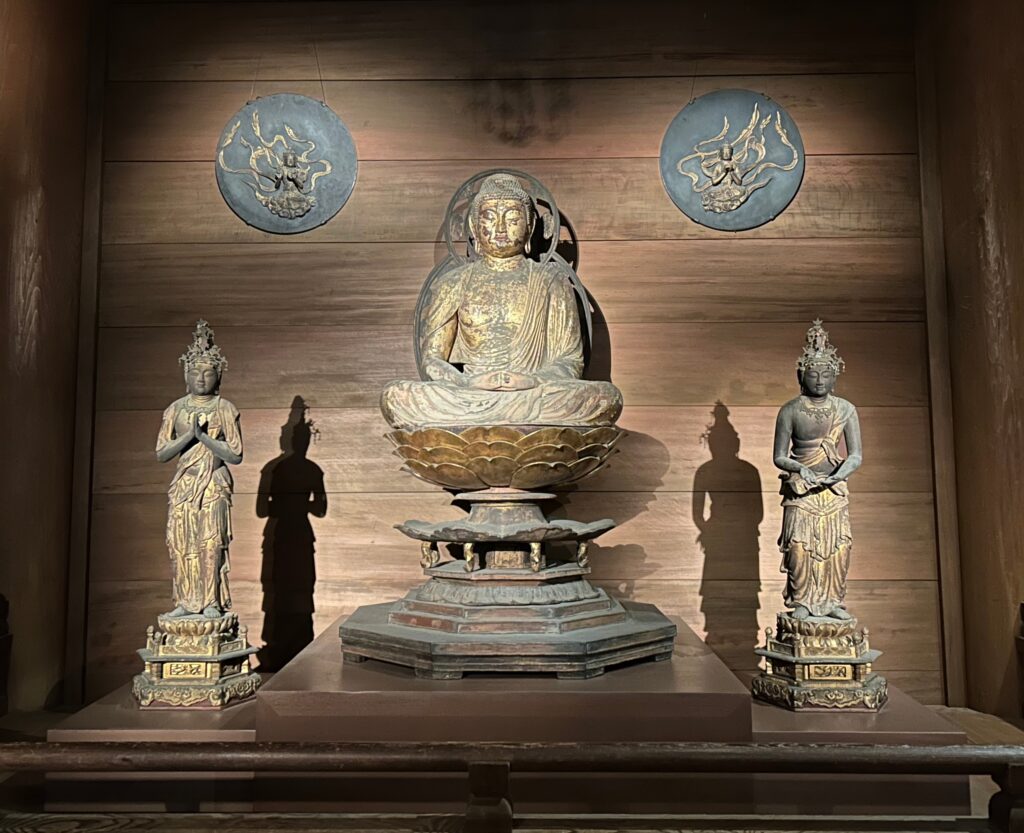
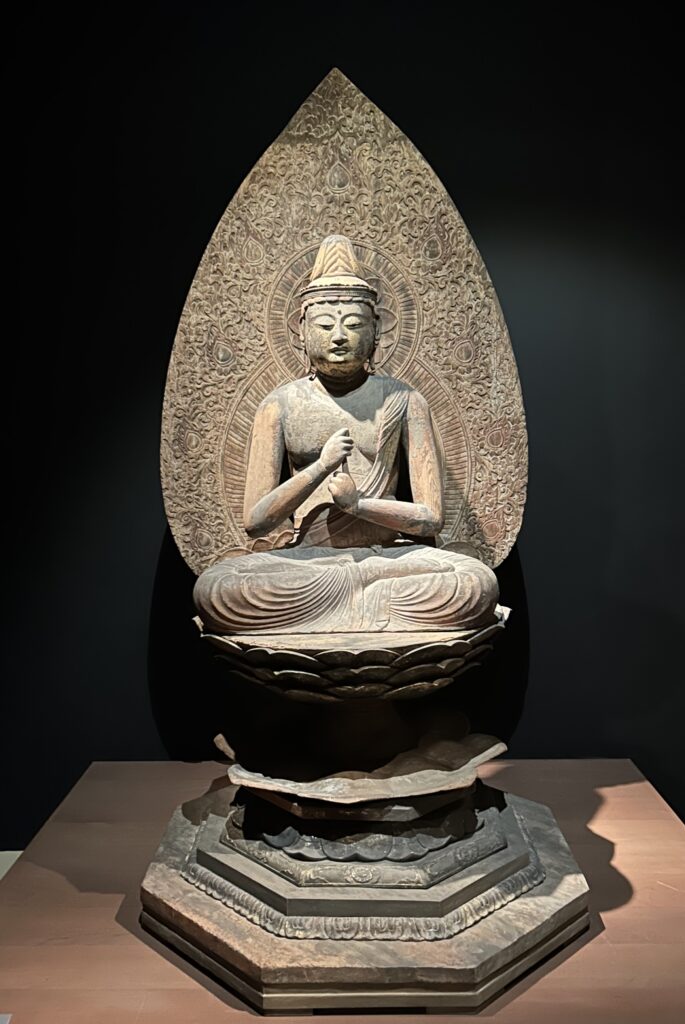
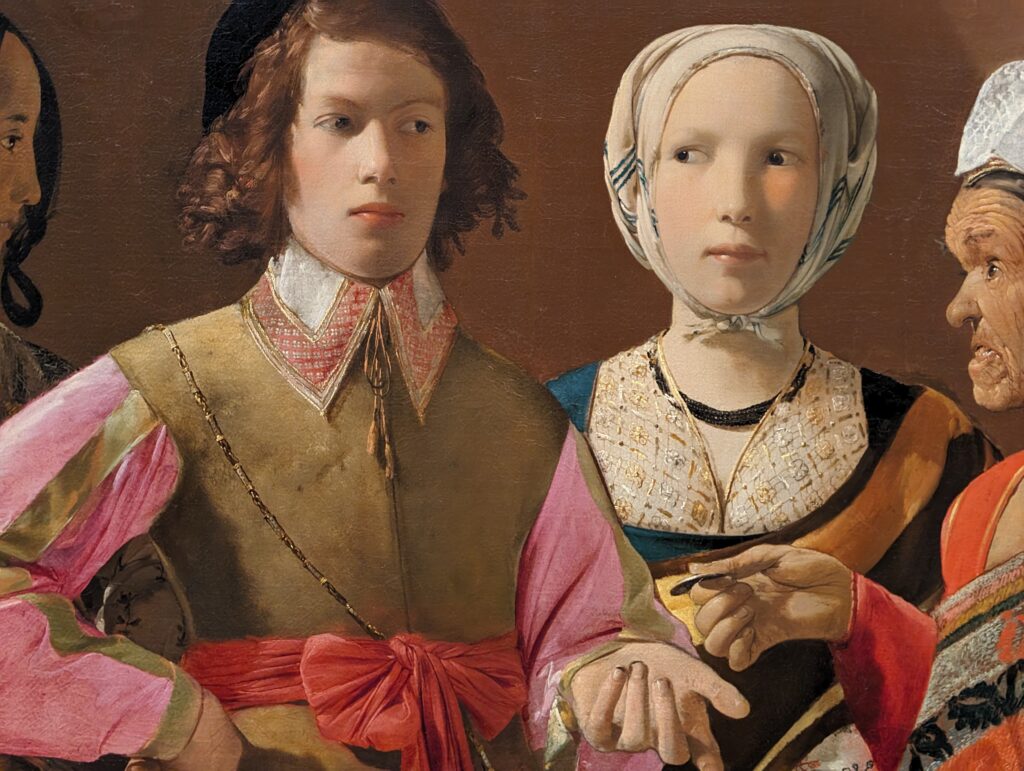
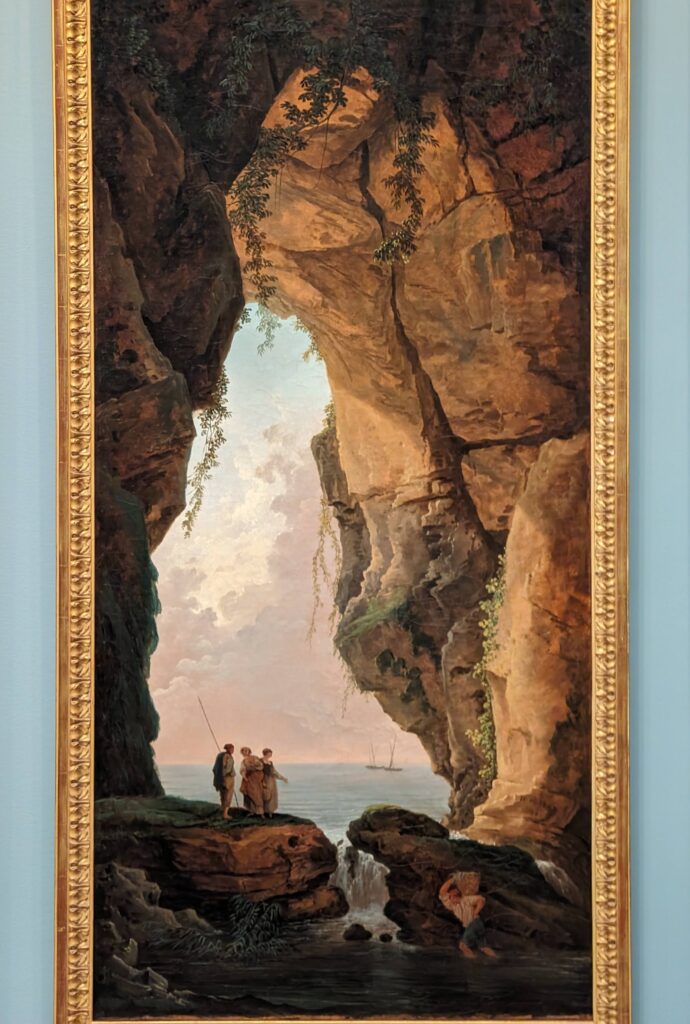
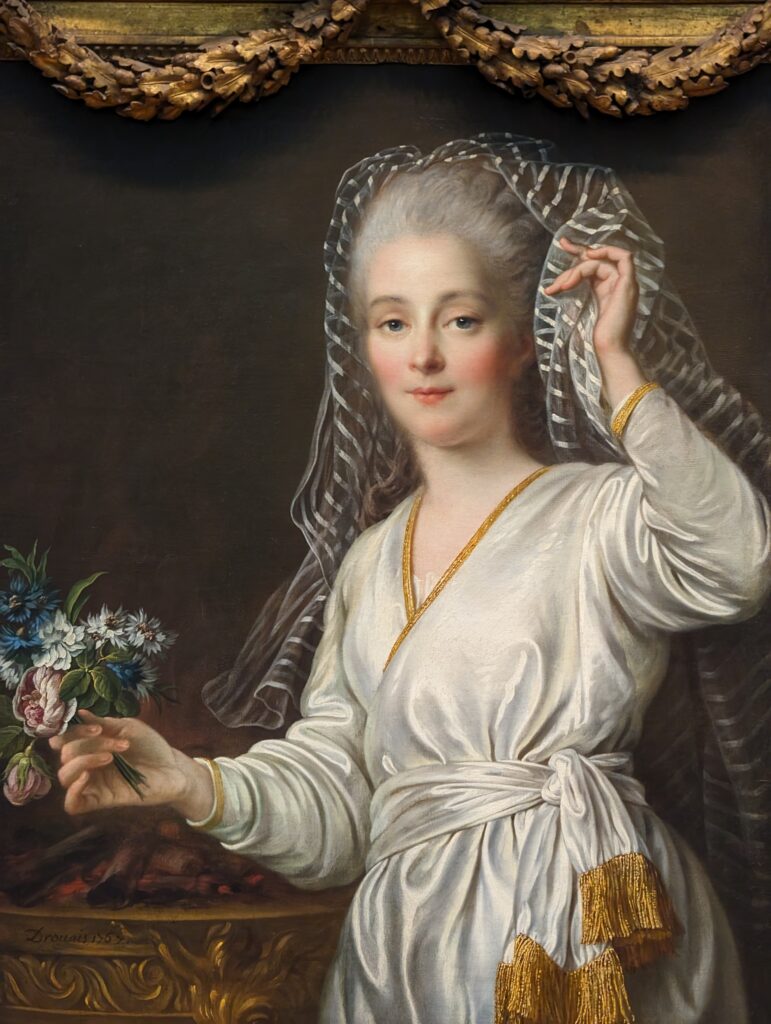
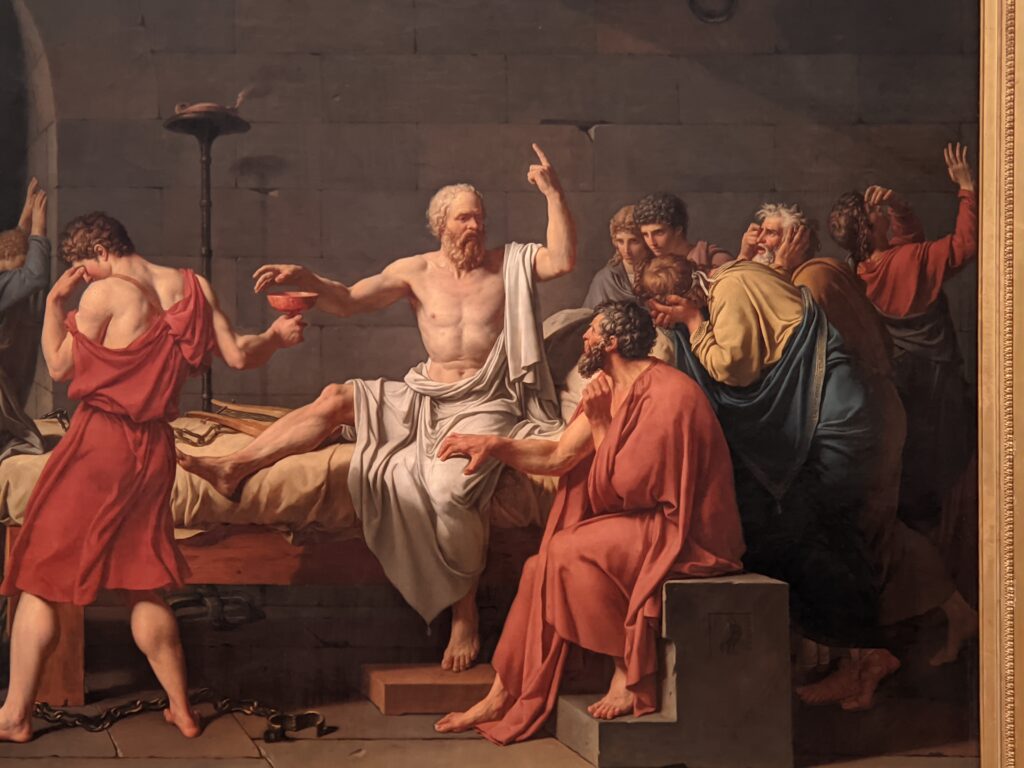
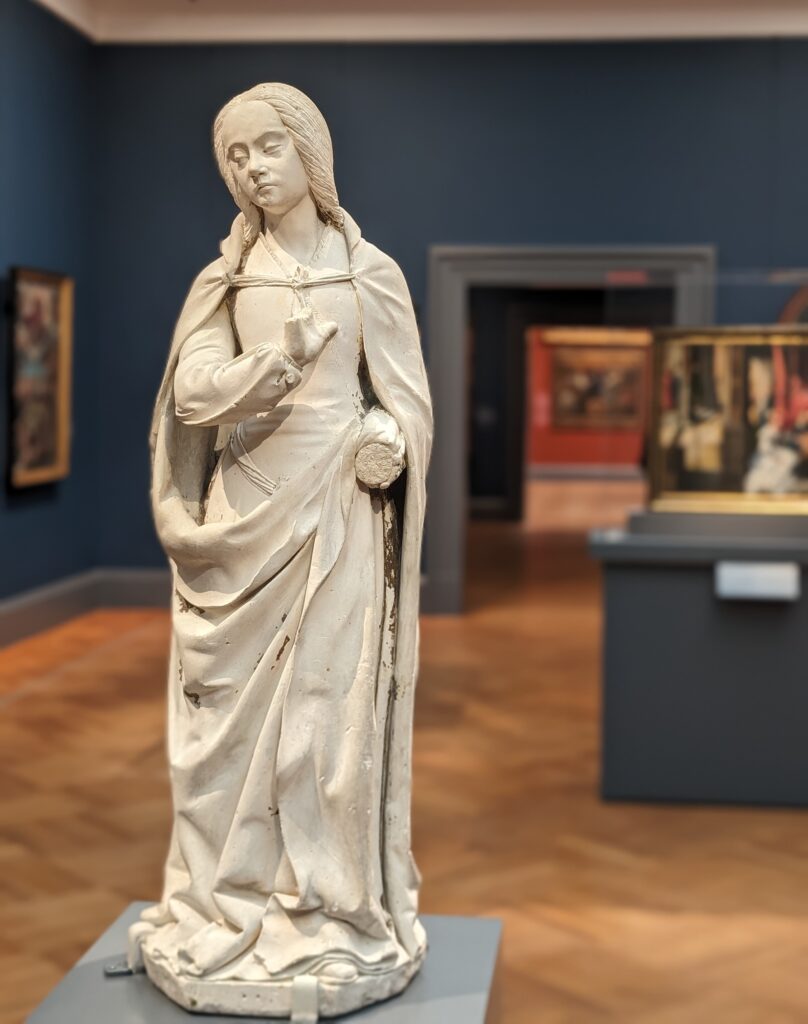
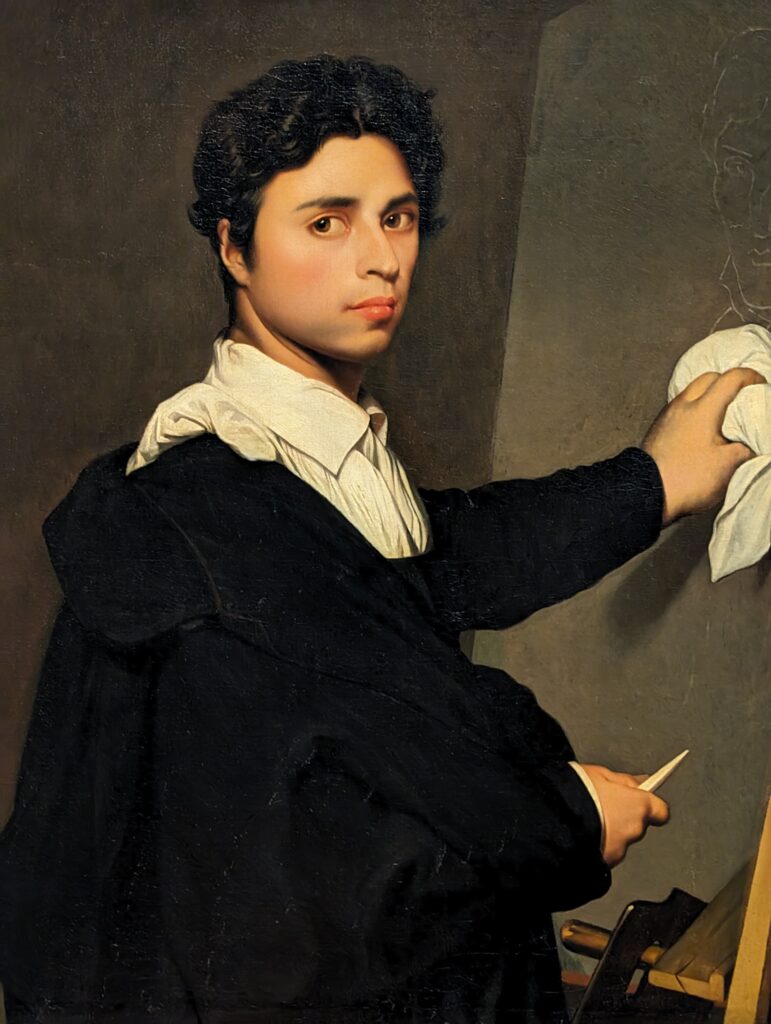

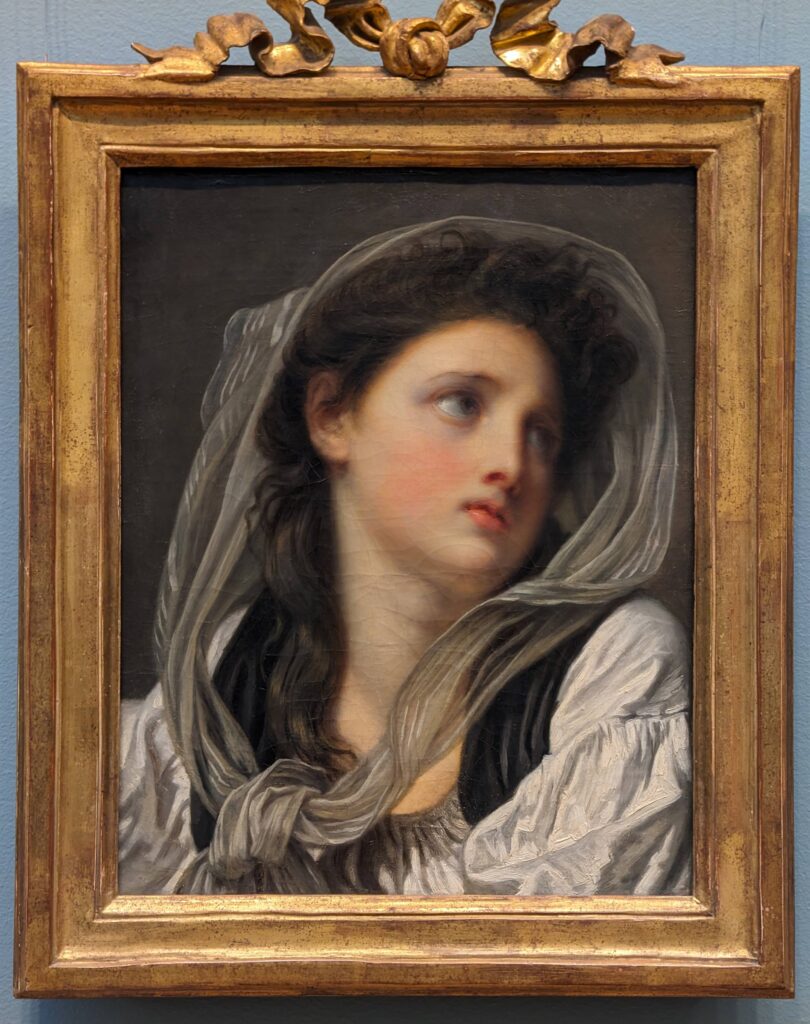
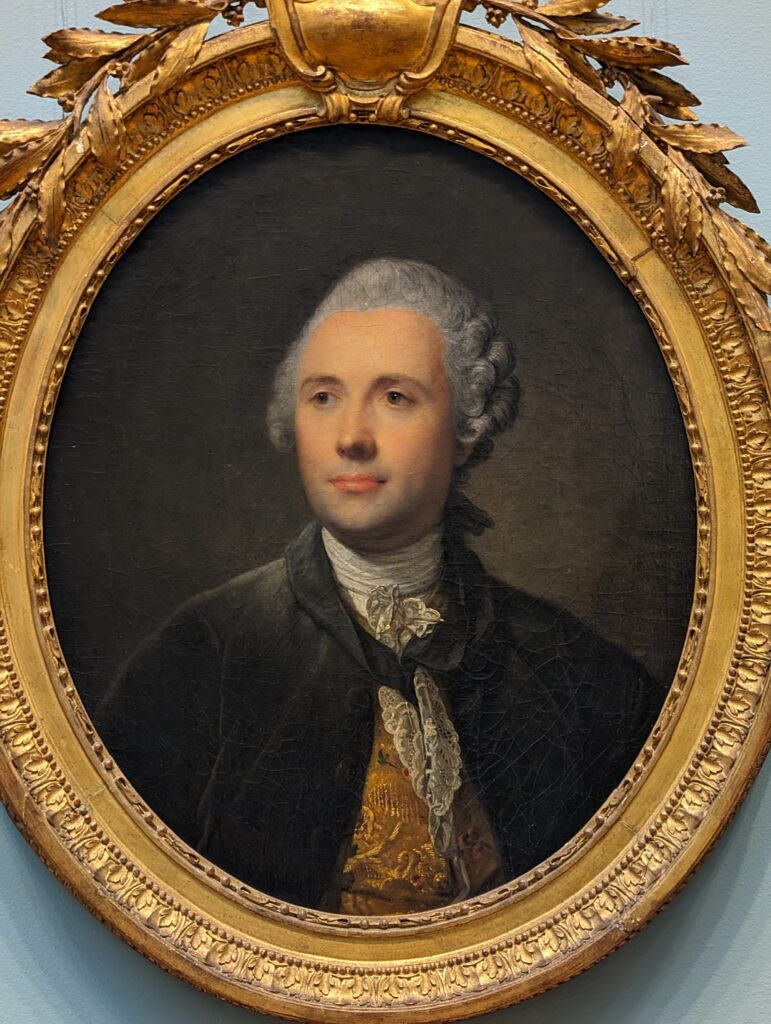
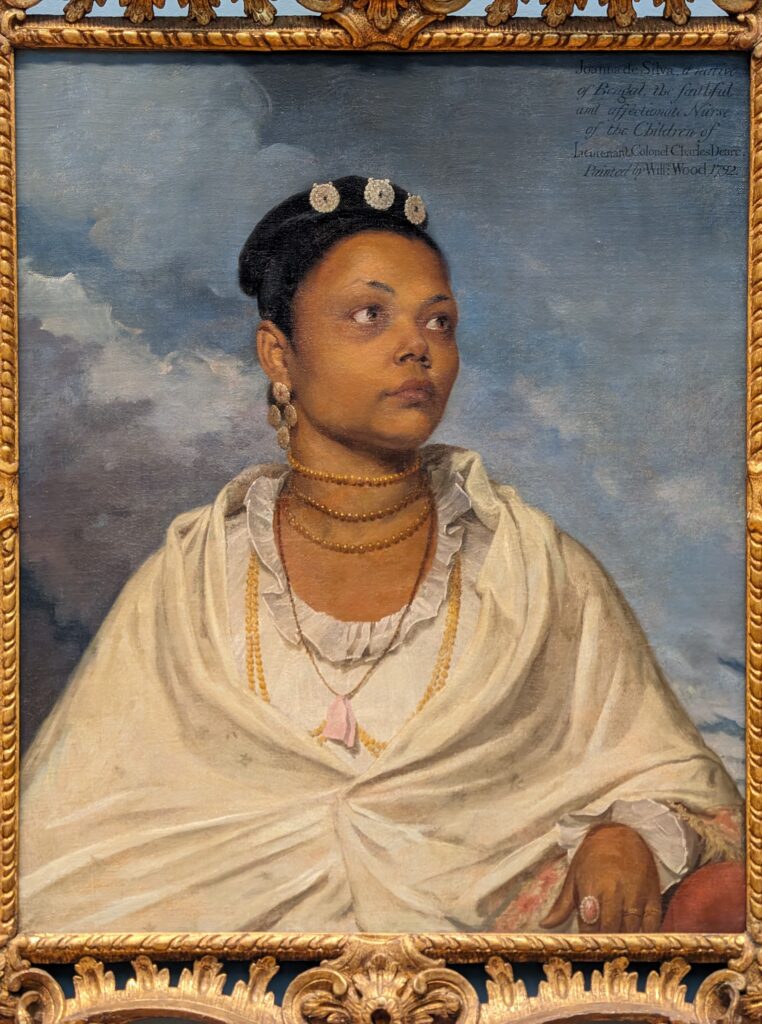
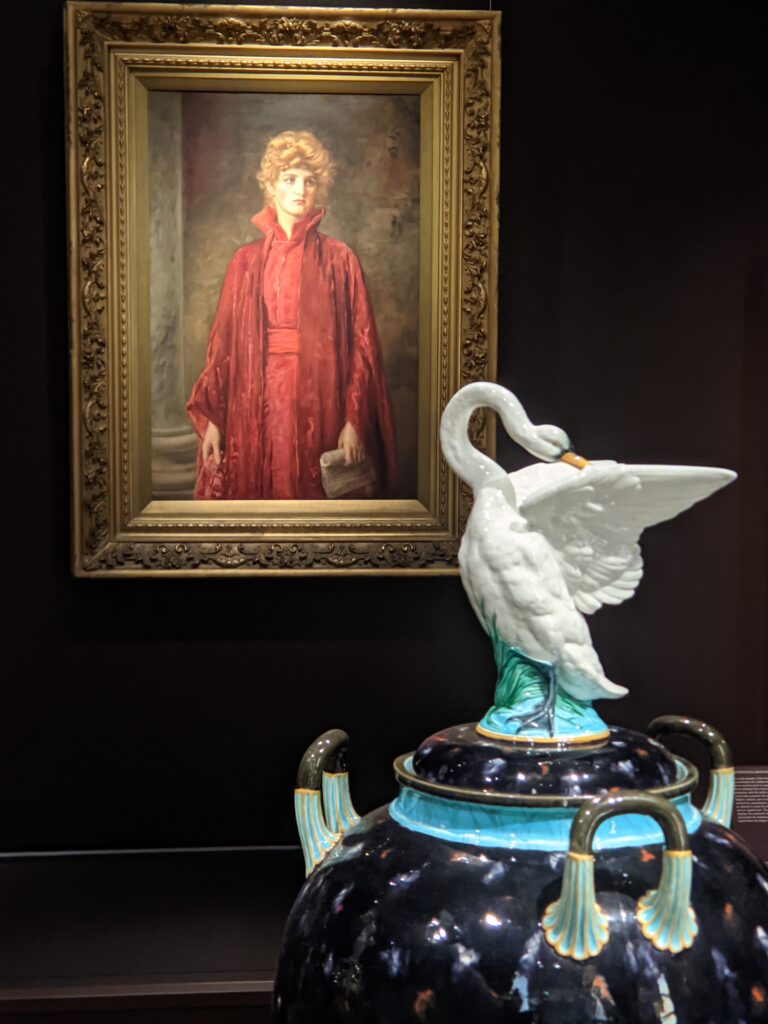
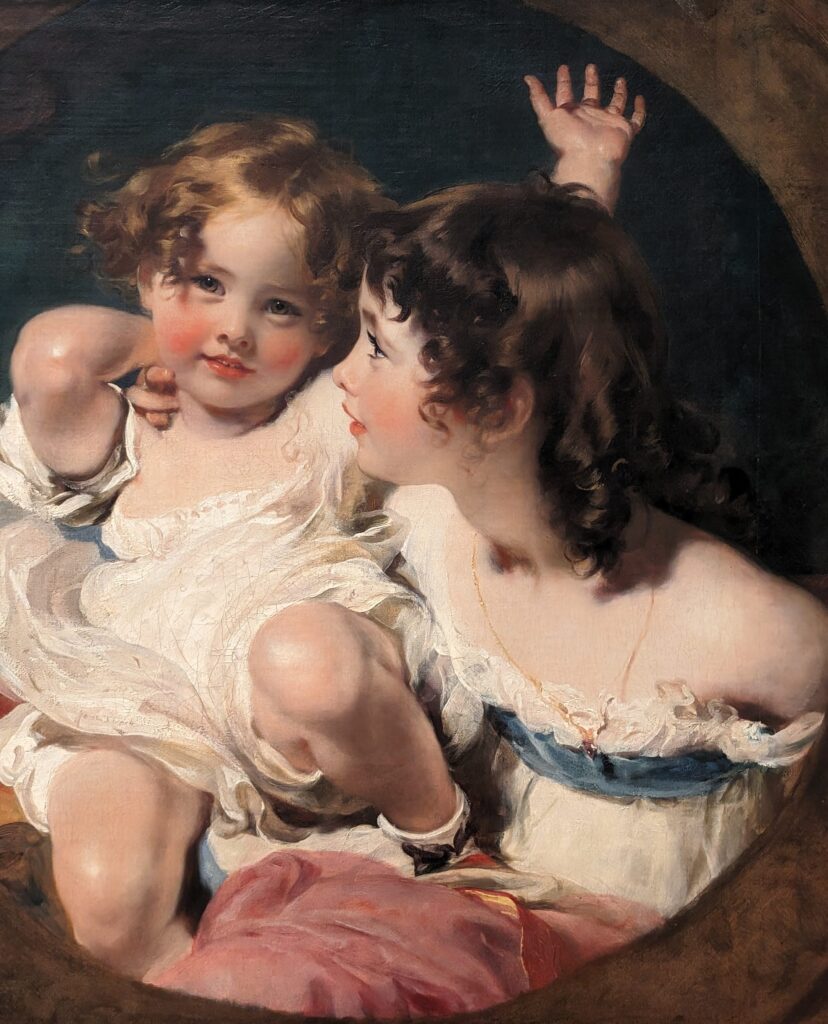
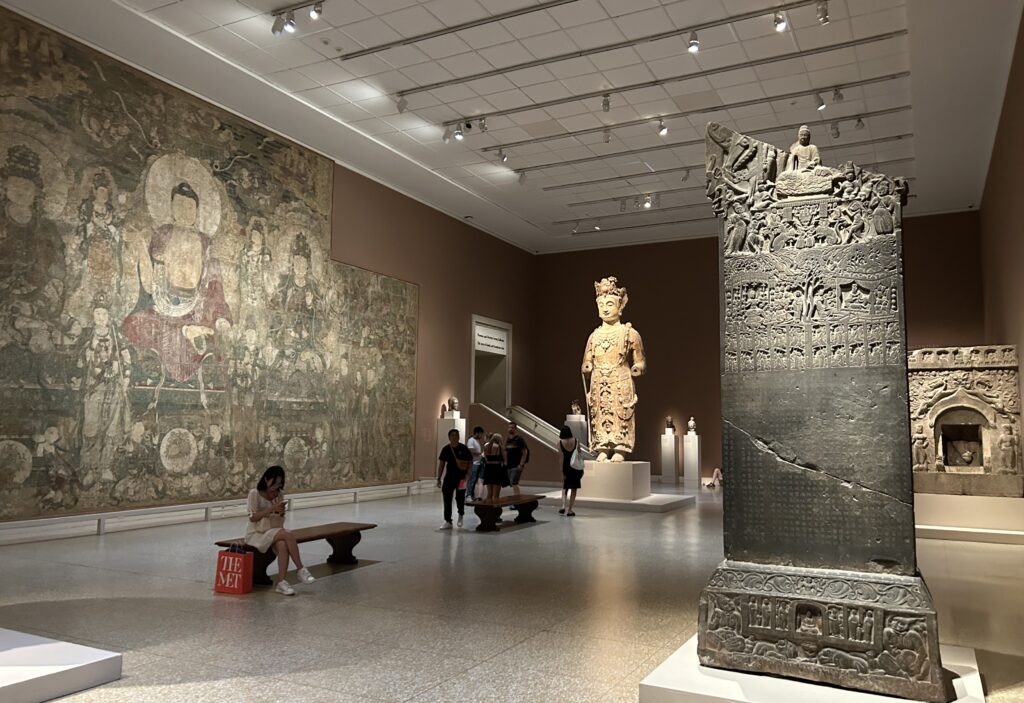
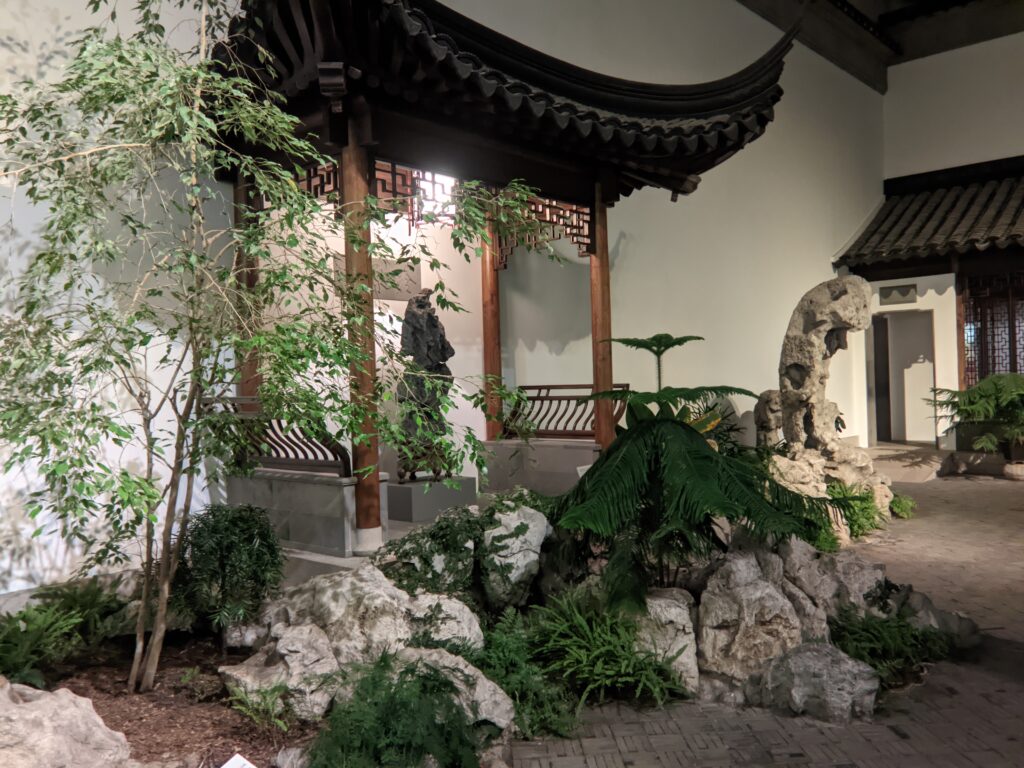
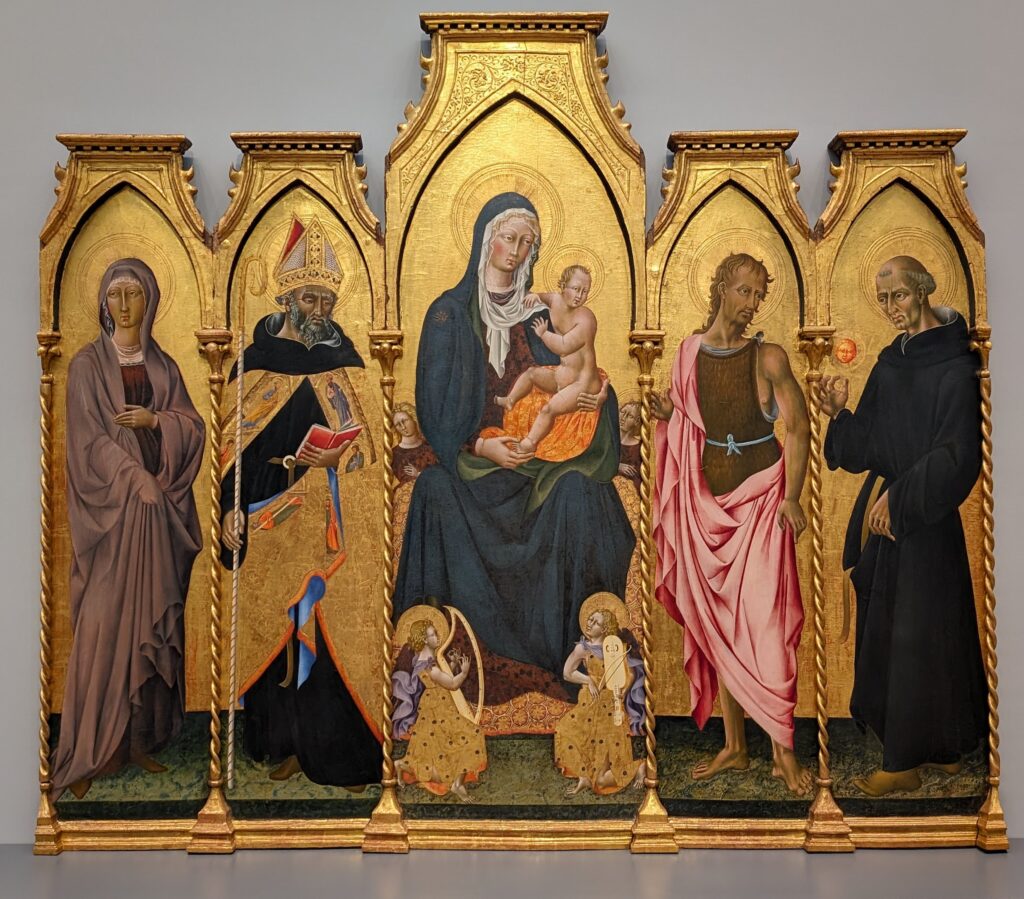
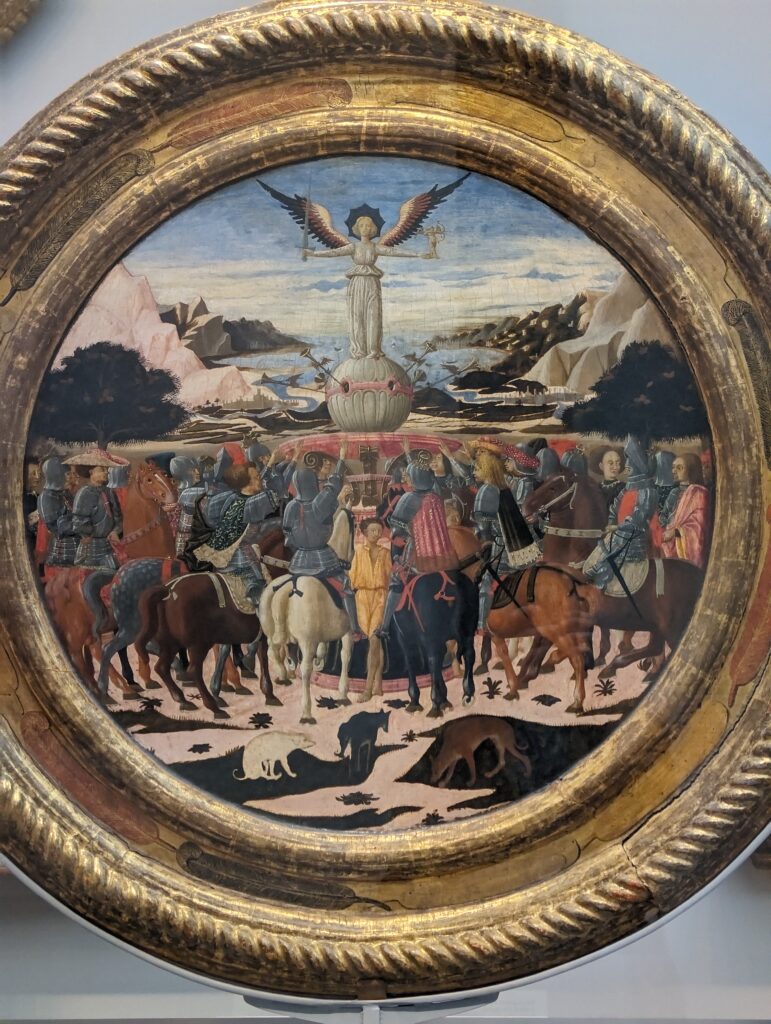
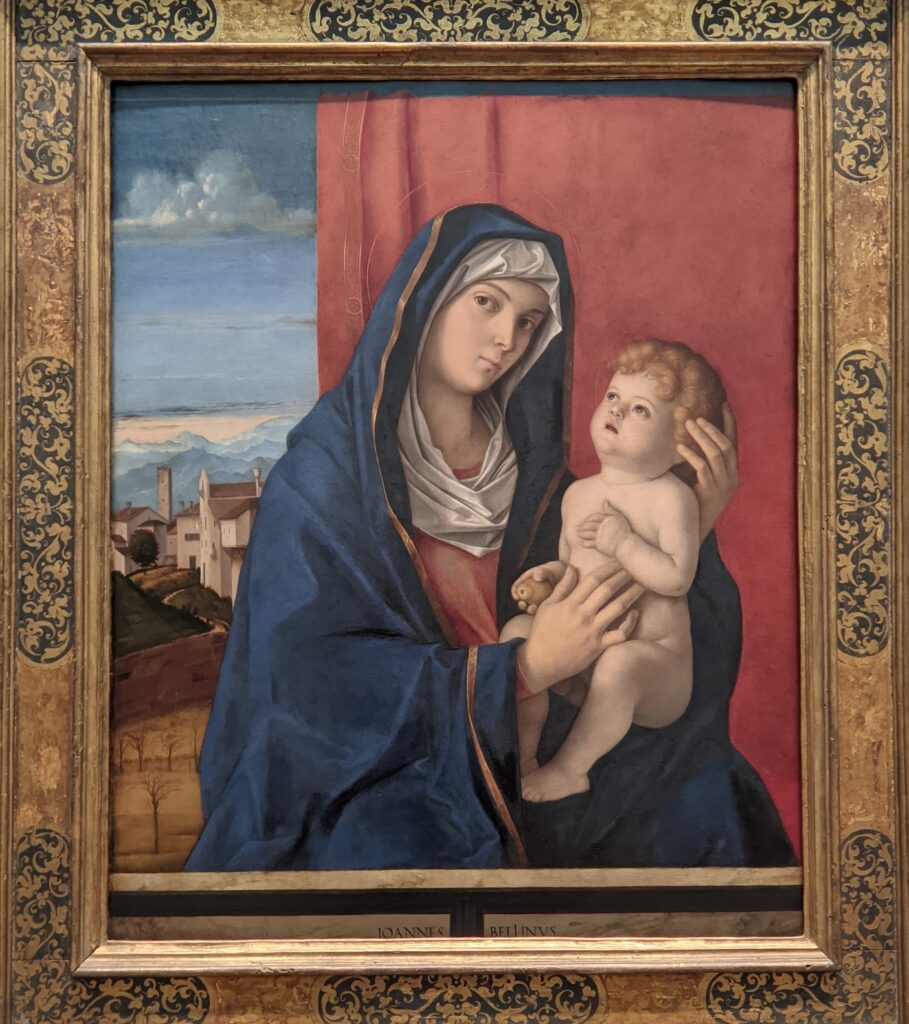
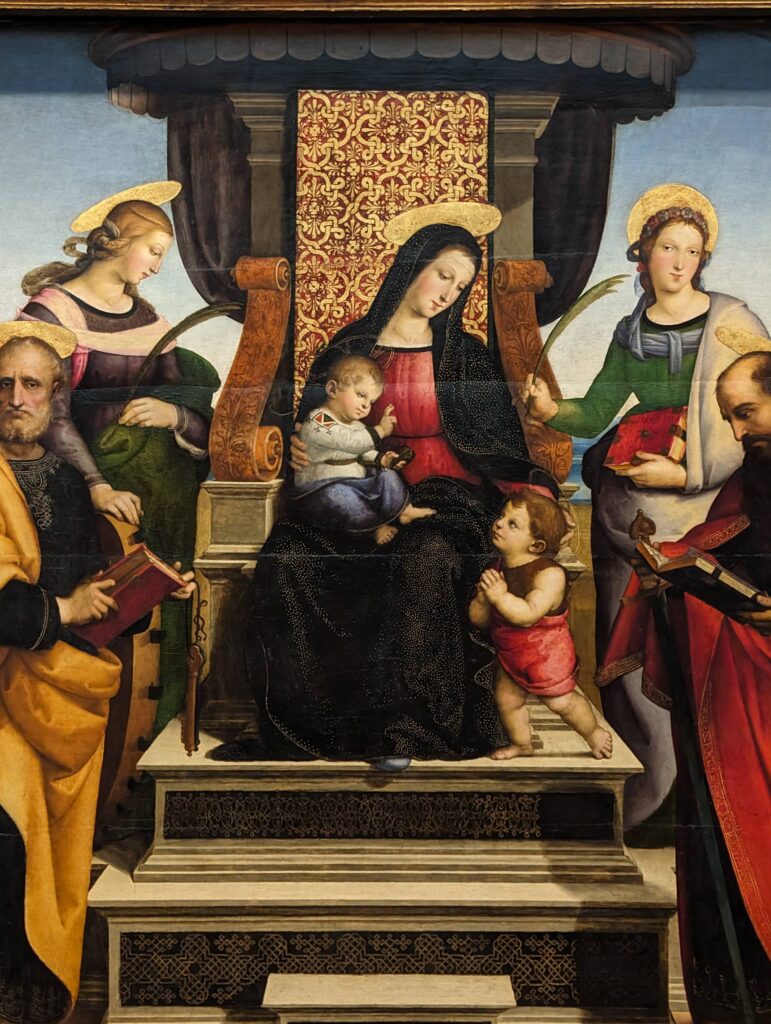
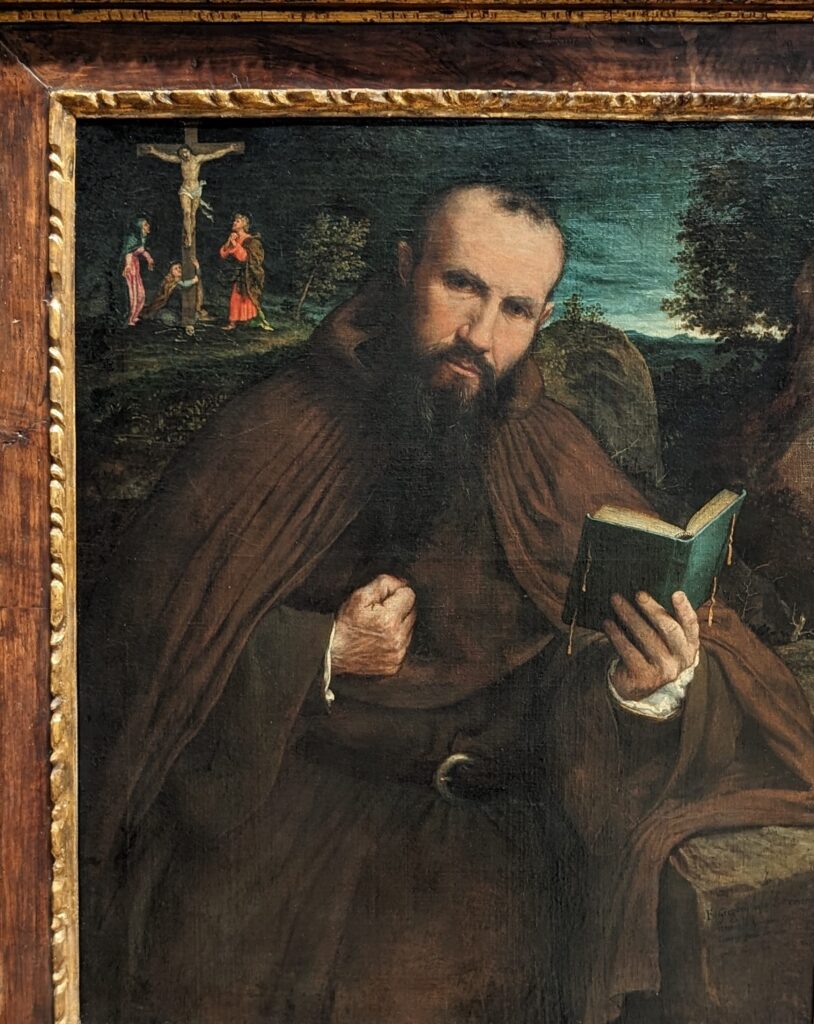
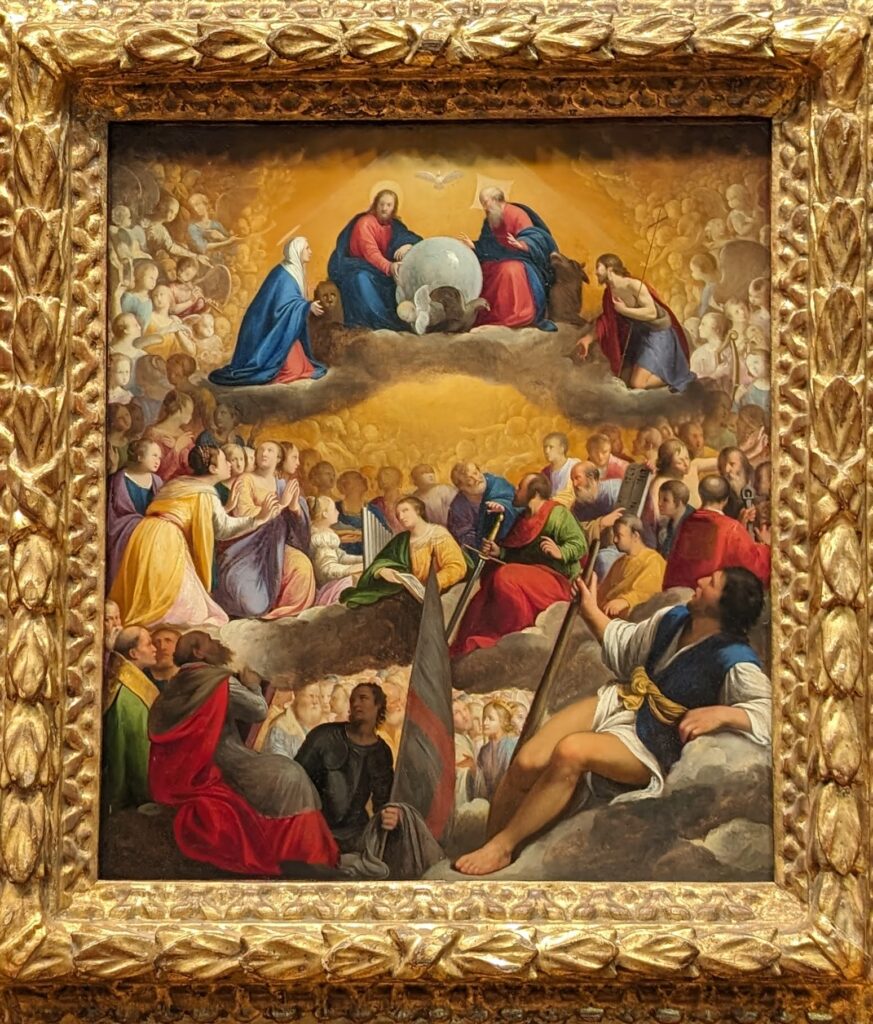
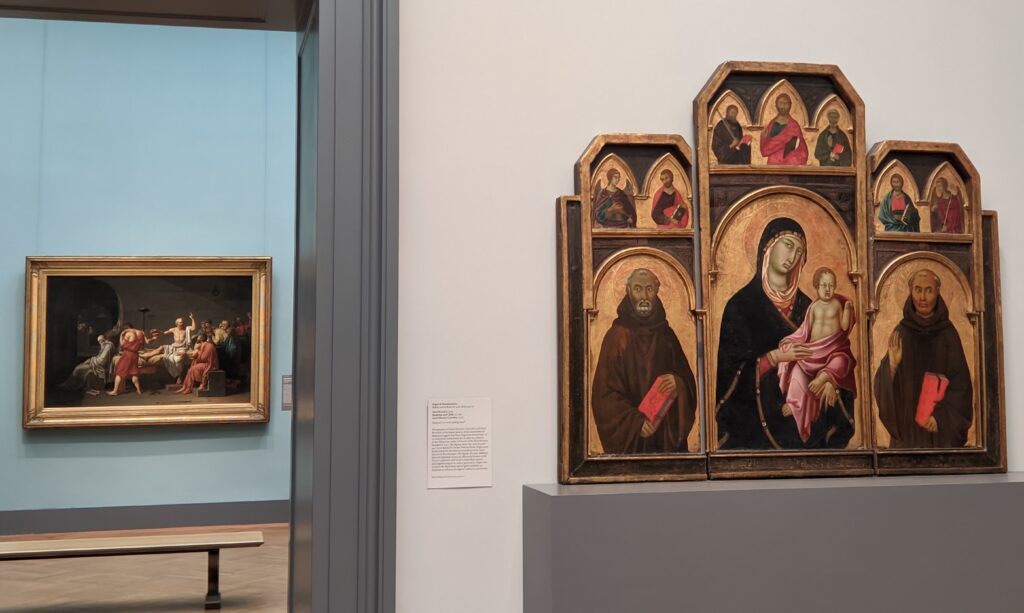
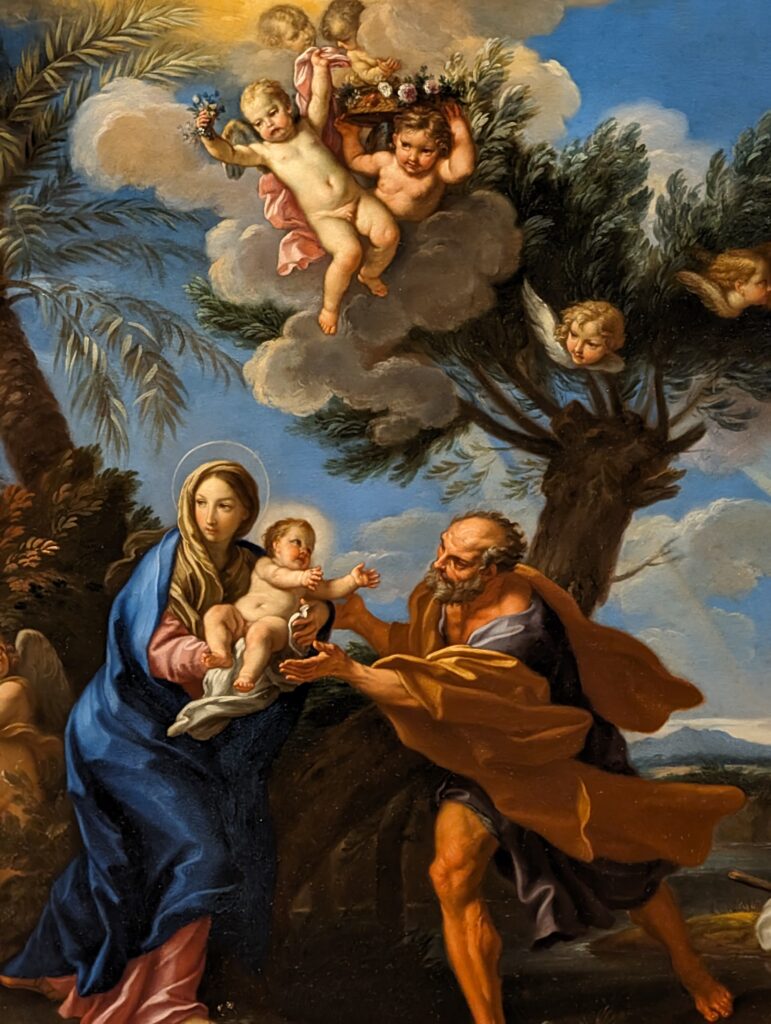
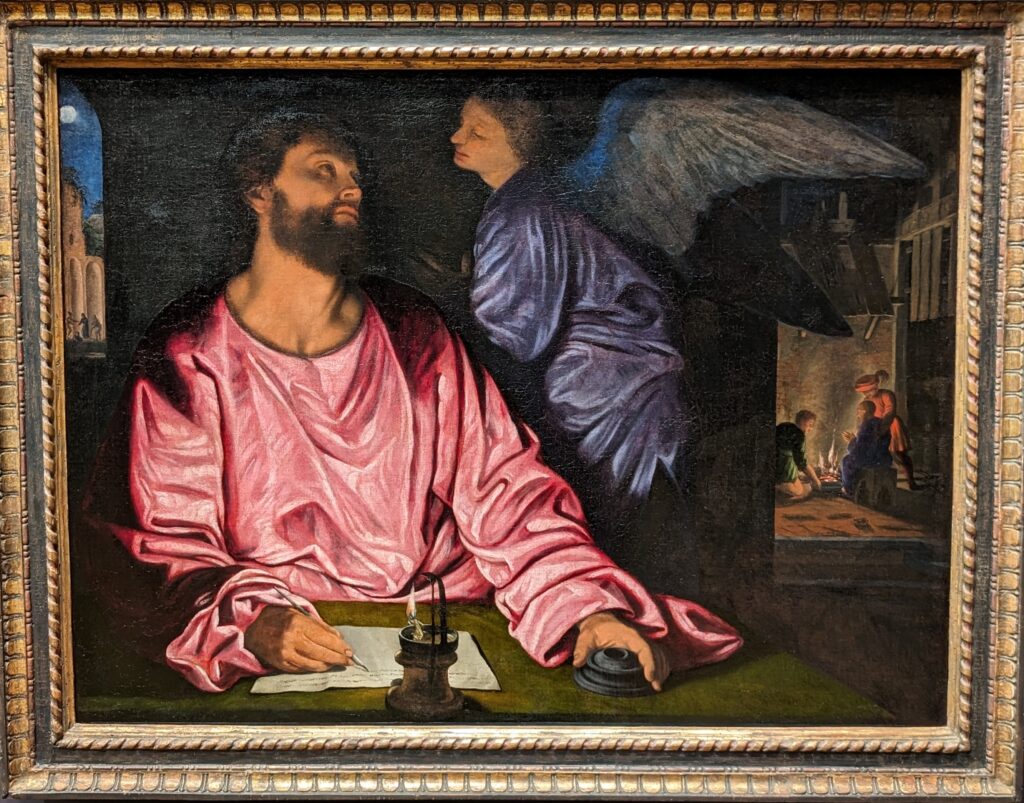
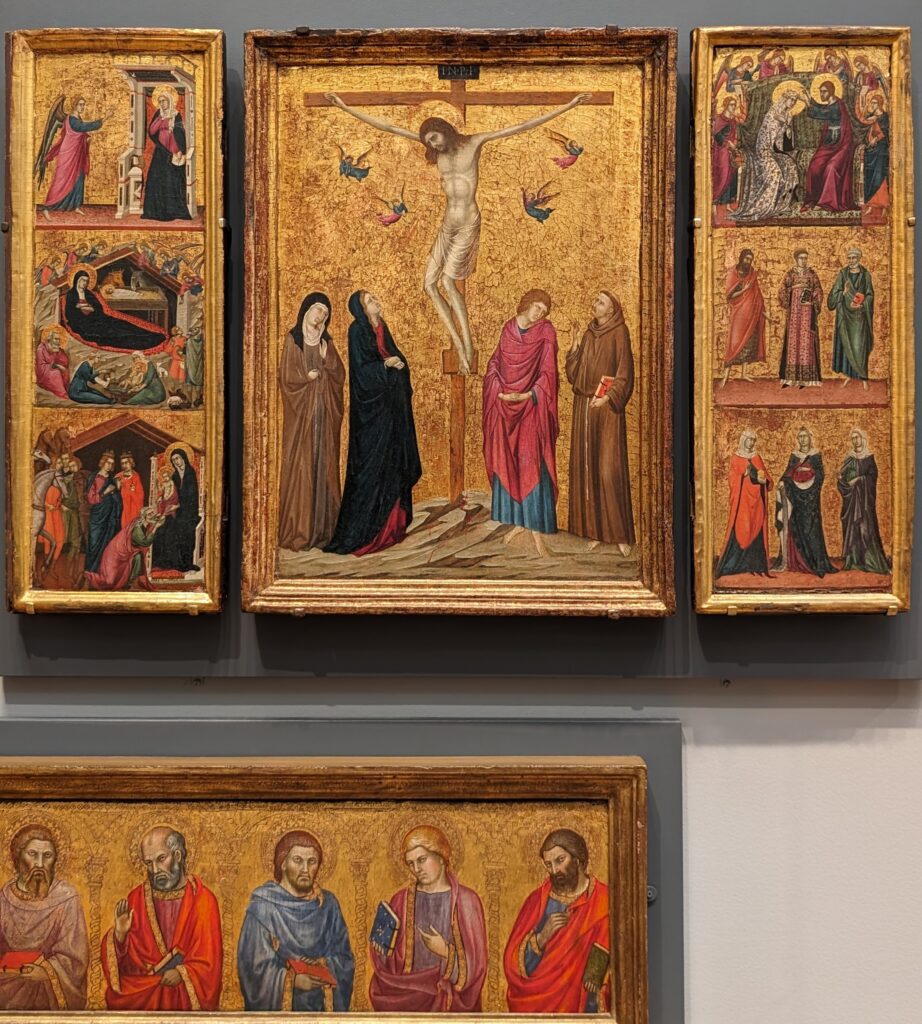
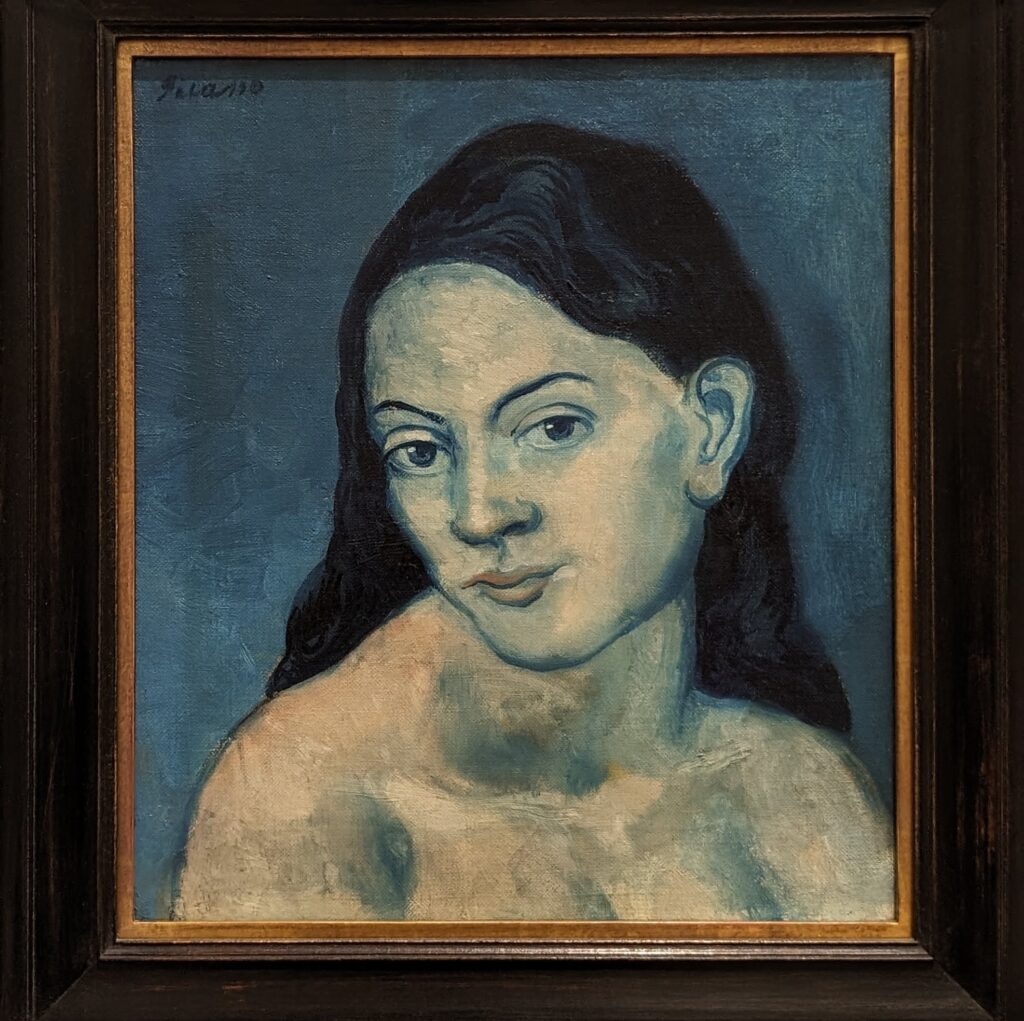
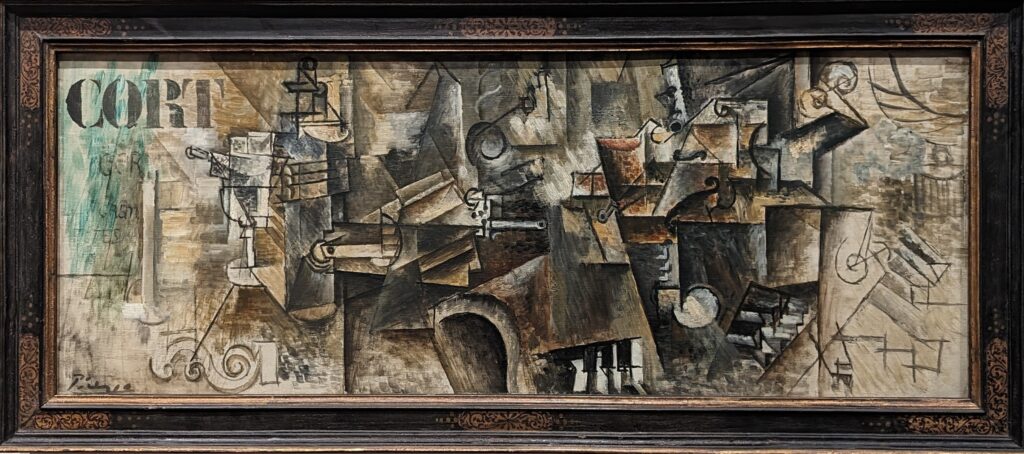
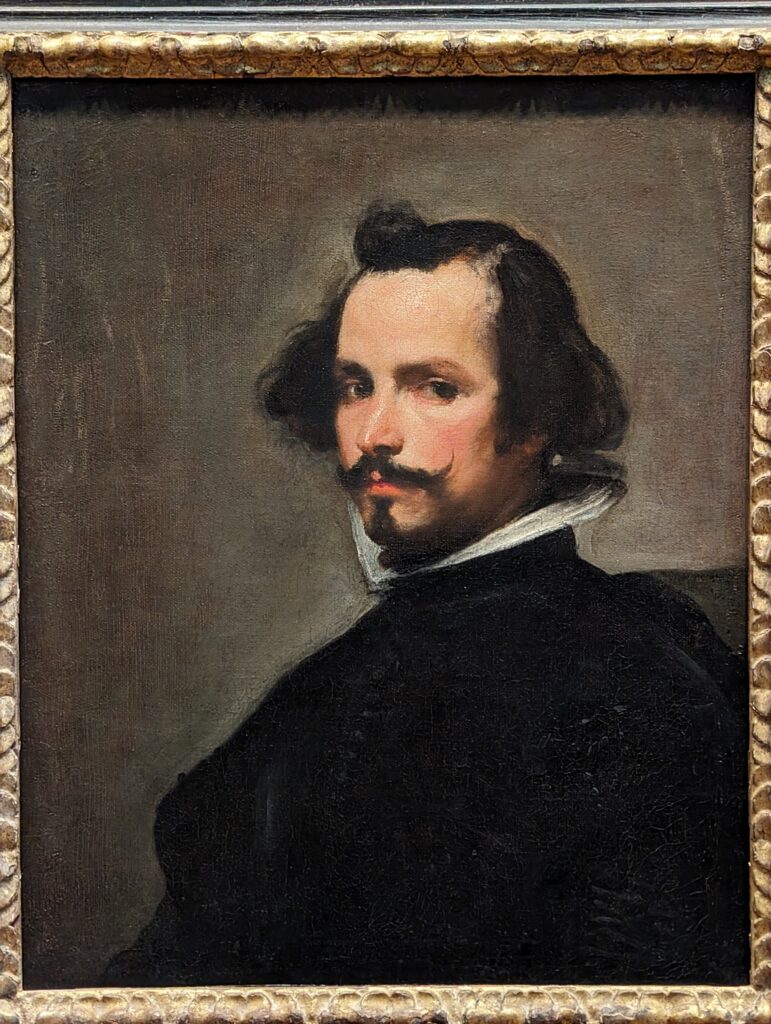
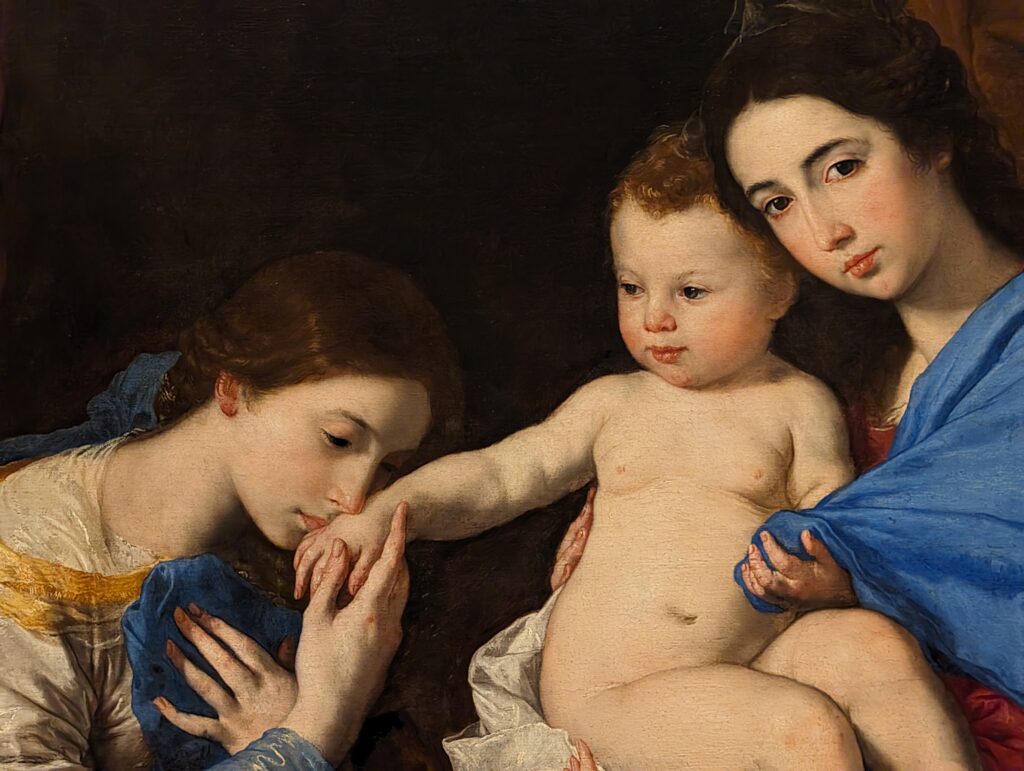
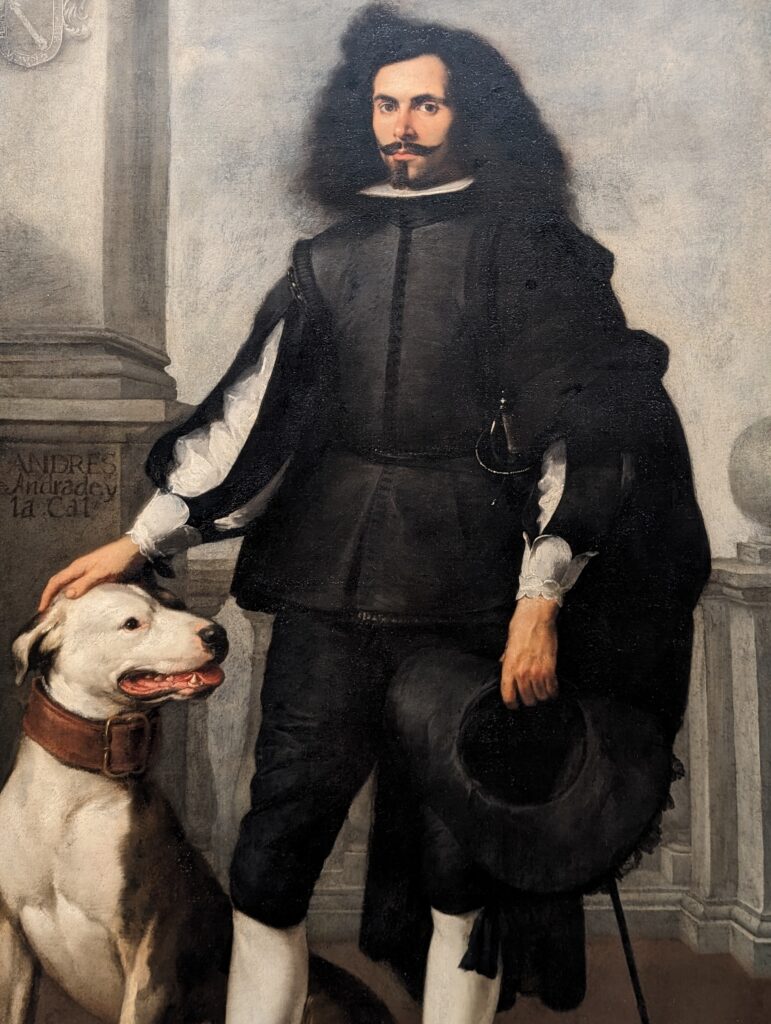
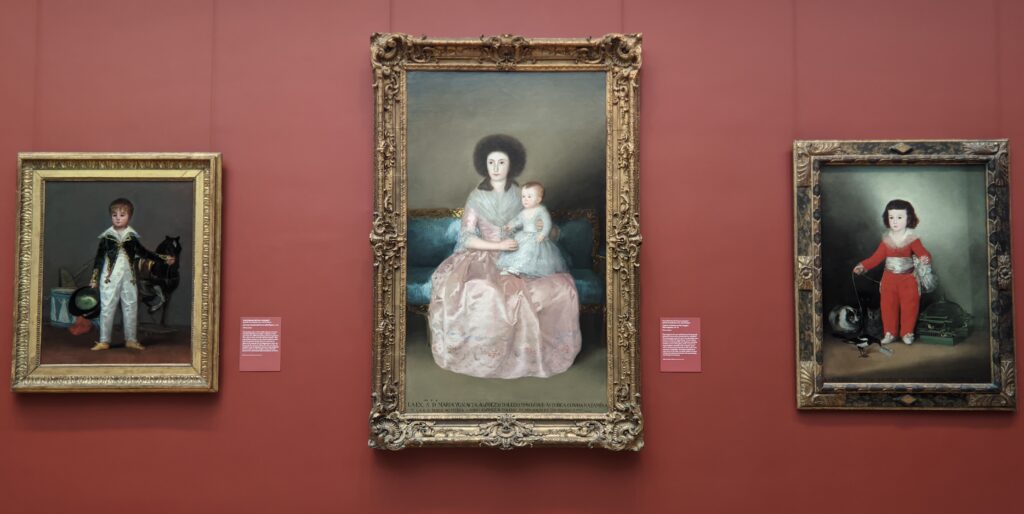
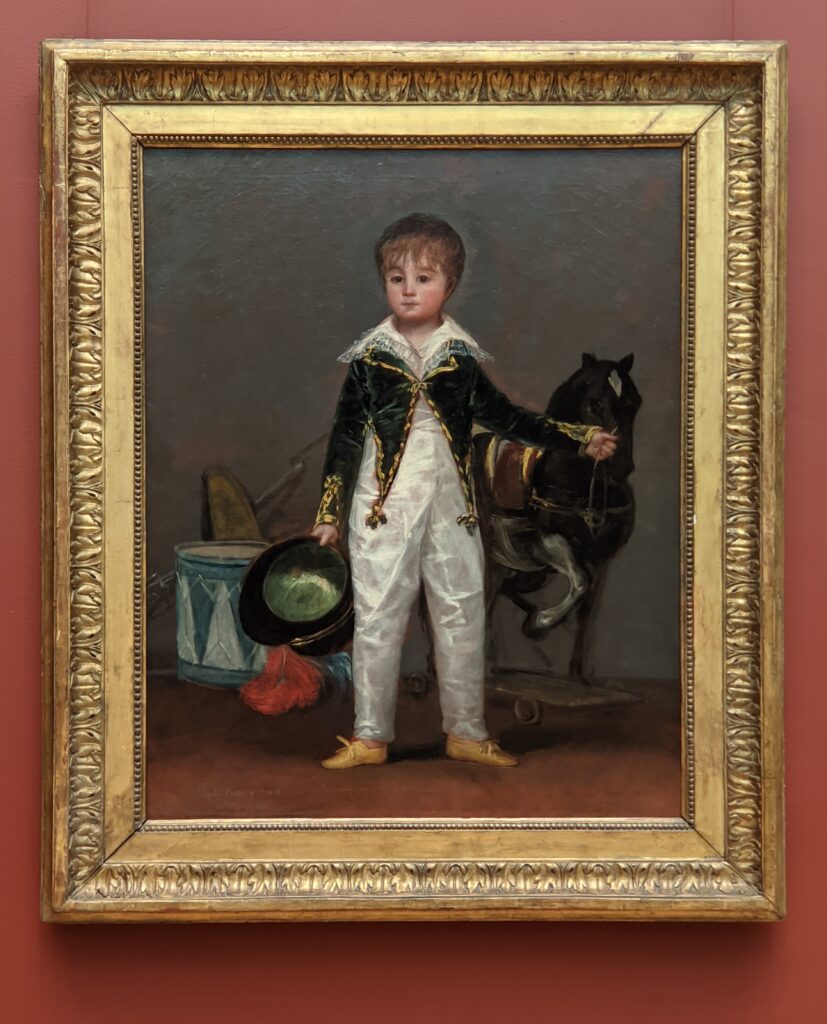
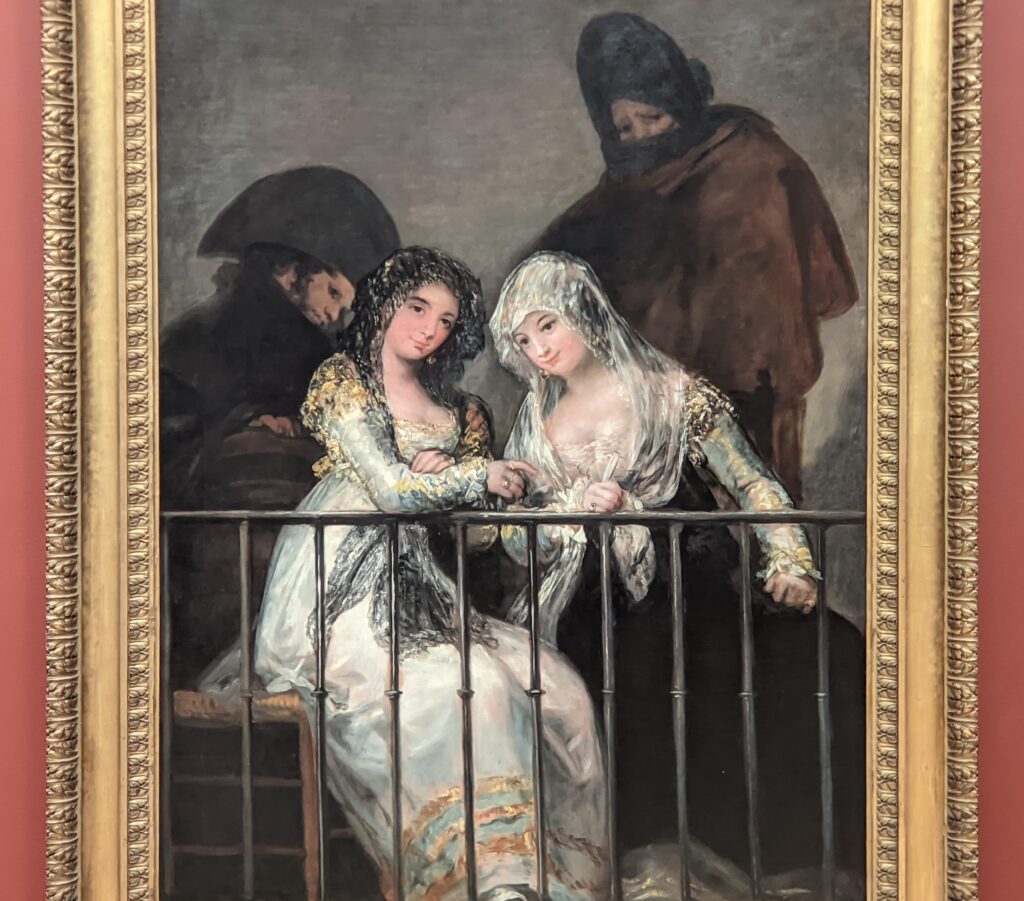
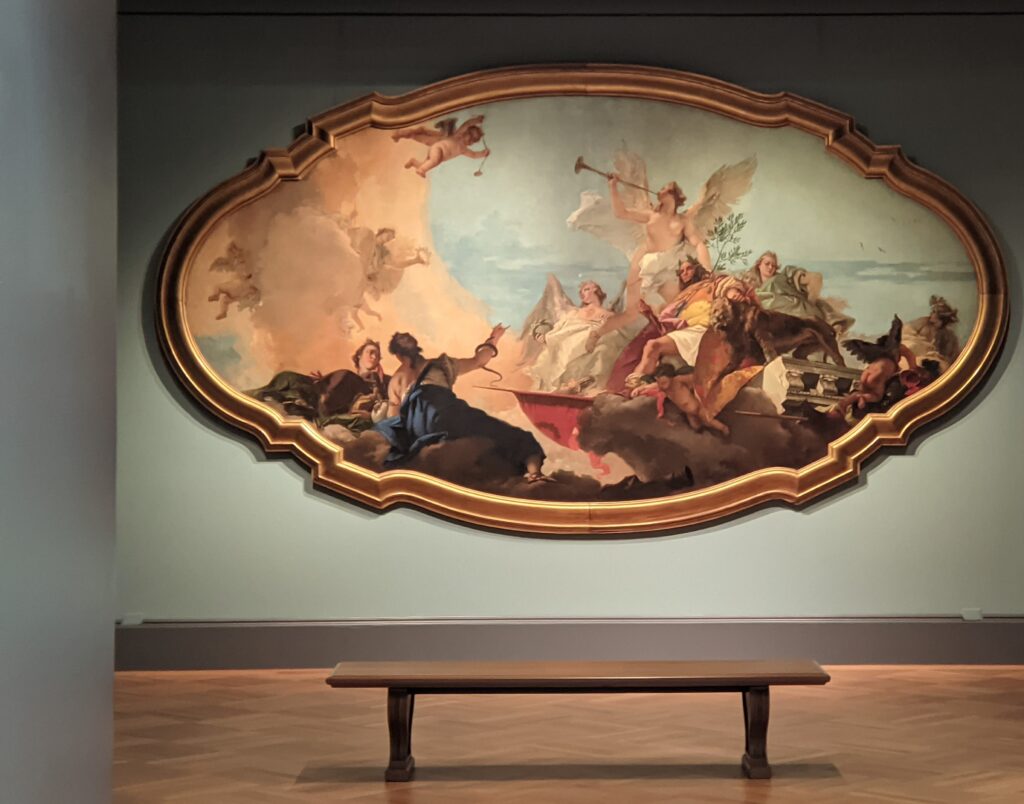
BELOW: The Actor, 1904-05 by Pablo Picasso & The Vision of Saint John, 1608 by El Greco
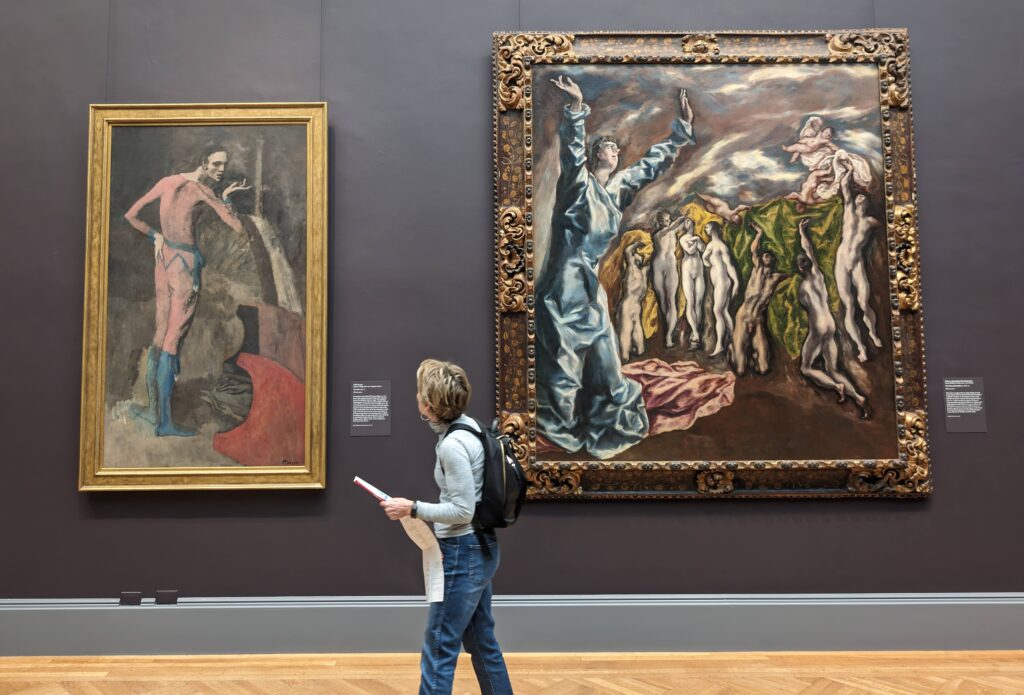
With a Collection Numbering over 2,000,000 works of art, where to begin at the Met
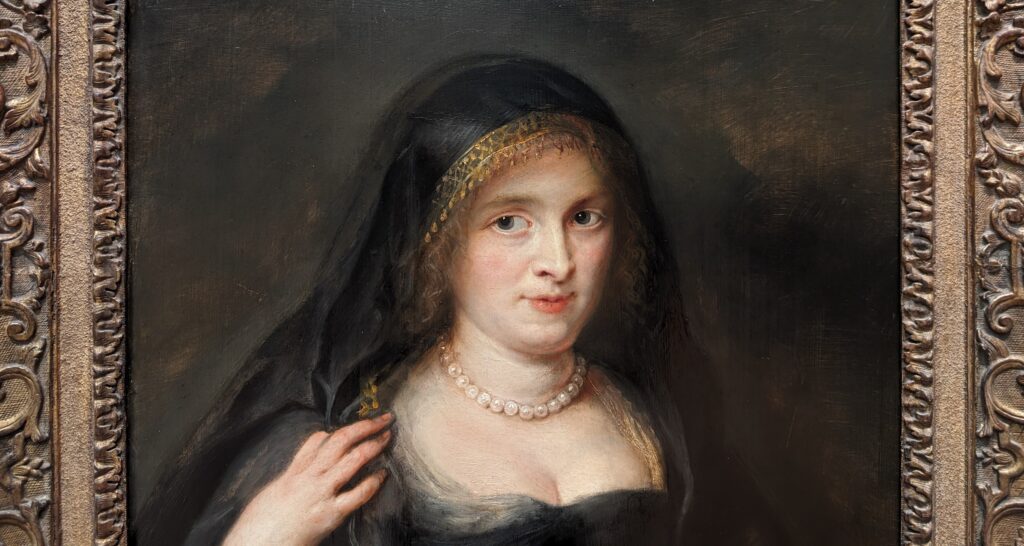
The permanent collection at The Metropolitan Museum of Art is curated by 17 departments, and the main building on Fifth Avenue in New York City is by area one of the largest art museums in the world.
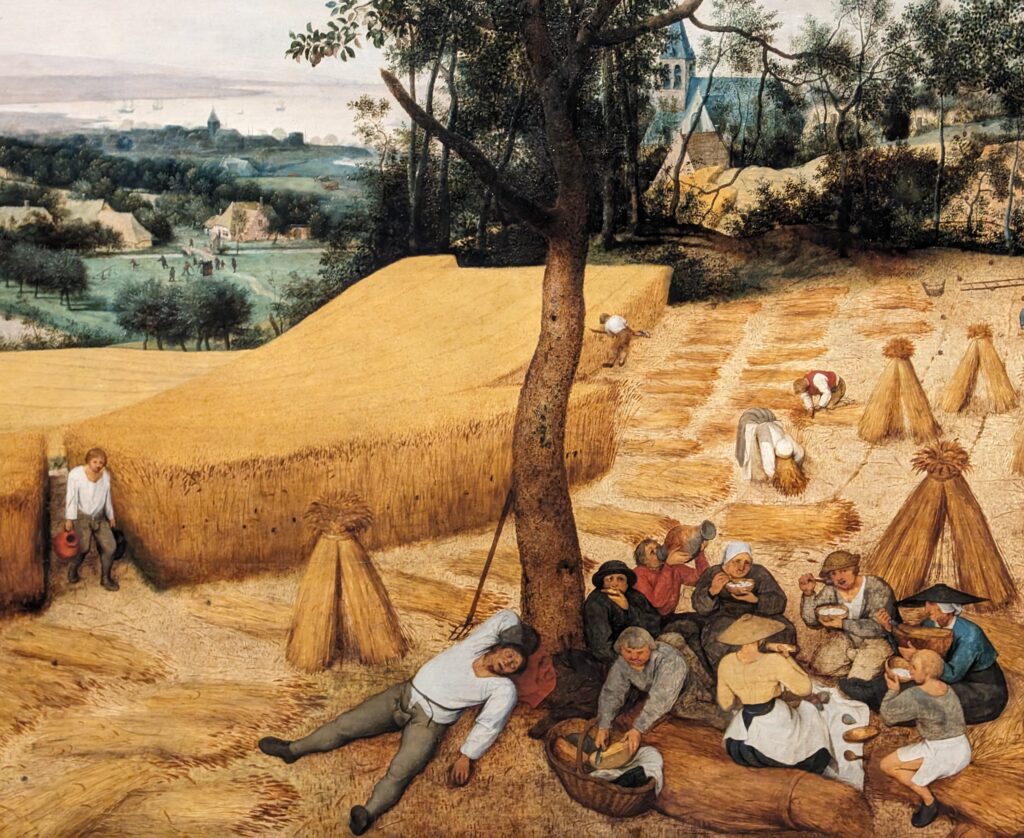
Some departments, housing art from classical antiquity (Greece and Rome) as well as the ancient Near East, for example, cannot compare with stronger collections found in Europe. We therefore recommend you begin with the Met’s impressive holdings of Netherlandish art inside the “European Paintings from 1300 — 1800” galleries.
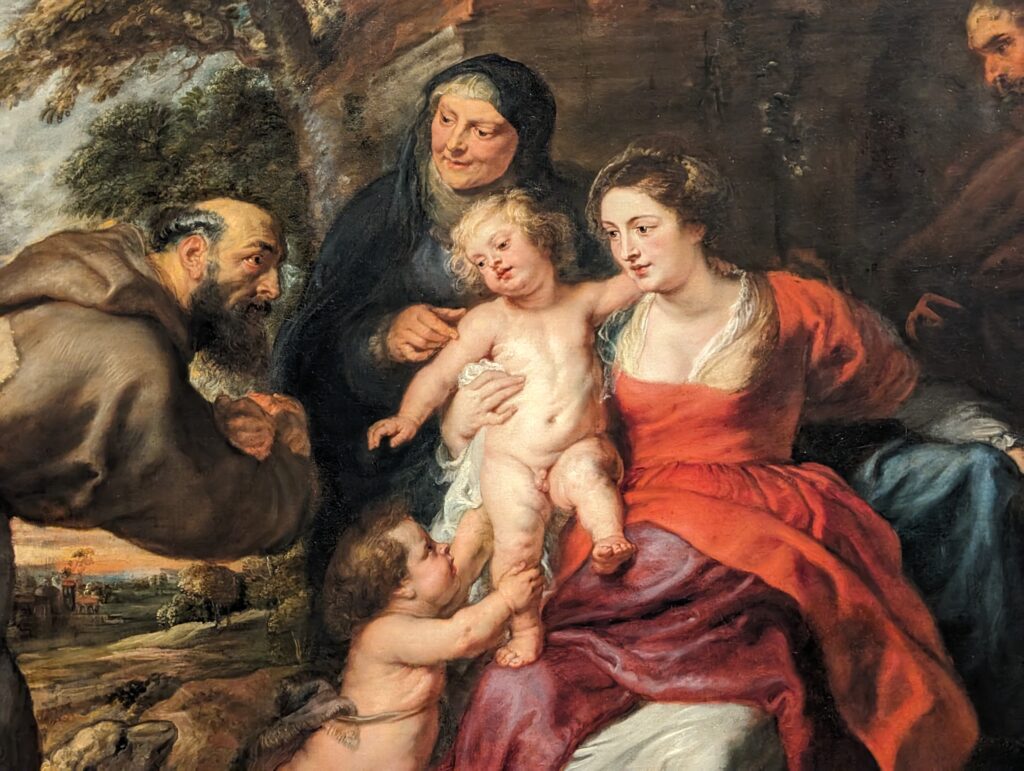
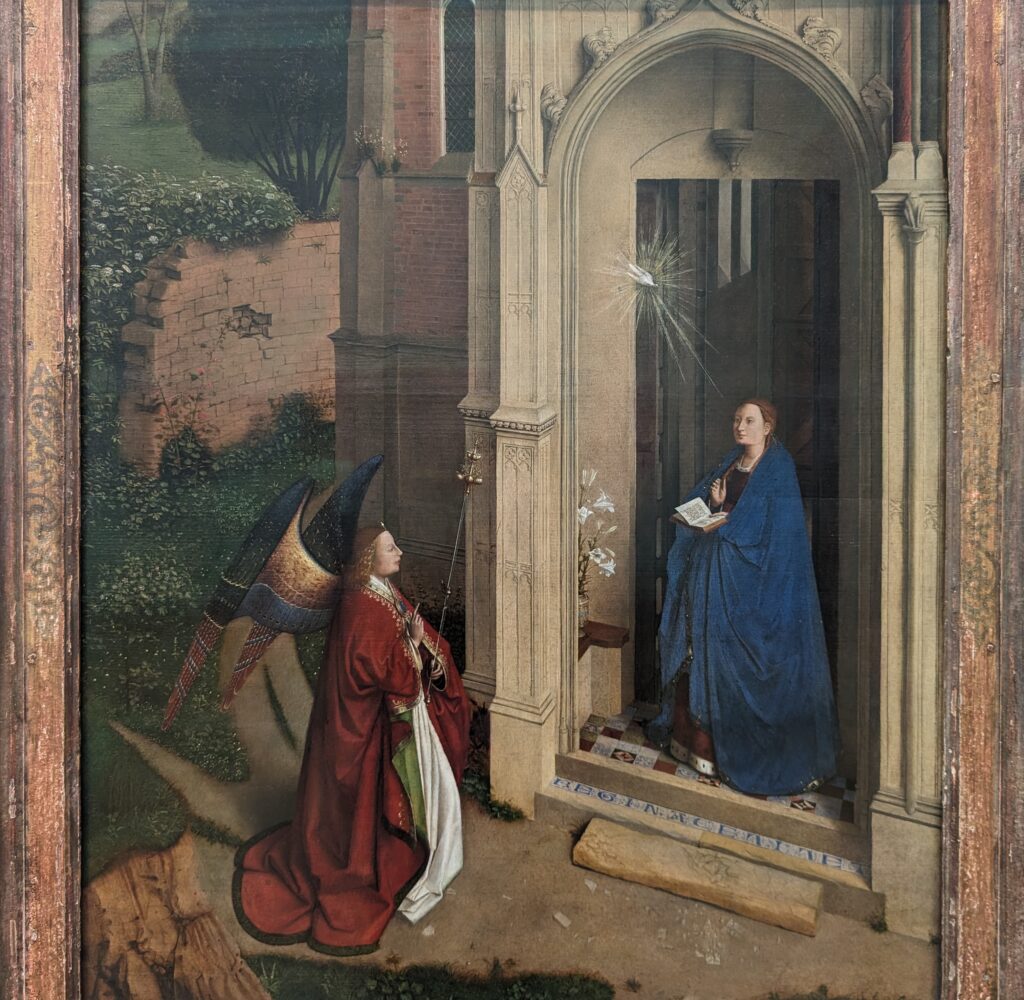
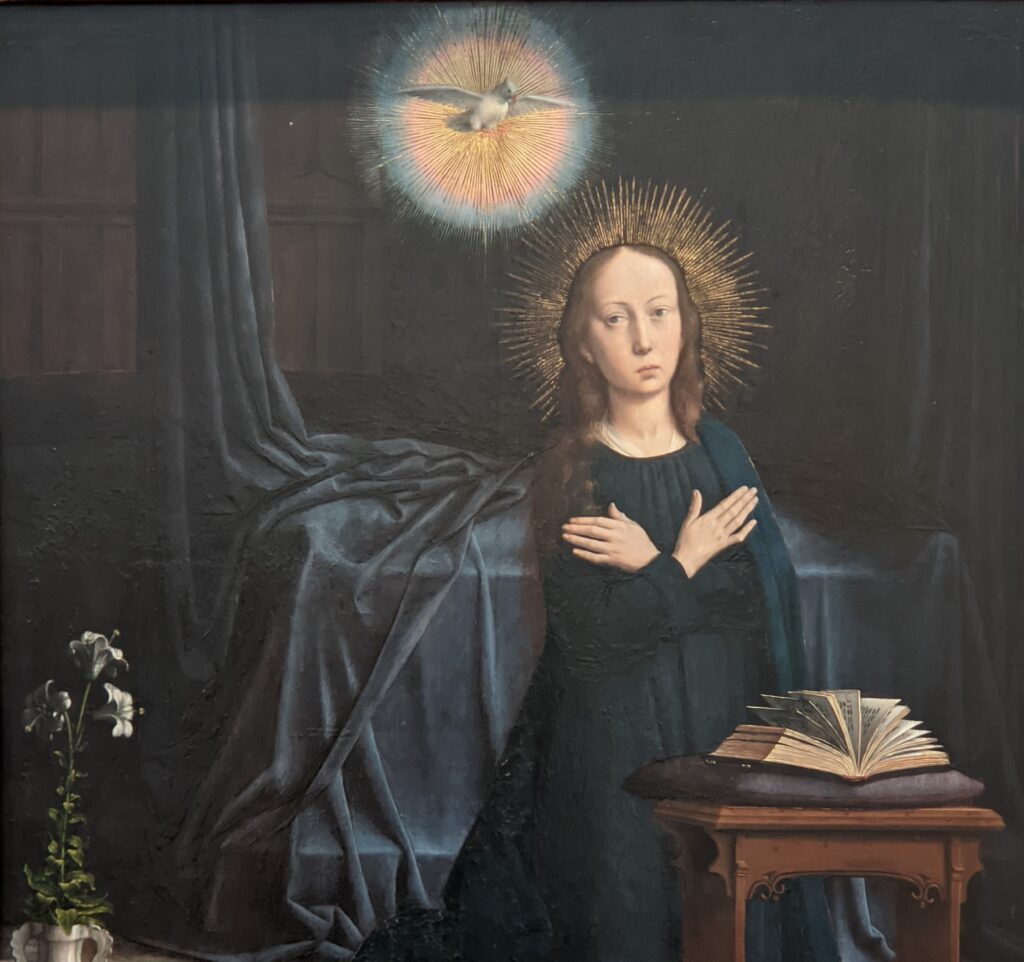
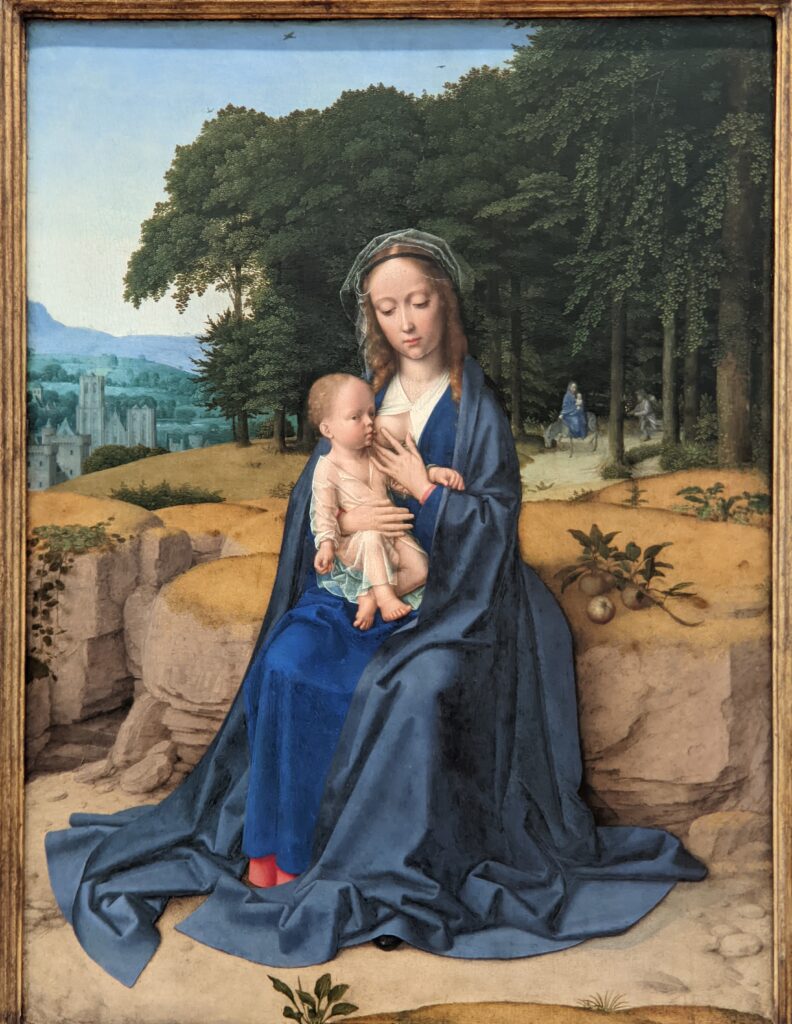
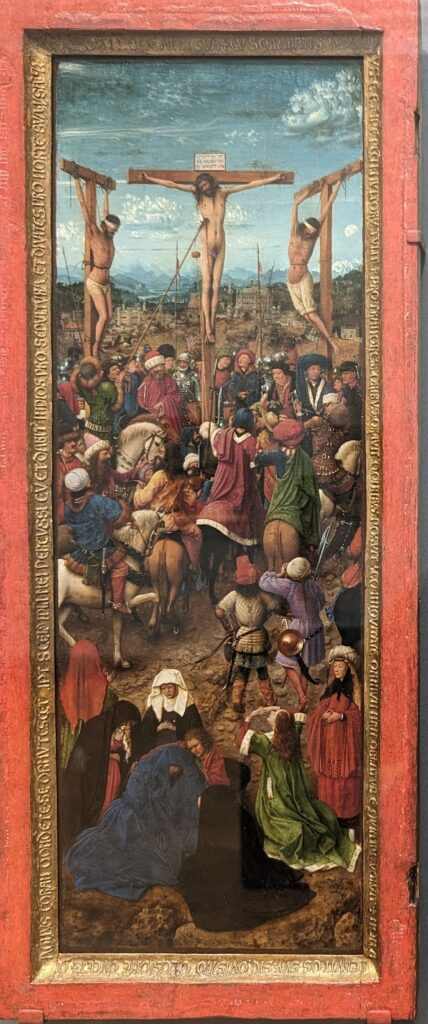
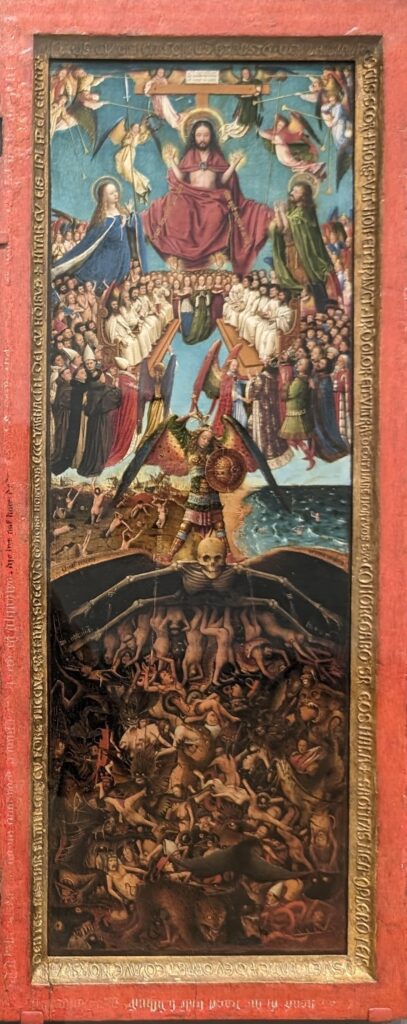
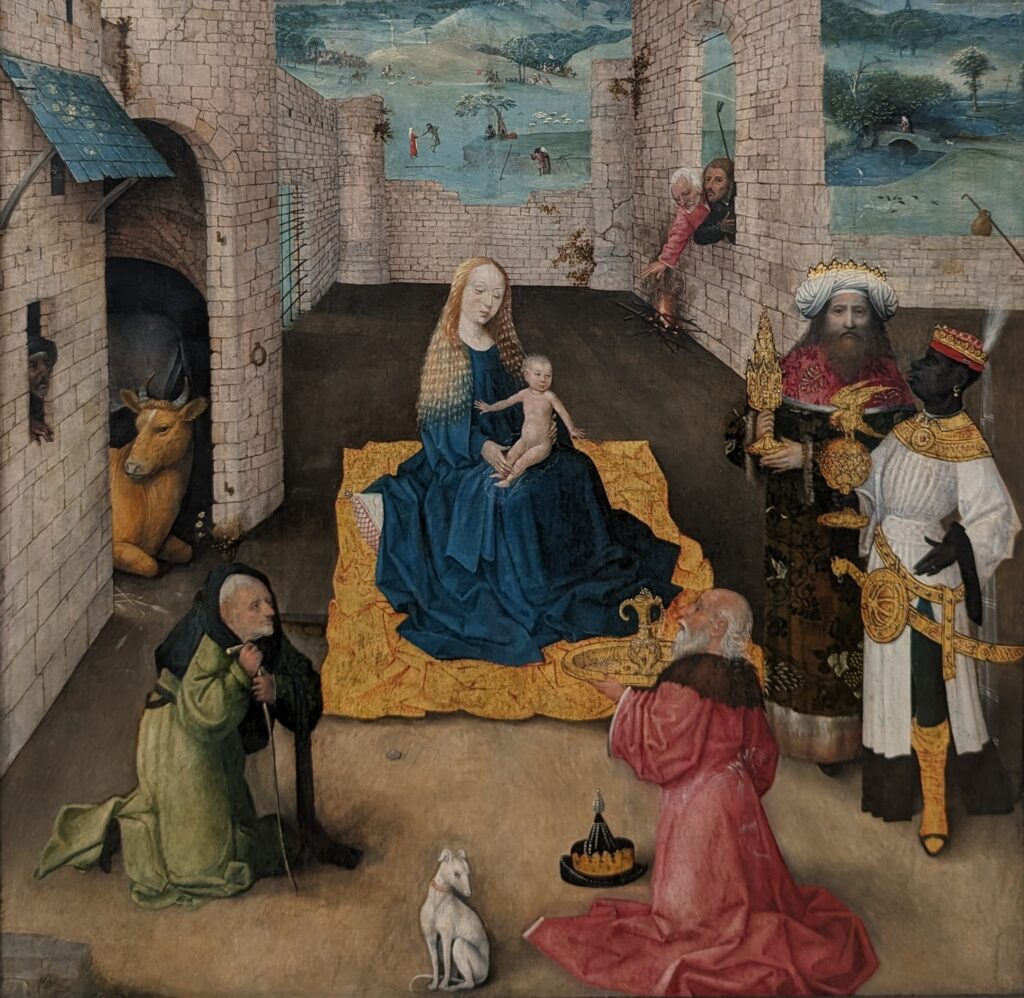
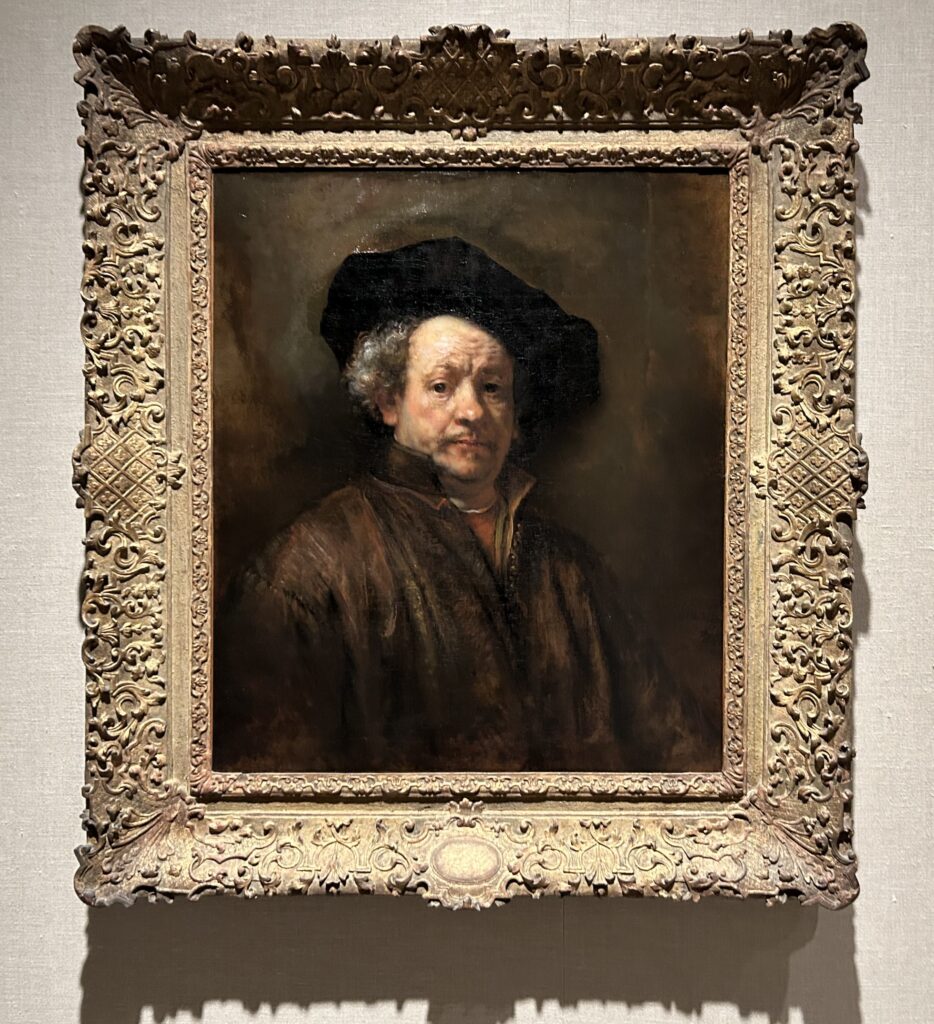
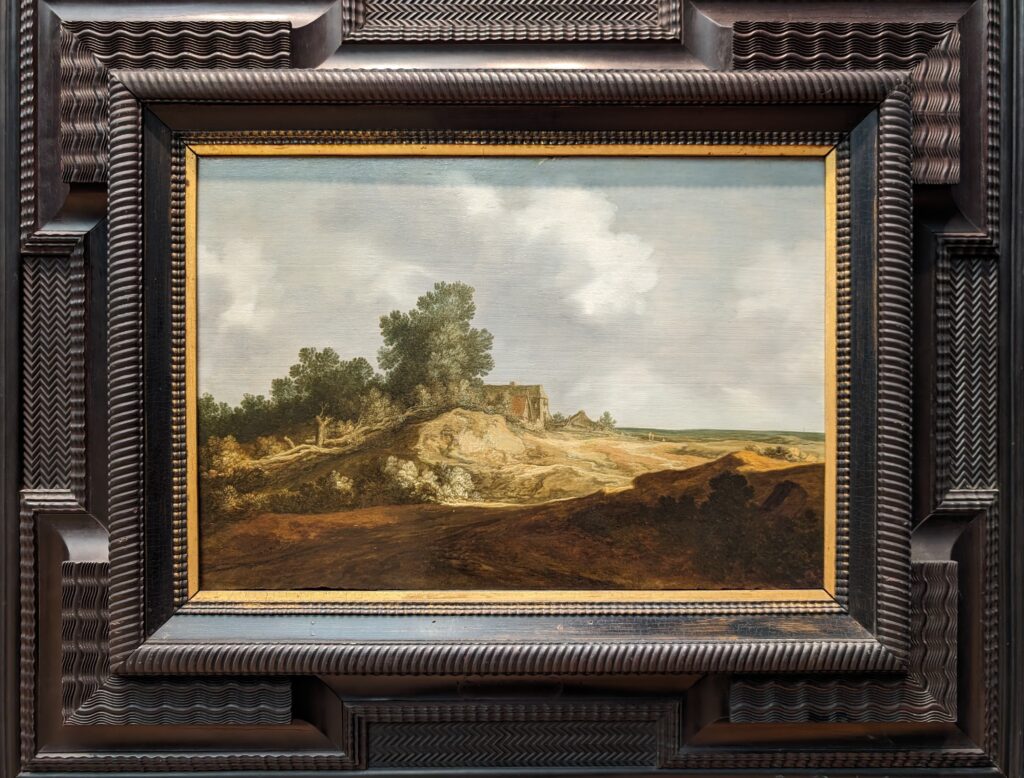
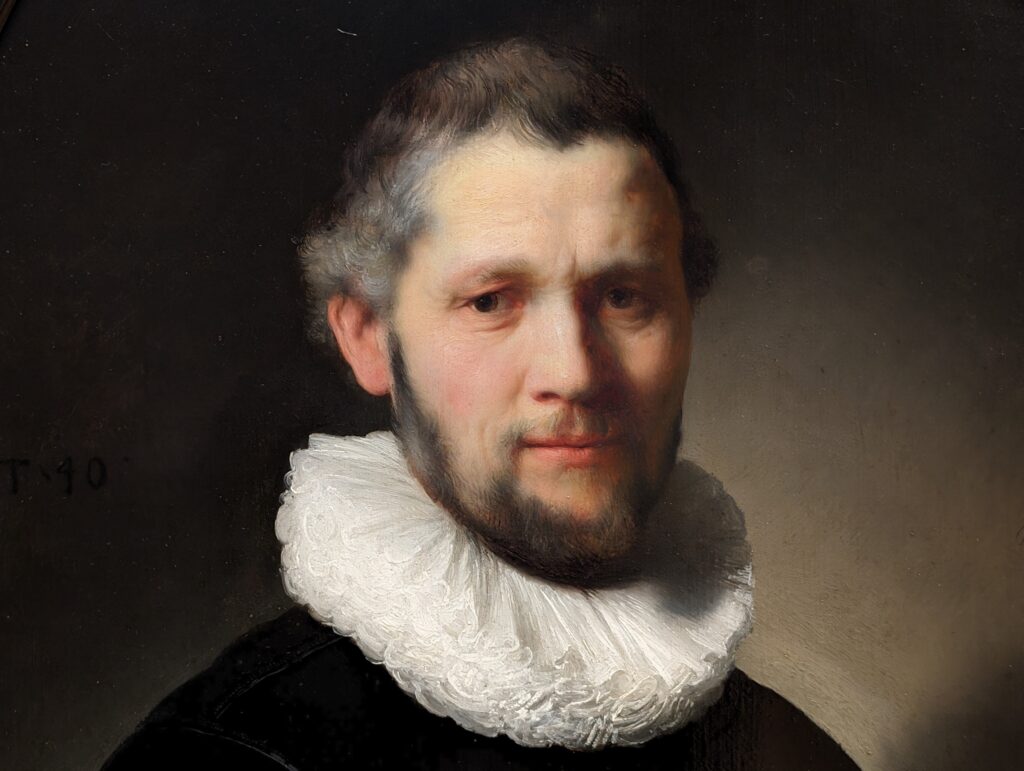
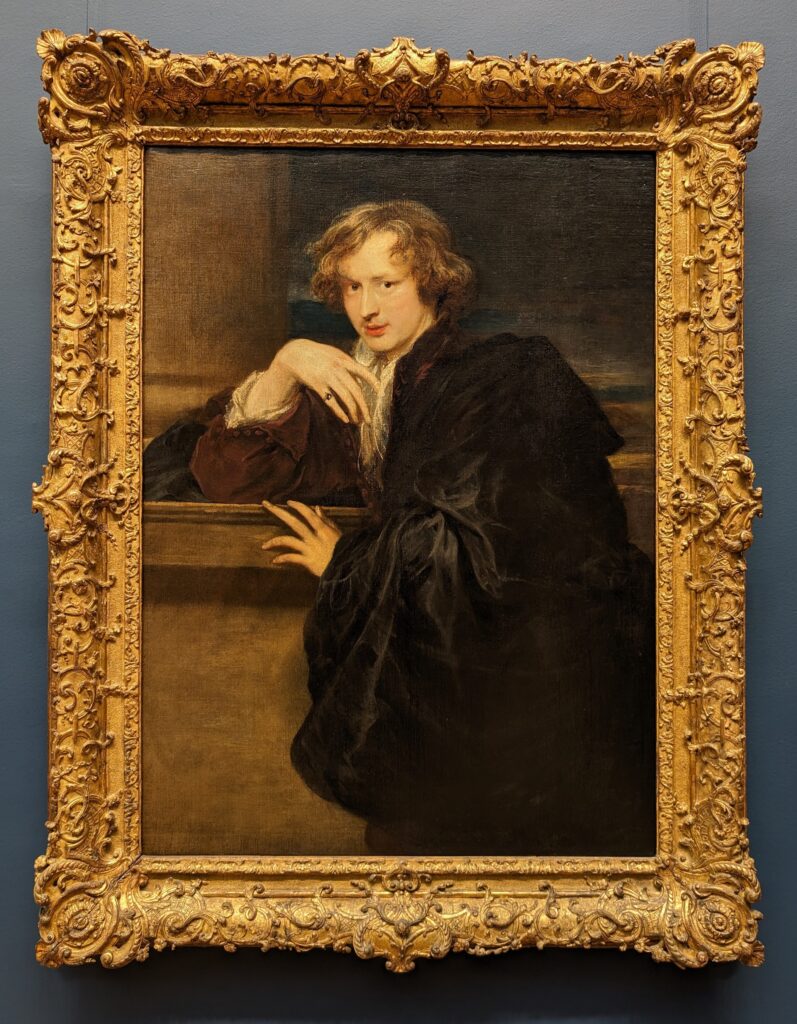
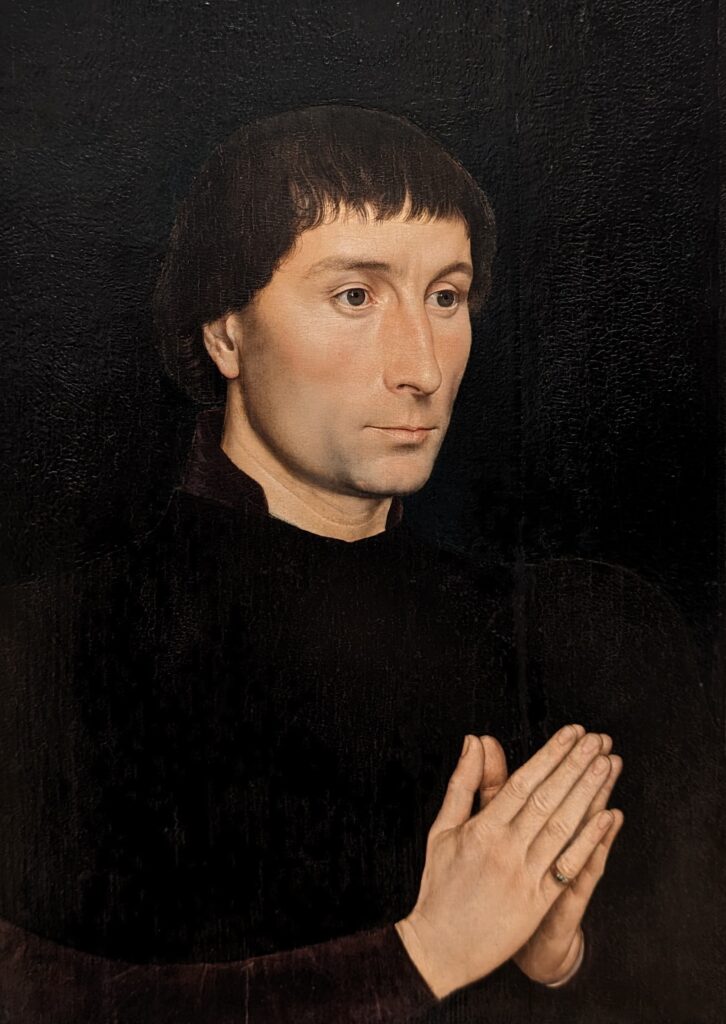
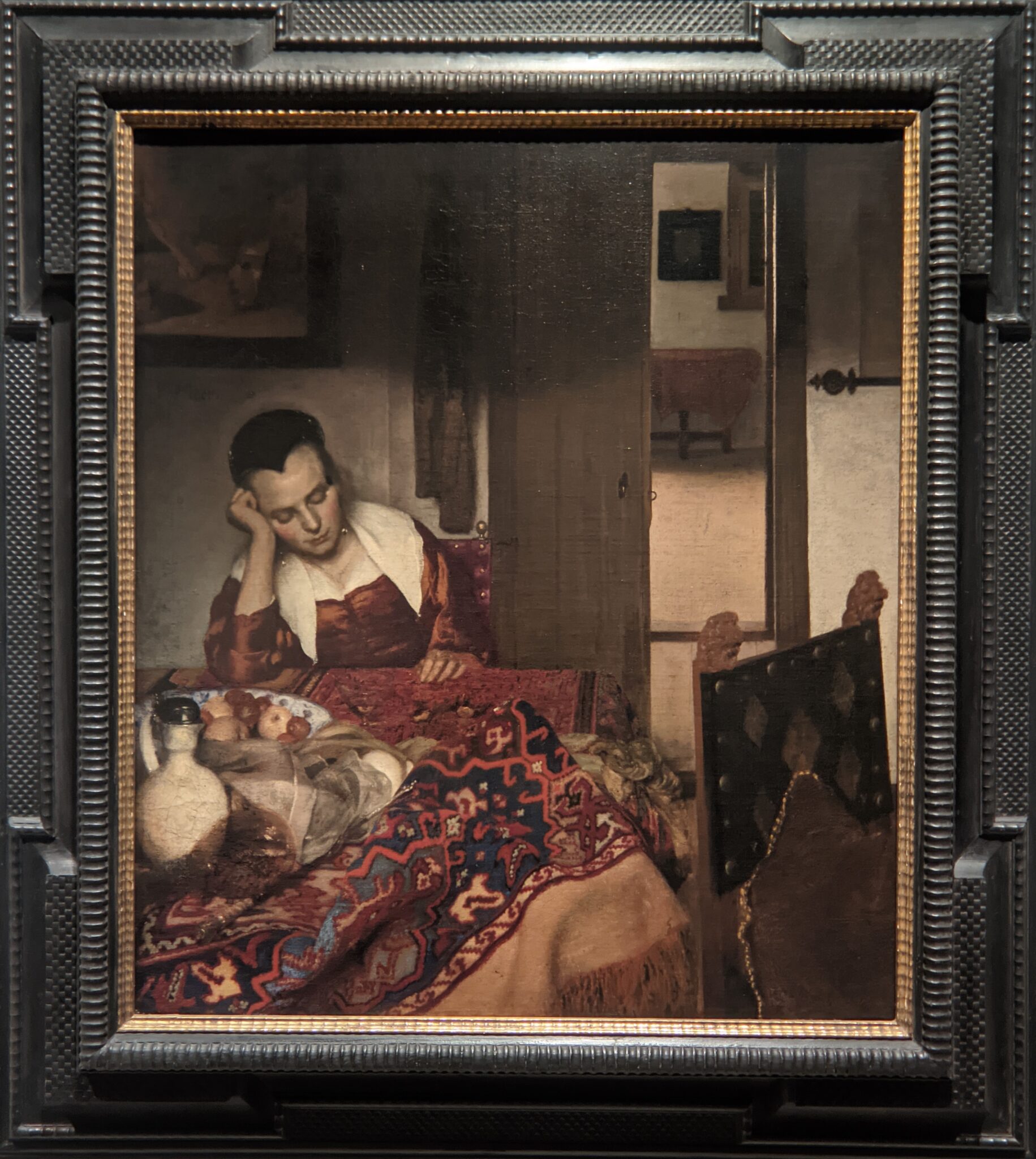
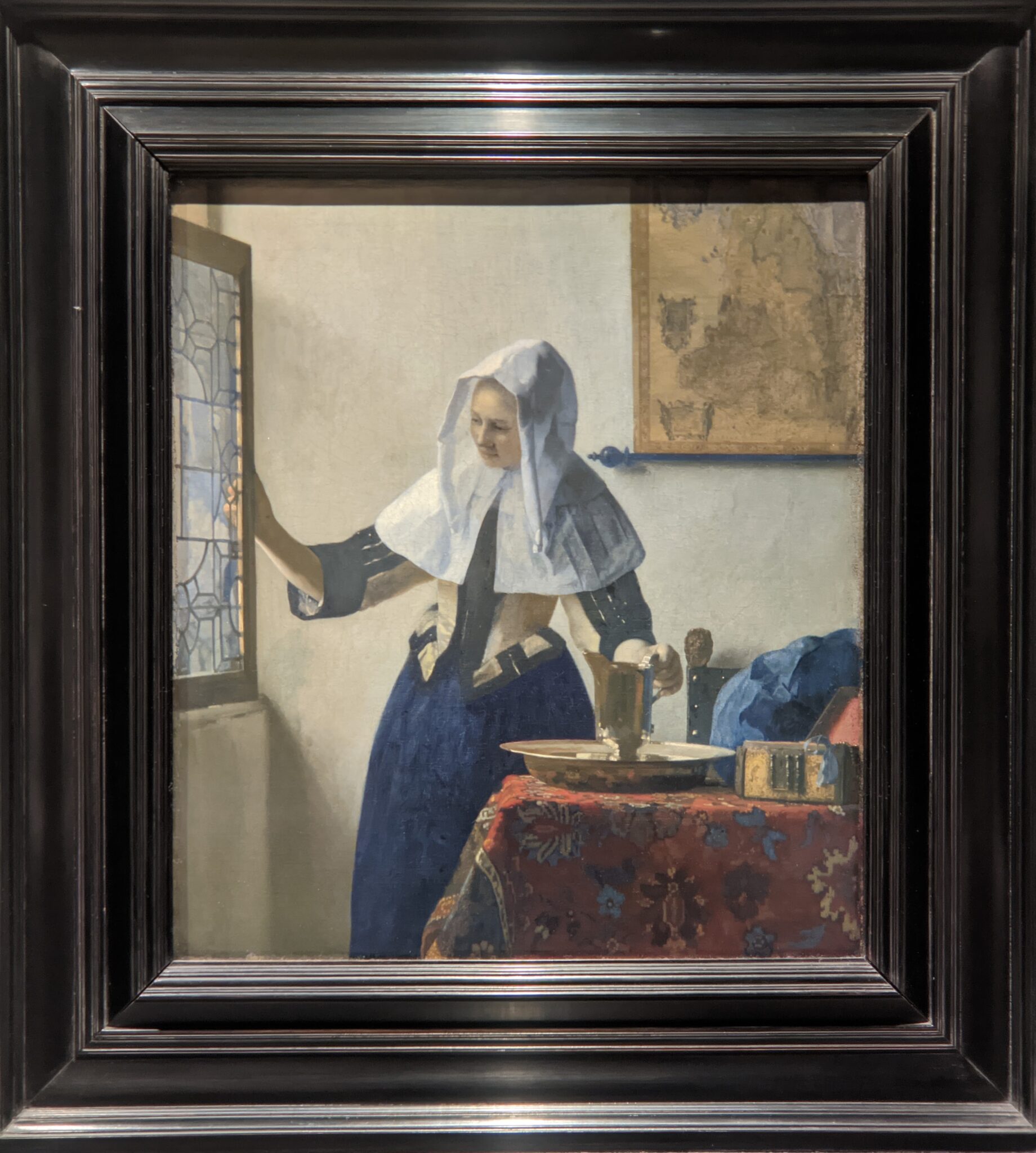
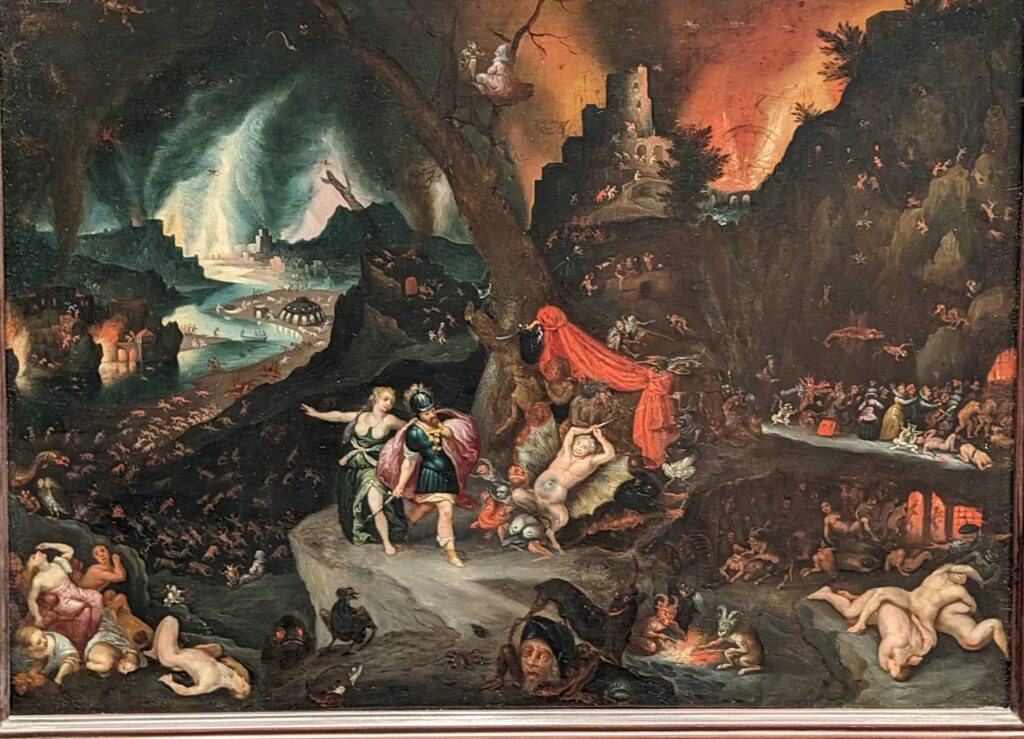
After seeing art from Western Europe, Japan, China and Egypt, we decided to view European paintings from the early part of the nineteenth-century (below), when many artists from Scandinavia and France would embark on sojourns to Italy and North Africa for inspiration. We also had a keen interest in seeing stained glass, seascapes, portraits and landscapes by some of the most talented artists from the United States, notably Tiffany, Homer, Twachtman, Sargent and Inness — so we added the American Wing of the museum to our agenda.
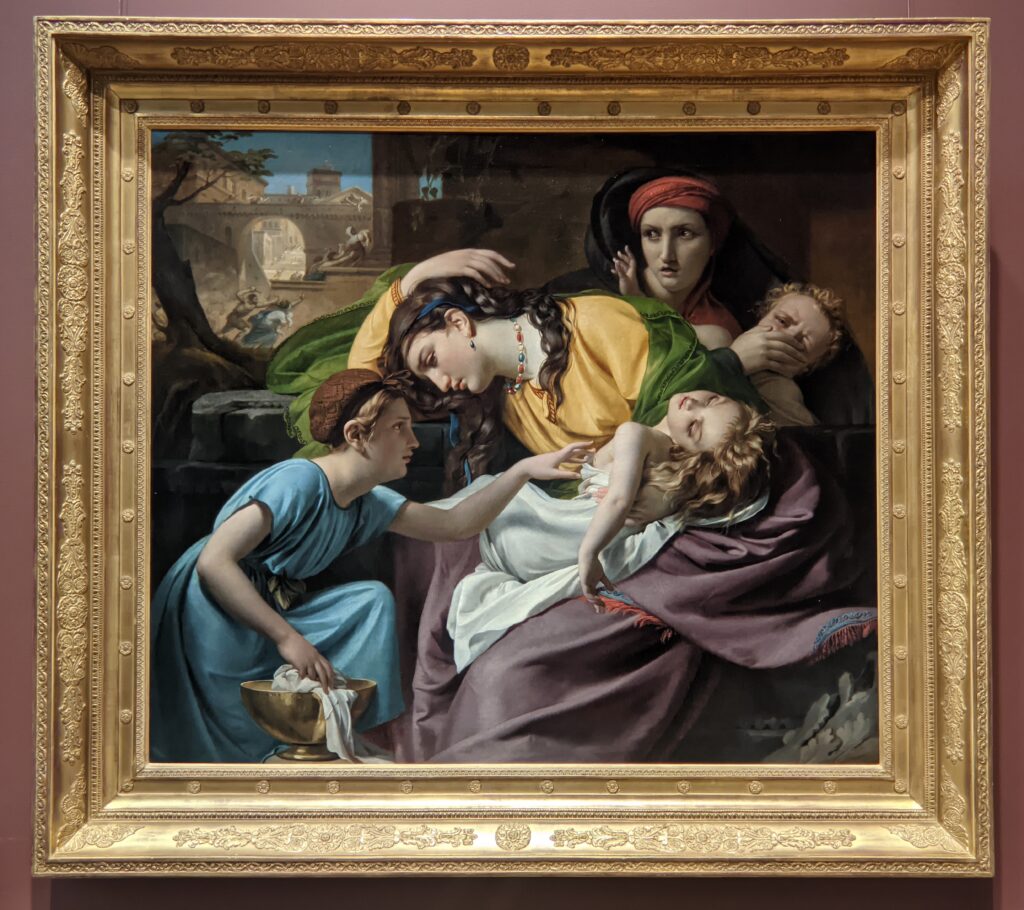
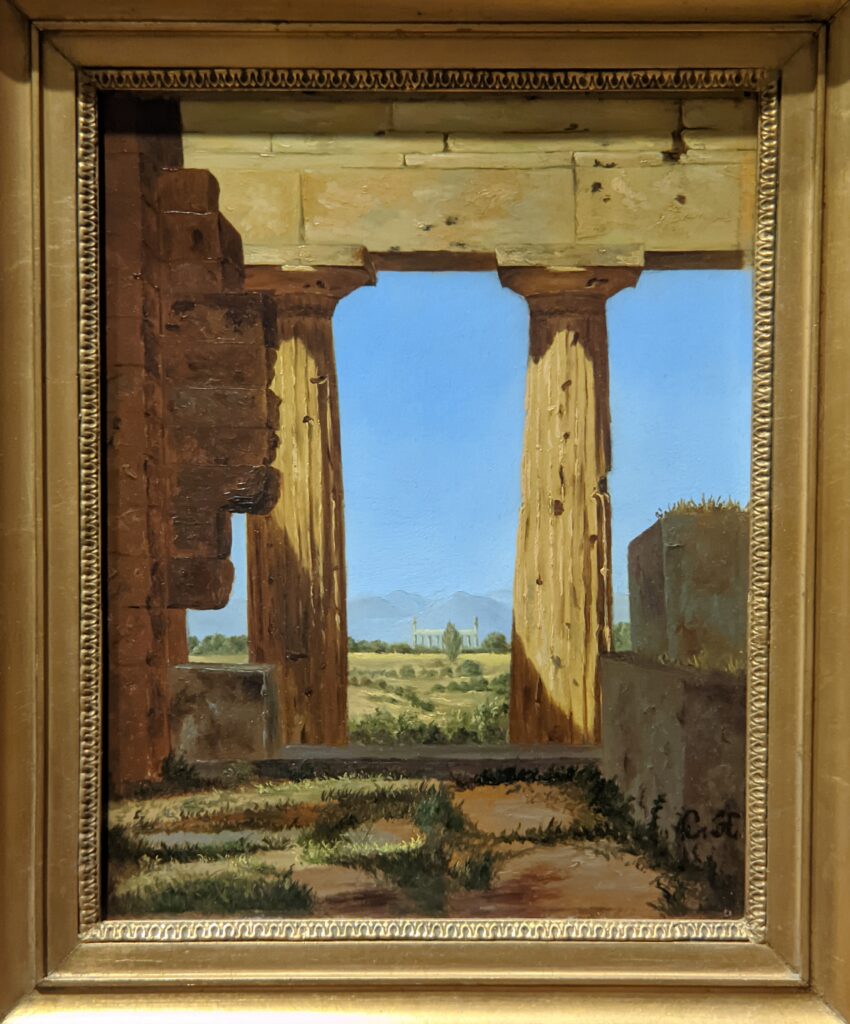
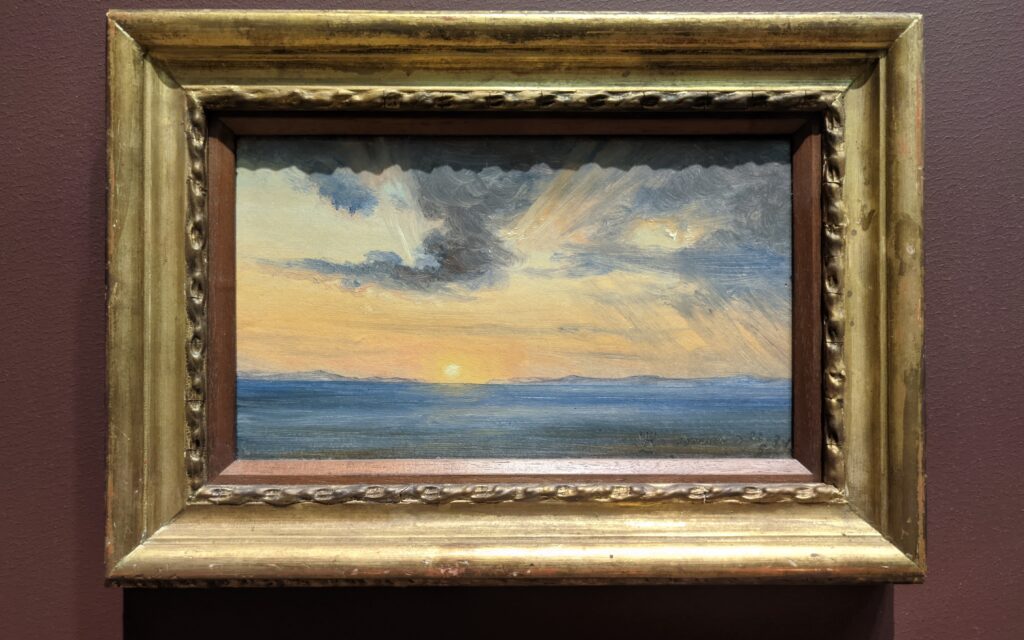
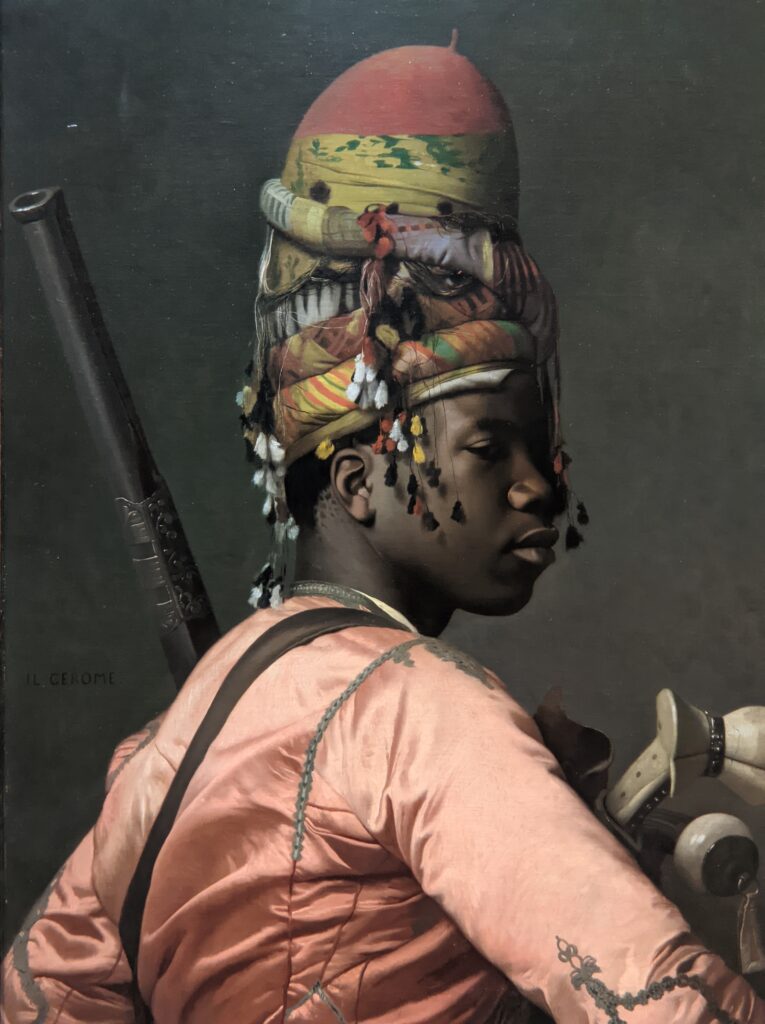
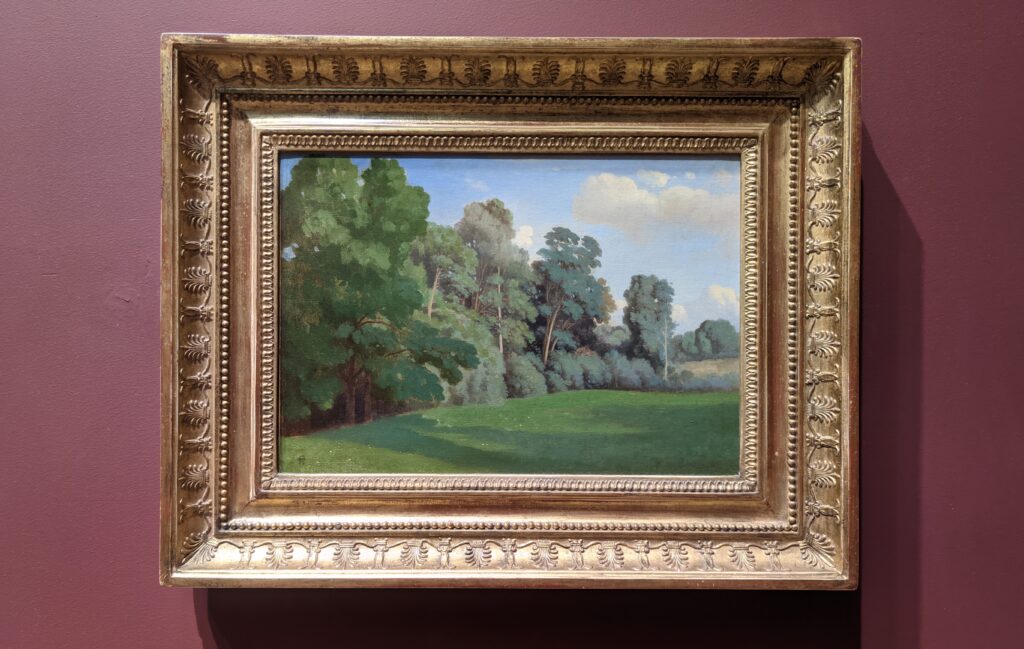
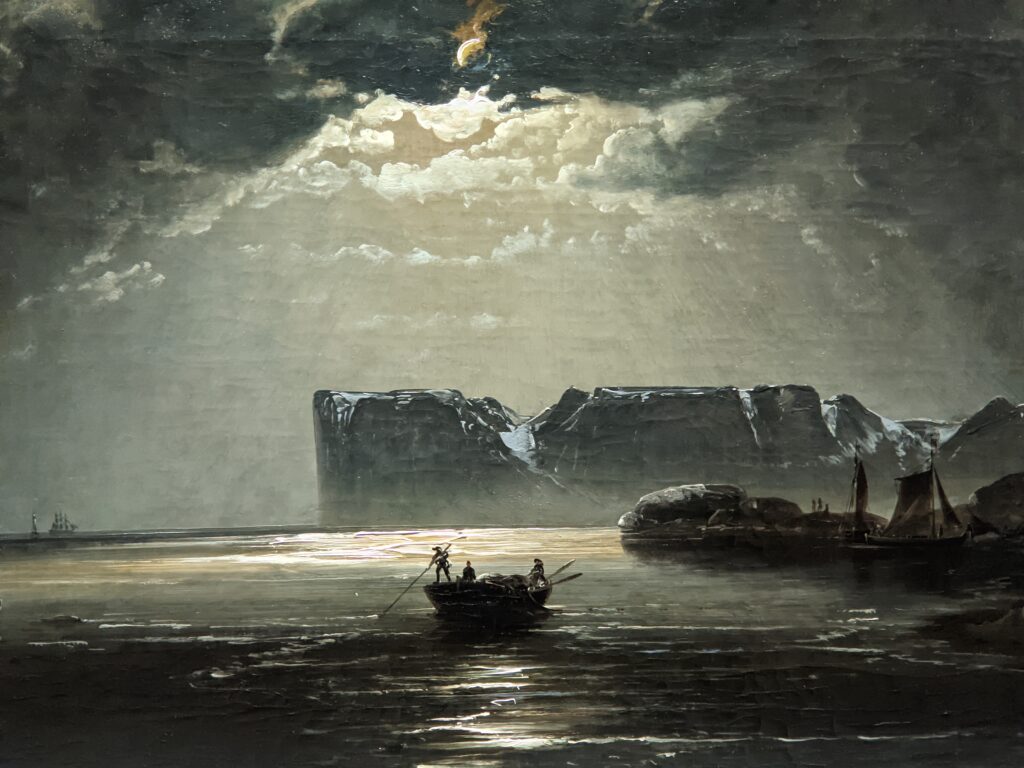
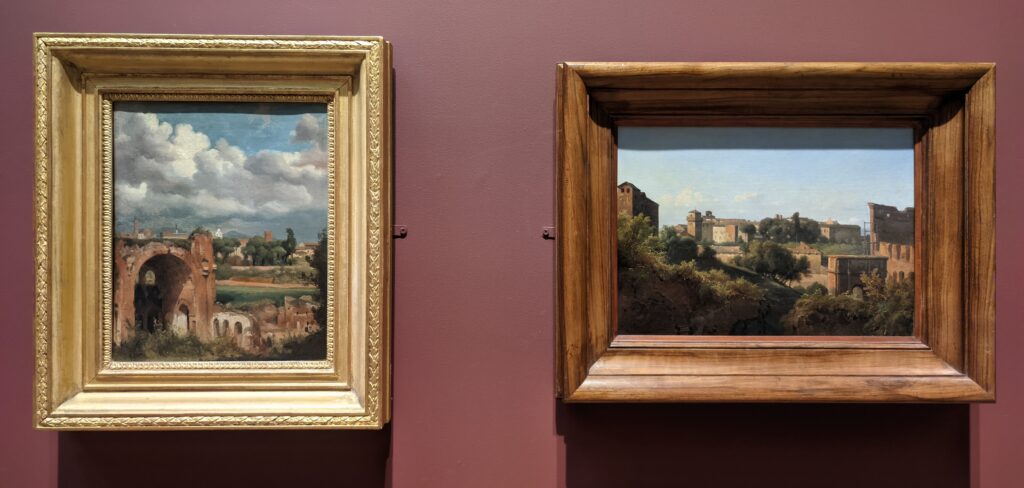
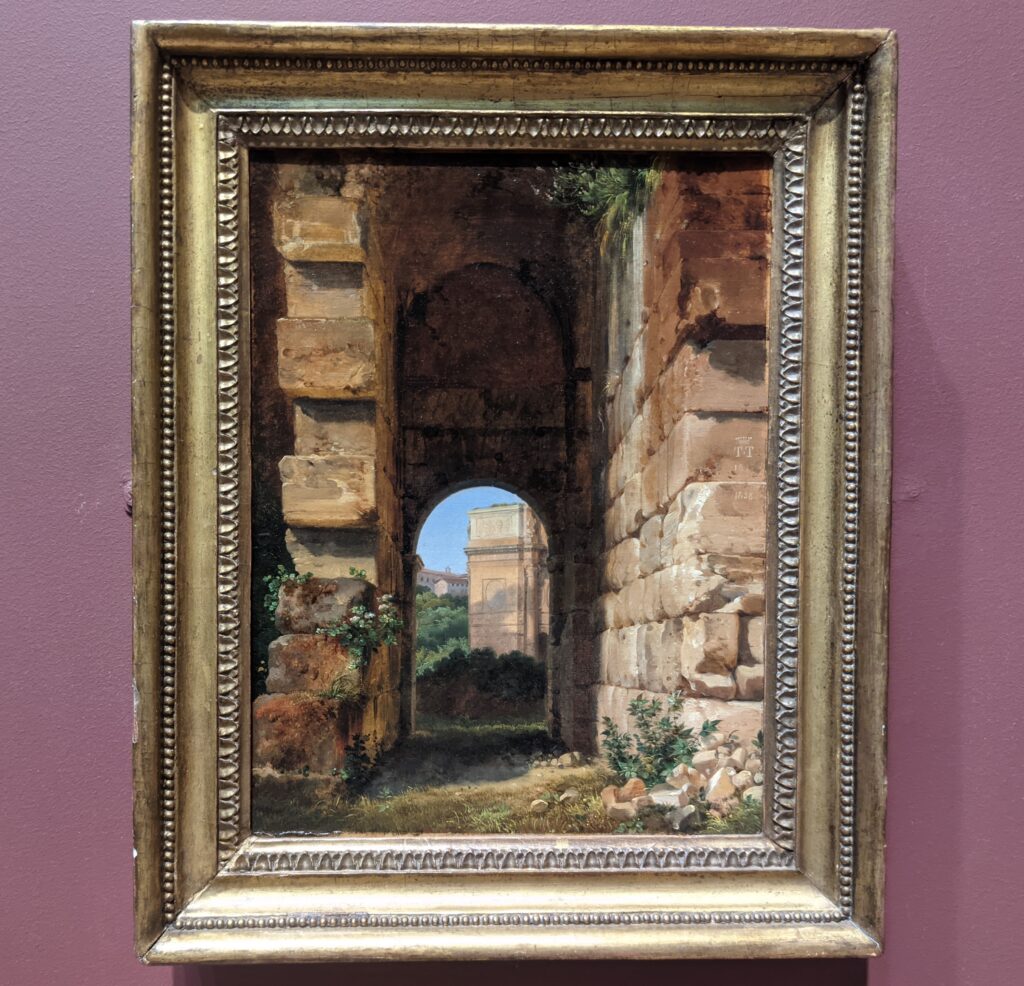
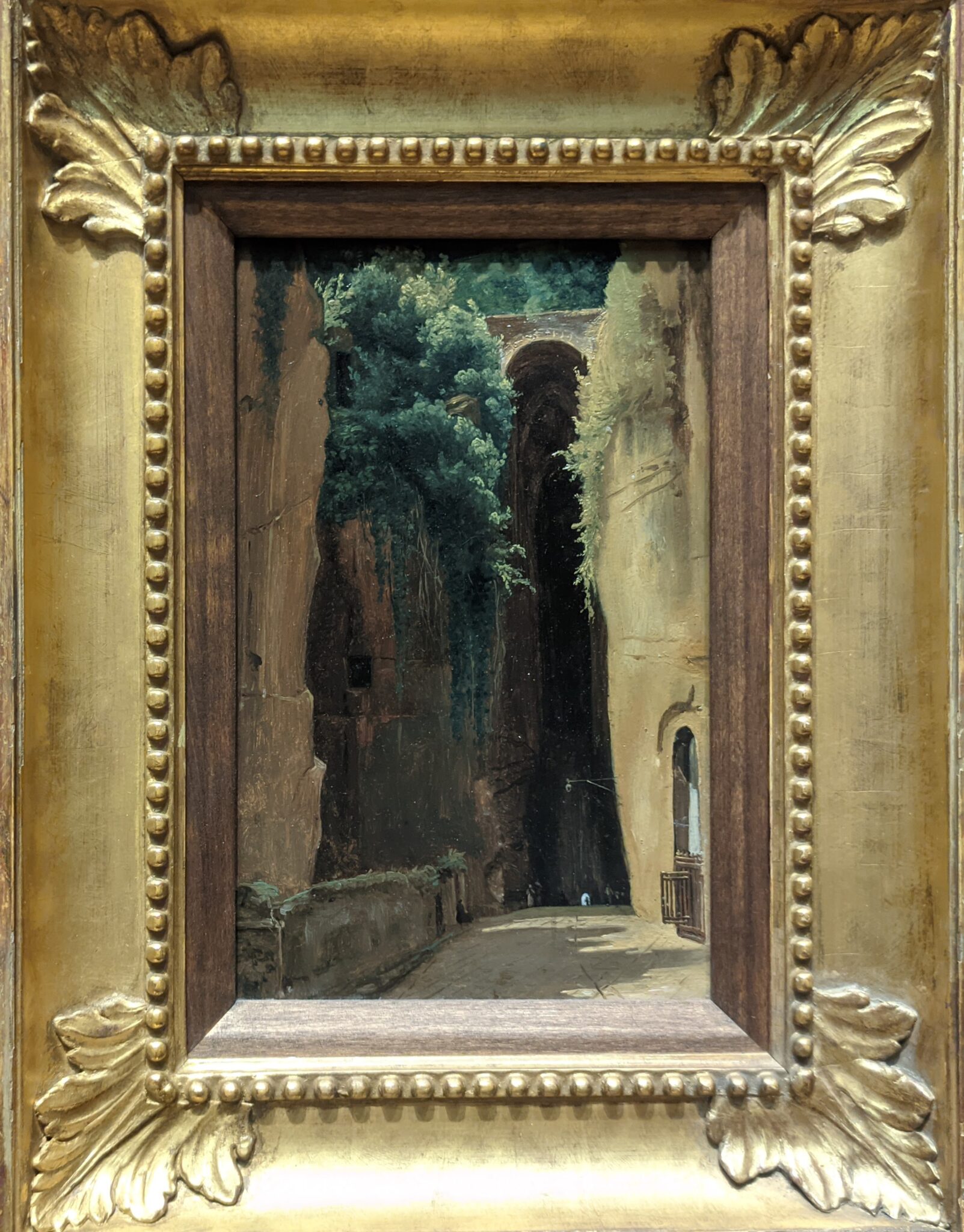
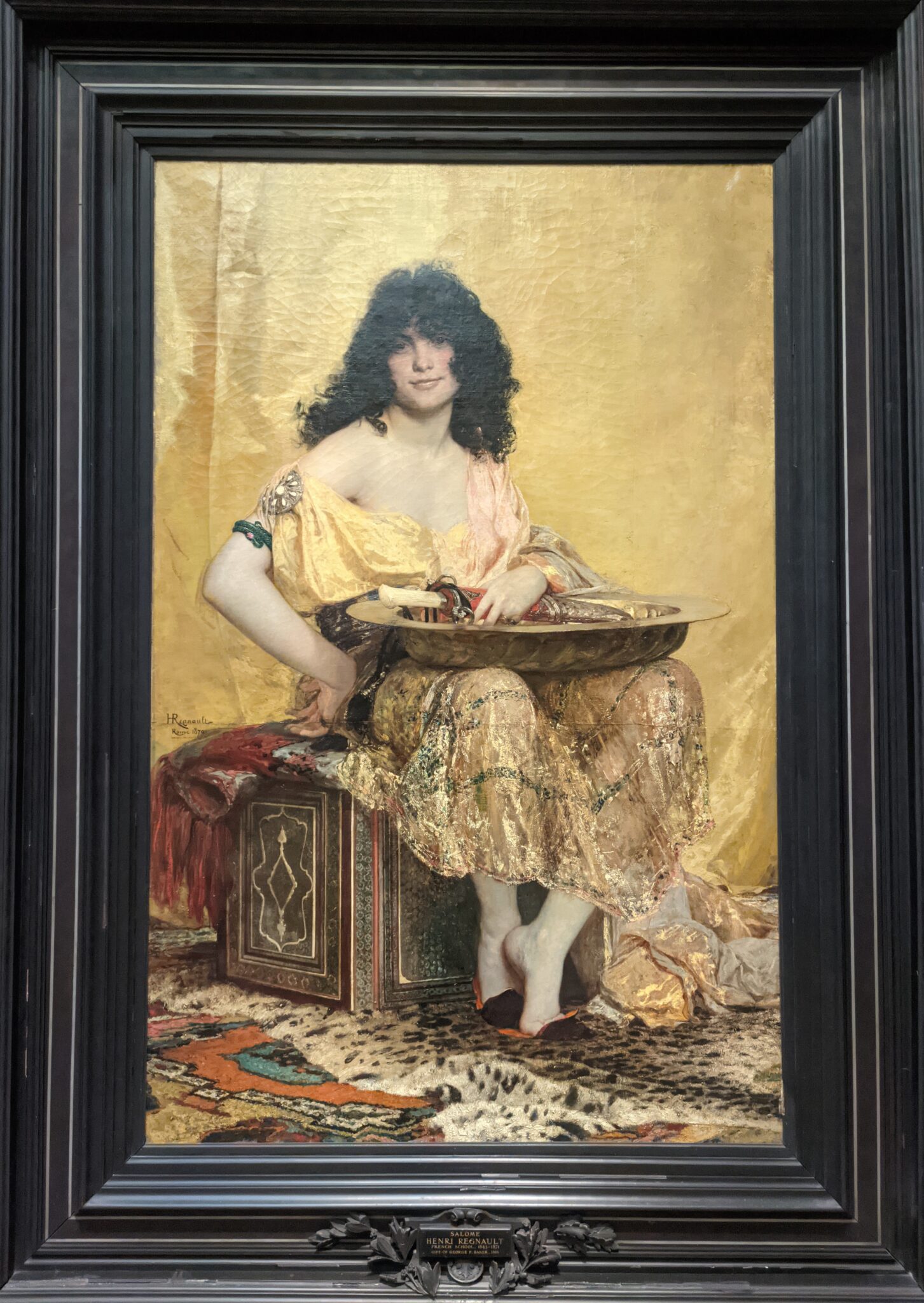
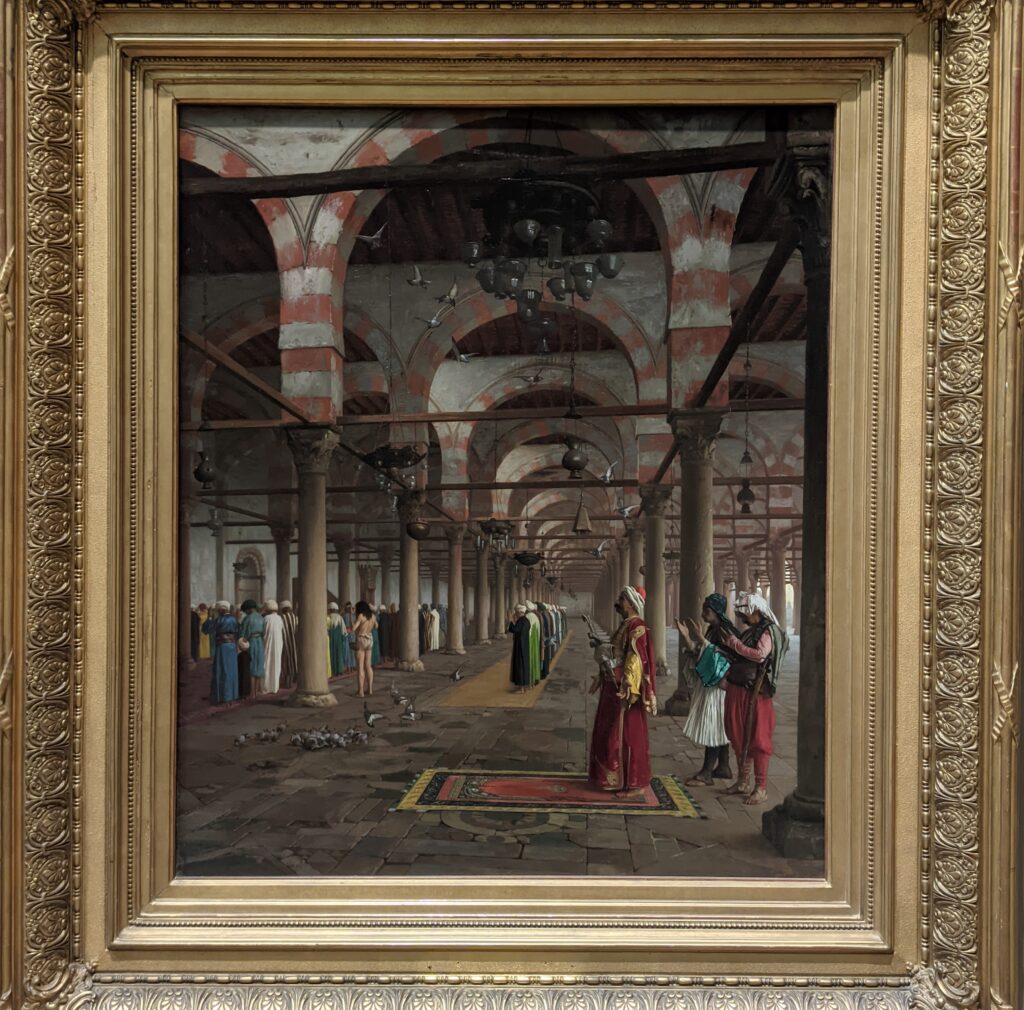
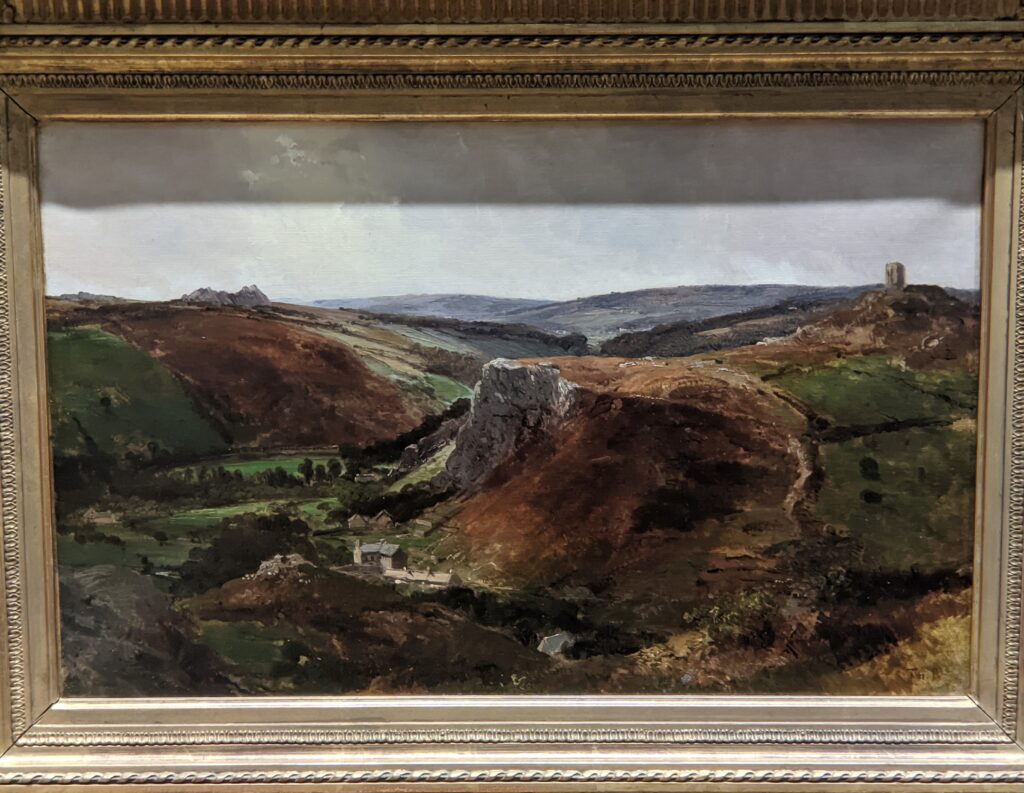
Planting the Seeds of Impressionism
In 1830, the 18-year-old Frenchman Theodore Rousseau ventured into the rugged terrain of the Auvergne region to draw and paint from a high perch in the hills. Shortly thereafter, Rousseau’s panoramic view (shown above) of a hamlet at the base of a steep cliff was celebrated in Paris by leaders of the ascendant Romantic movement. As a result, the French countryside would soon take its place as the equal of Italy’s in terms of artistic inspiration and innovation, and the en plein air sketching expeditions of Rousseau and Charles-Francois Daubigny (below) would profoundly change the course of landscape painting over the next 60 years in France, North America and even Italy where in the late 1850s a group of Tuscan painters known as the Macchiaioli broke with the antiquated conventions taught by the European academies in order to paint outdoors to capture natural light, shade and color.
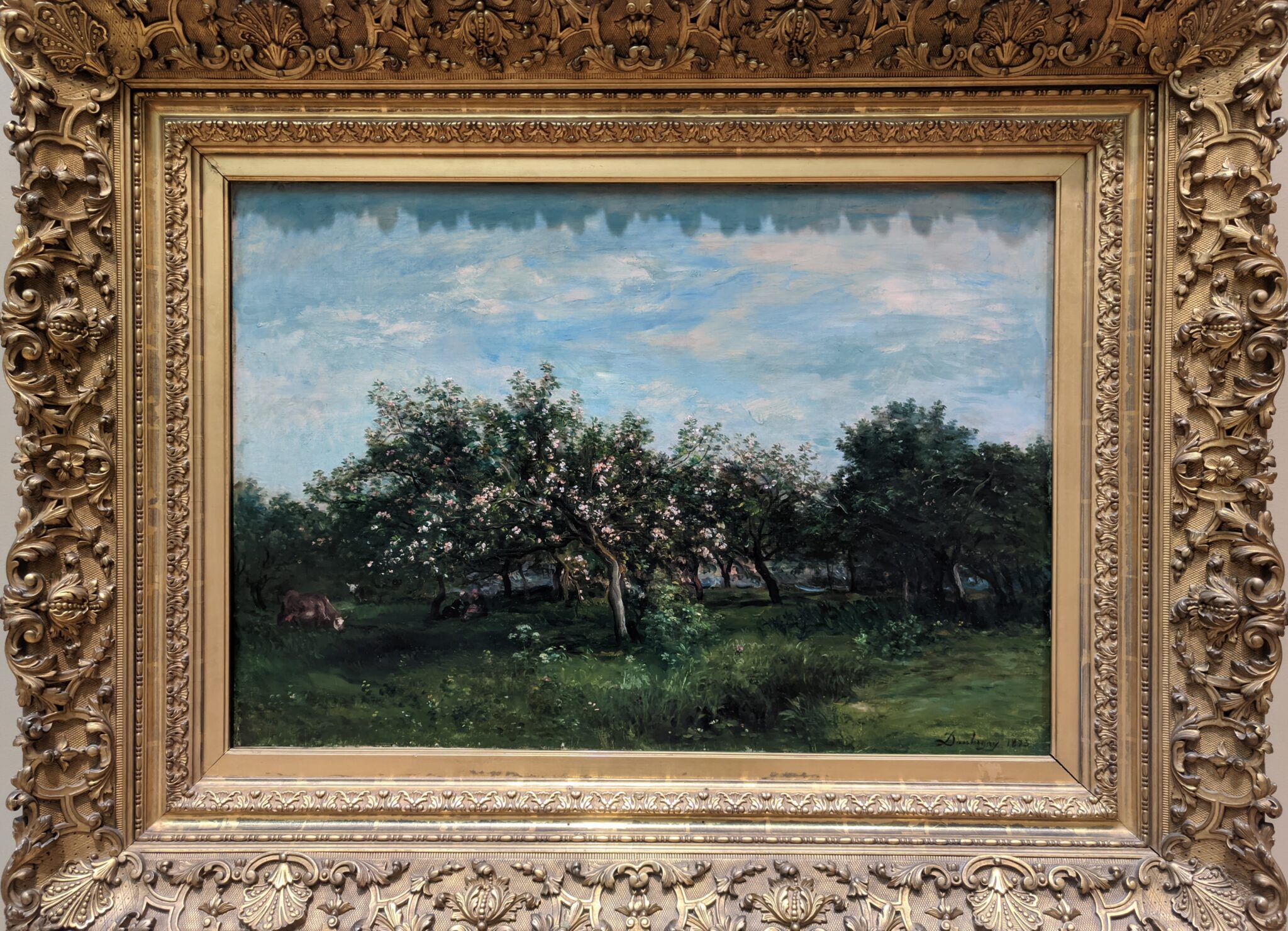
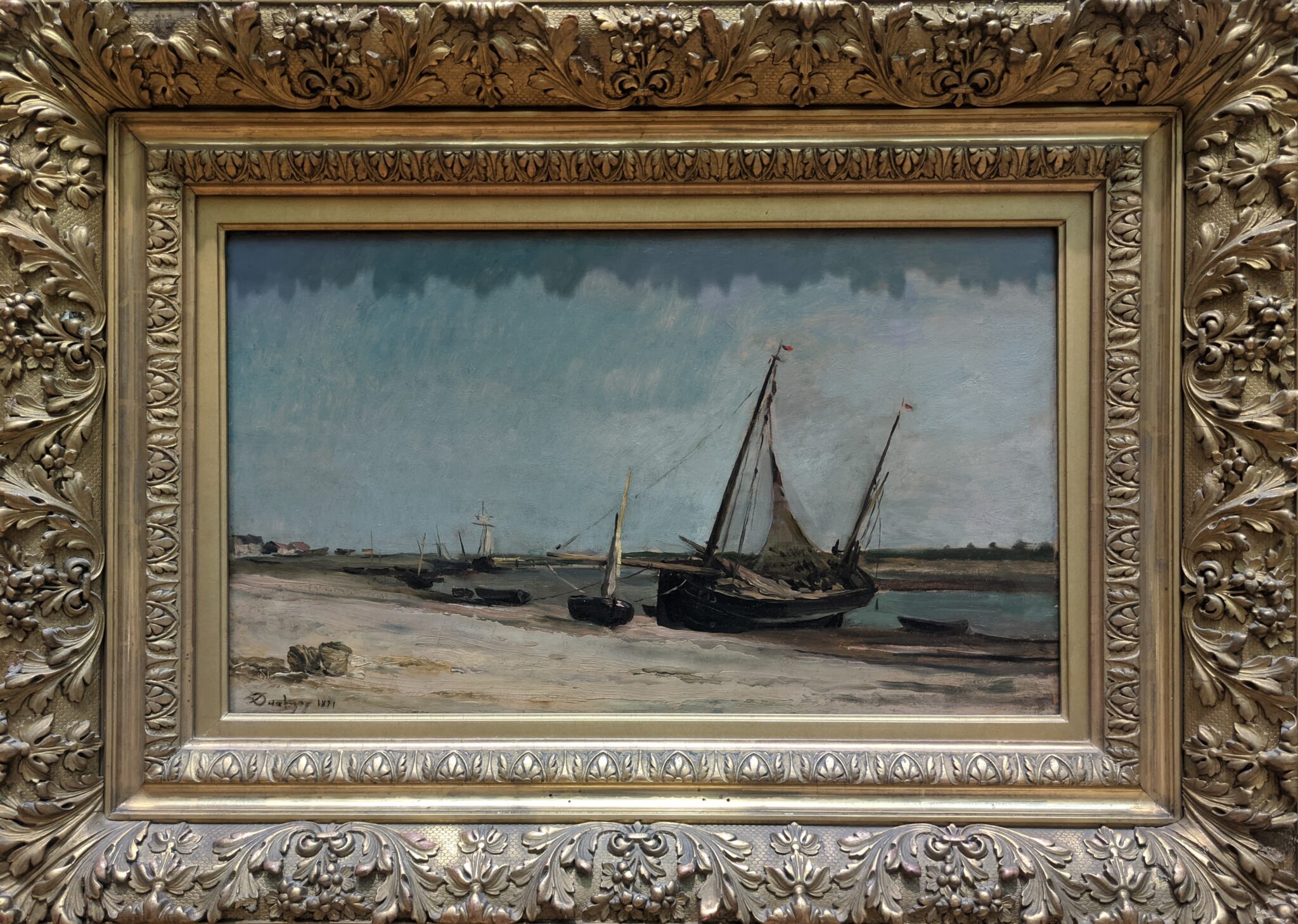
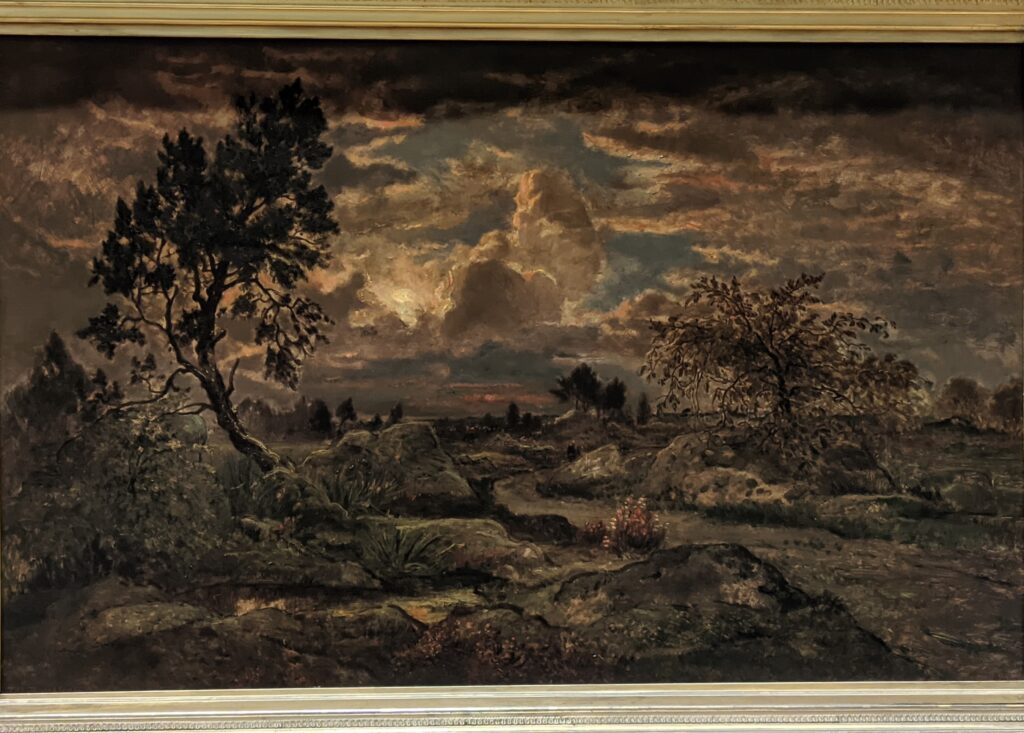
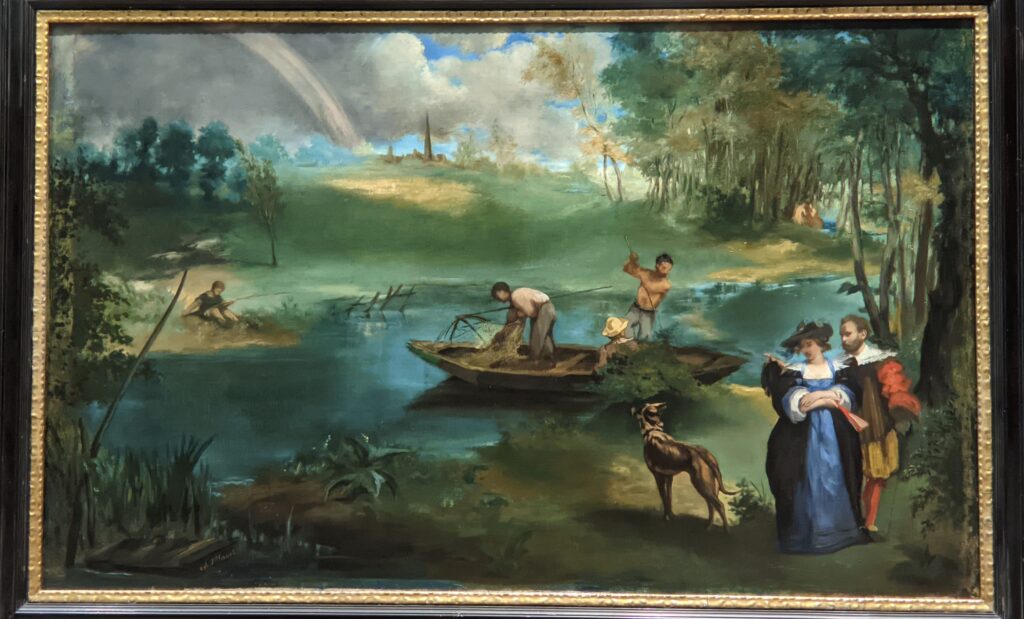
Édouard Manet & Claude Monet
While both Manet and Monet achieved initial success by submitting their paintings to the official Salon, their modernist tendencies and styles would eventually lead them down independent paths. In 1861, Manet submitted two paintings to the Salon; both were accepted and one — The Spanish Singer (on view at the Met) — won an honorable mention. Manet would not receive unequivocal recognition from the Salon for another 20 years. Luncheon on the Grass {Le Dejeuner sur l’Herbe}, Manet’s 1863 submission to the Salon, was rejected and the scandal caused by the presentation of Olympia (below right) prompted Manet to flee to Spain.
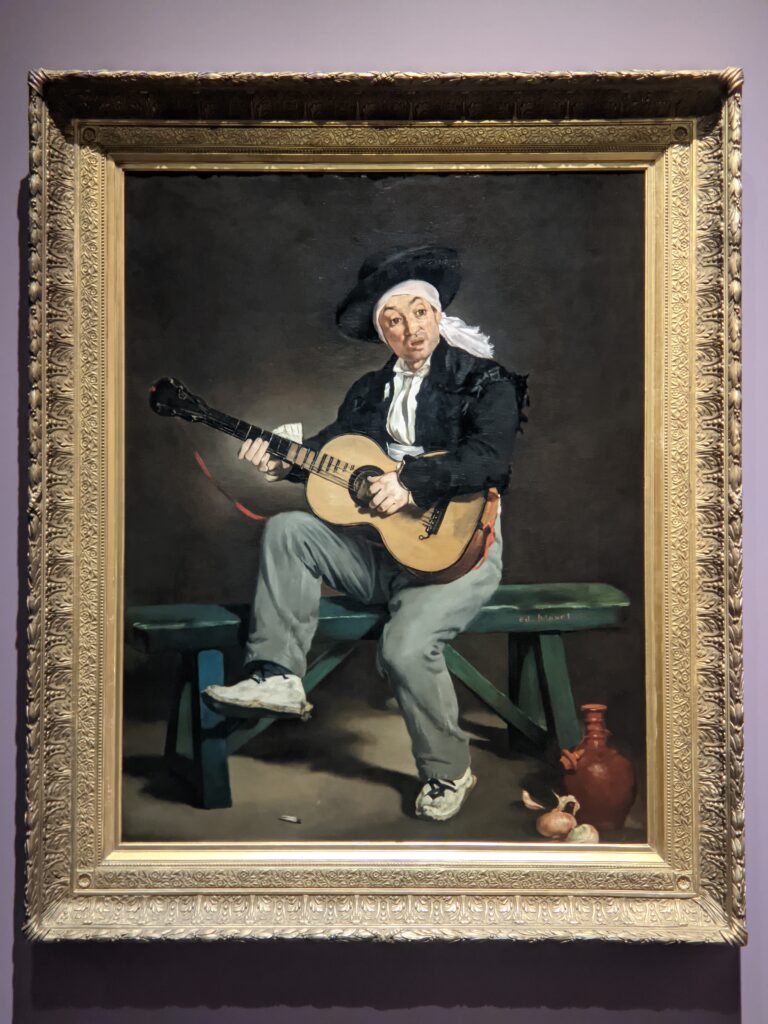

In 1866, Claude Monet’s Woman in the Green Dress was accepted by the jury at the Salon and received positive reviews. In the following year, however, Monet’s submission was rejected and Monet proposed the idea of exhibiting independently — together with other painters who would one day be called the Impressionists — a proposition that would not be realized due to a lack of funds until 1874.
The Impressionists organized eight exhibitions between 1874 and 1886 but Manet never exhibited with them. Manet was one of the first nineteenth-century artists to paint modern life and his alla prima {at once} technique was adopted by the Impressionists because this style allowed them to paint quickly enough to capture on canvas the changing effects of light. In retrospect, Édouard Manet was the most pivotal figure in the transition from Realism to Impressionism.
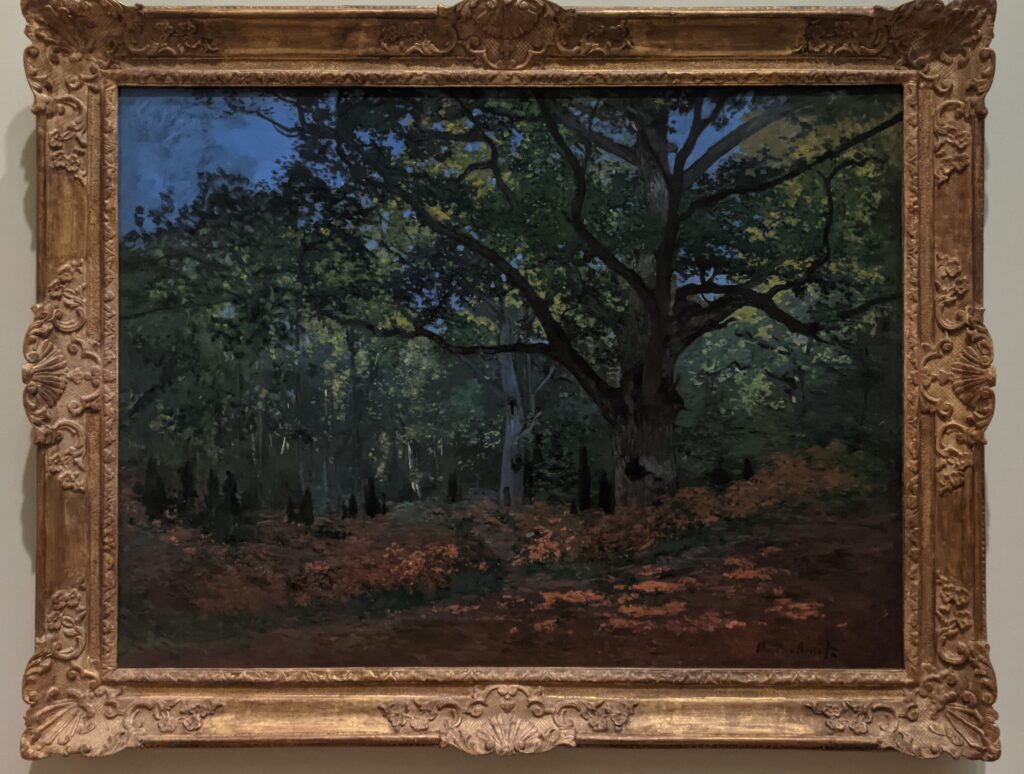
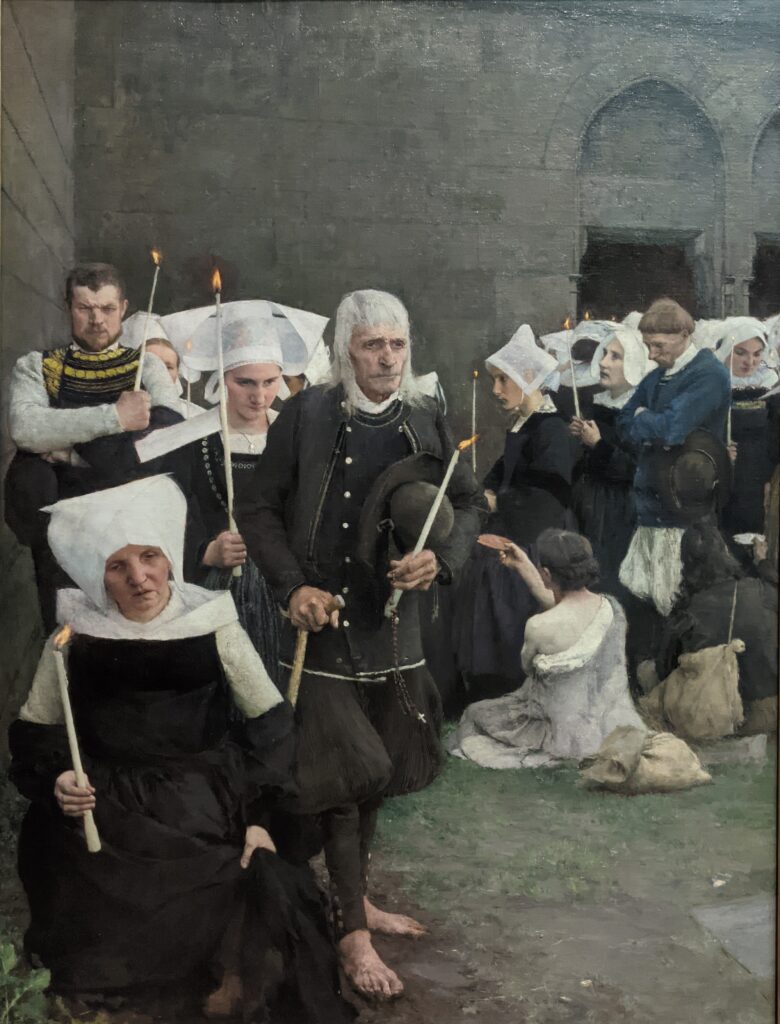
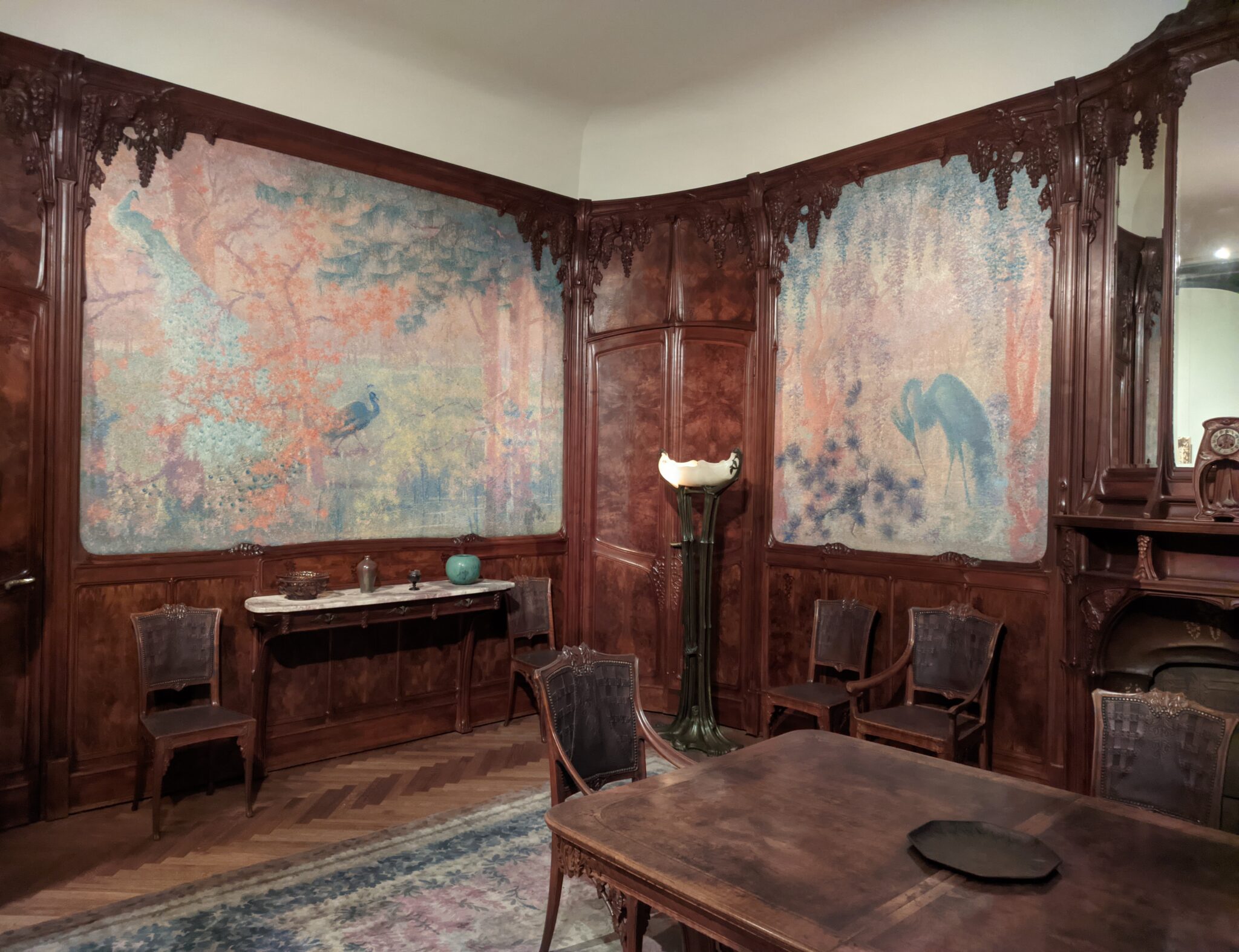
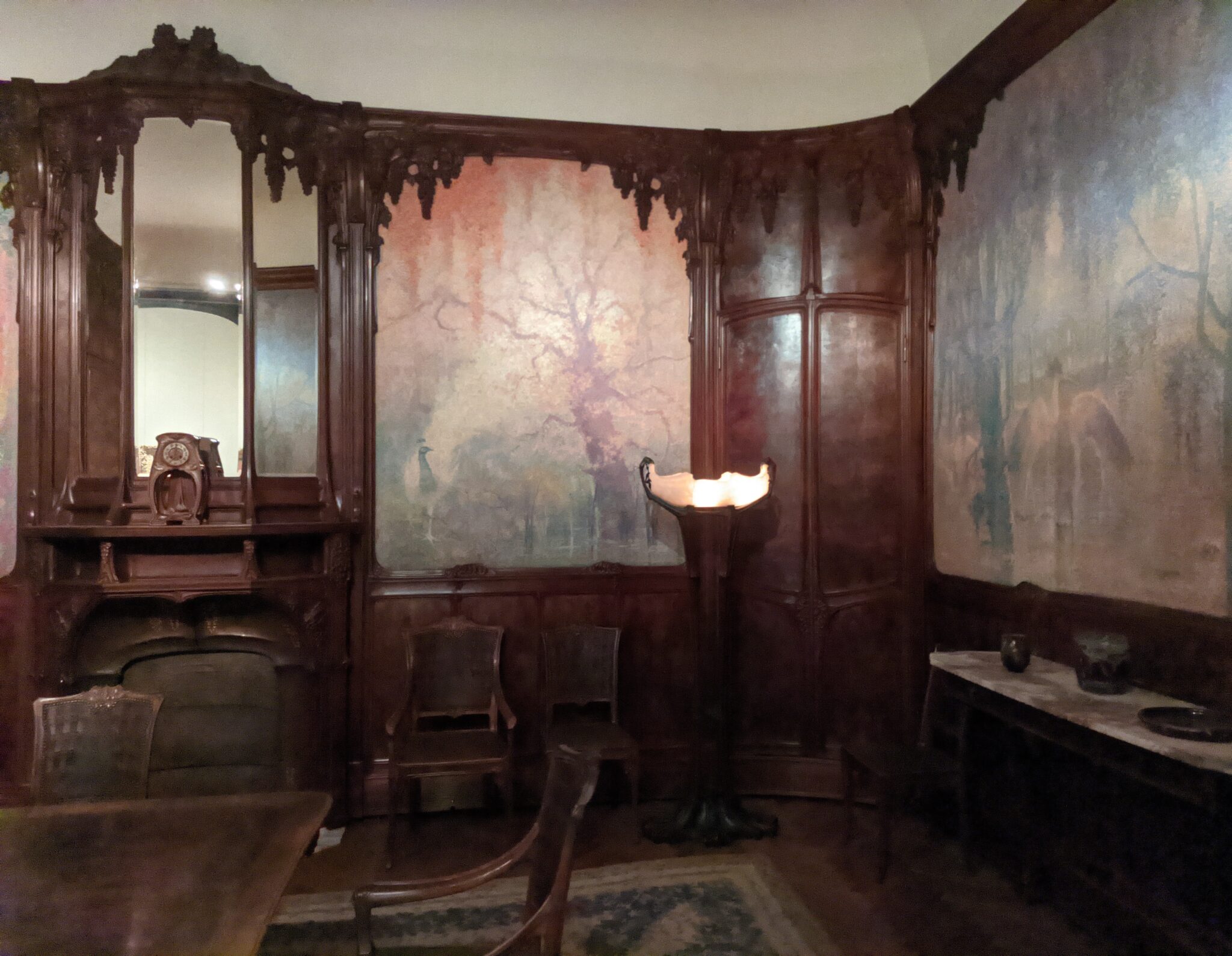
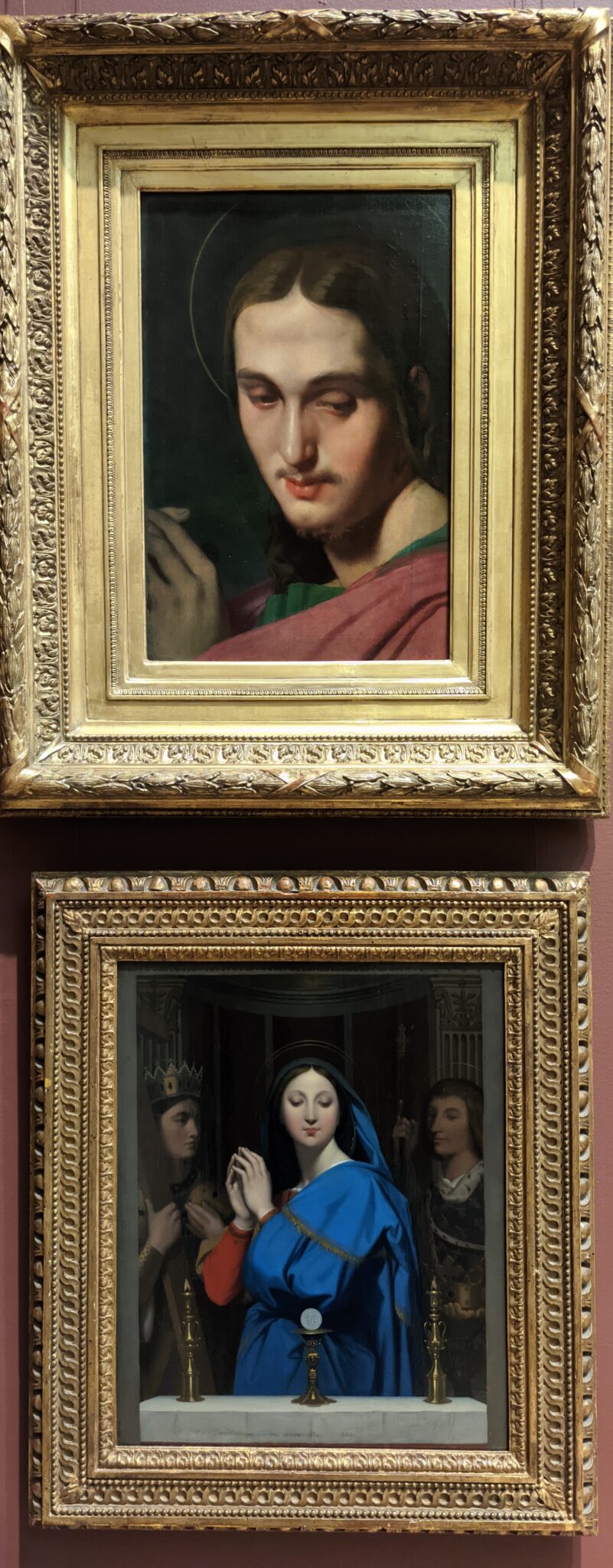
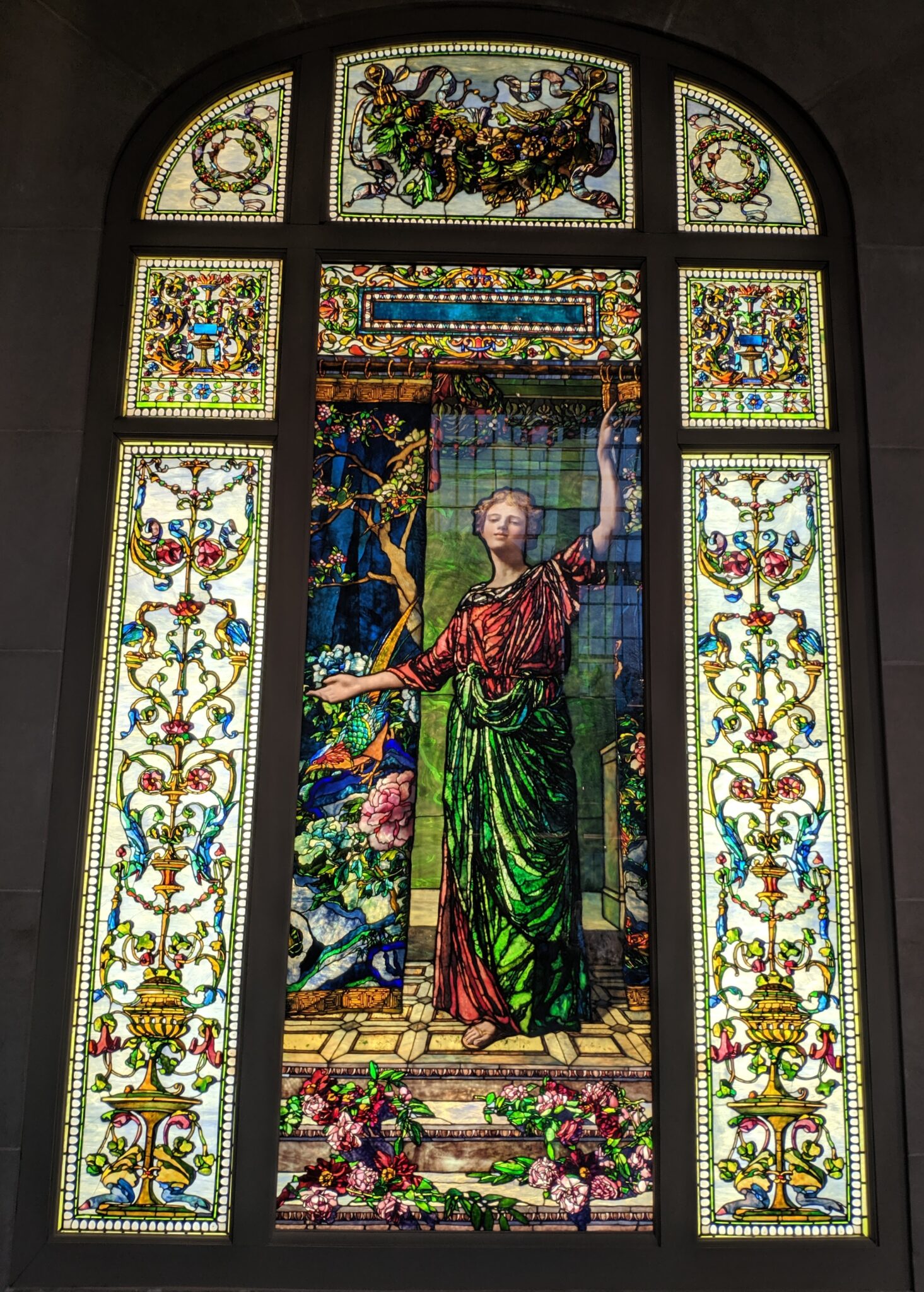
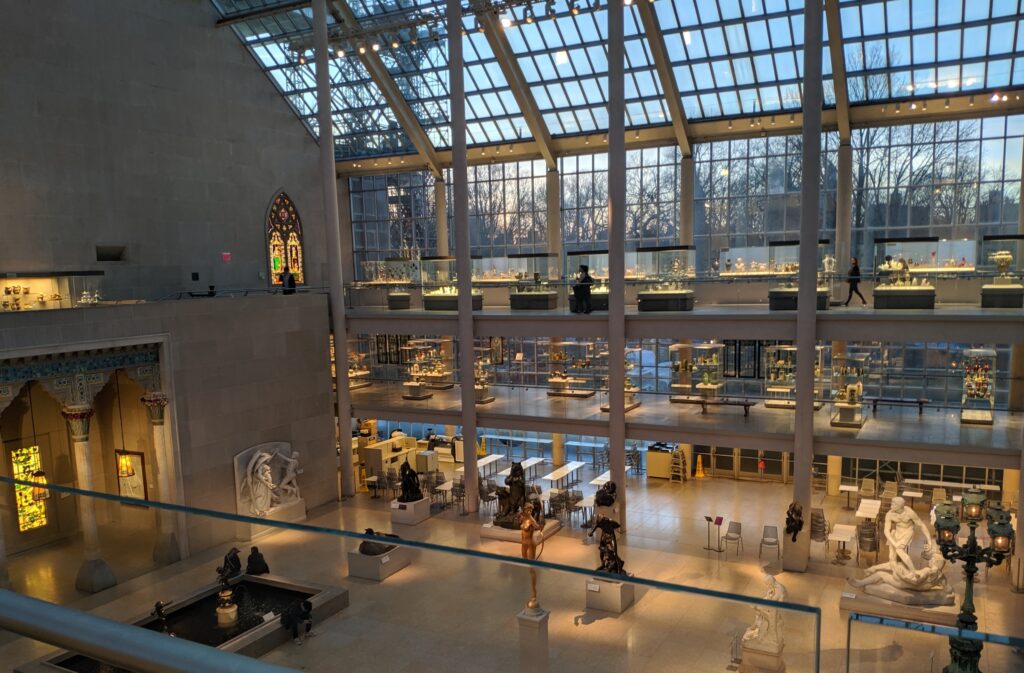
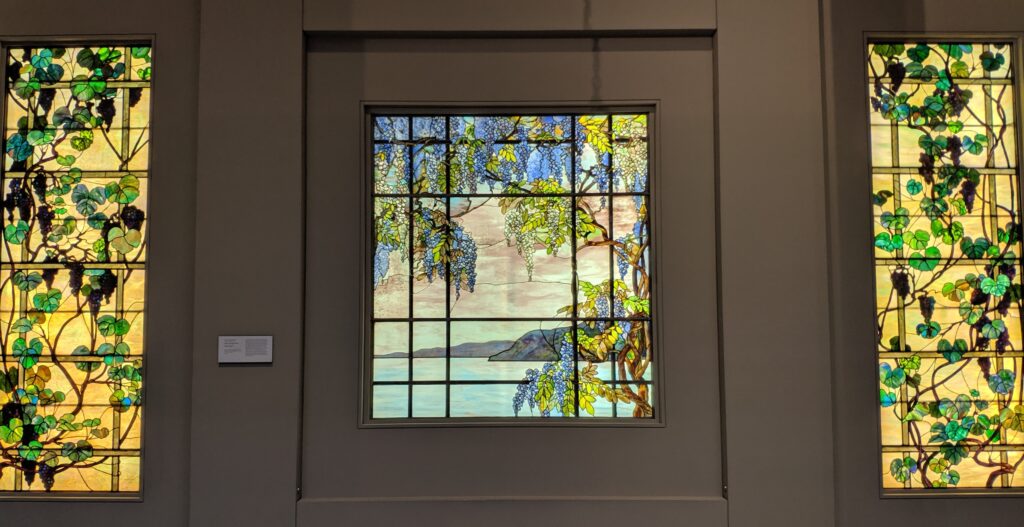
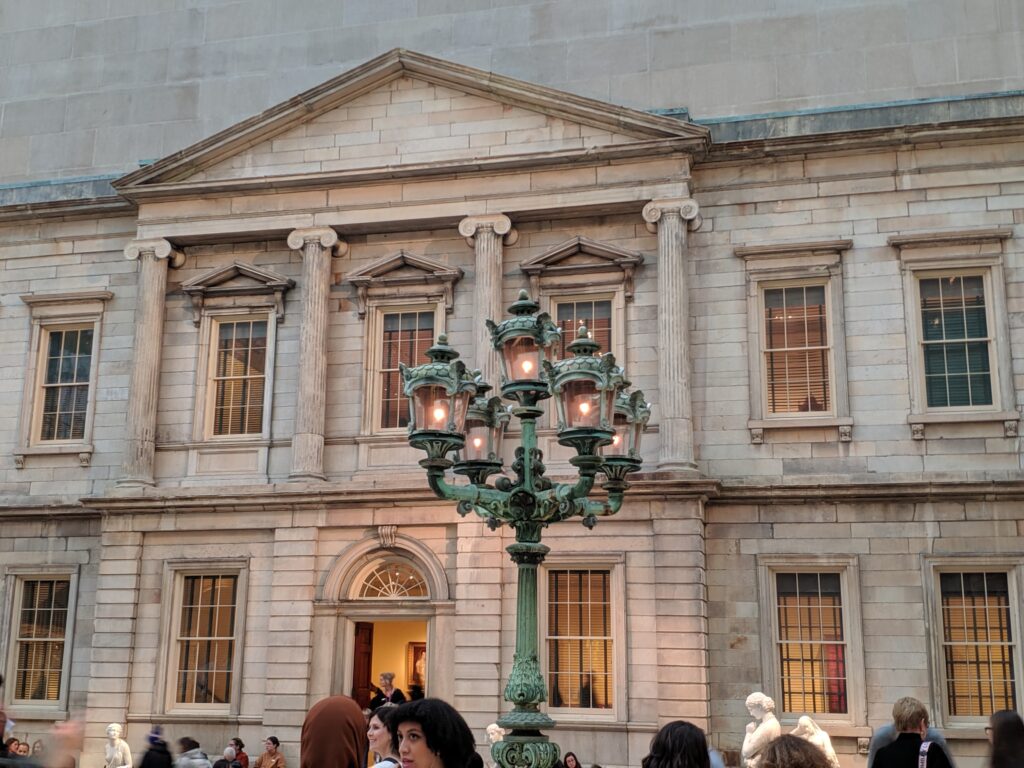
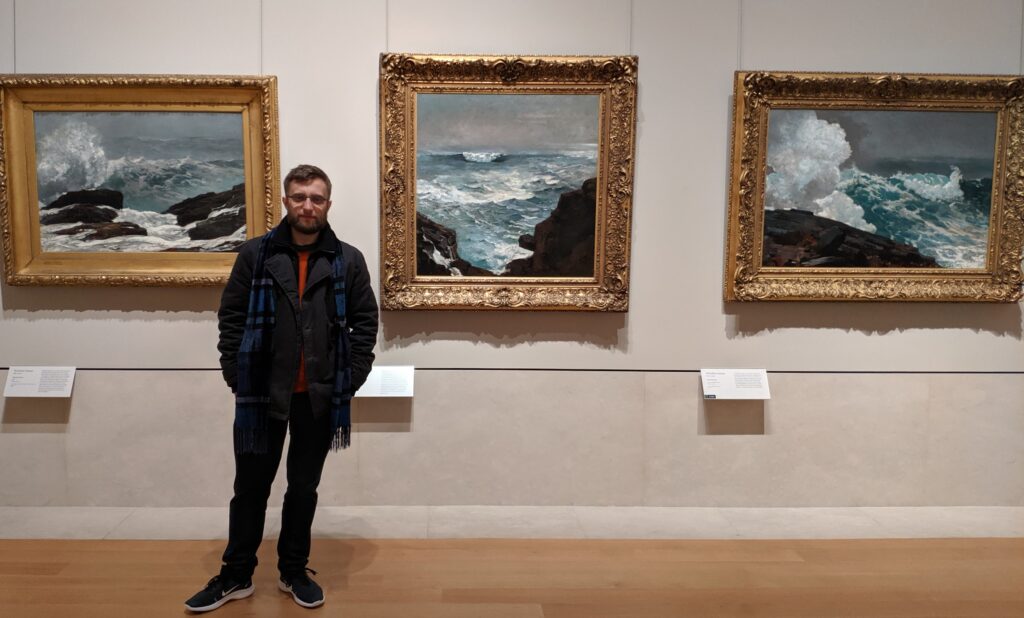
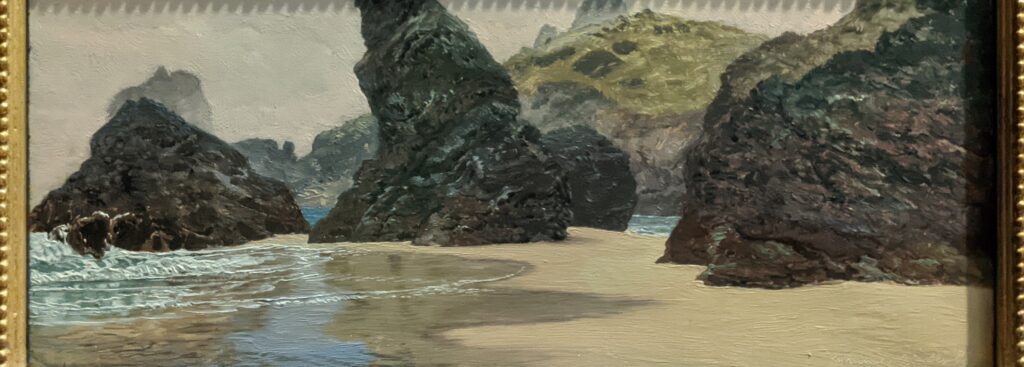
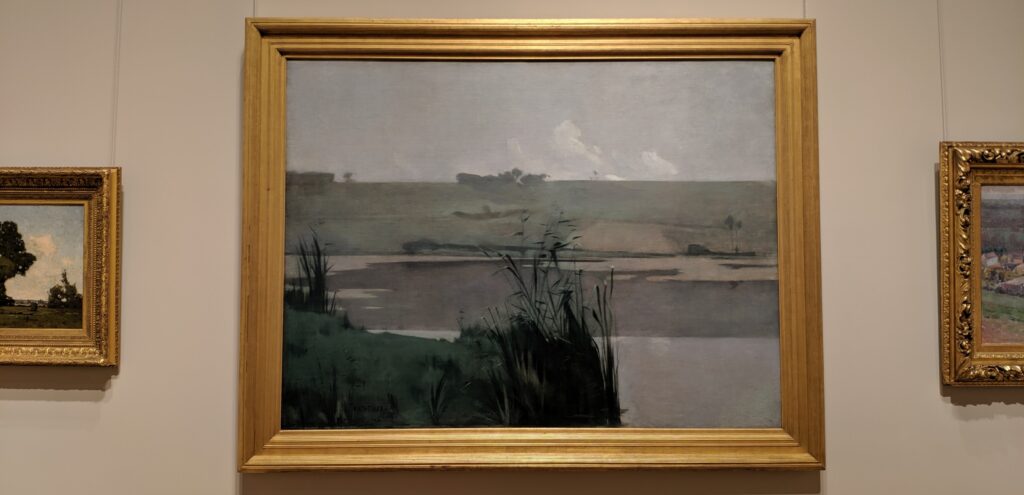
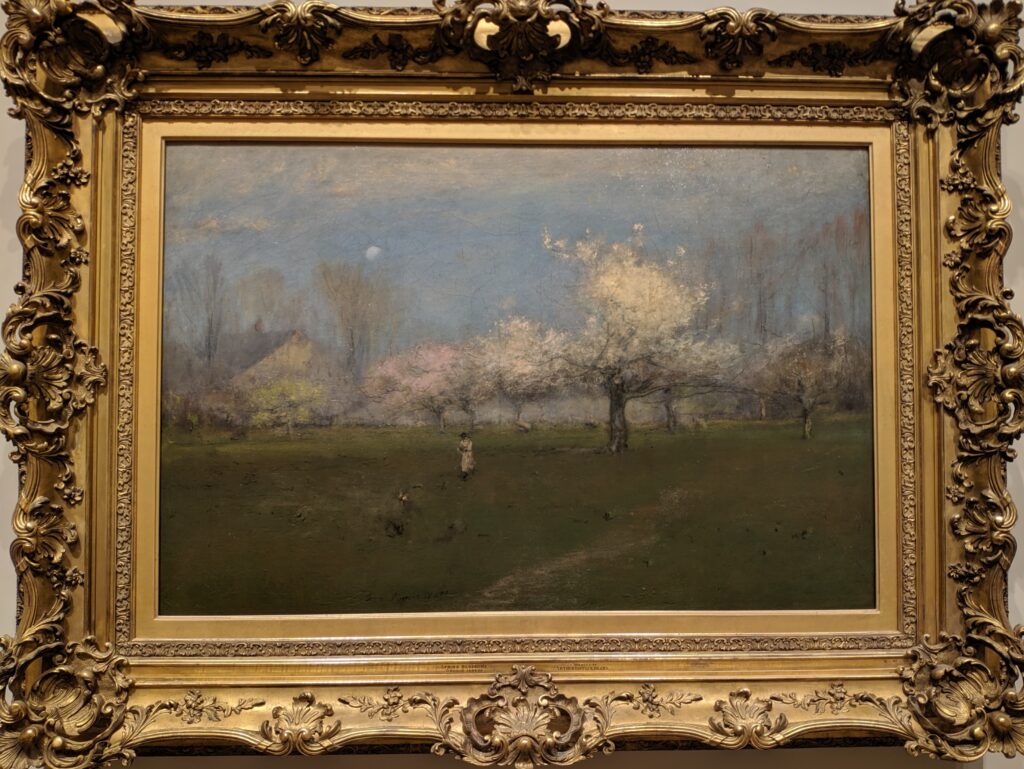
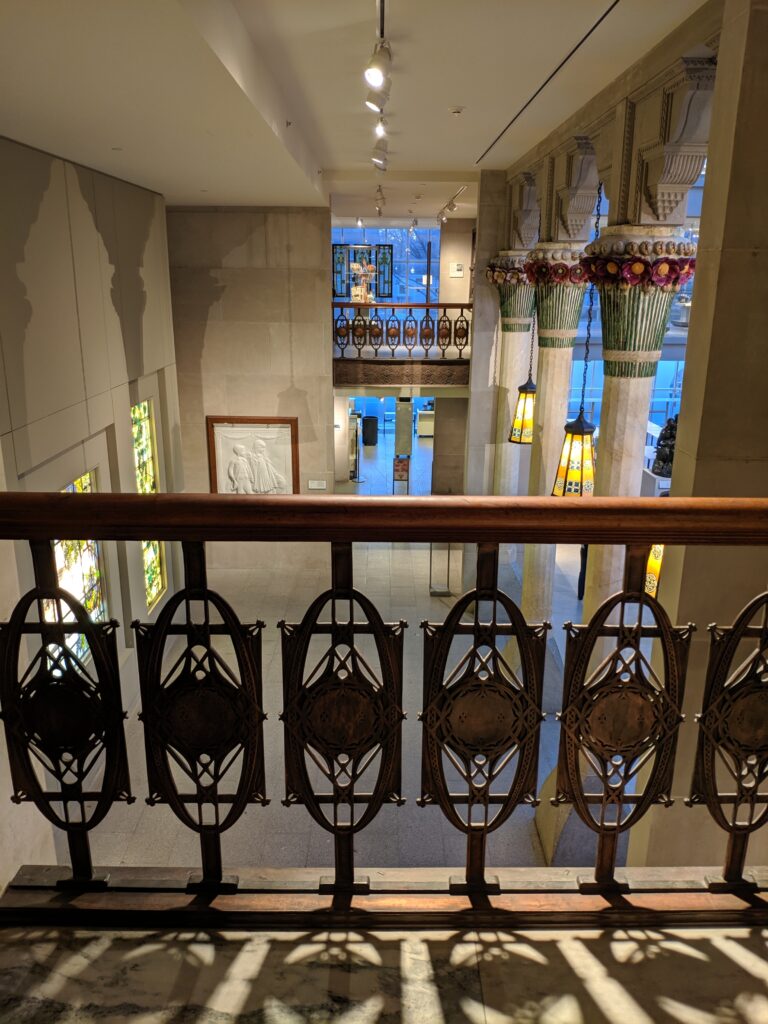
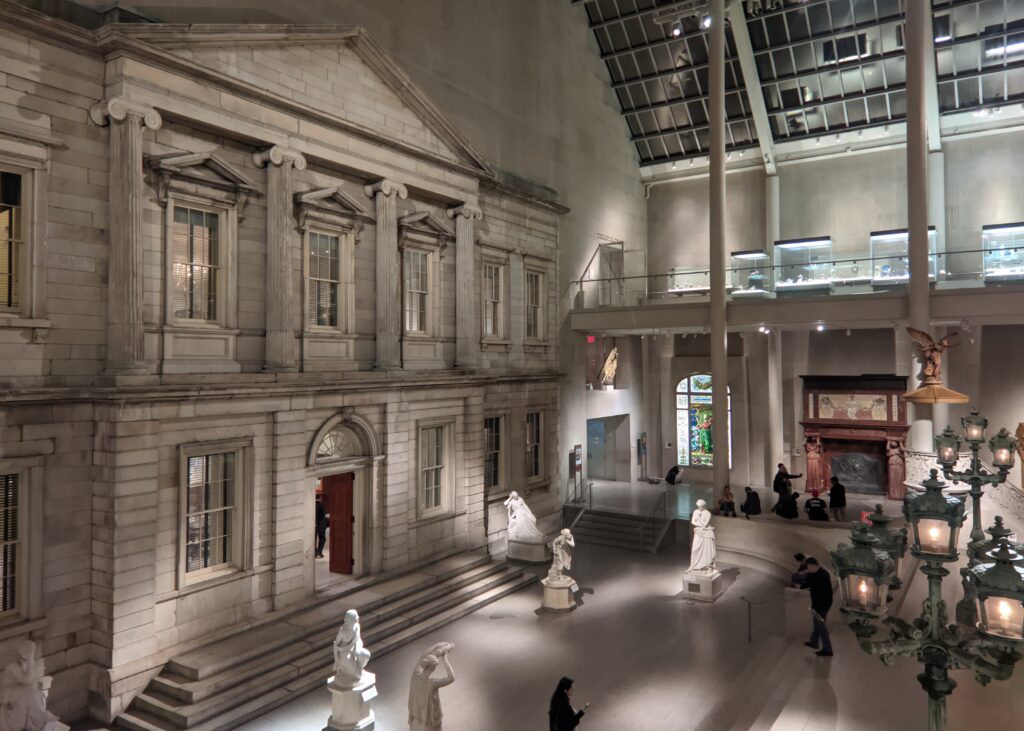
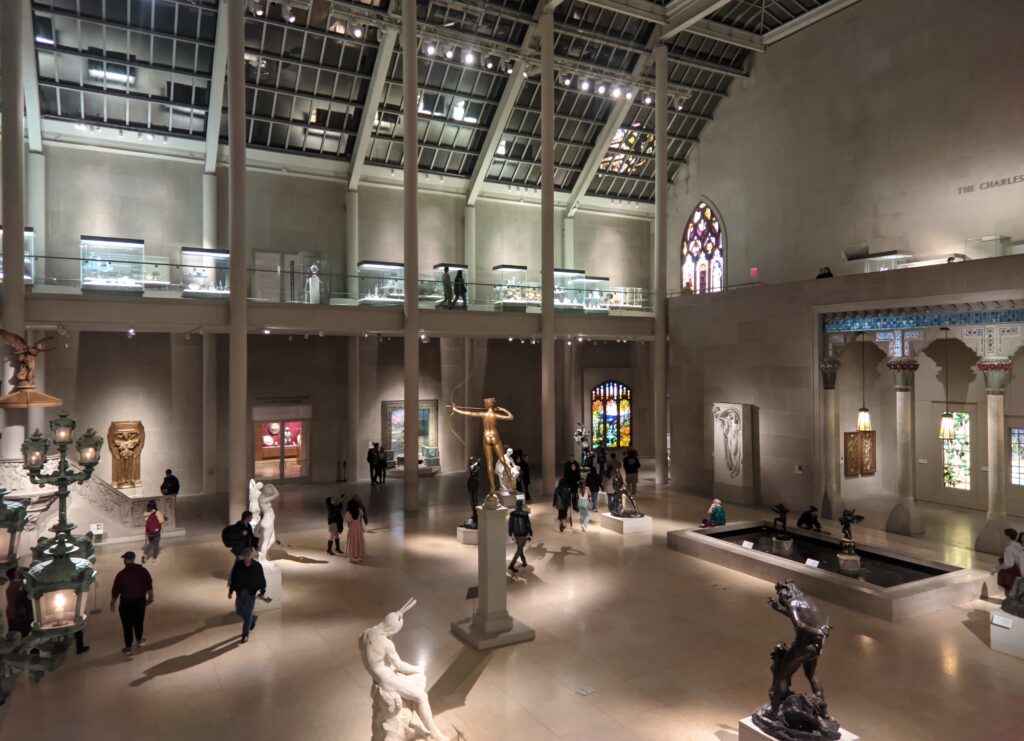
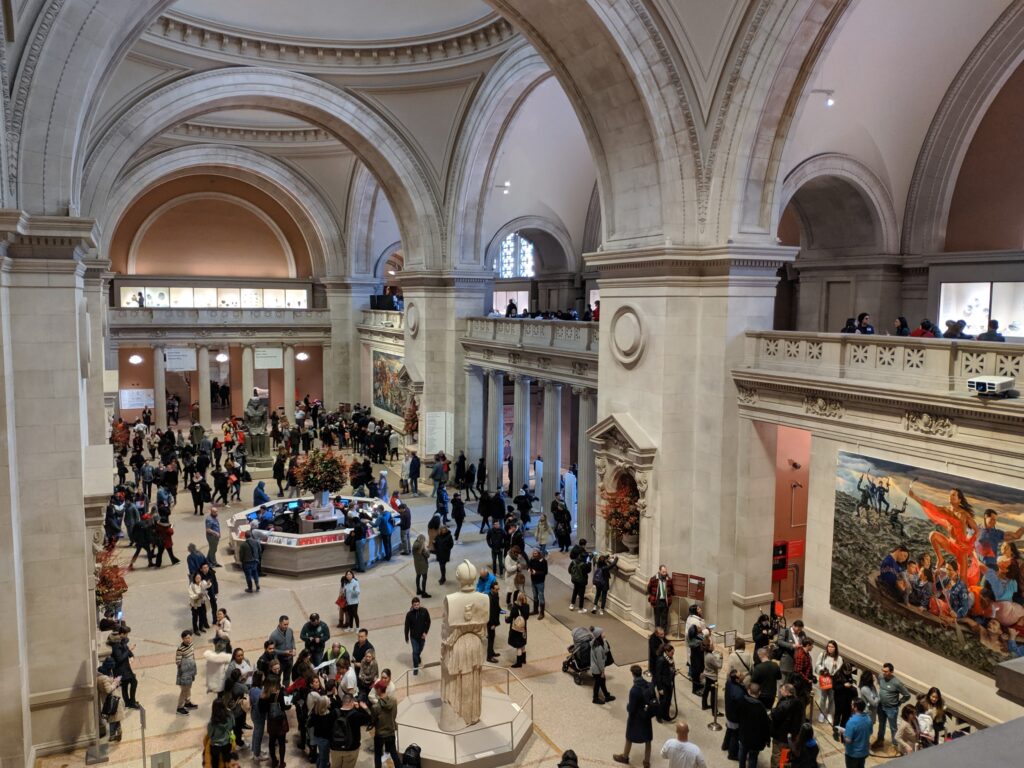
The Busy “Great Hall” Inside the Met in New York City
The main entrance to the Metropolitan Museum of Art, known as the Great Hall, opened to the public in December 1902. At that time, the Evening Post newspaper announced that New York City finally had a neoclassical palace for the display of art, “one of the finest in the world, and the only public building in recent years which approaches in dignity and grandeur the museums of the old world.”
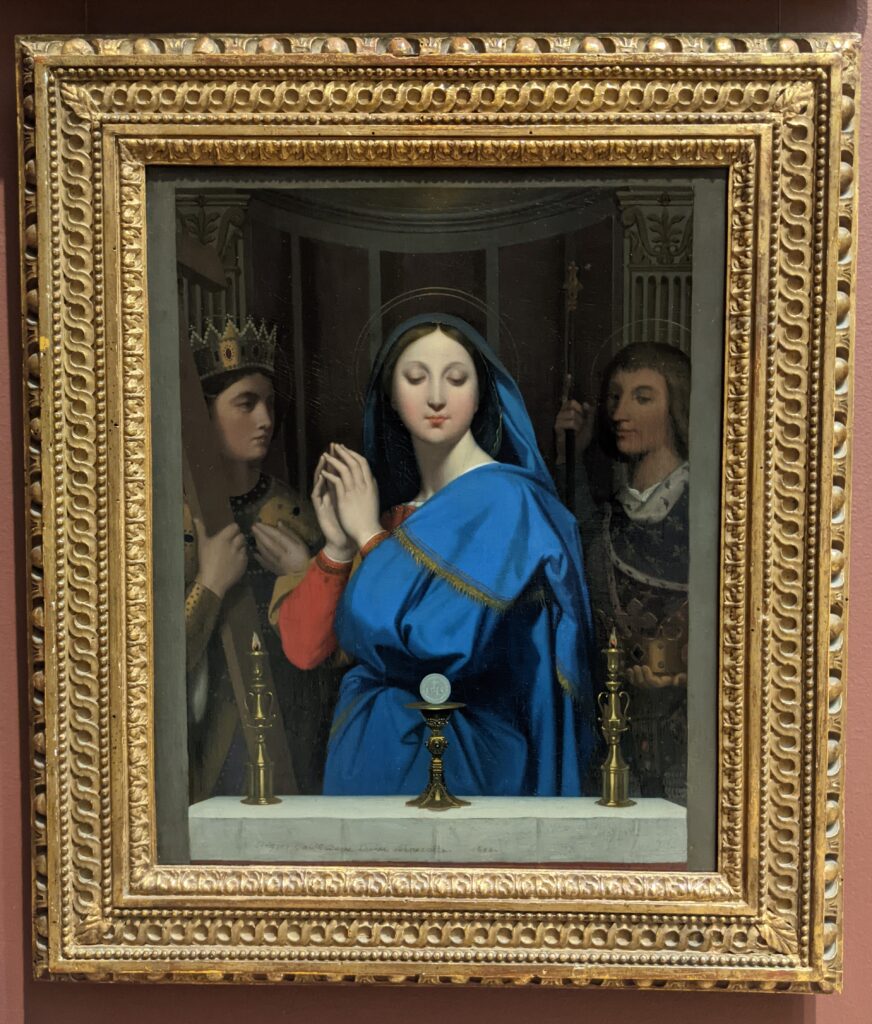
During this visit to the Met Museum, we explored some of the artistic movements which enabled France to become the creative center of Europe during the 19th century, displacing Italy, the Netherlands and Spain. Guardians of Neoclassicism such as Ingres in France and Navez in Belgium and leaders of Orientalism like Gérôme would gradually see their traditional movements wane in influence as proponents of Naturalism and Romanticism (Dagnan-Bouveret and Rousseau, respectively) gained recognition.
Of course, French Impressionism would surpass all of these 19th-century artistic trends in popularity and longevity.
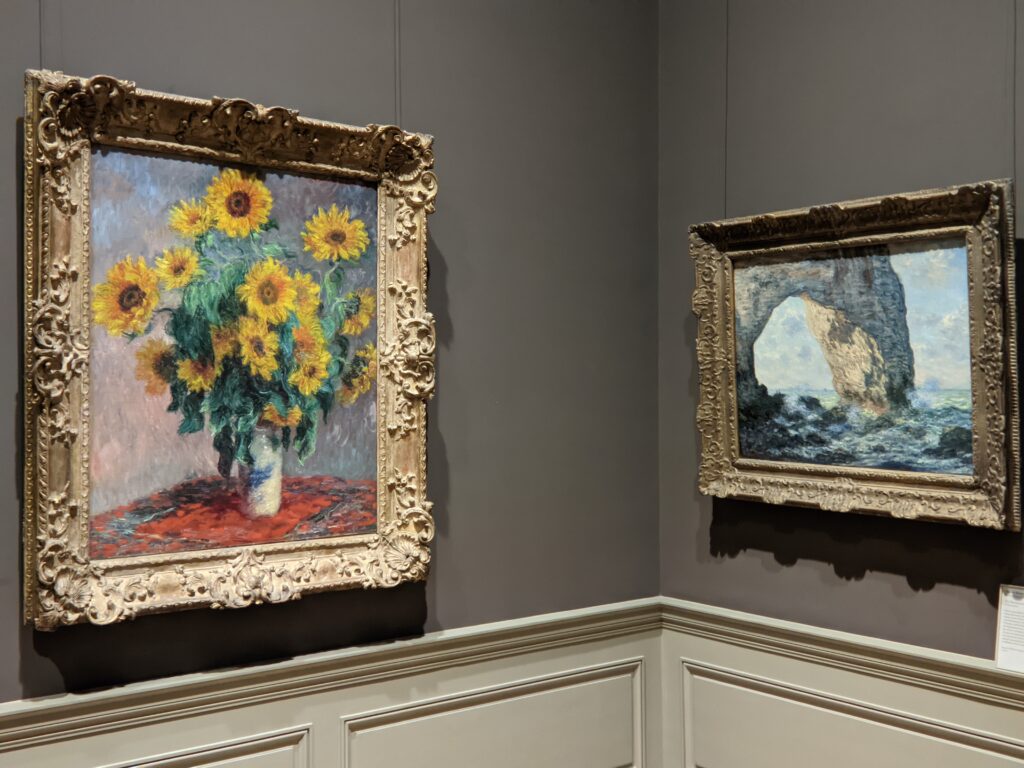
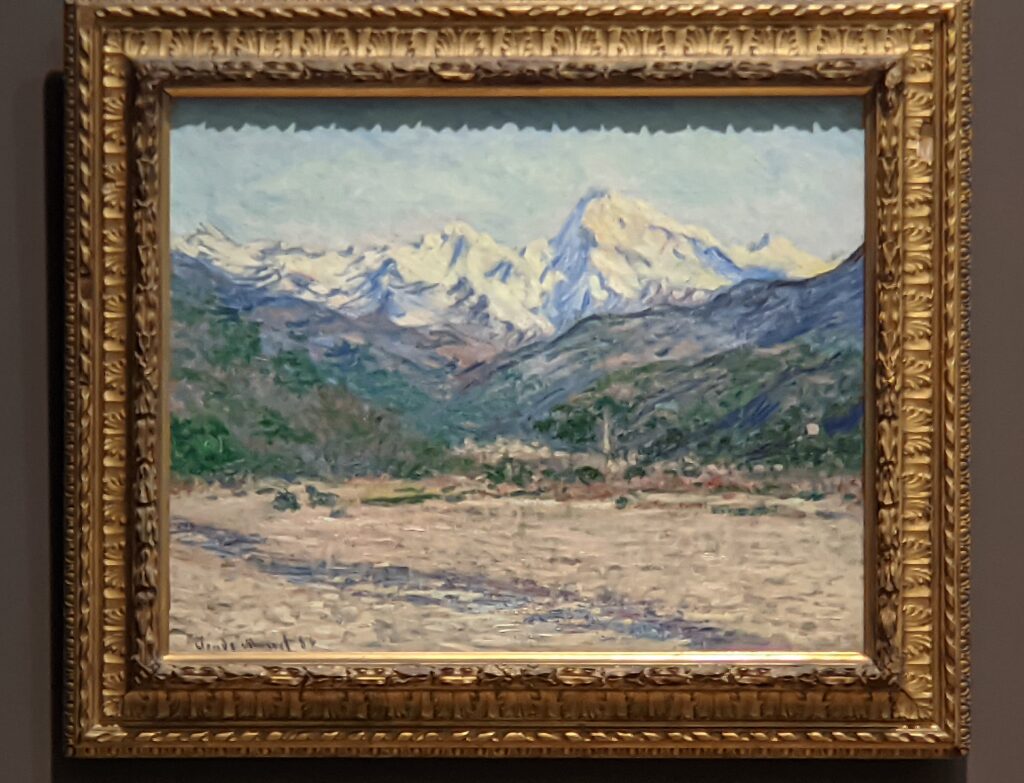
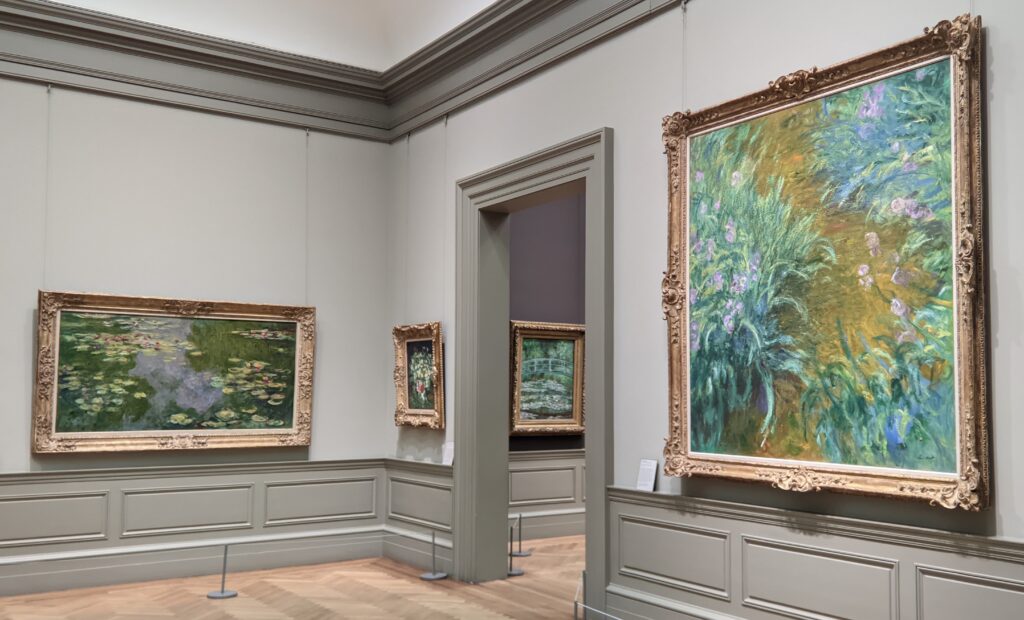
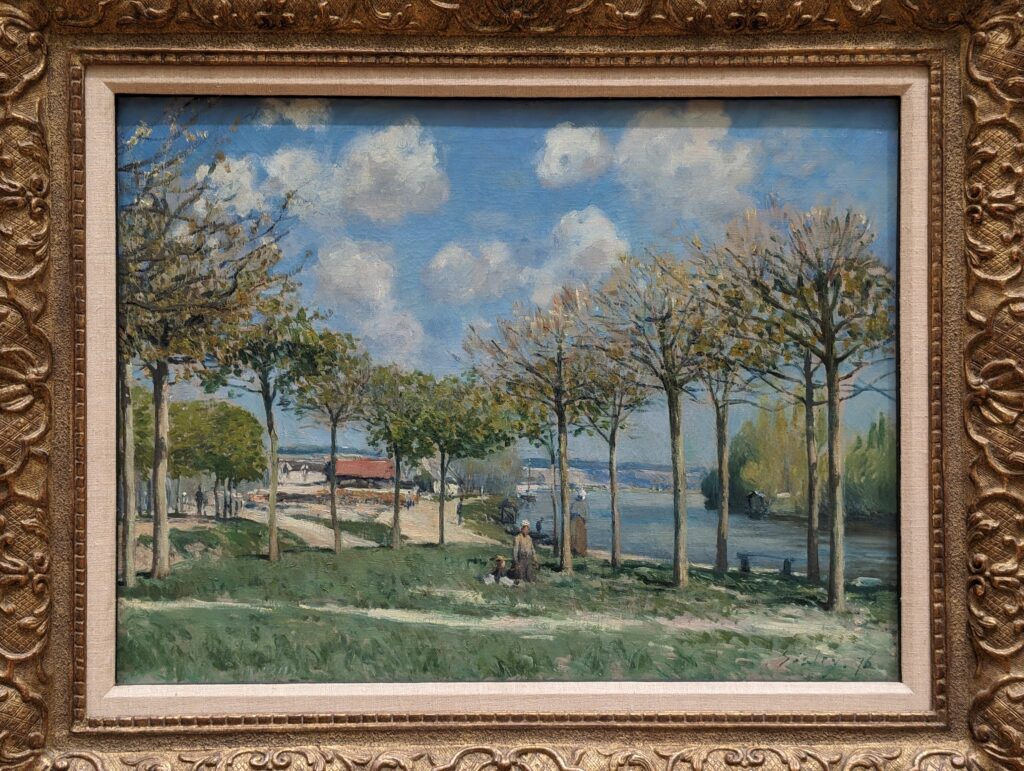
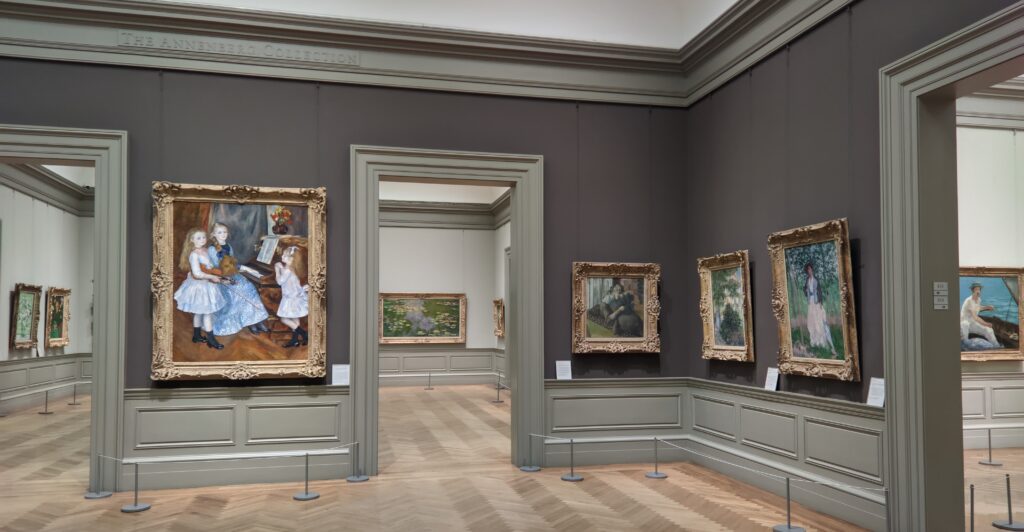
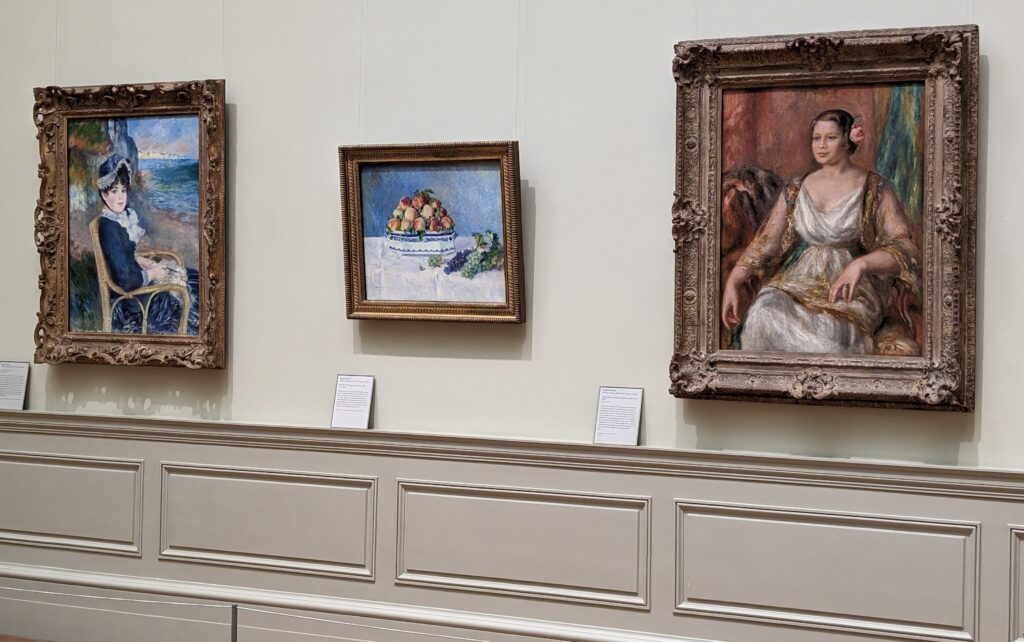
The Metropolitan Museum of Art possesses the finest holdings of Impressionist and Post-Impressionist painting in New York, so please take a look at our article entitled “New York City — 4 of the Best Art Museums” to enjoy the depth of the Met’s collection of art from the 1860s through the beginning of the 20th century.
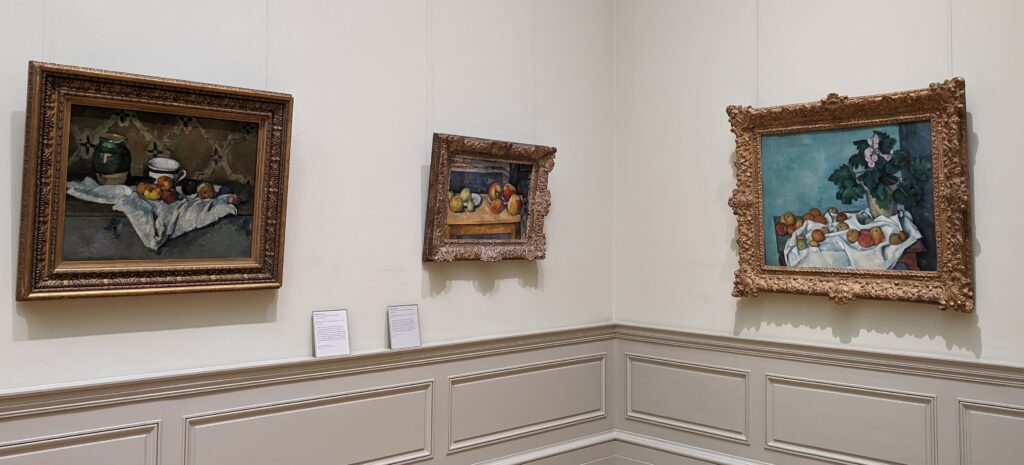
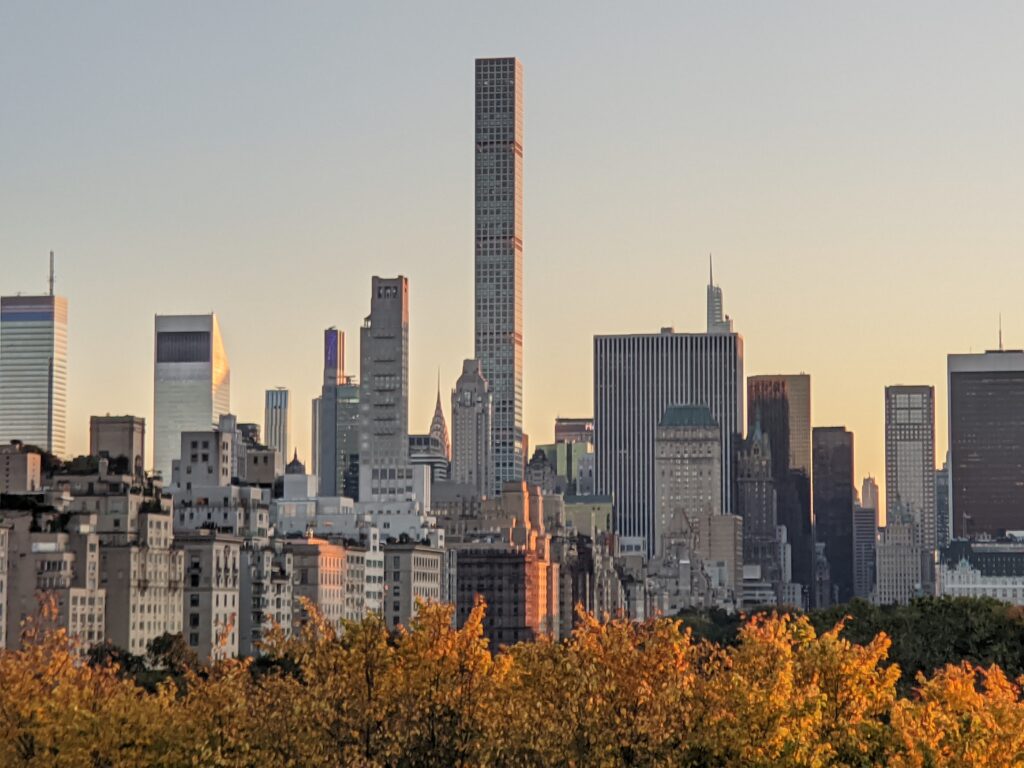
Remember, the Met’s Roof Garden will be open (weather permitting) from May through the end of October. The Met Museum’s popular Holiday Tree and creche, shown below, are on view every Christmas season (from late November through the first week of January).
We sincerely look forward to seeing you in the future.
